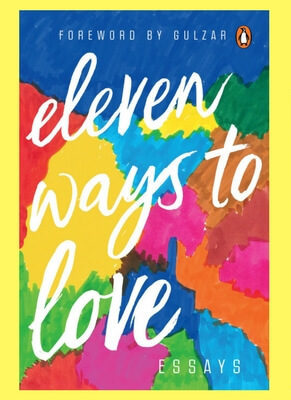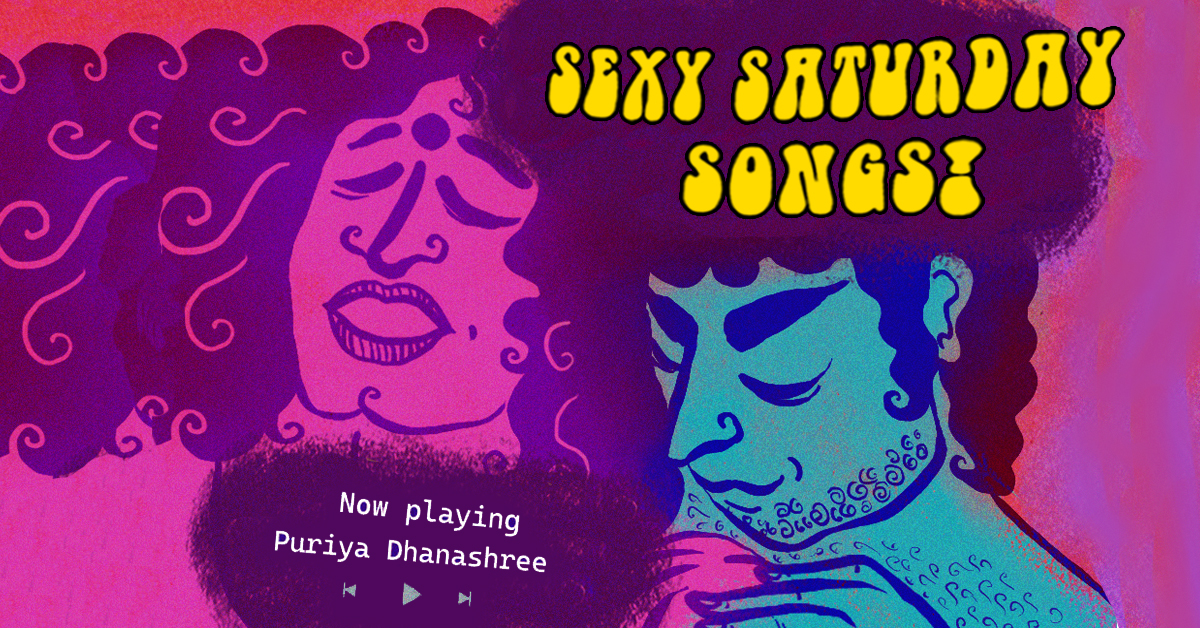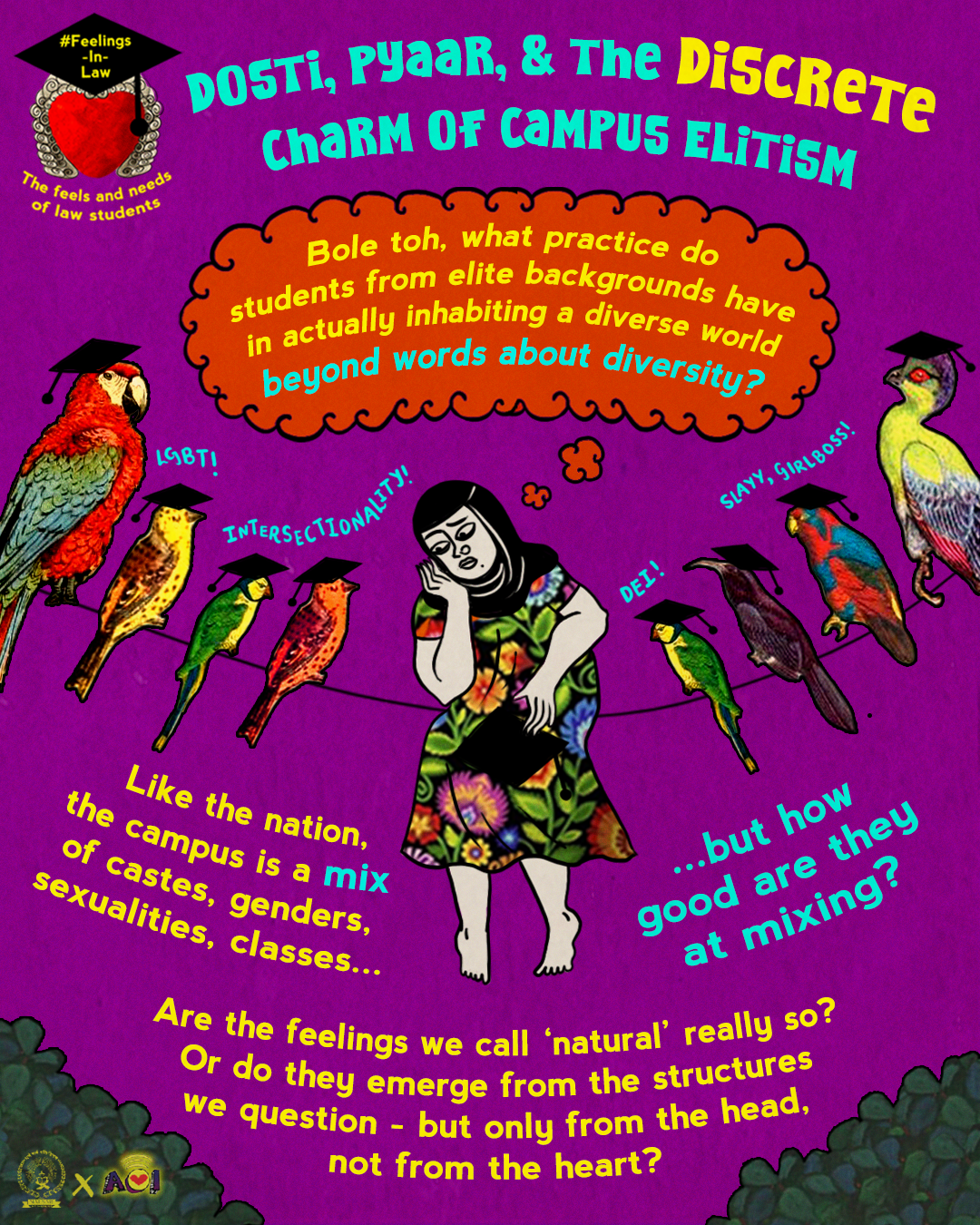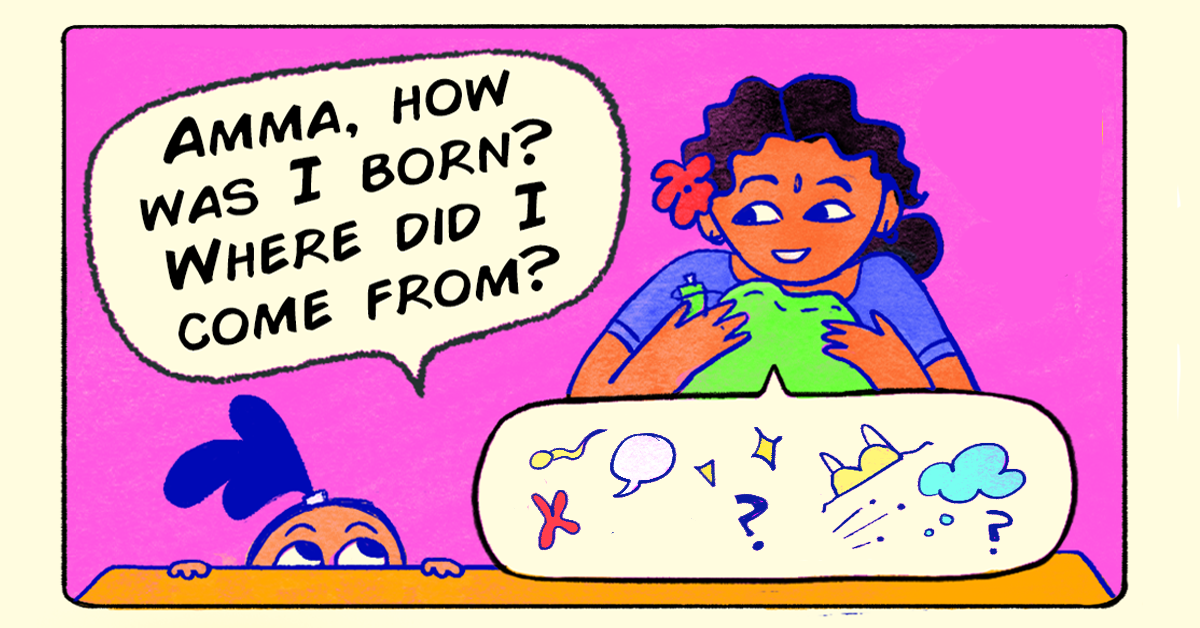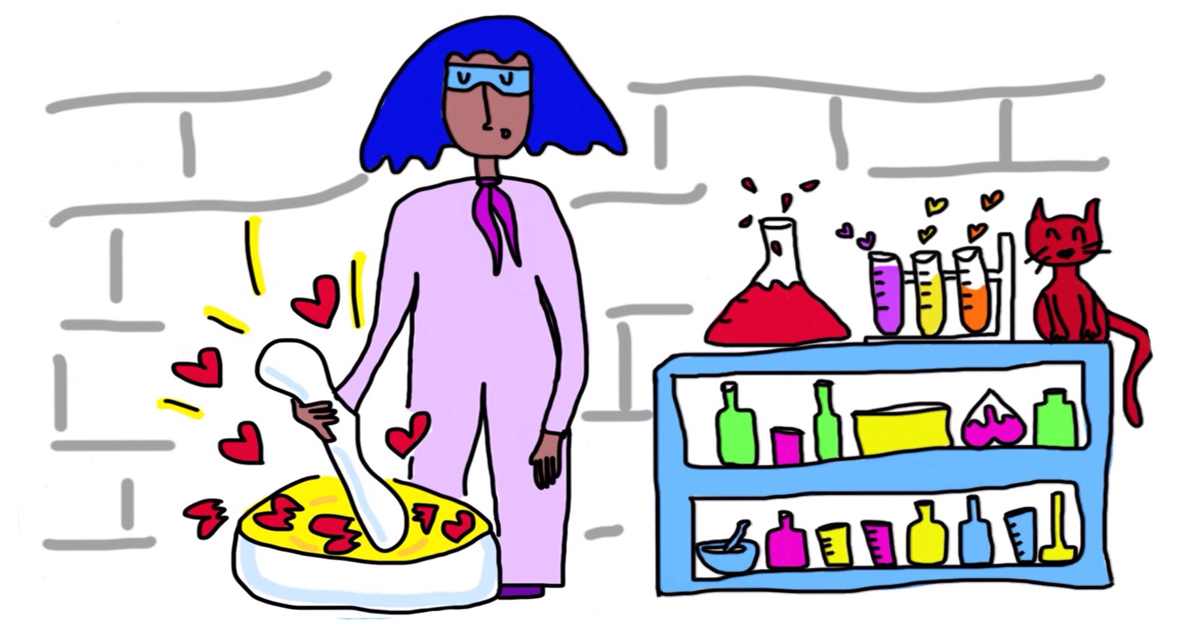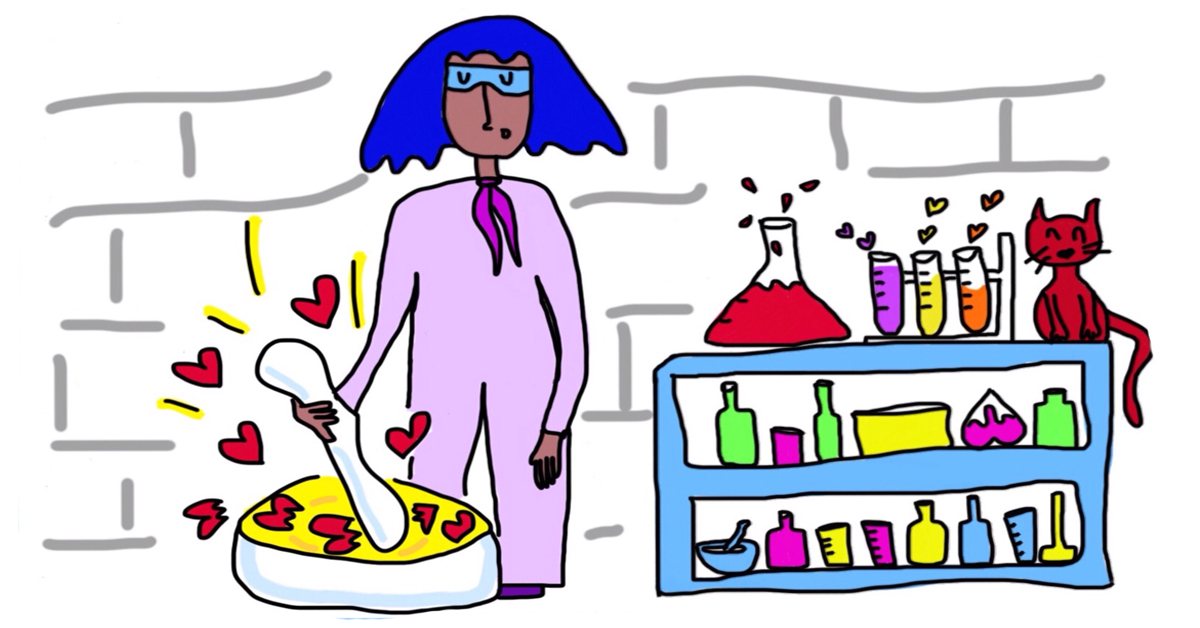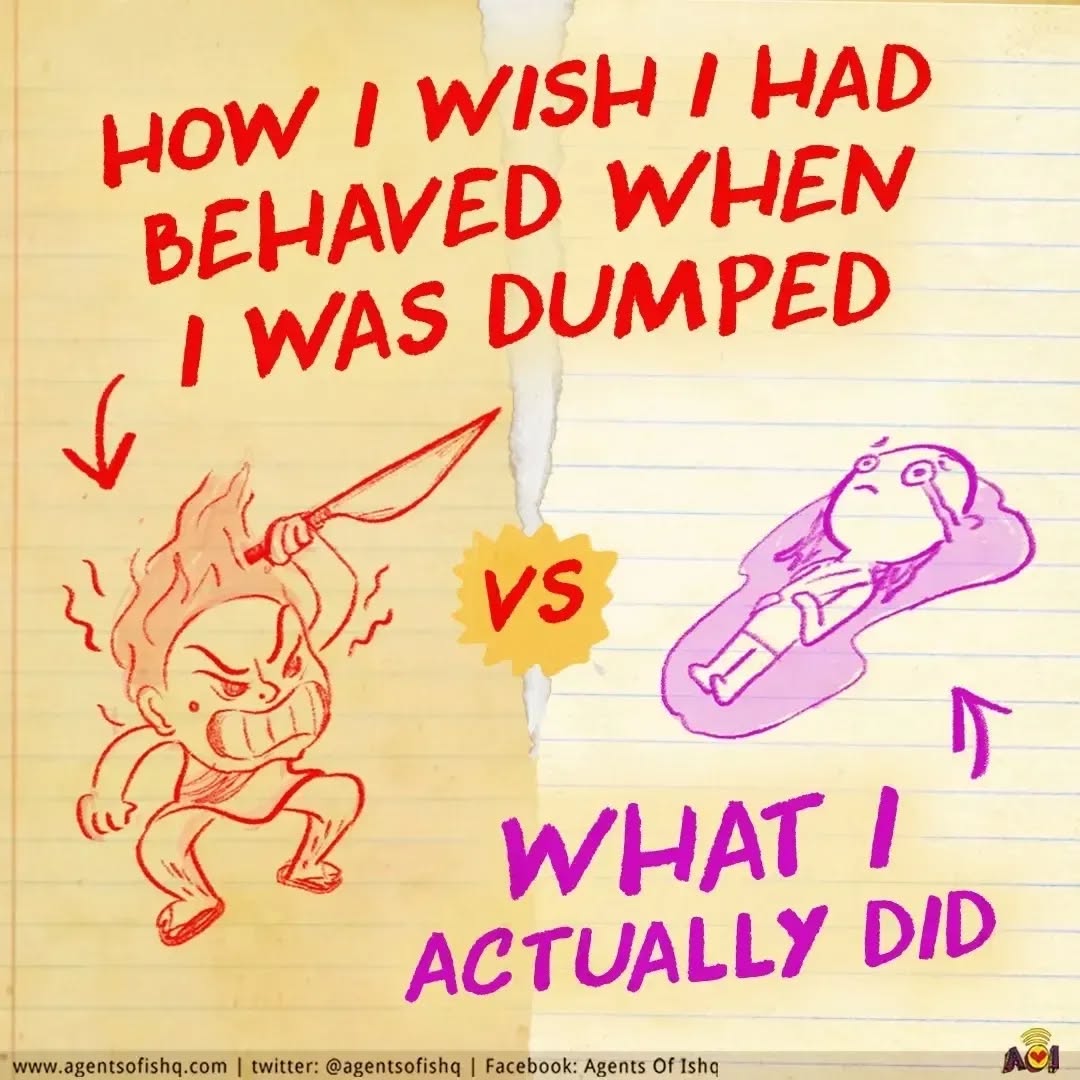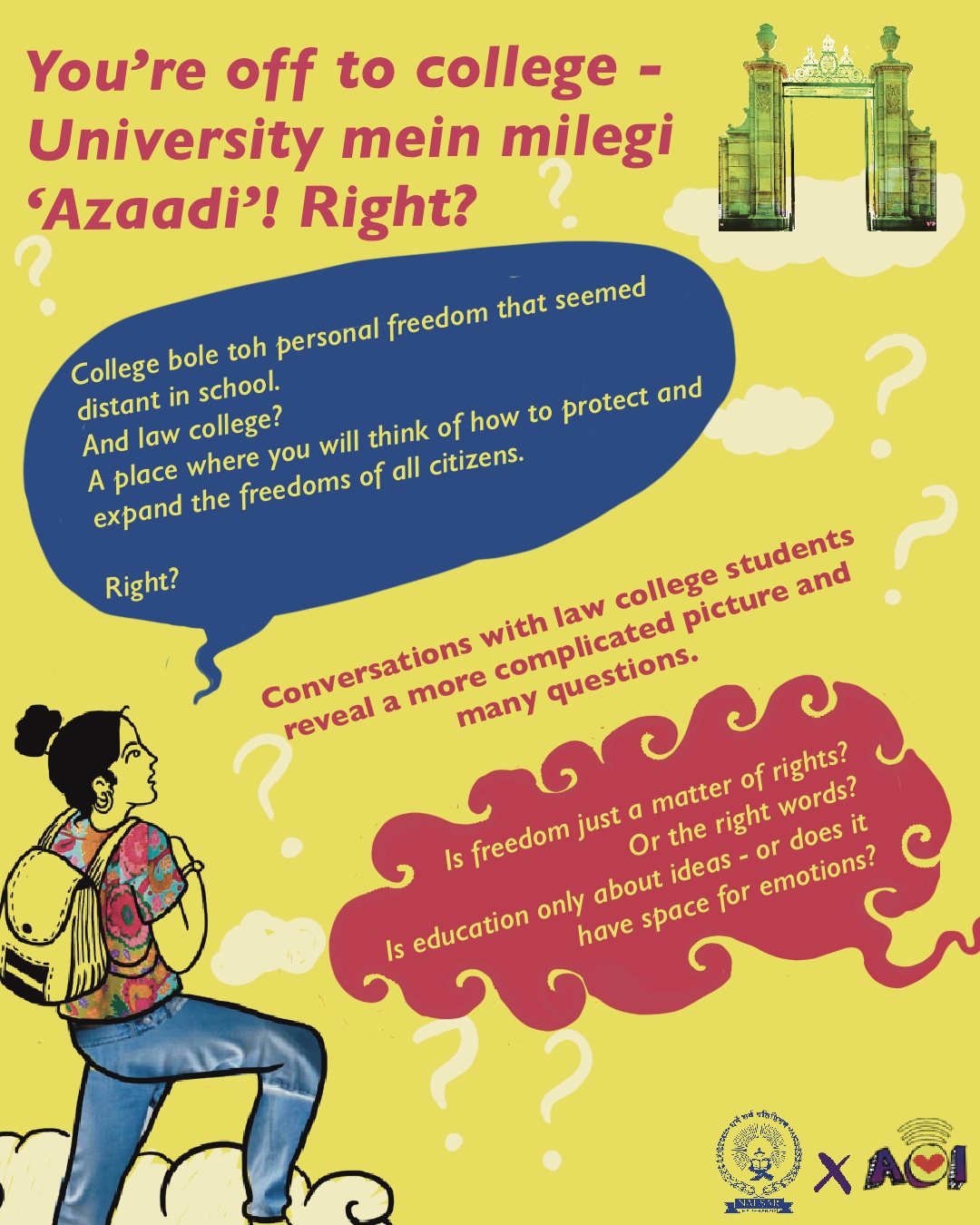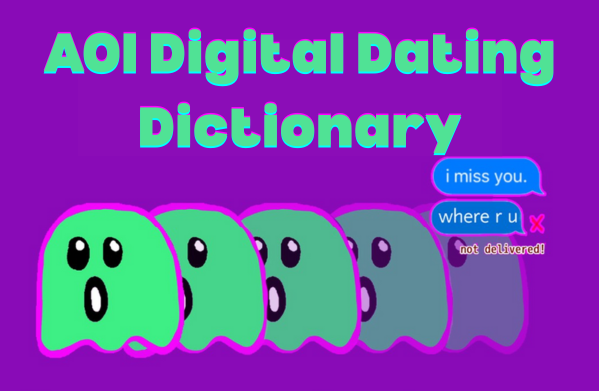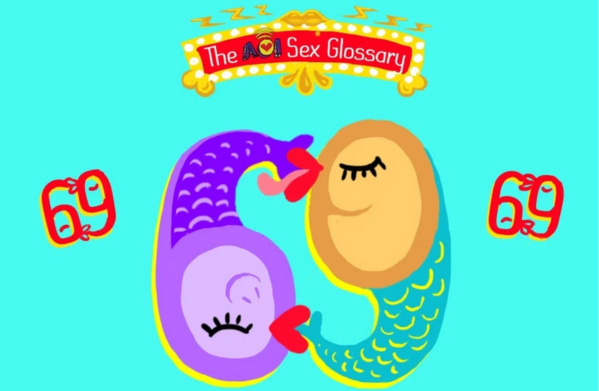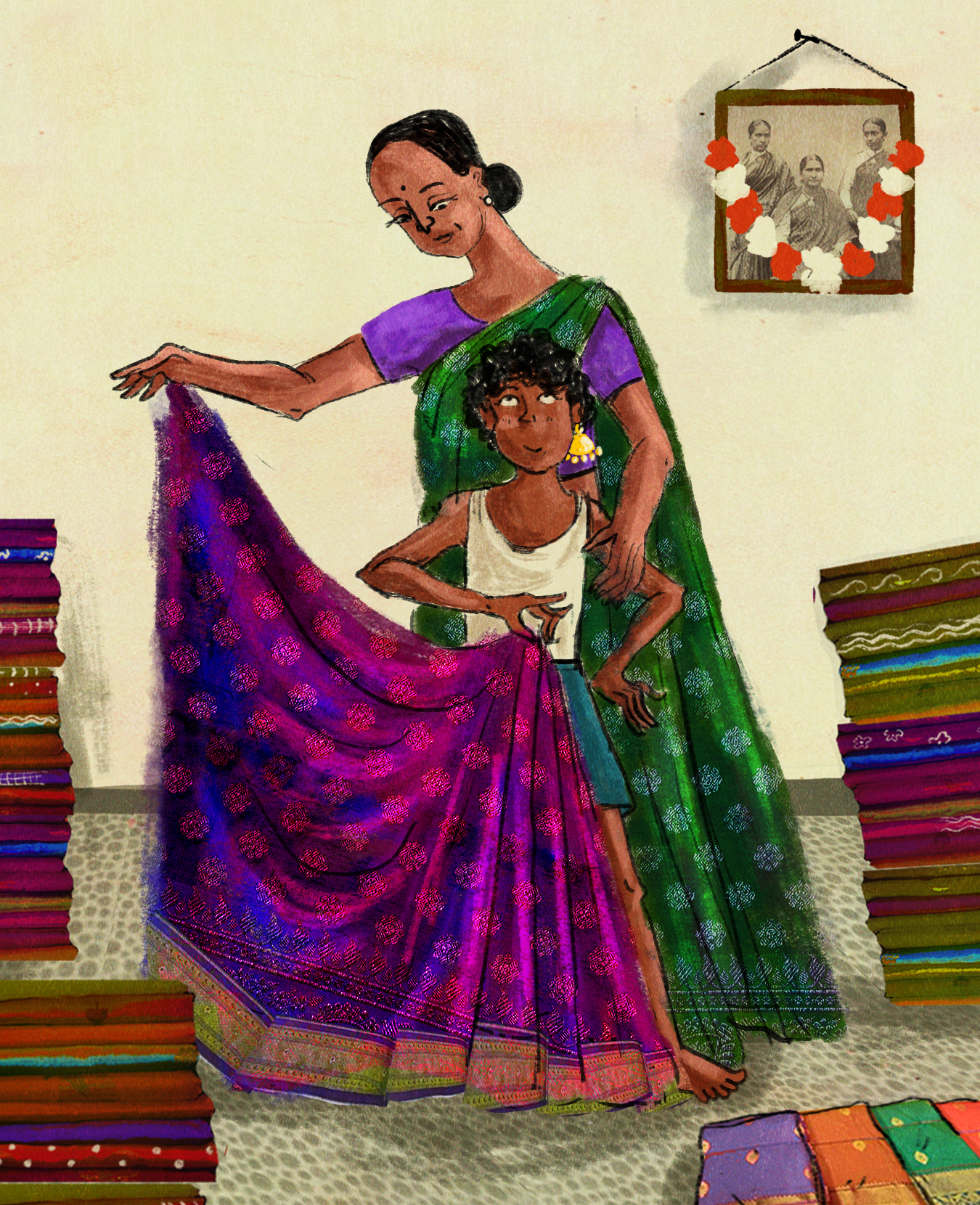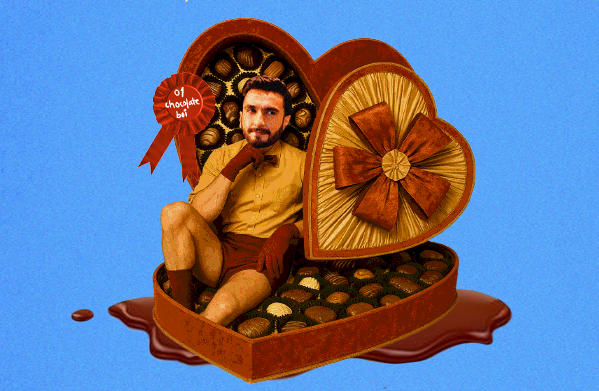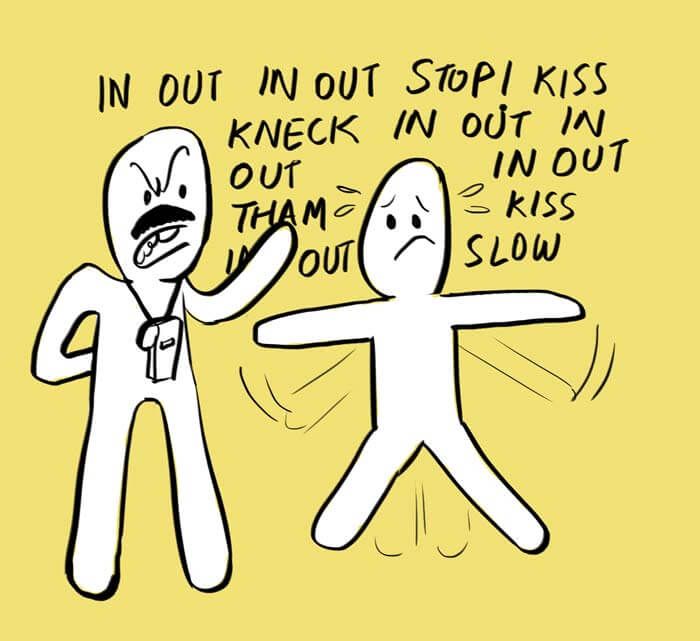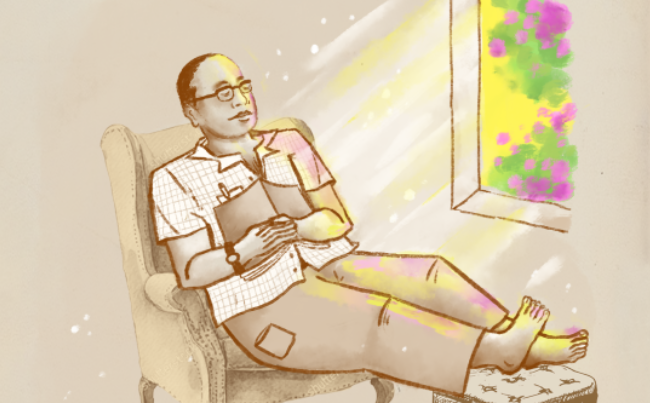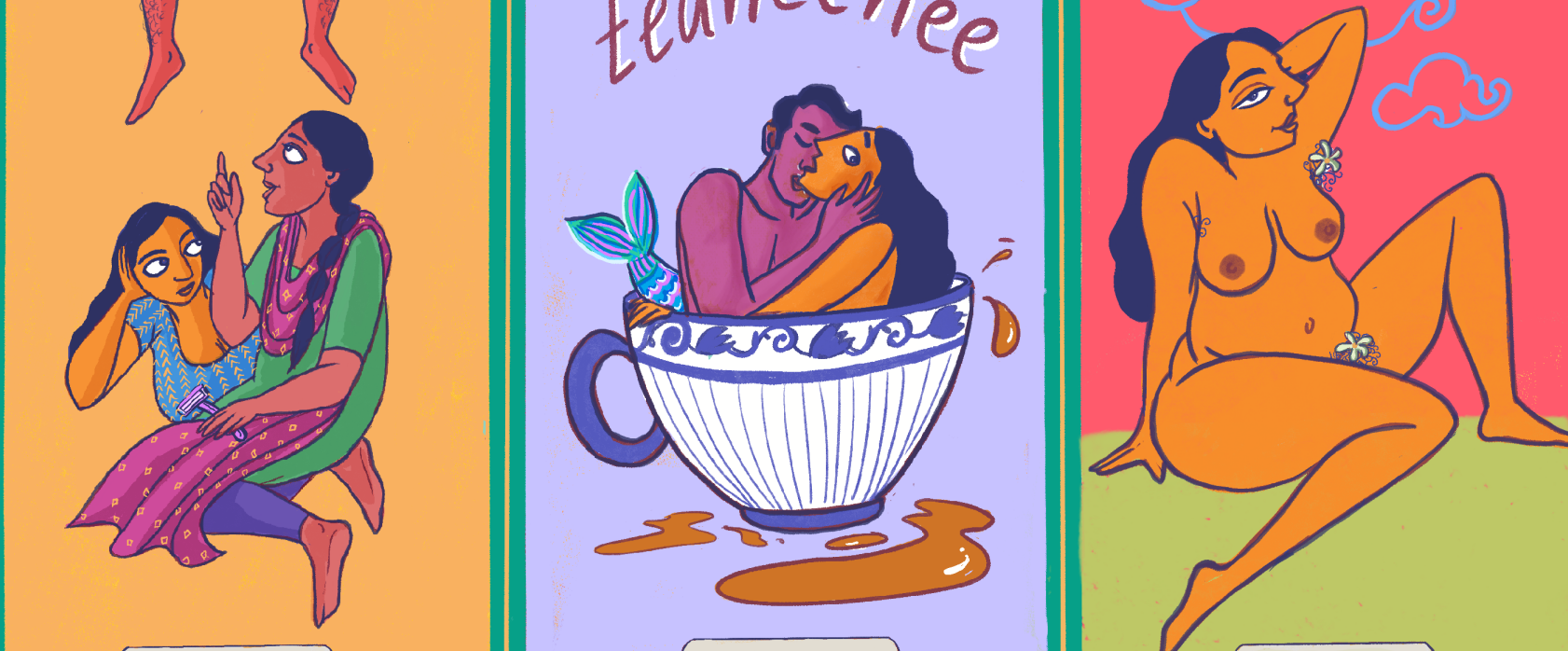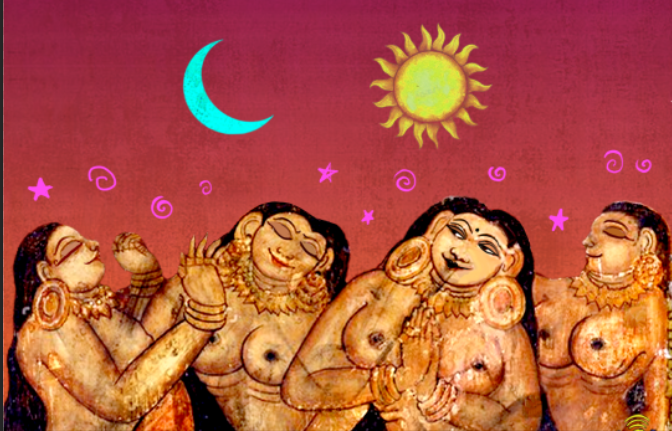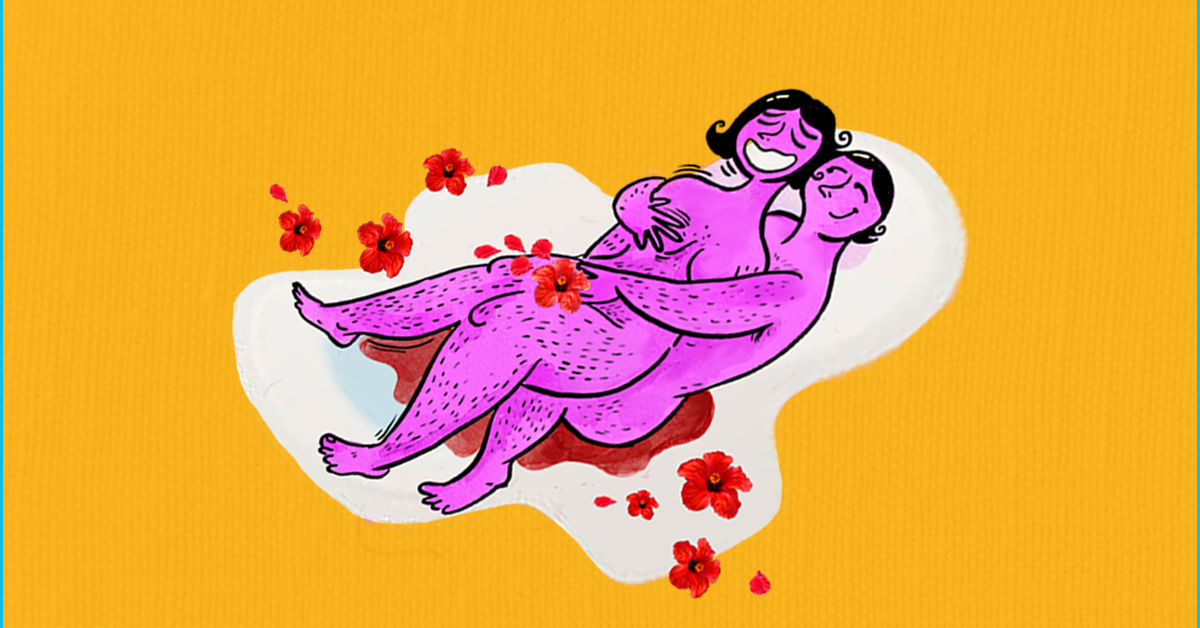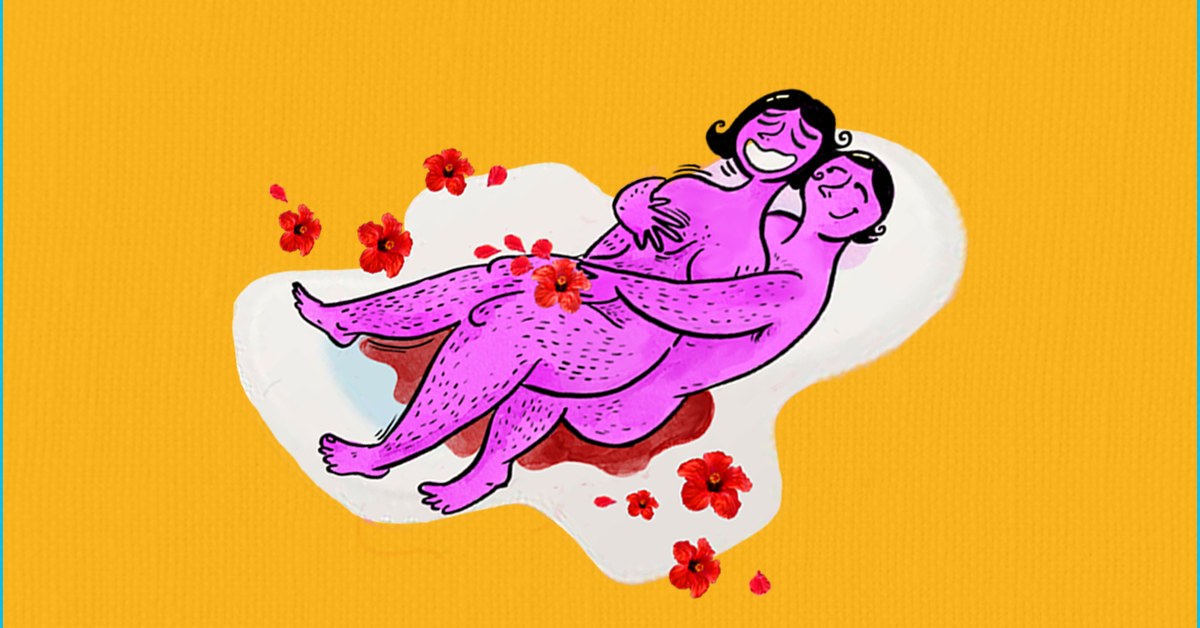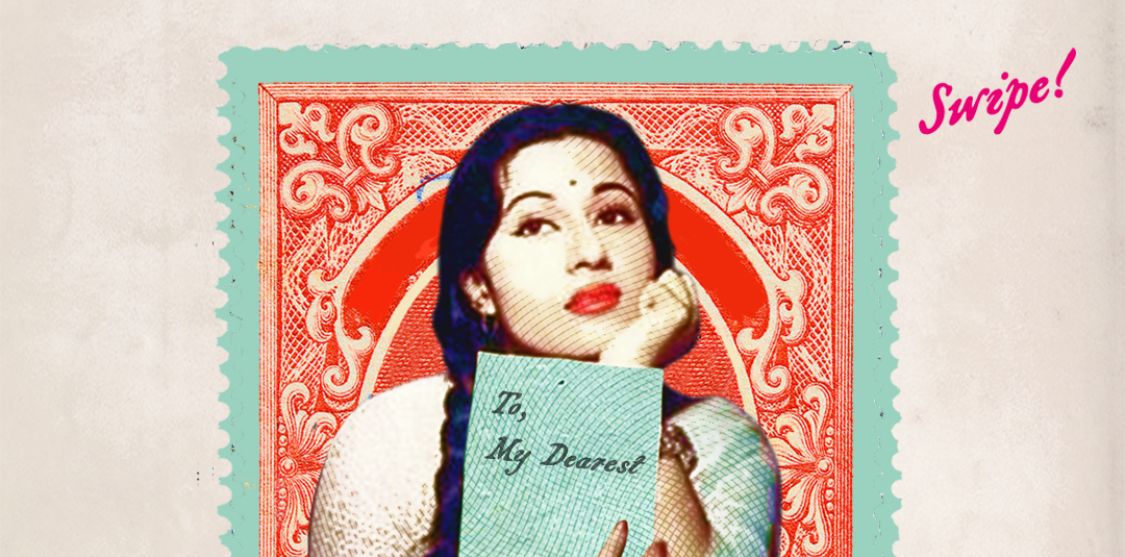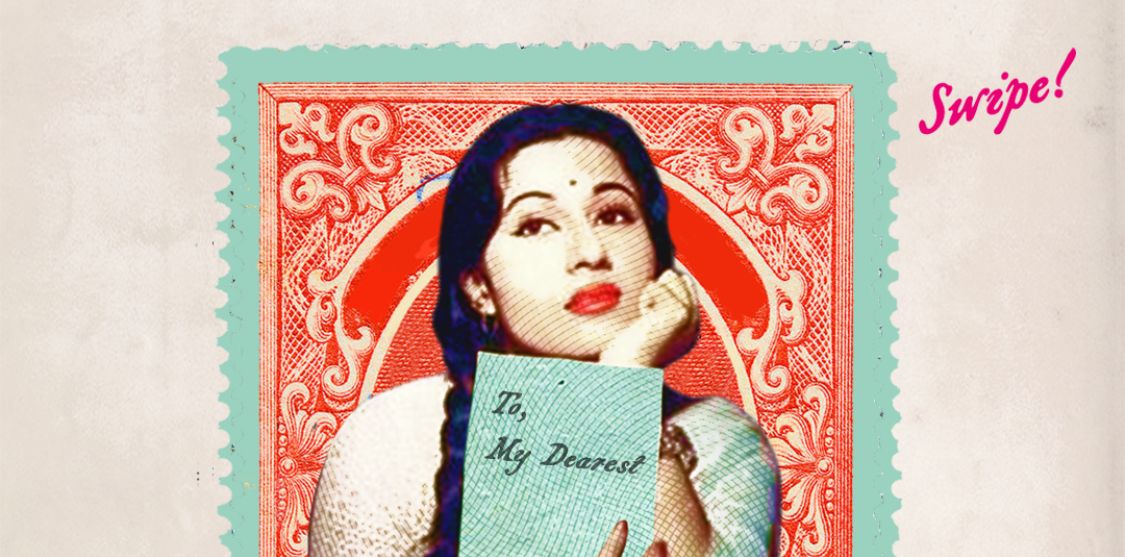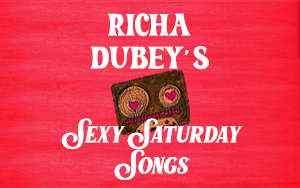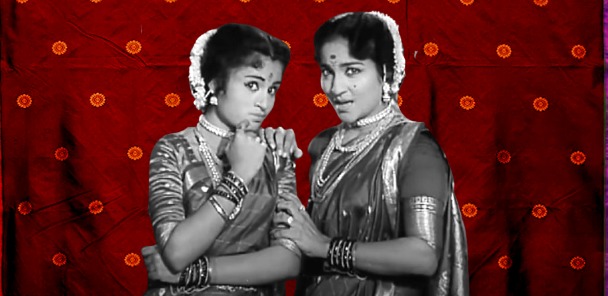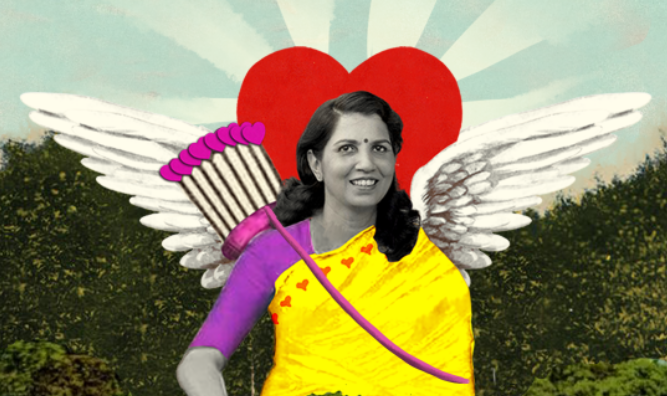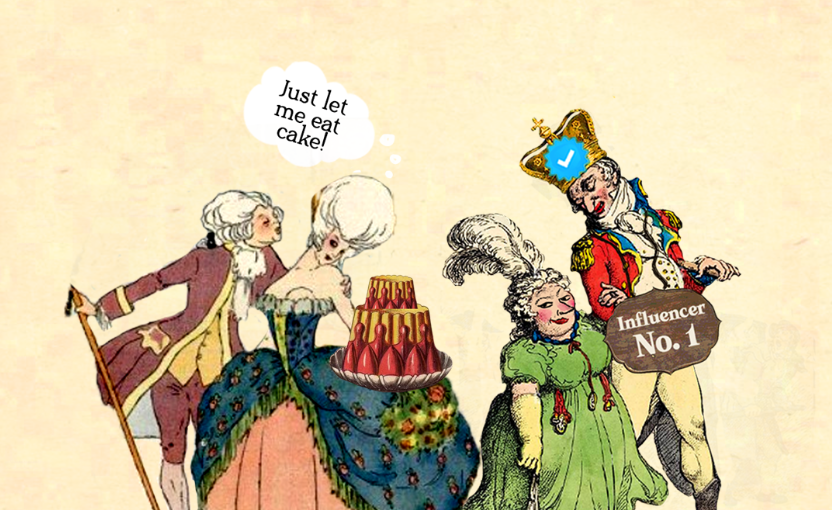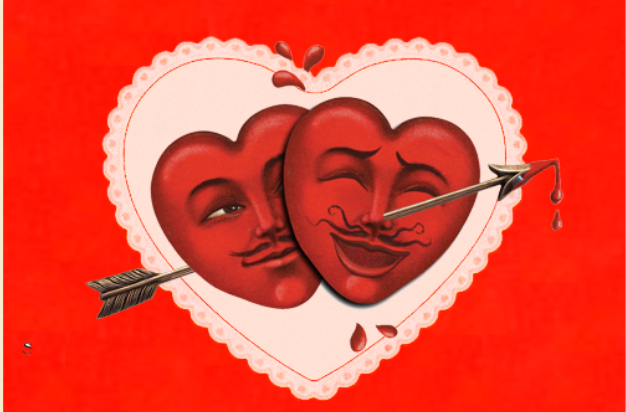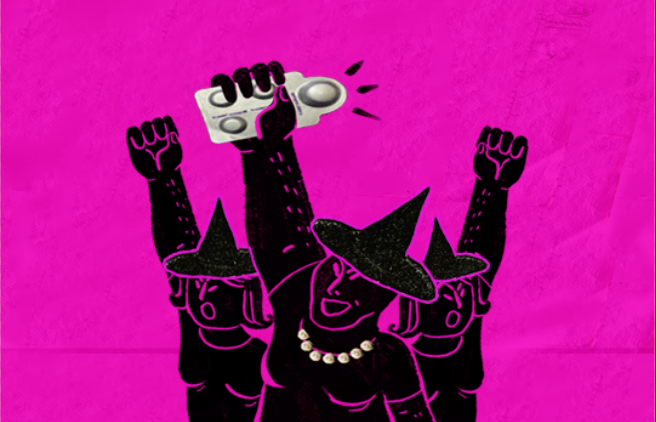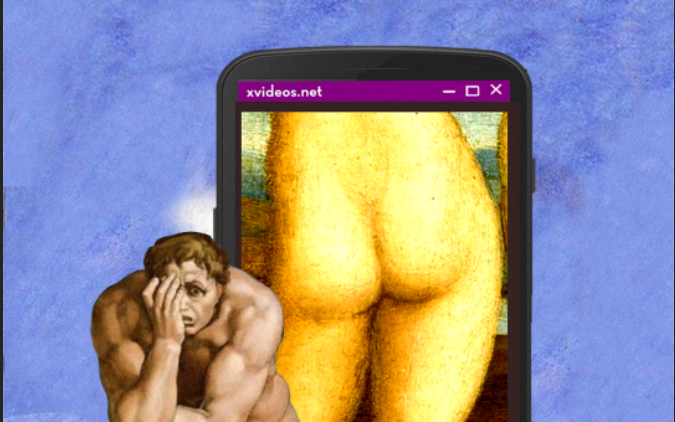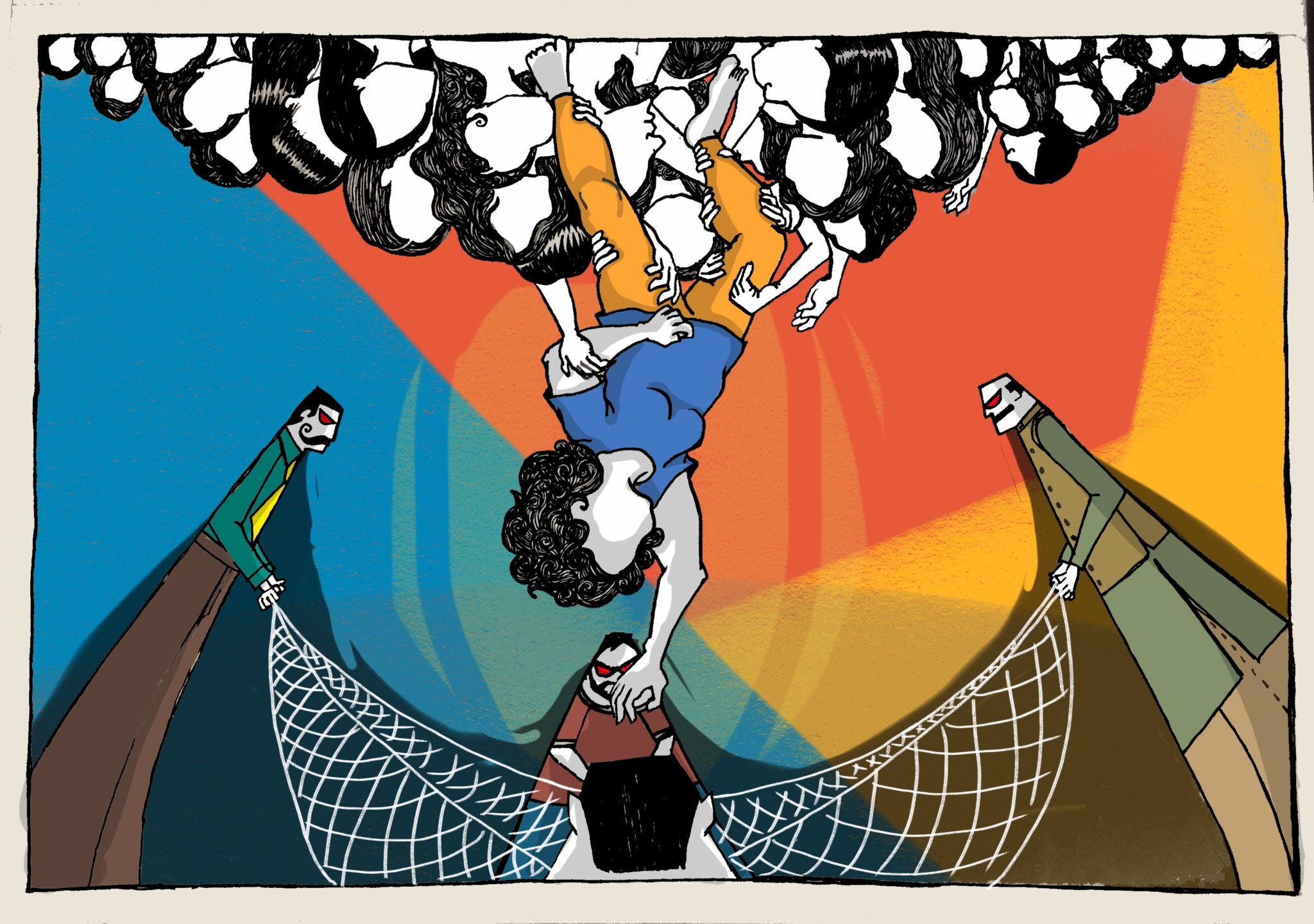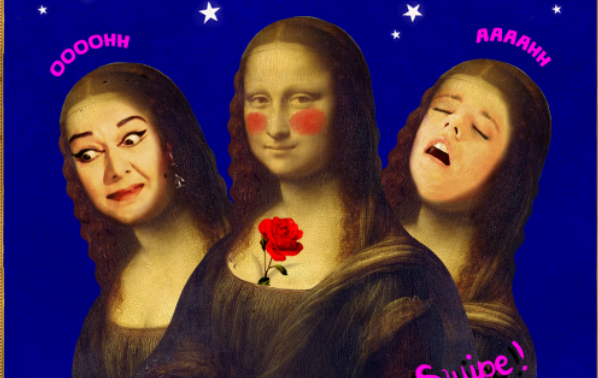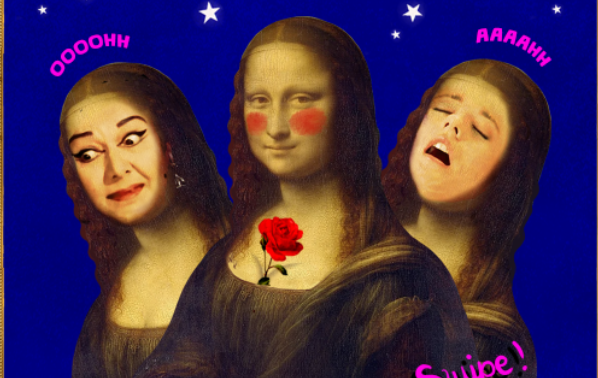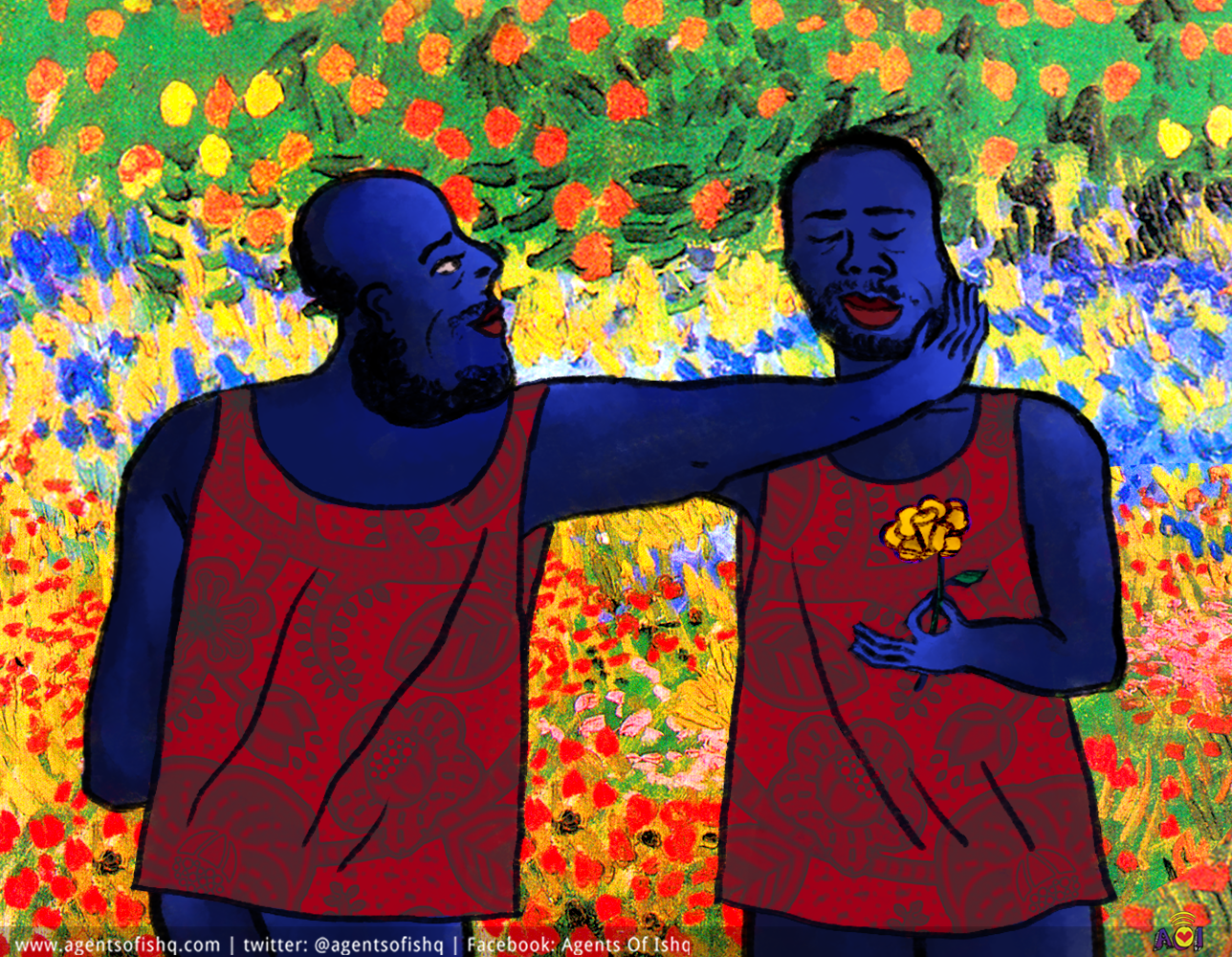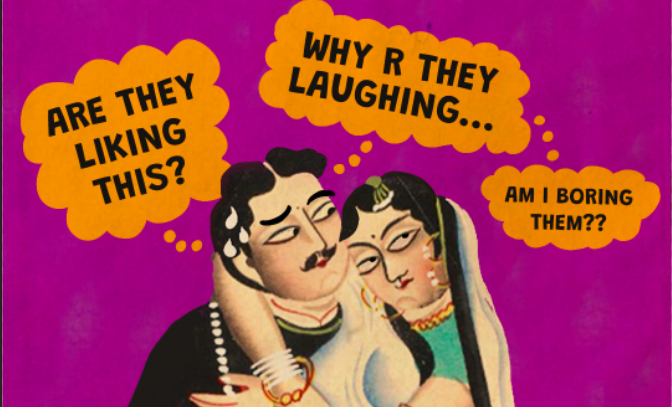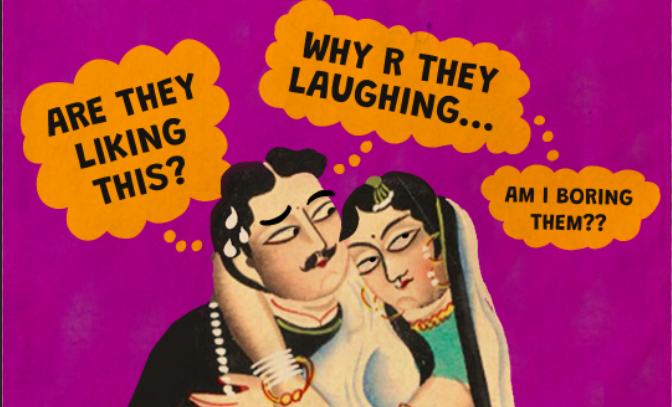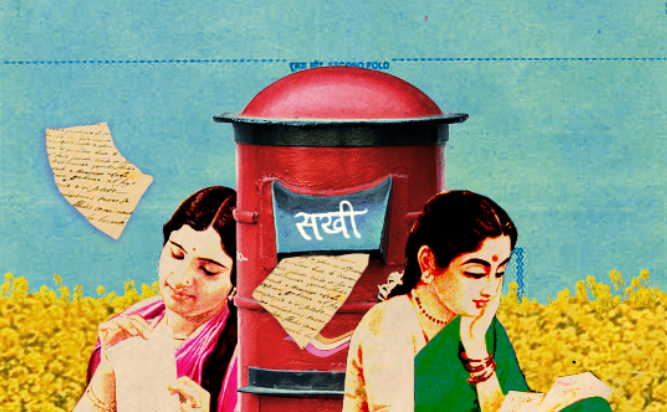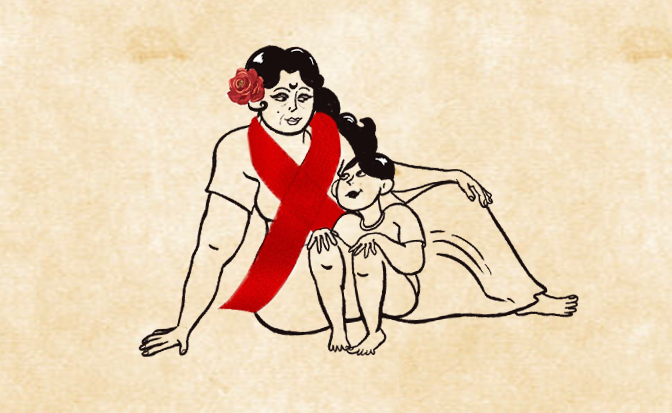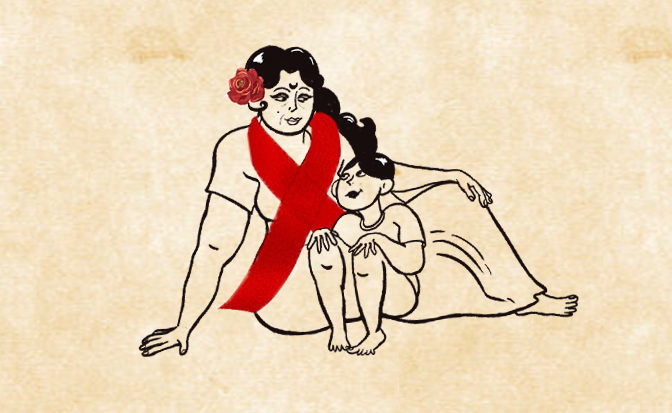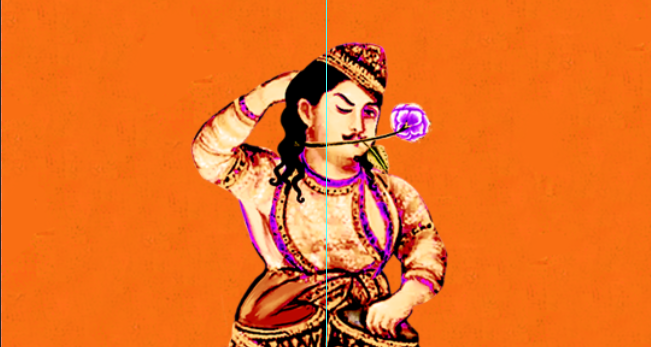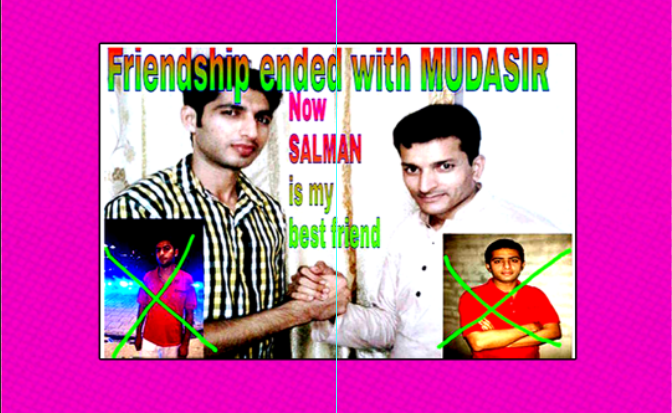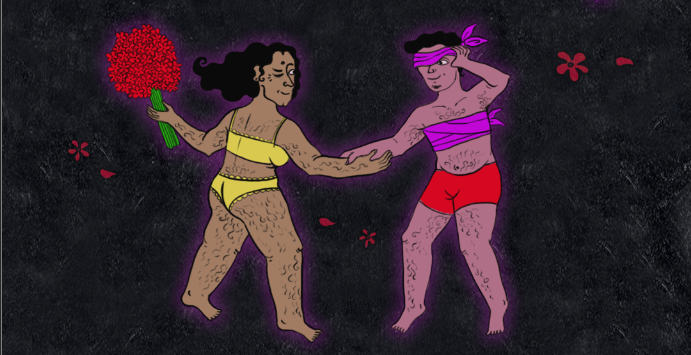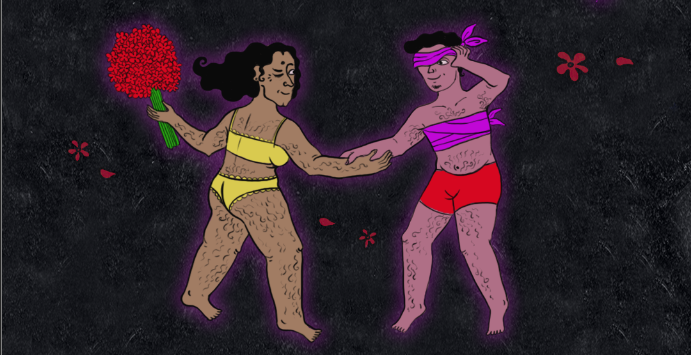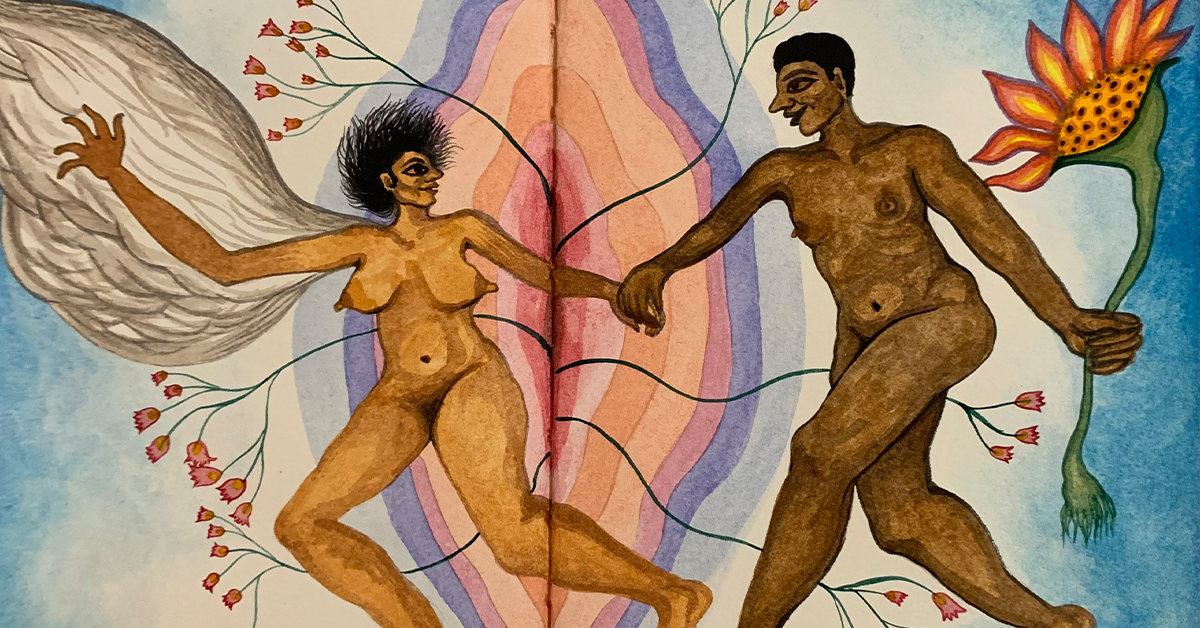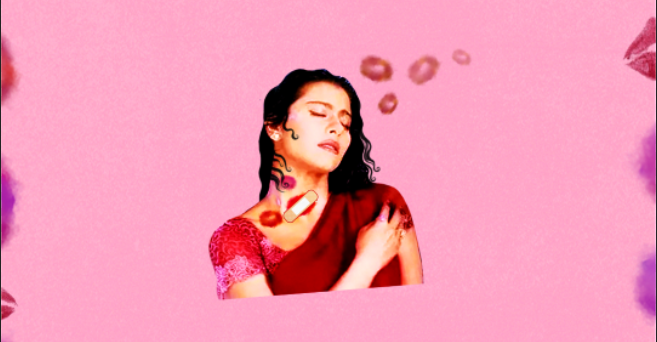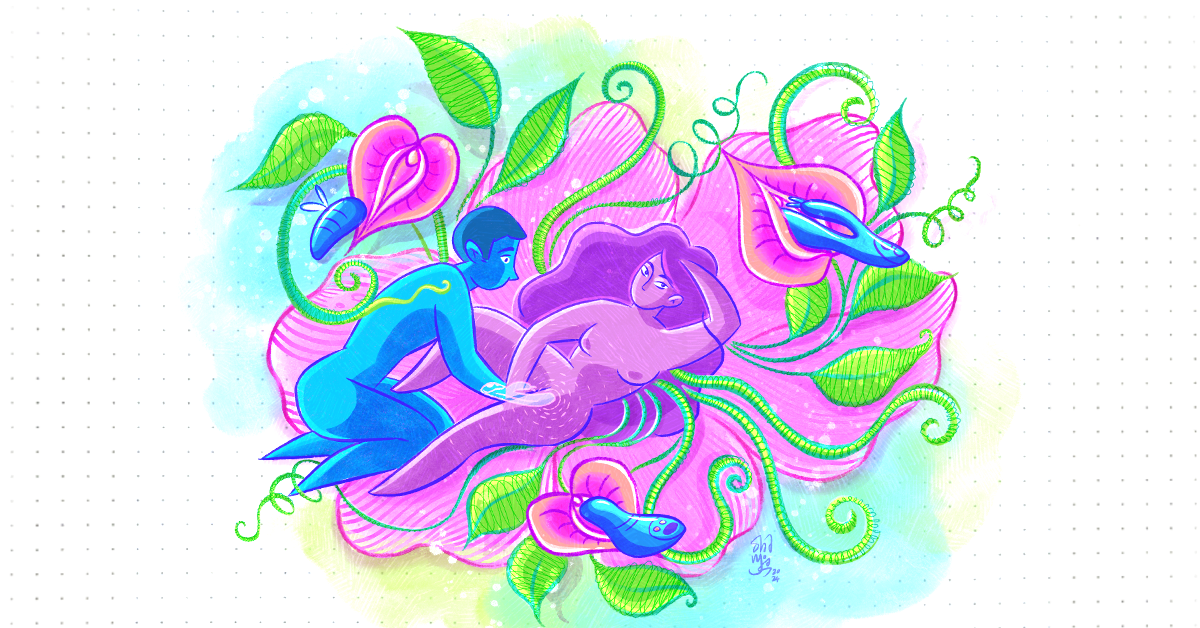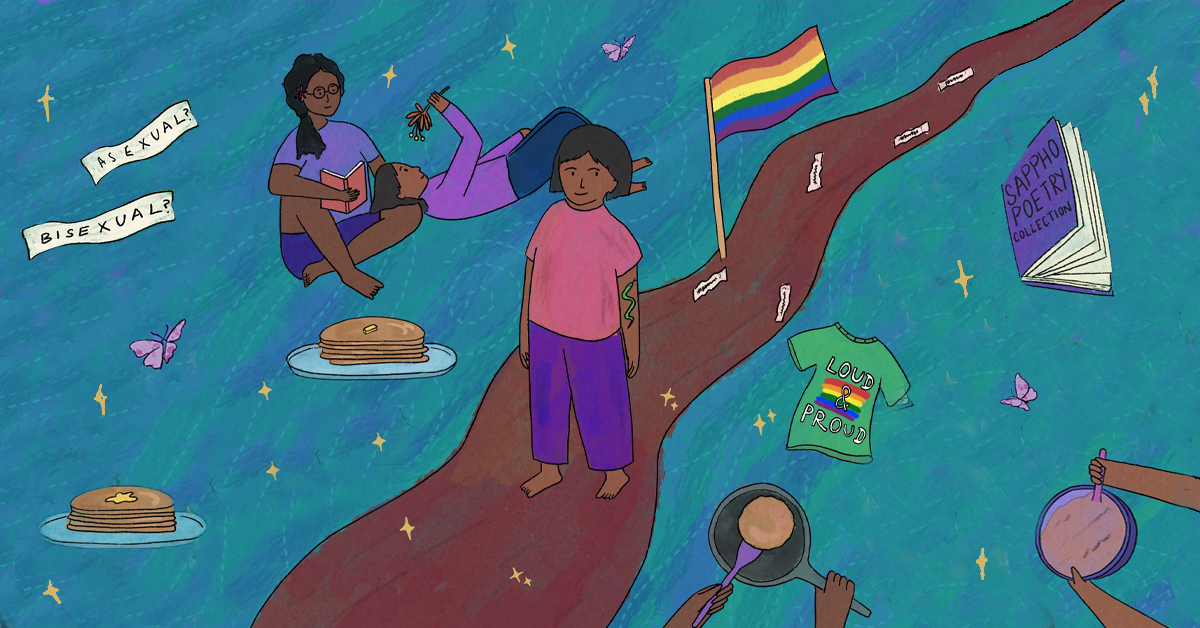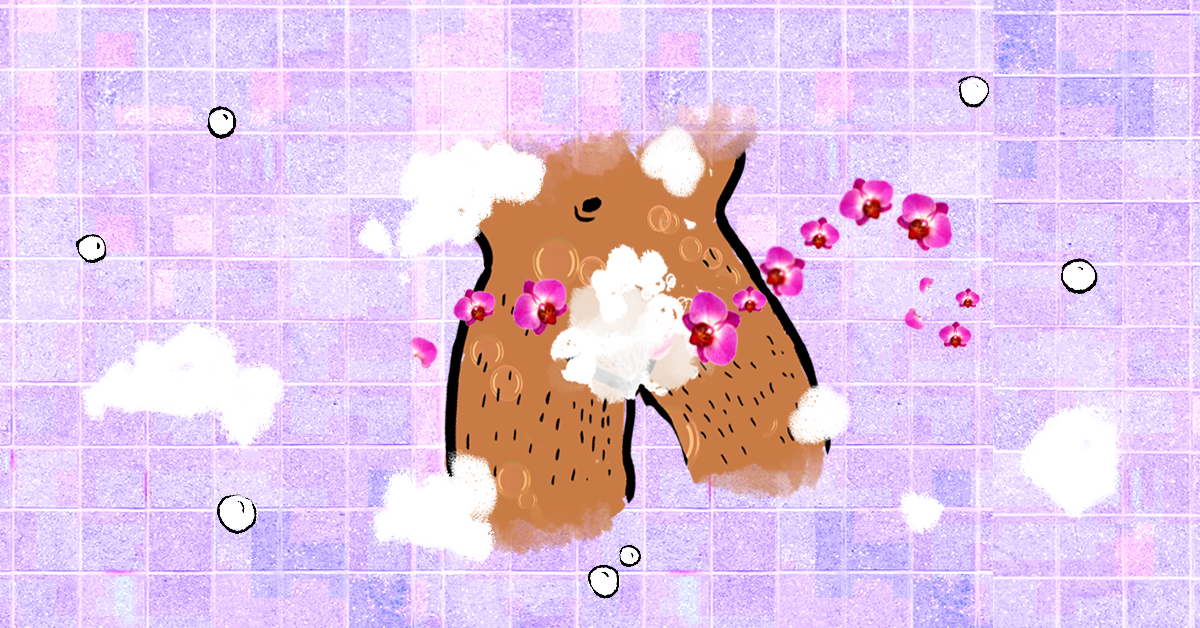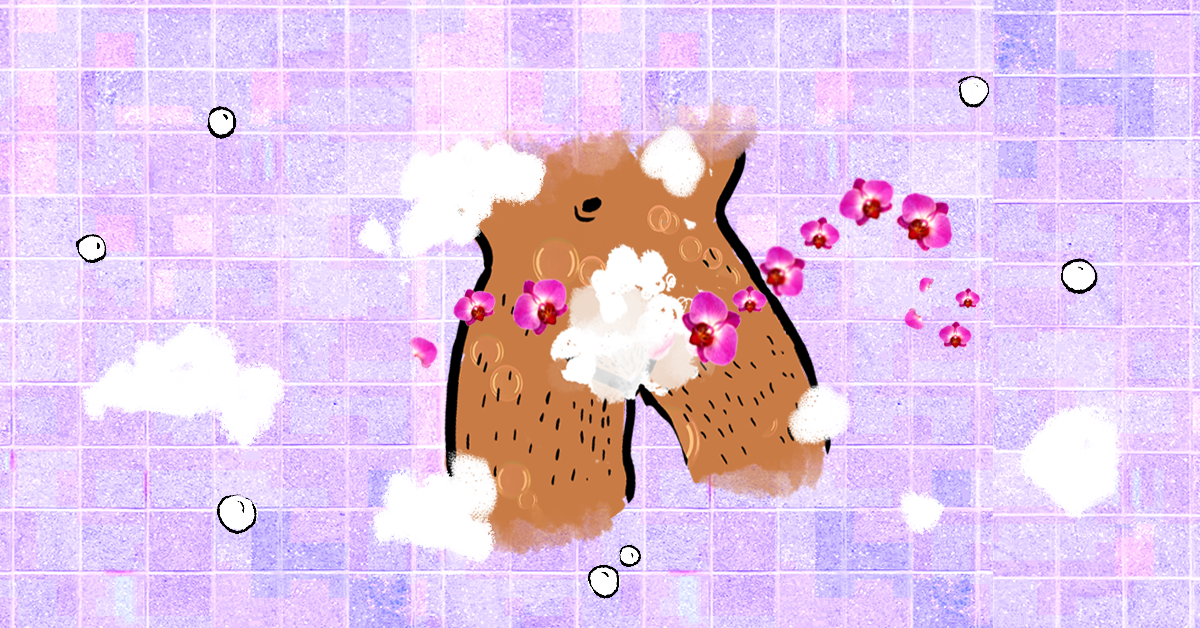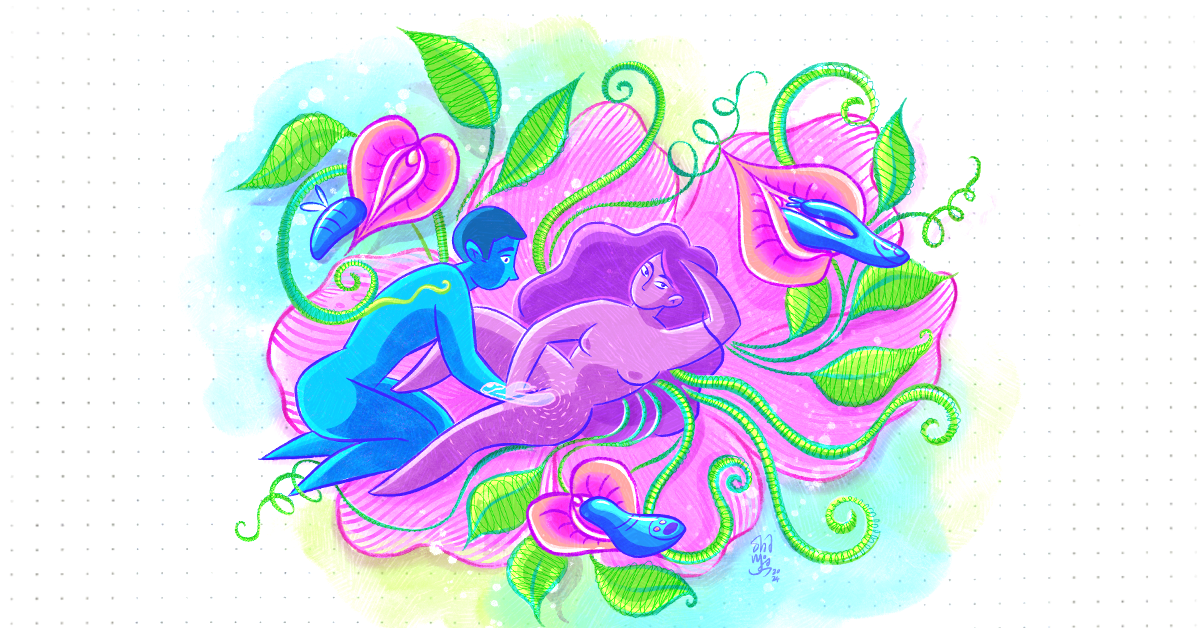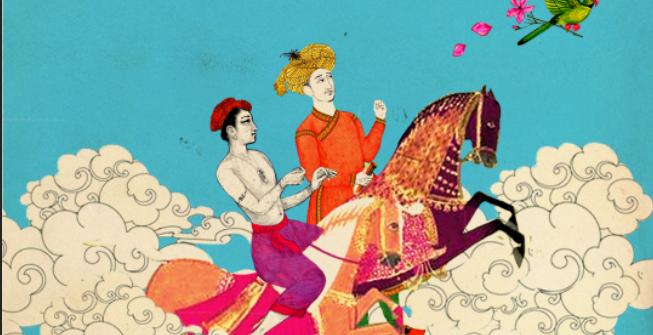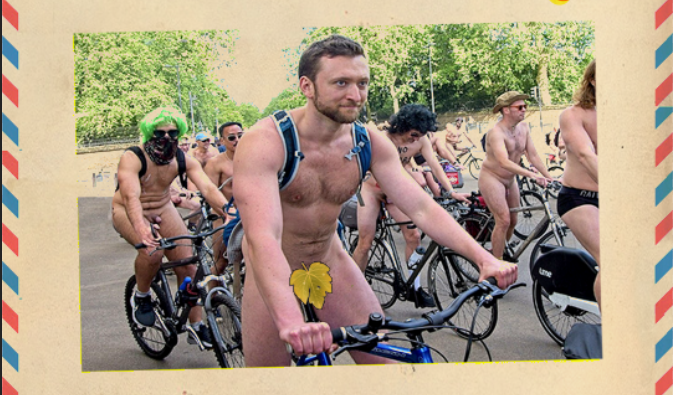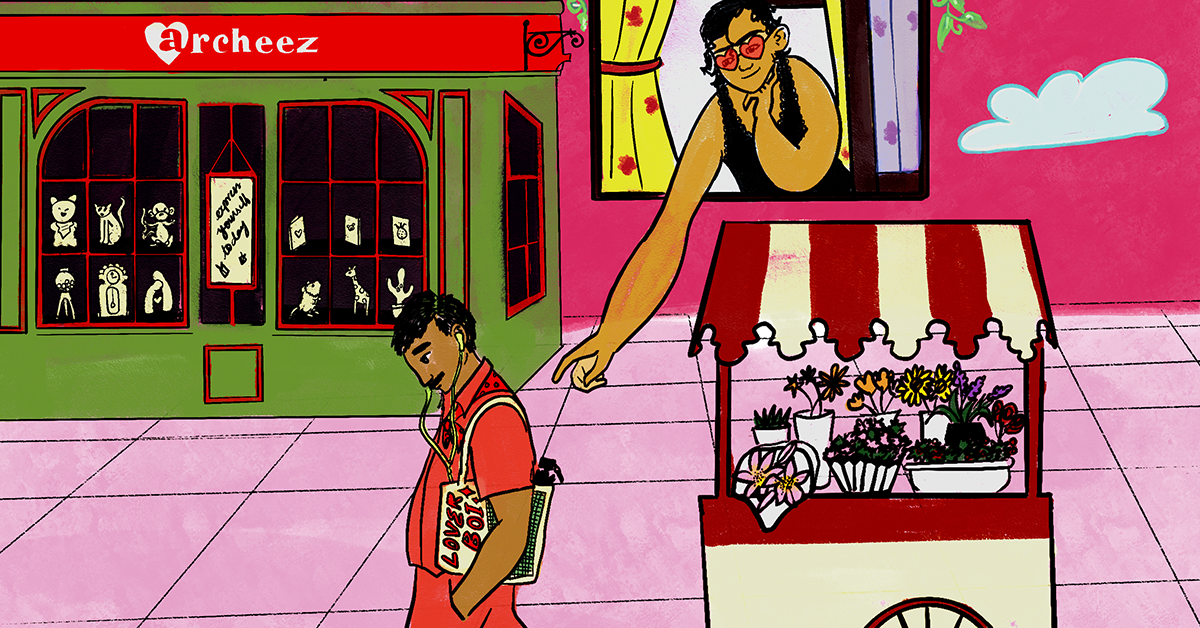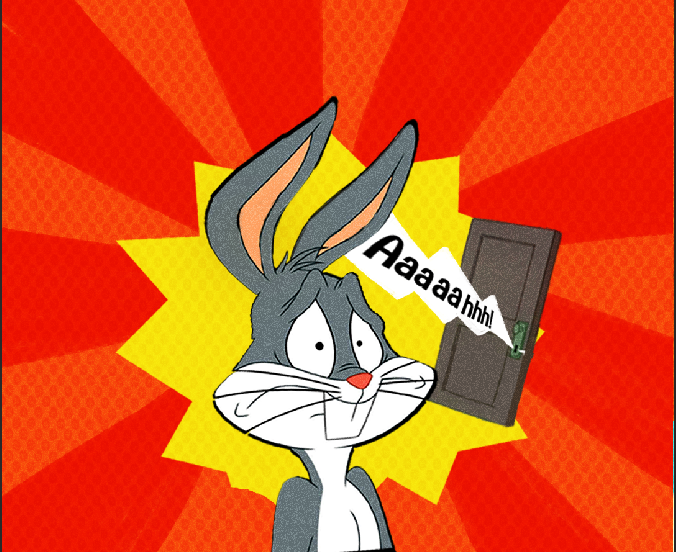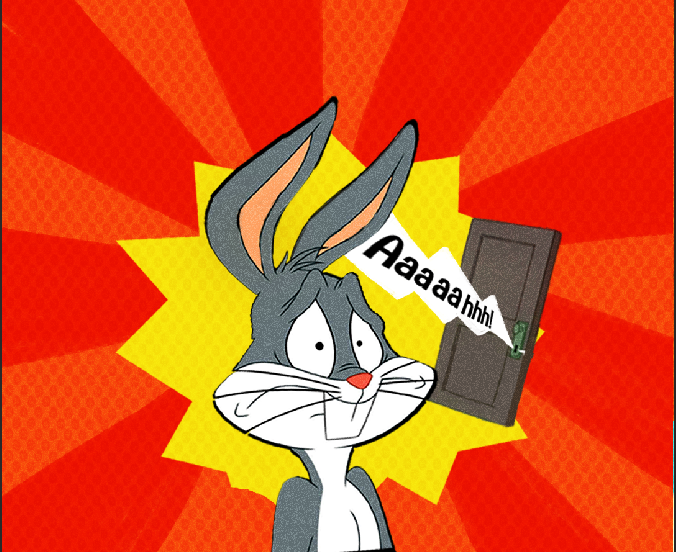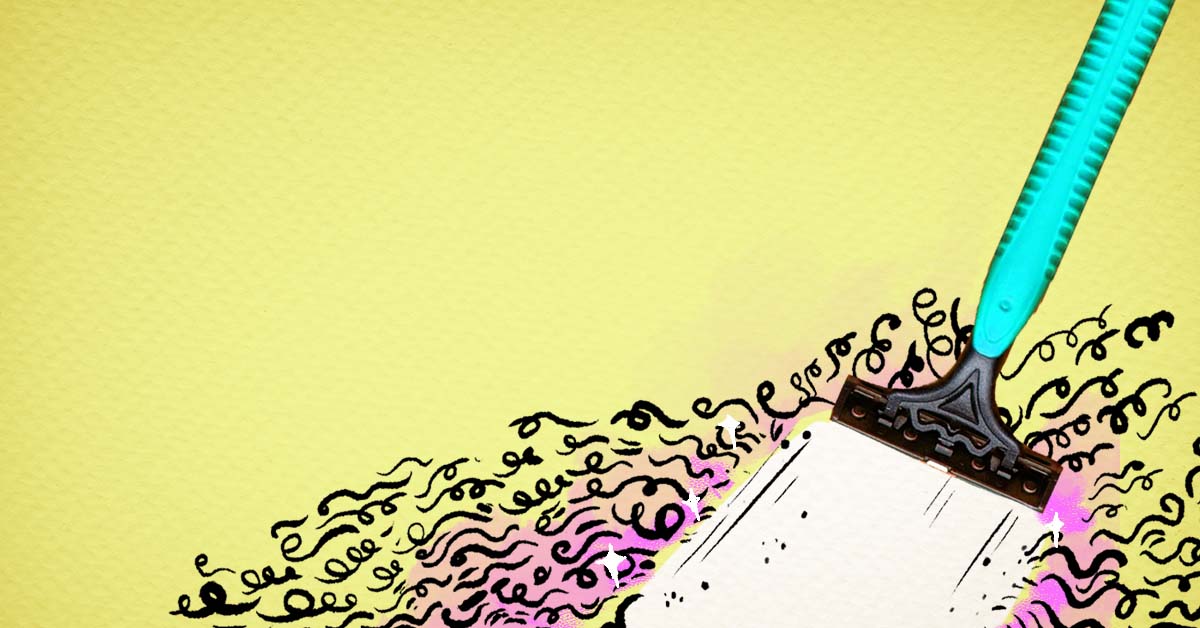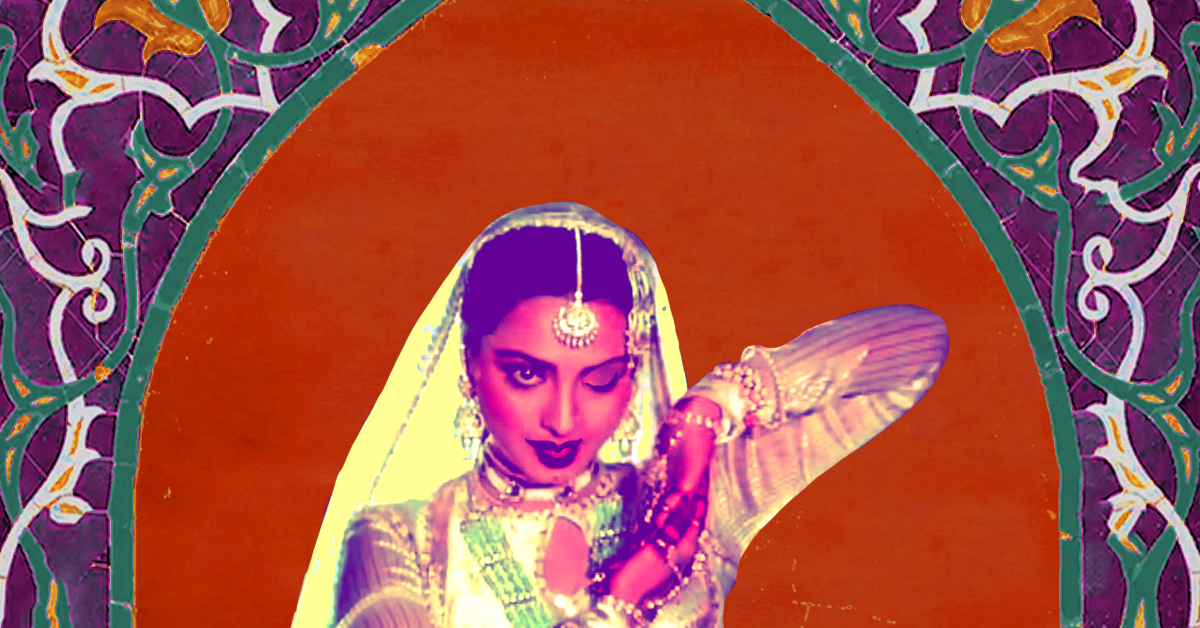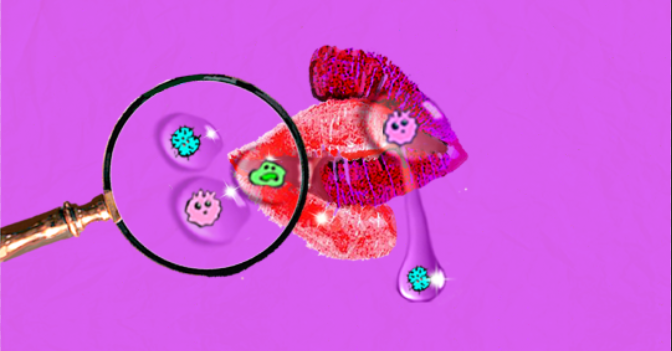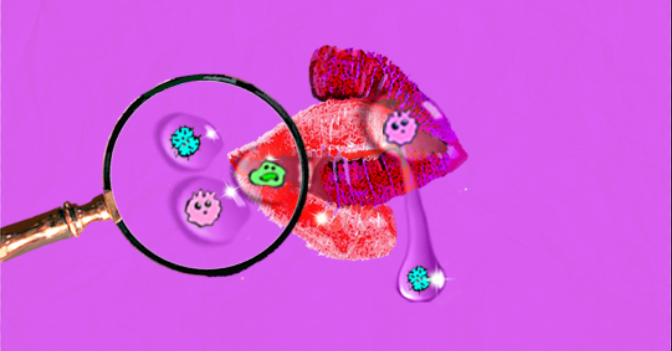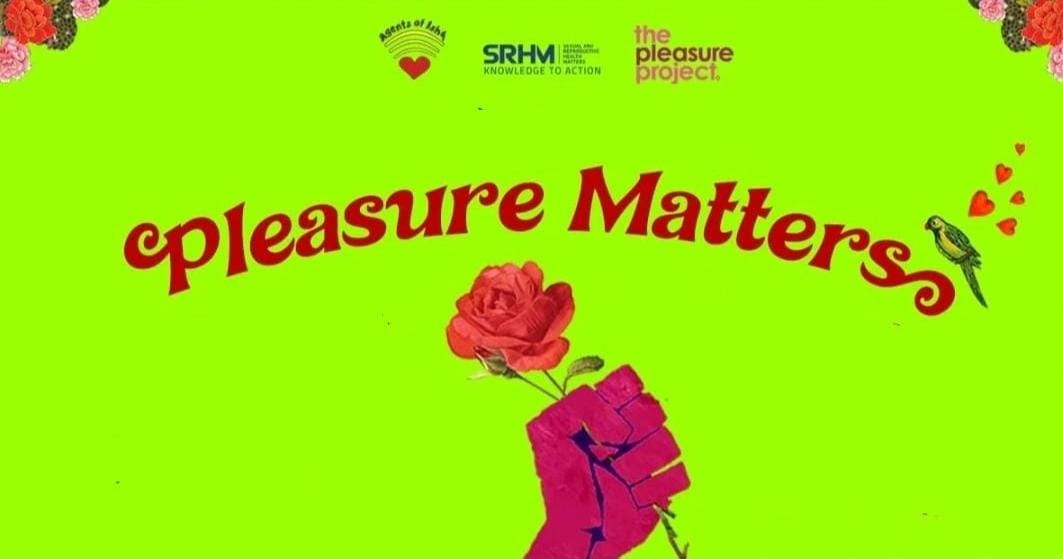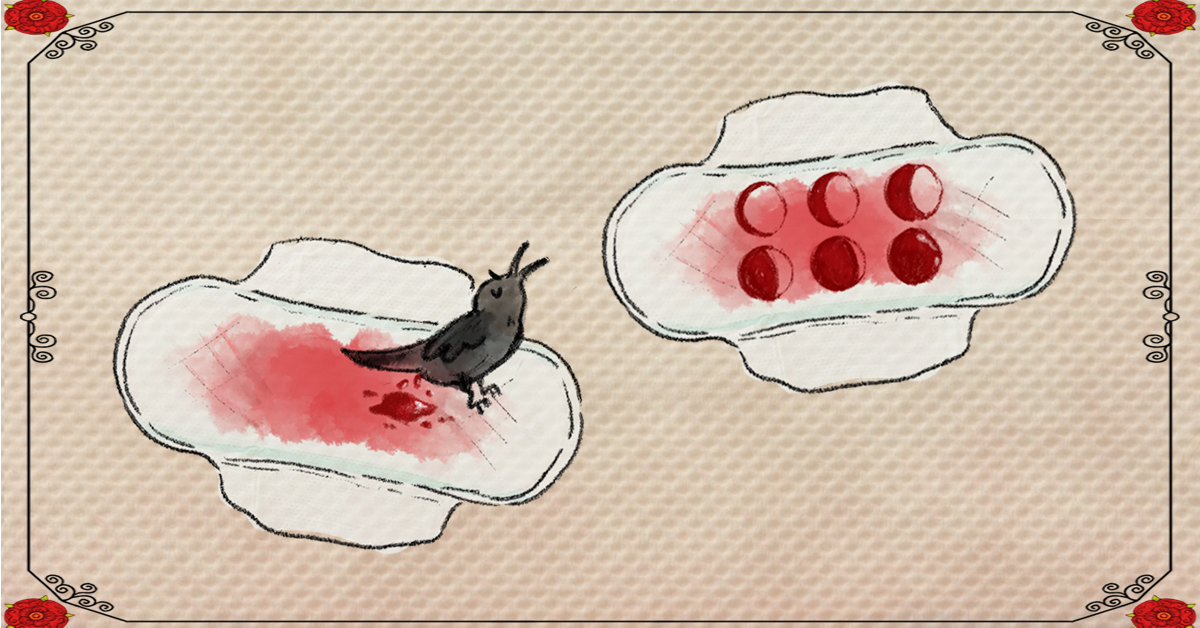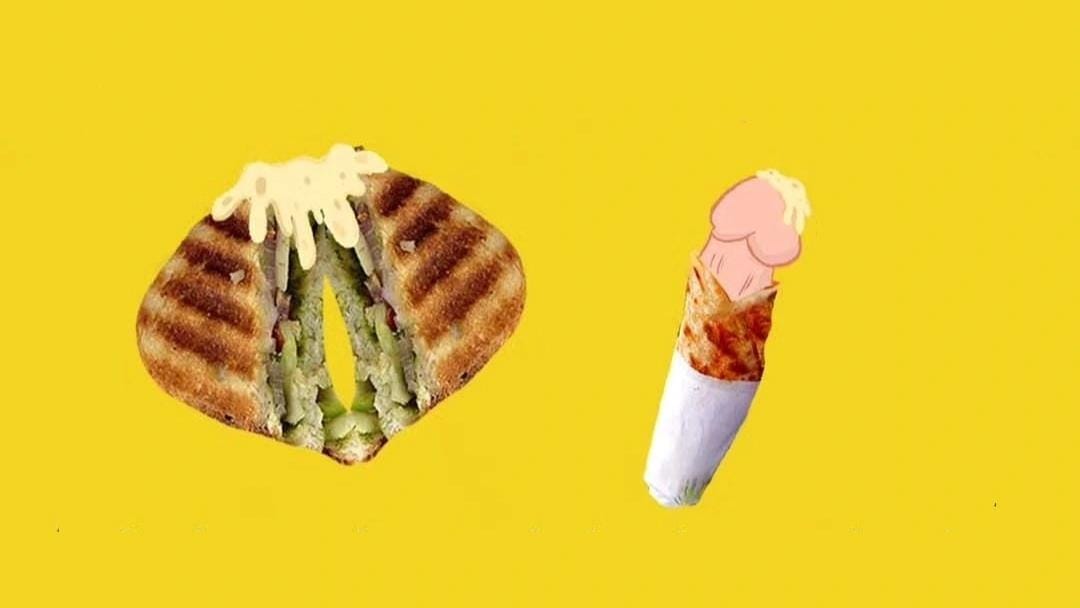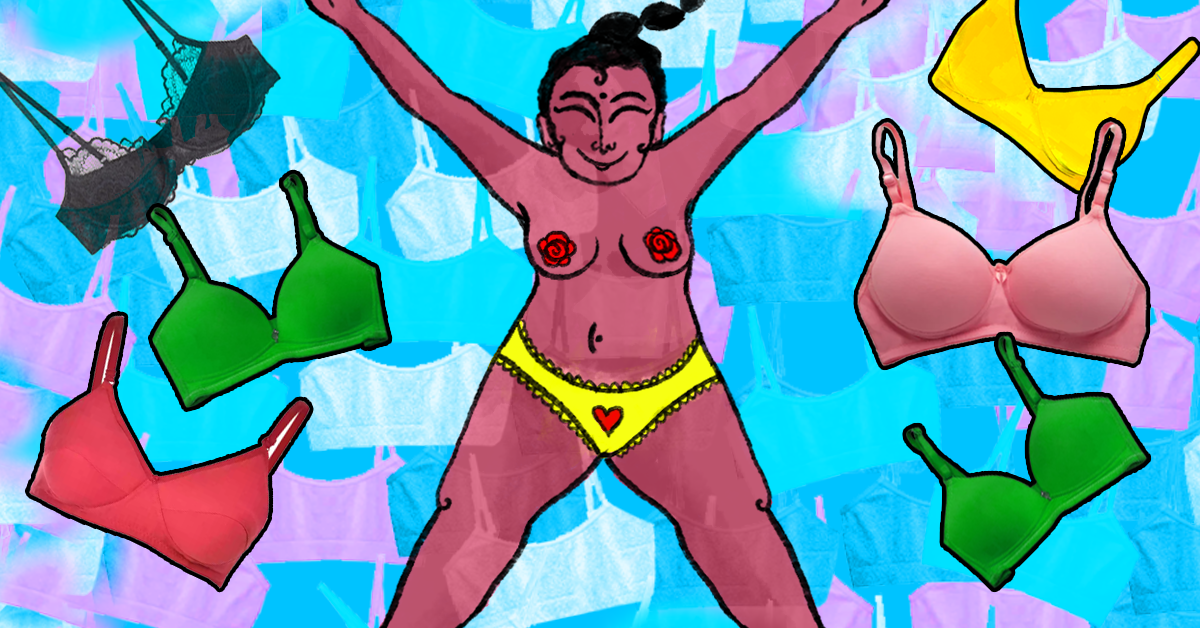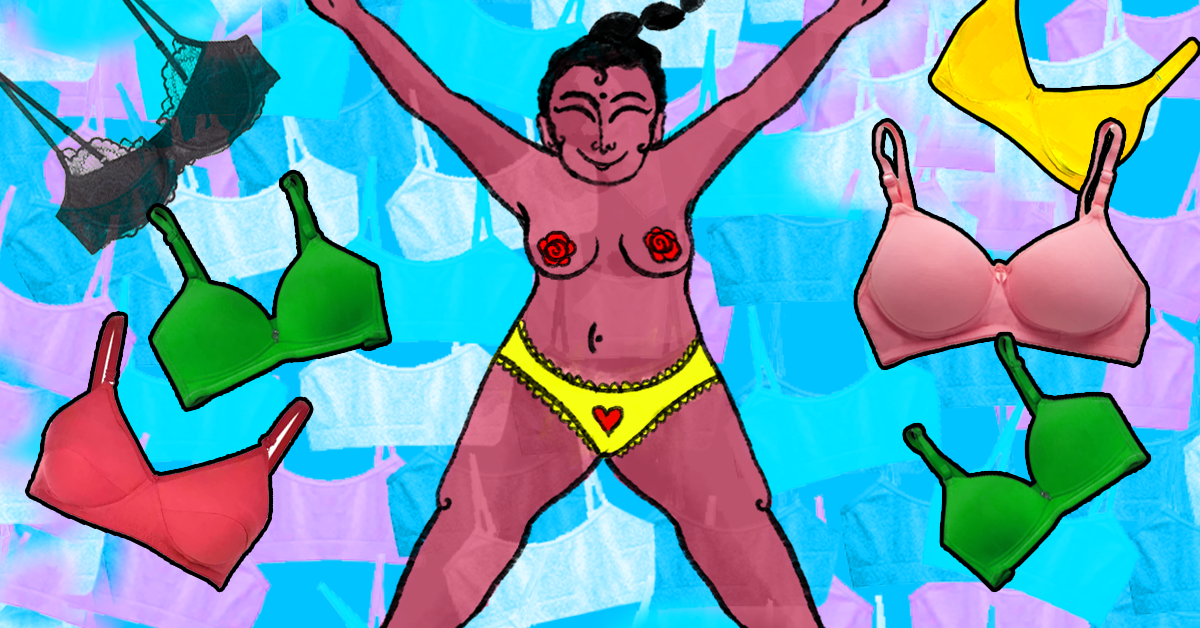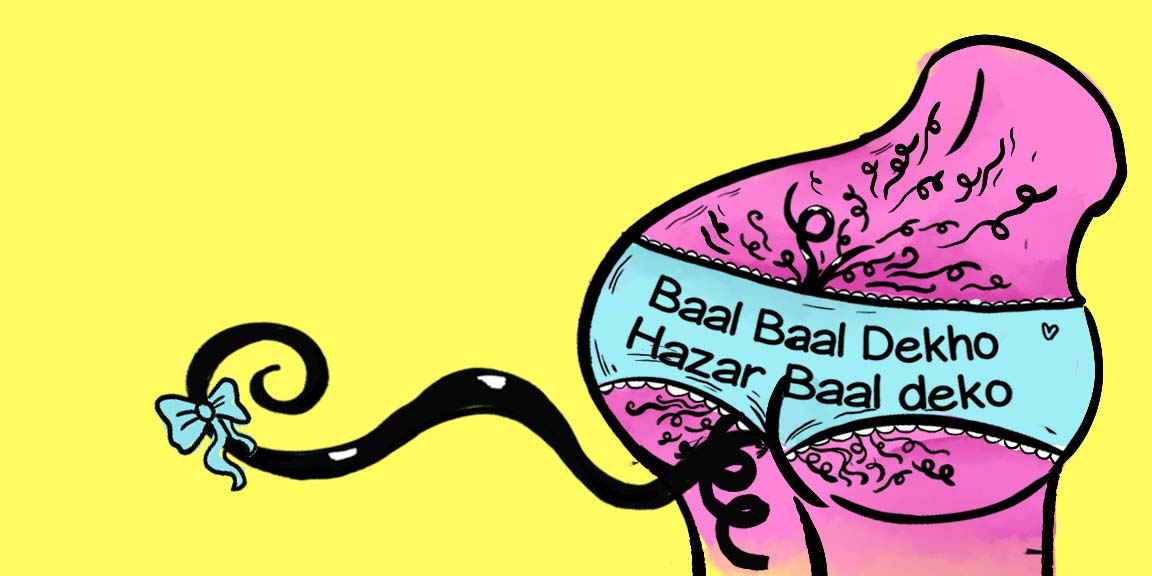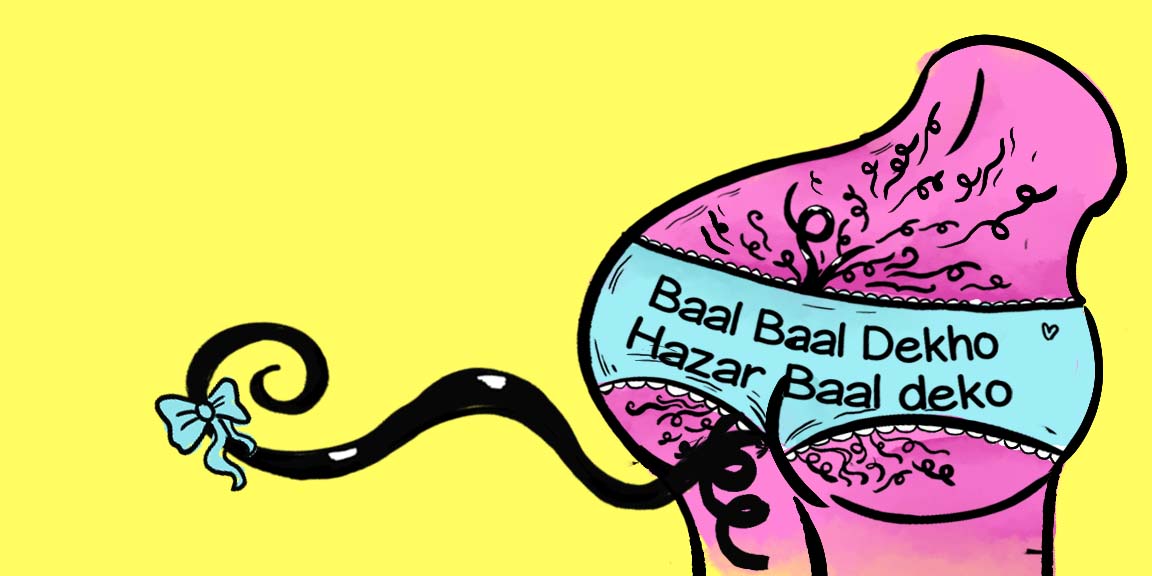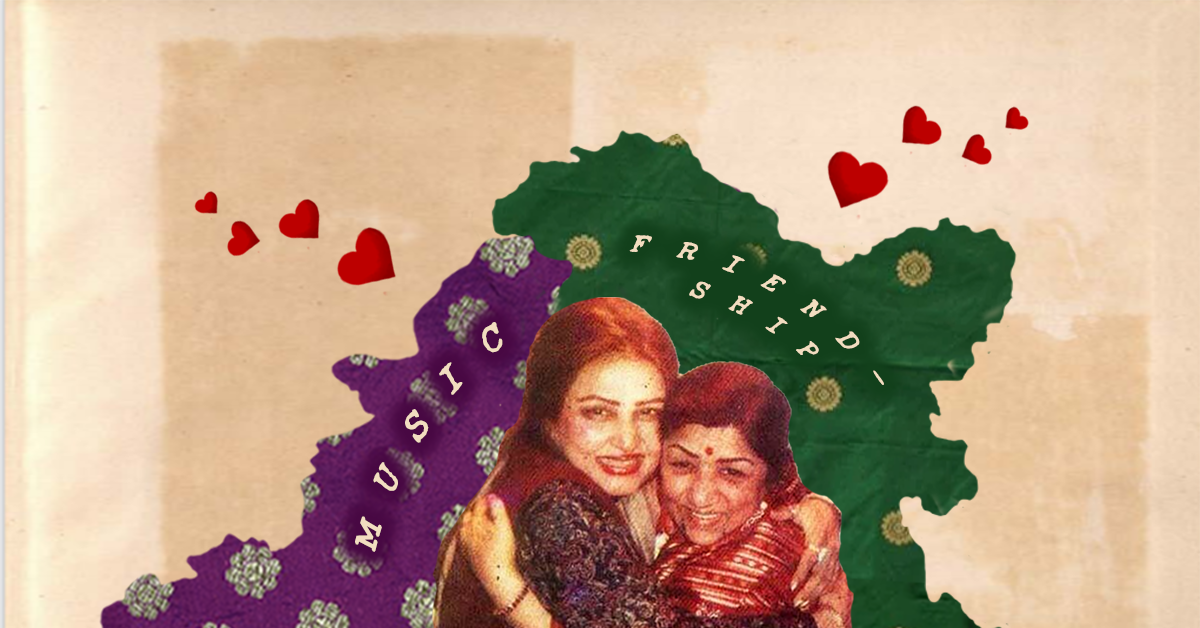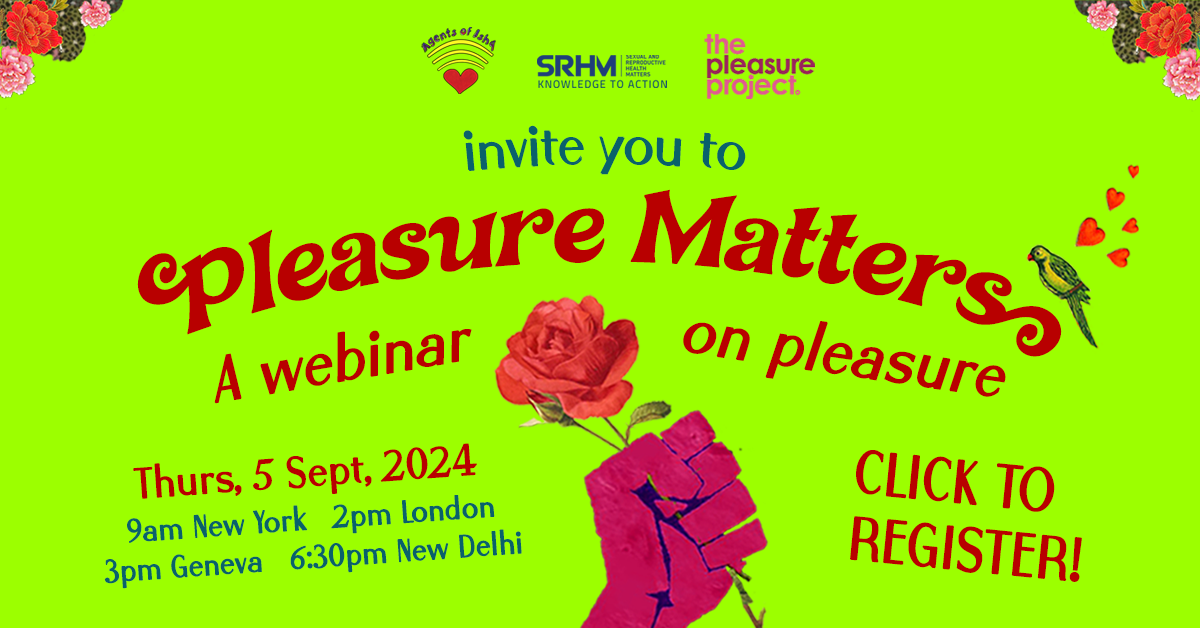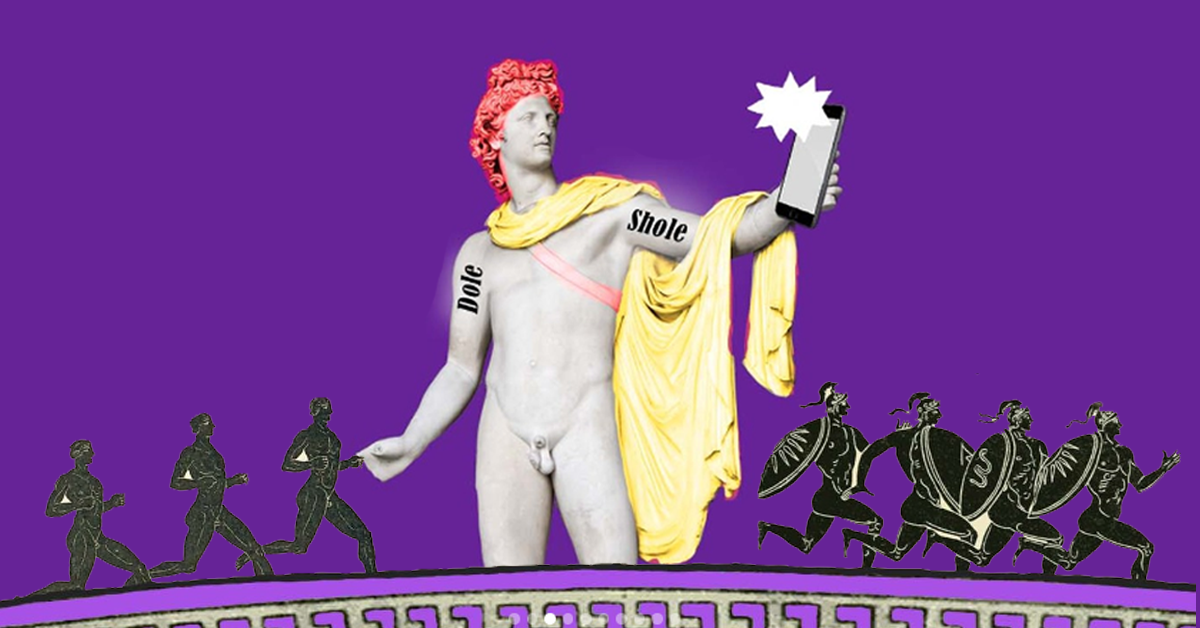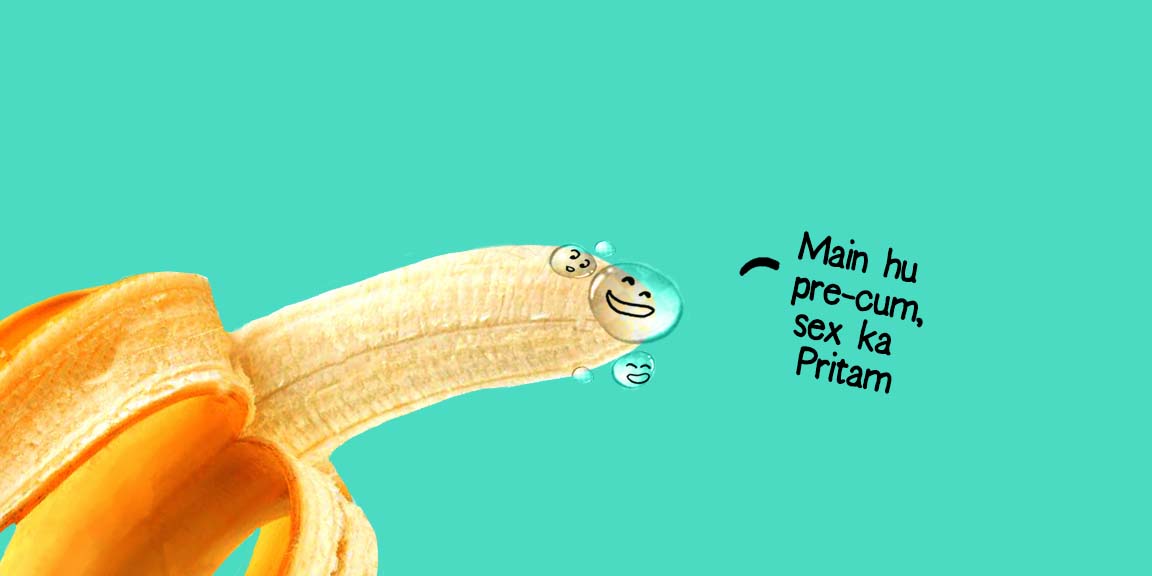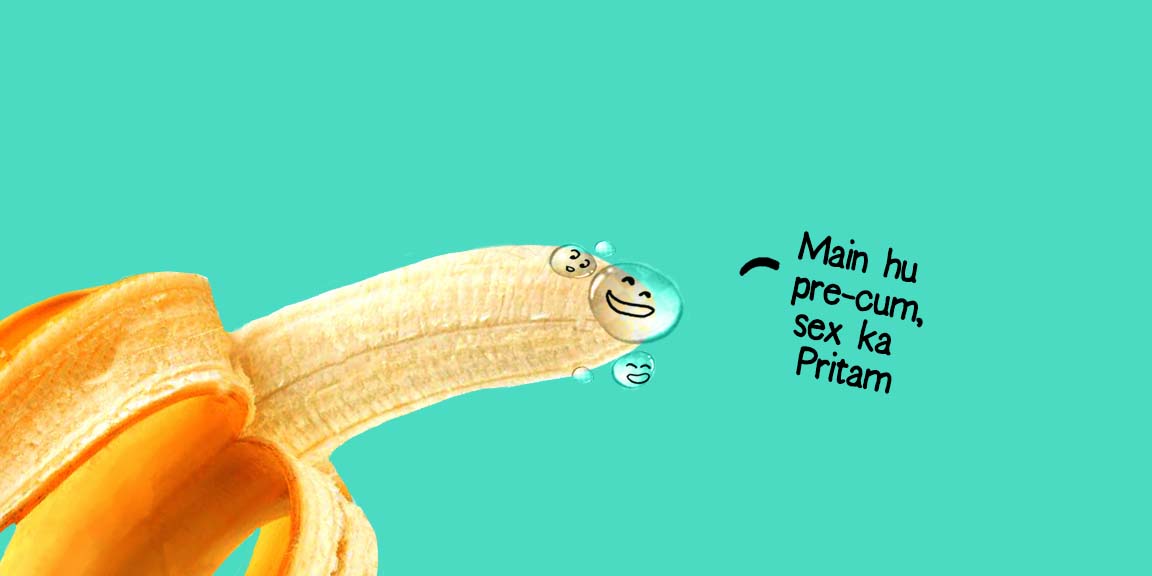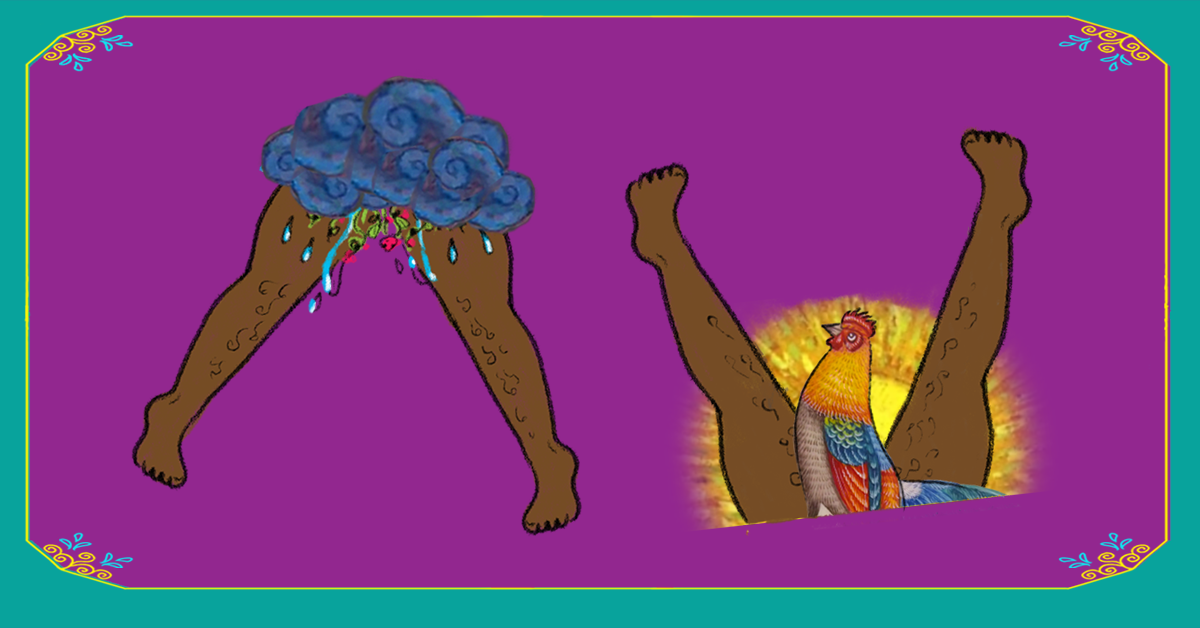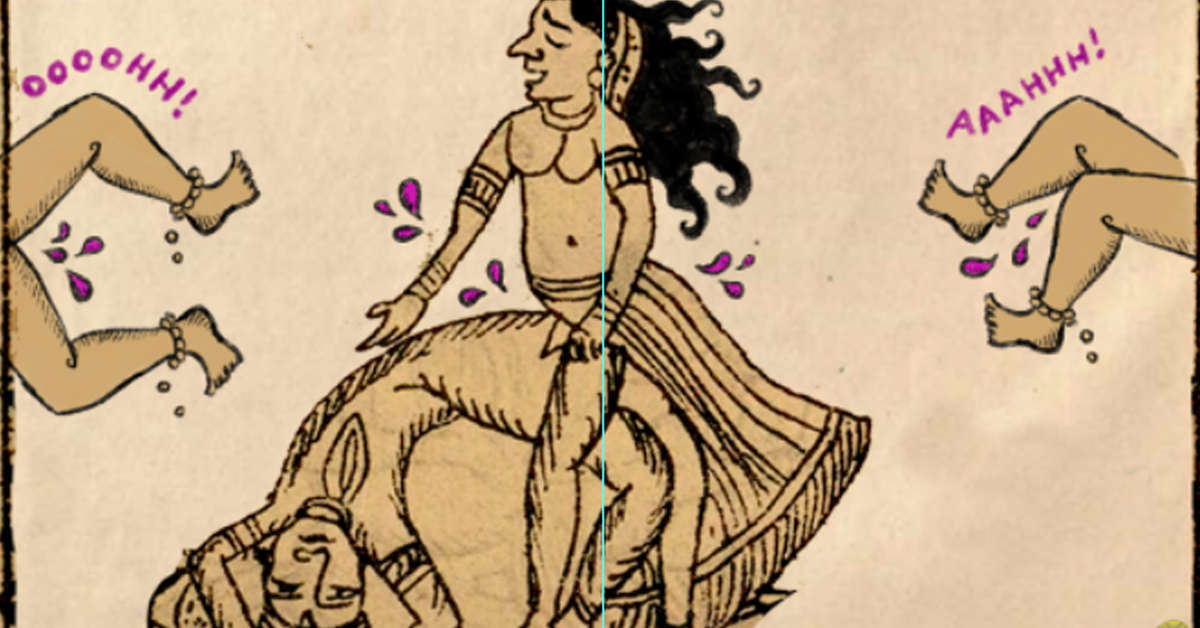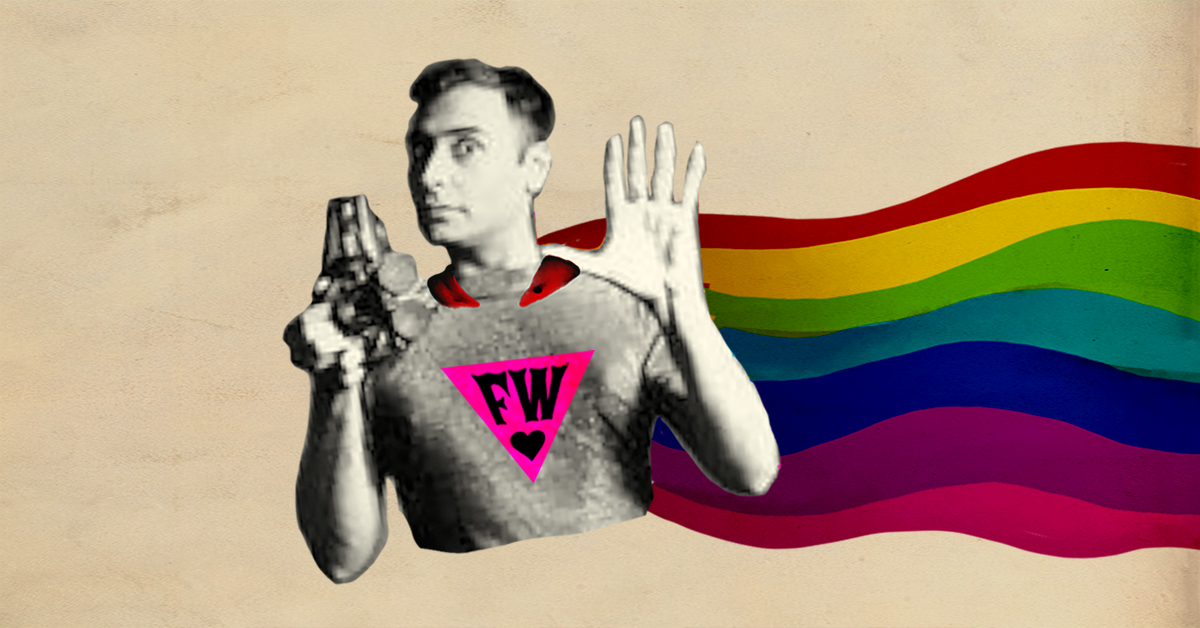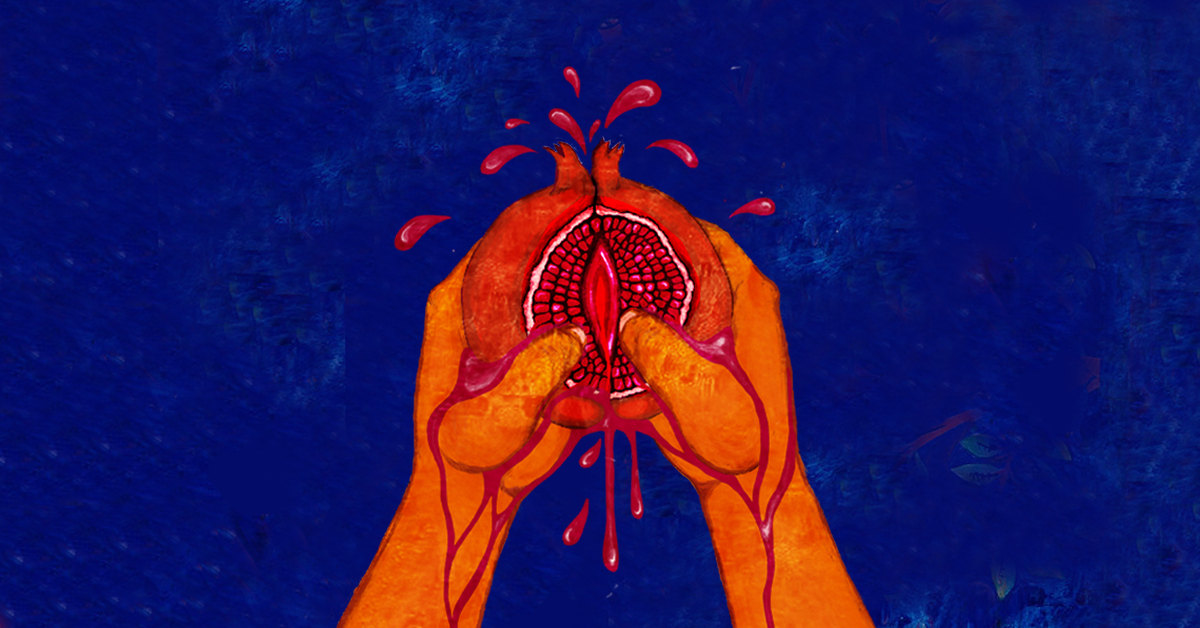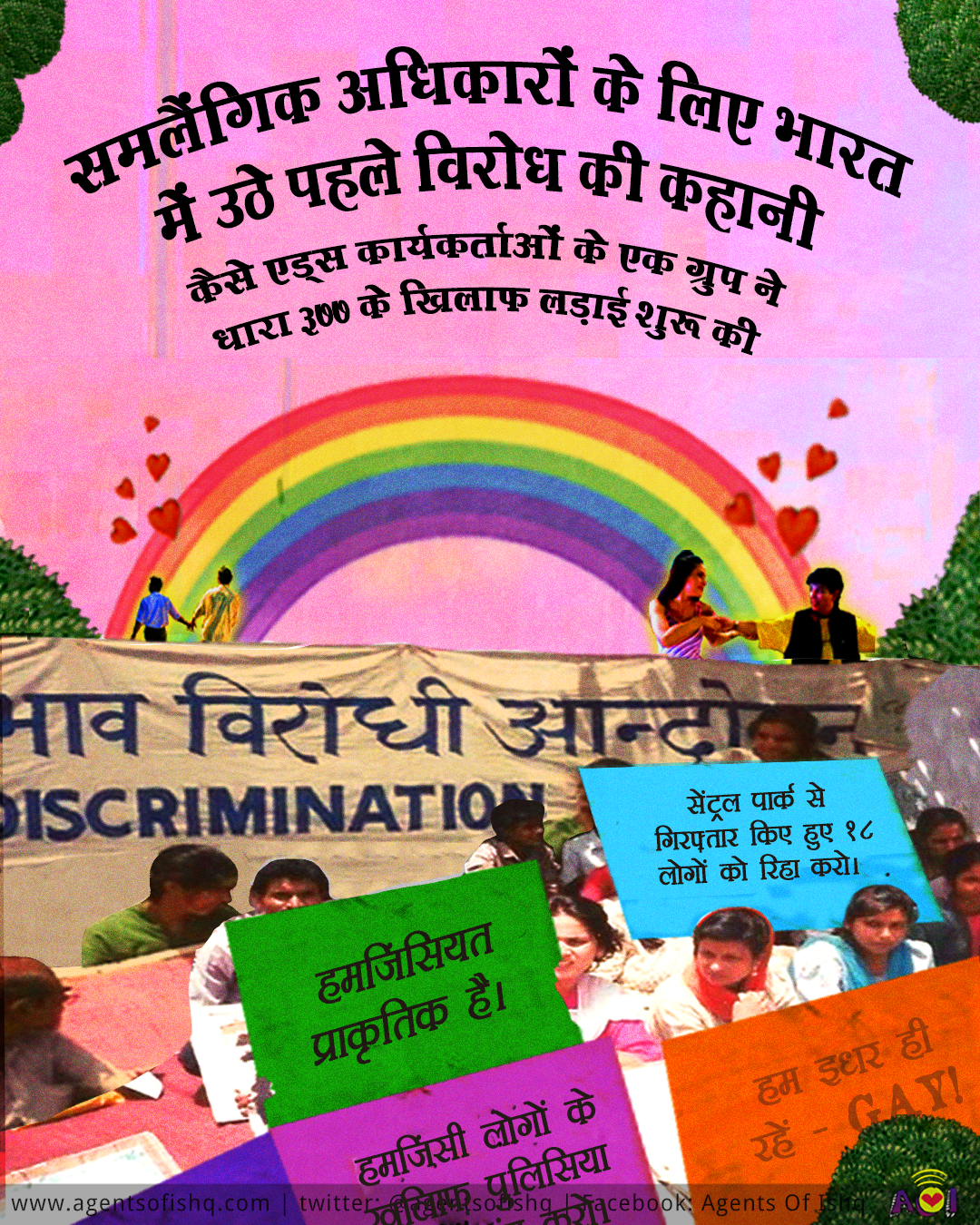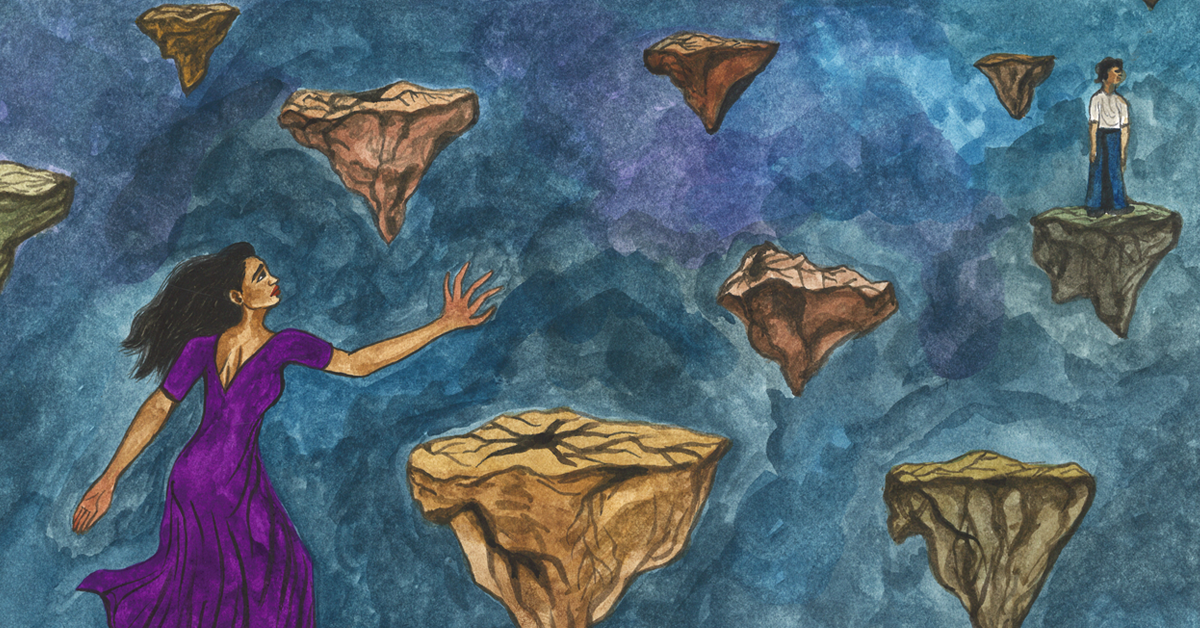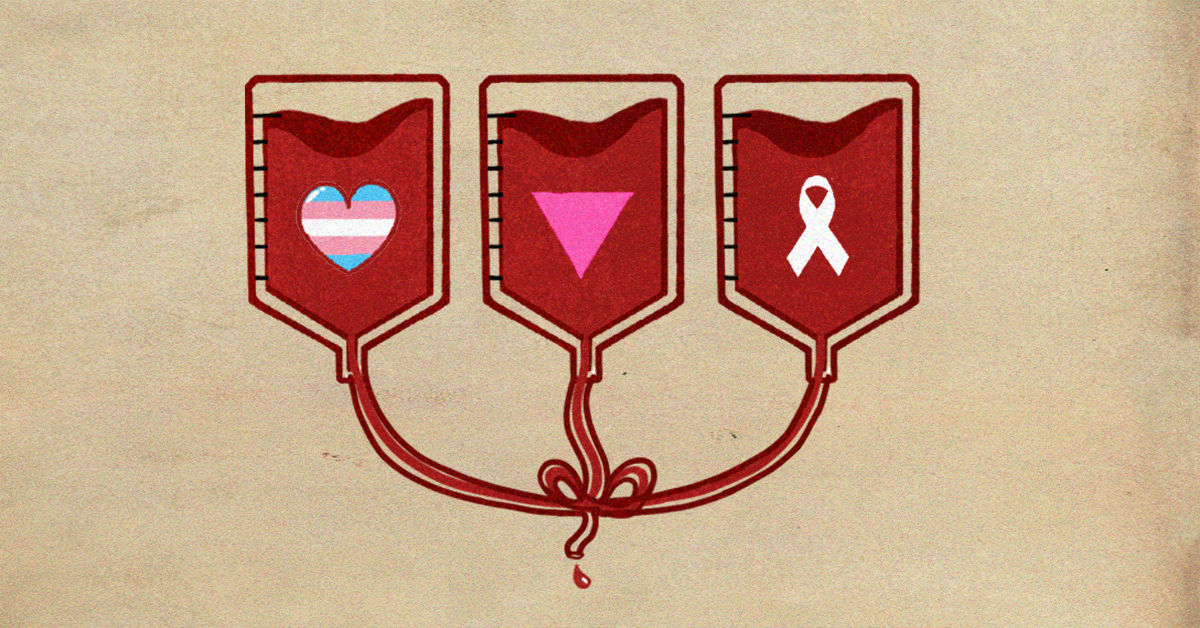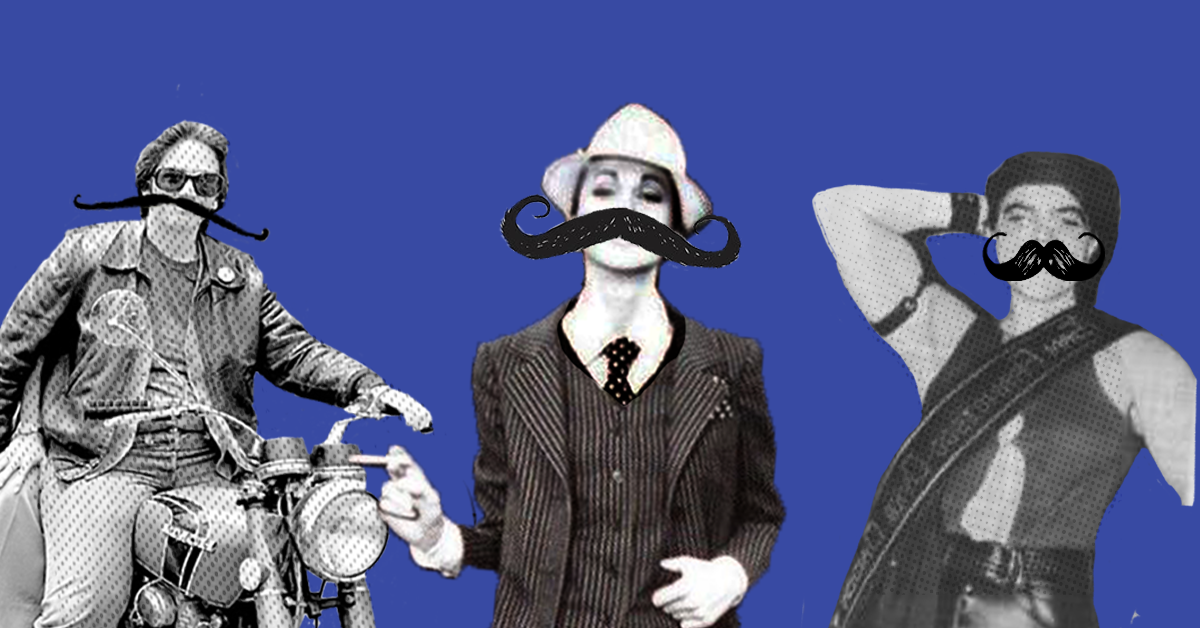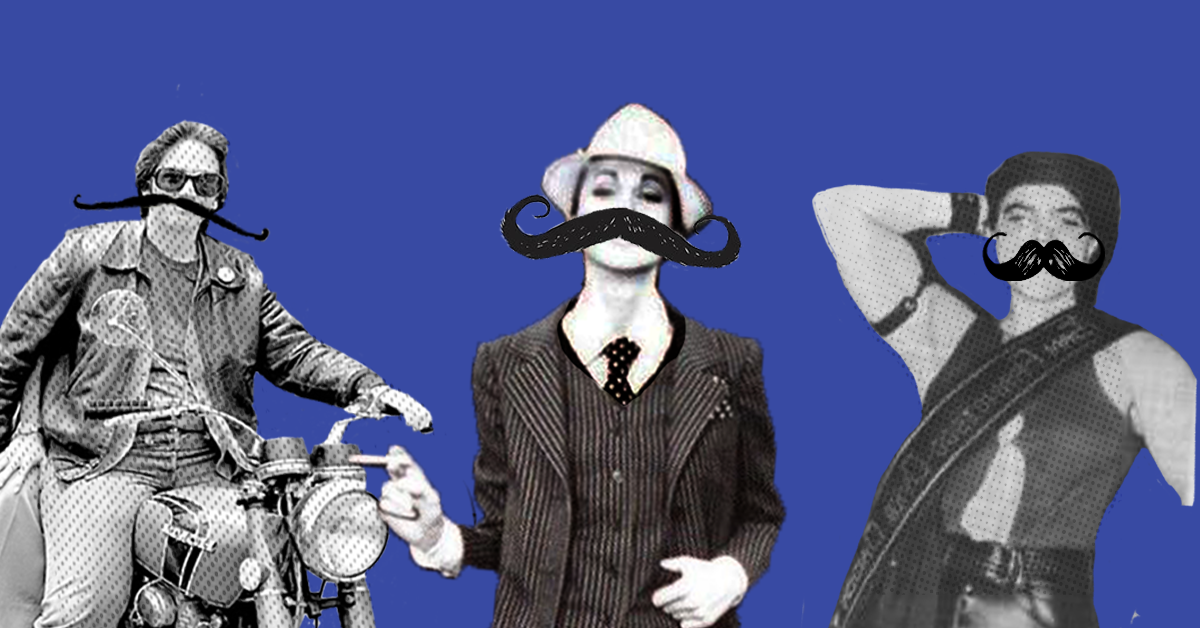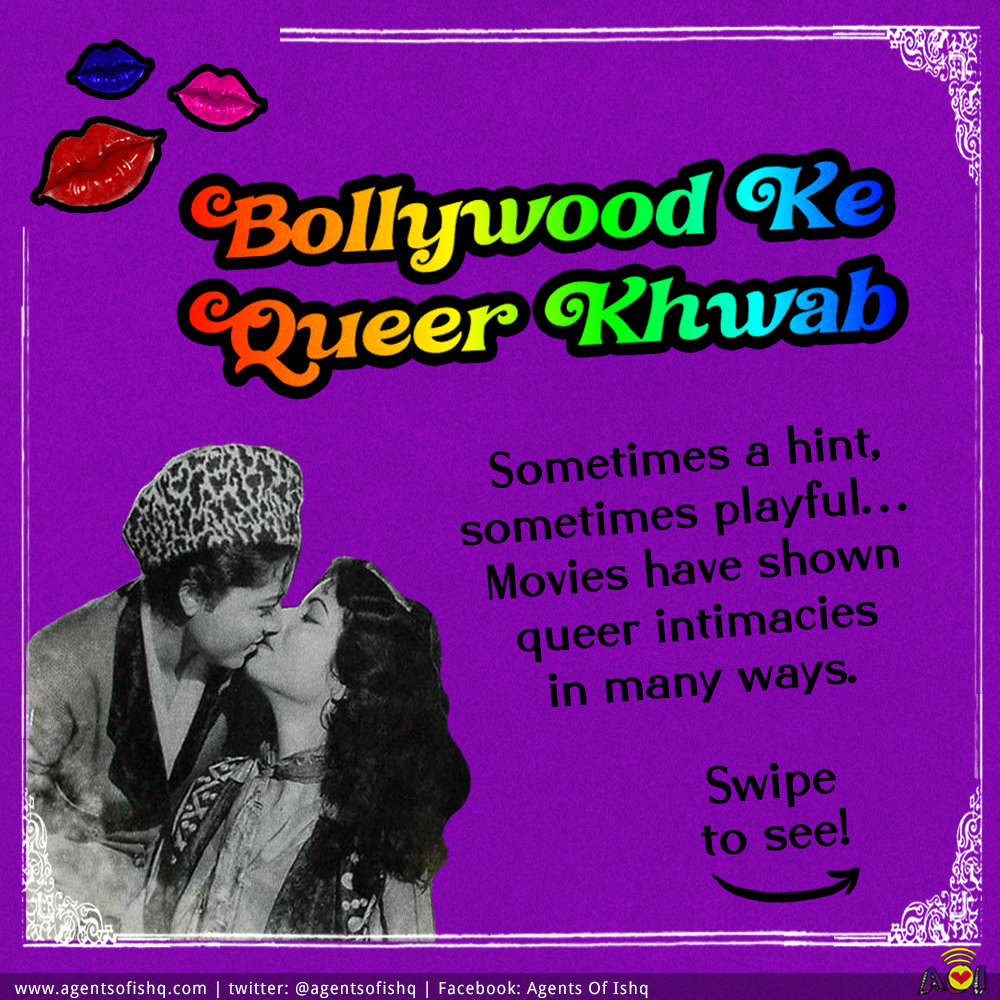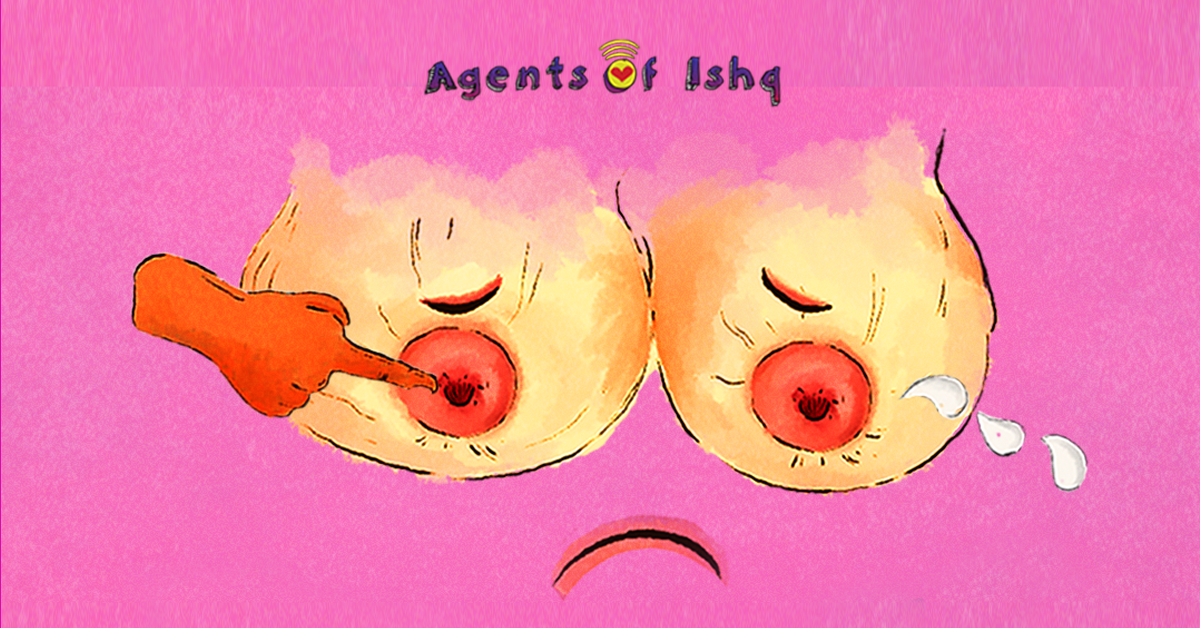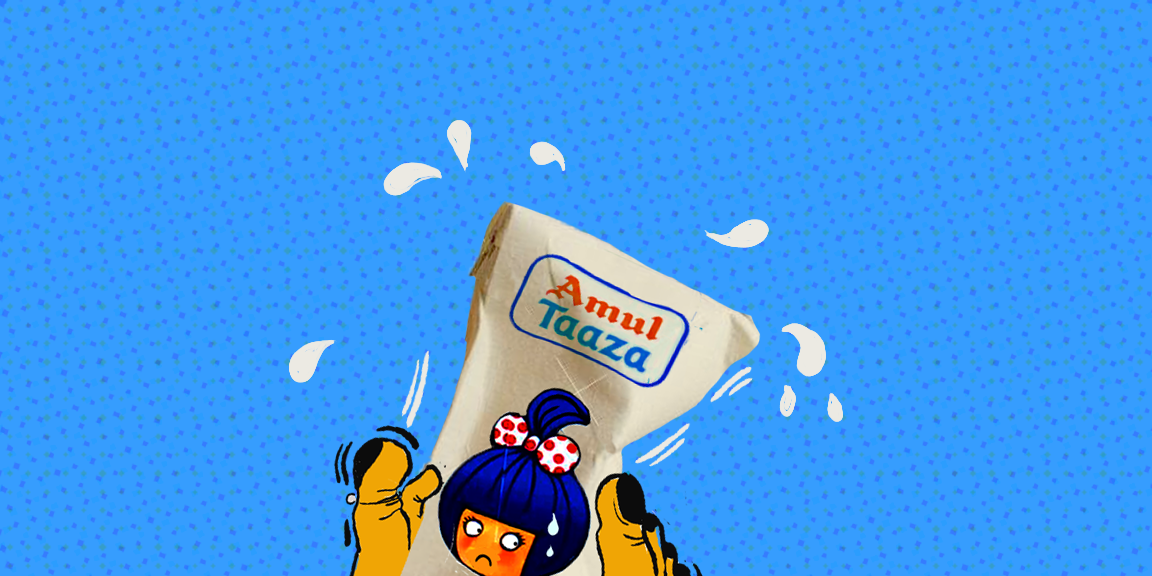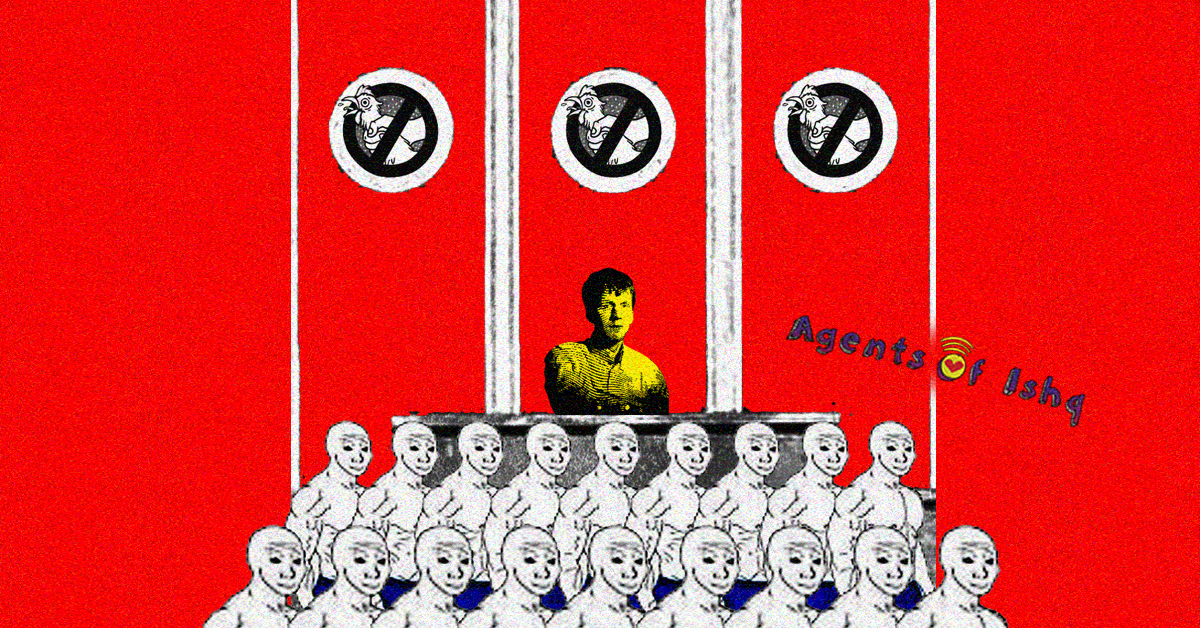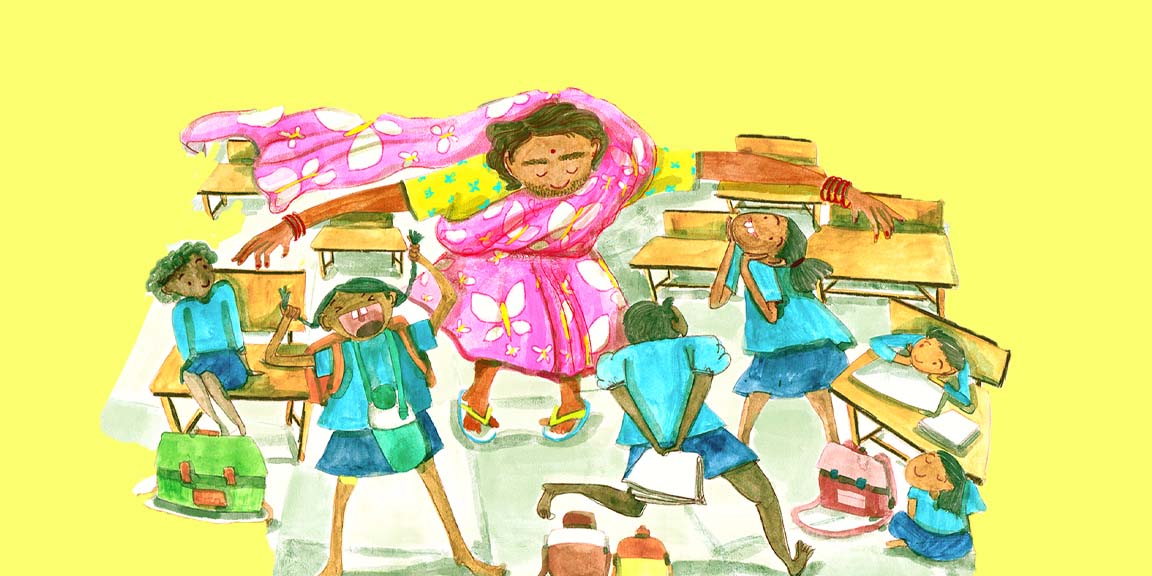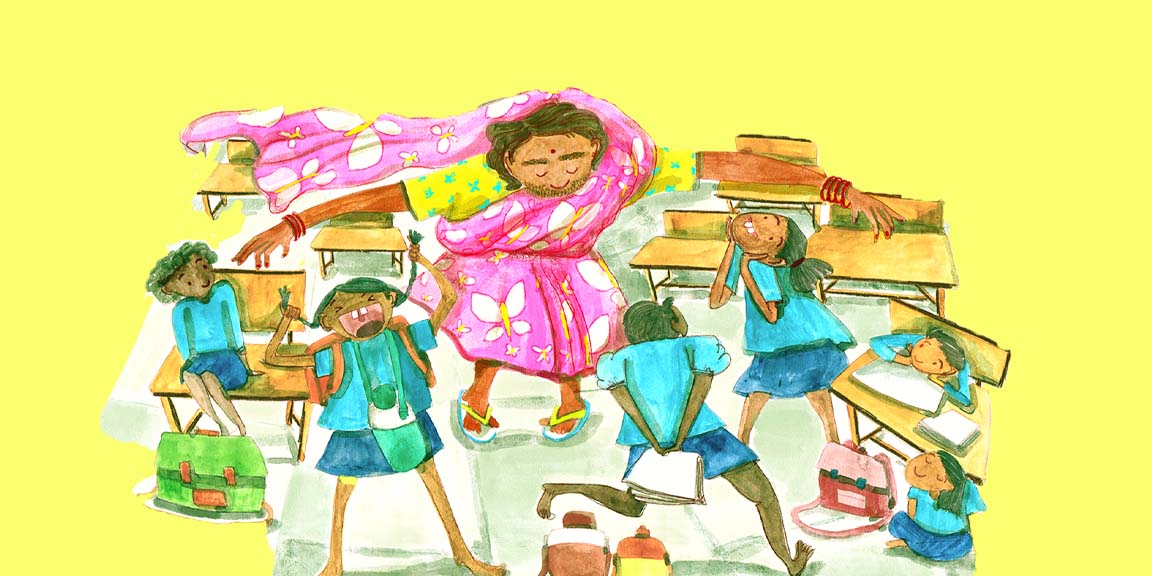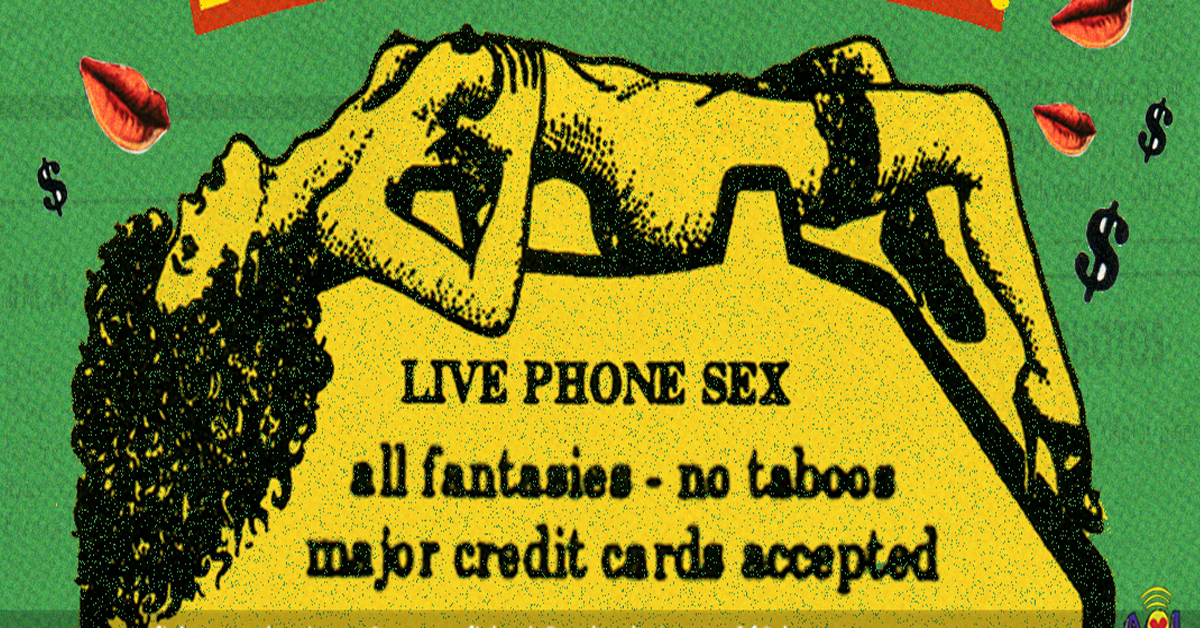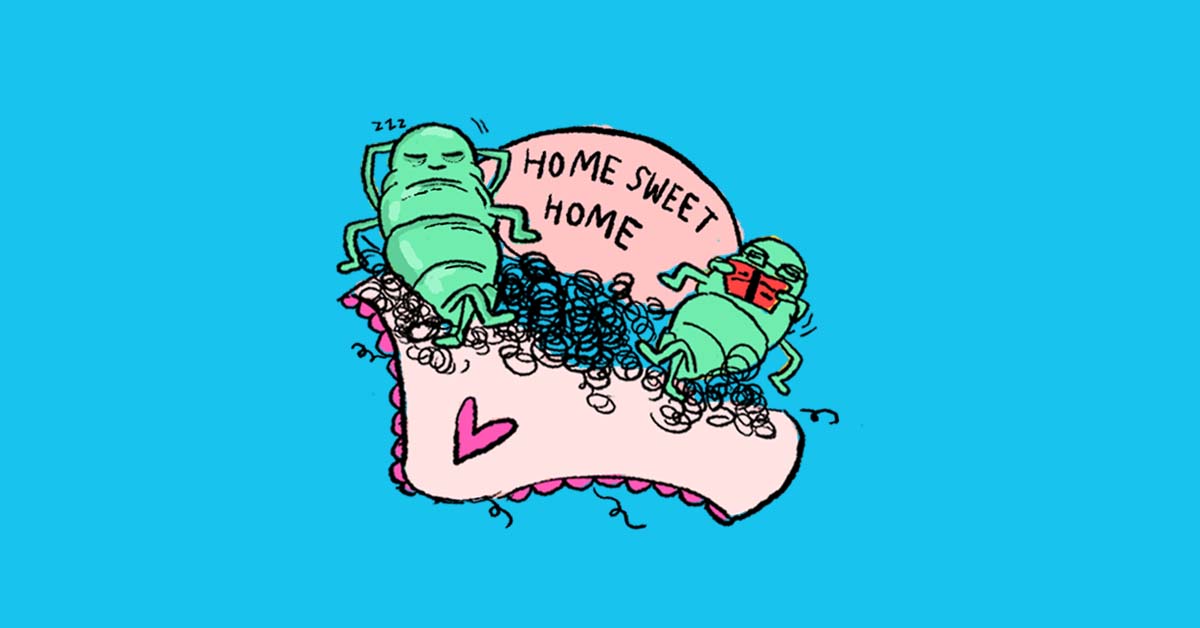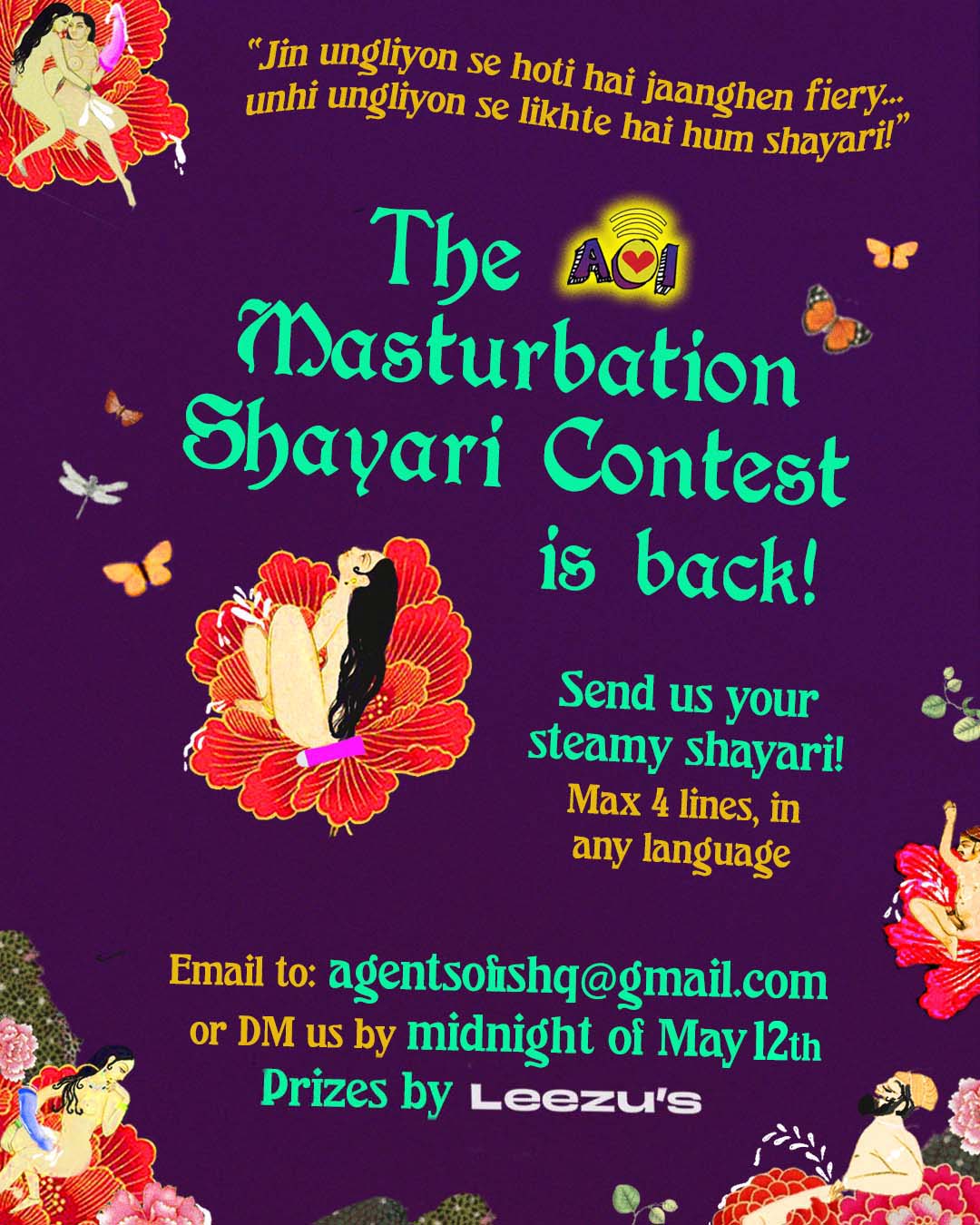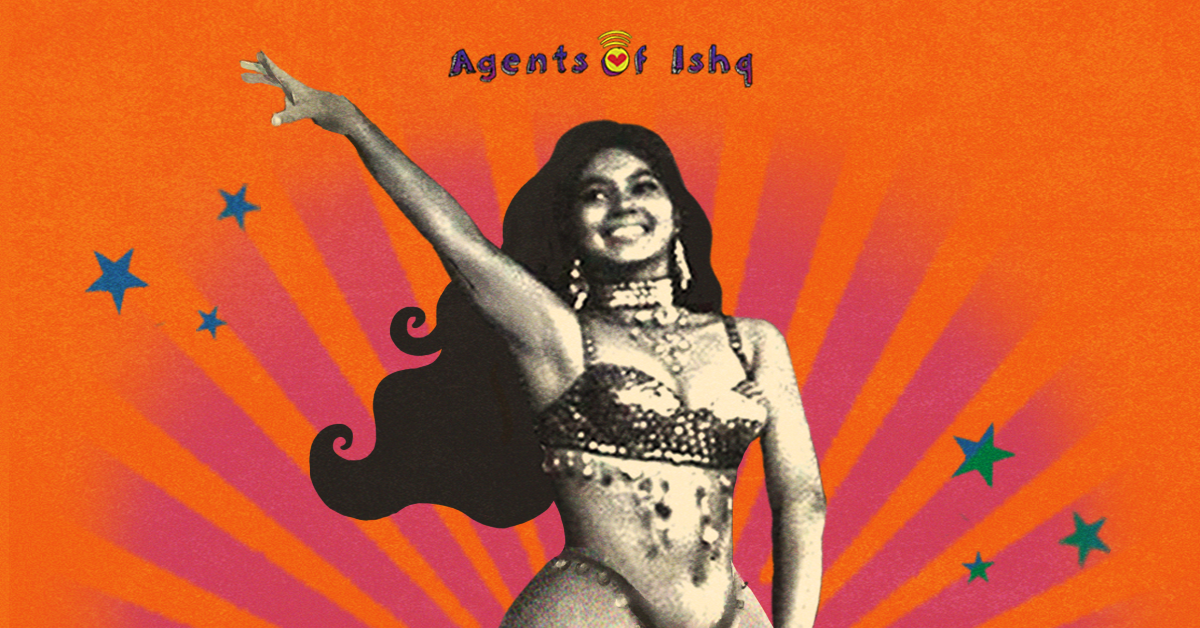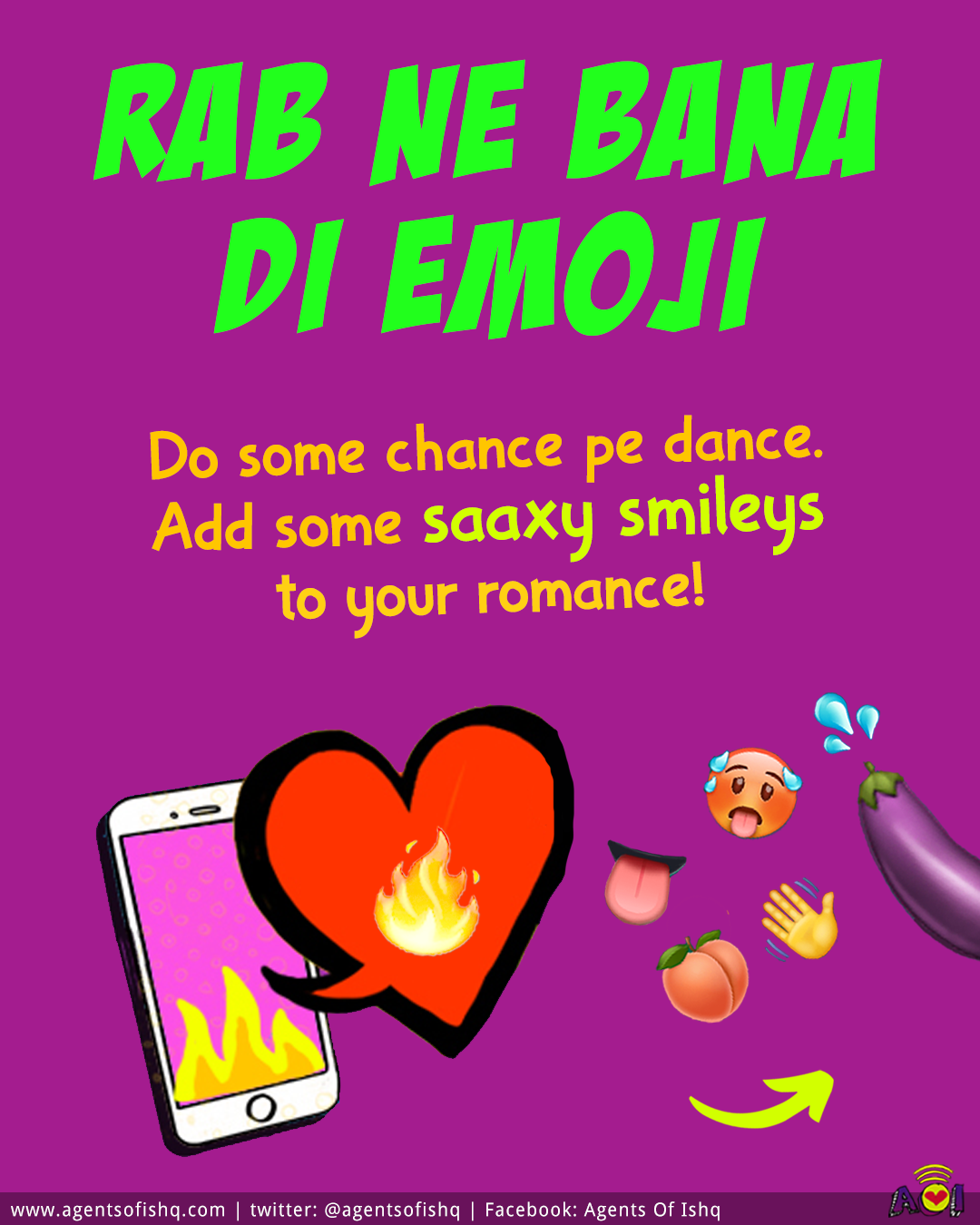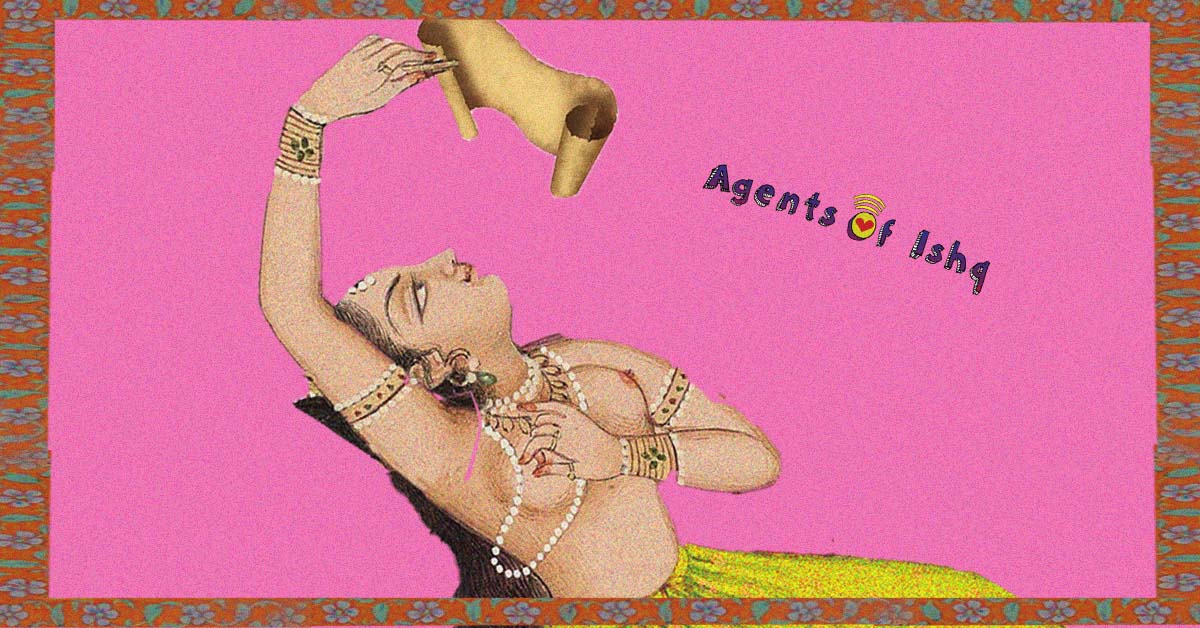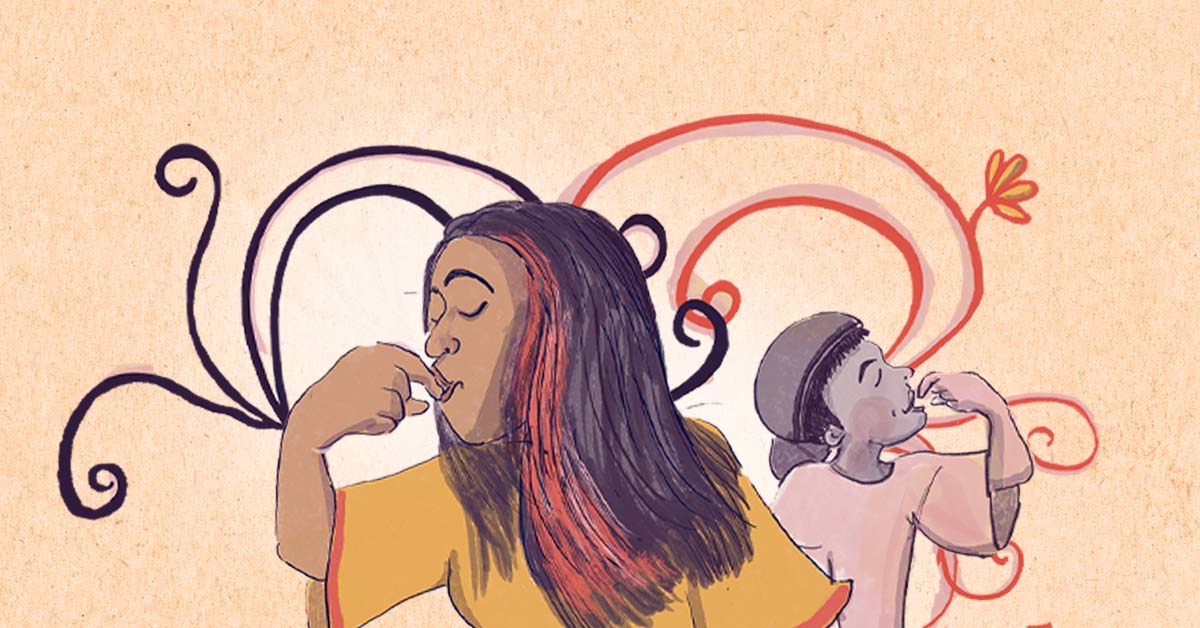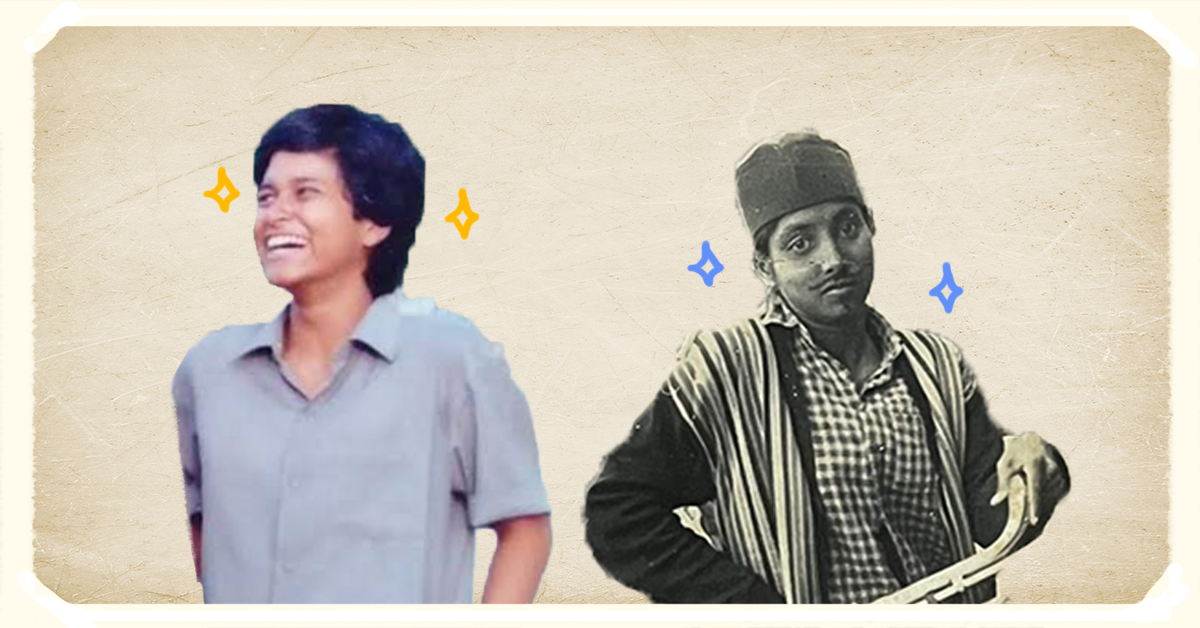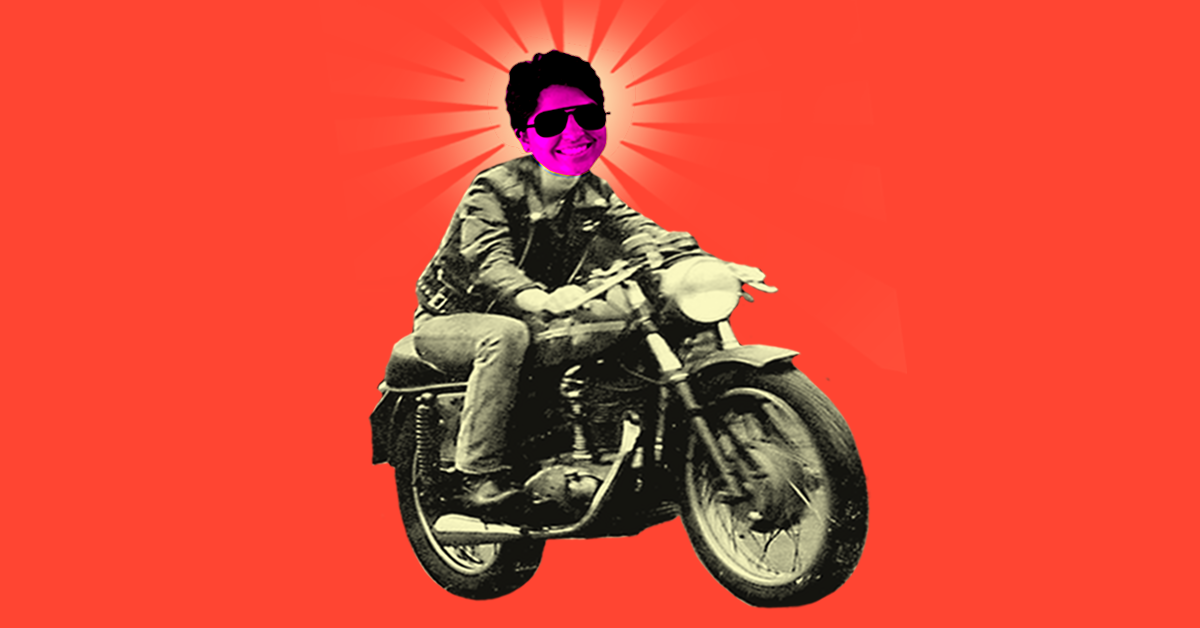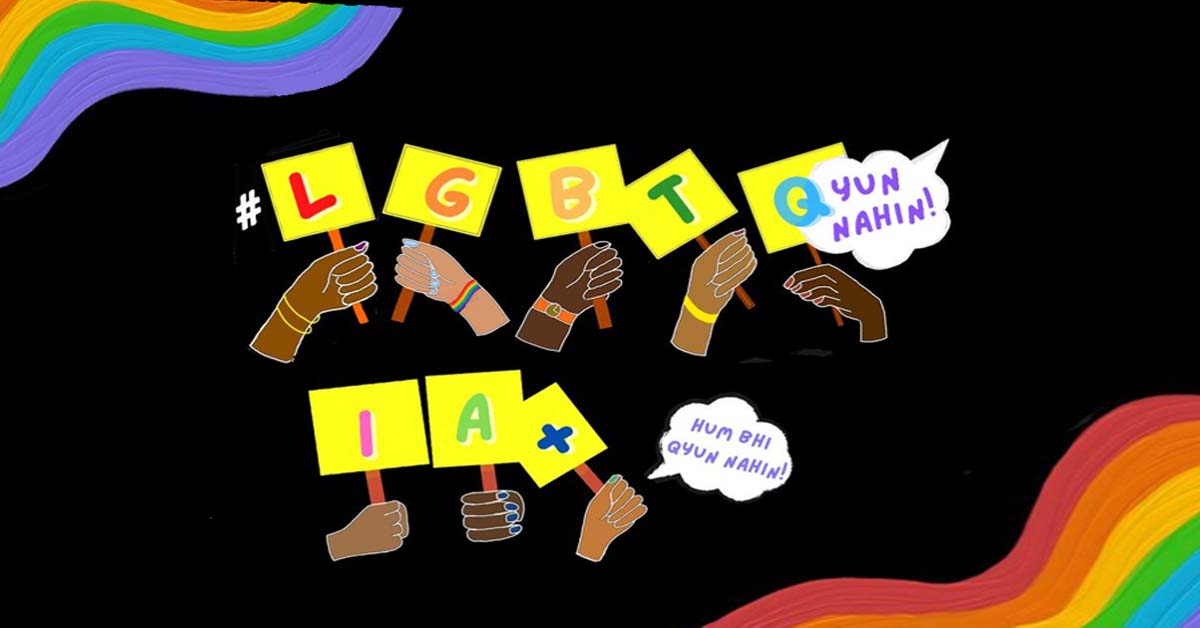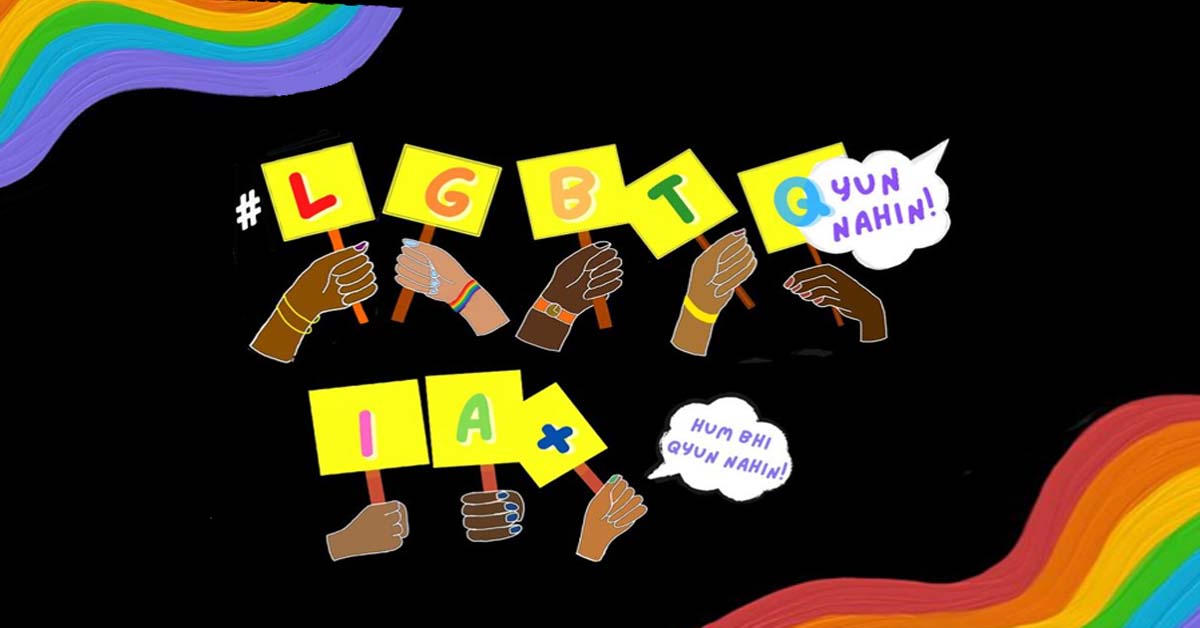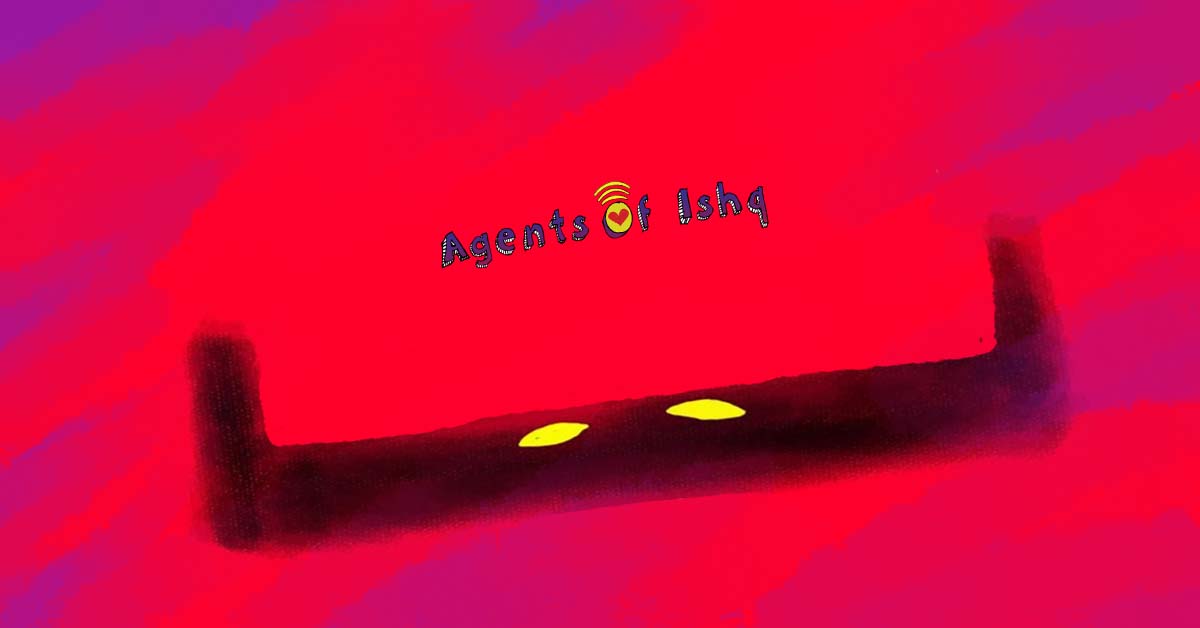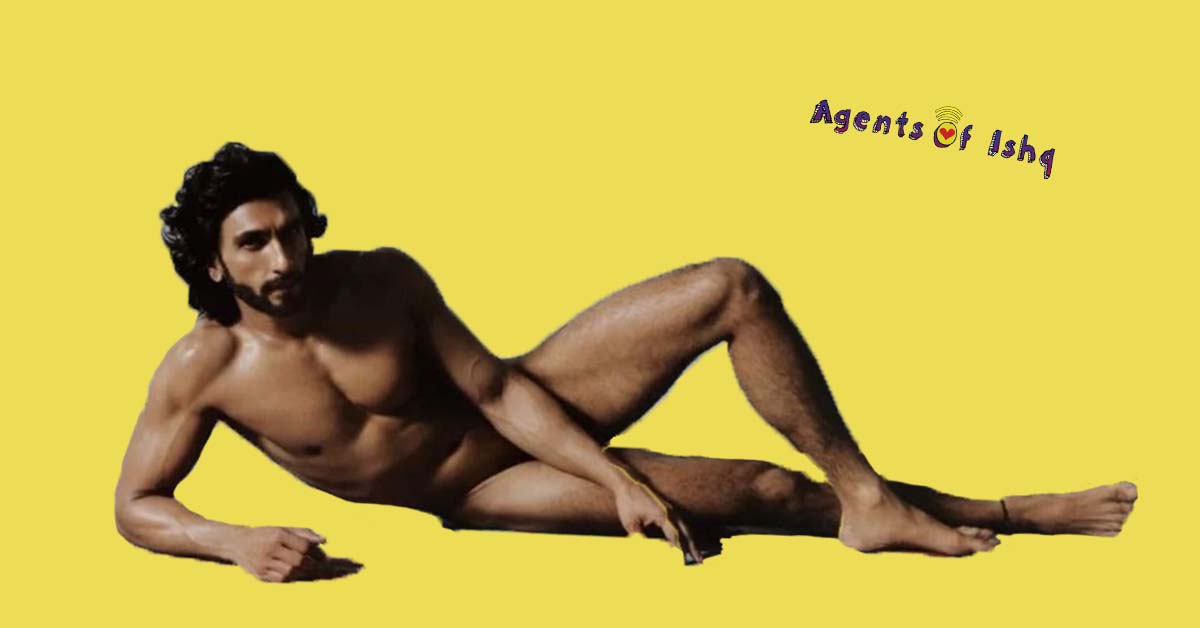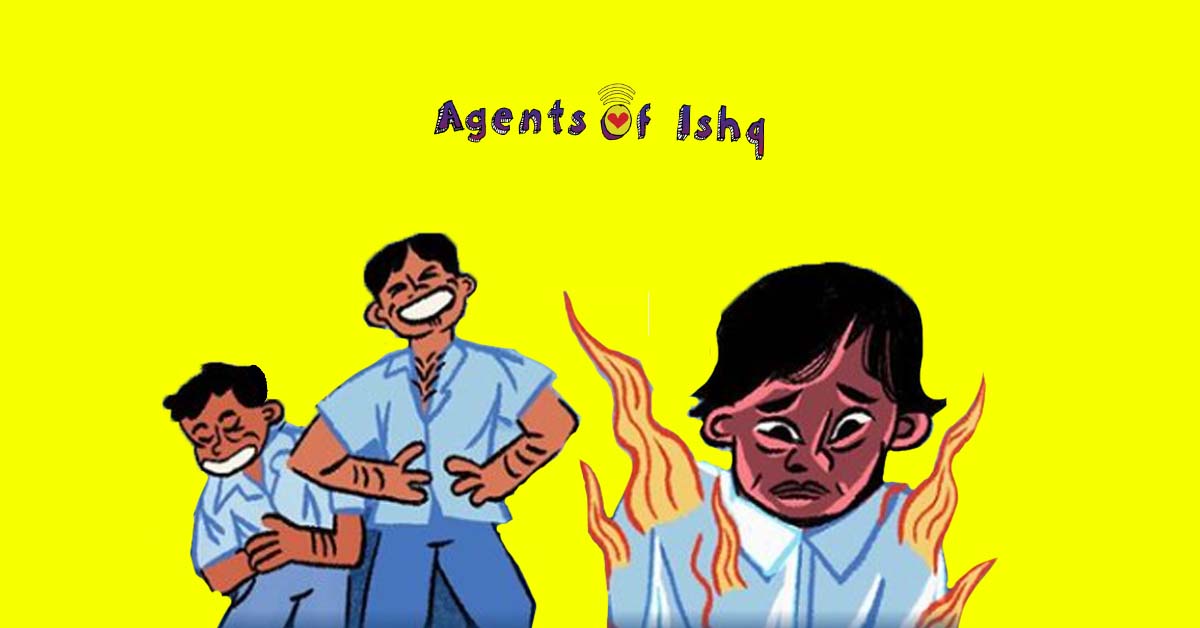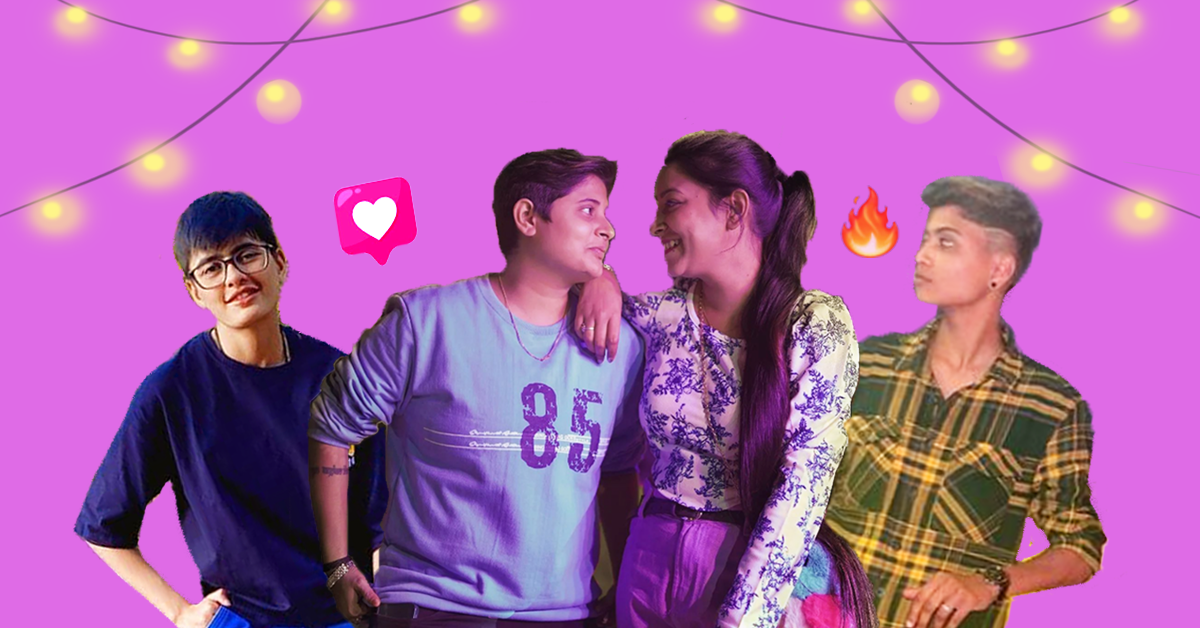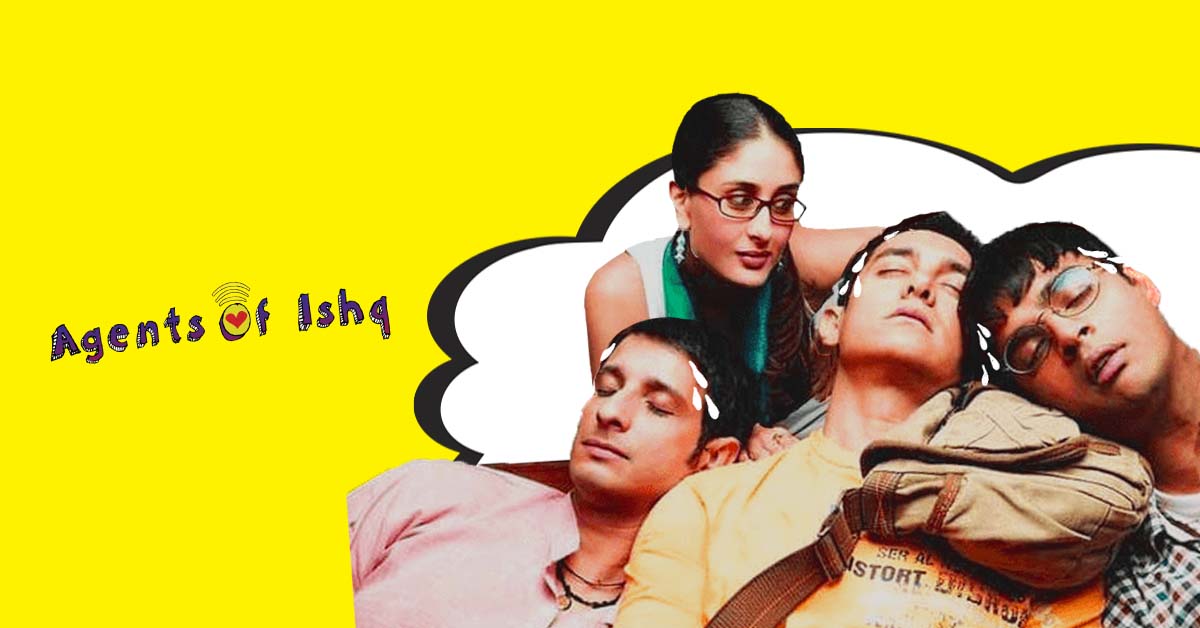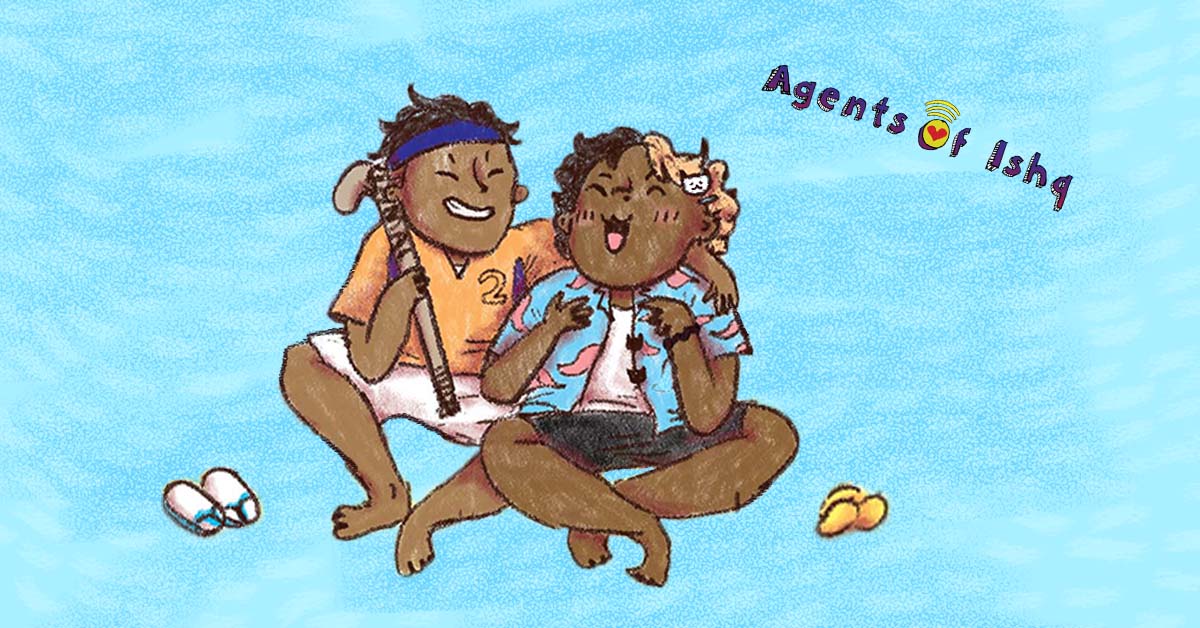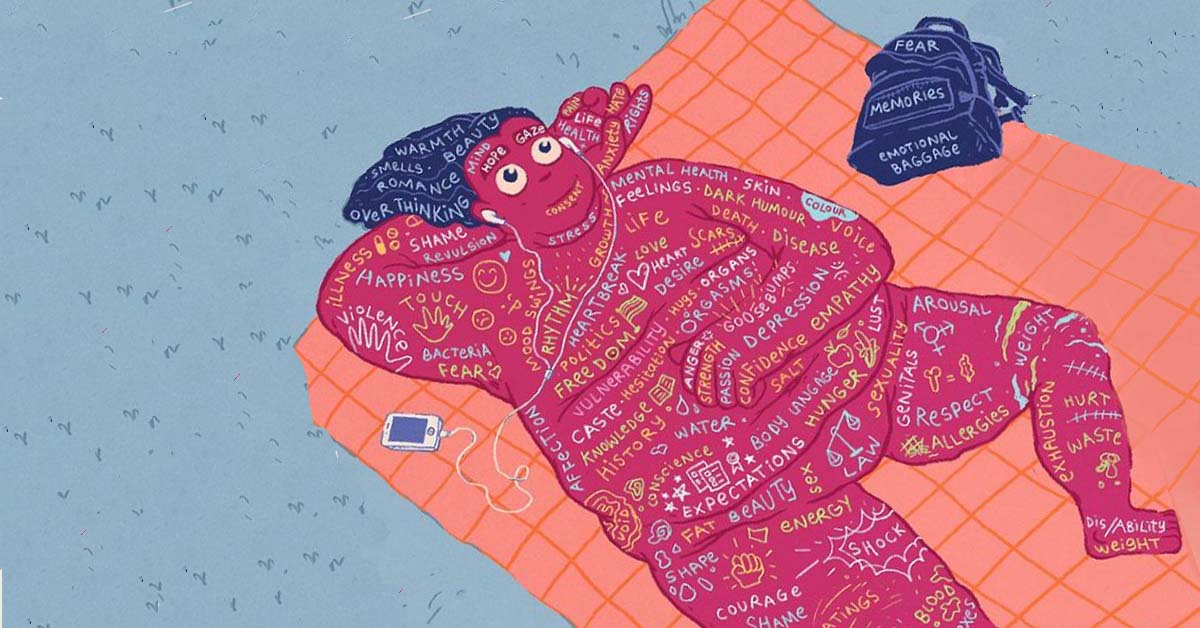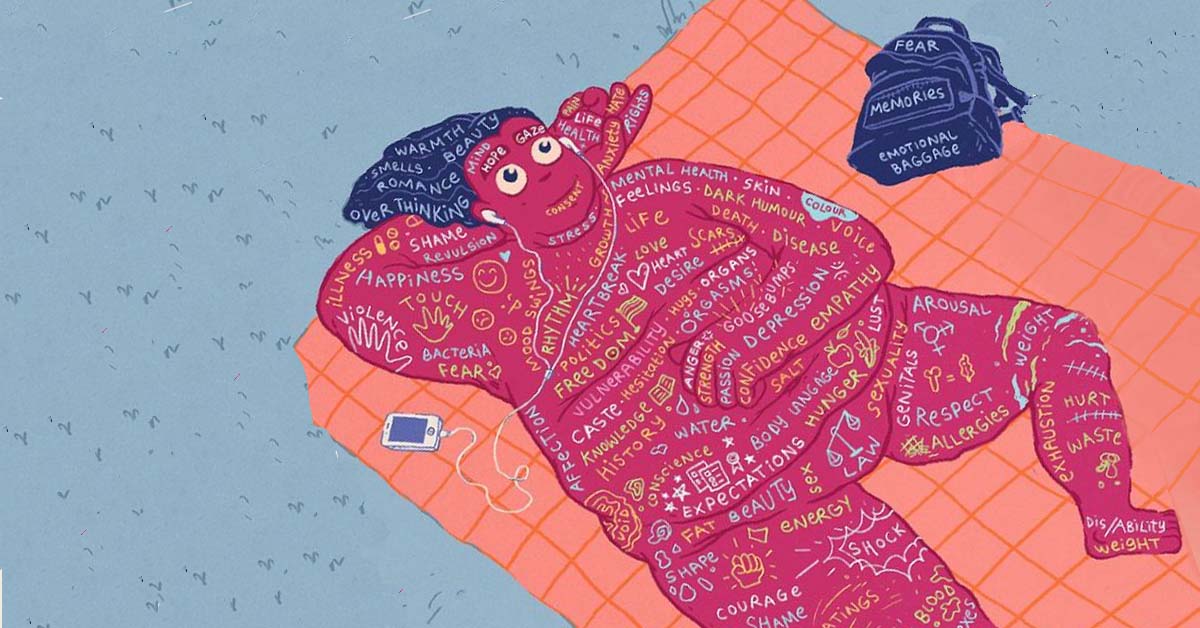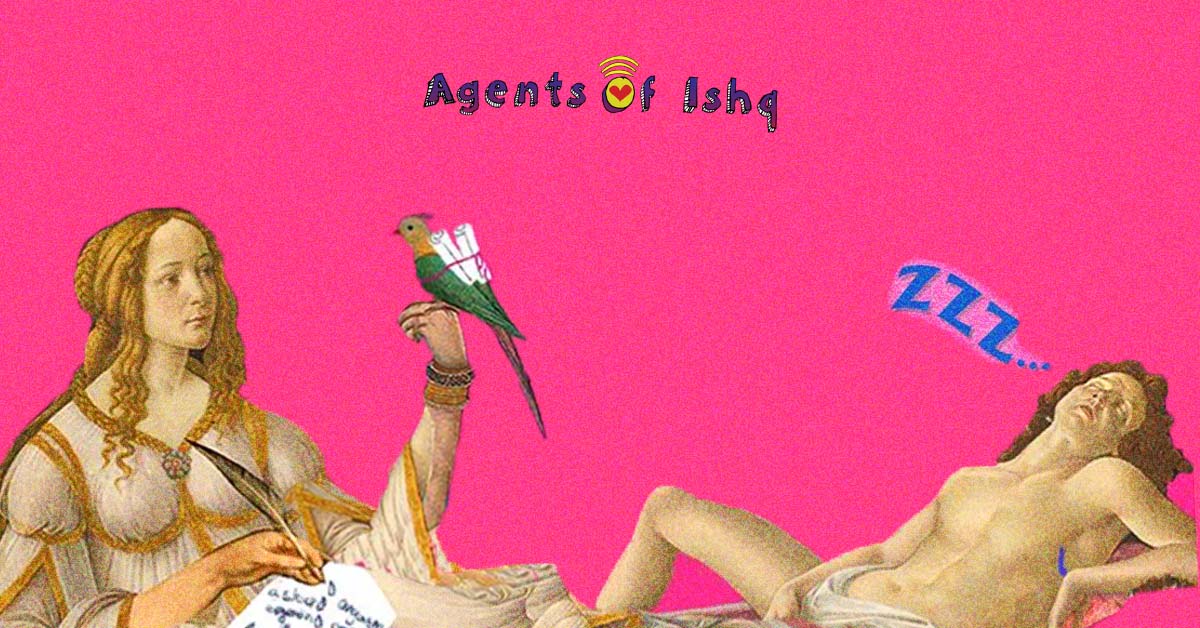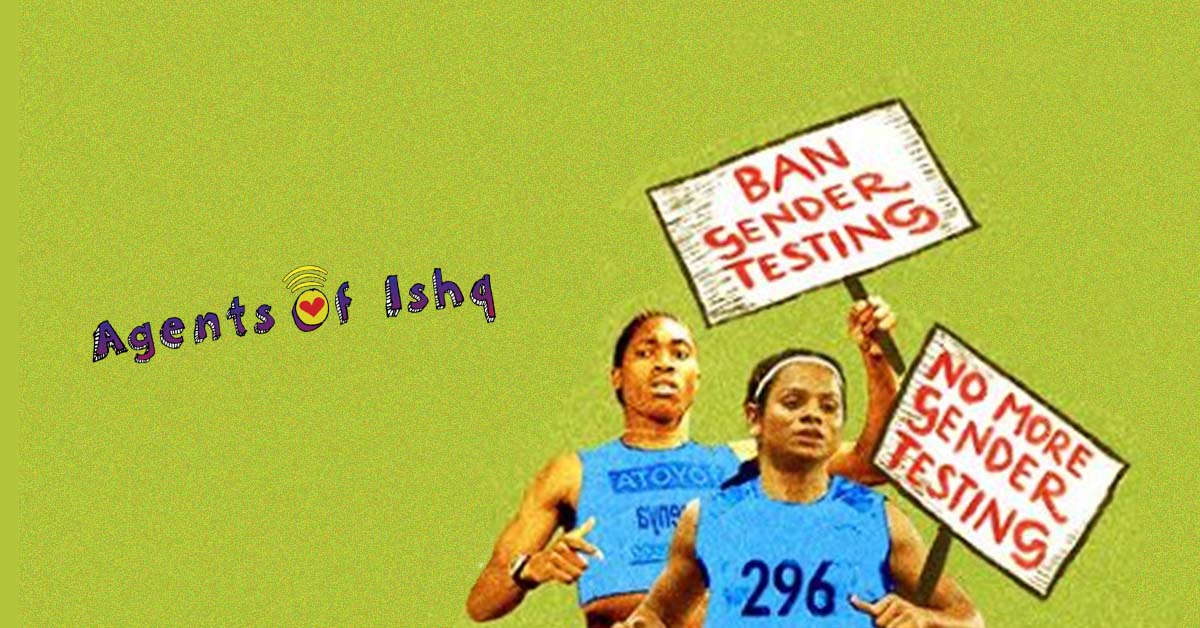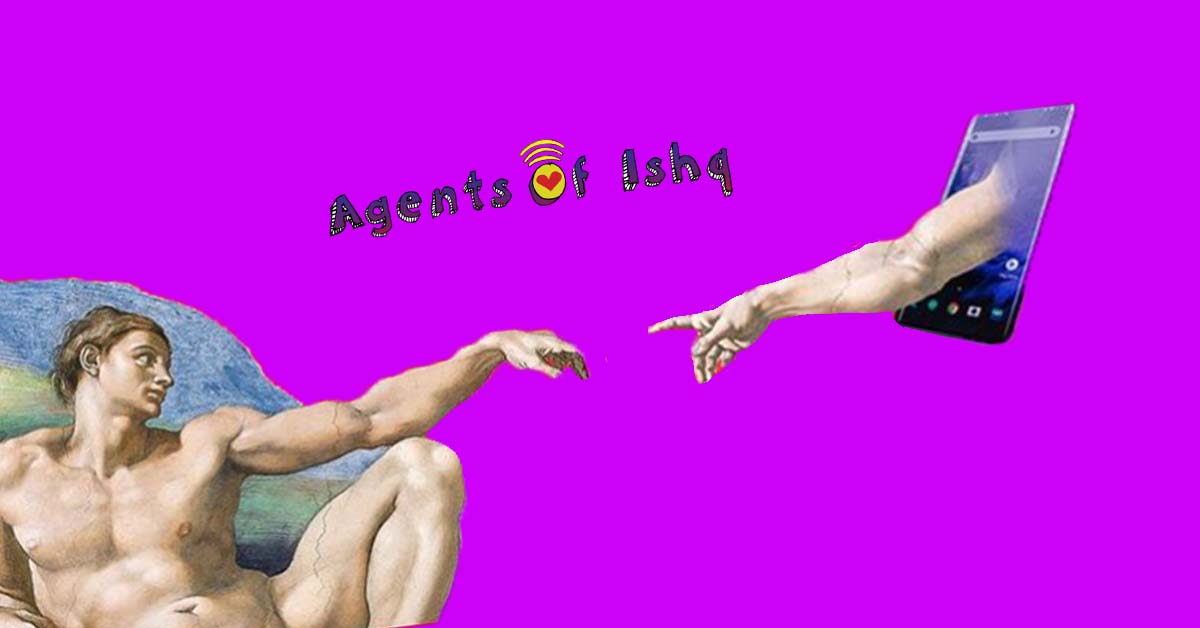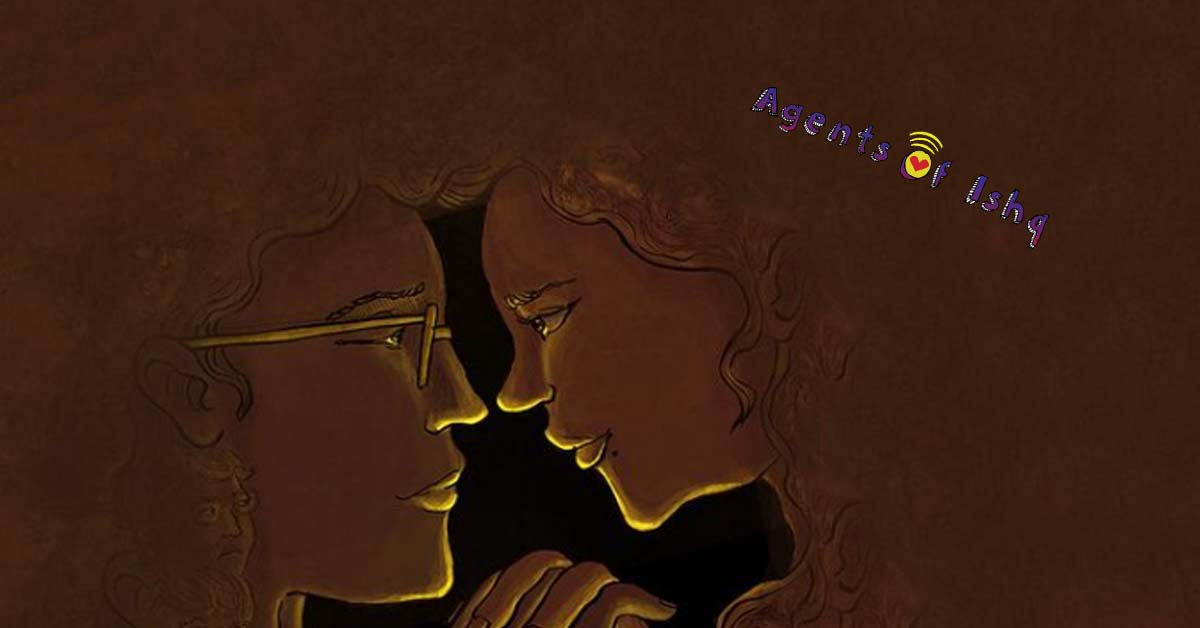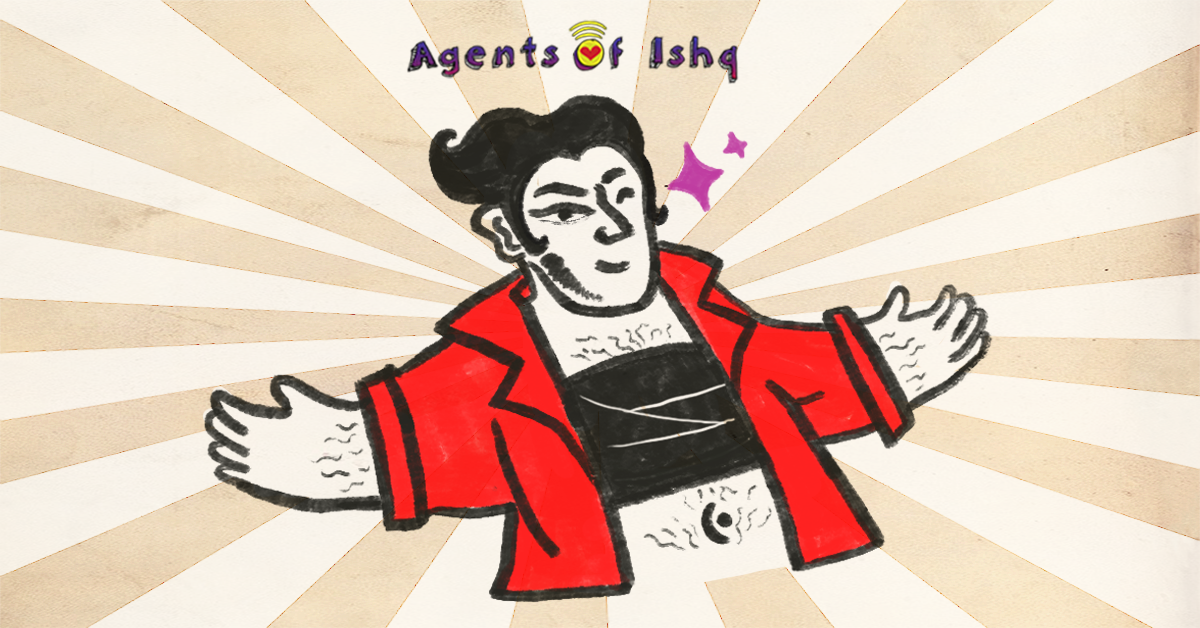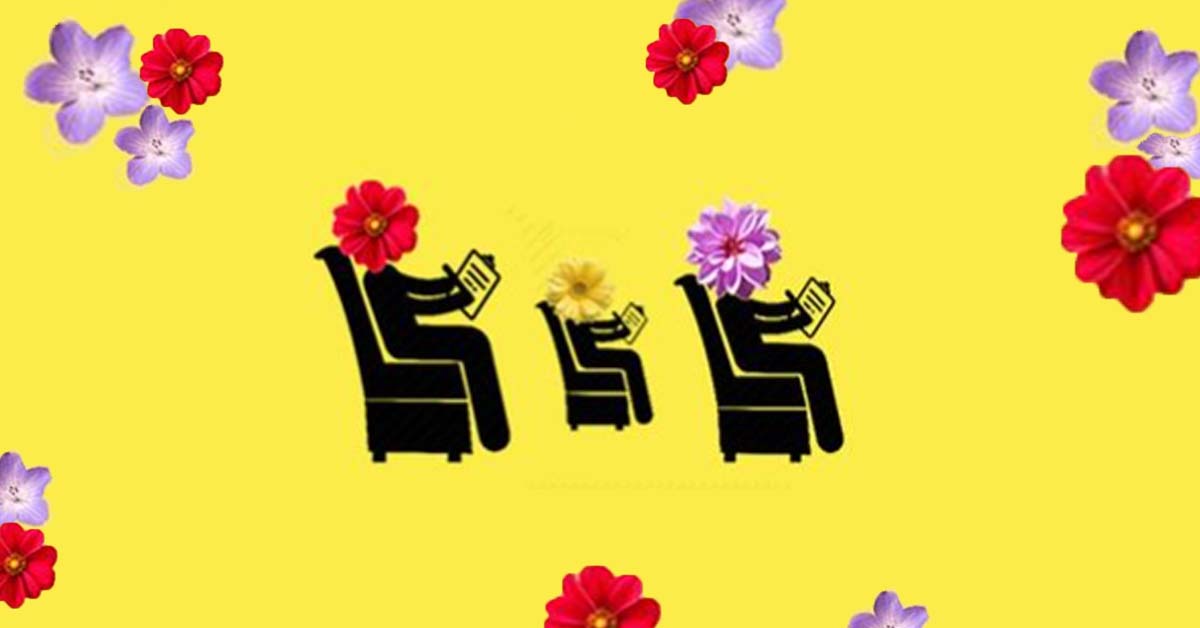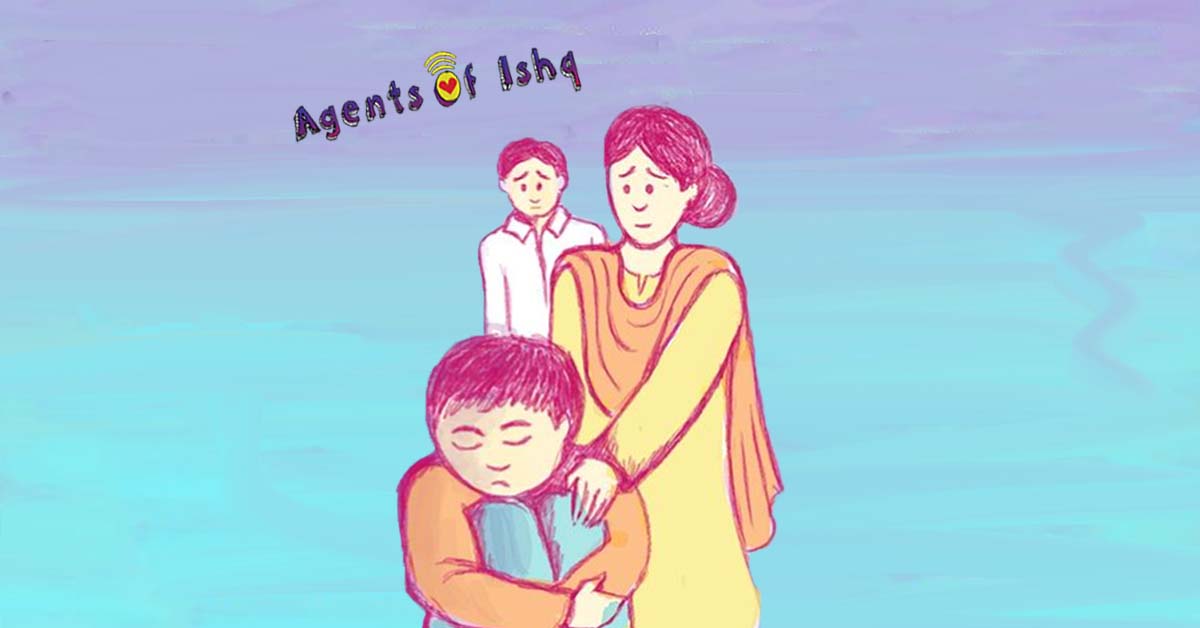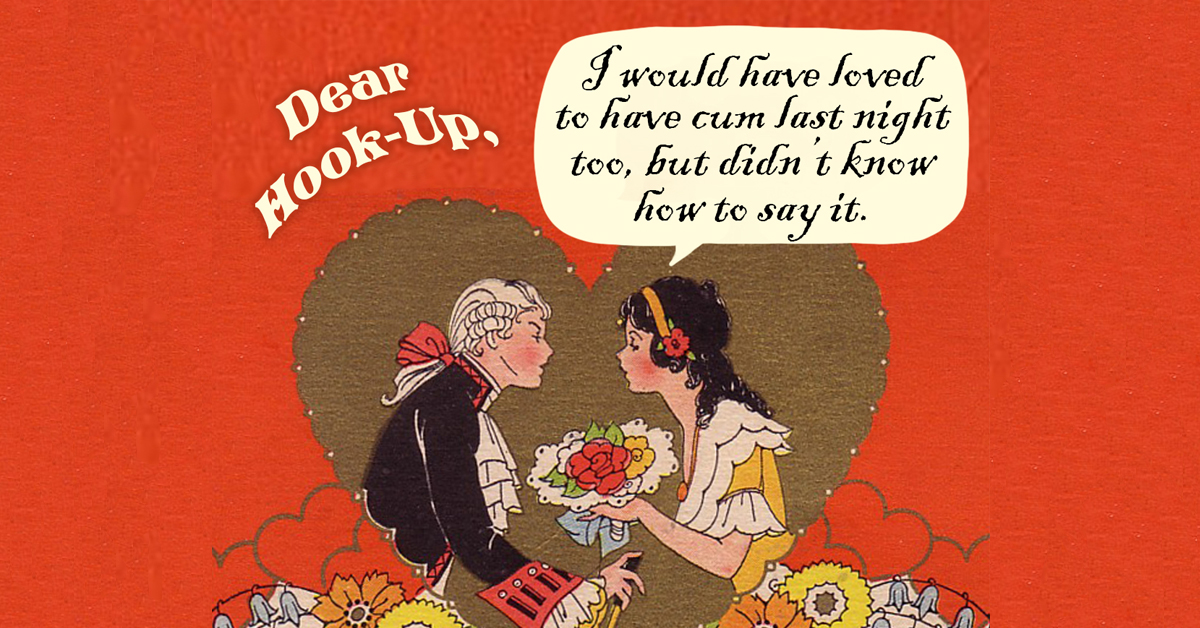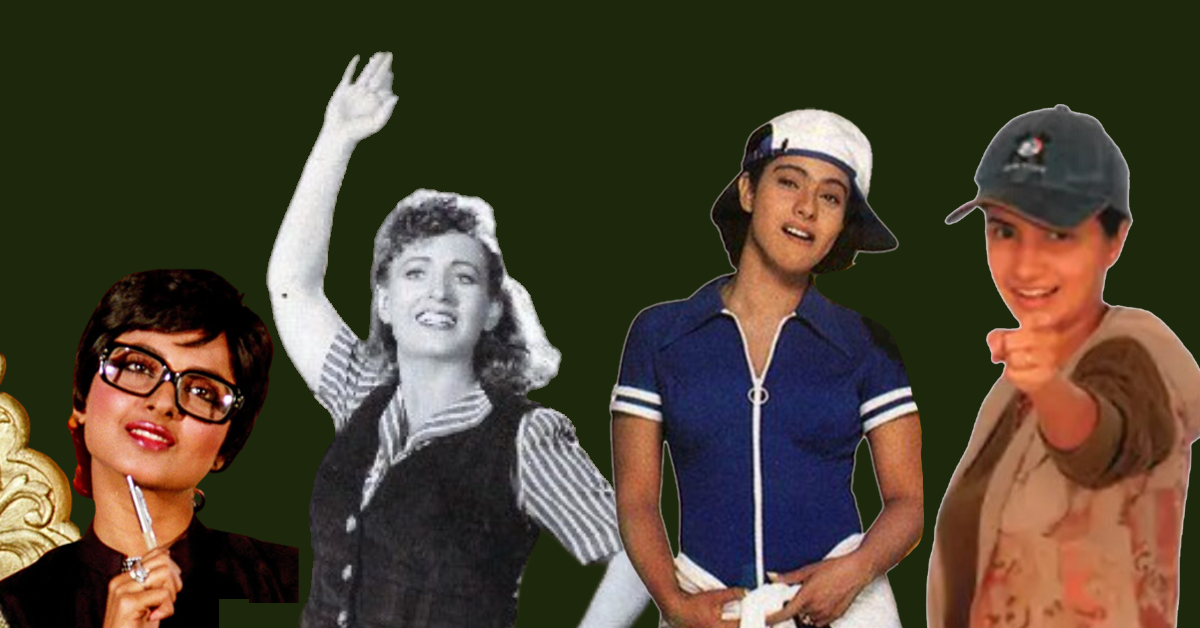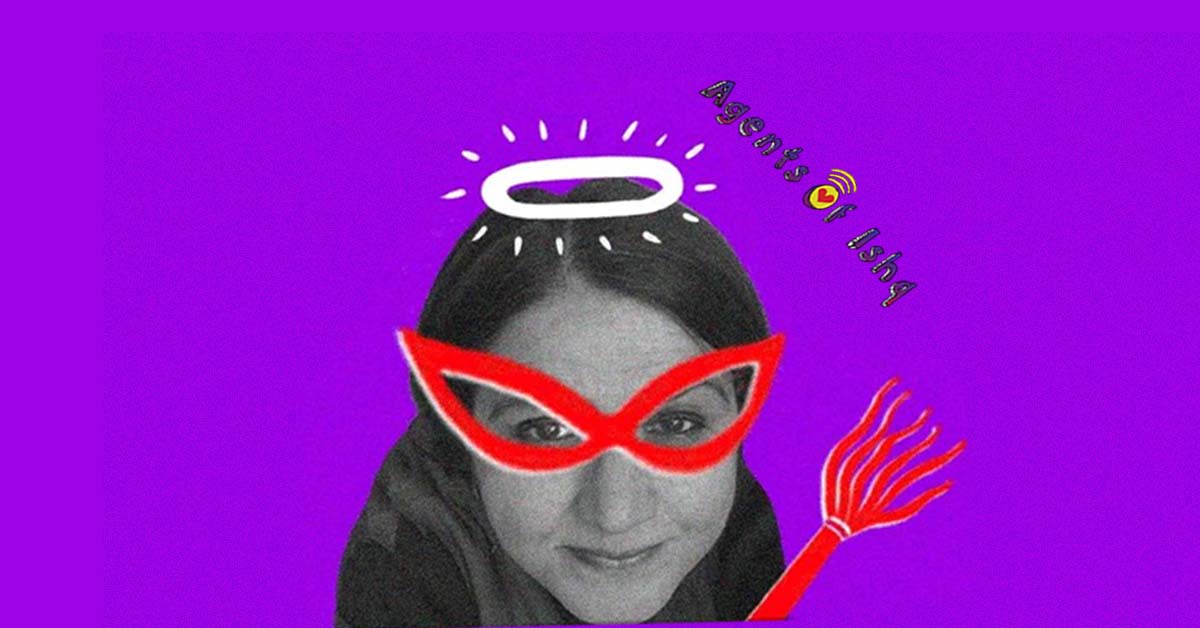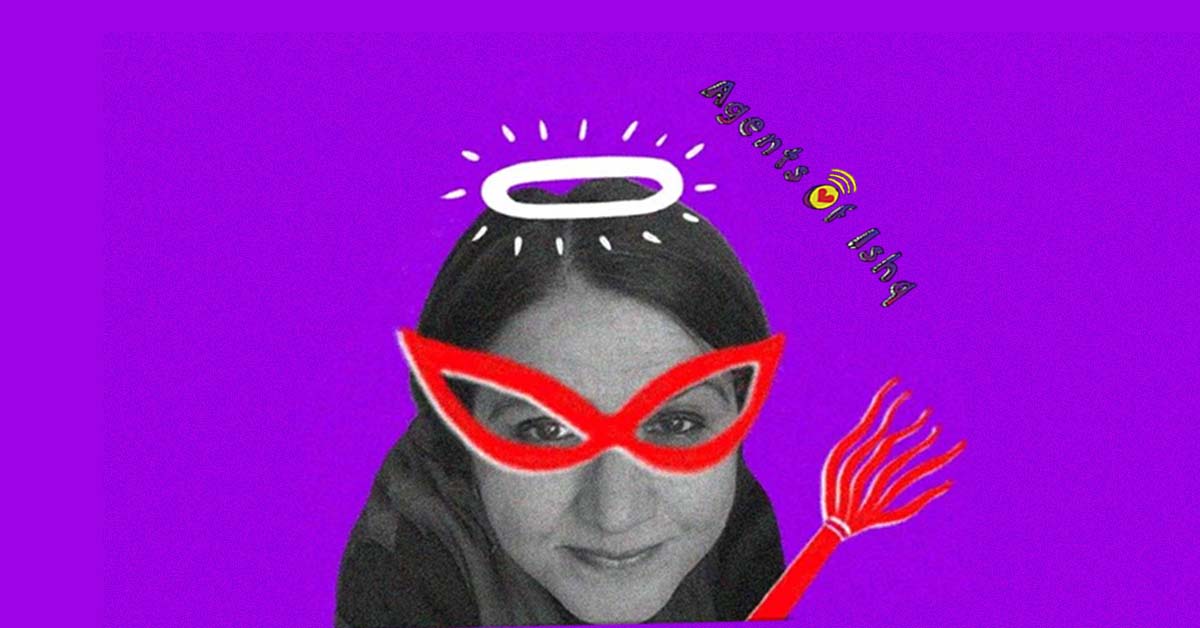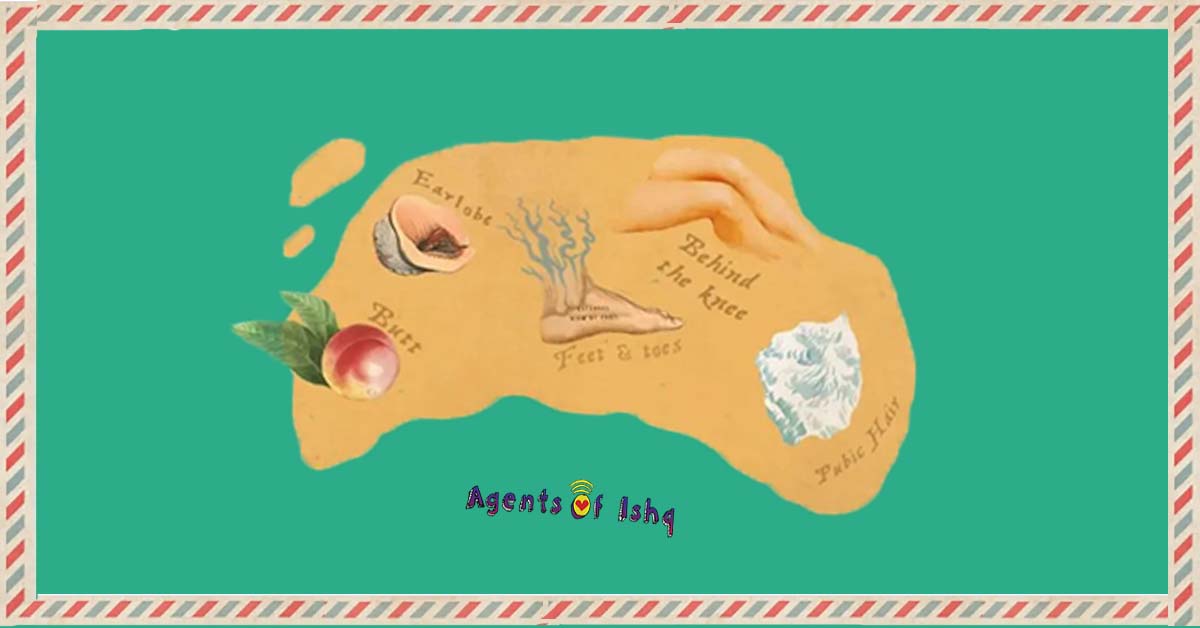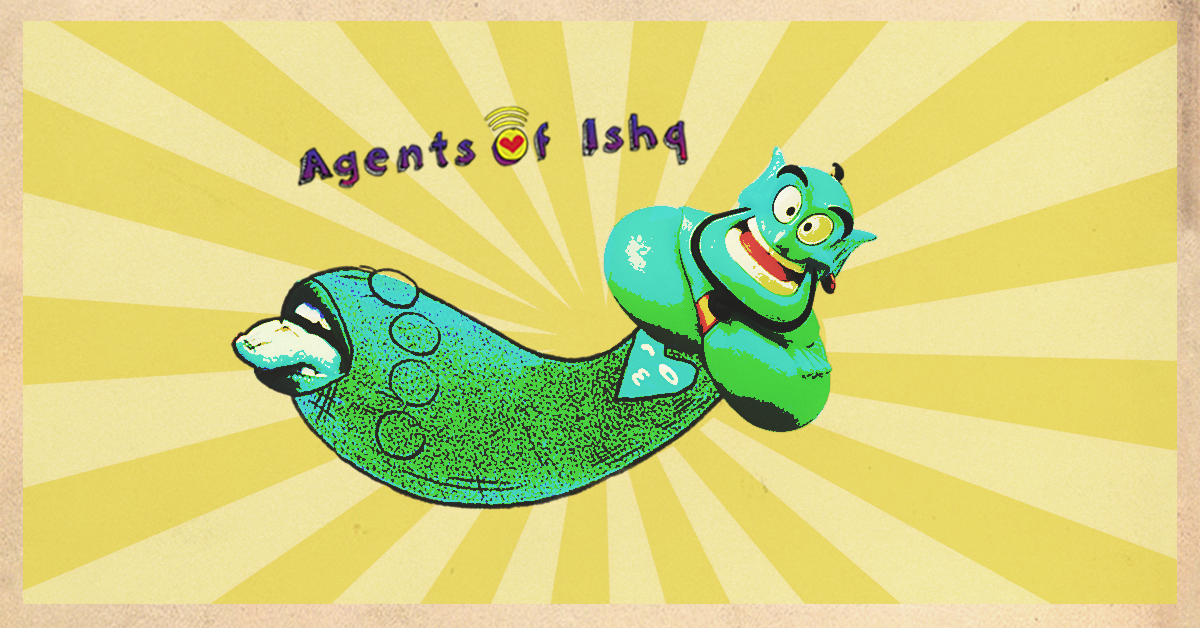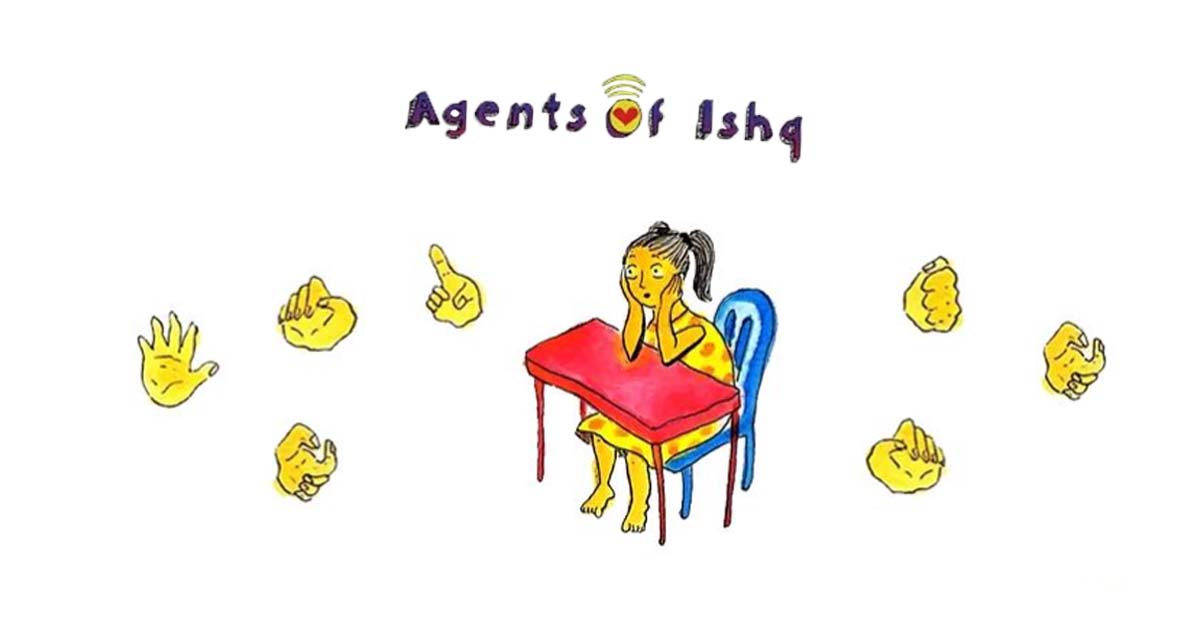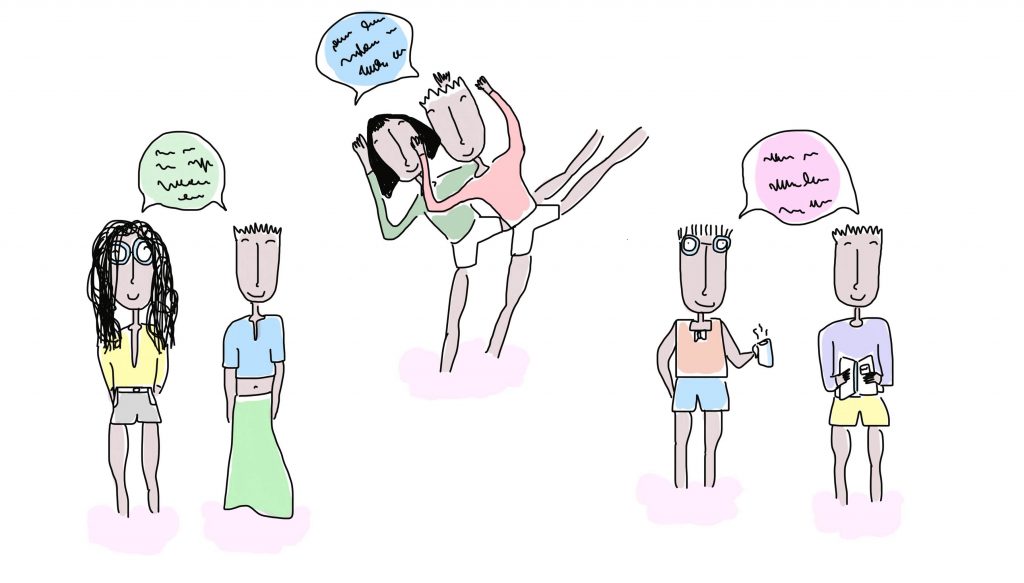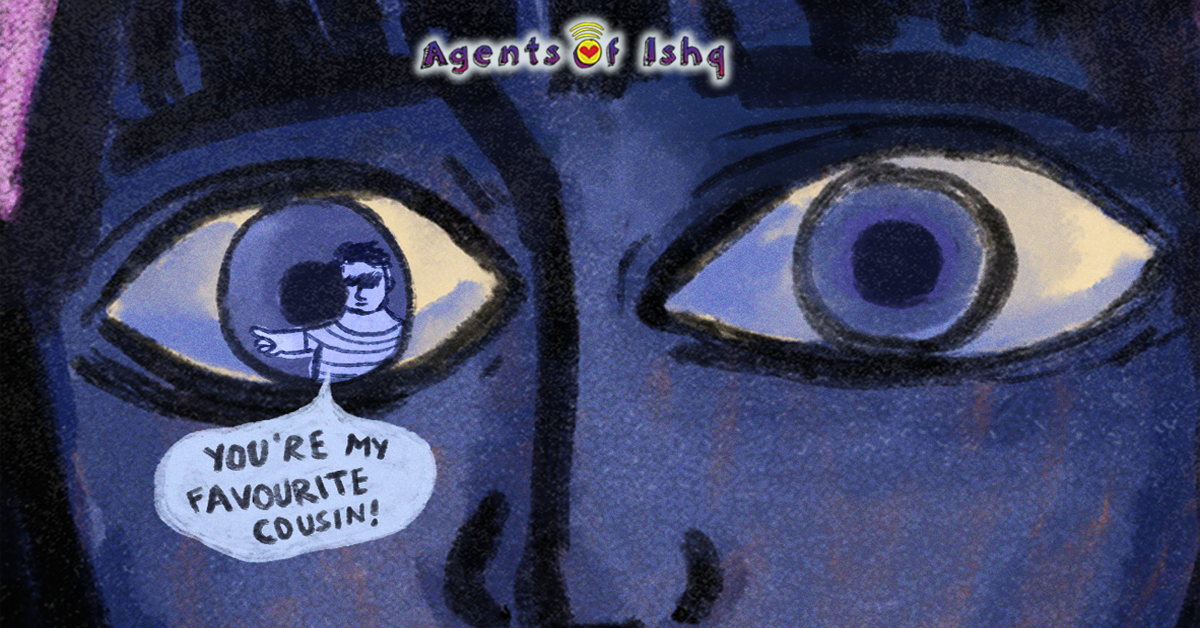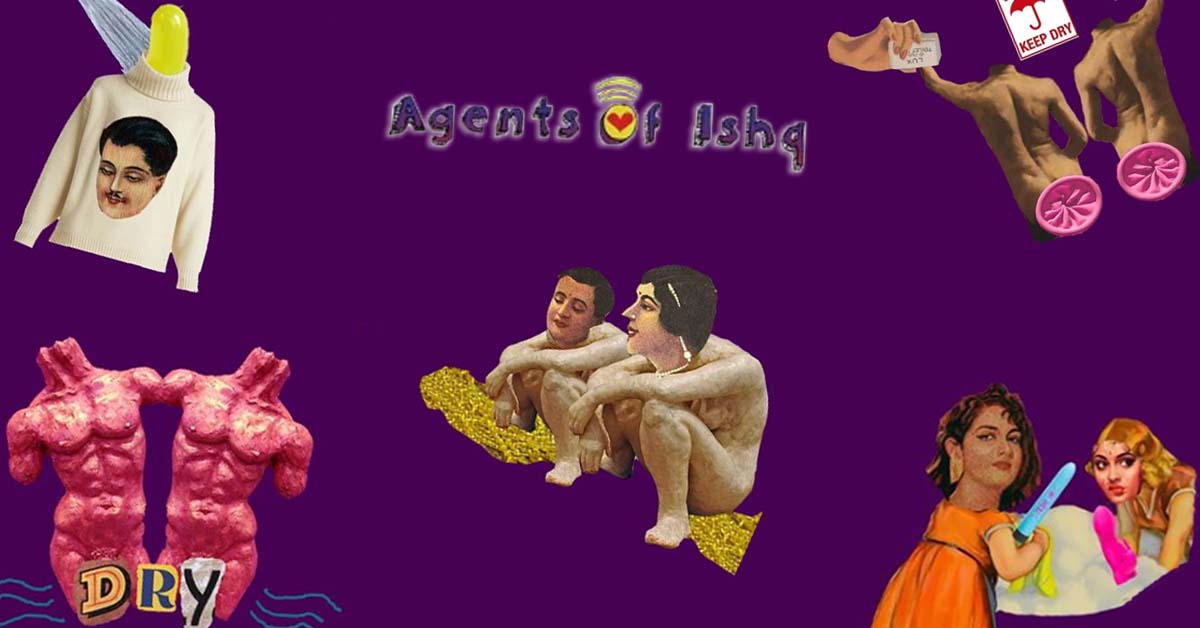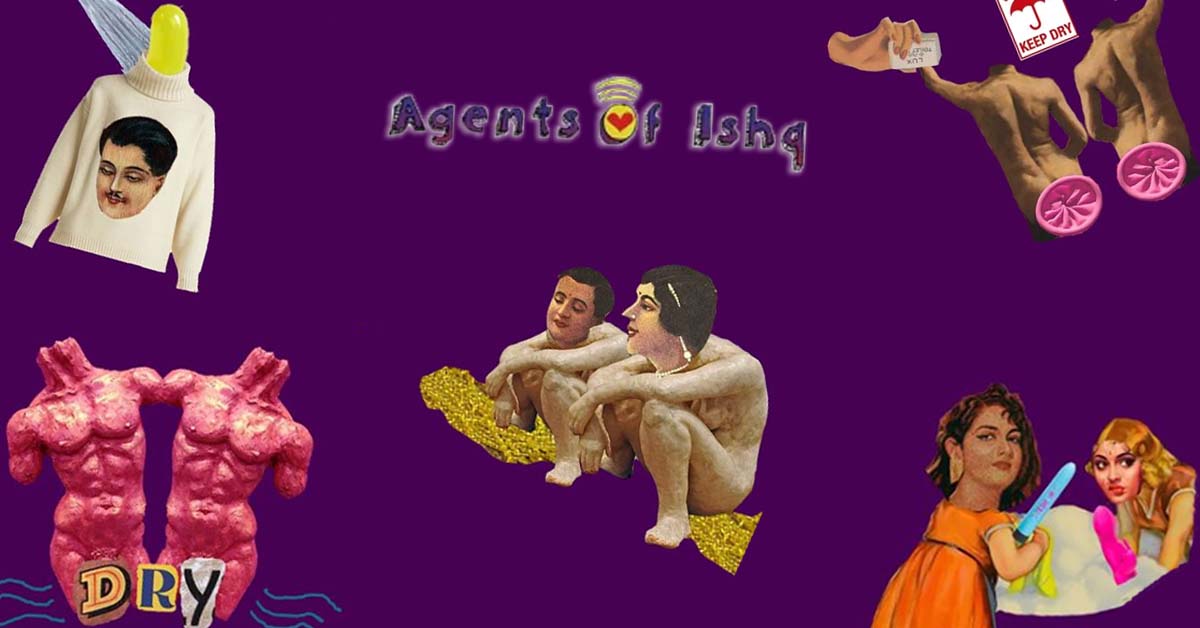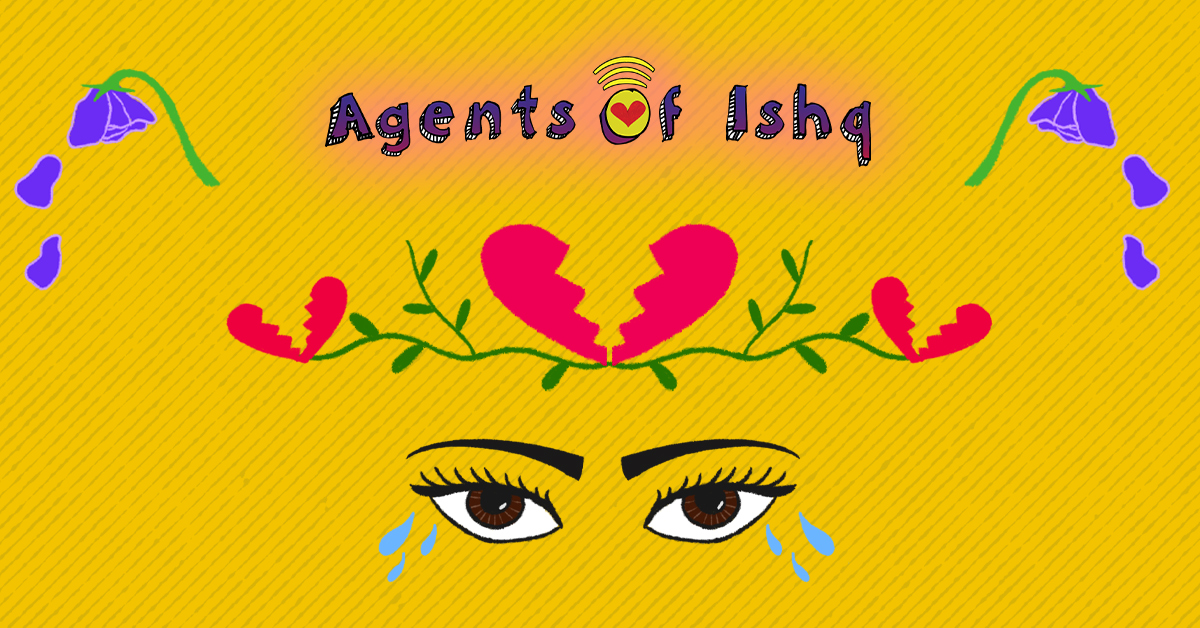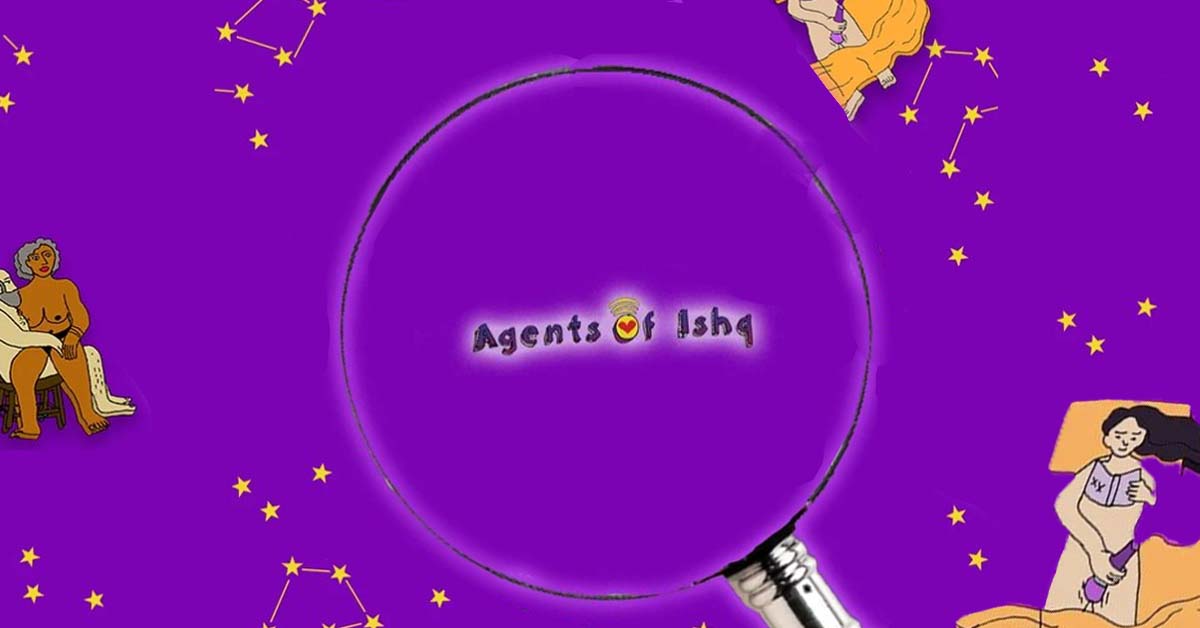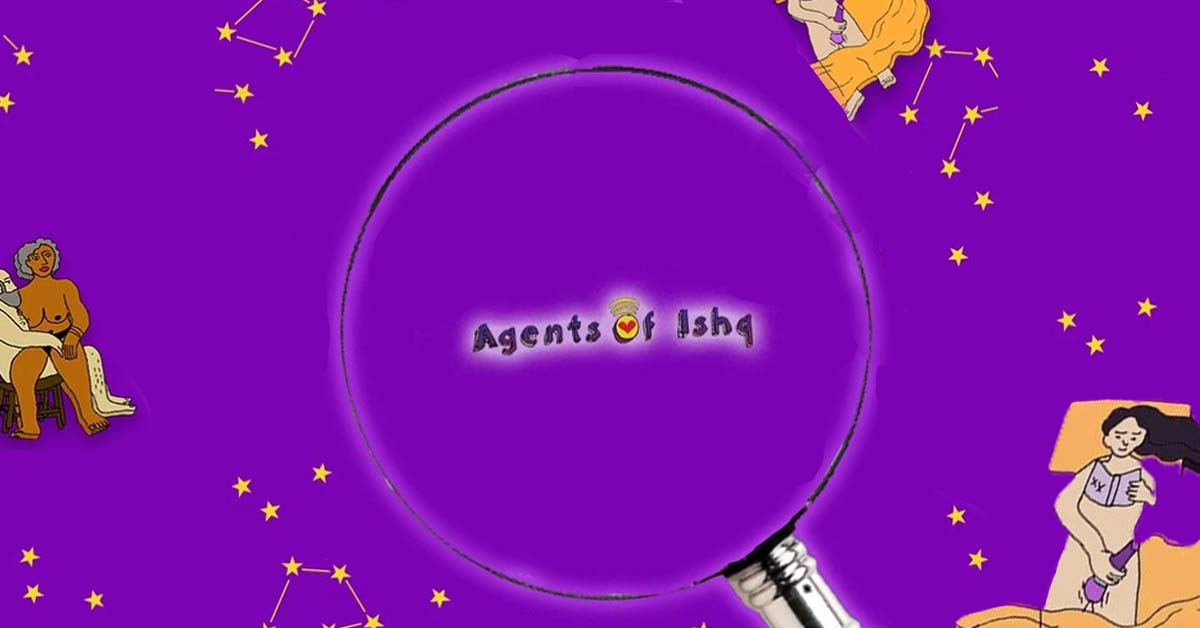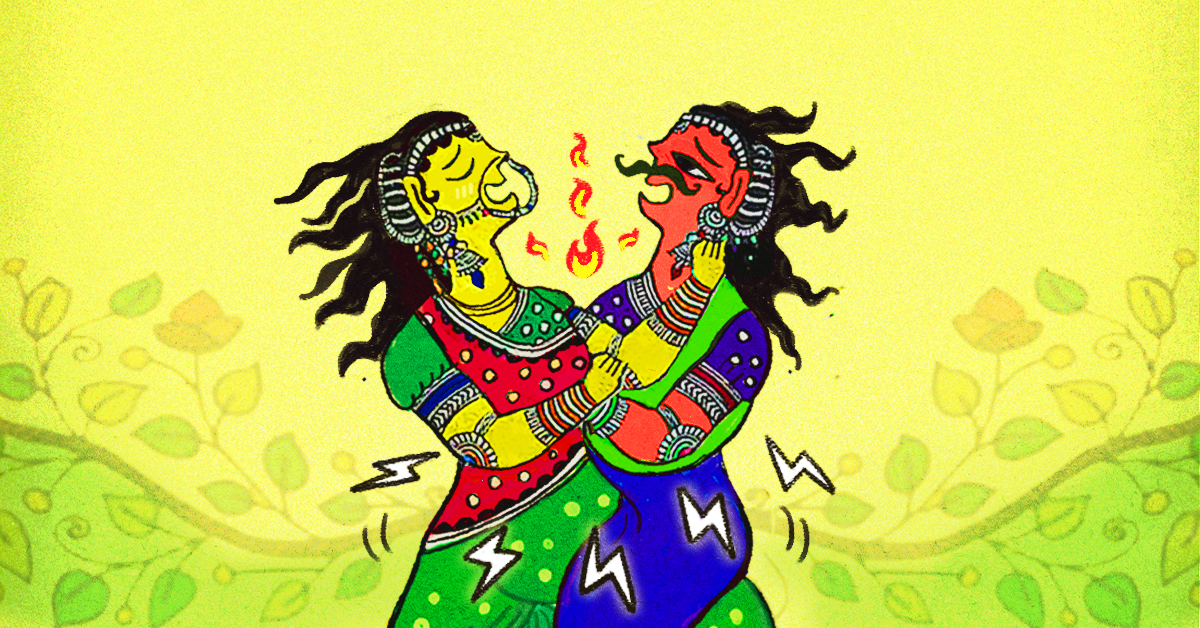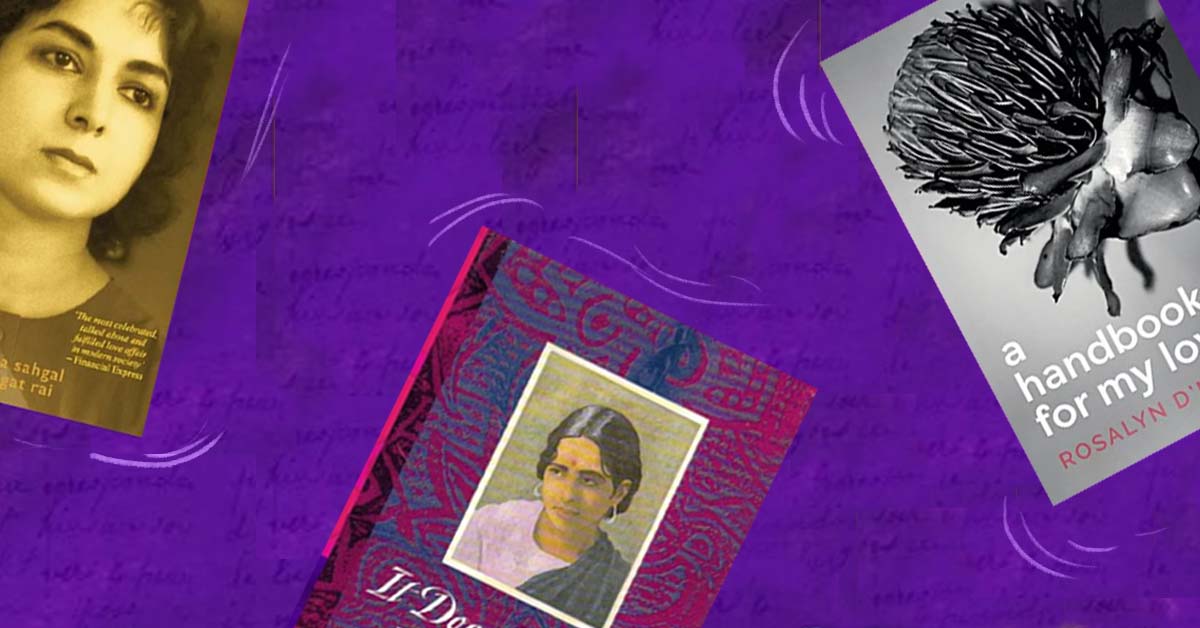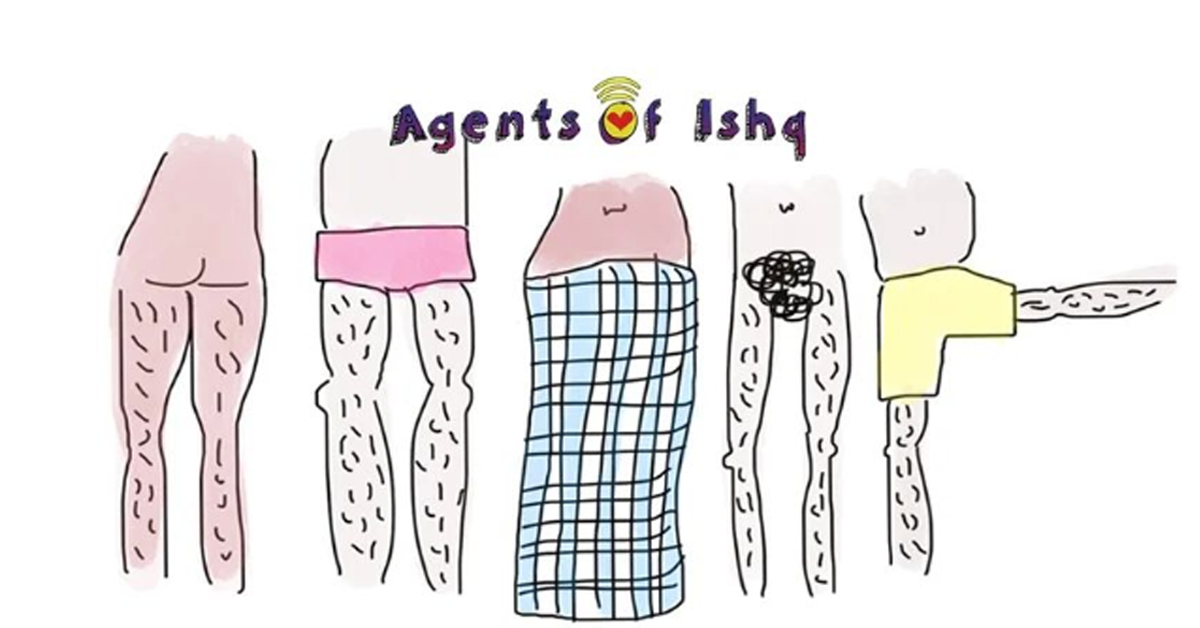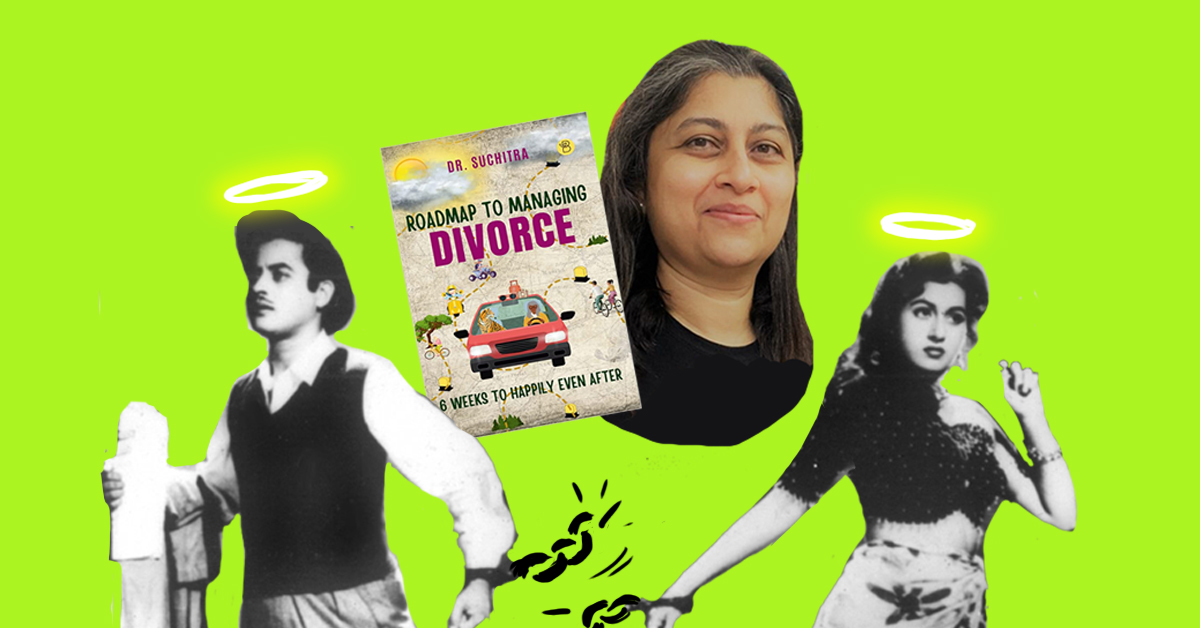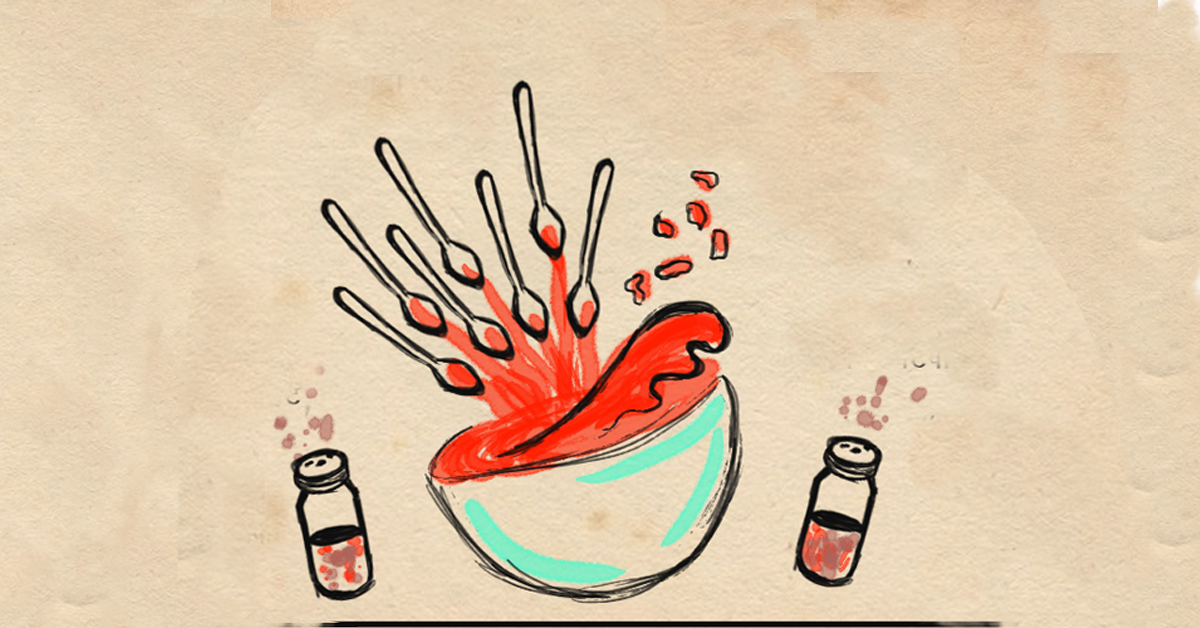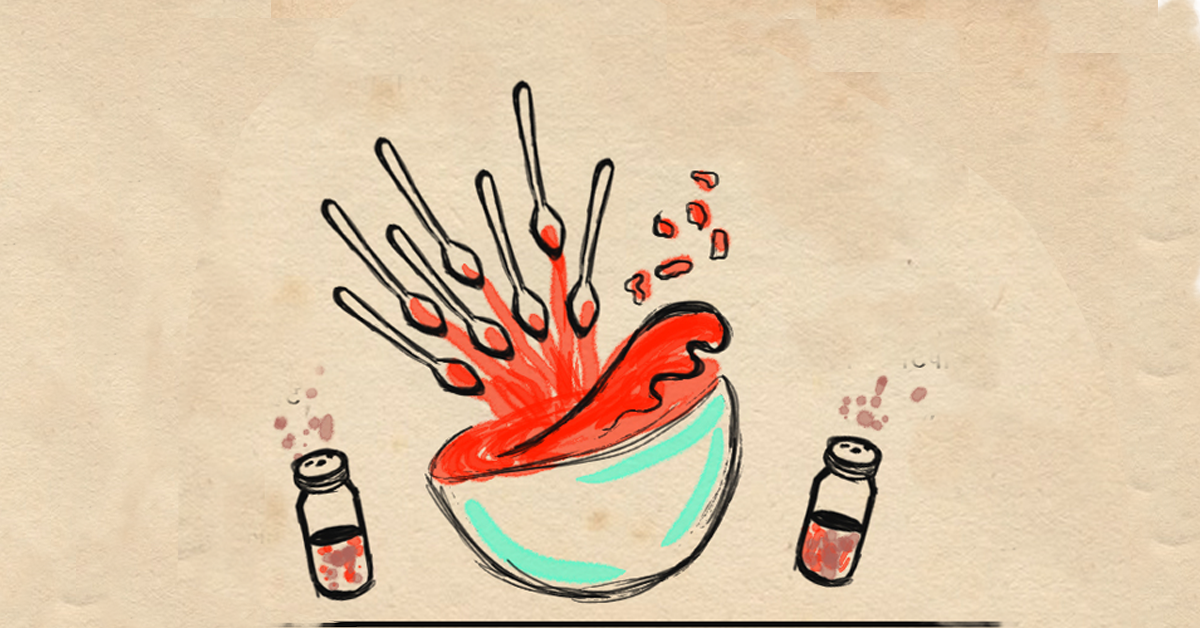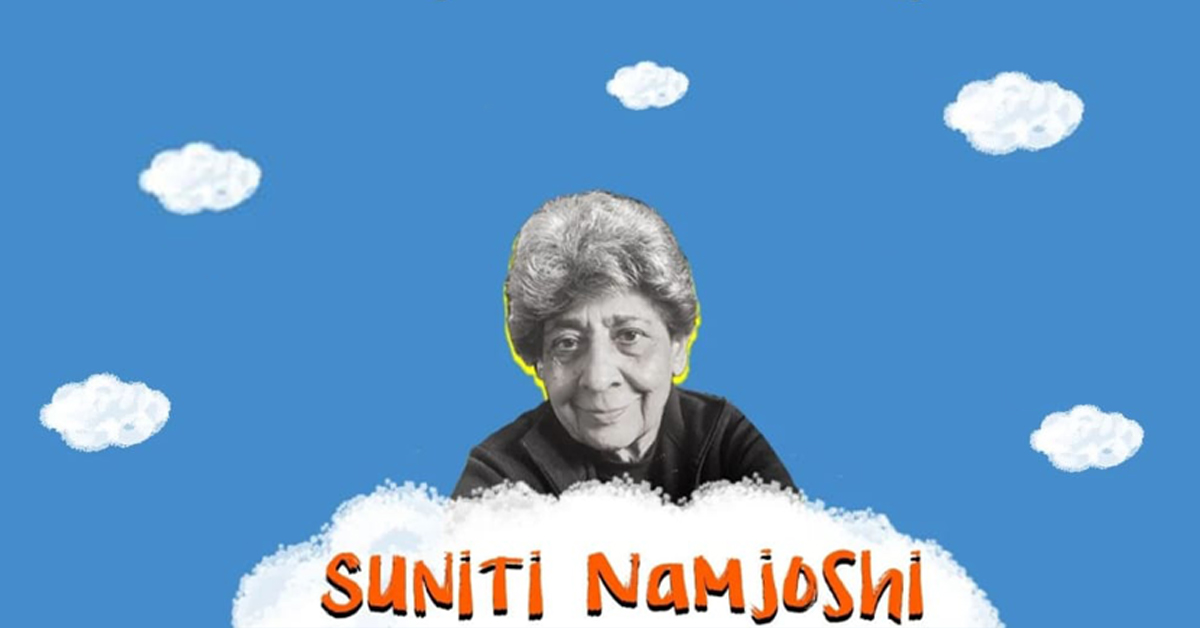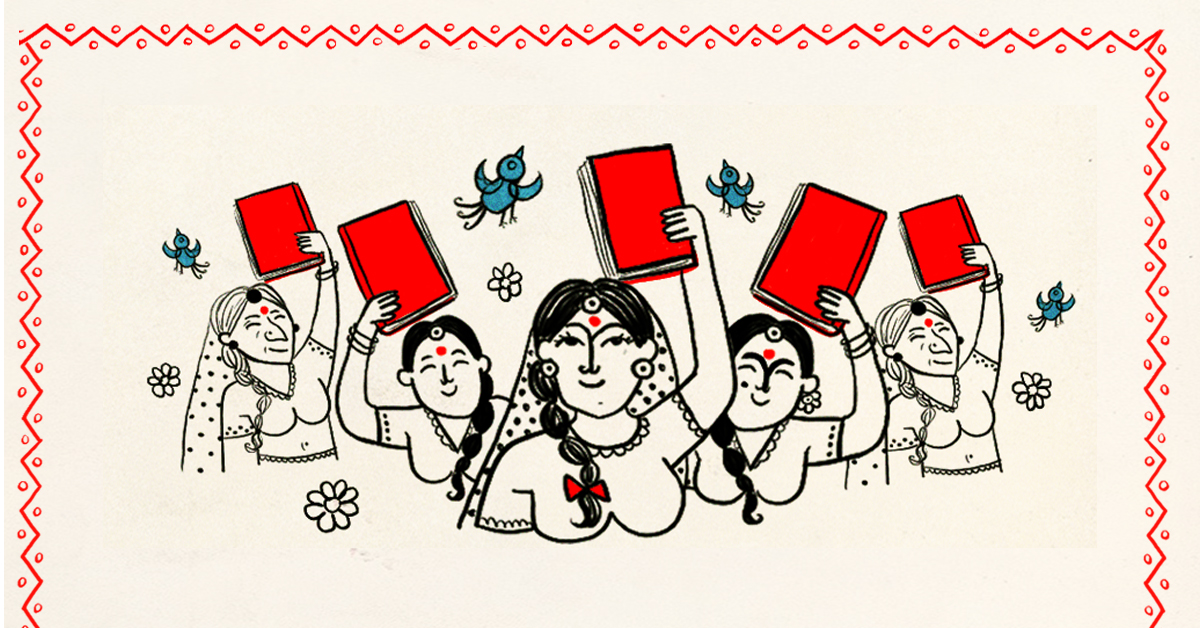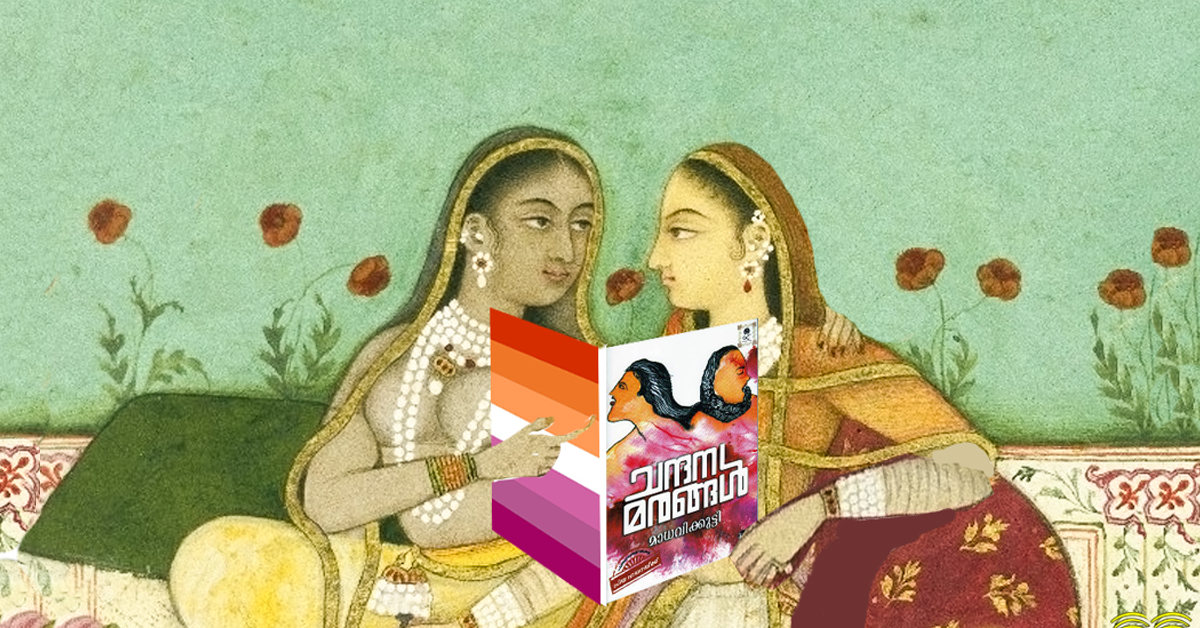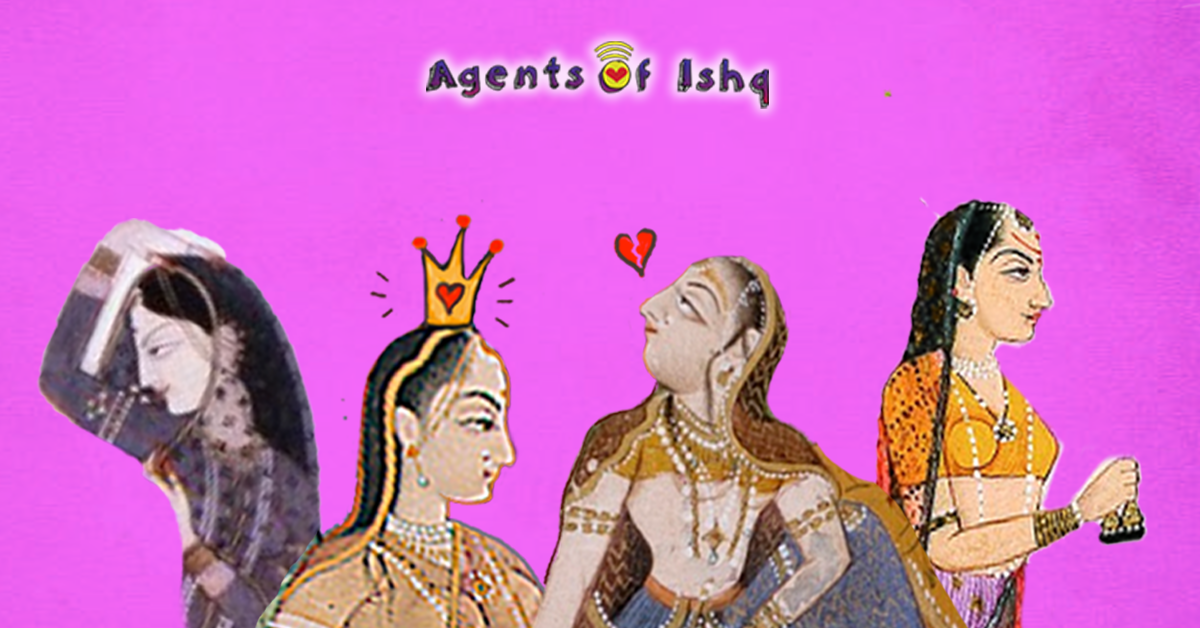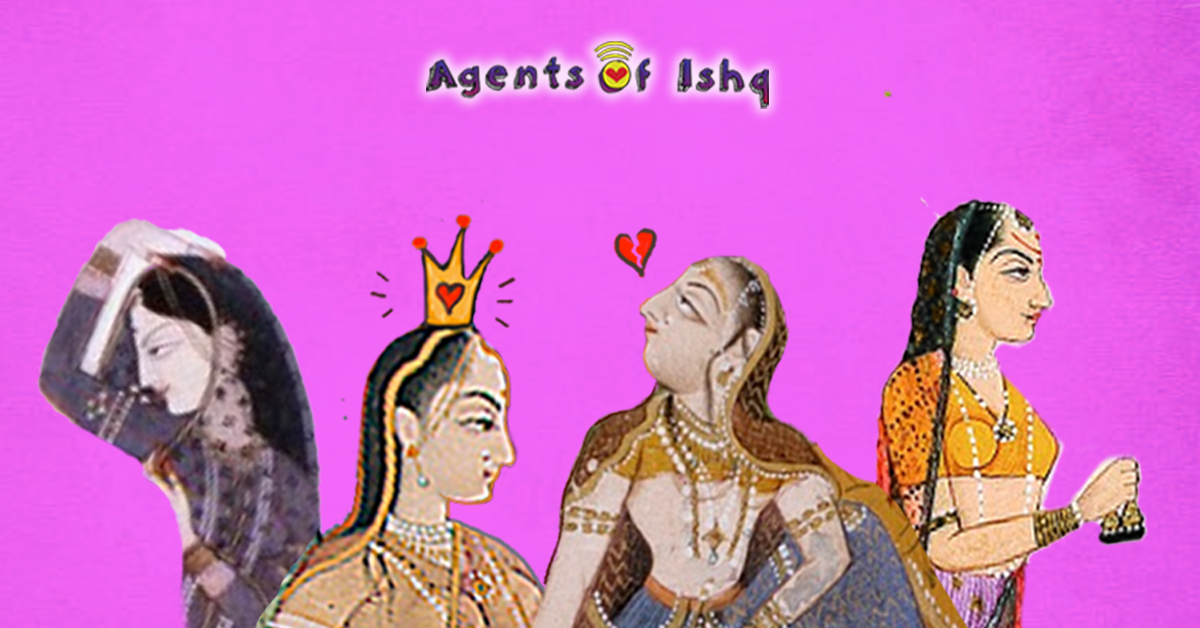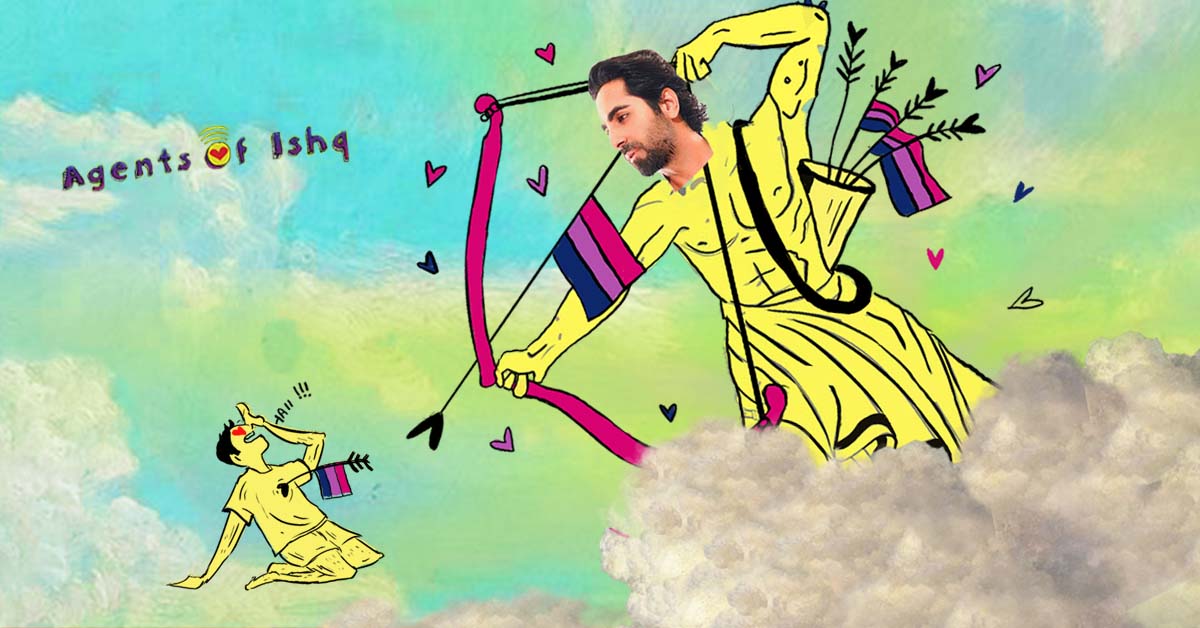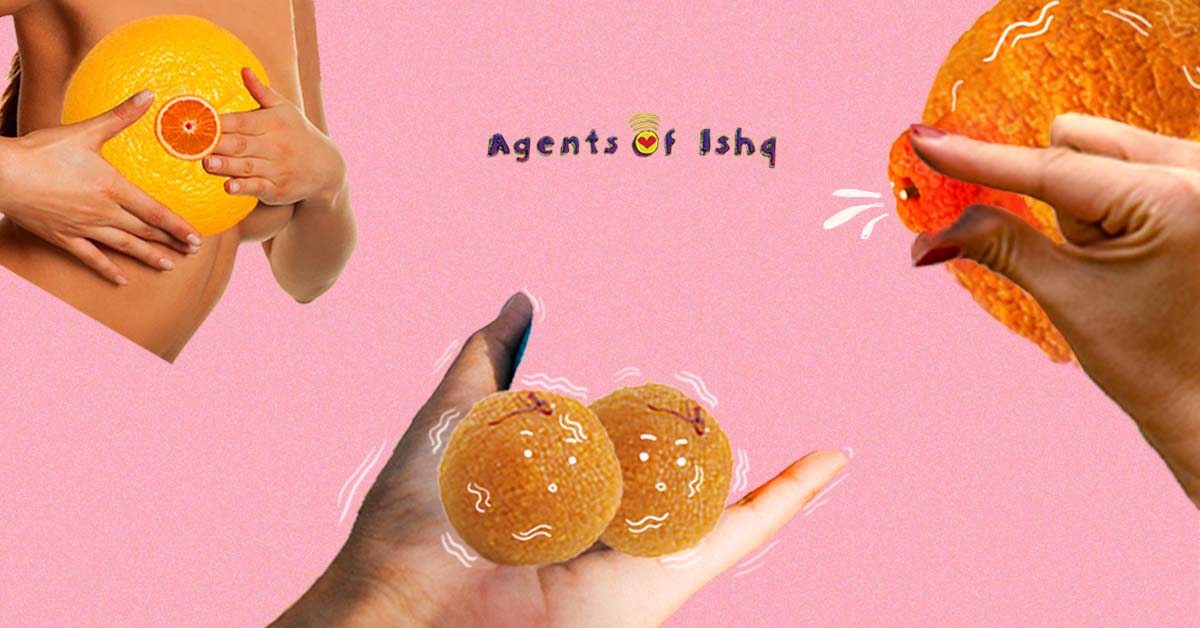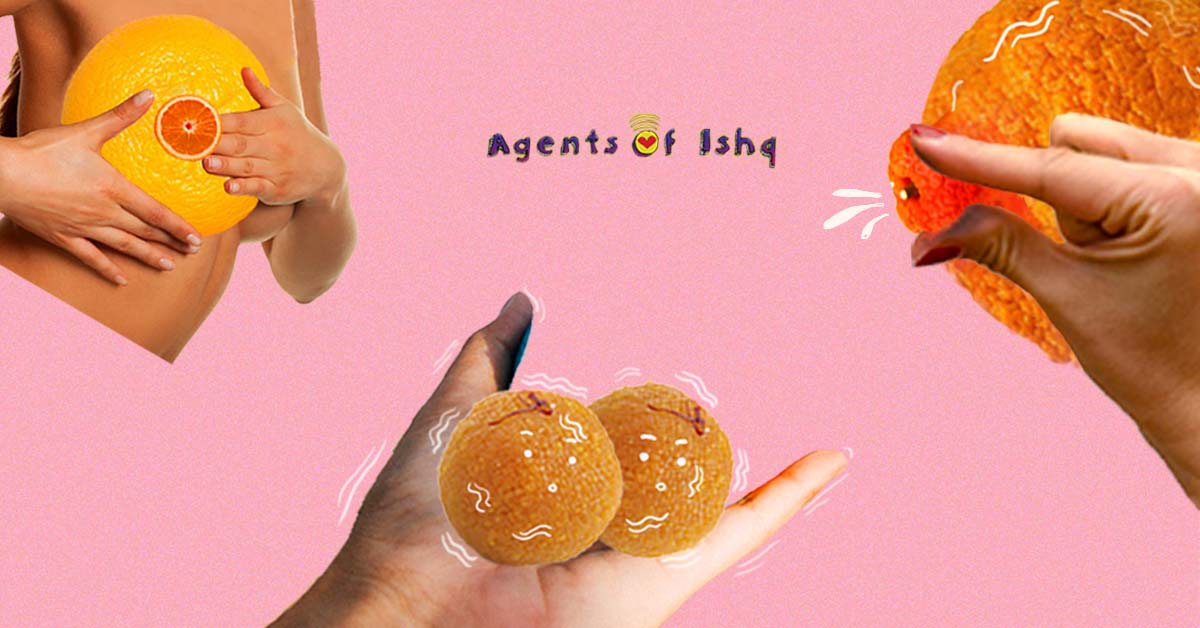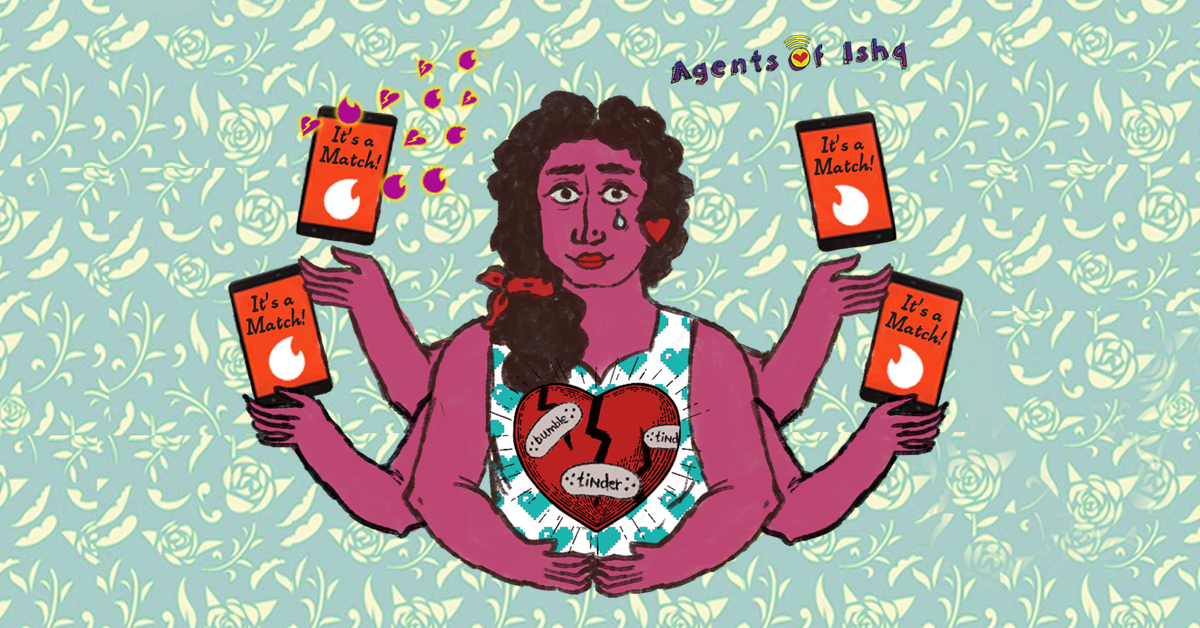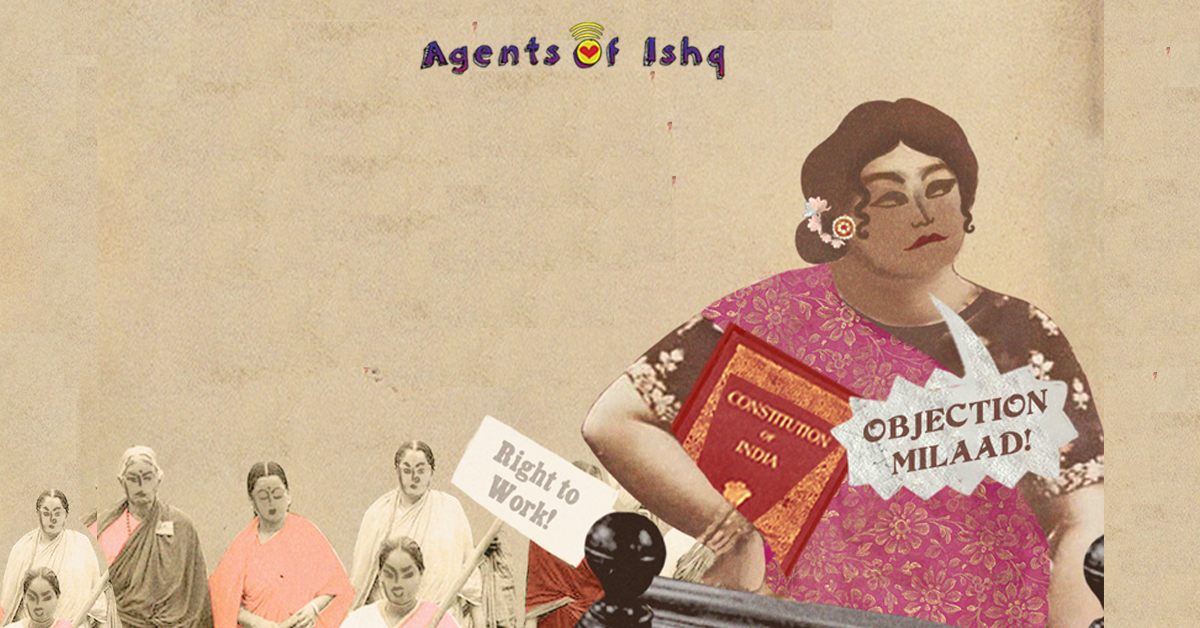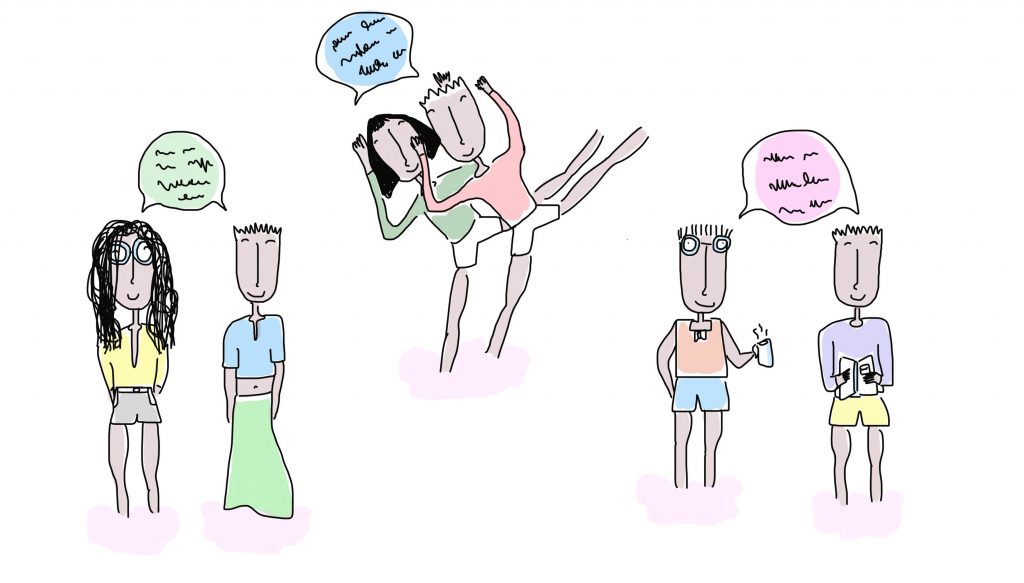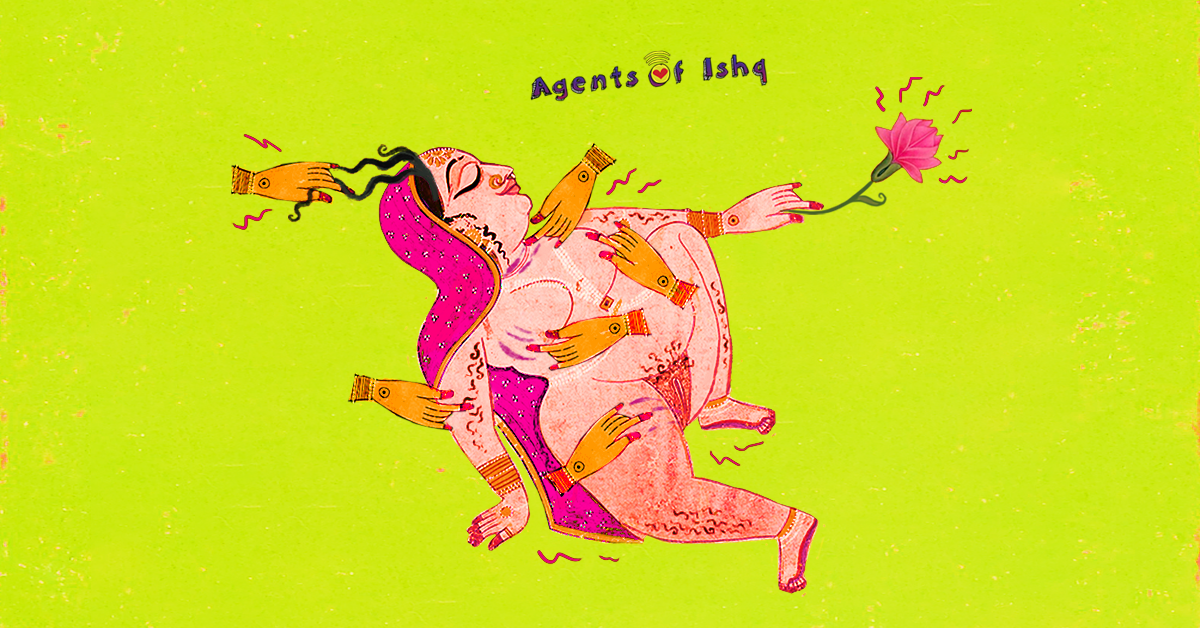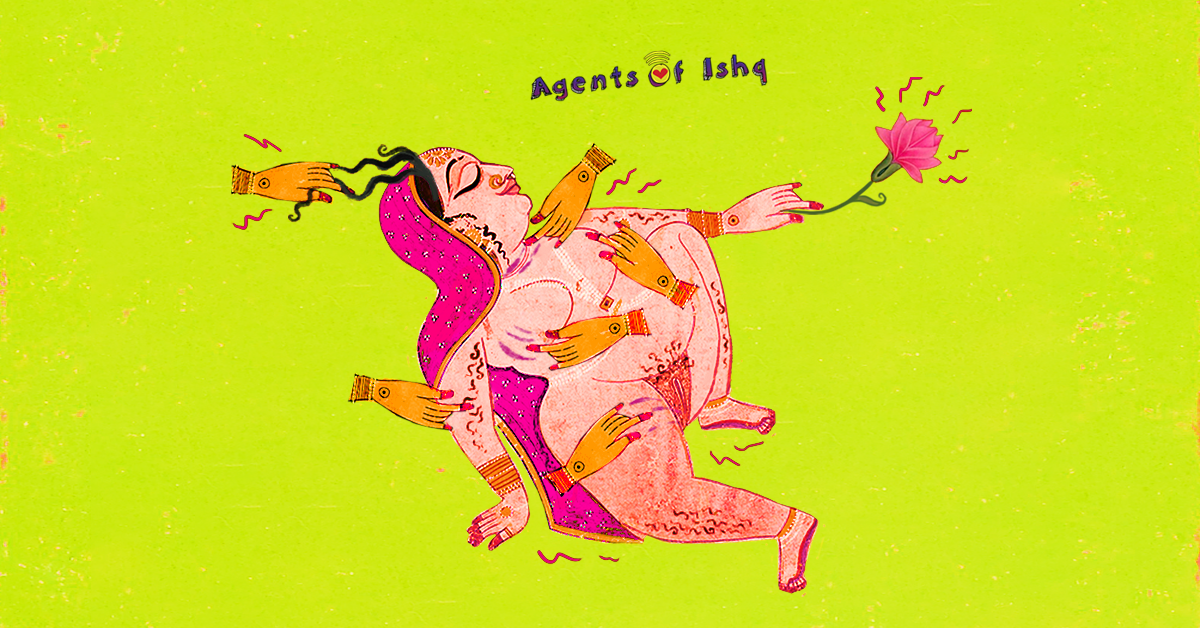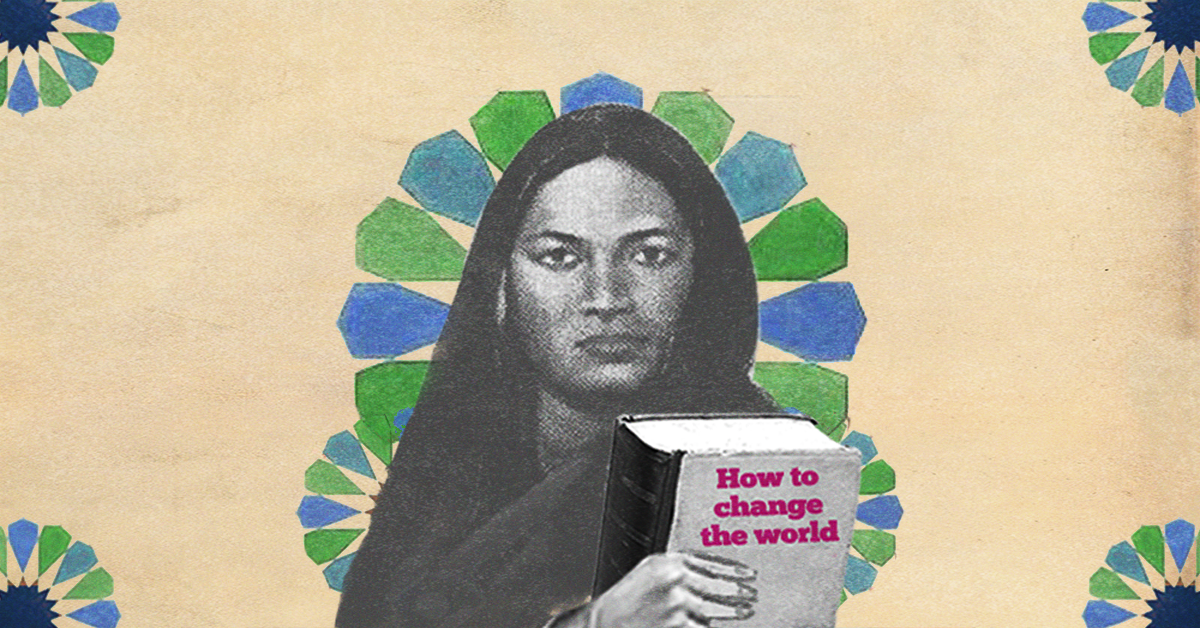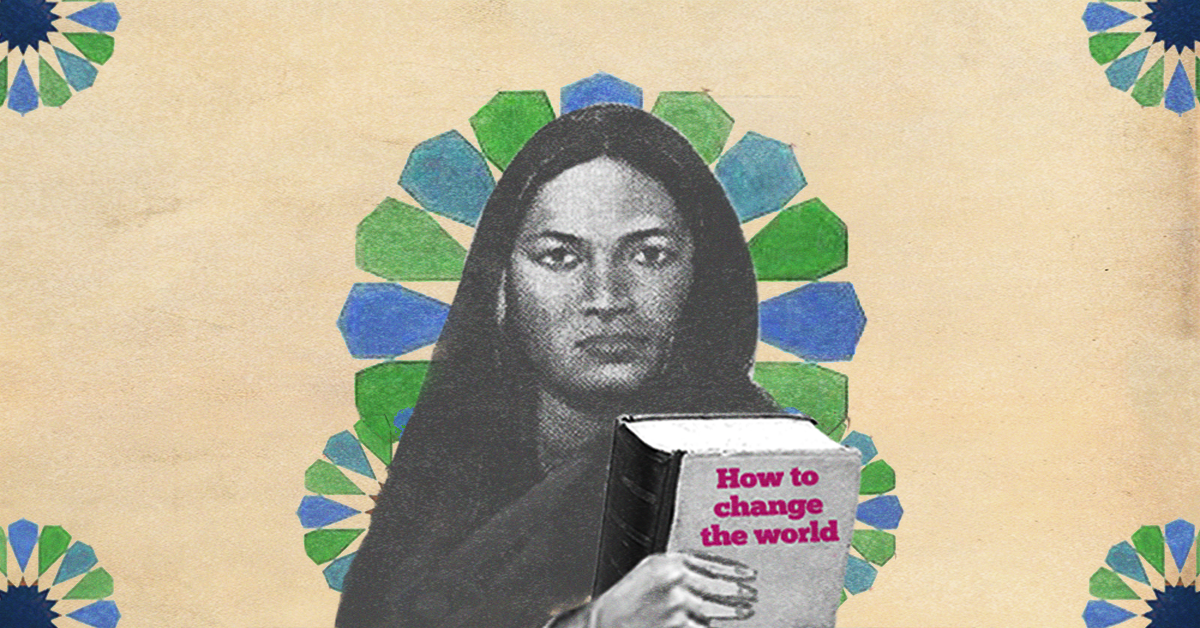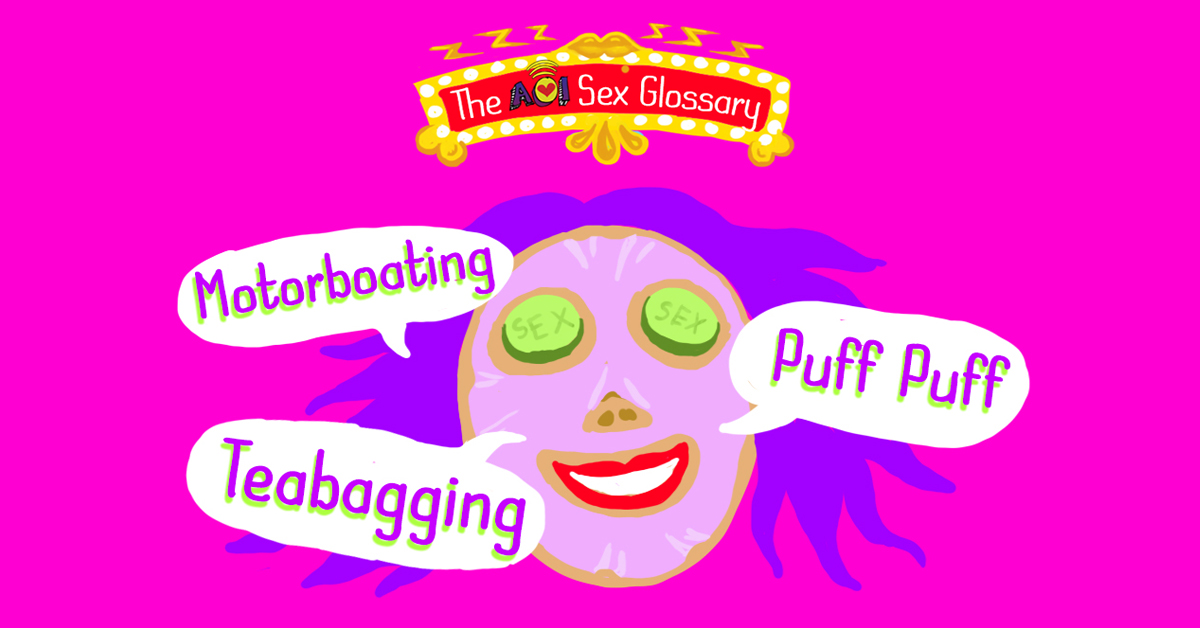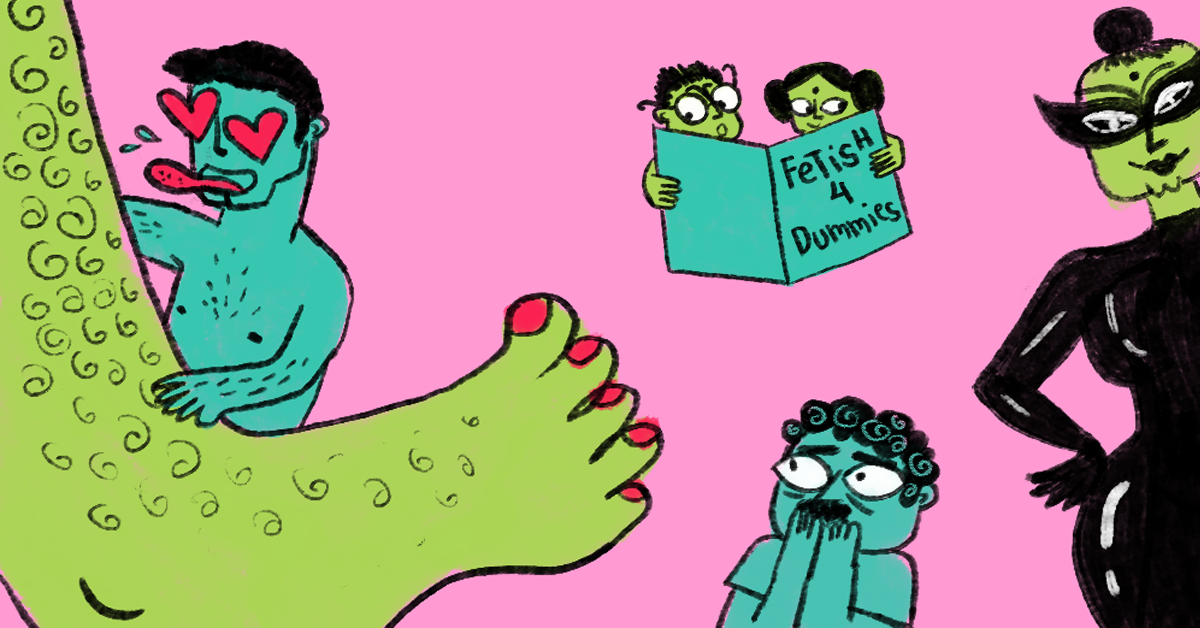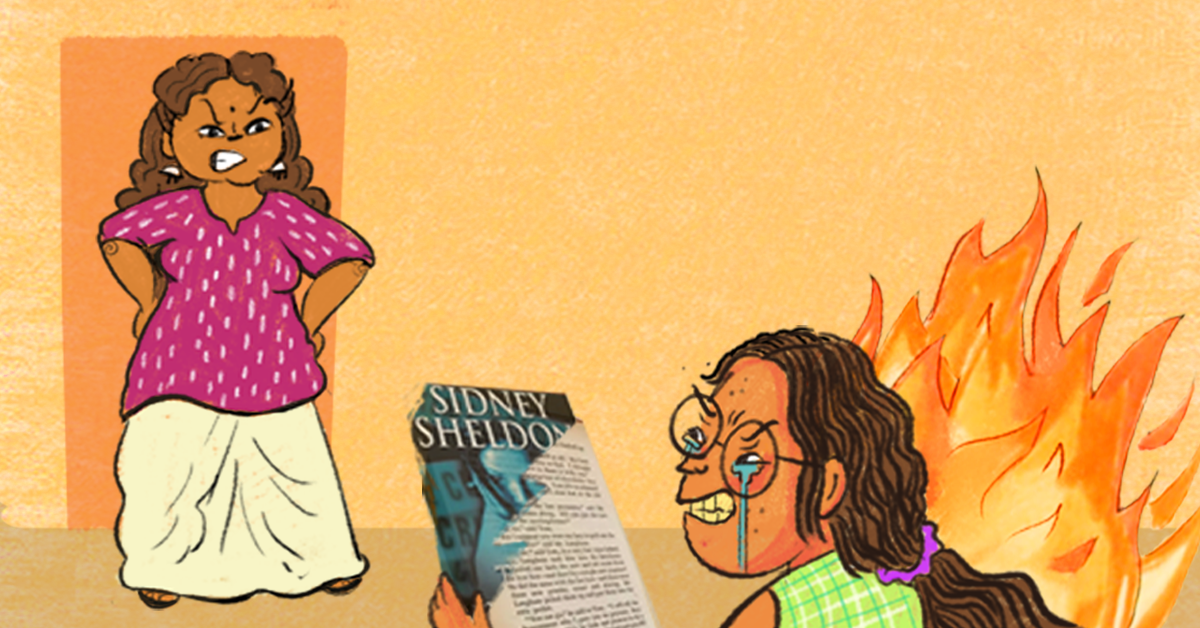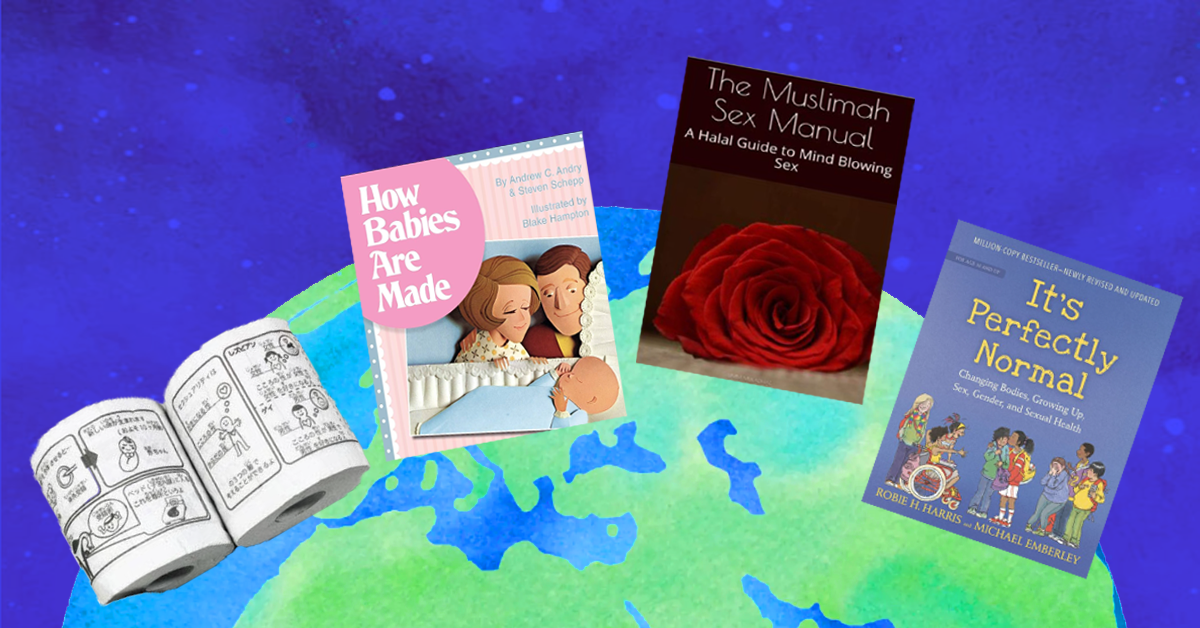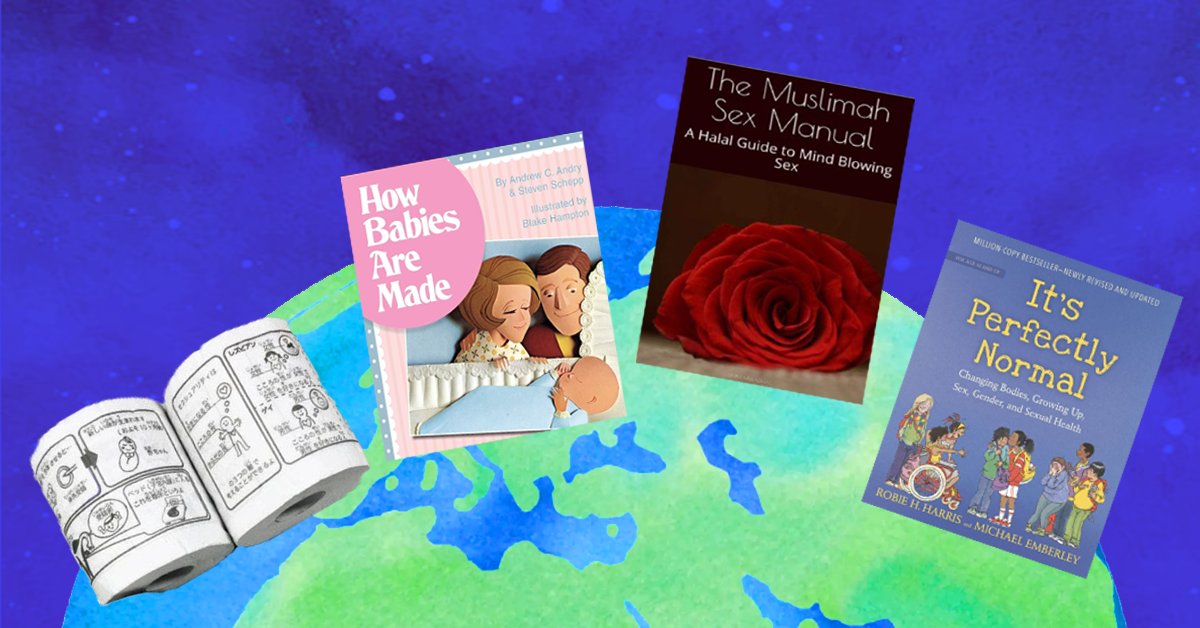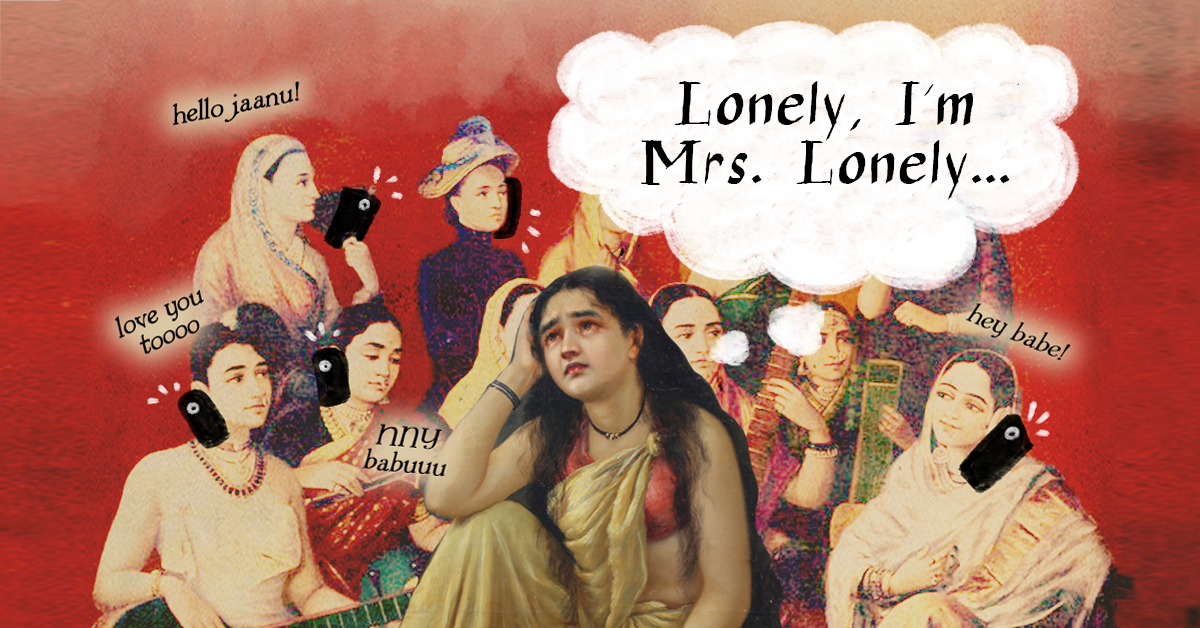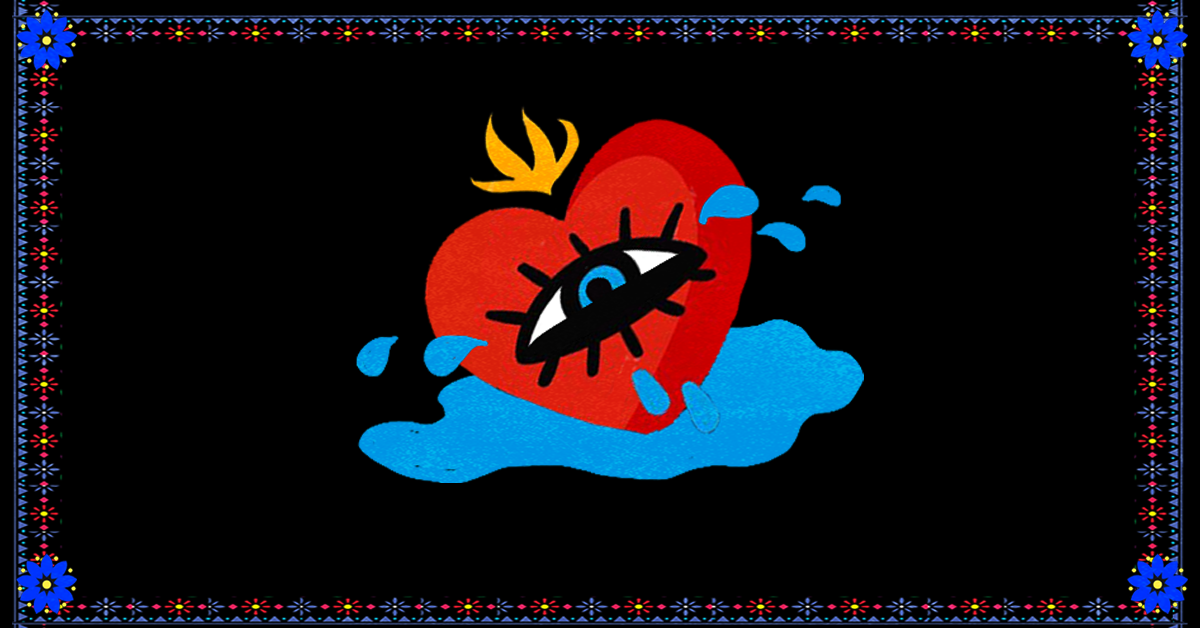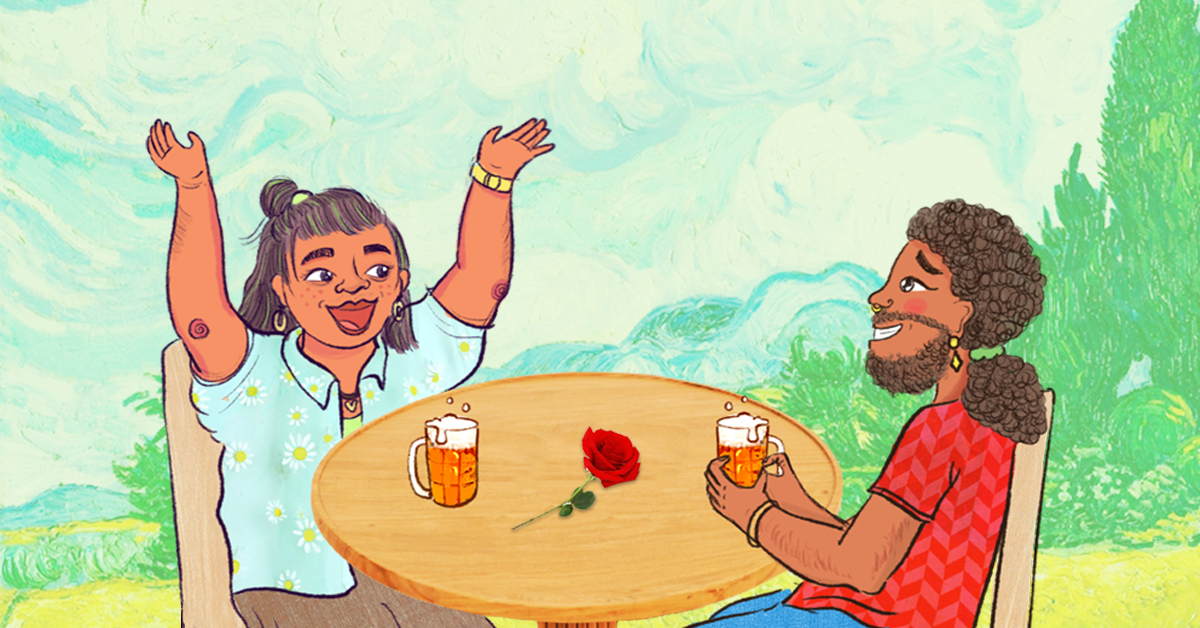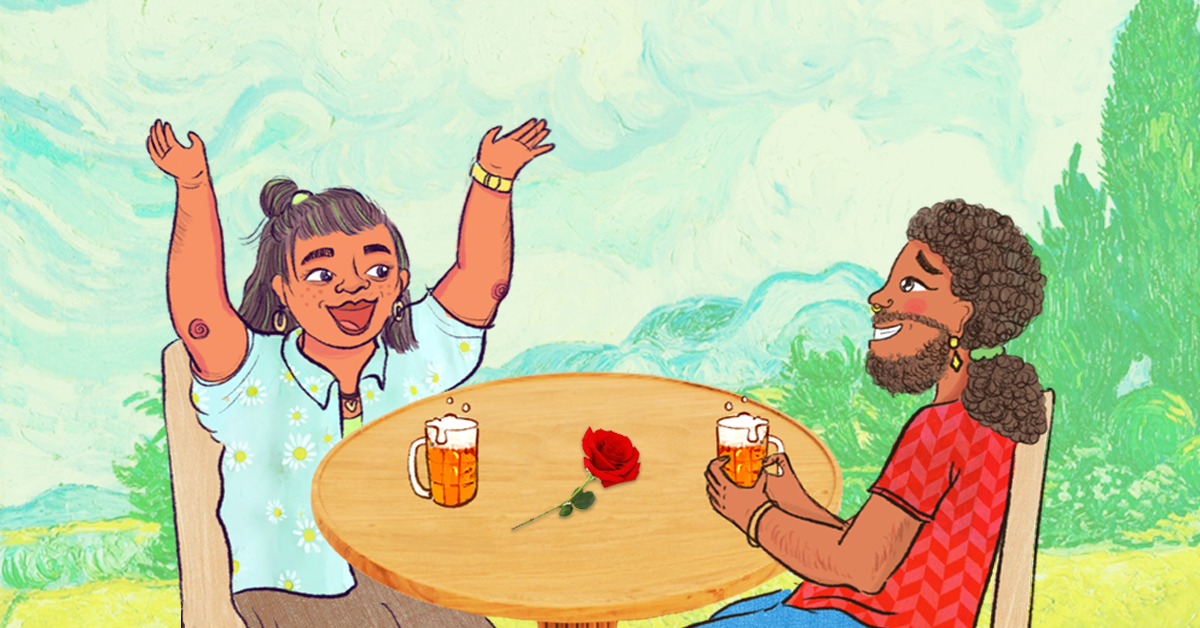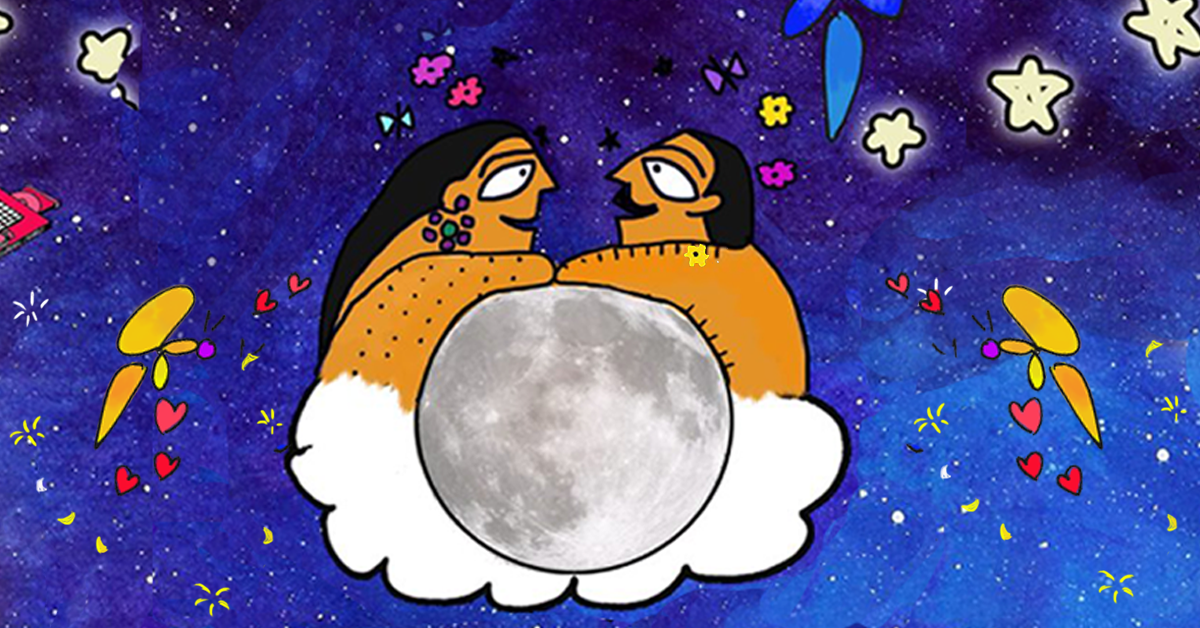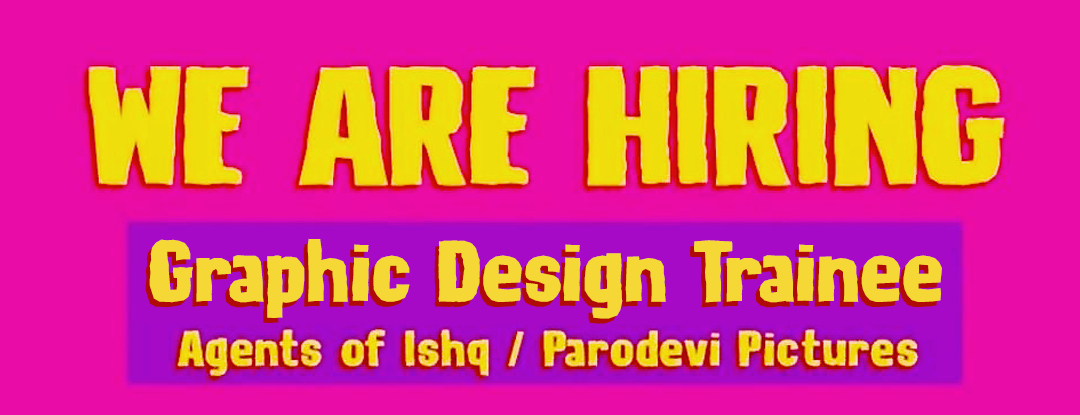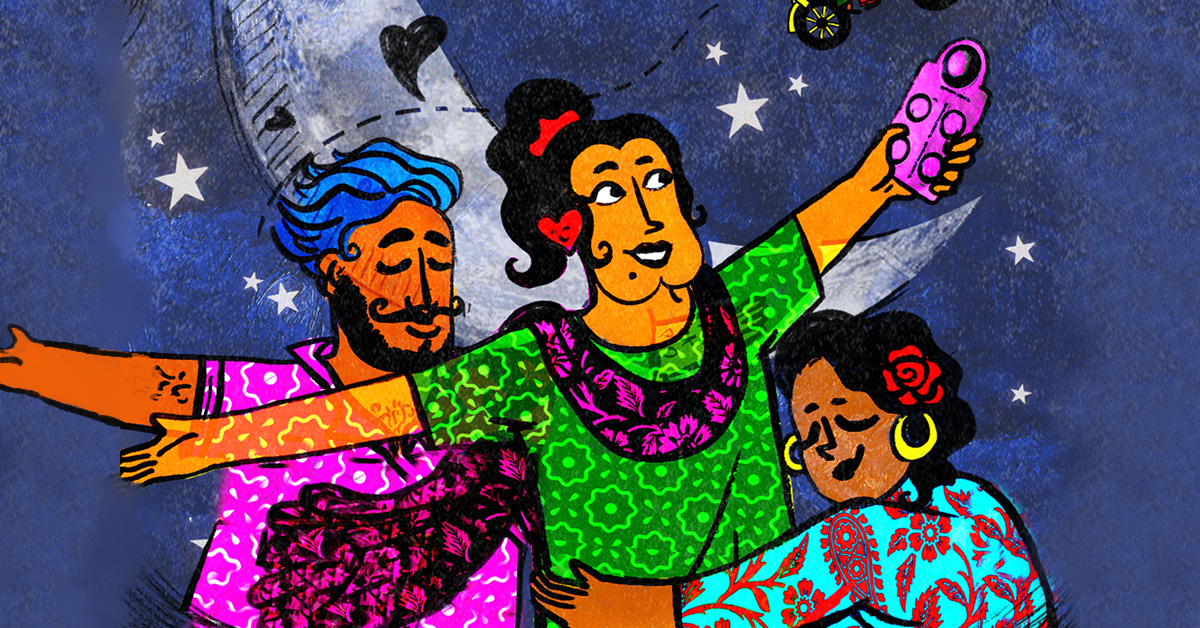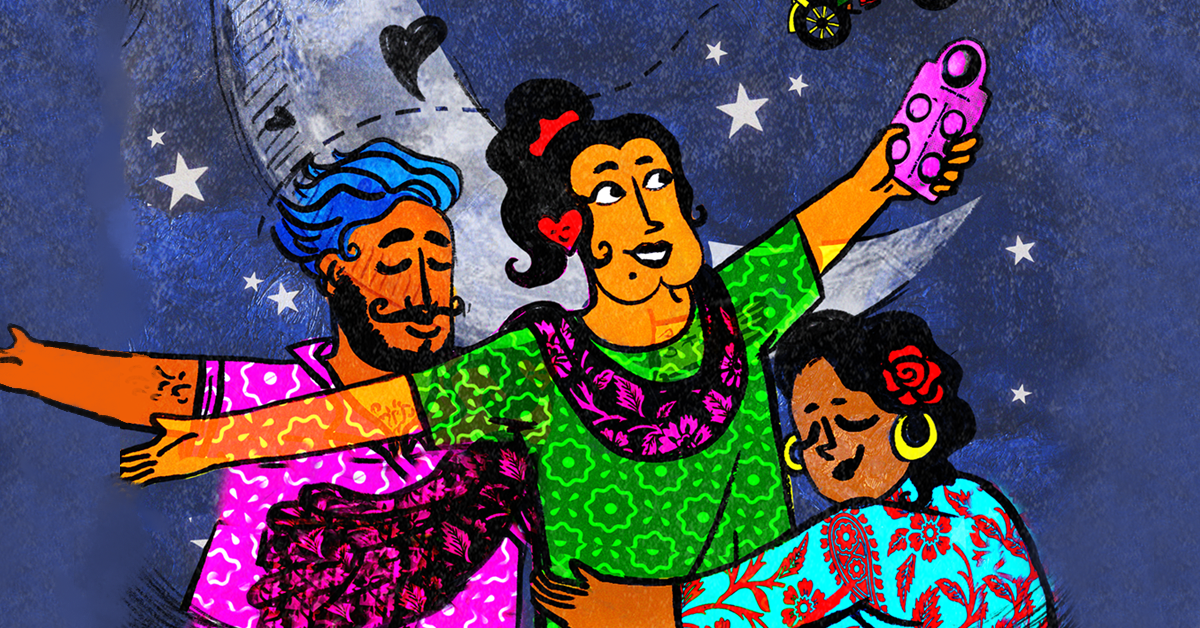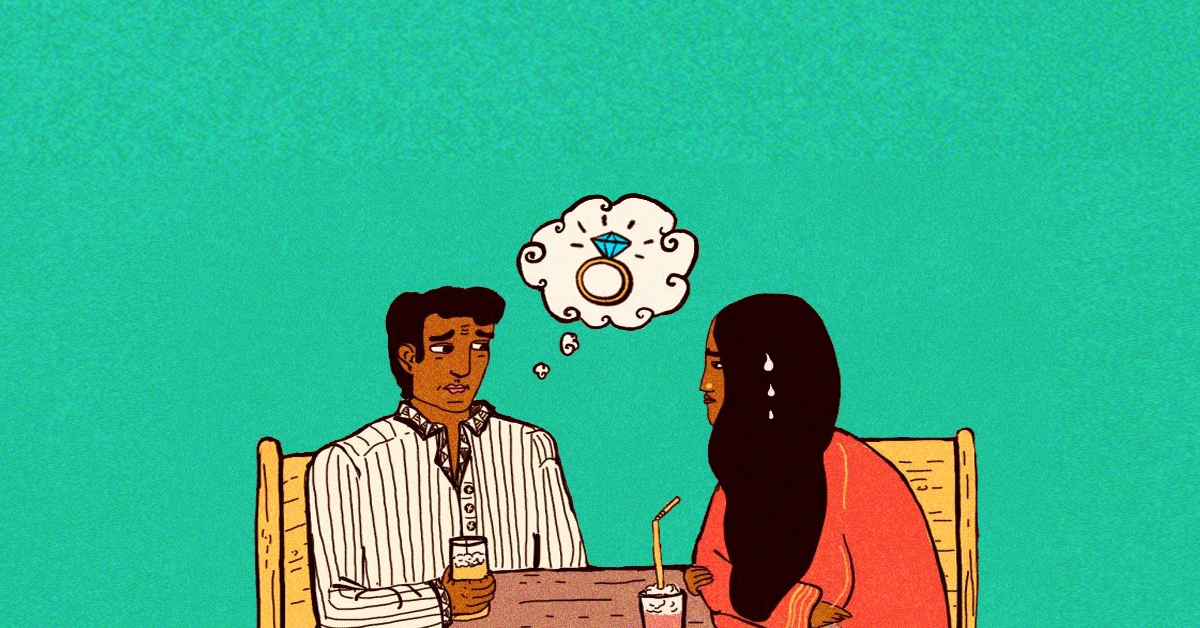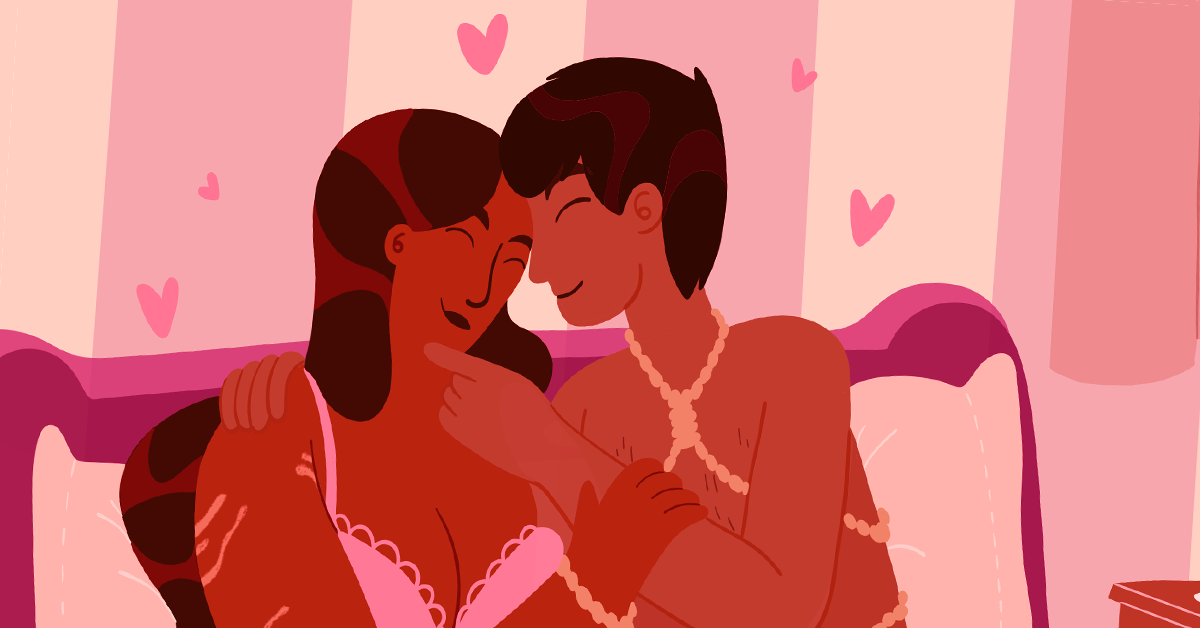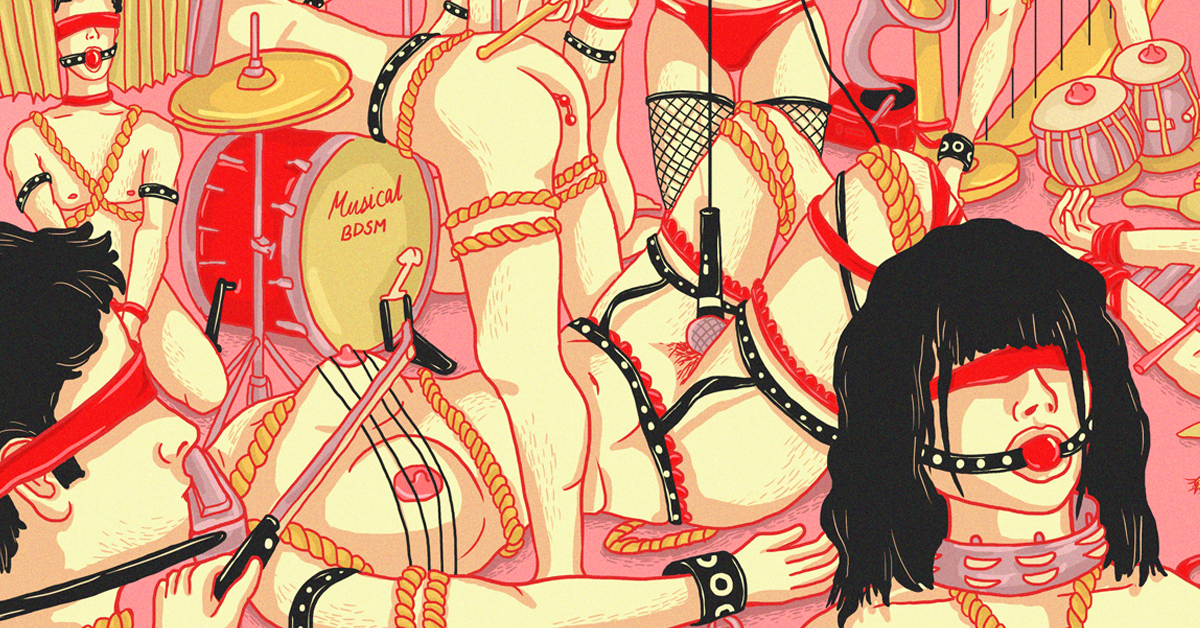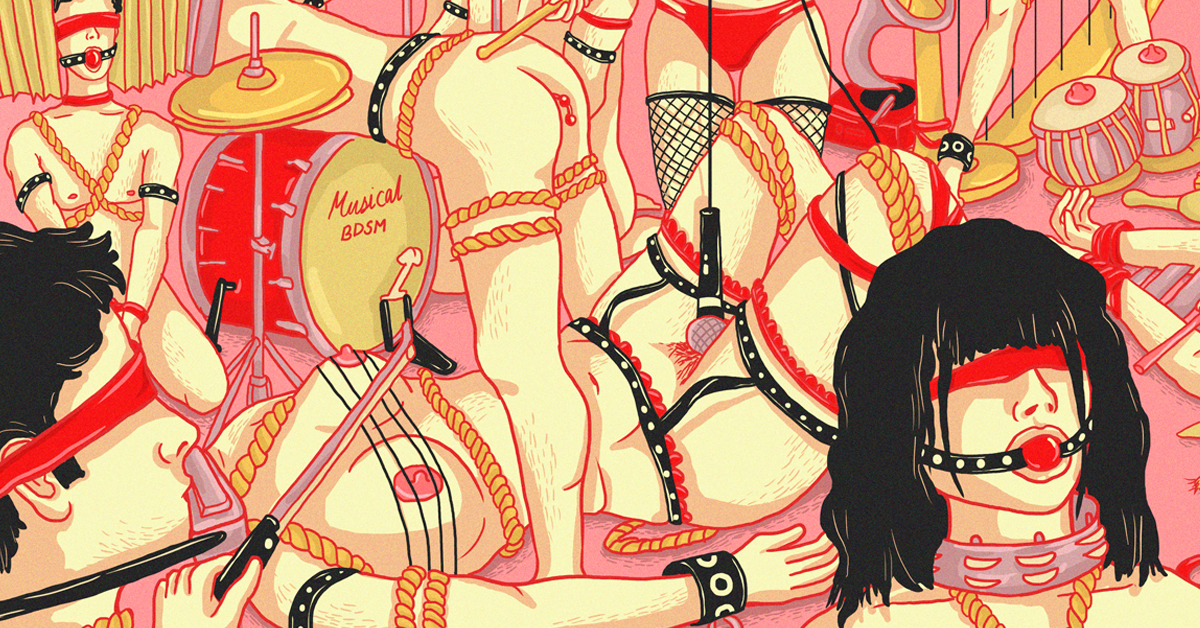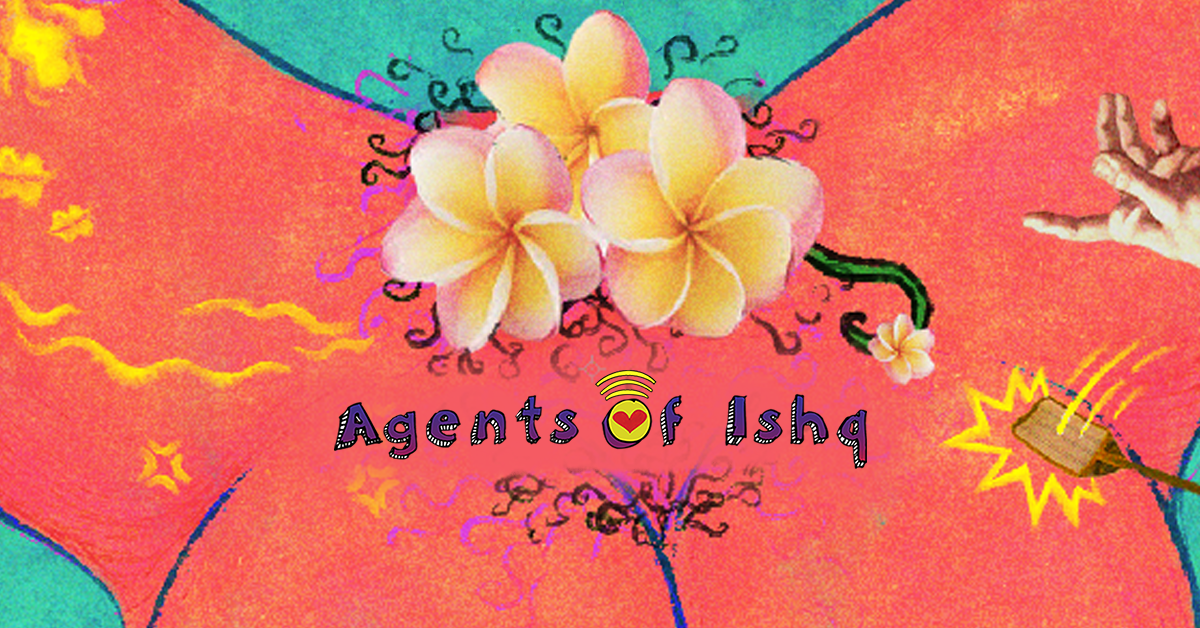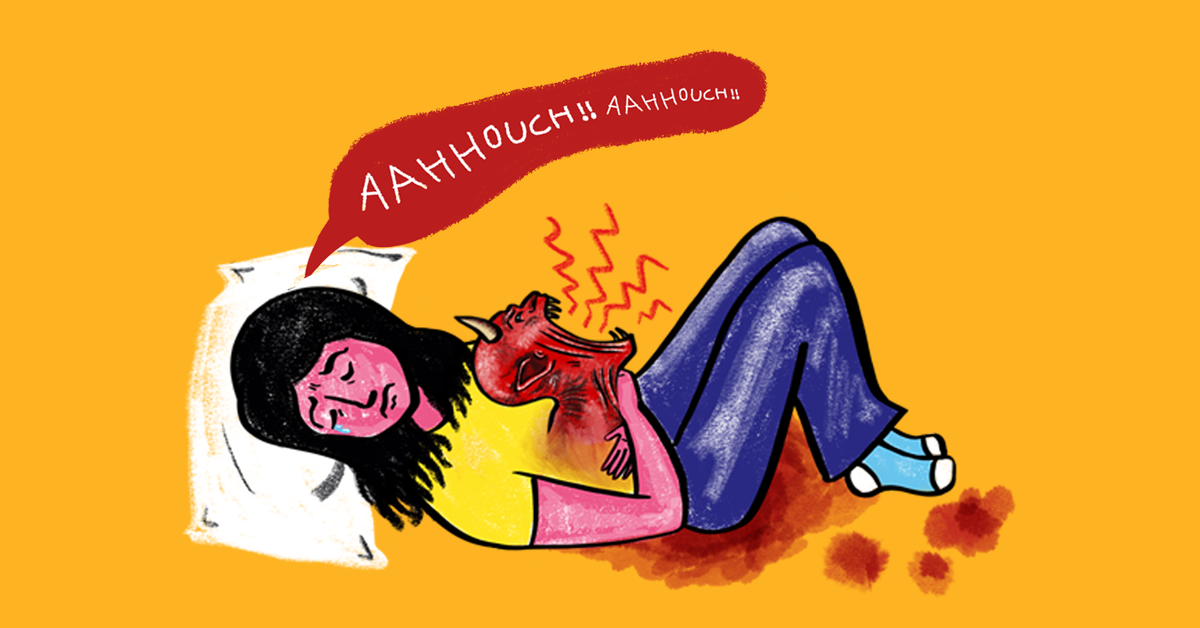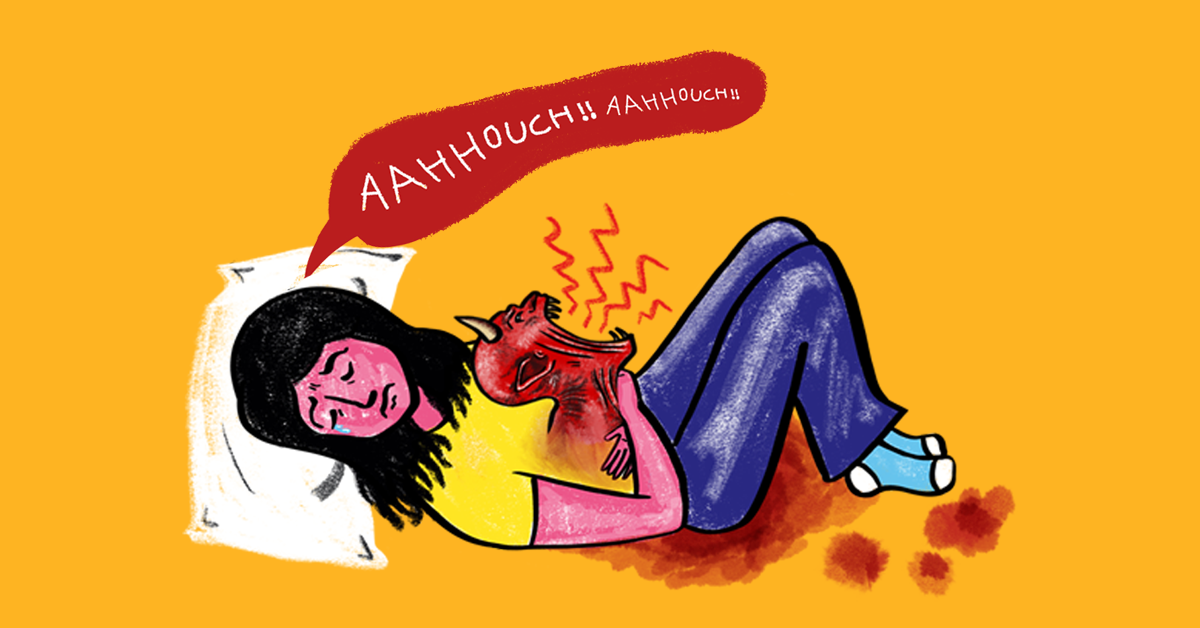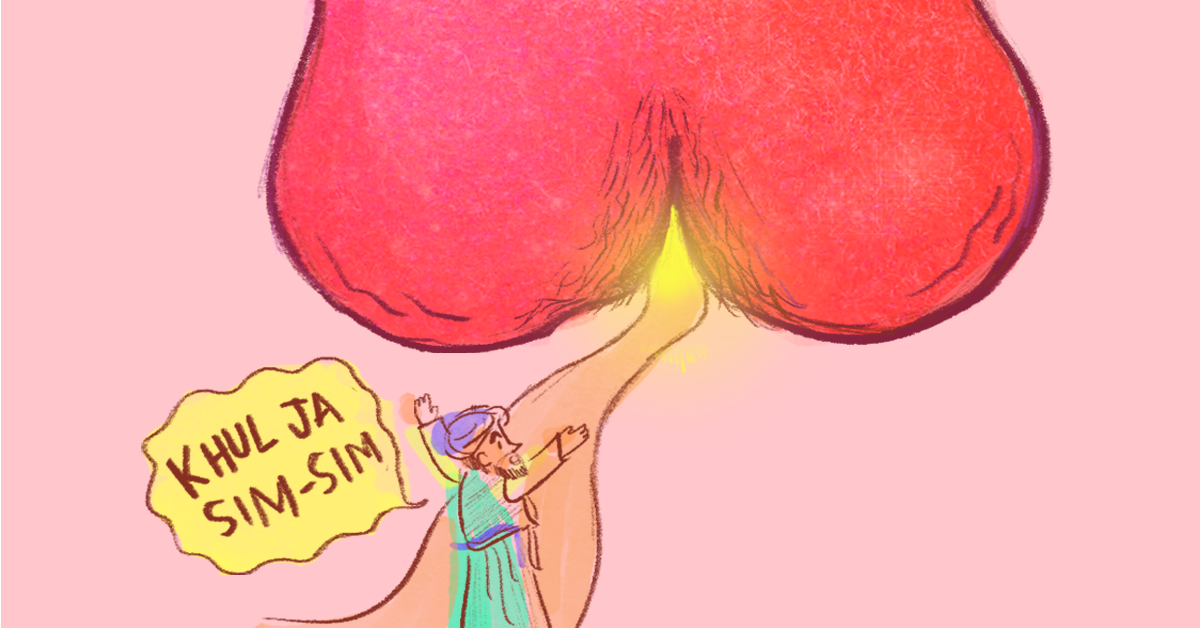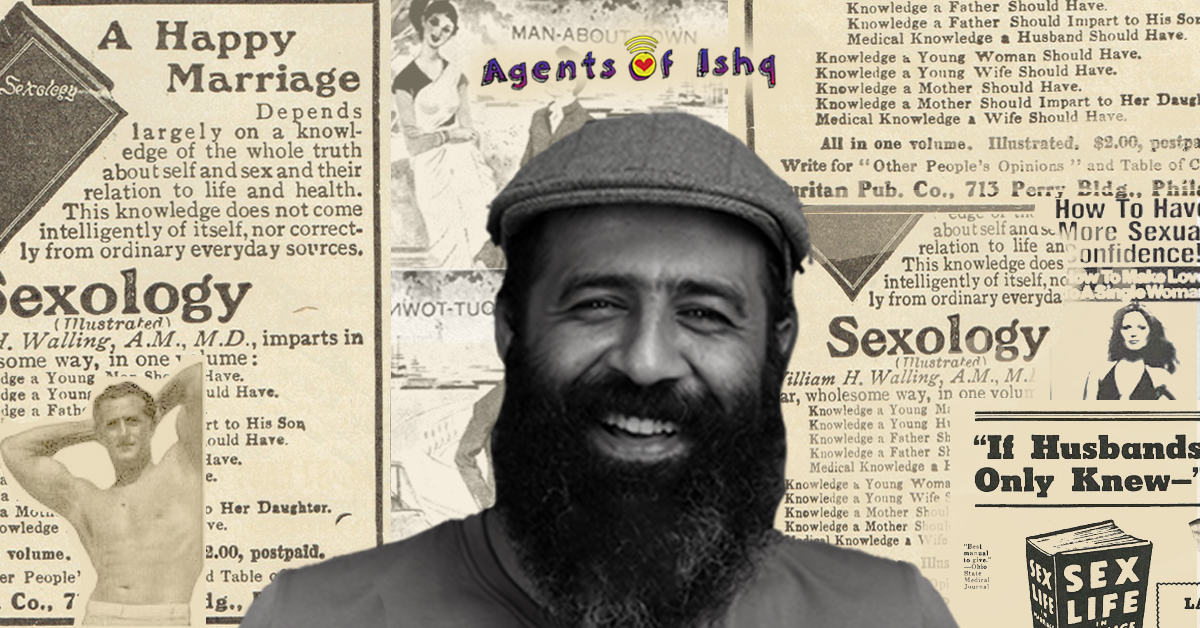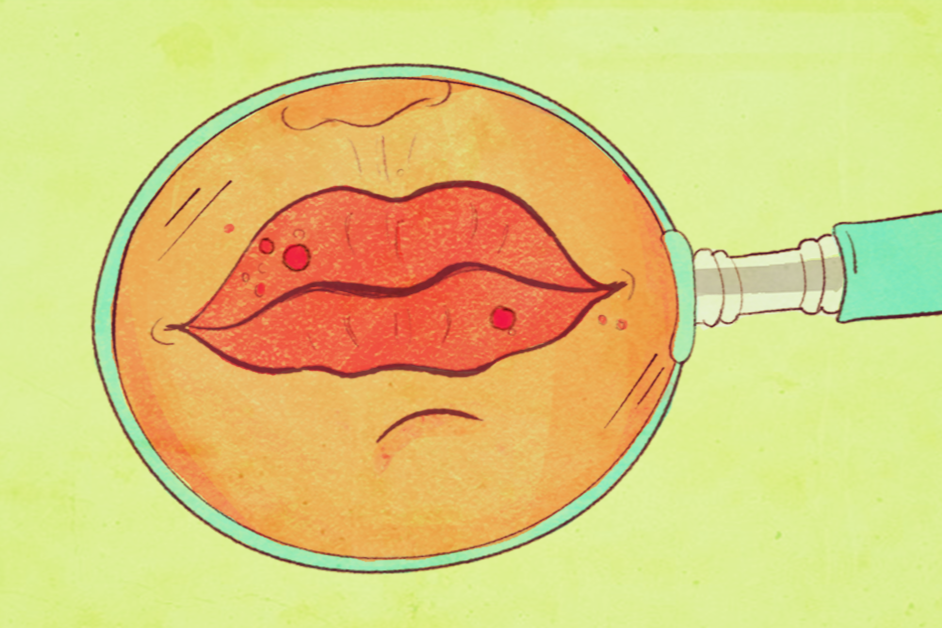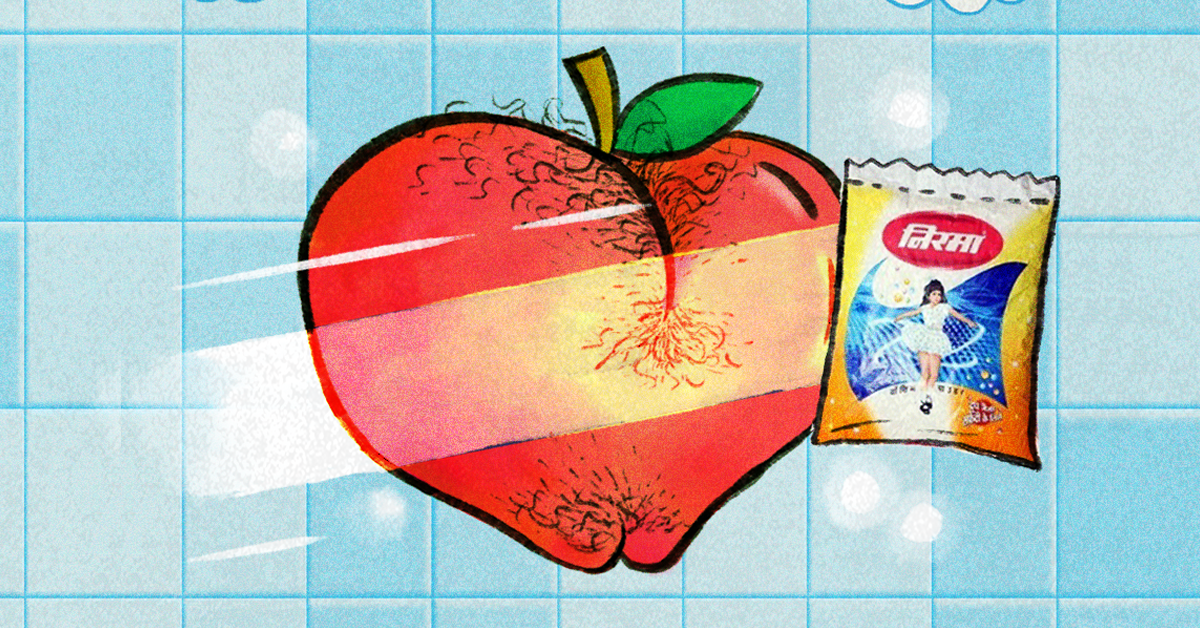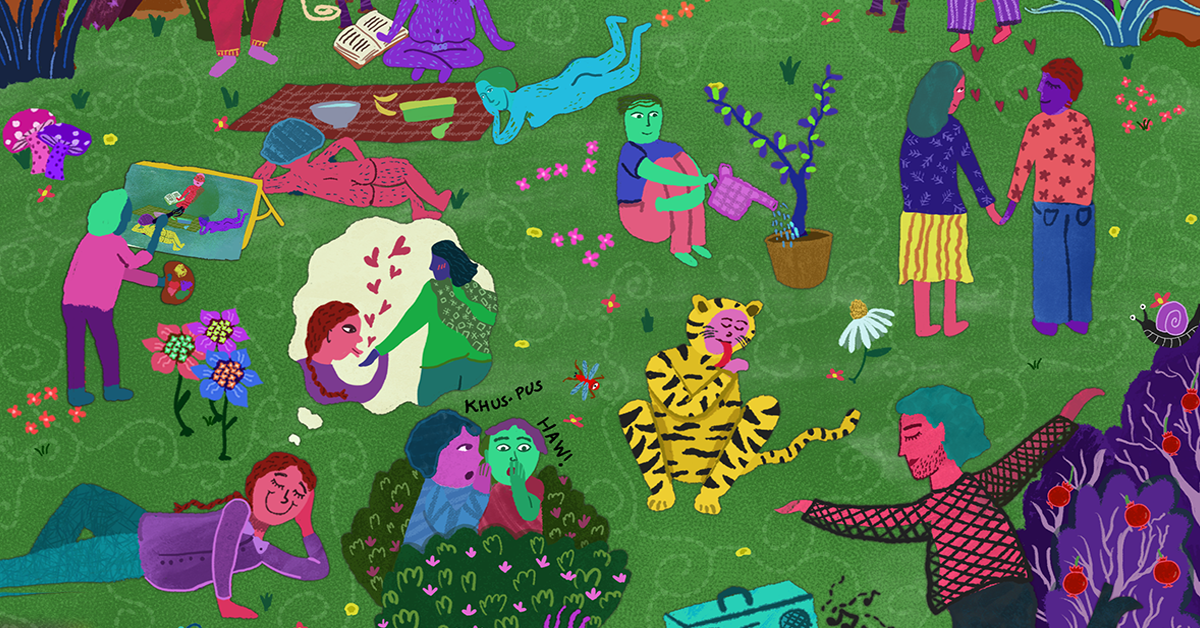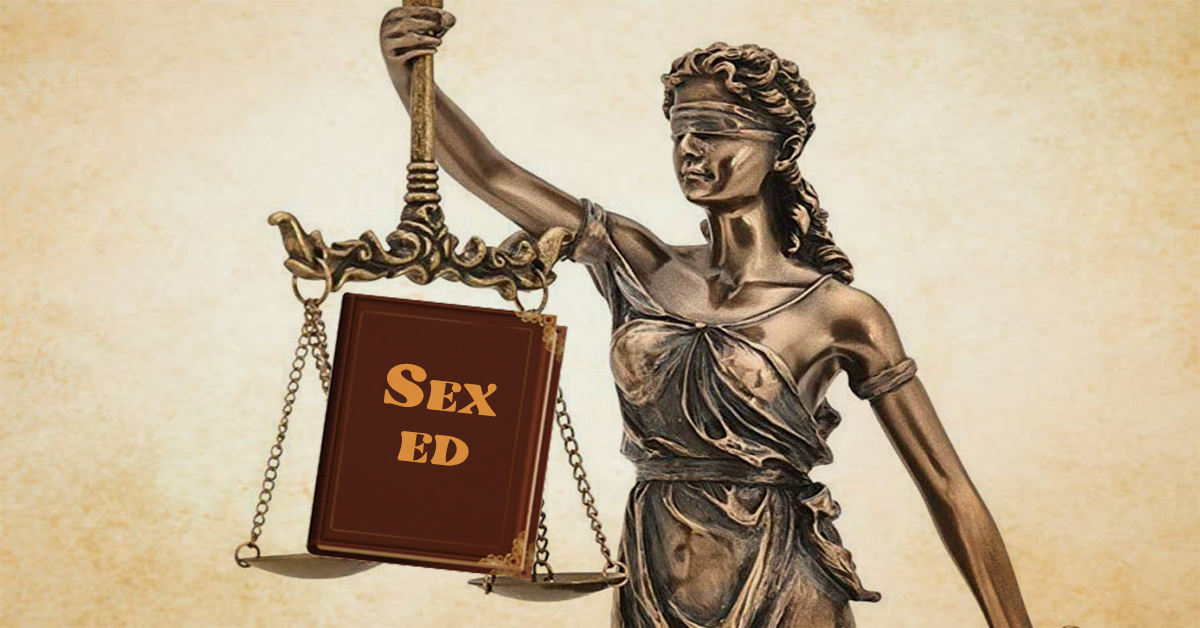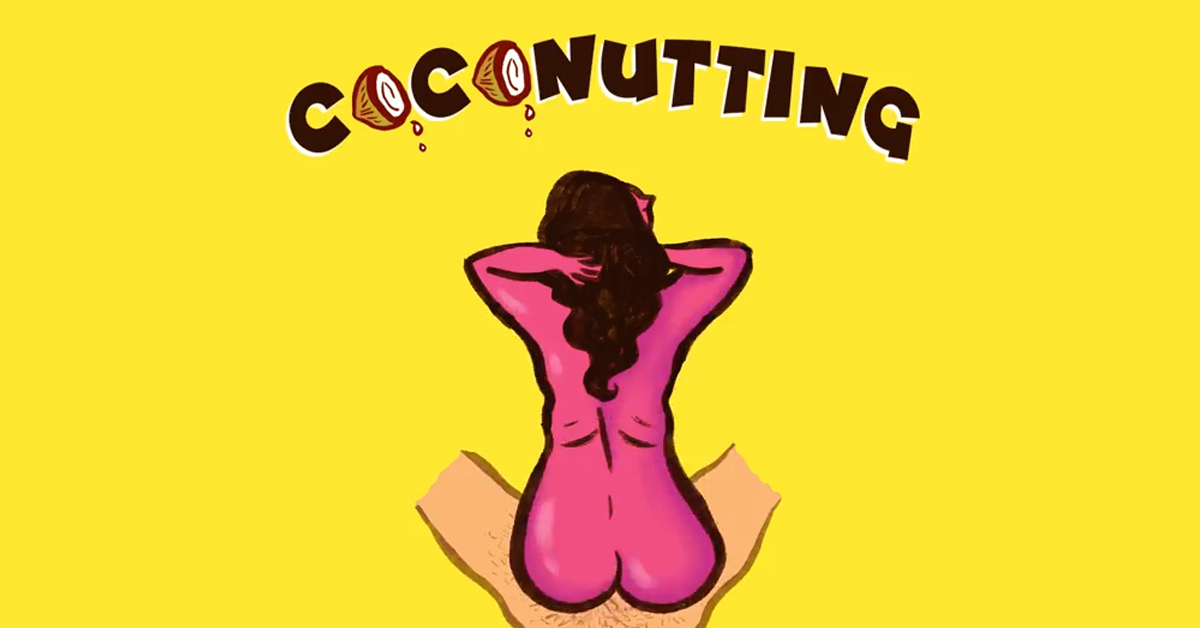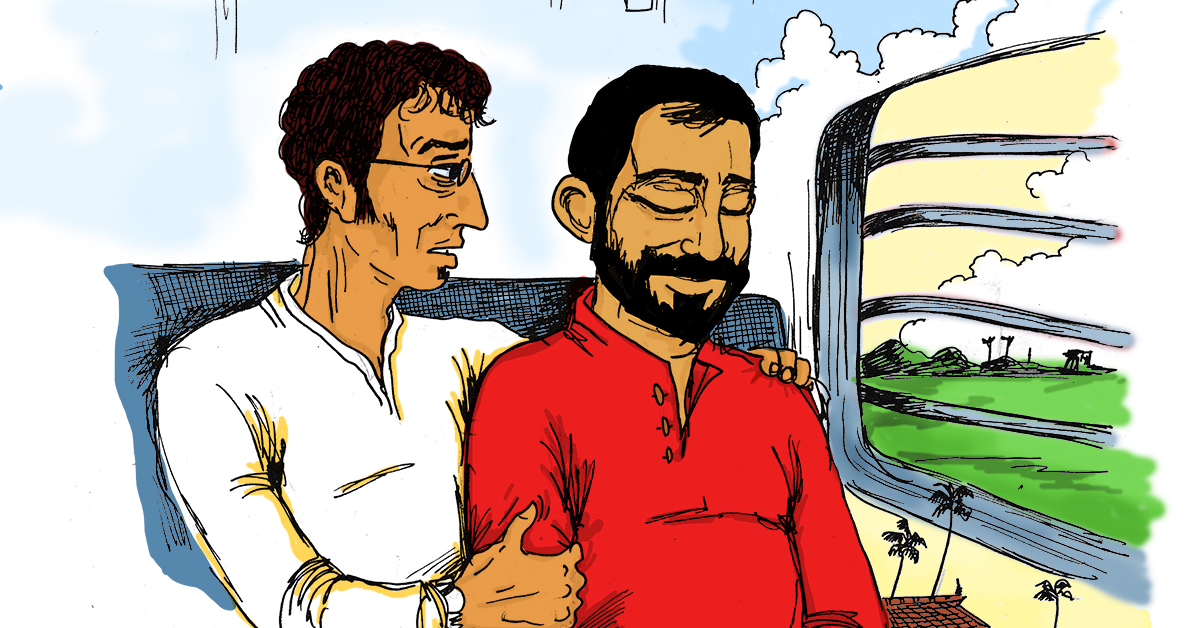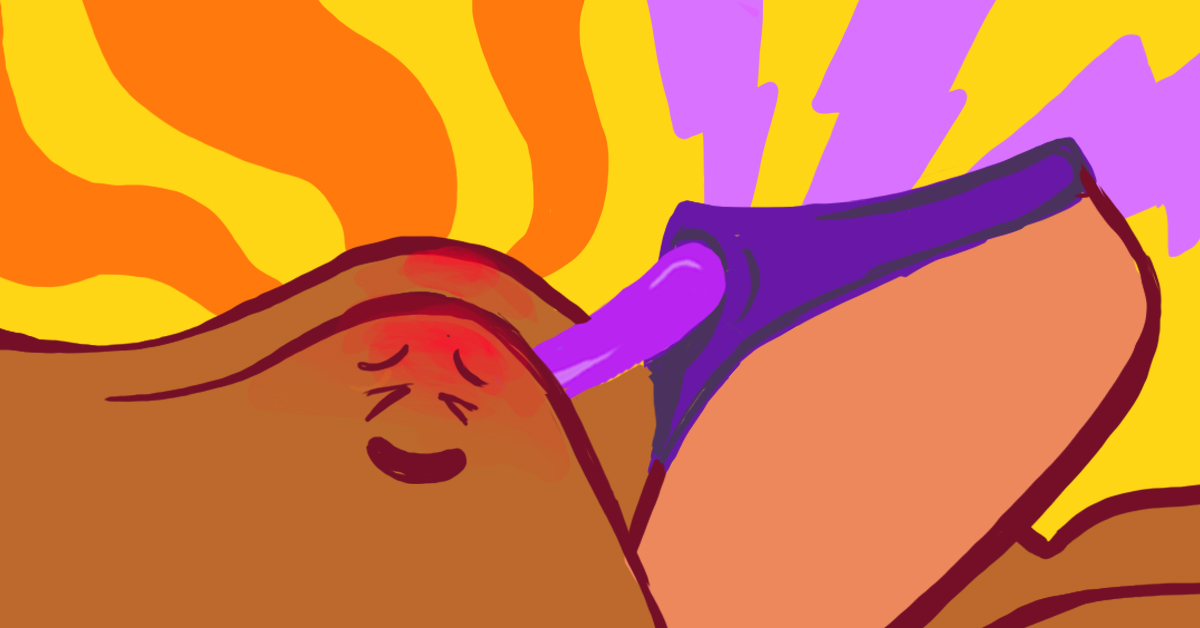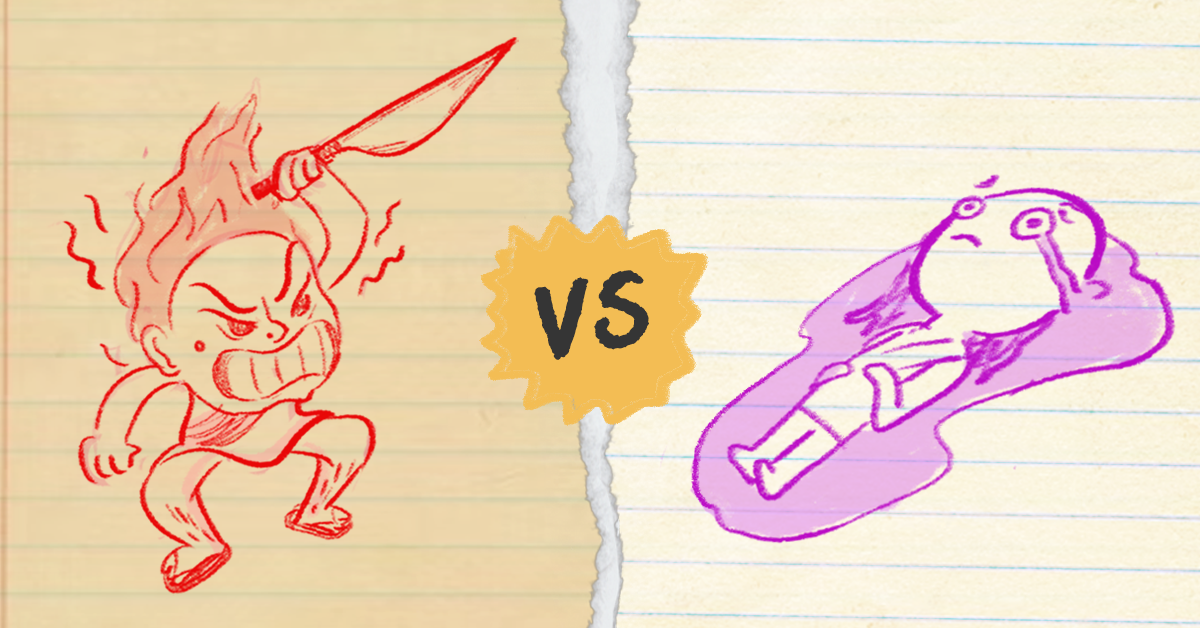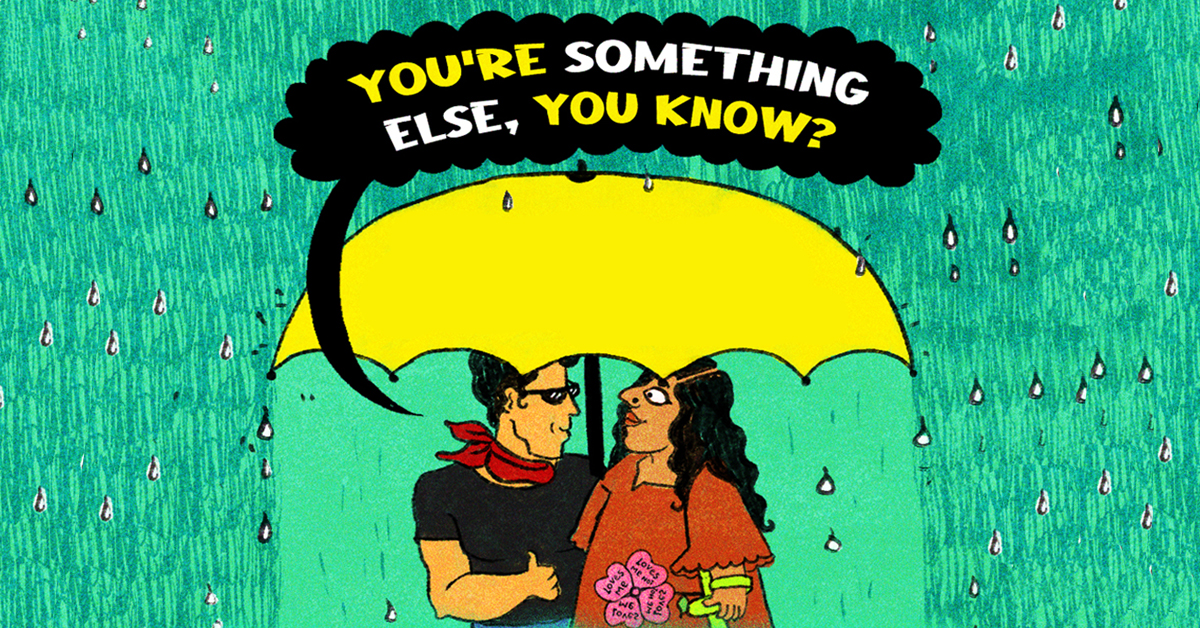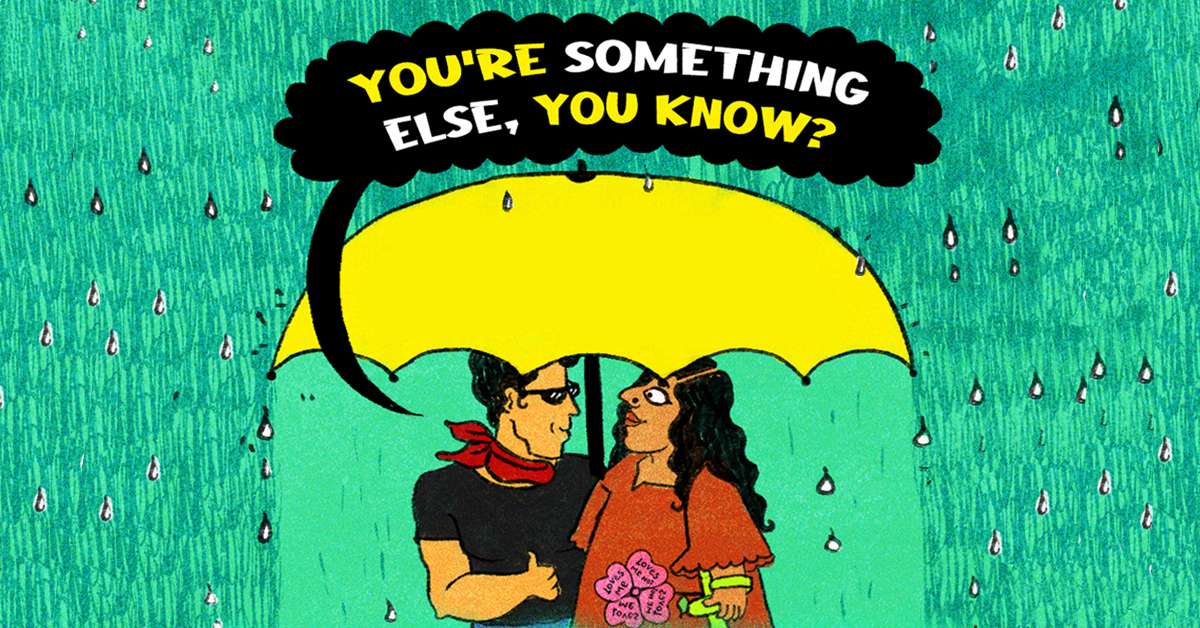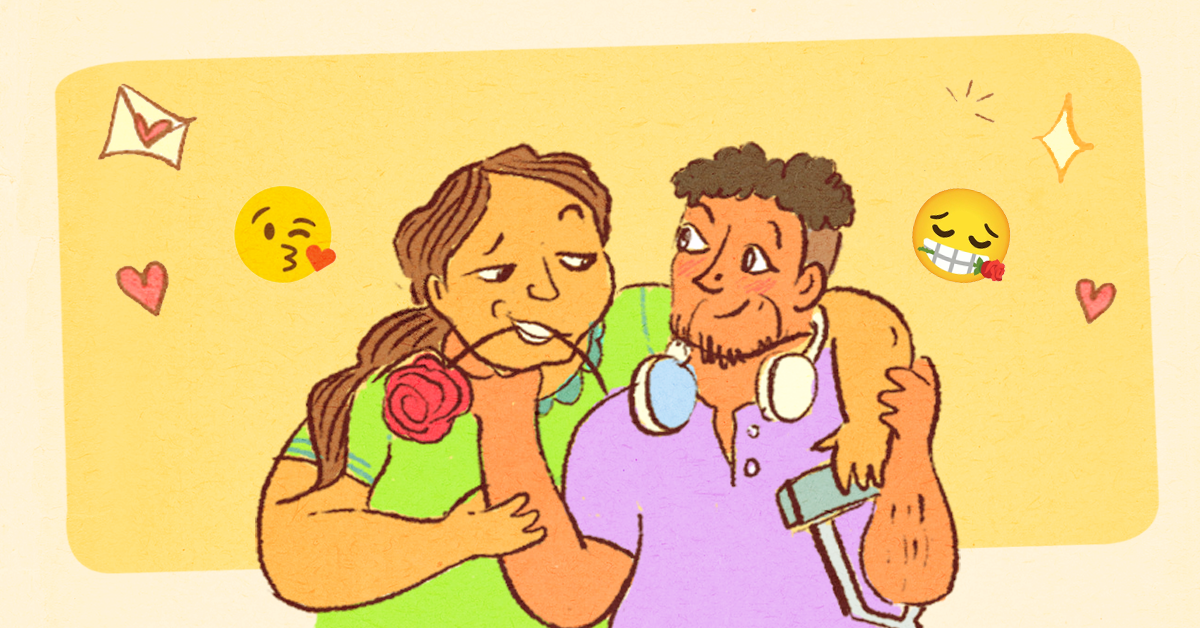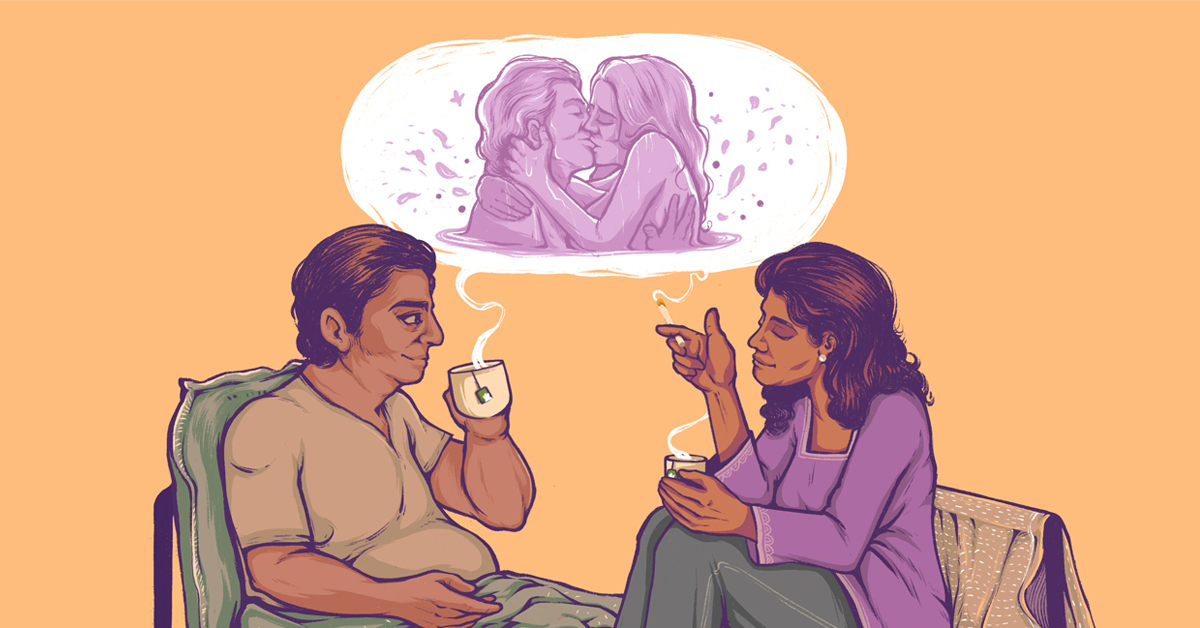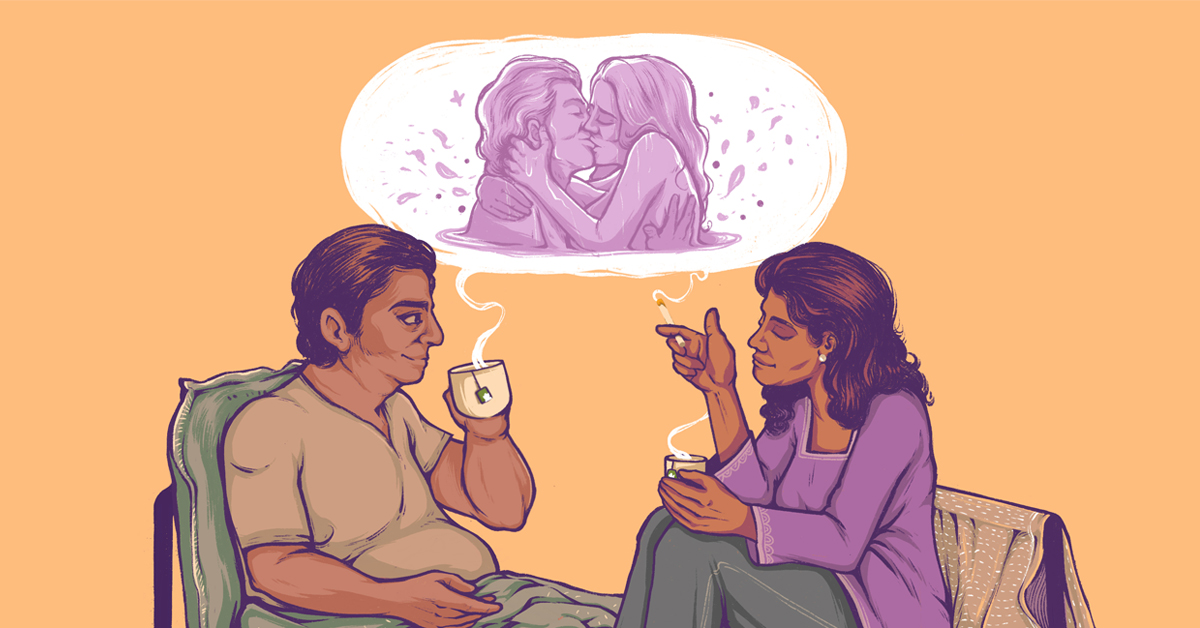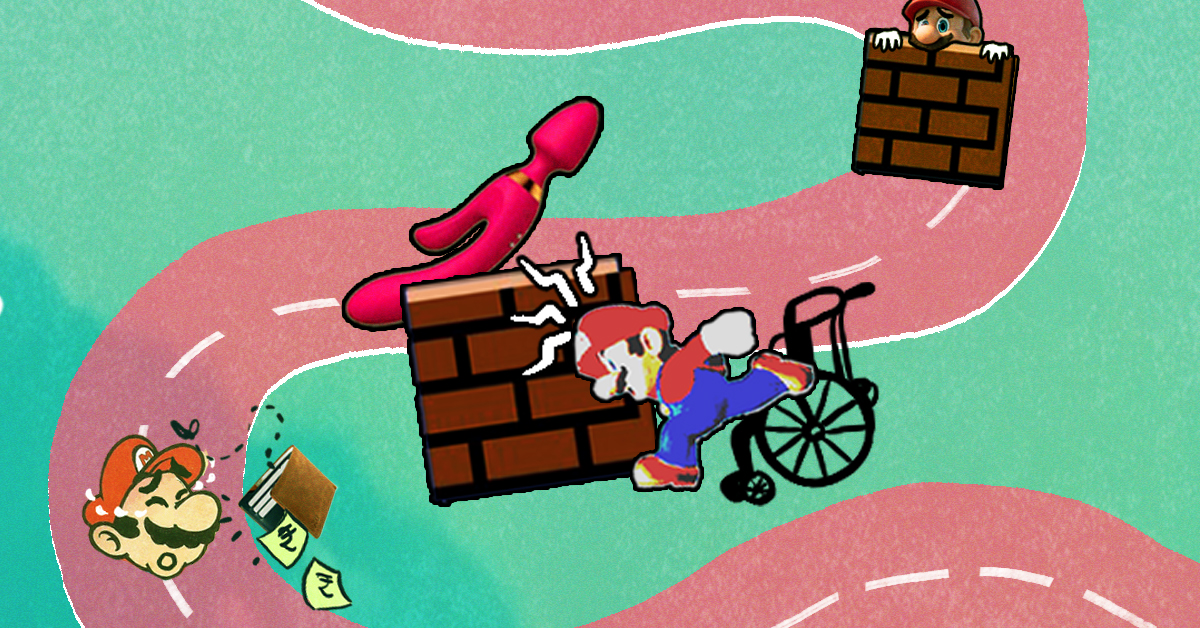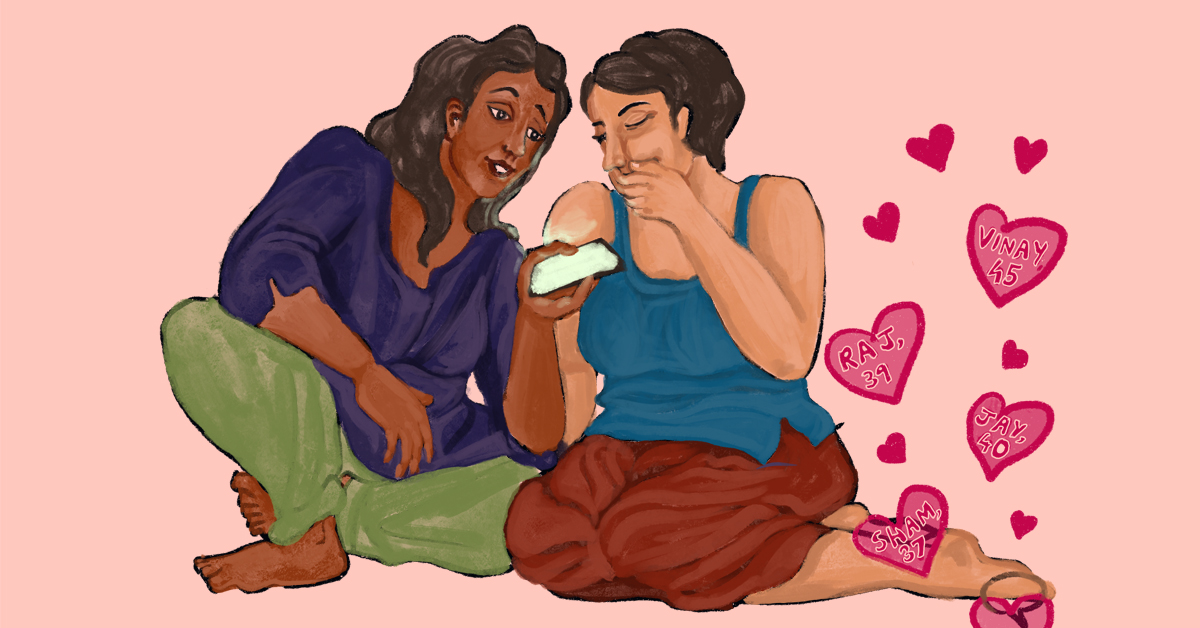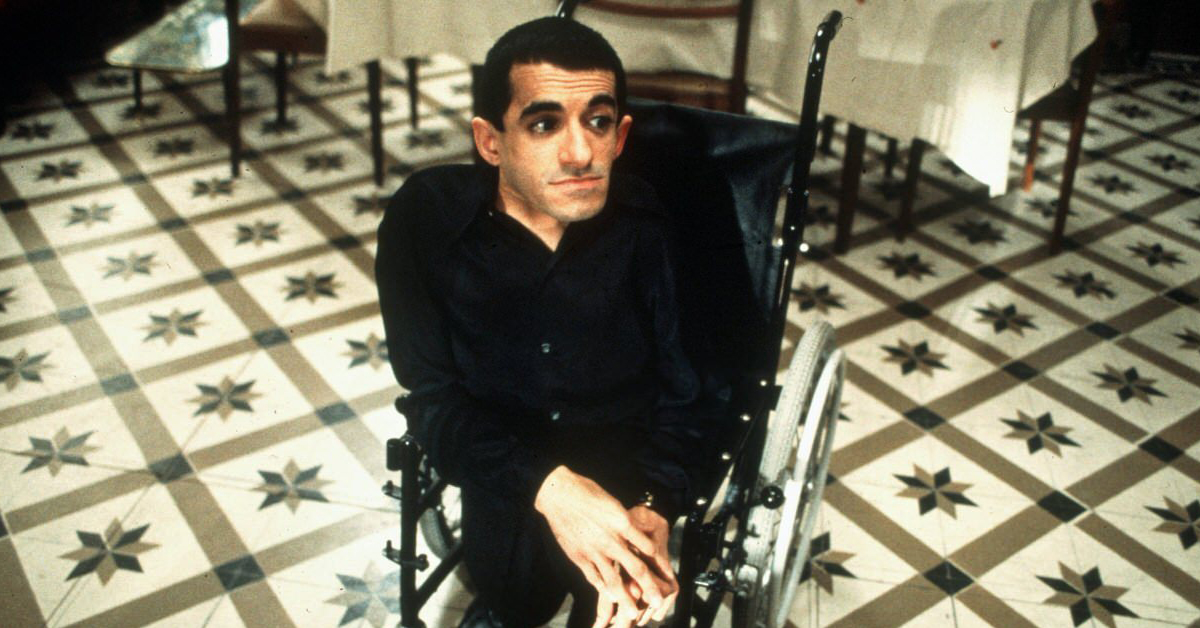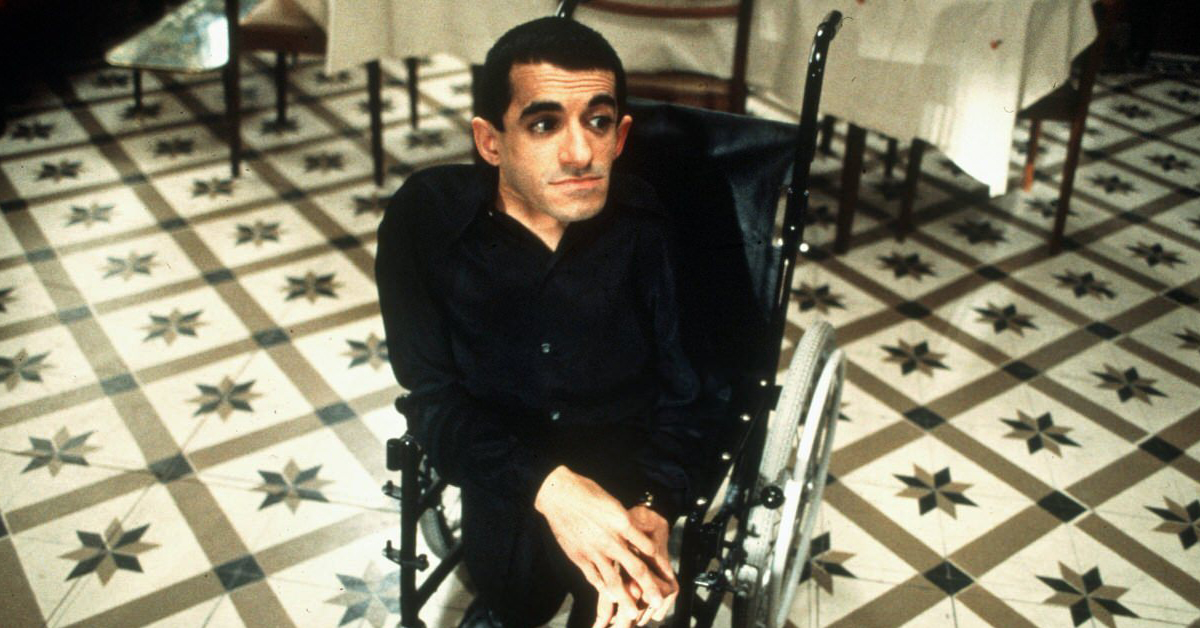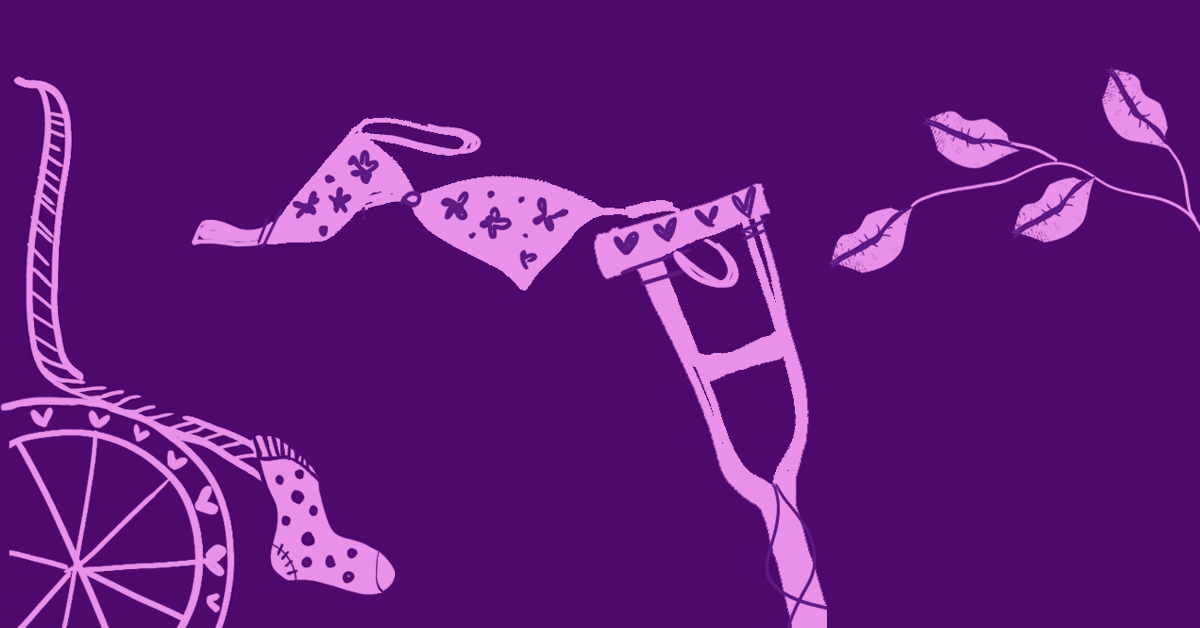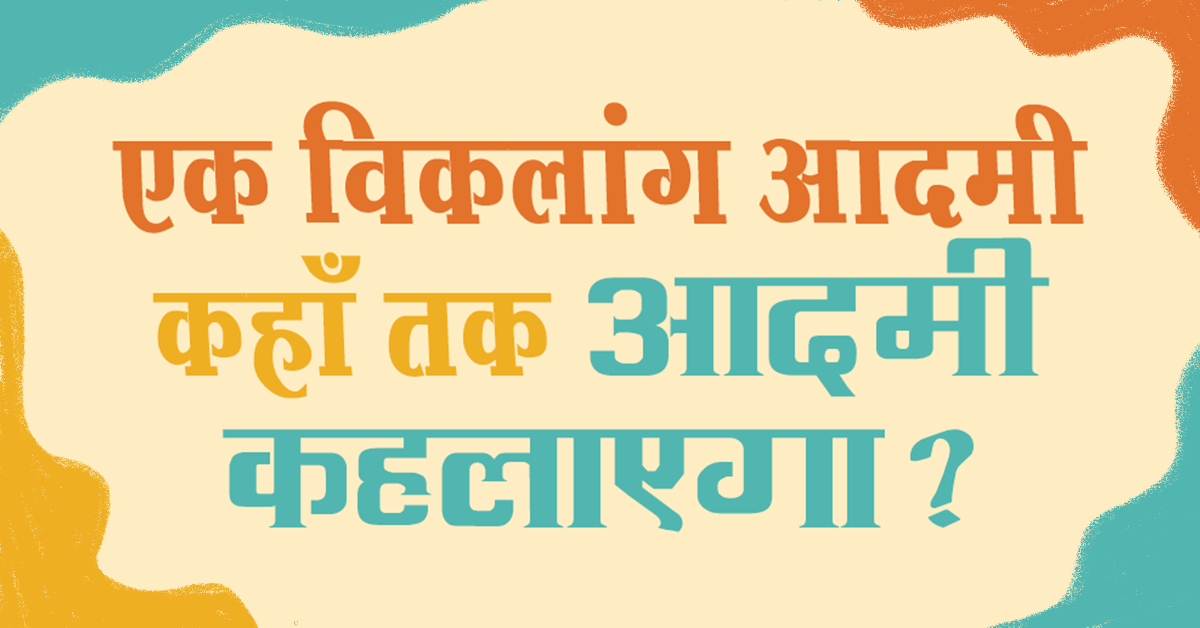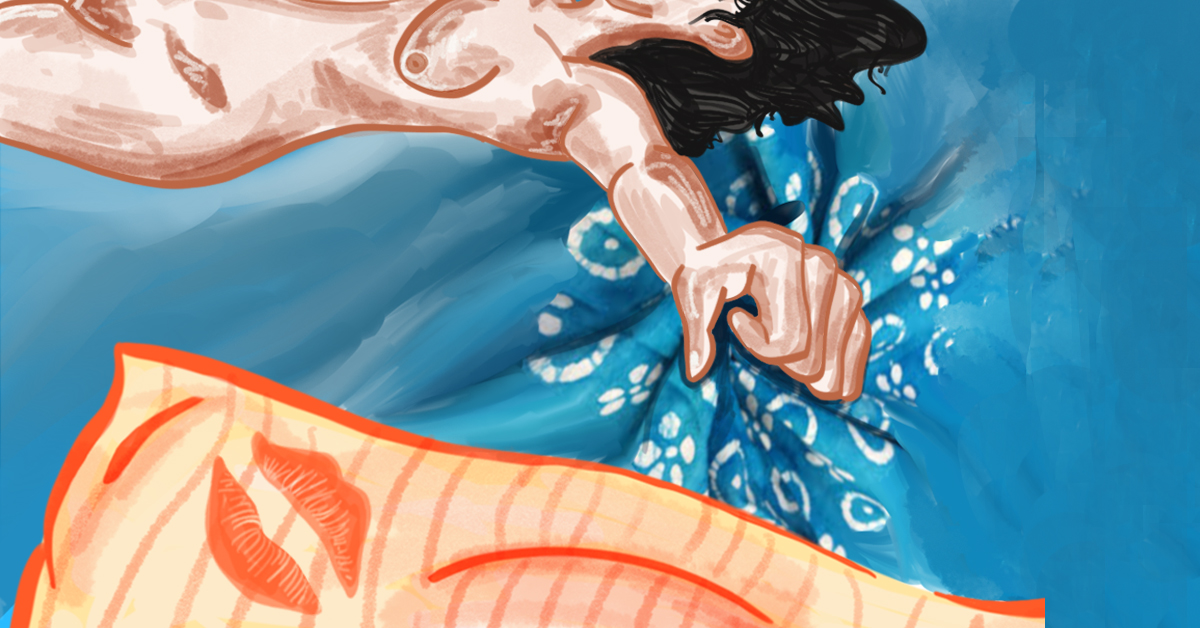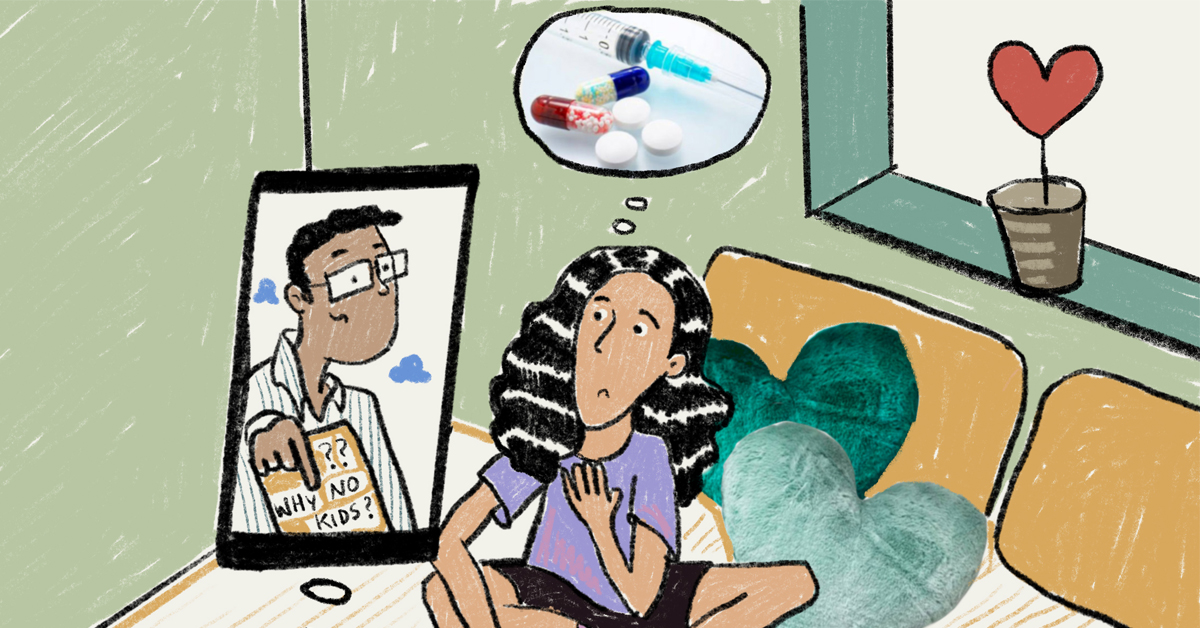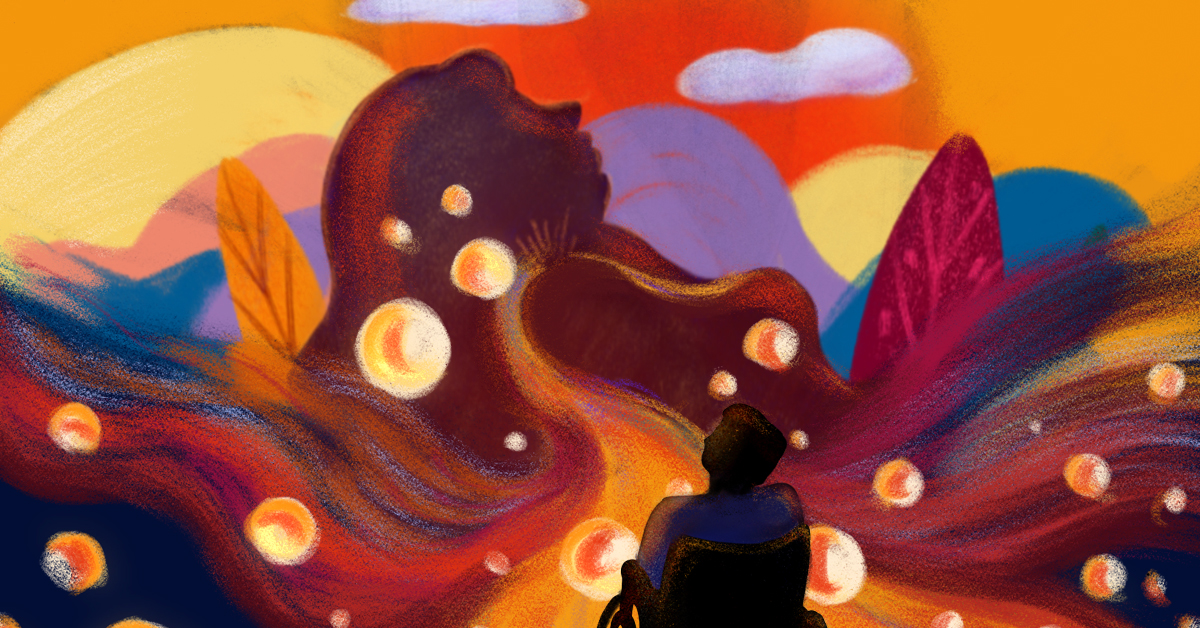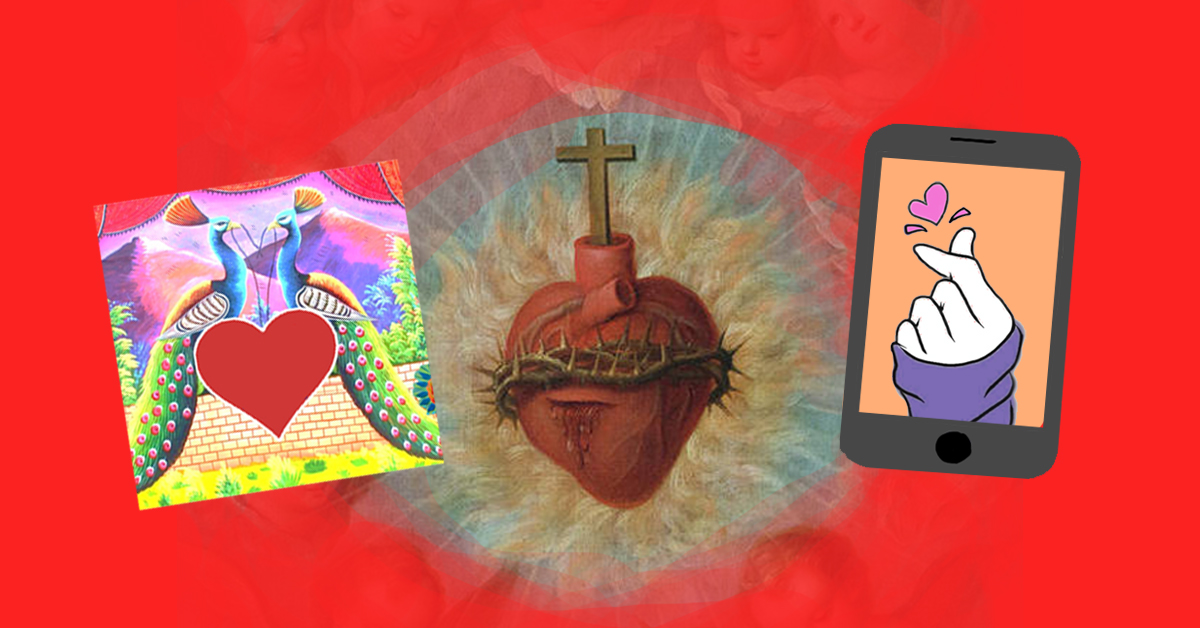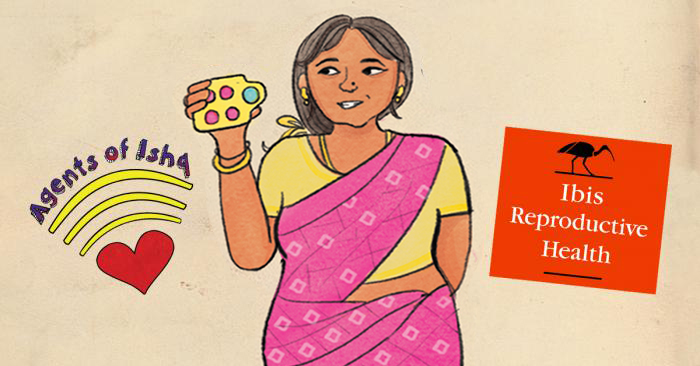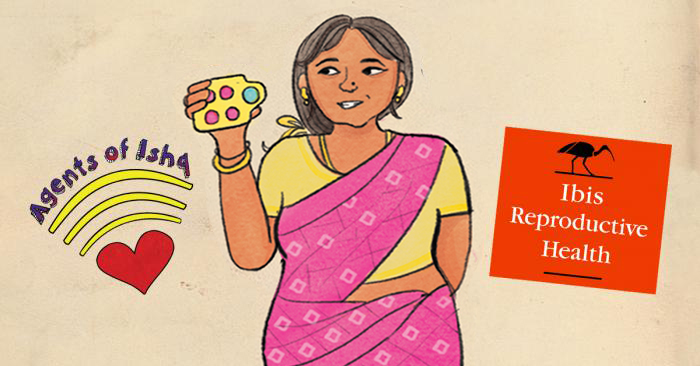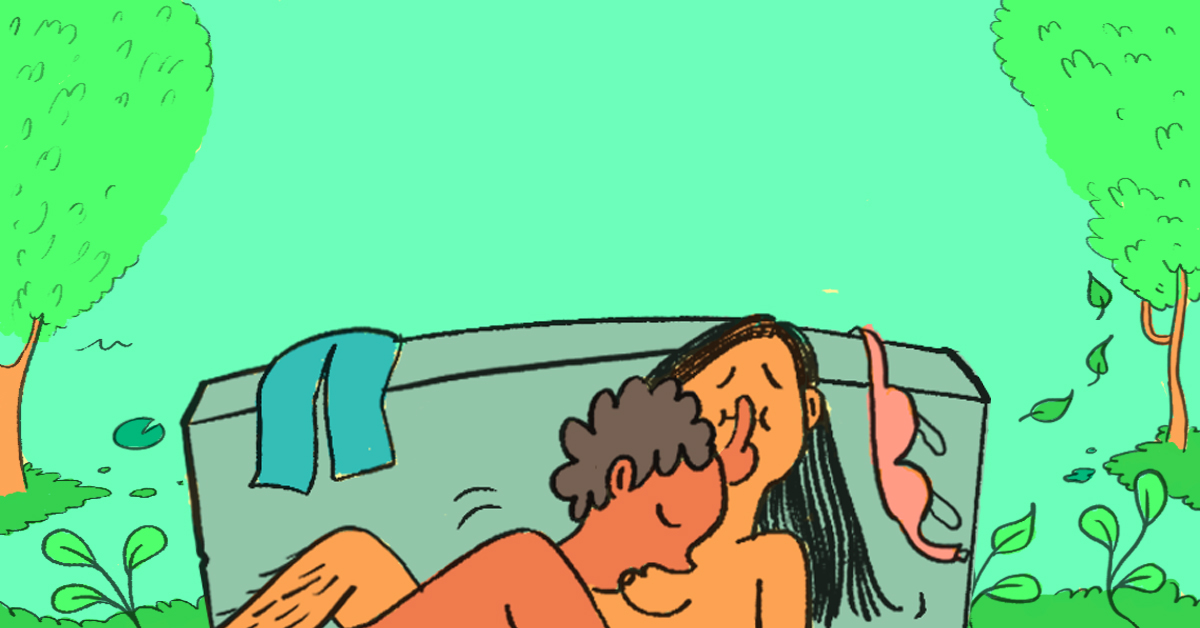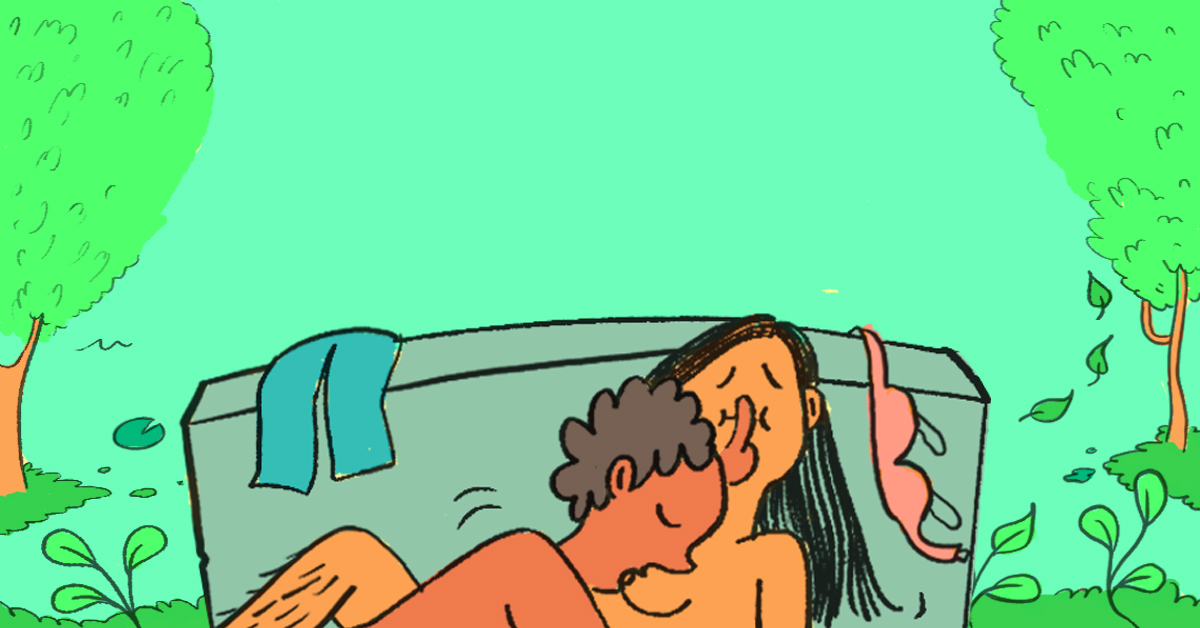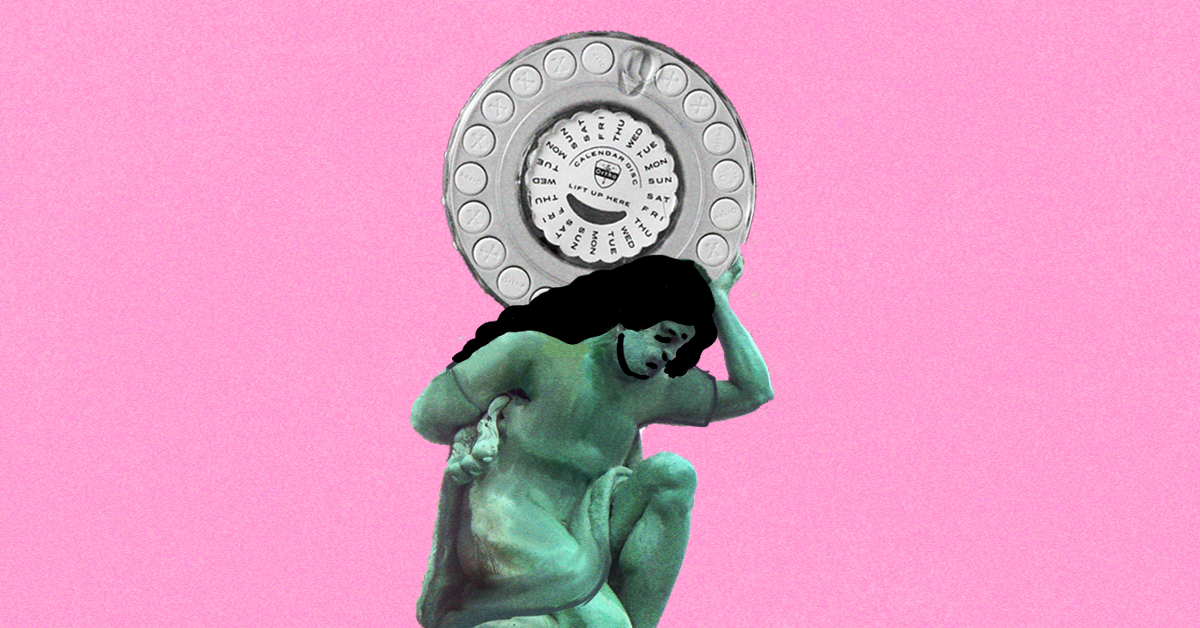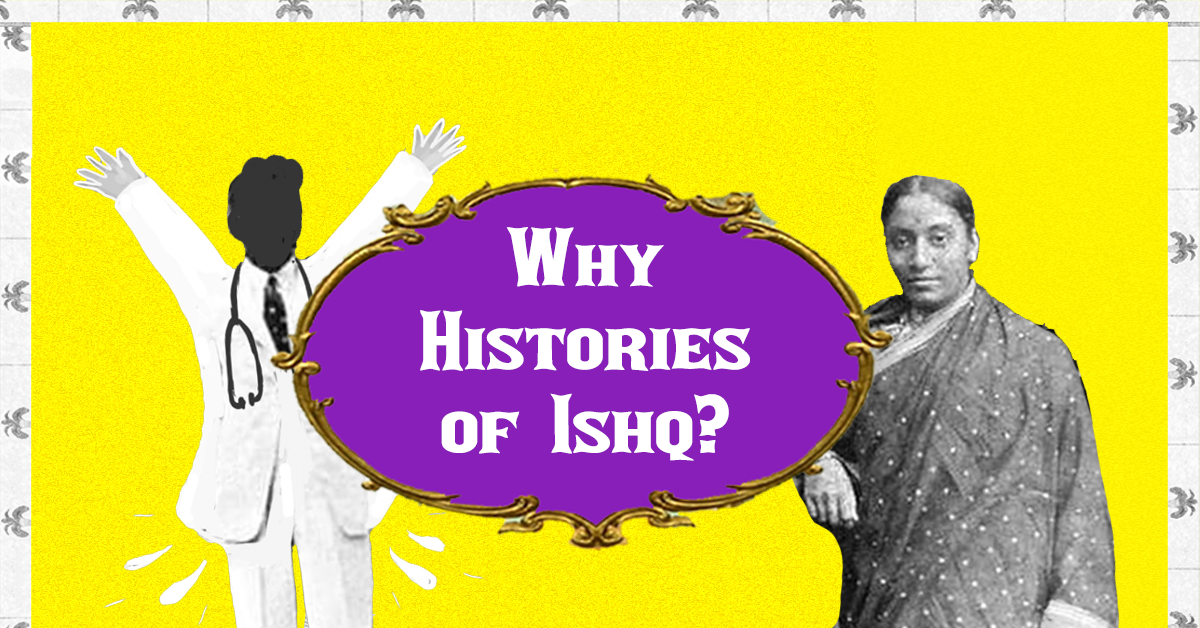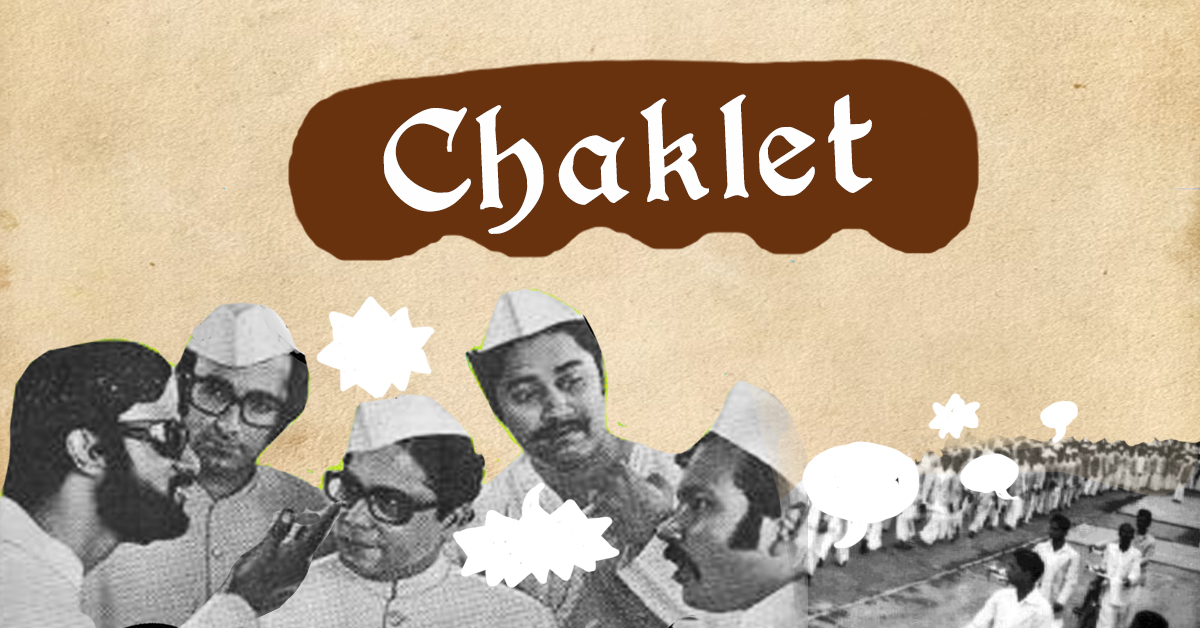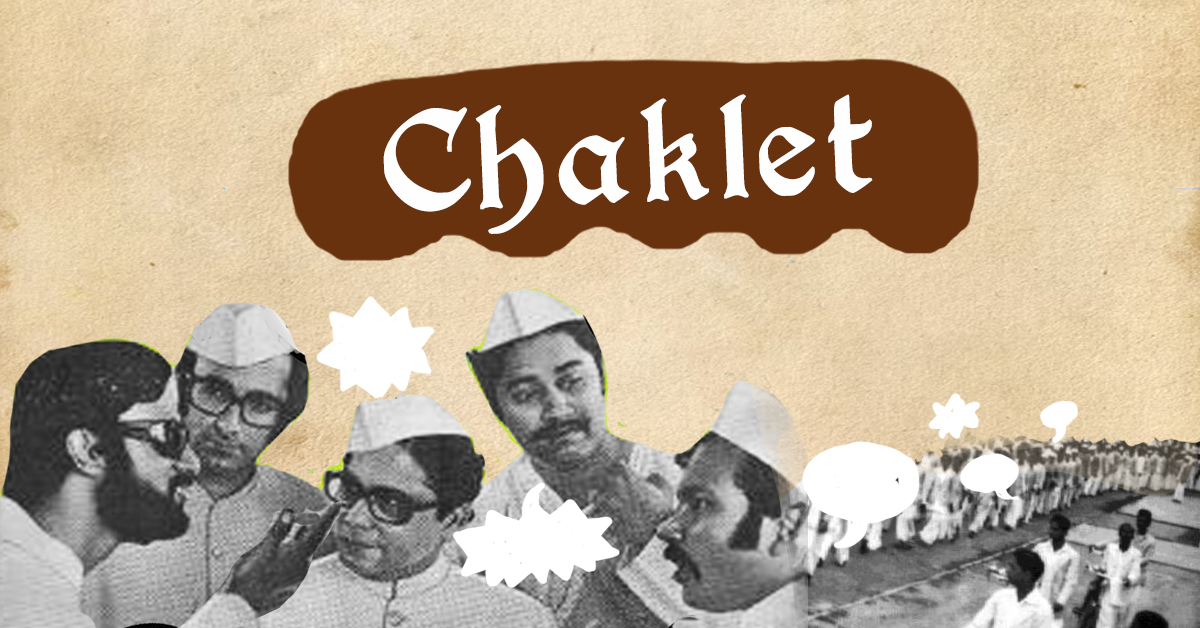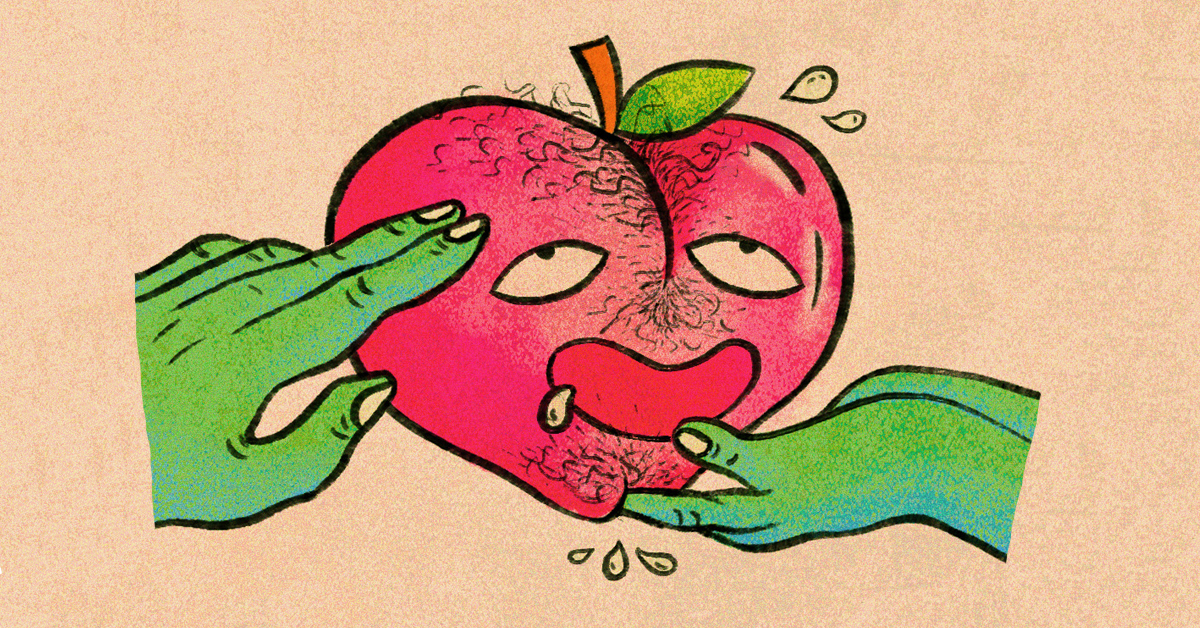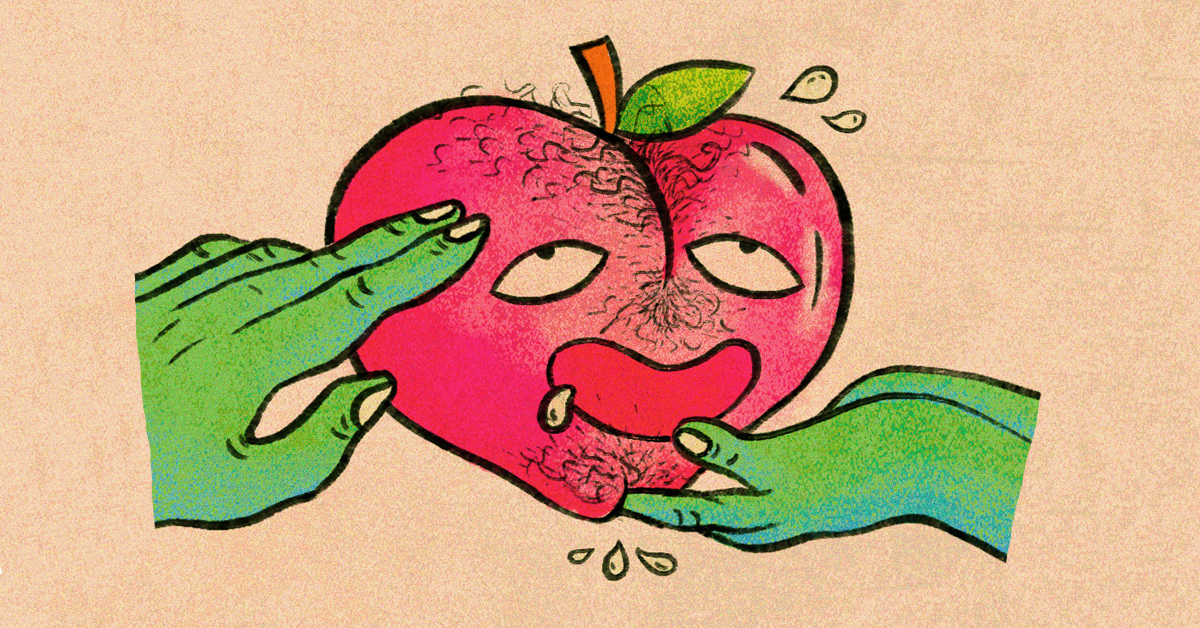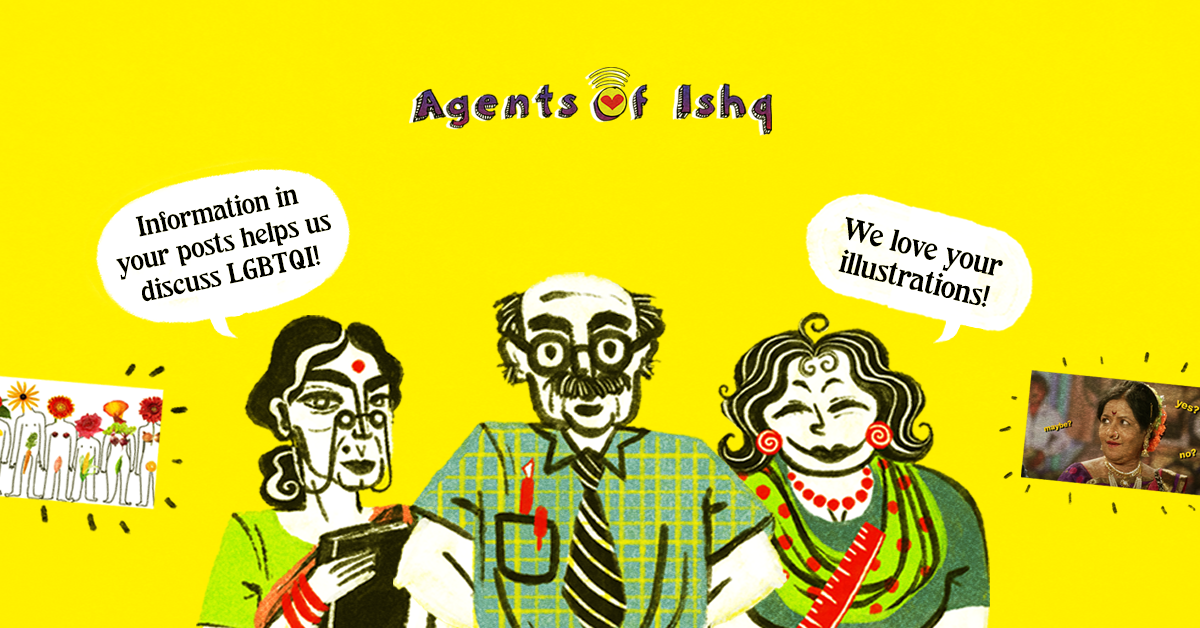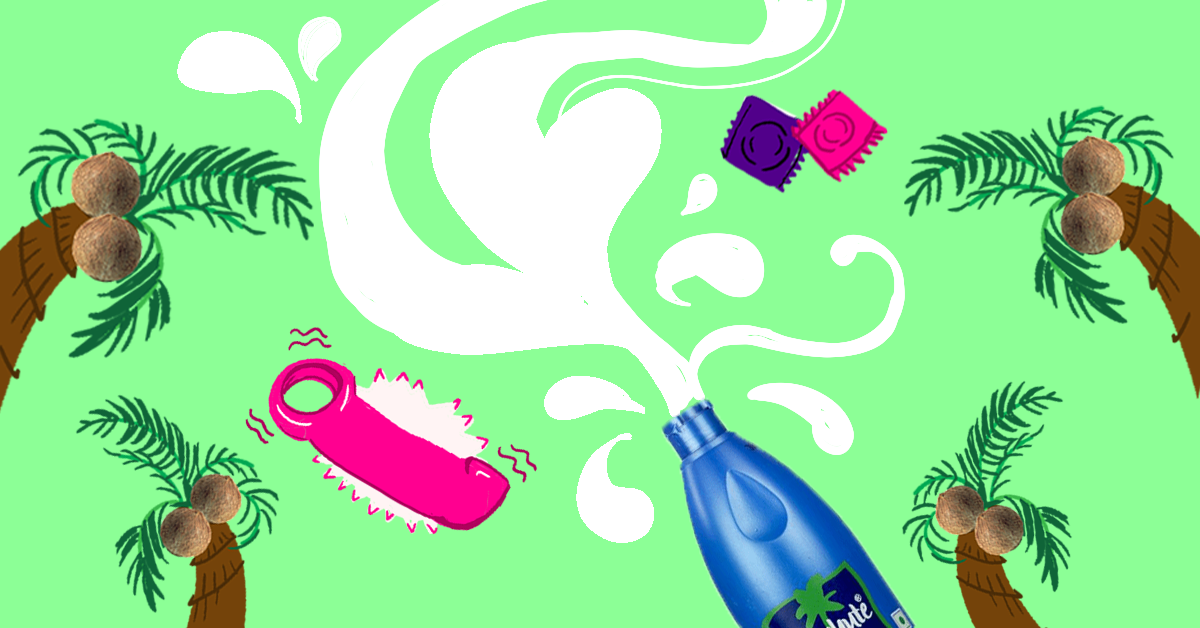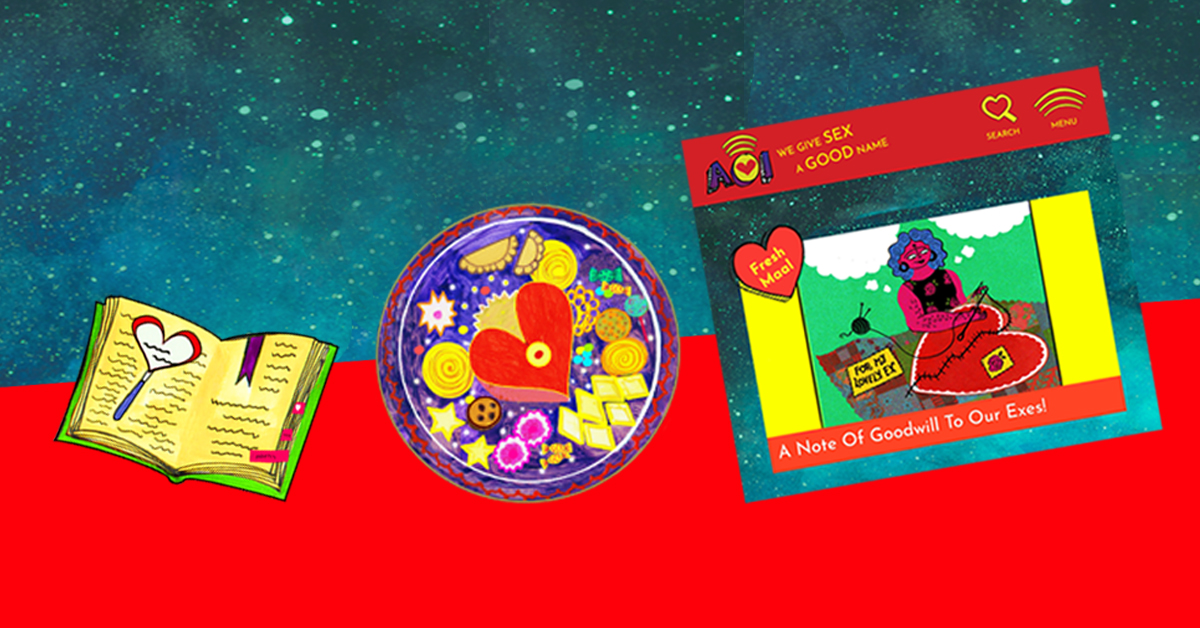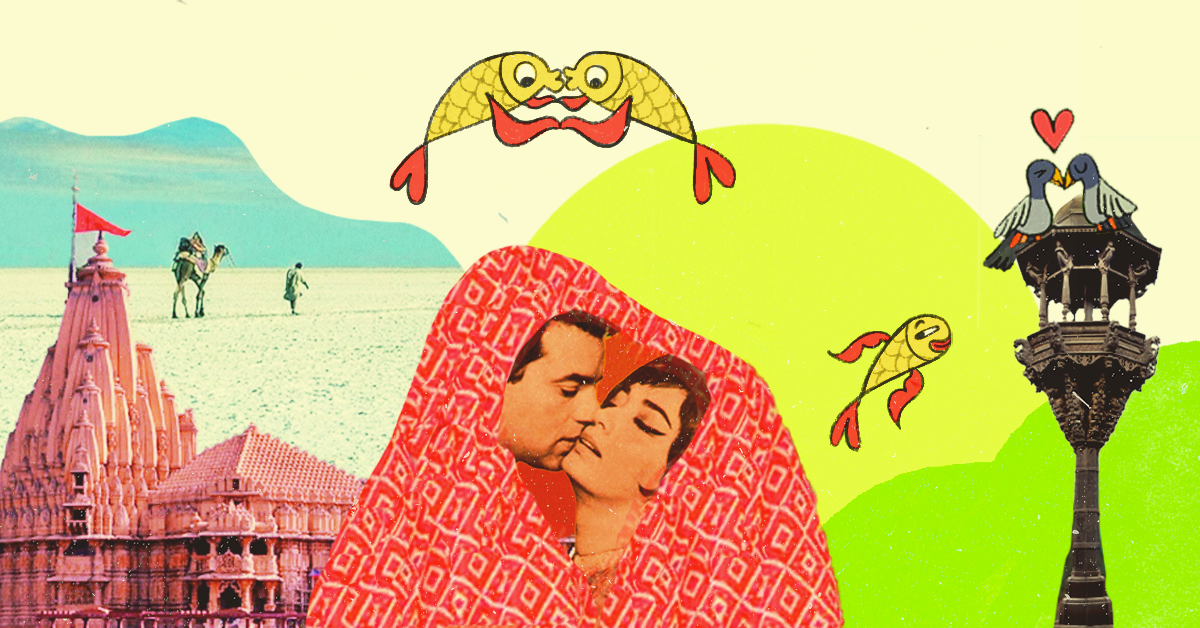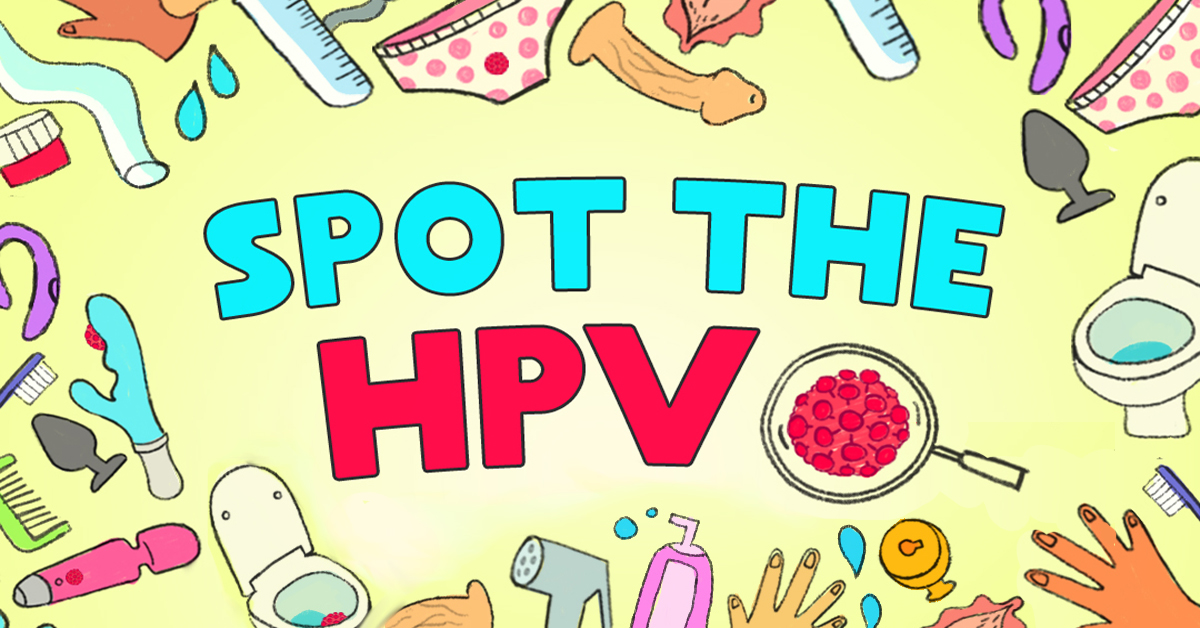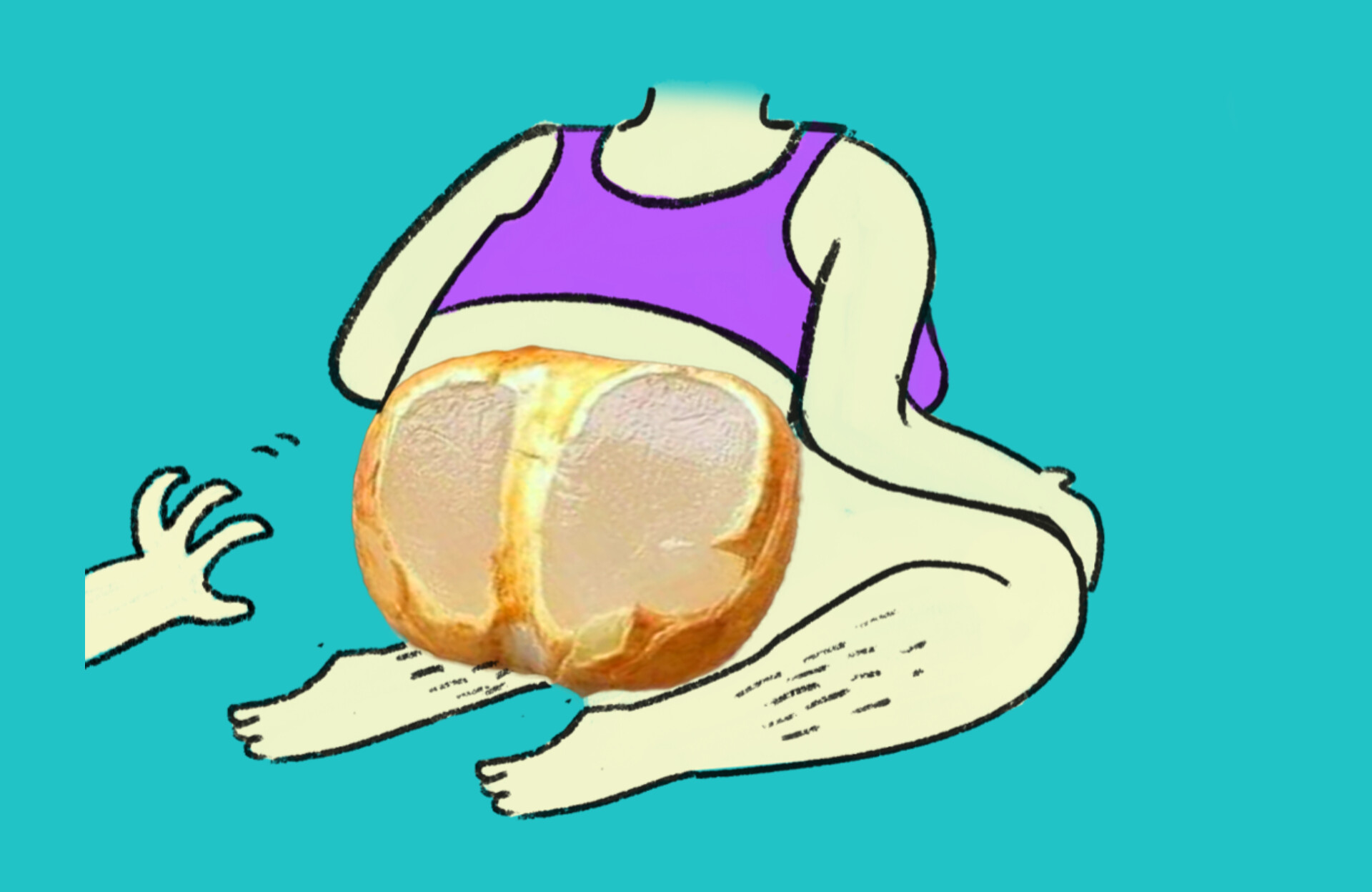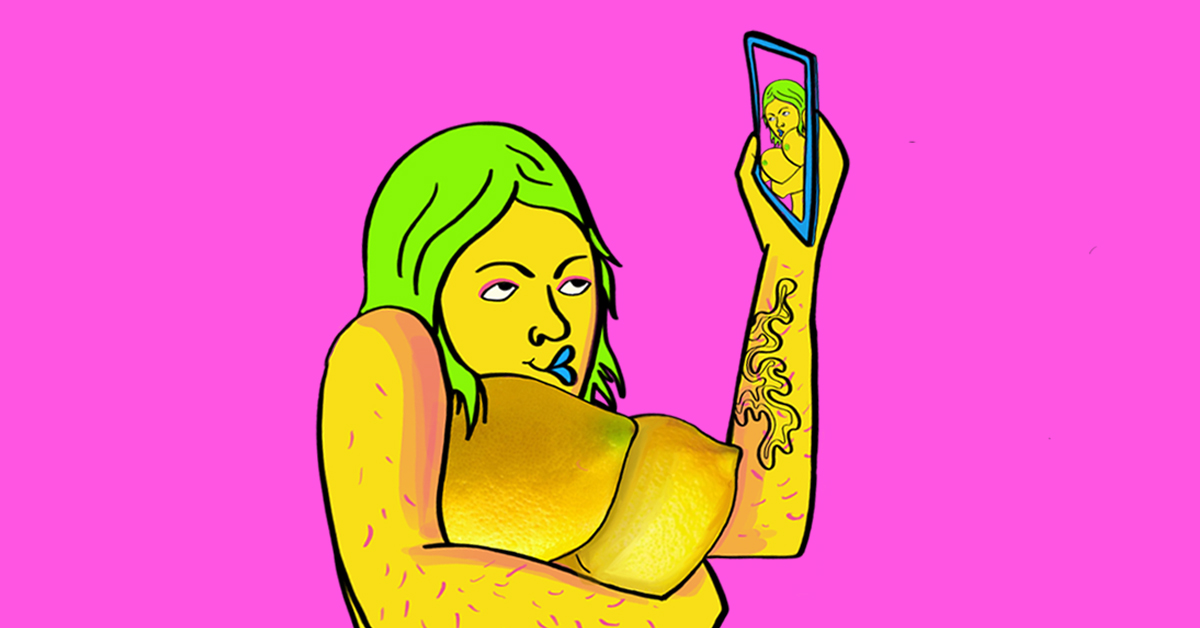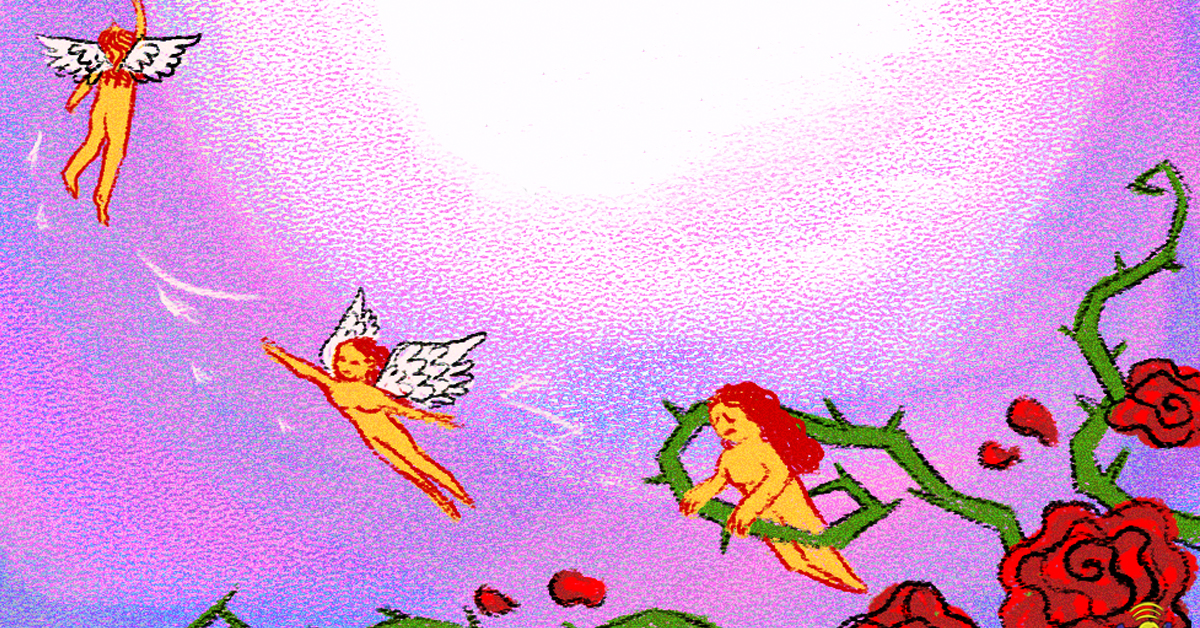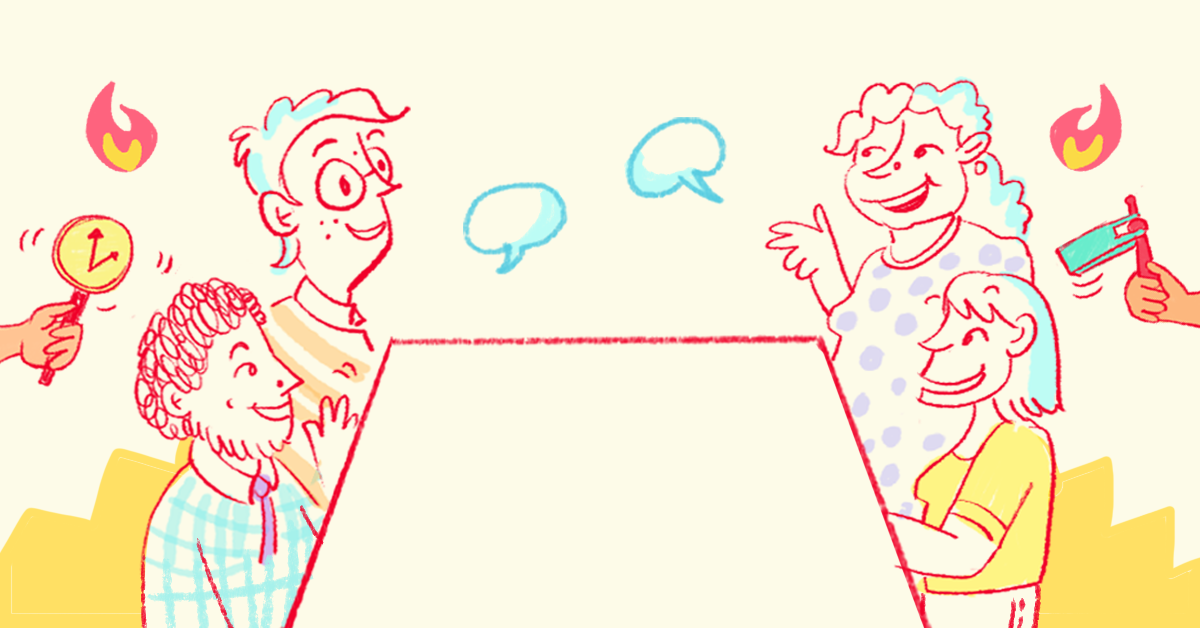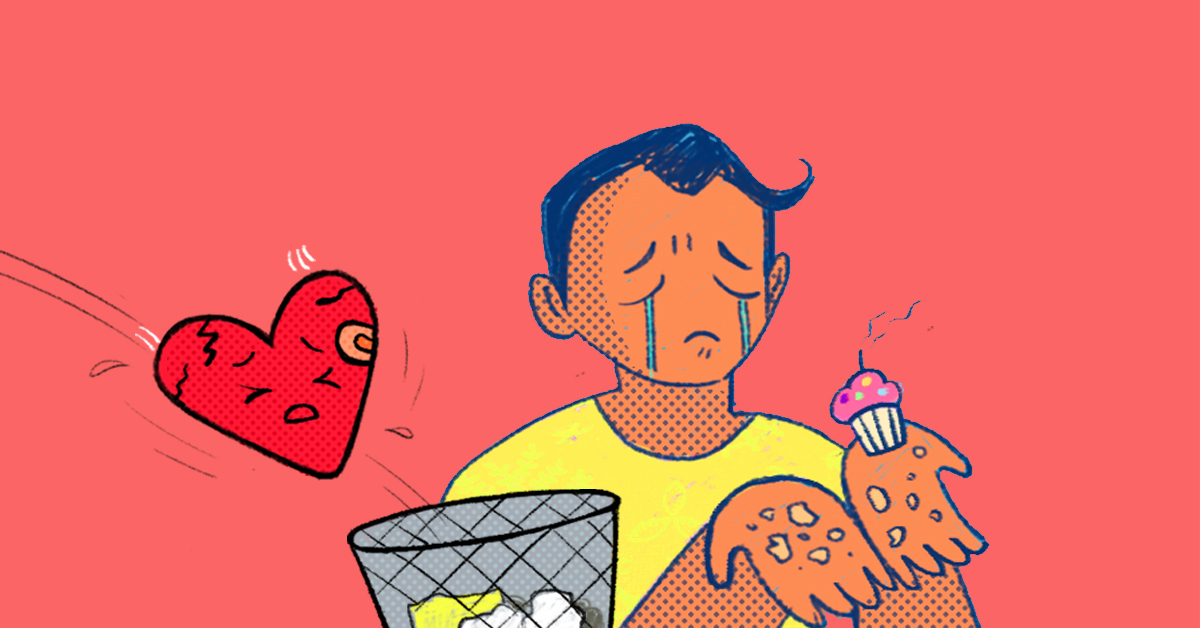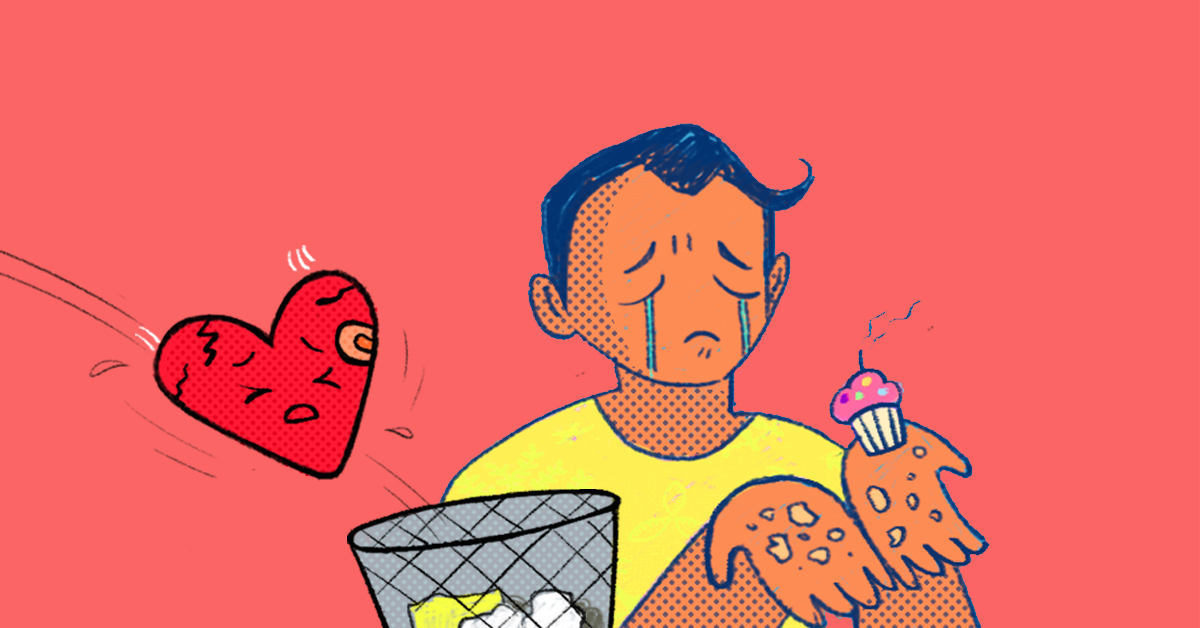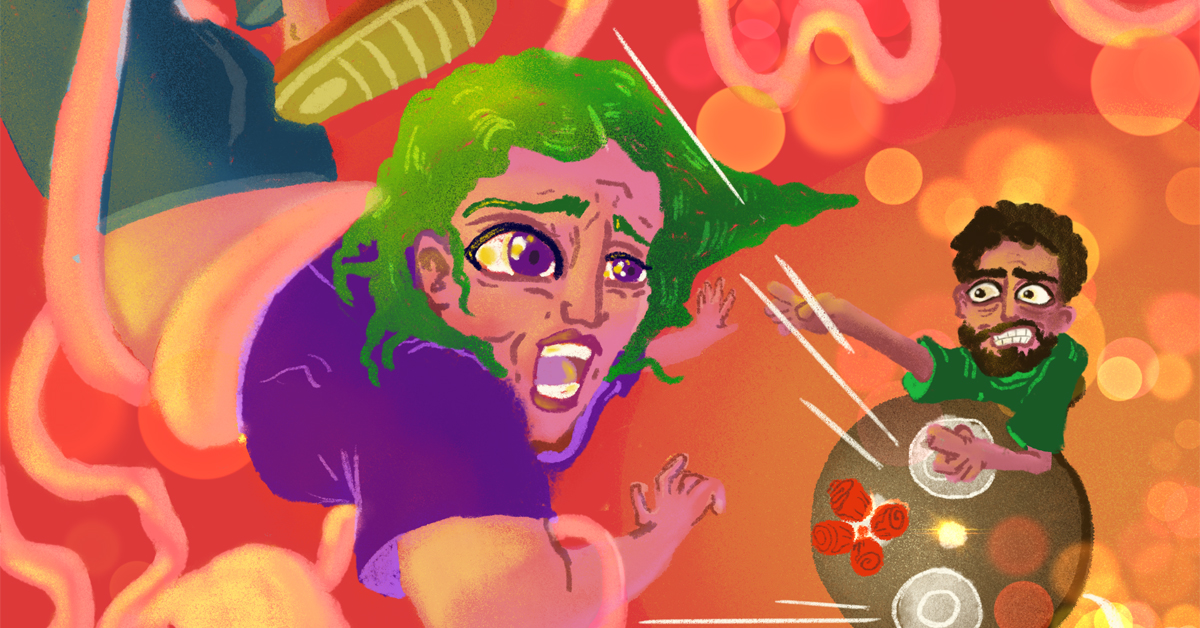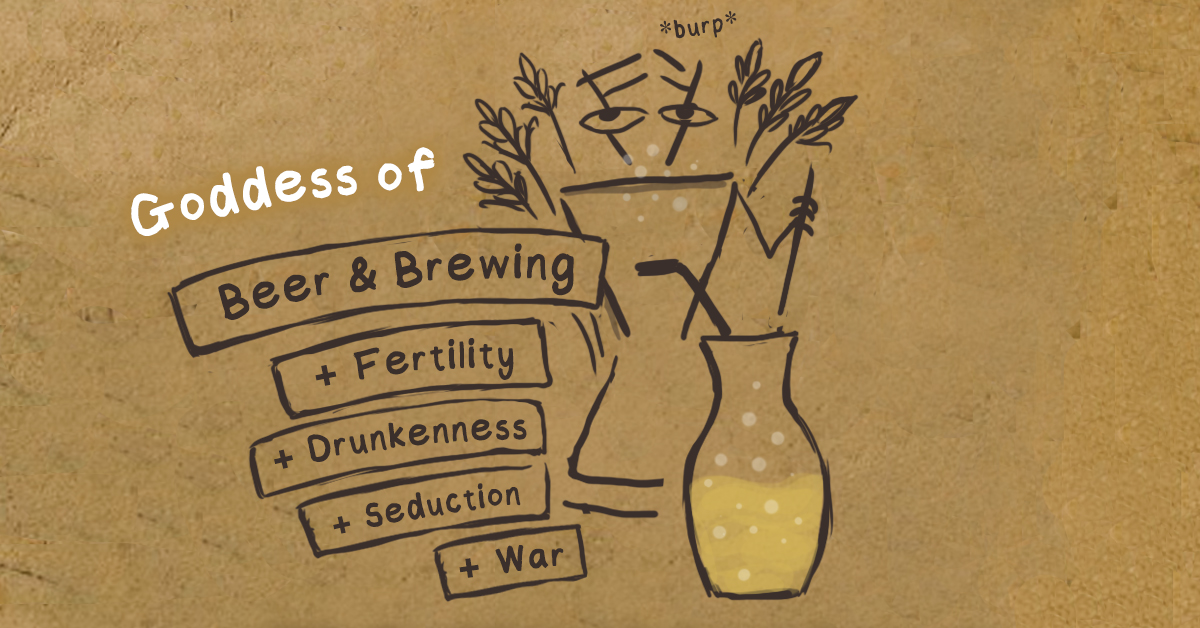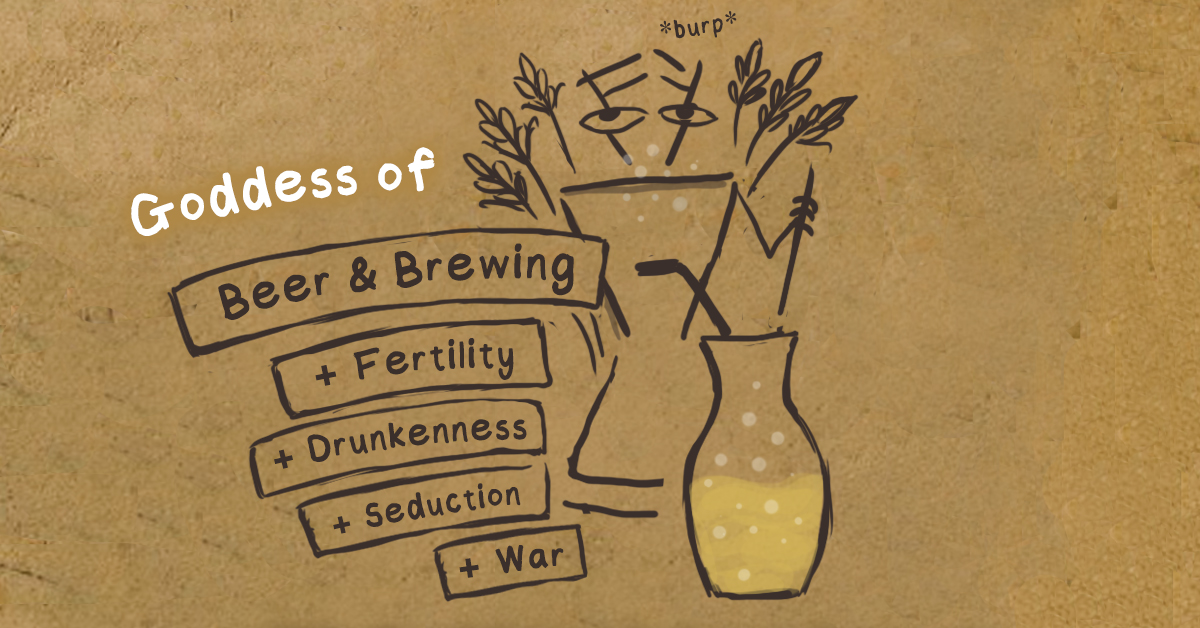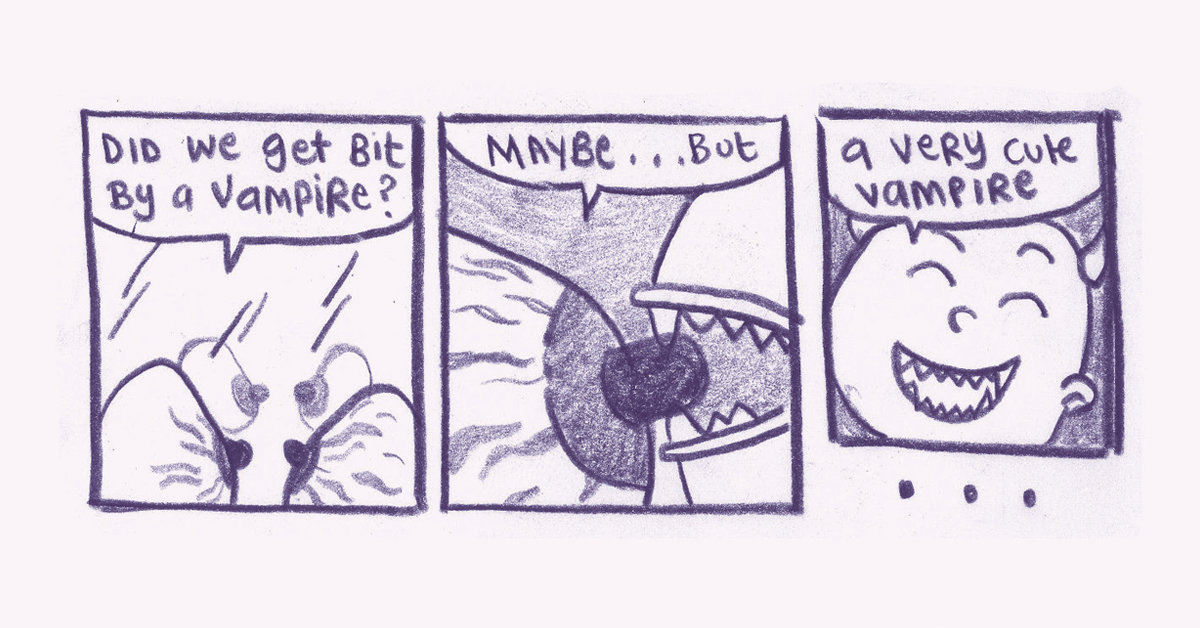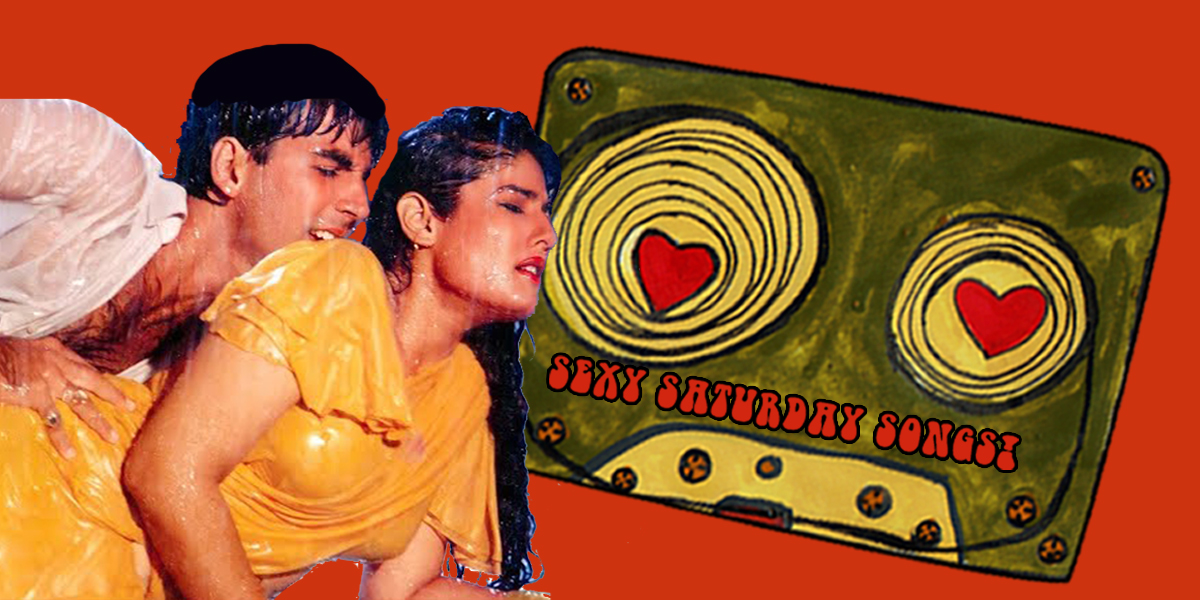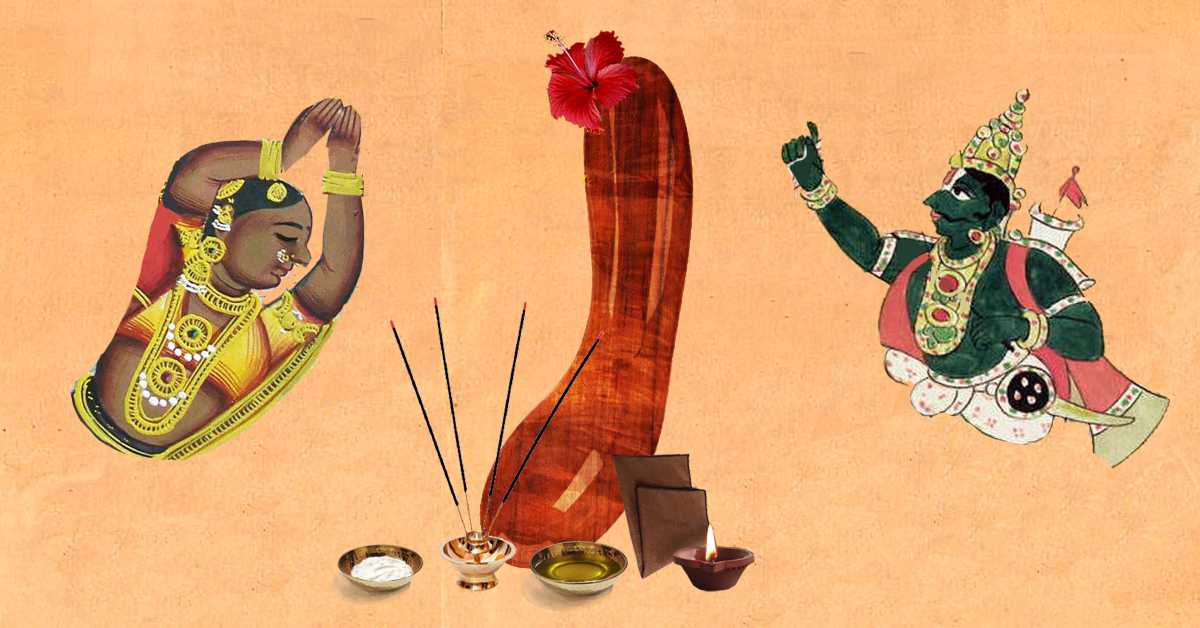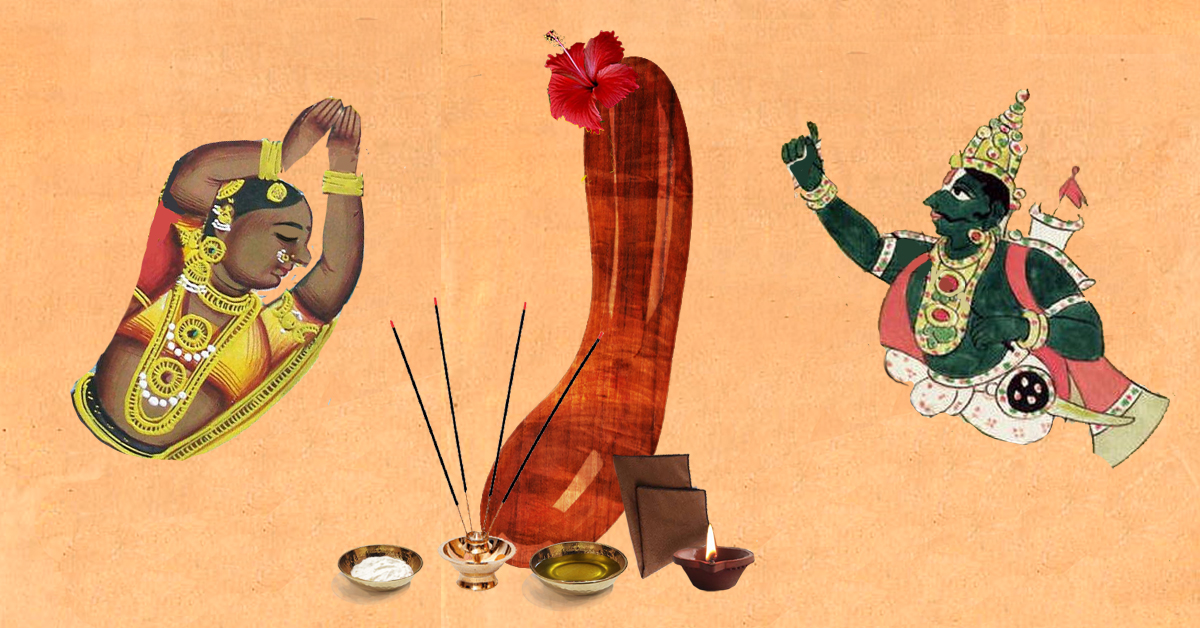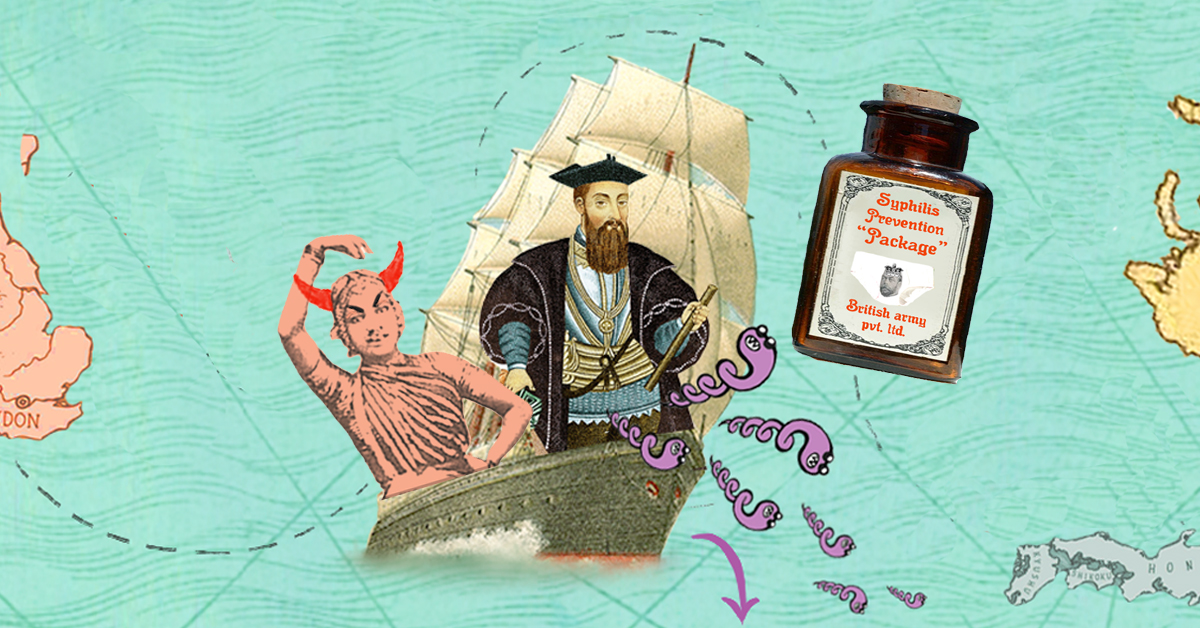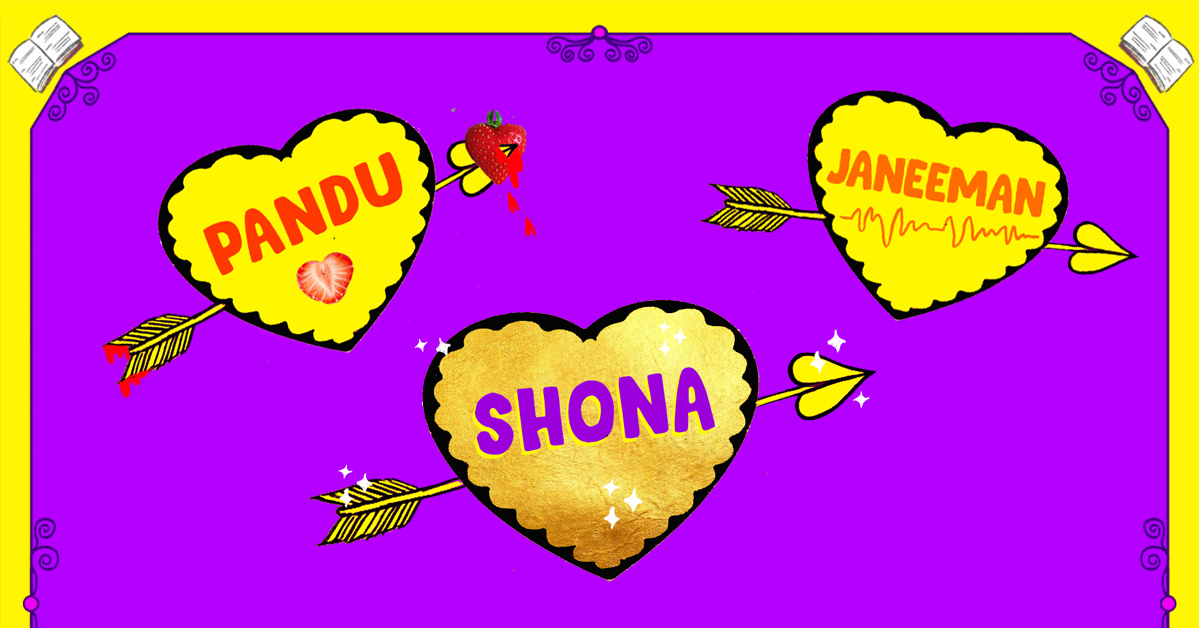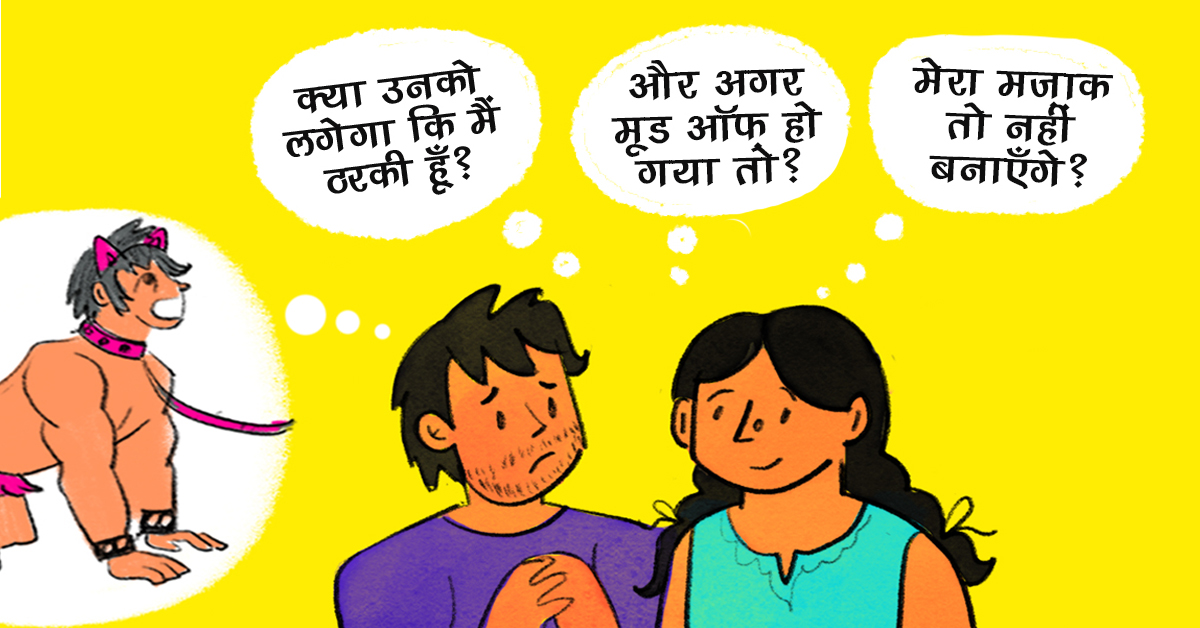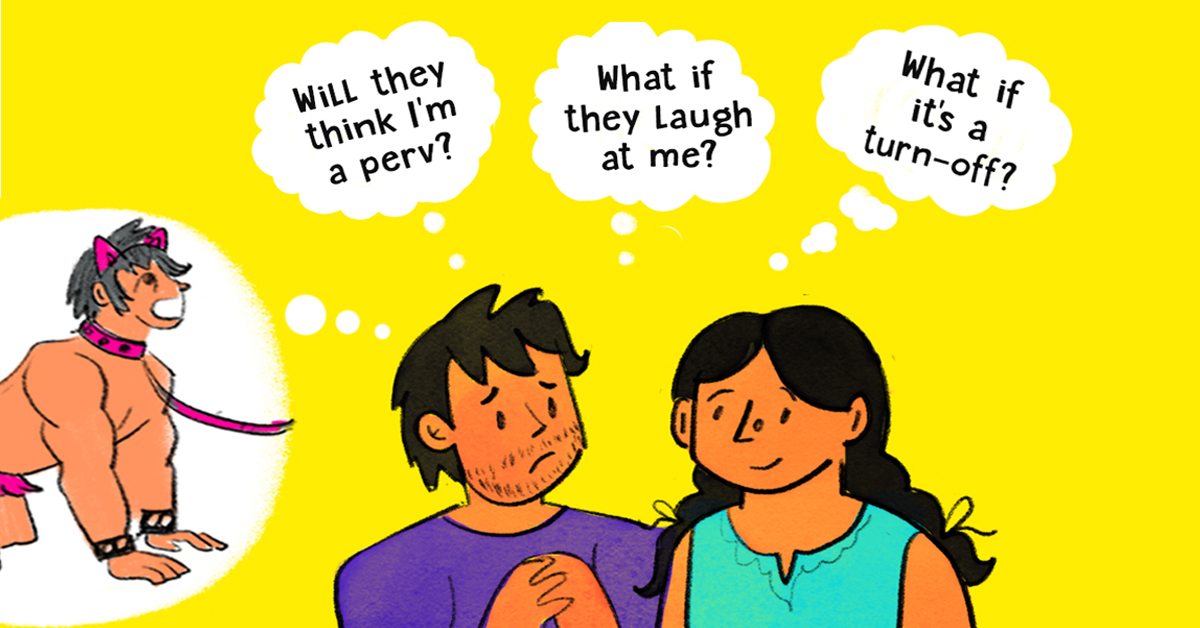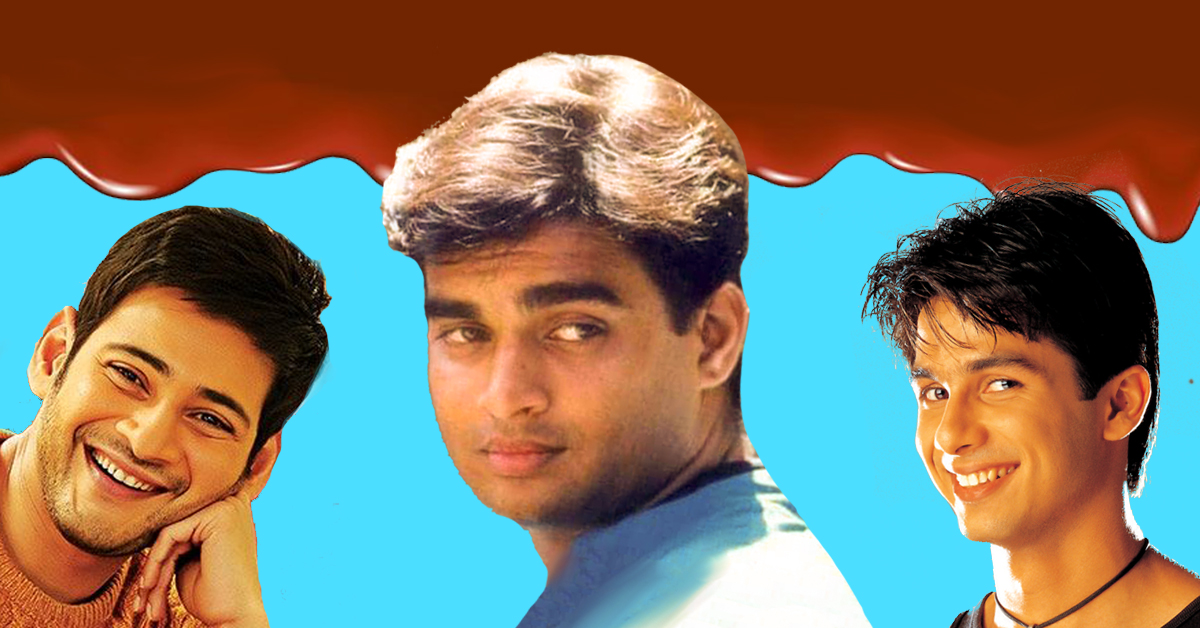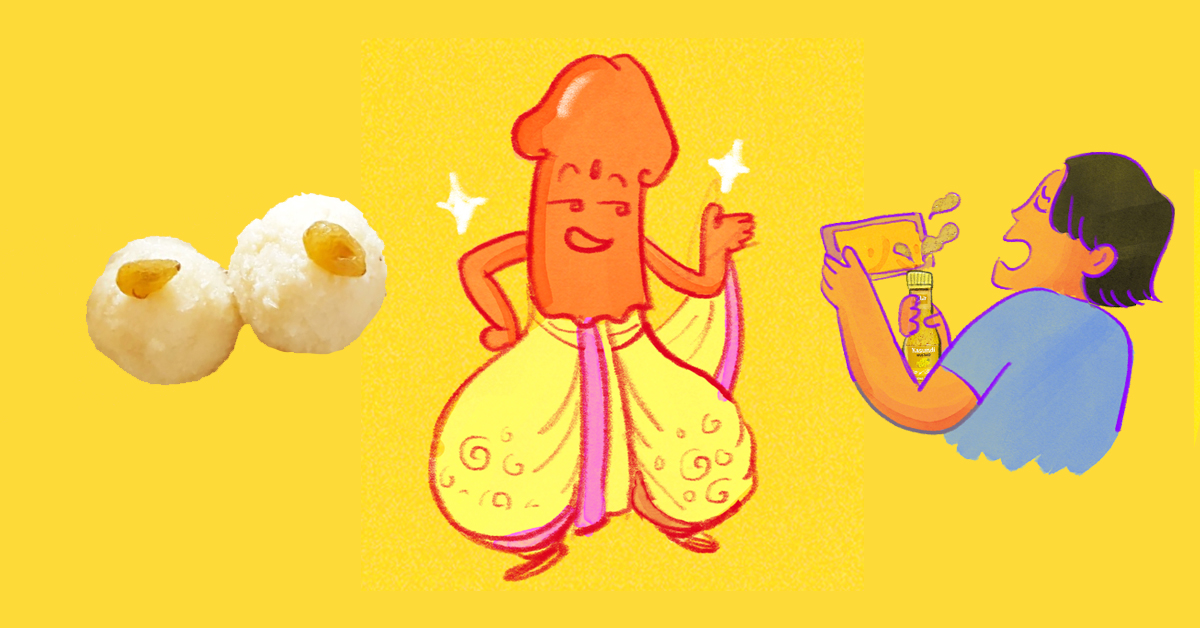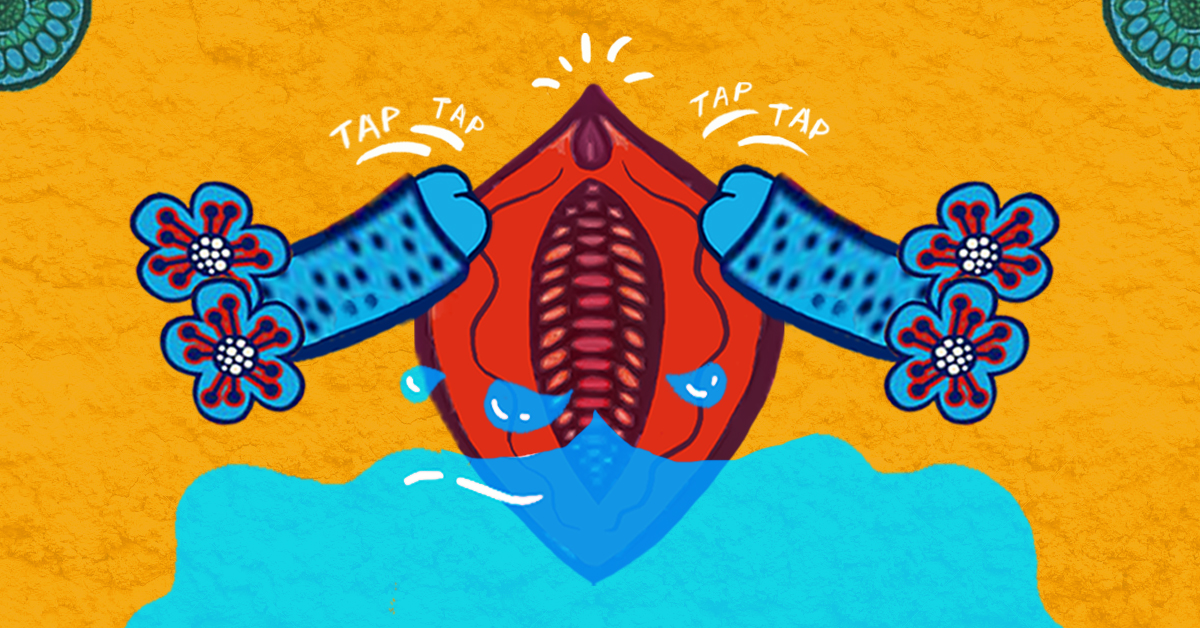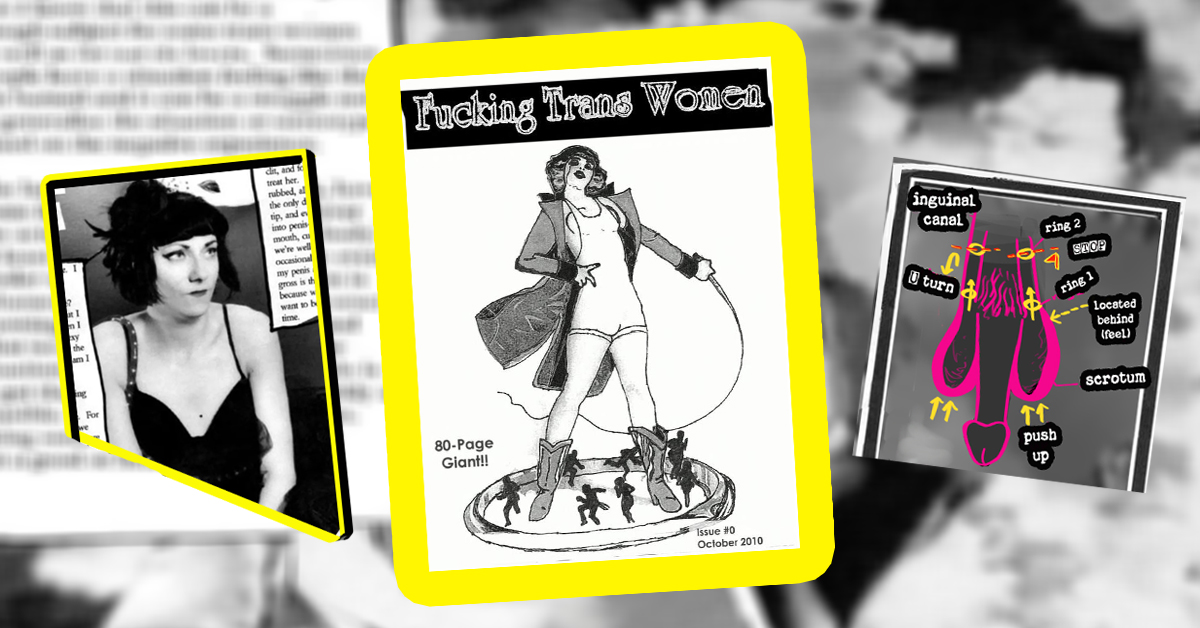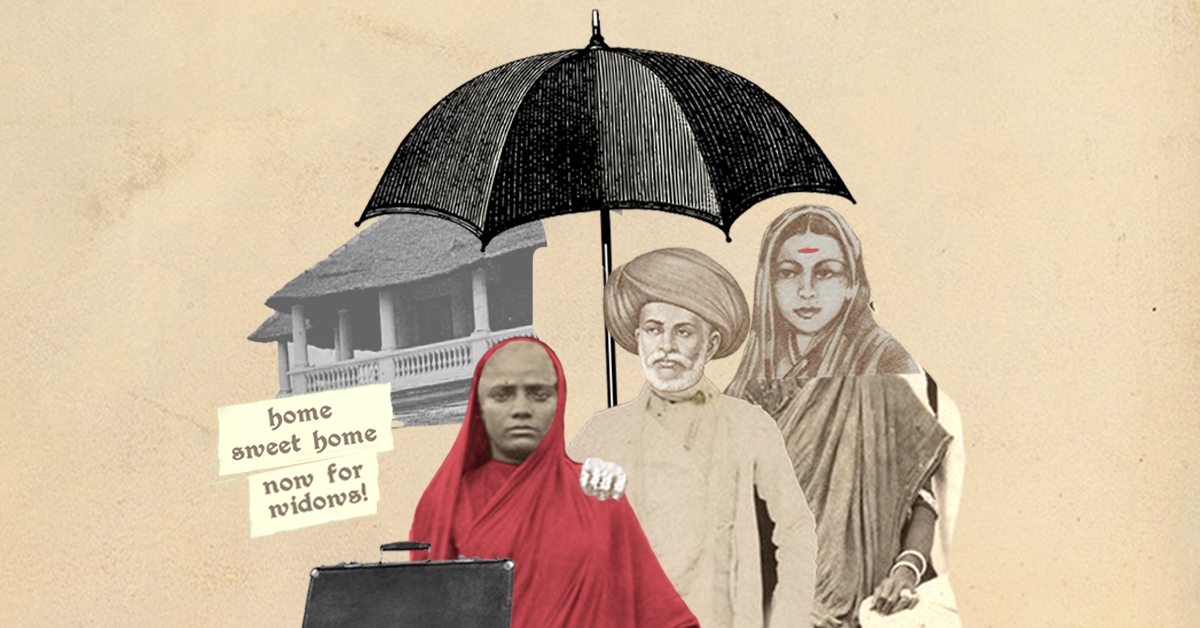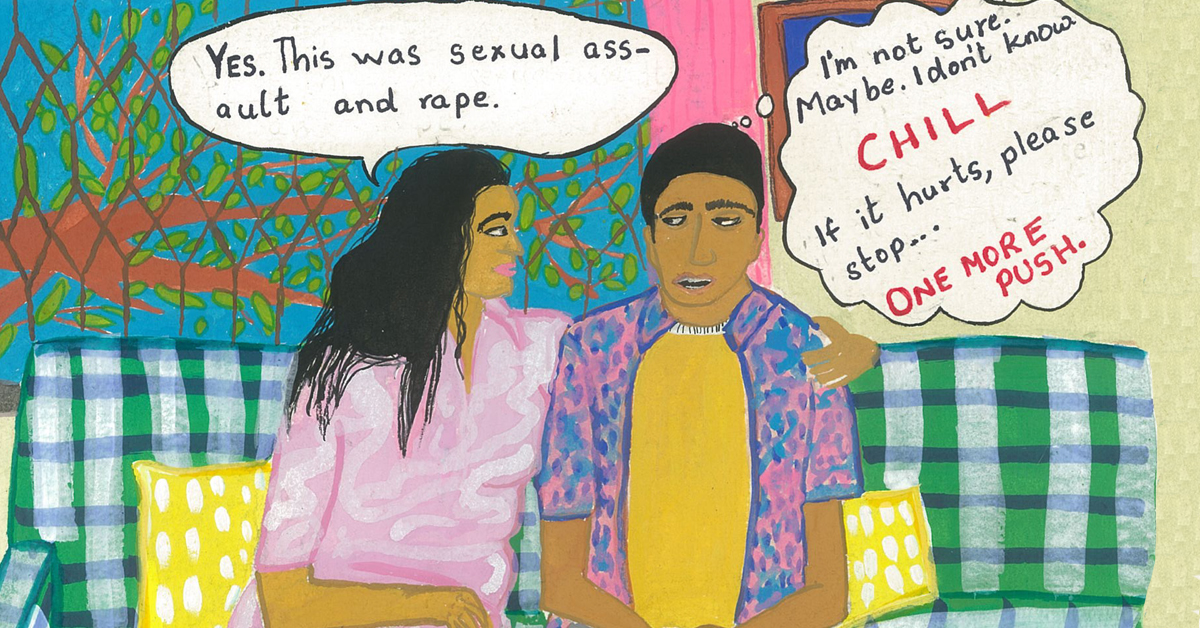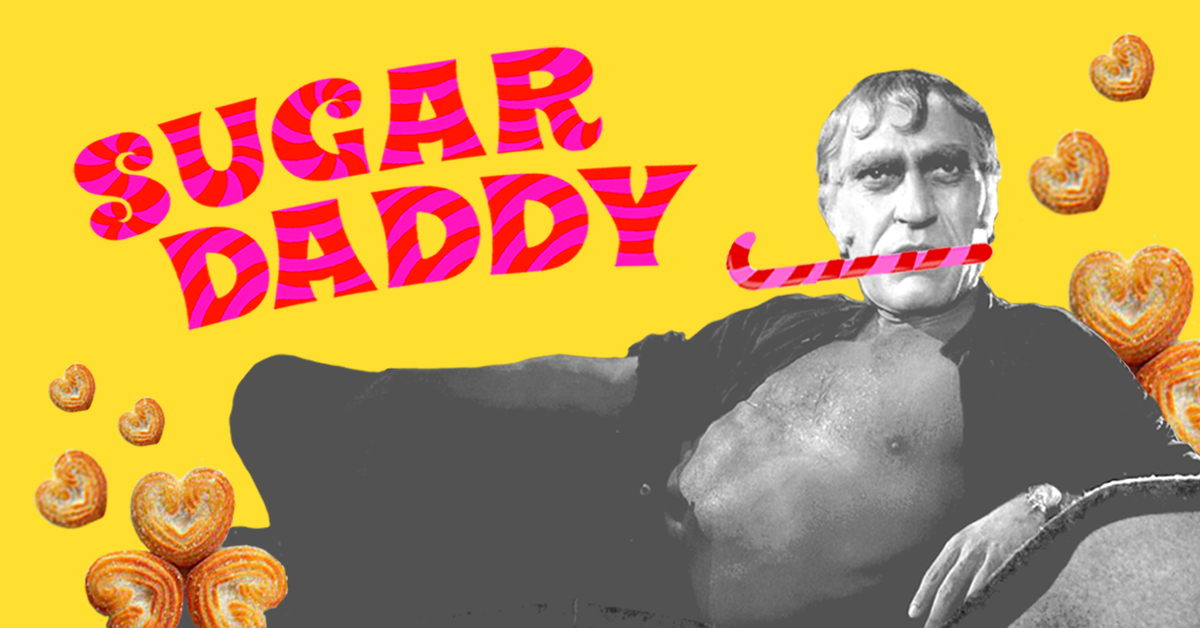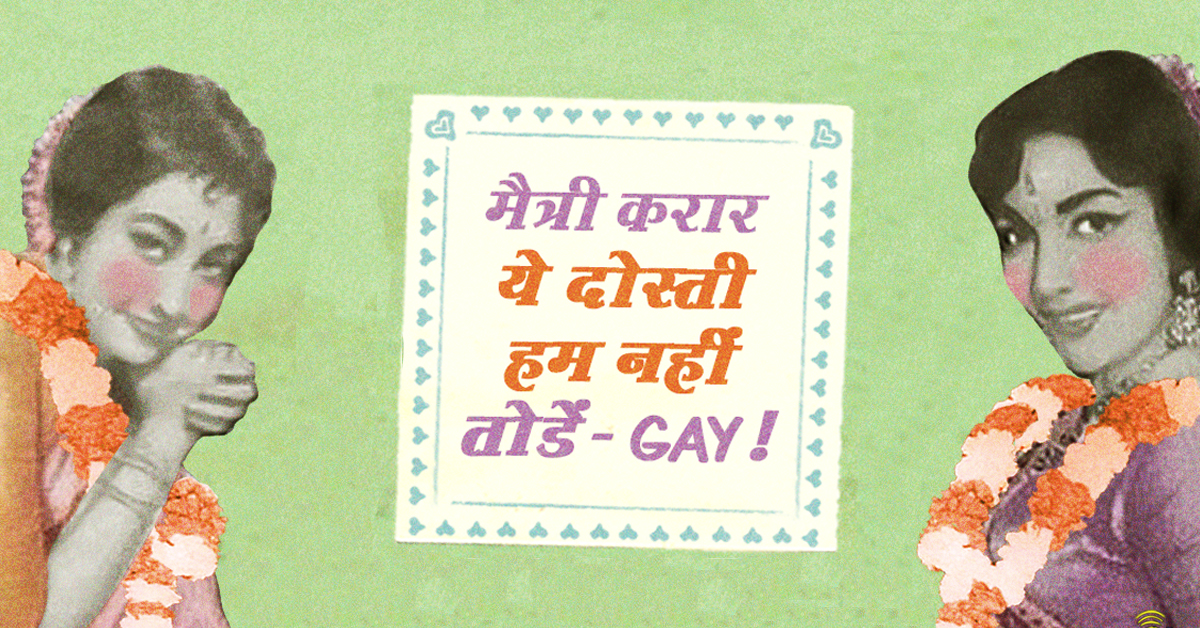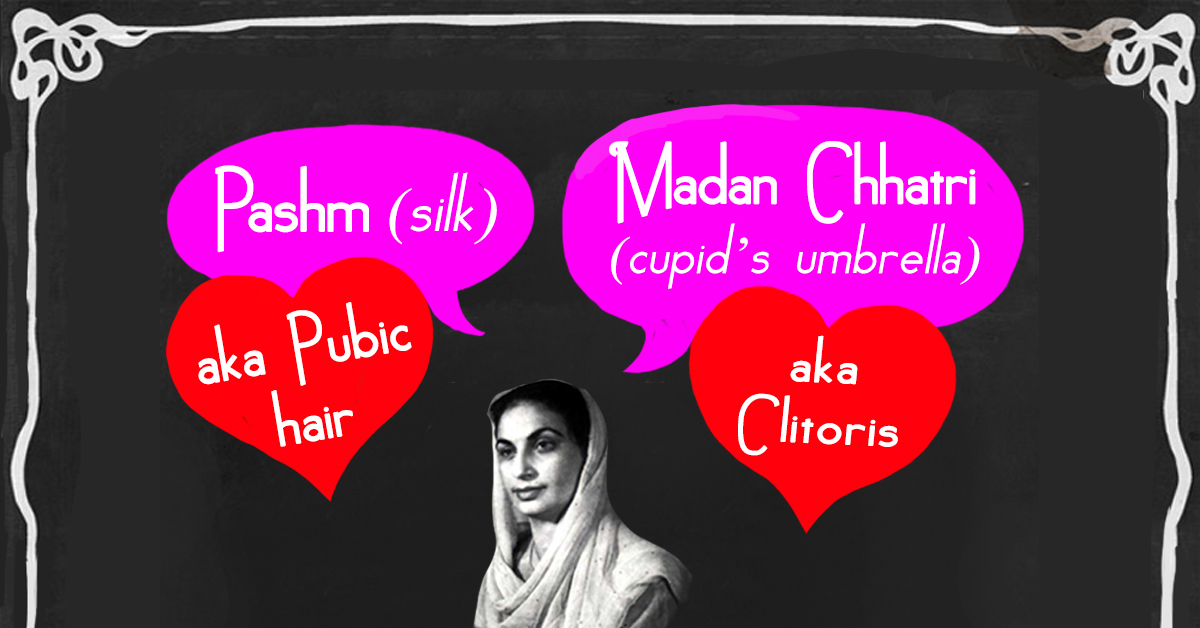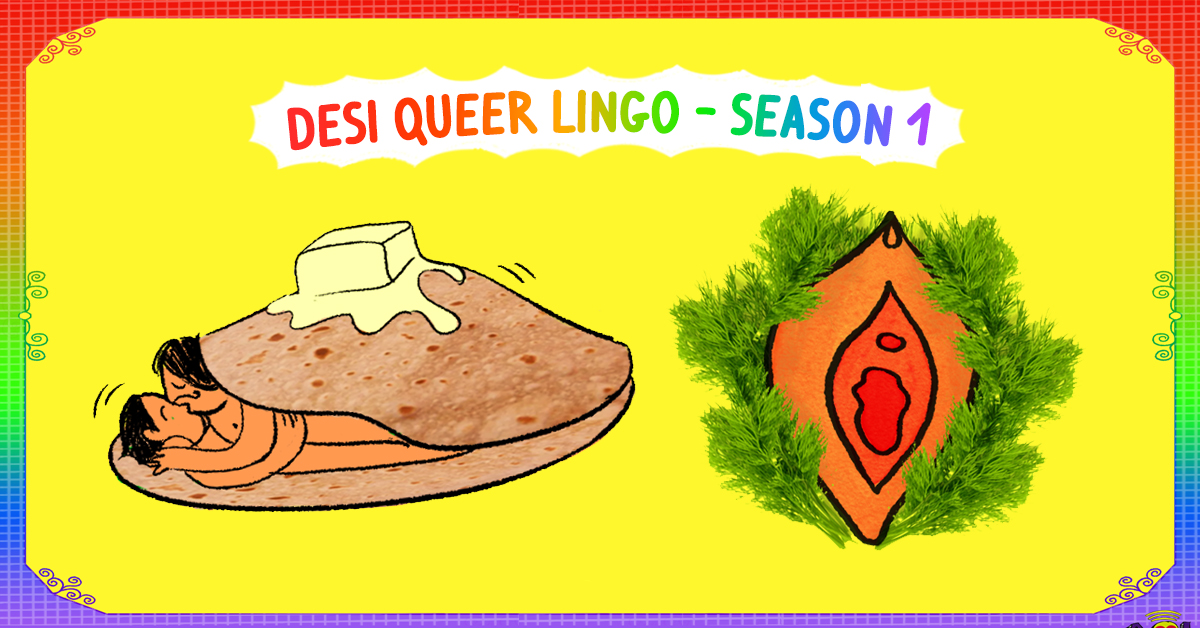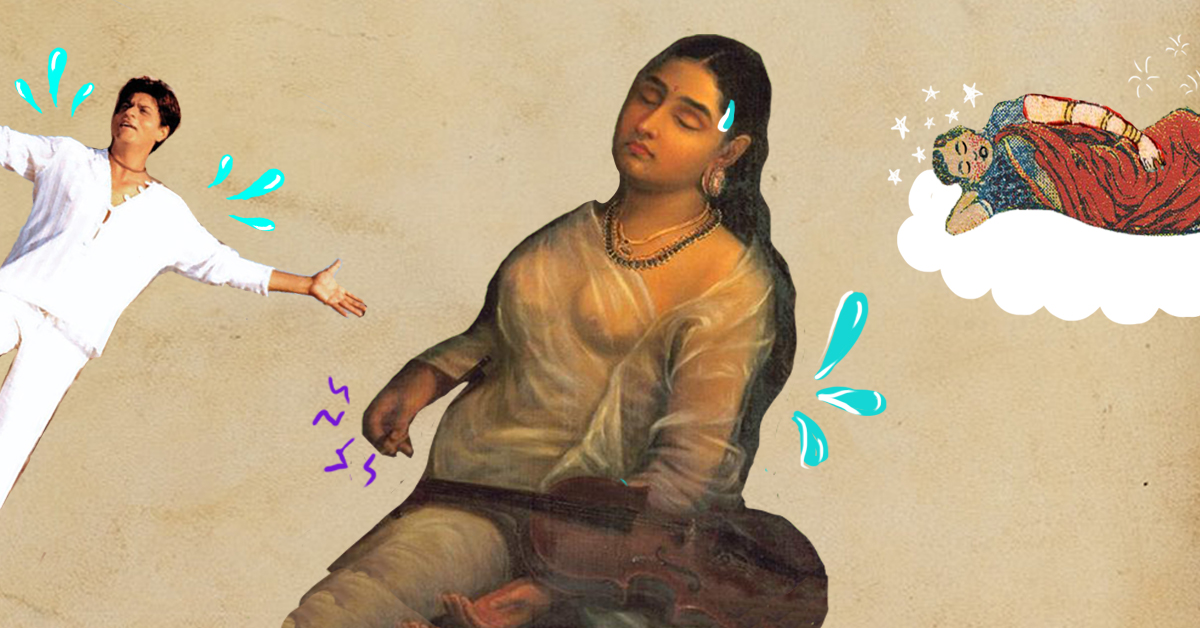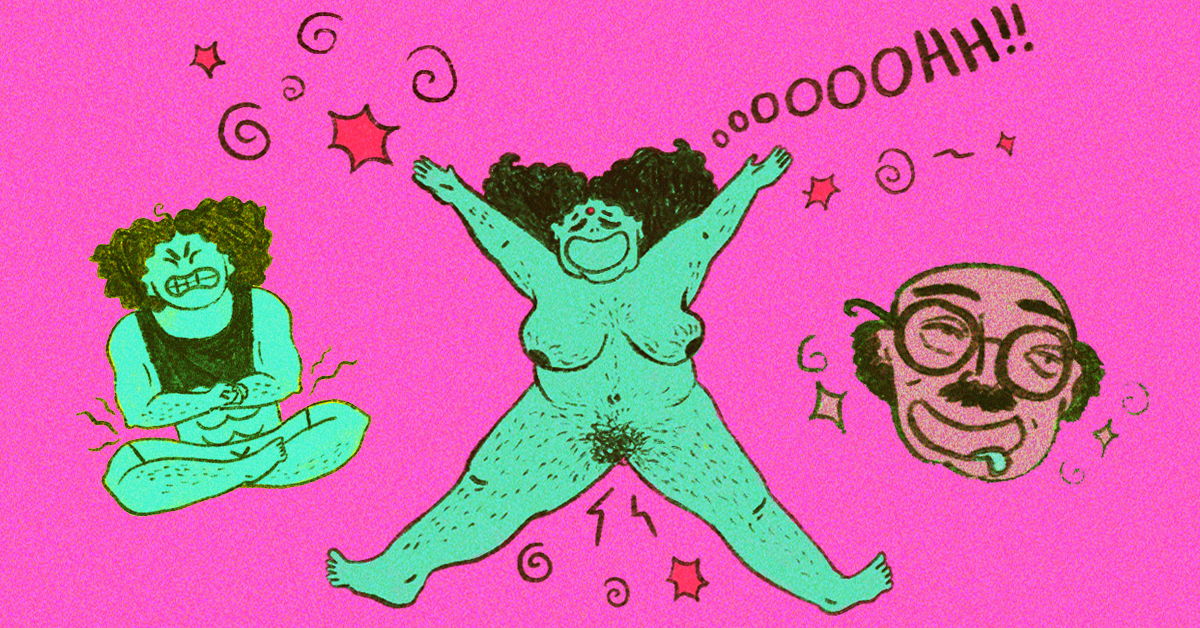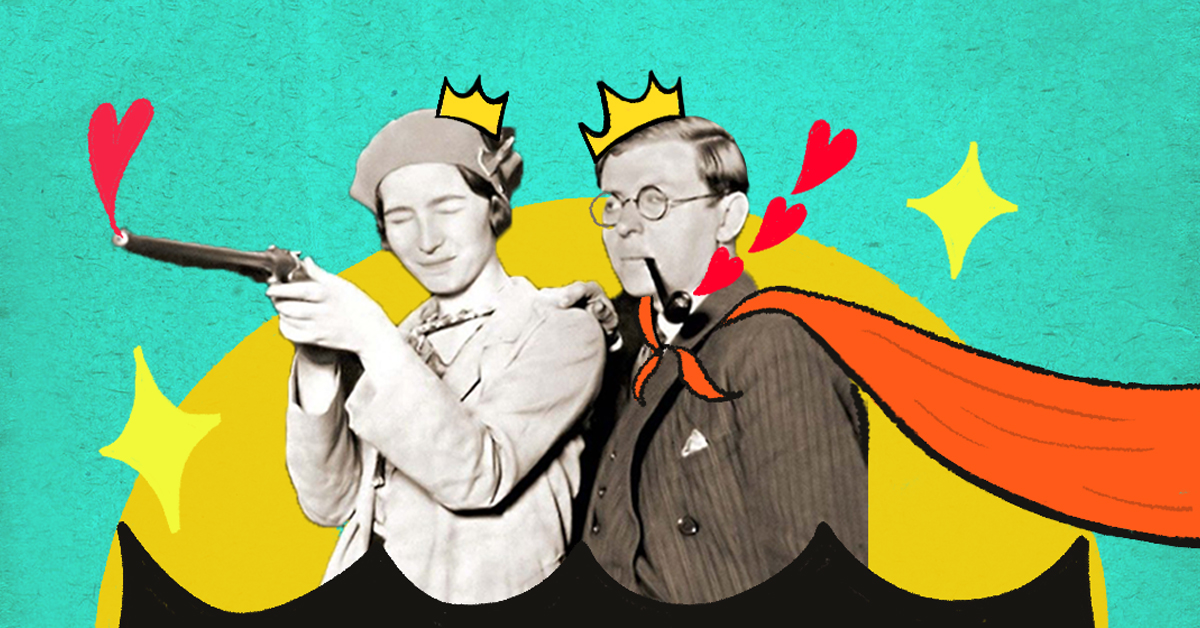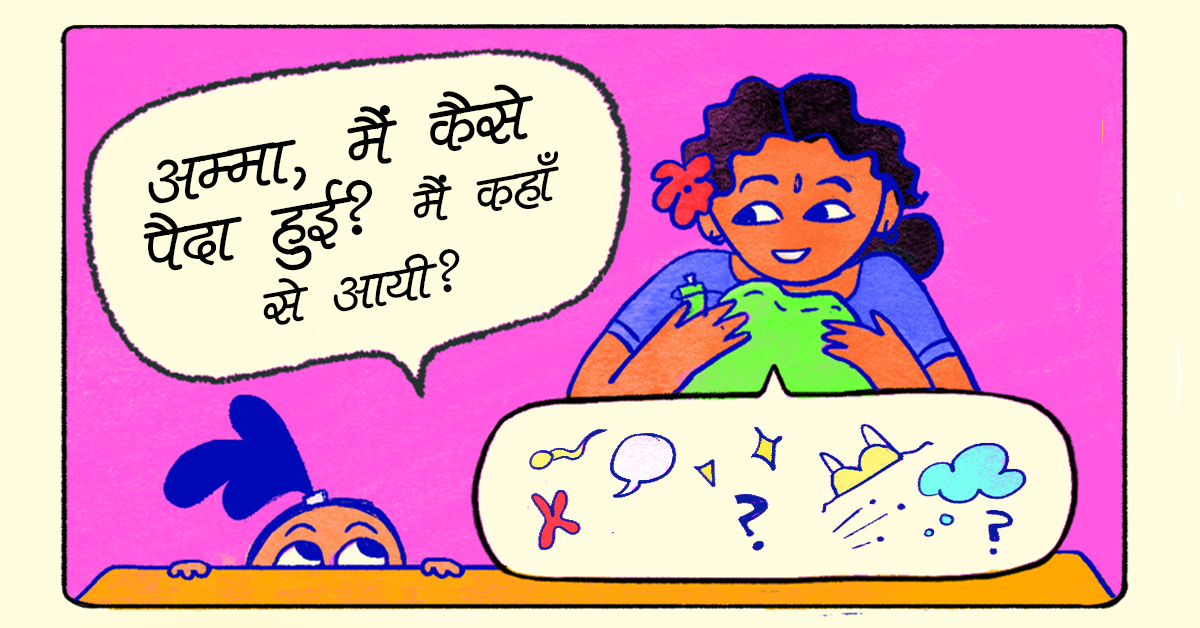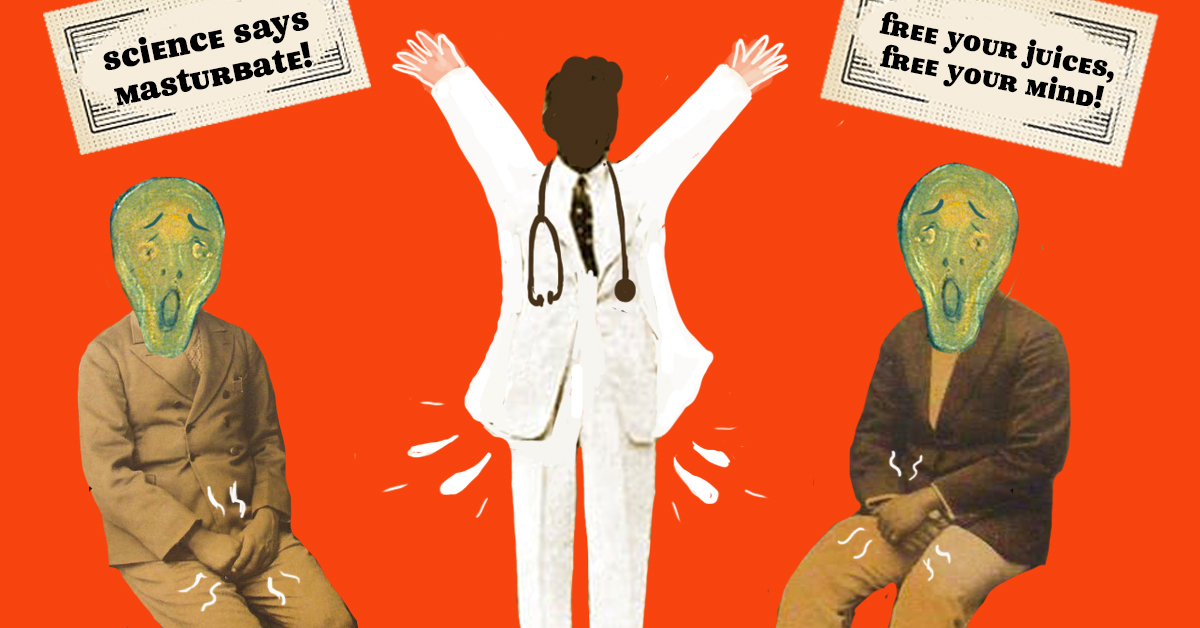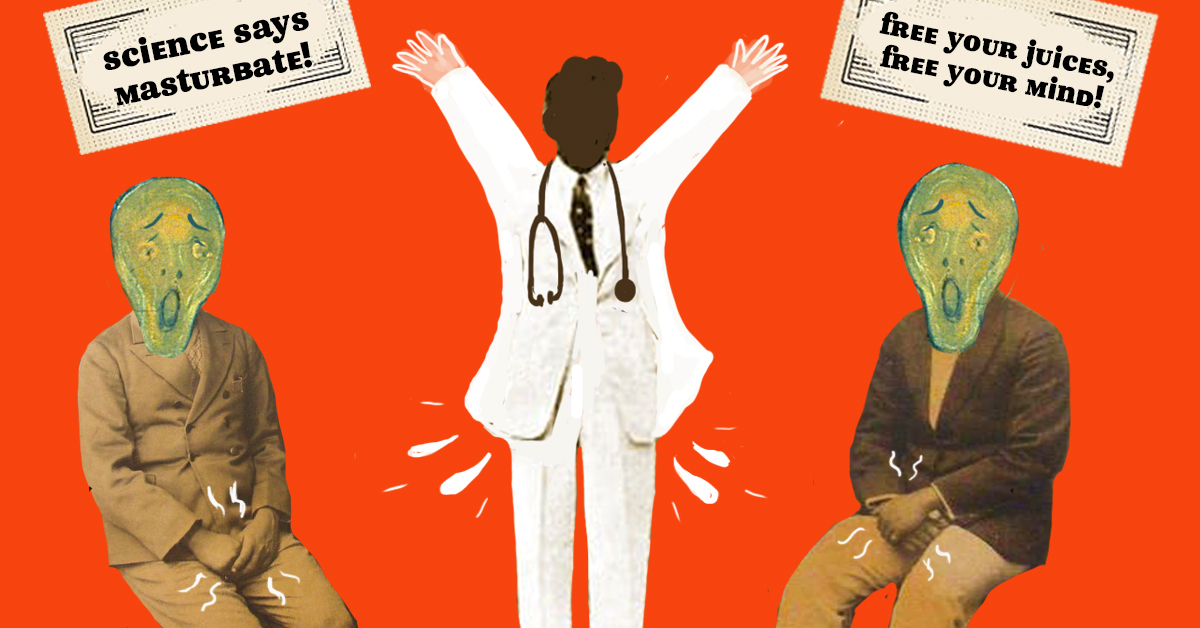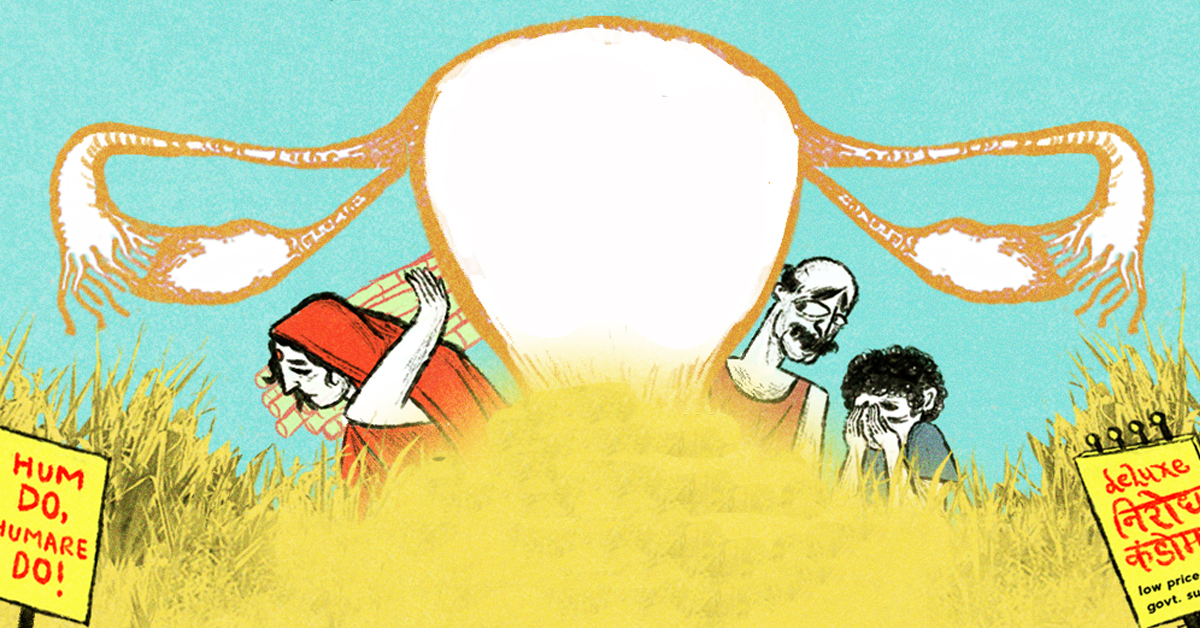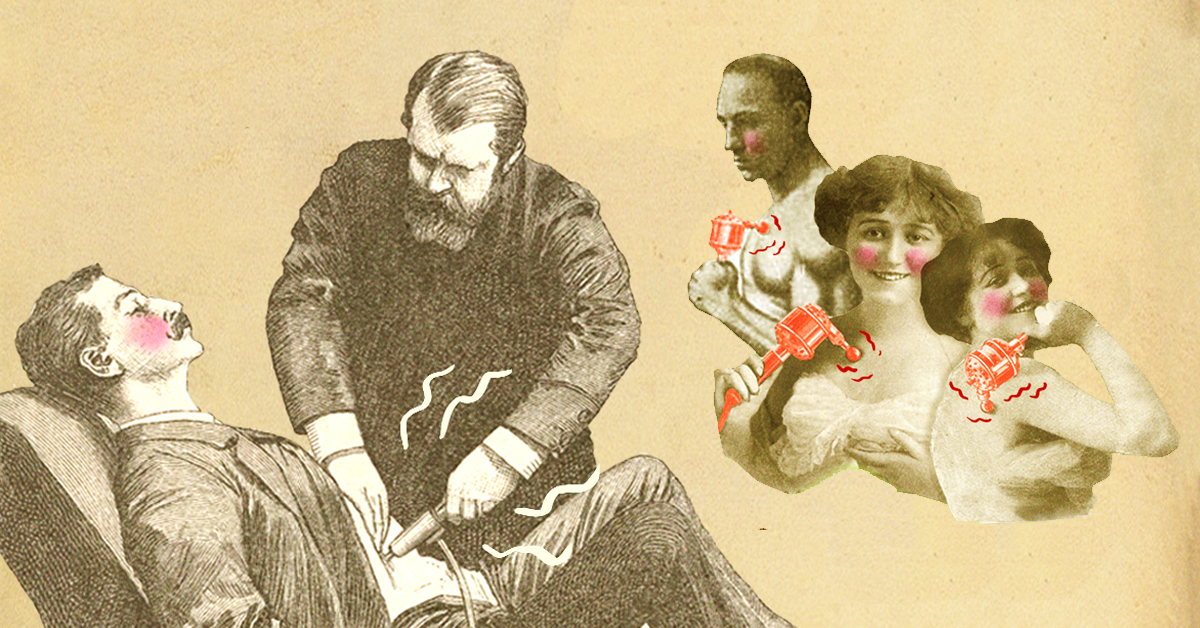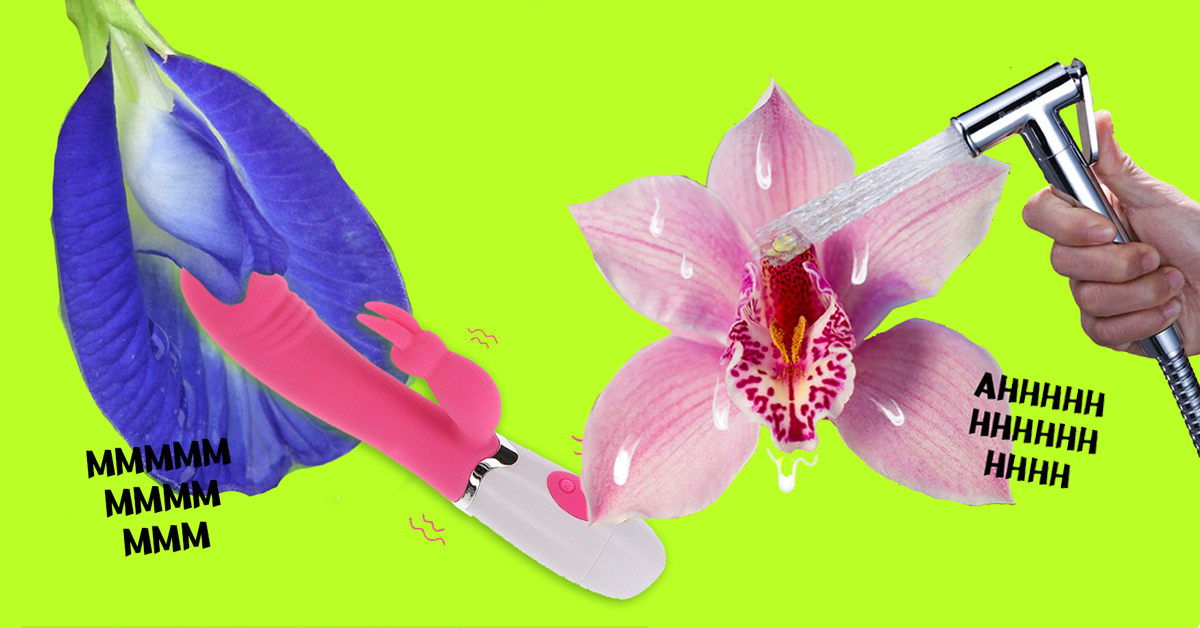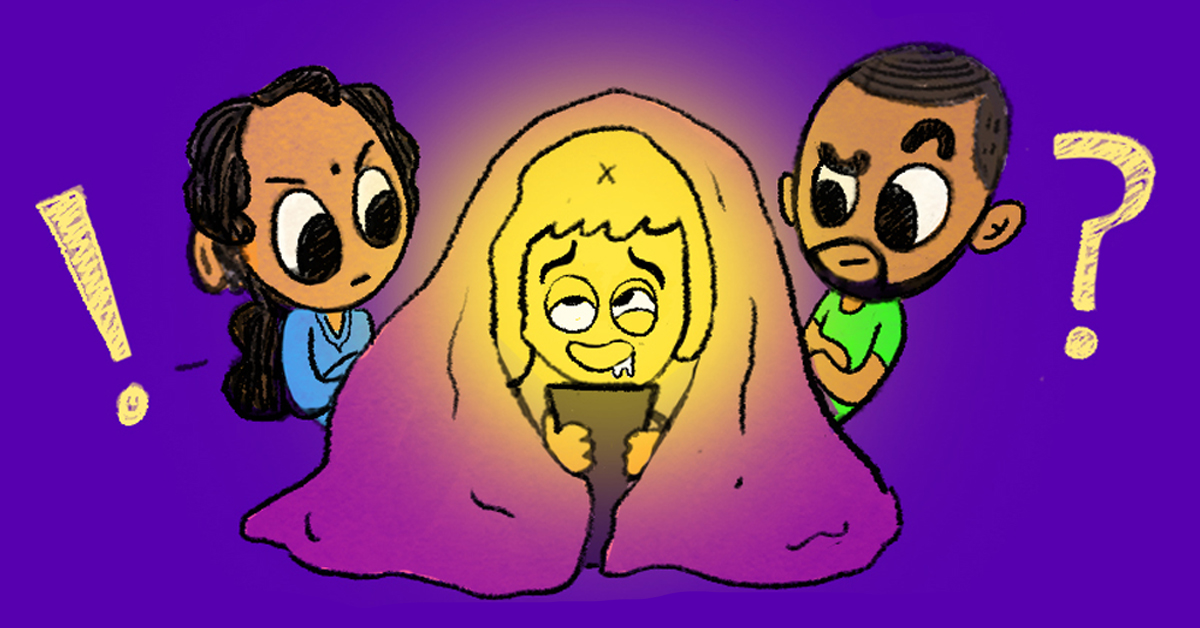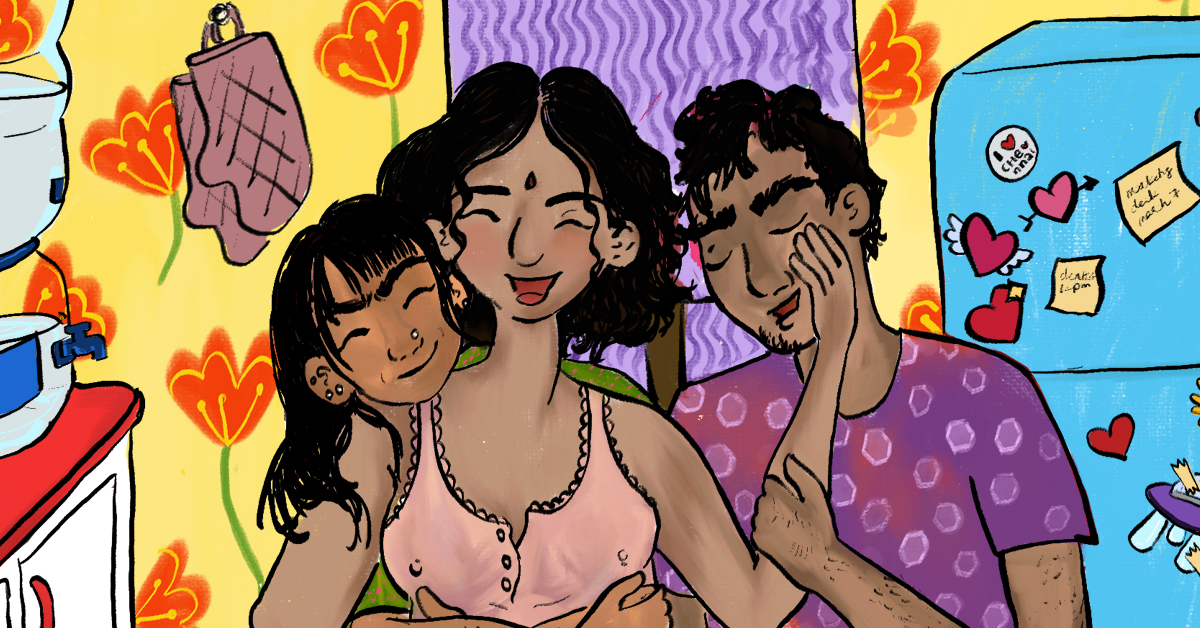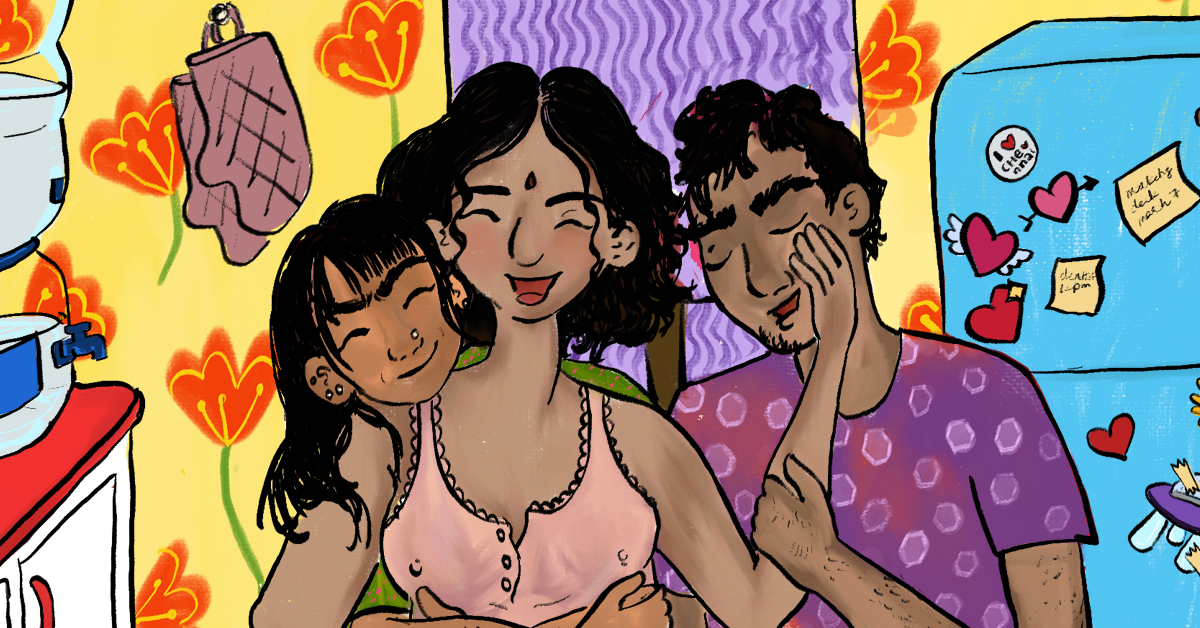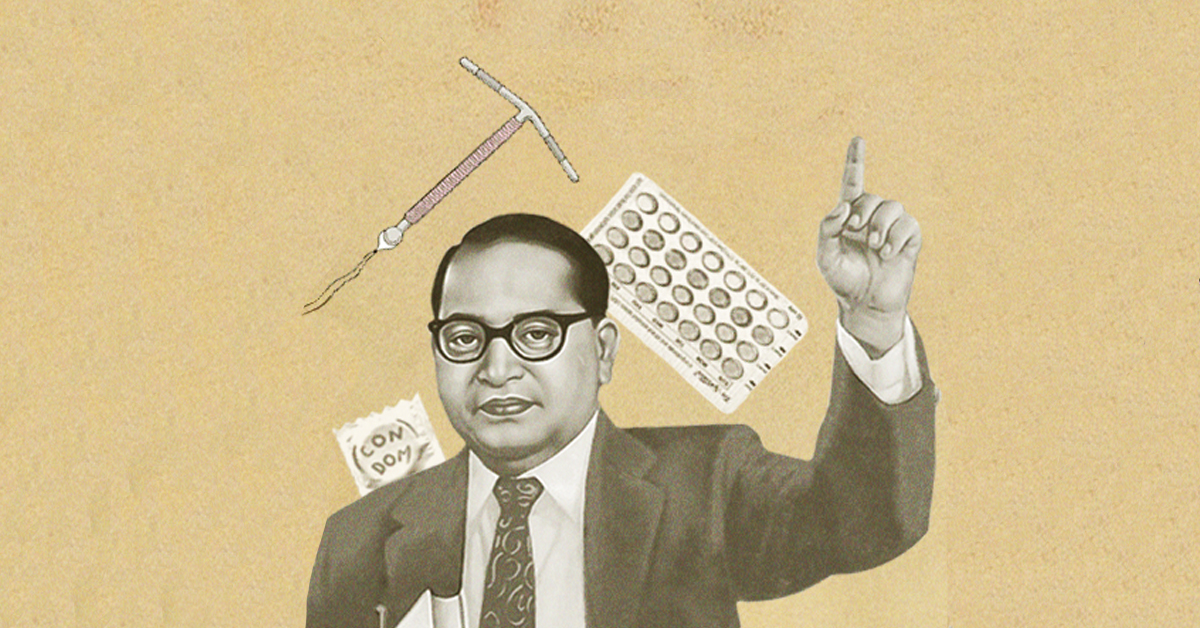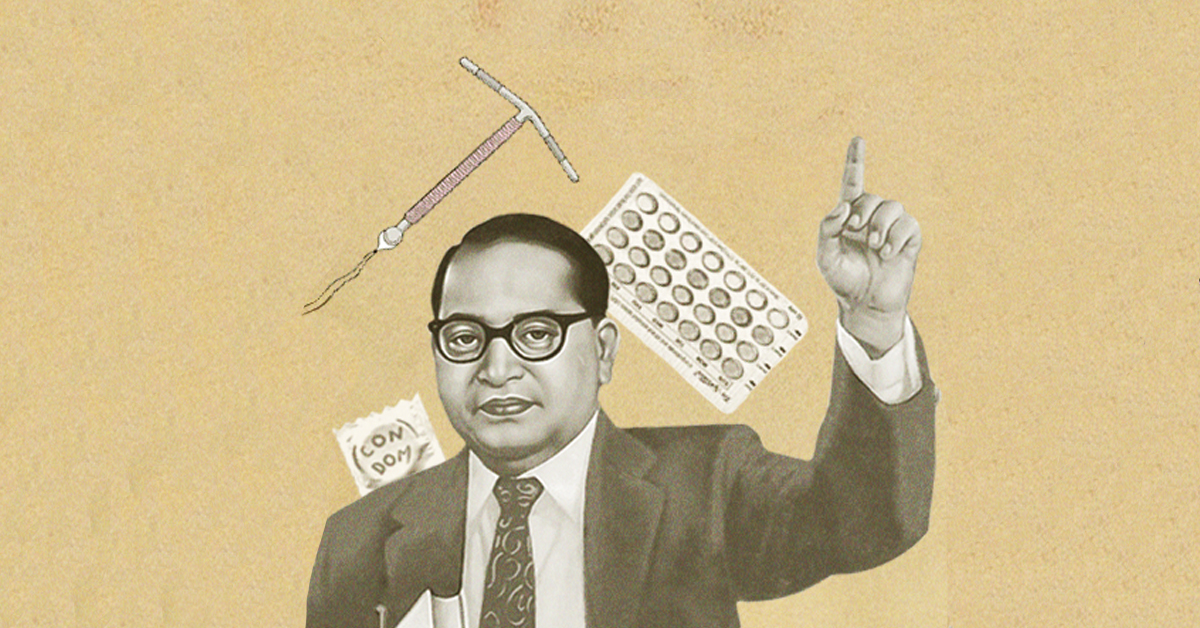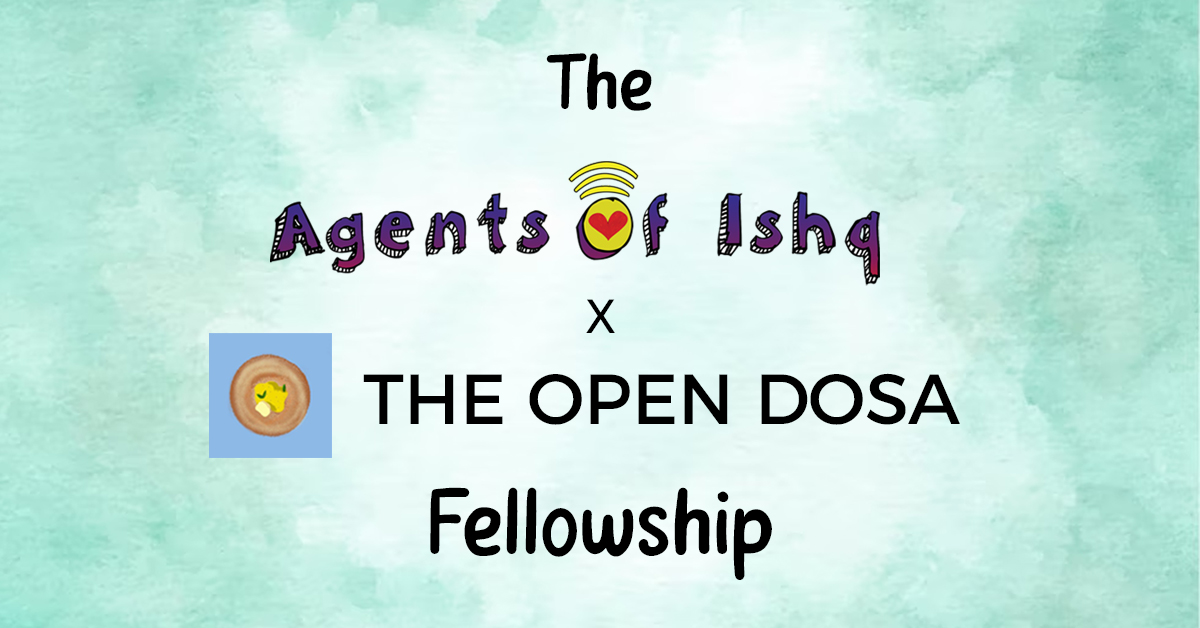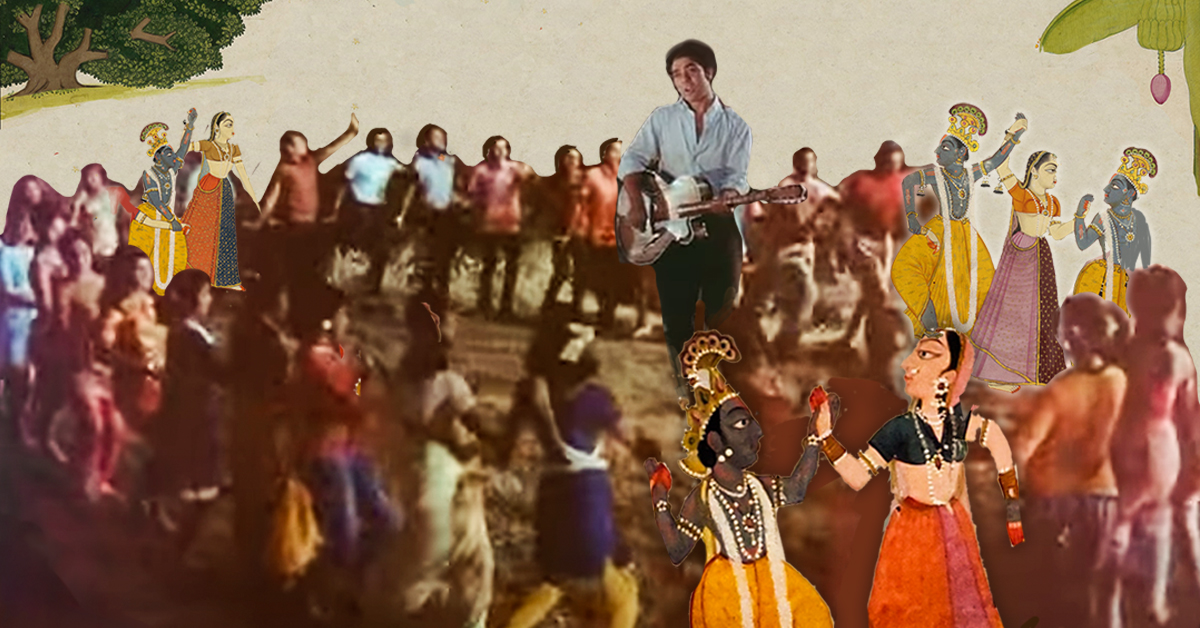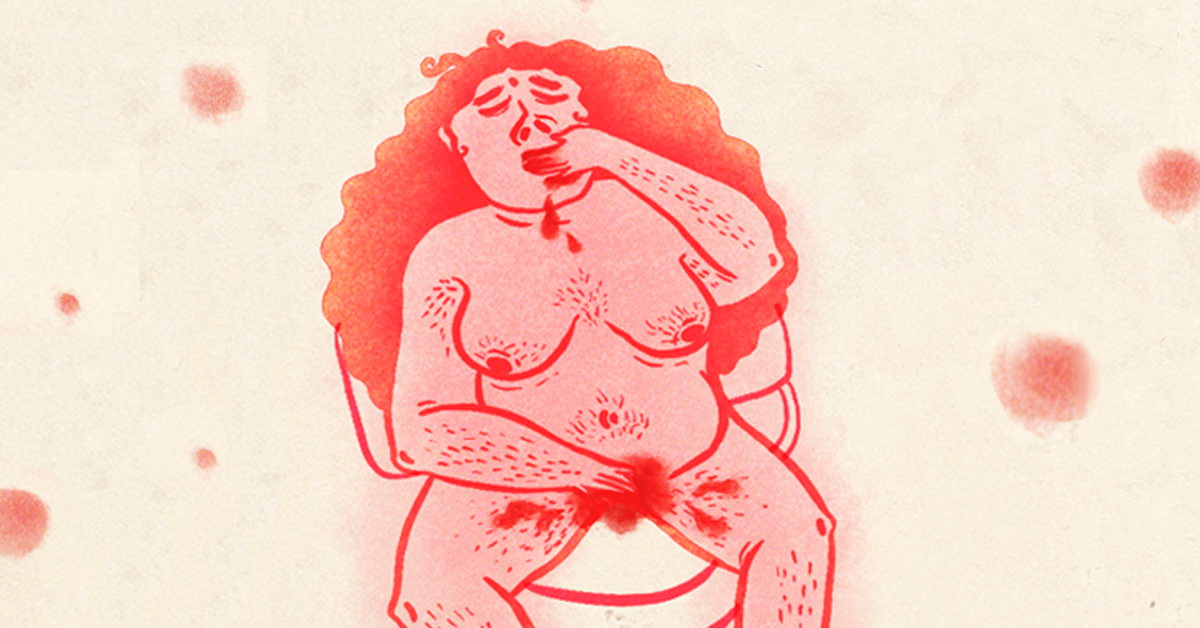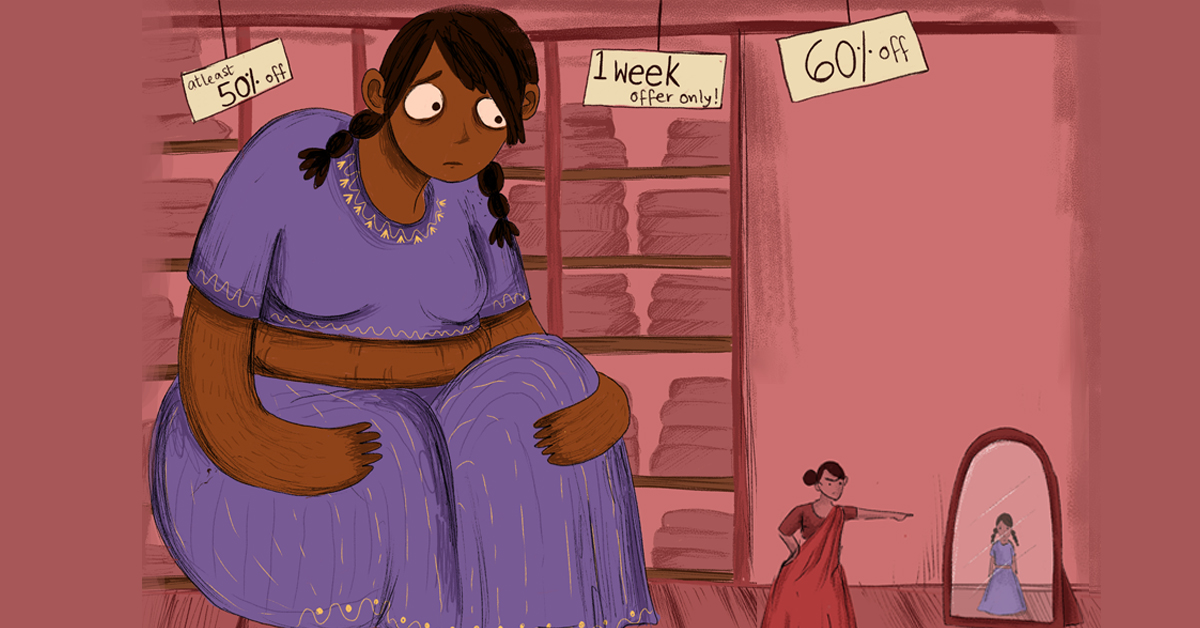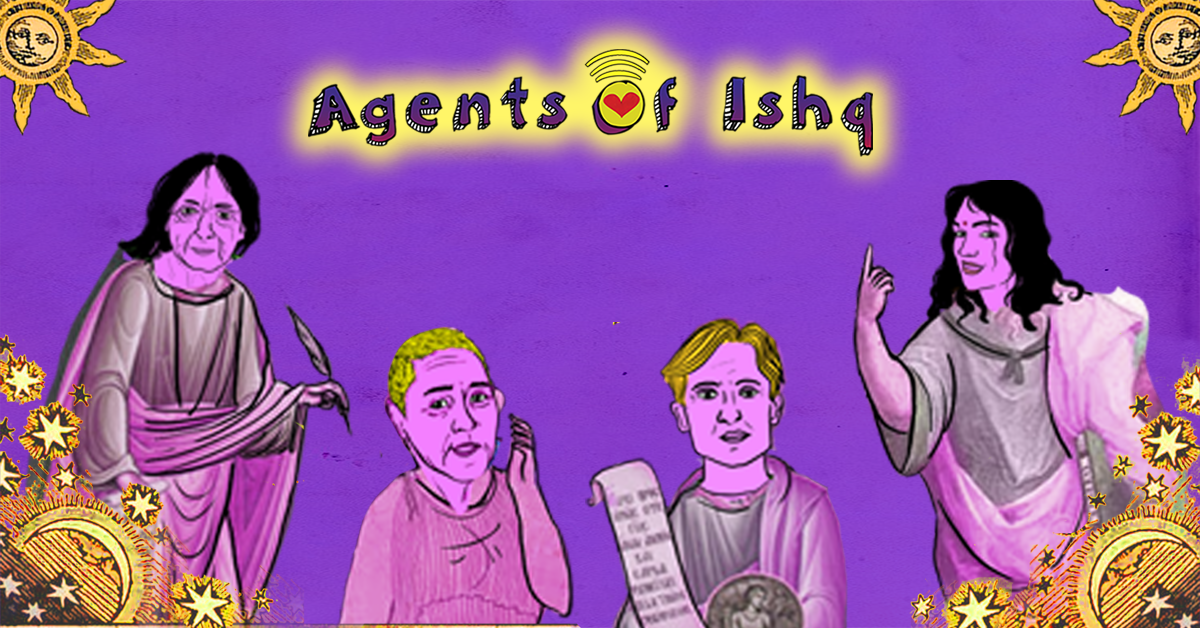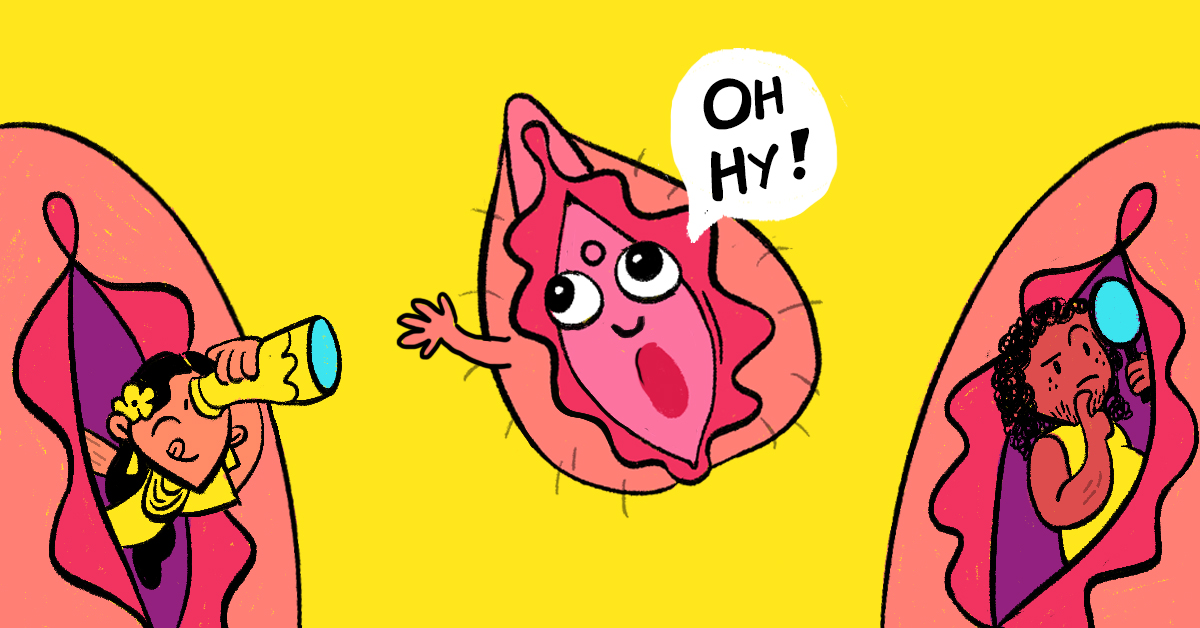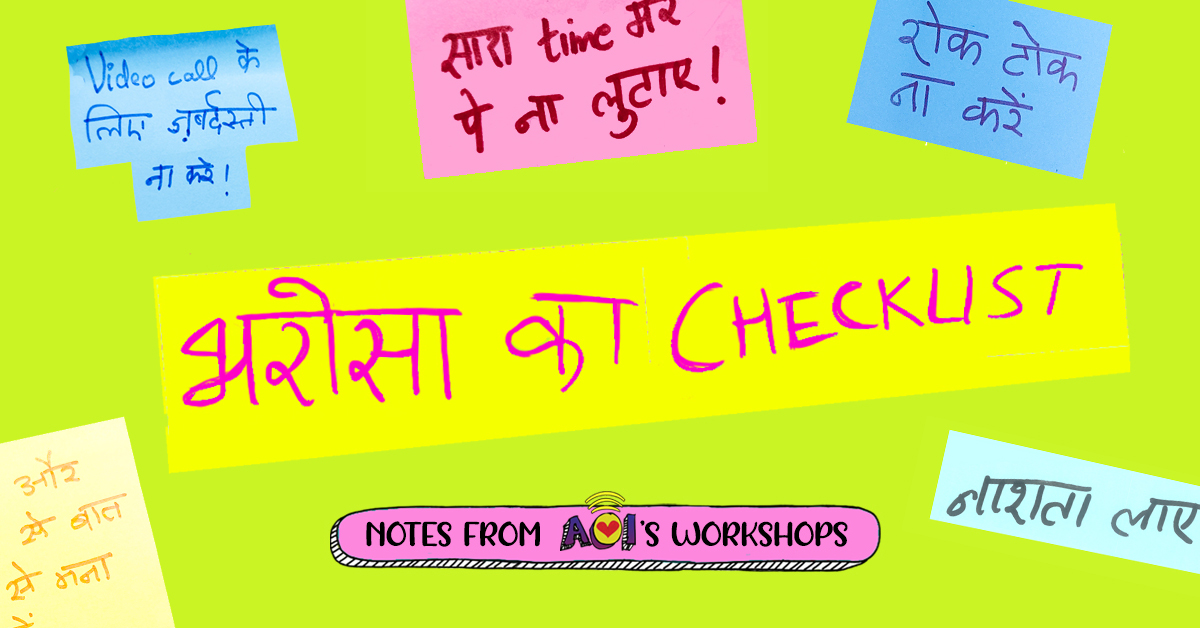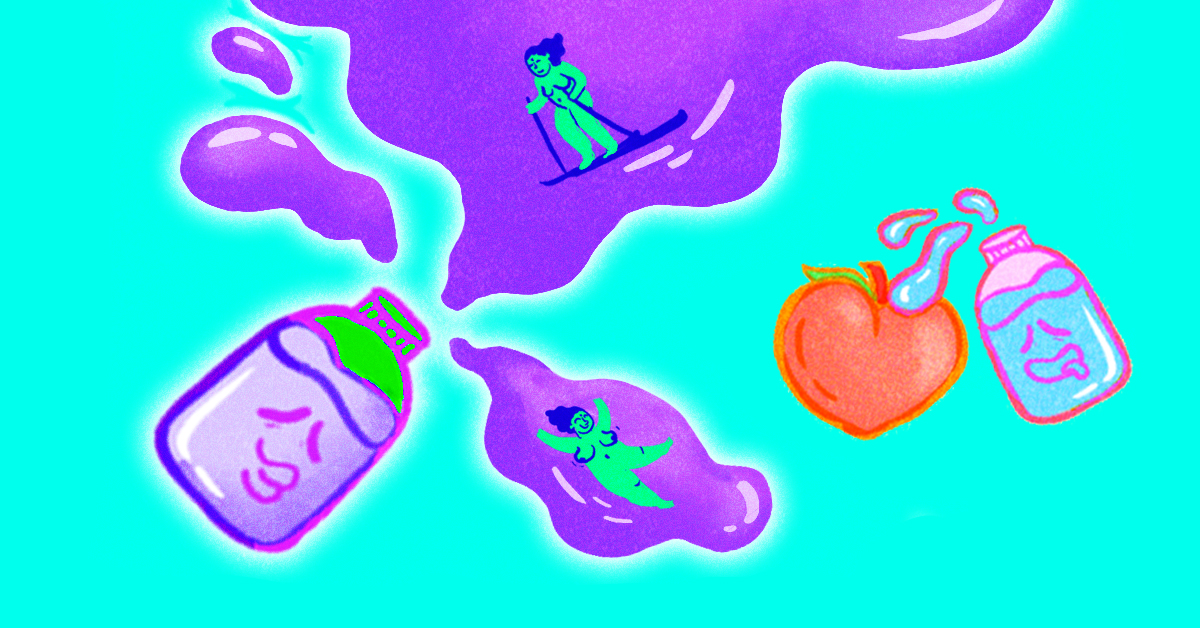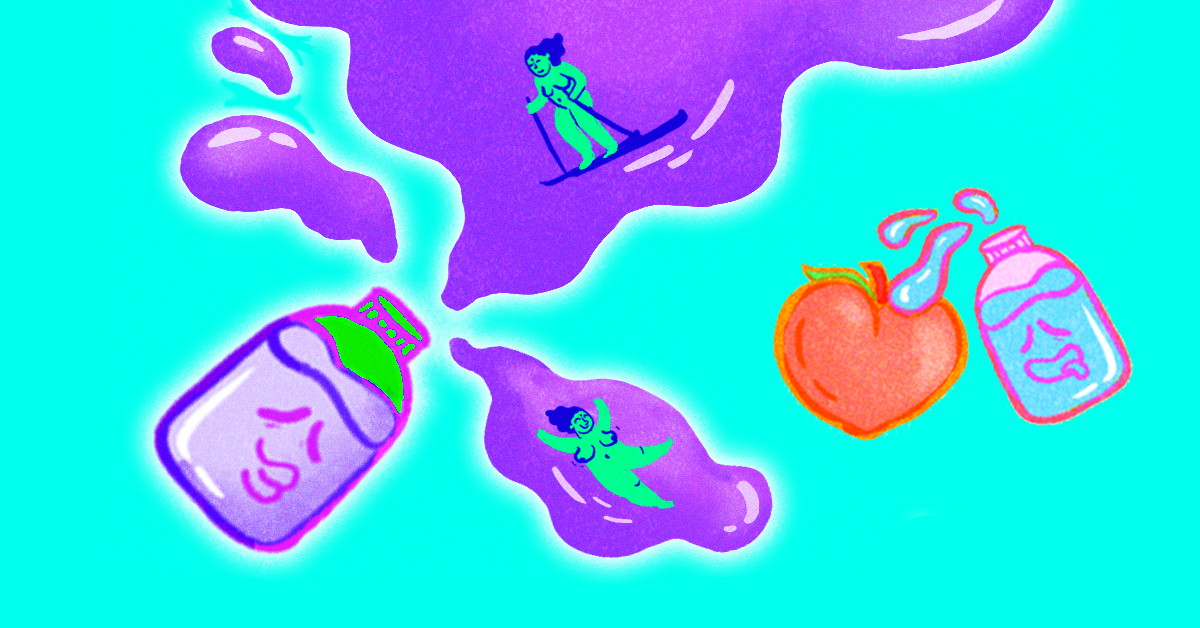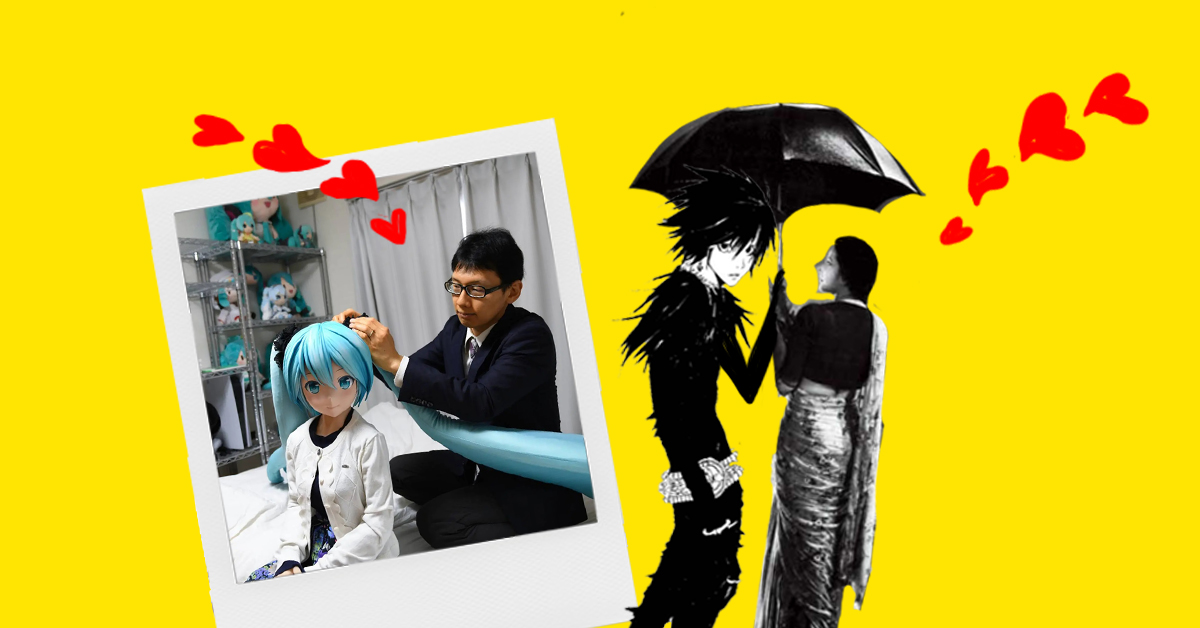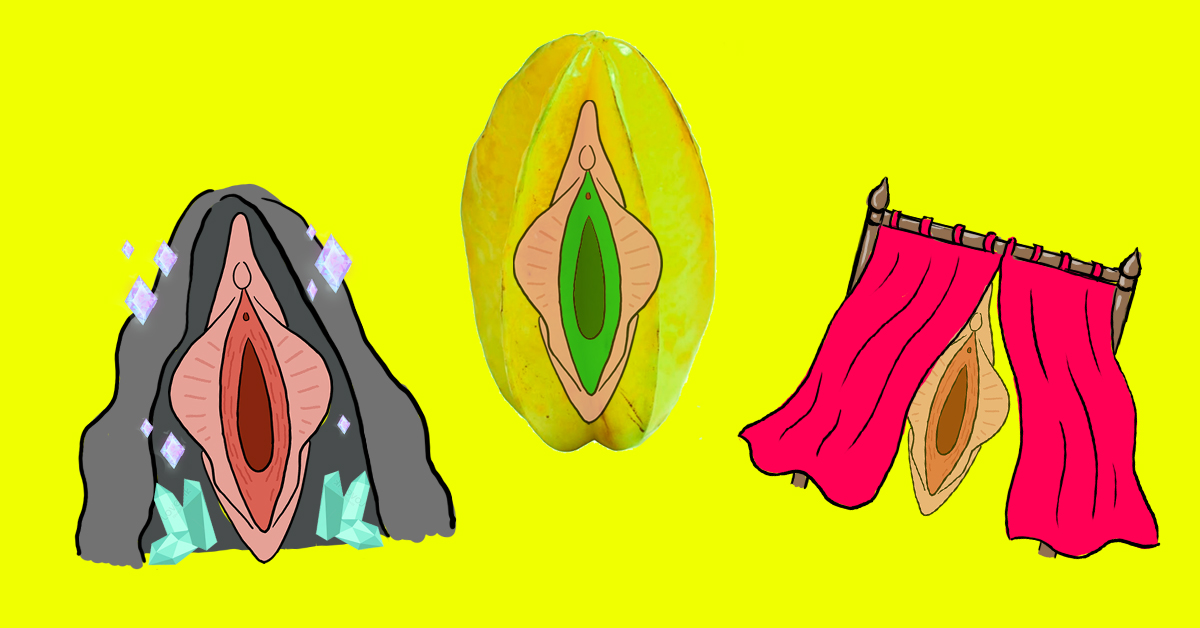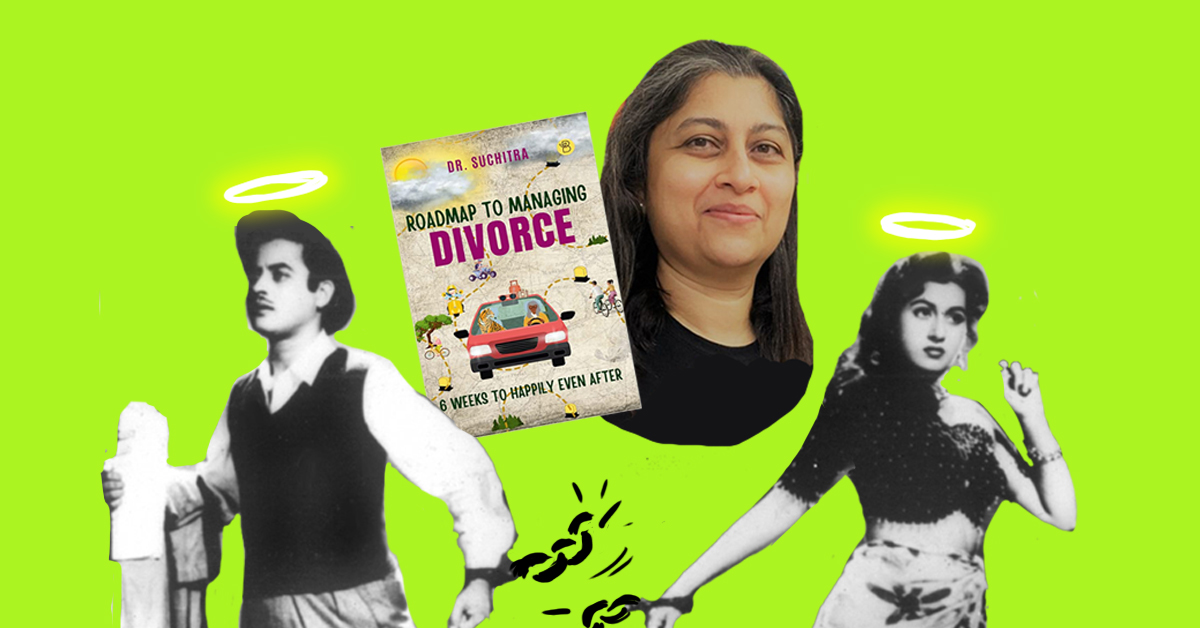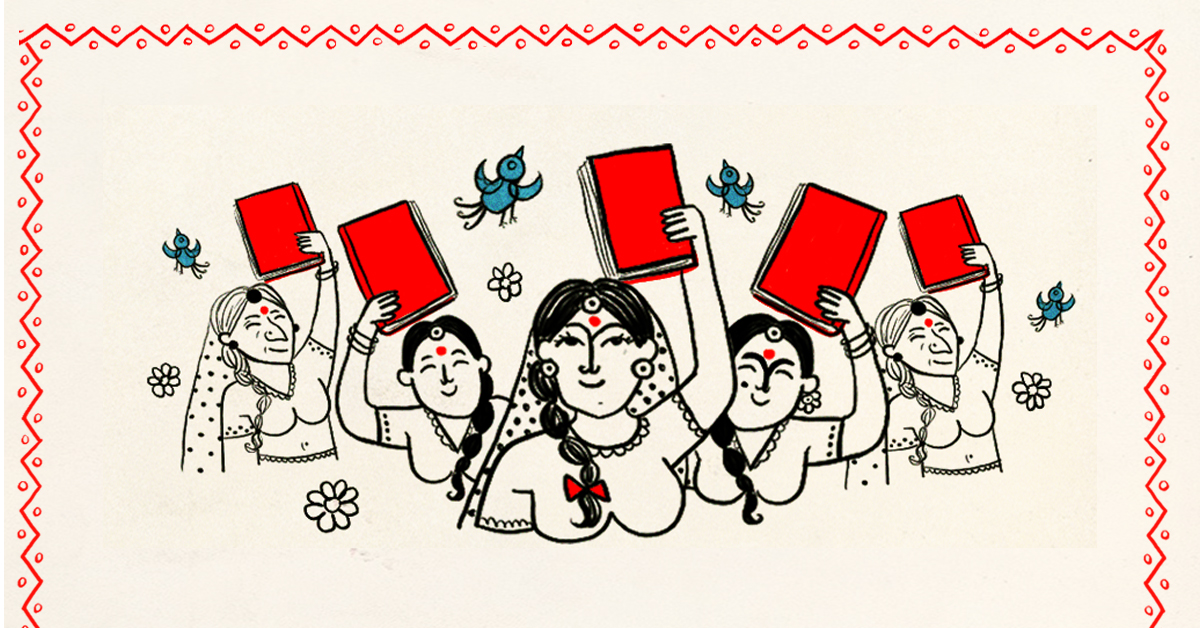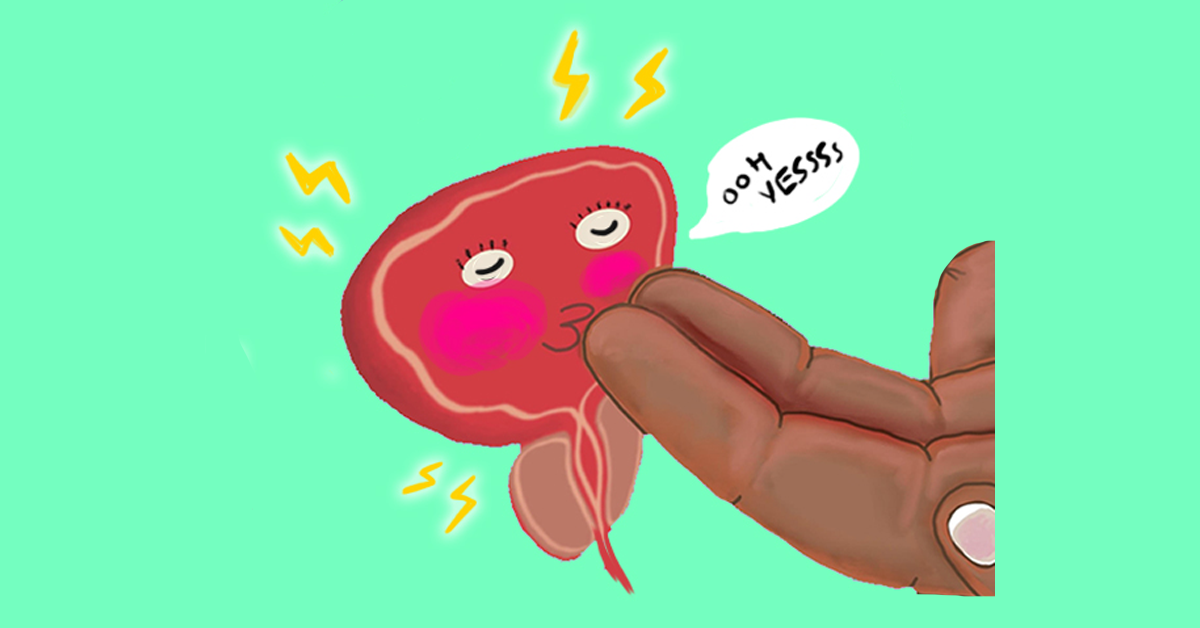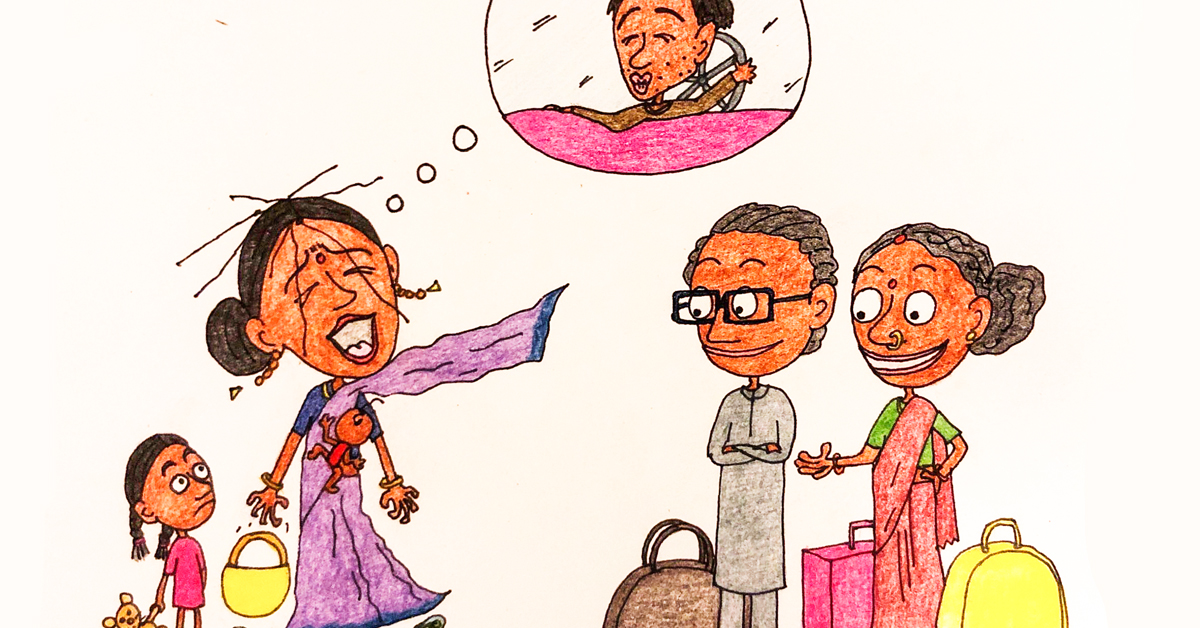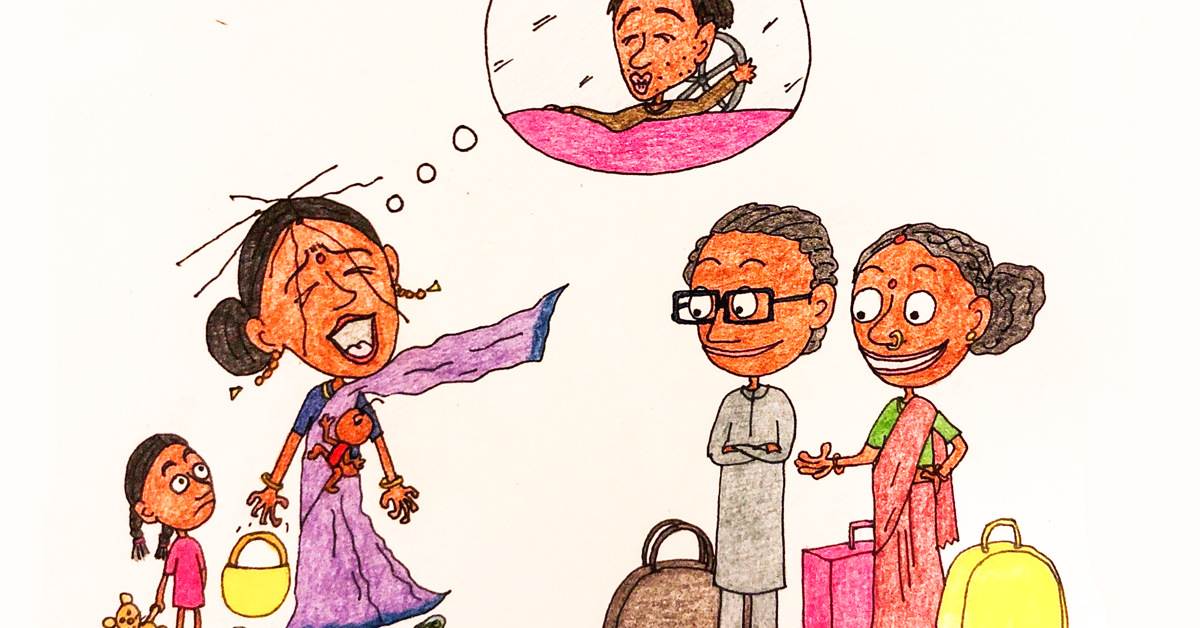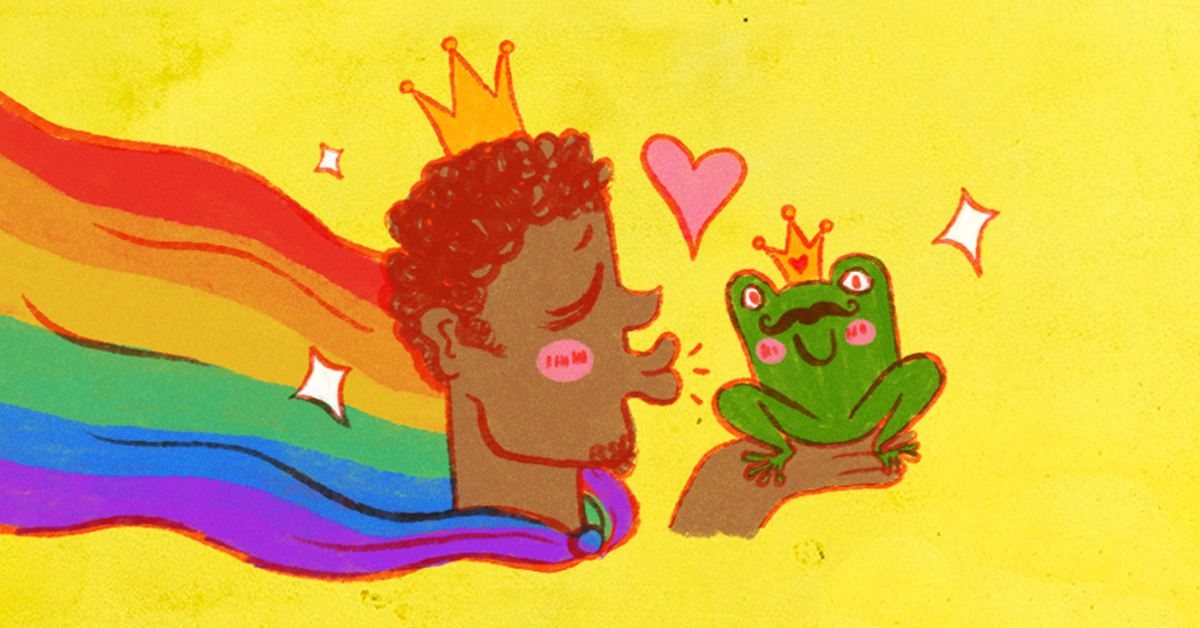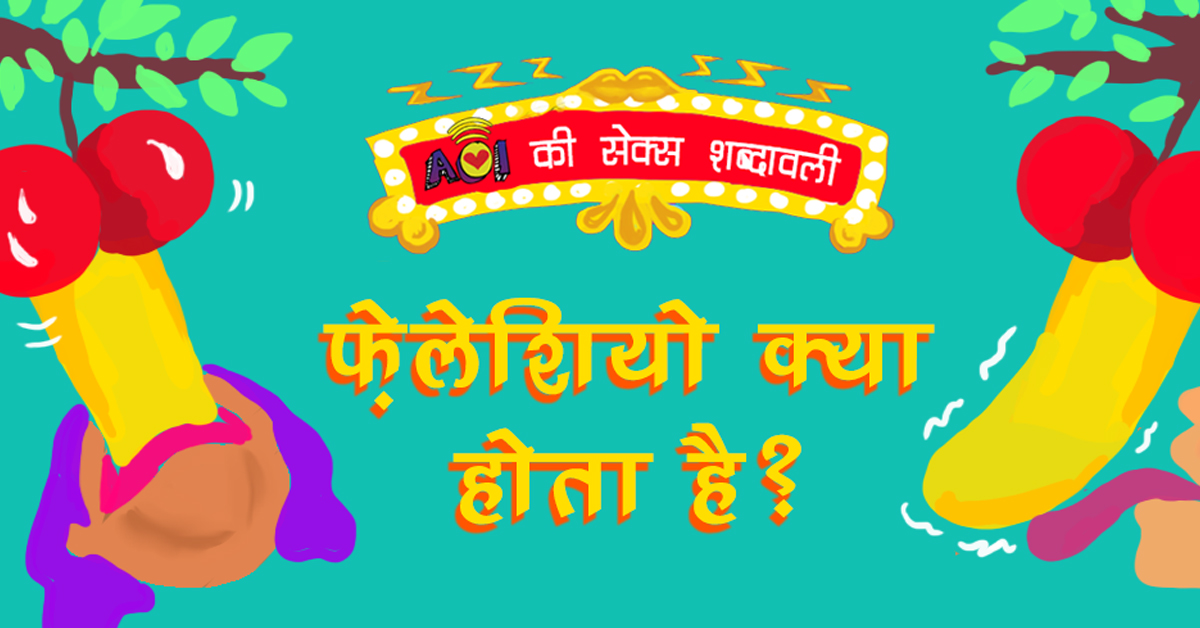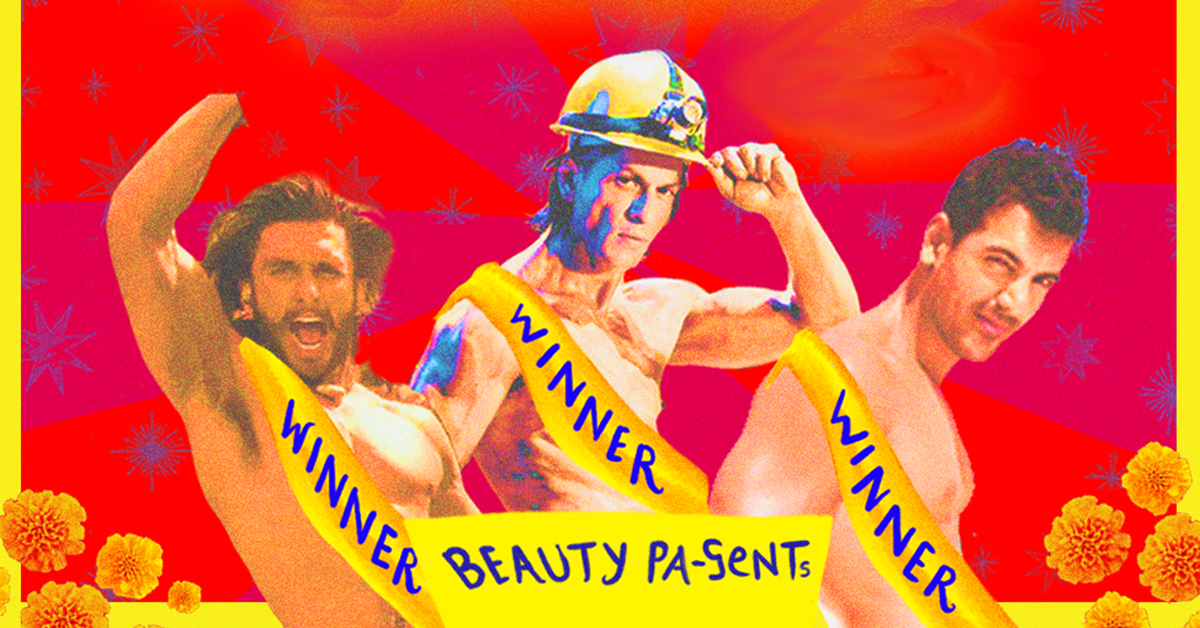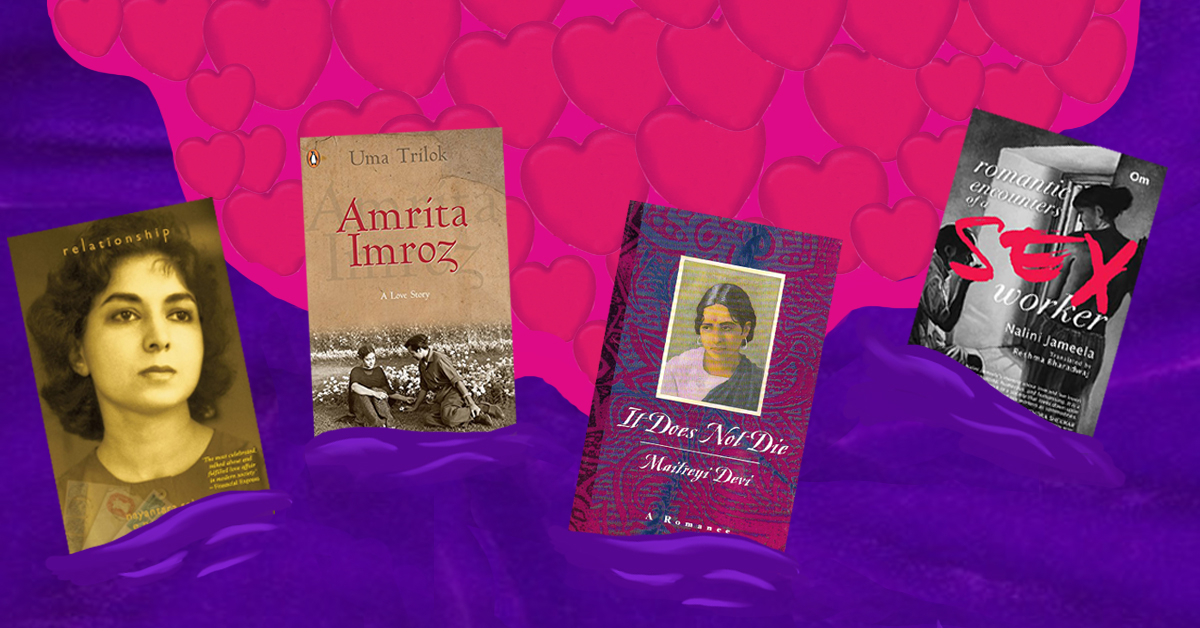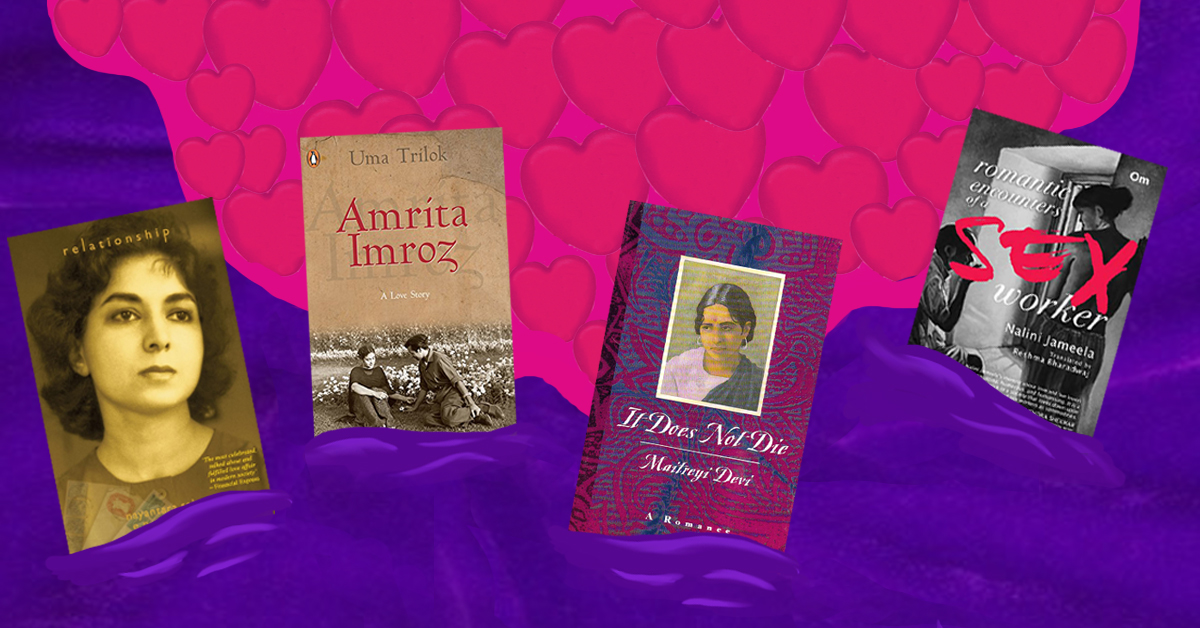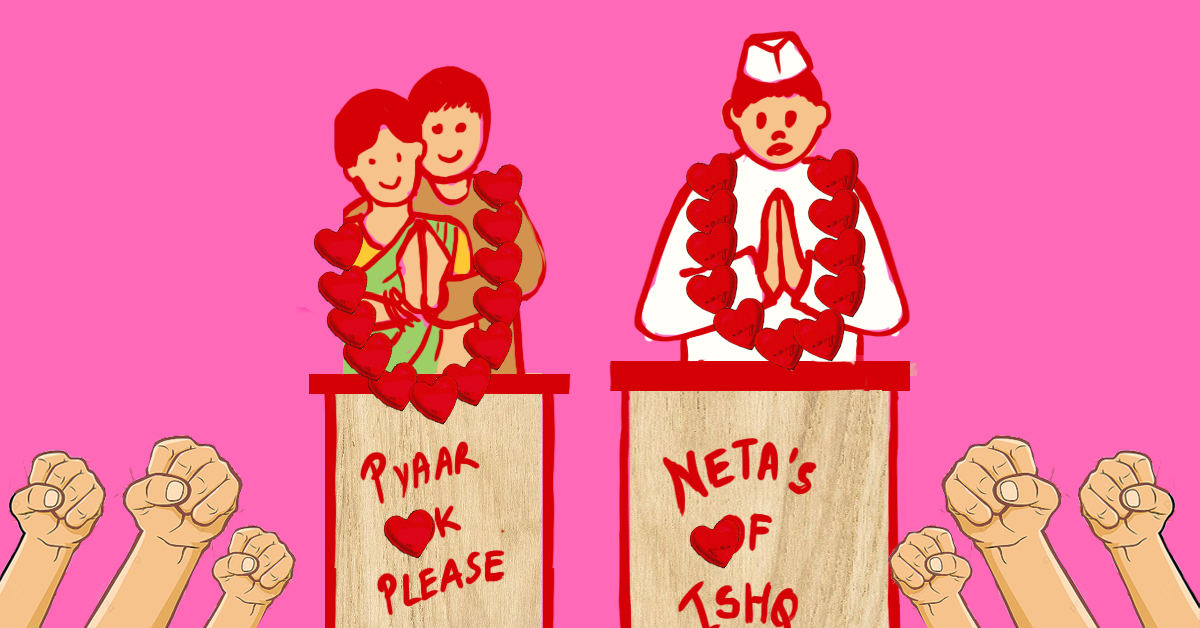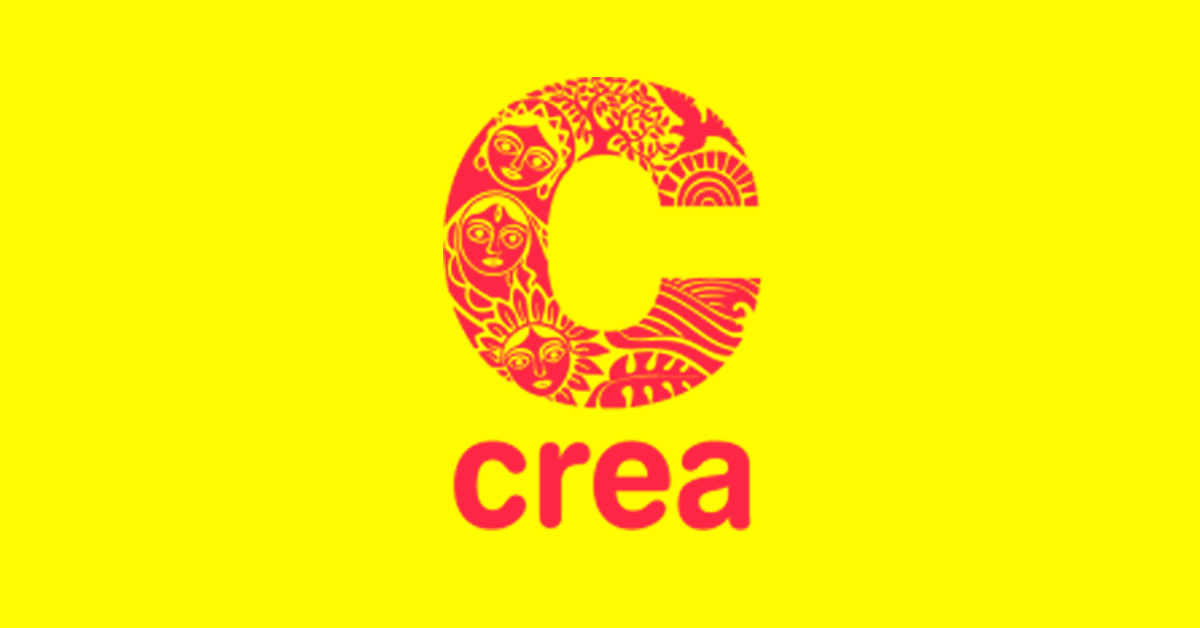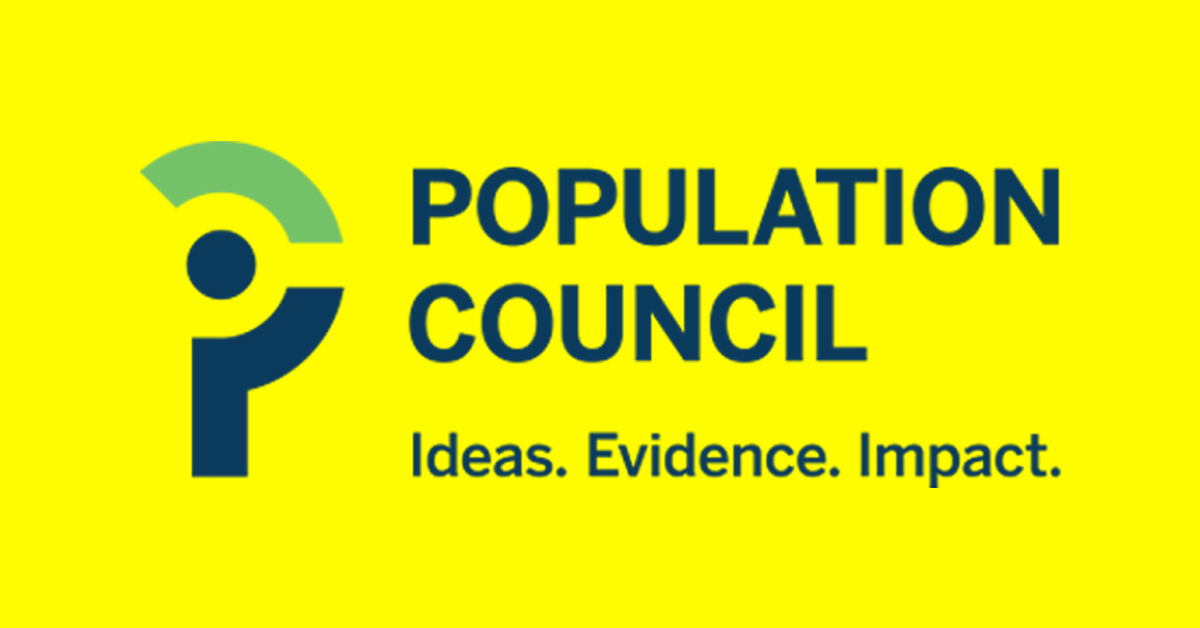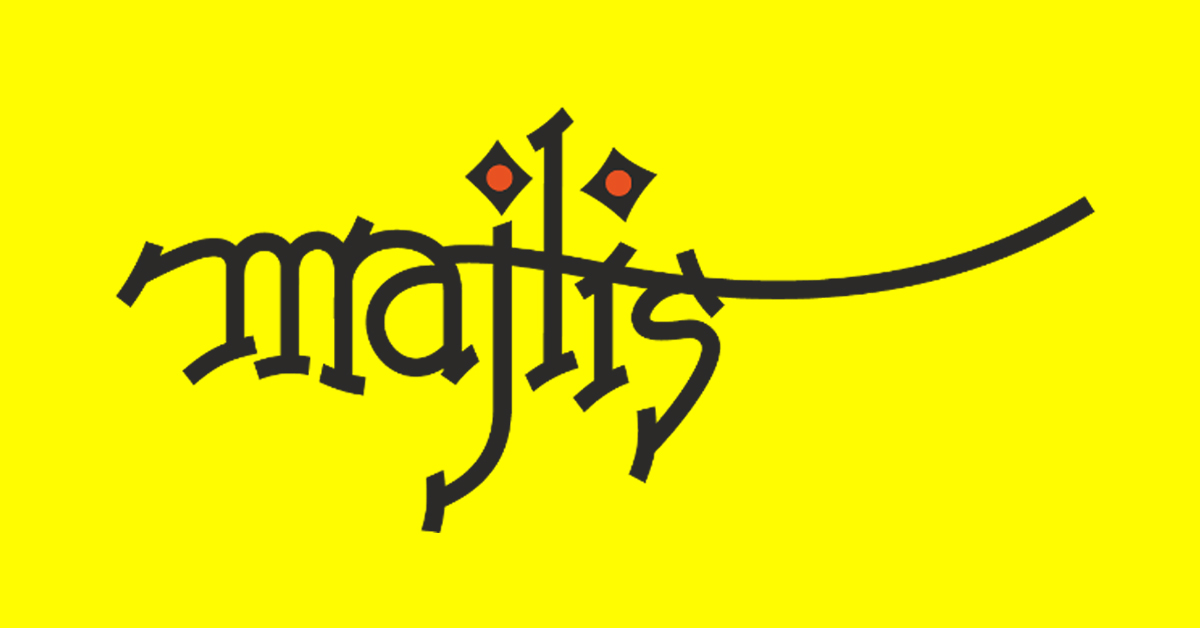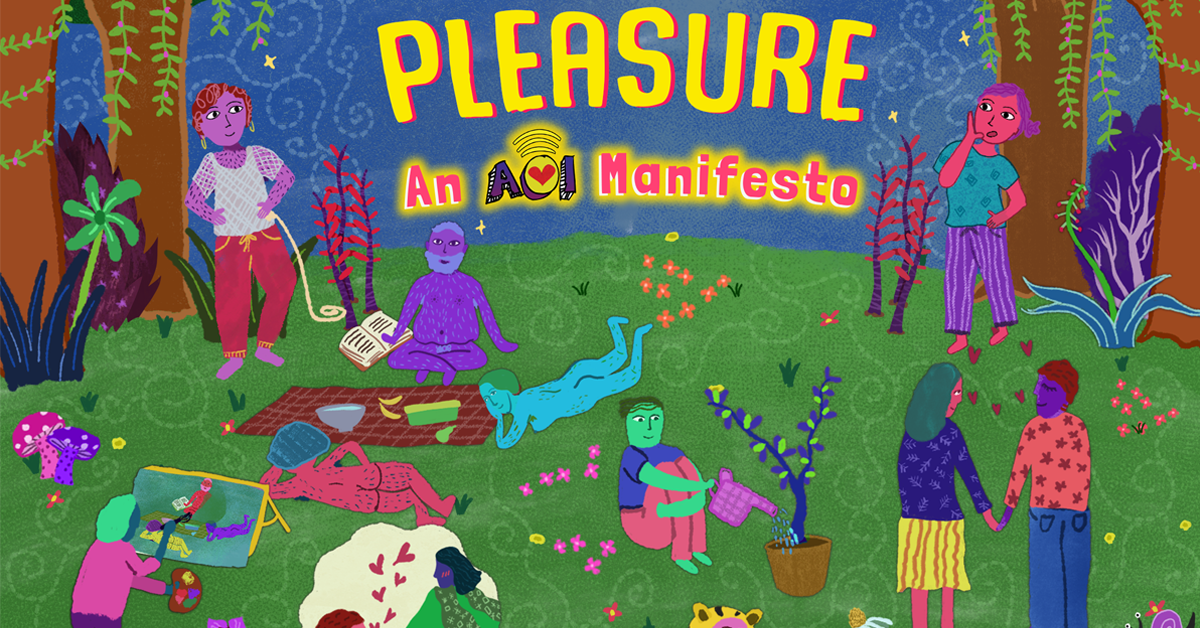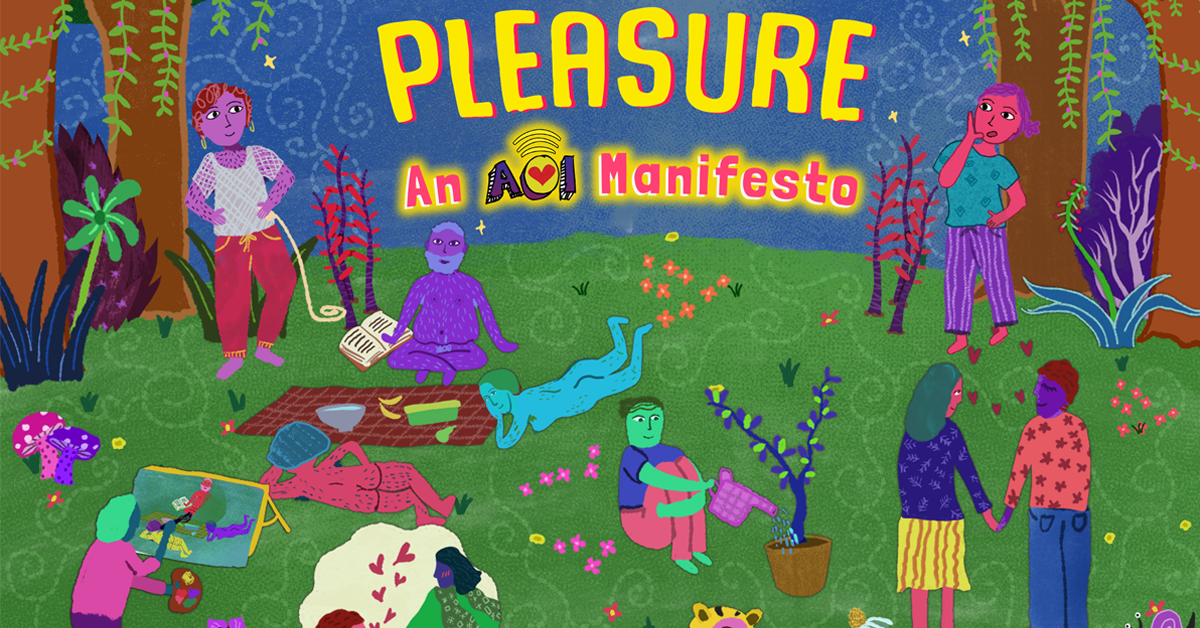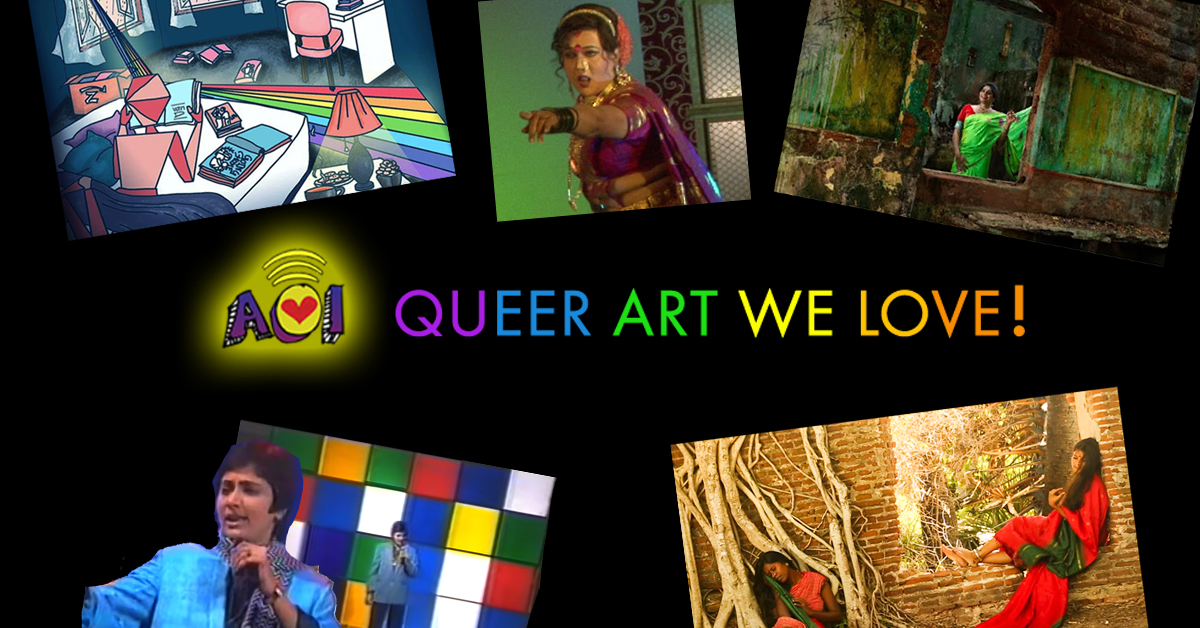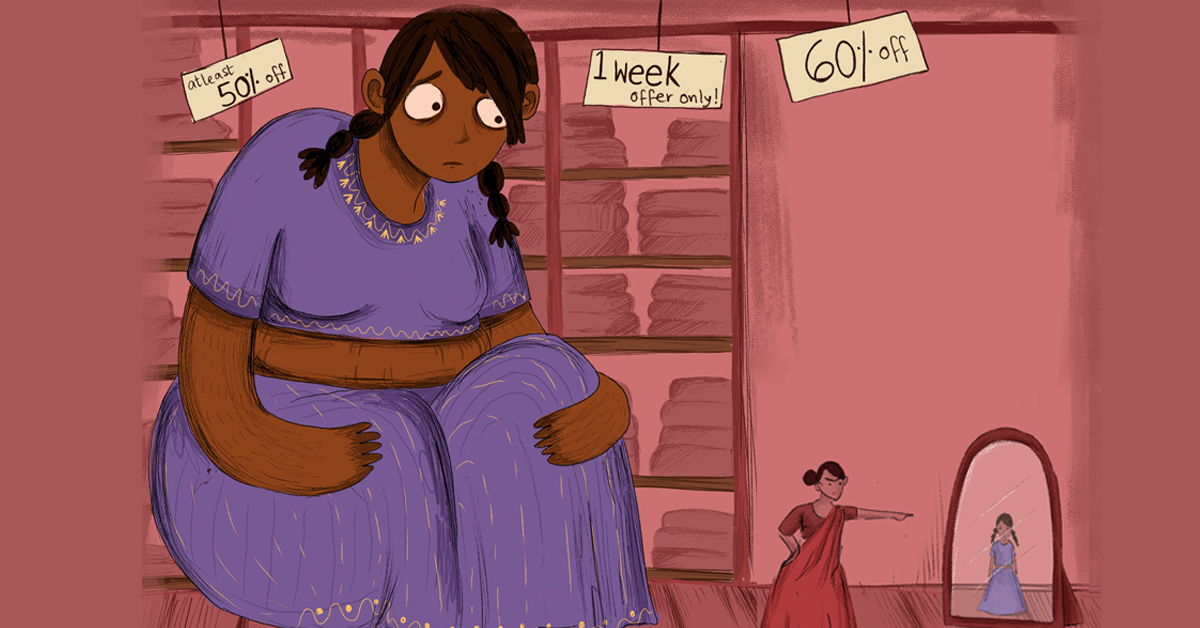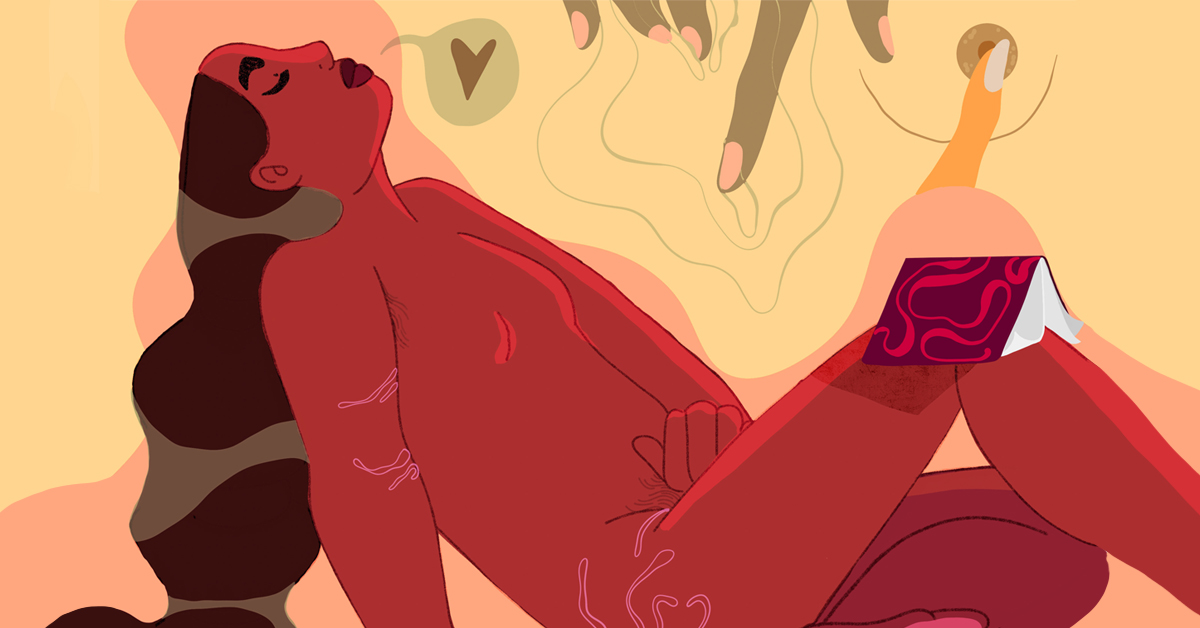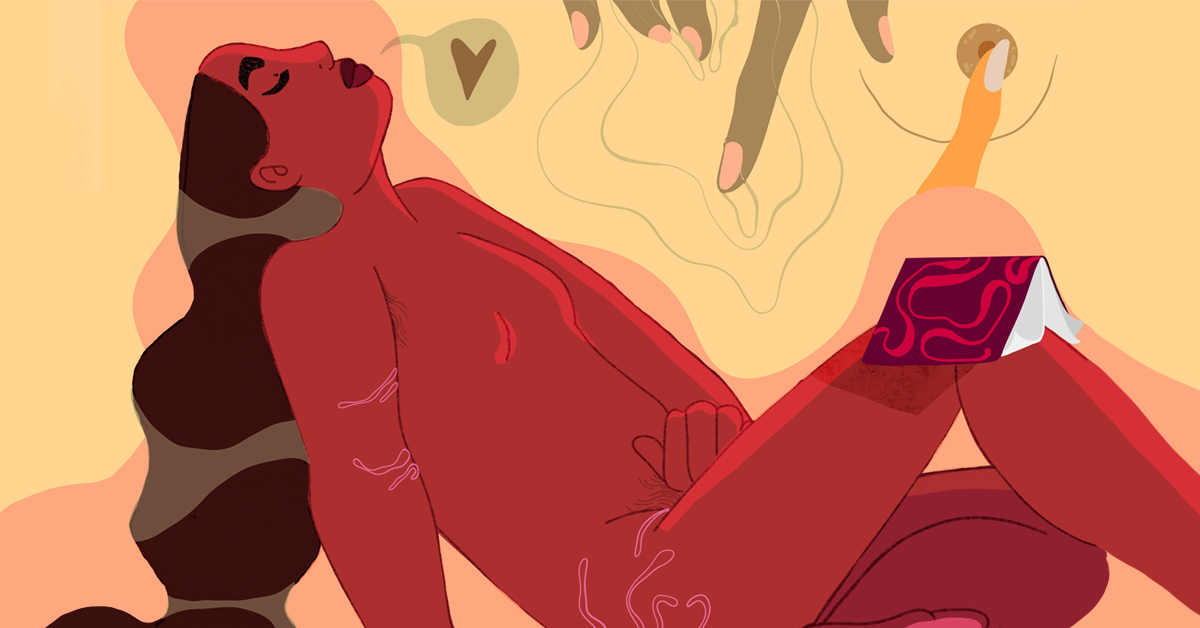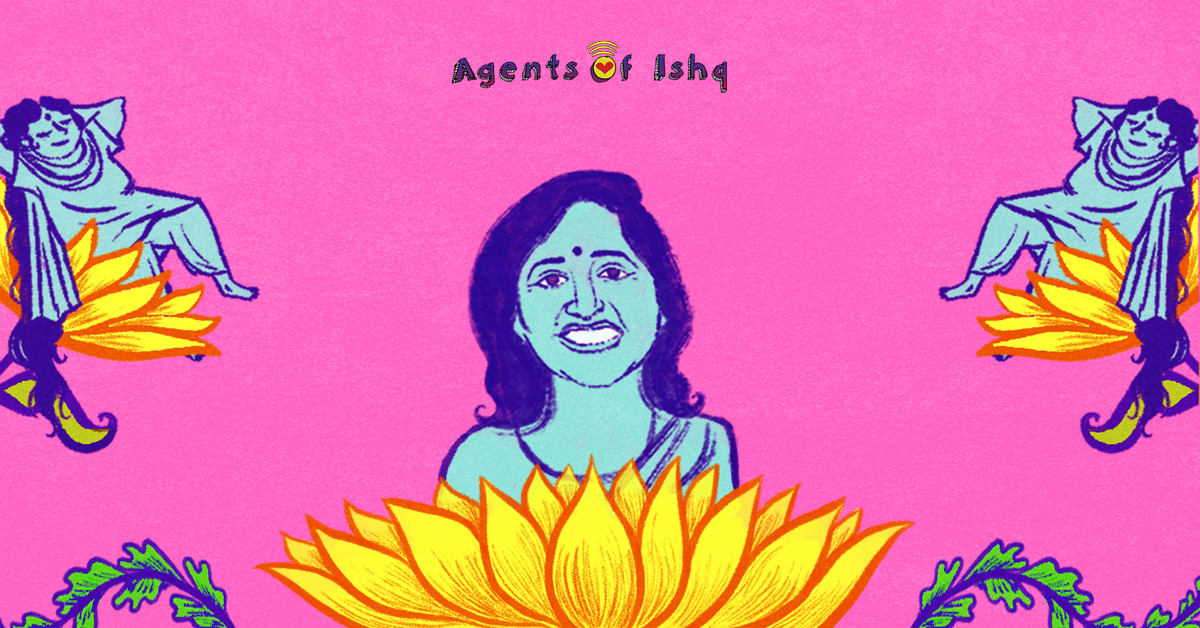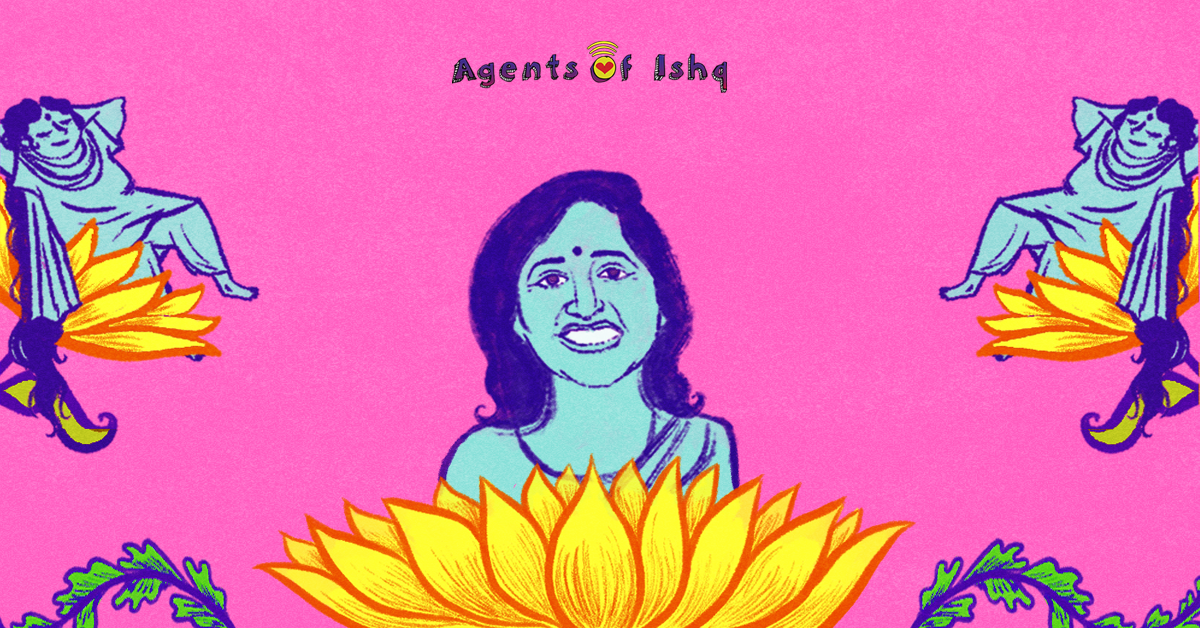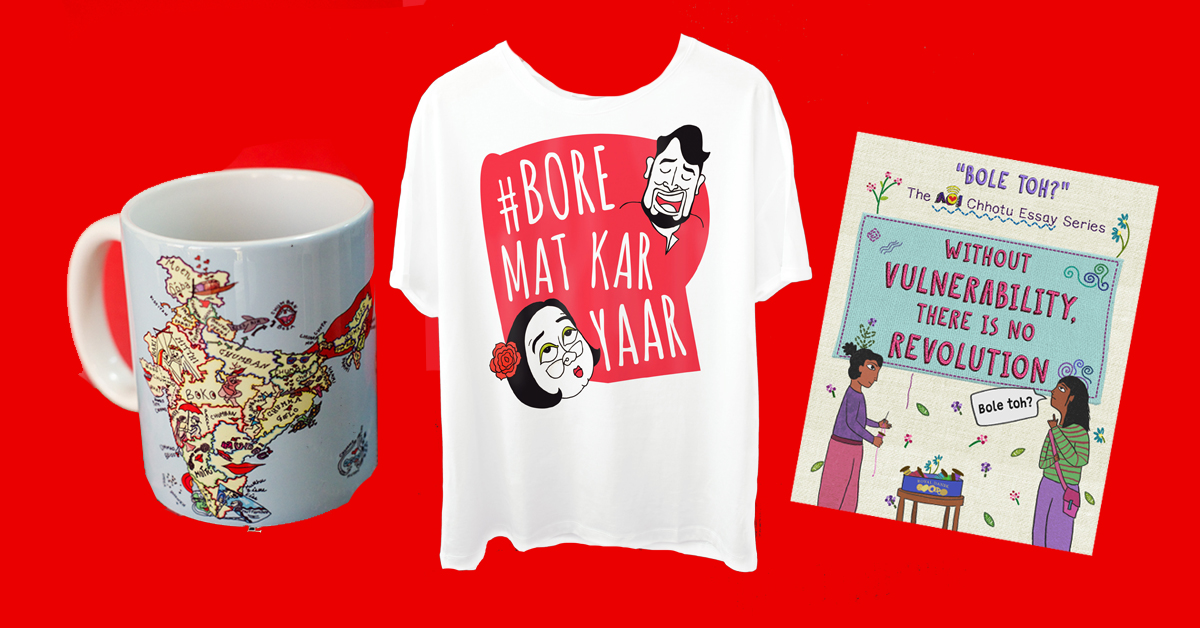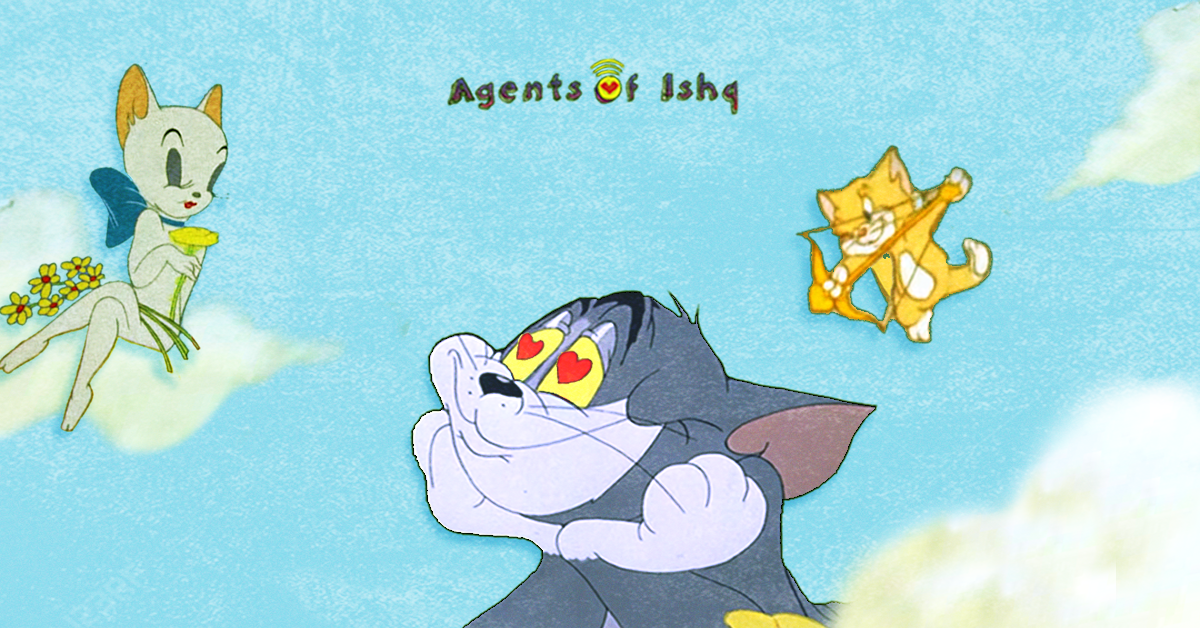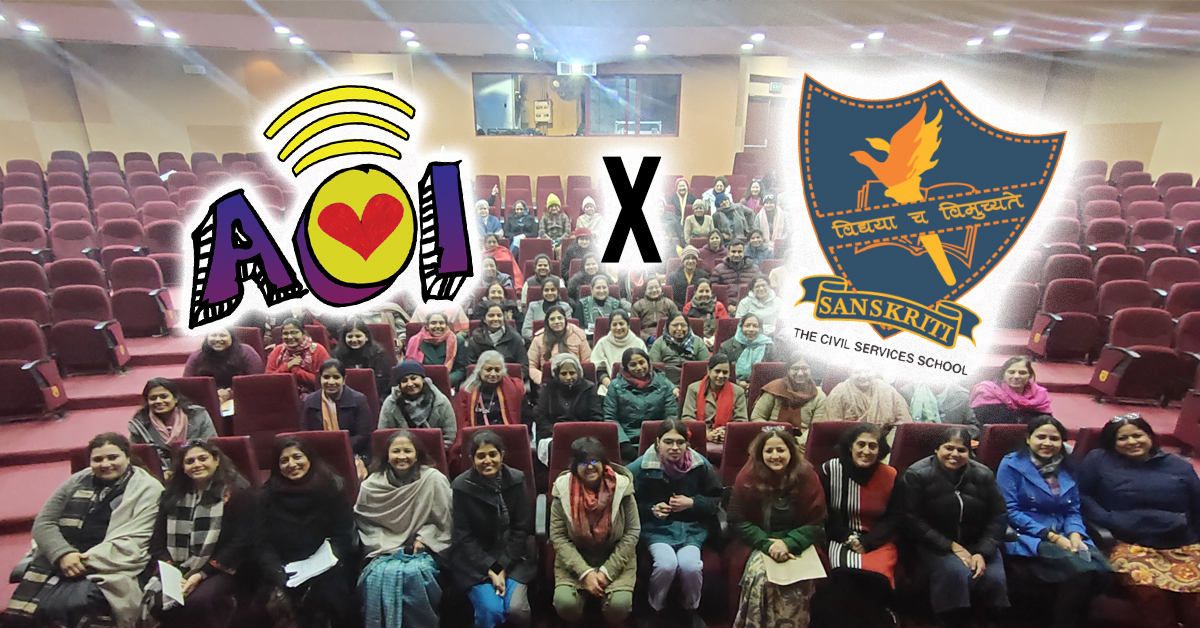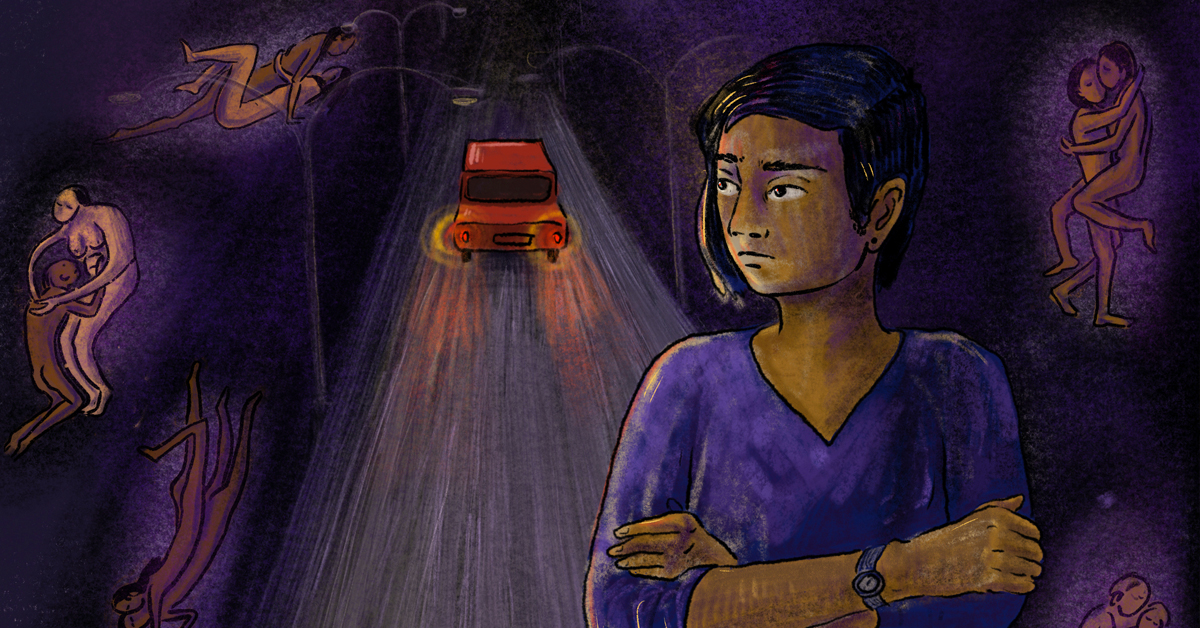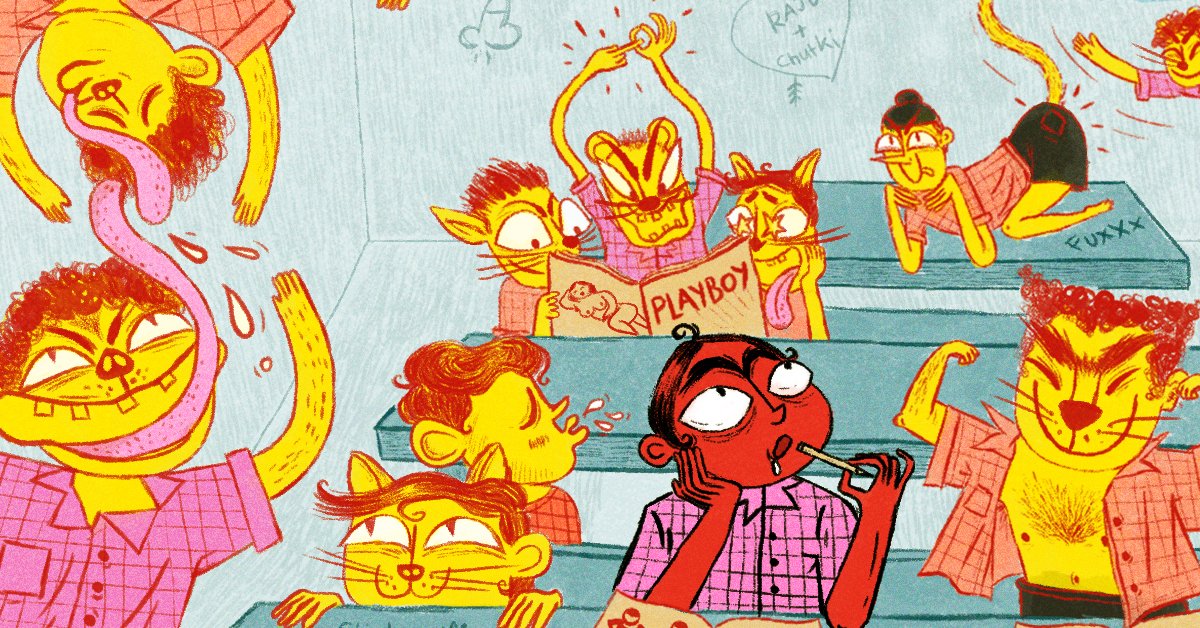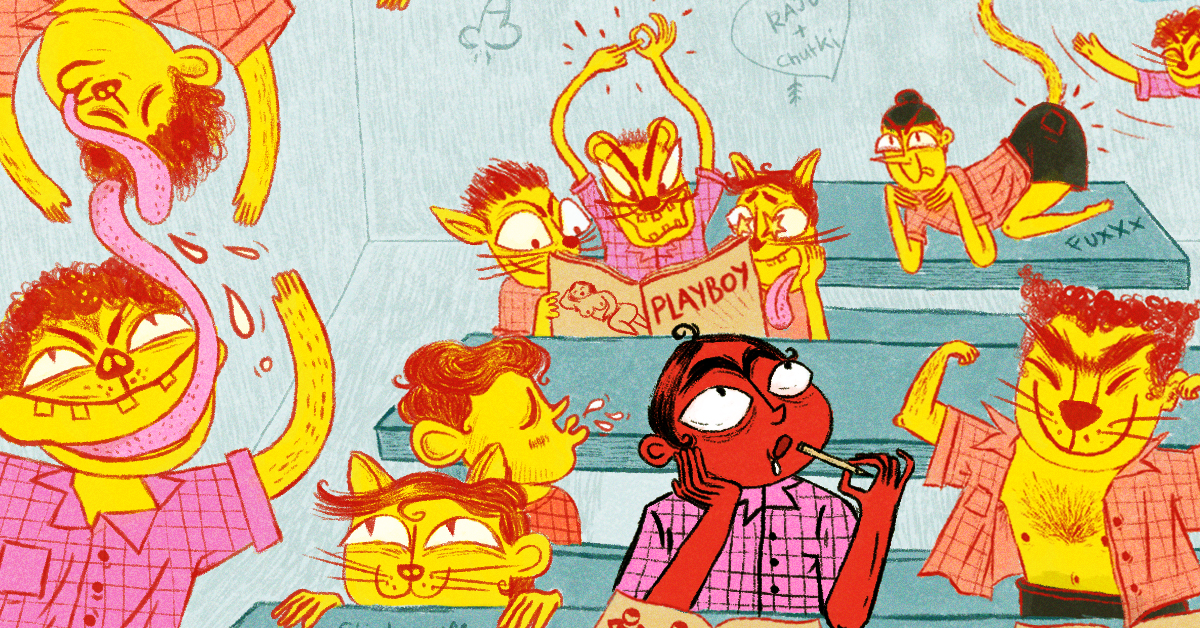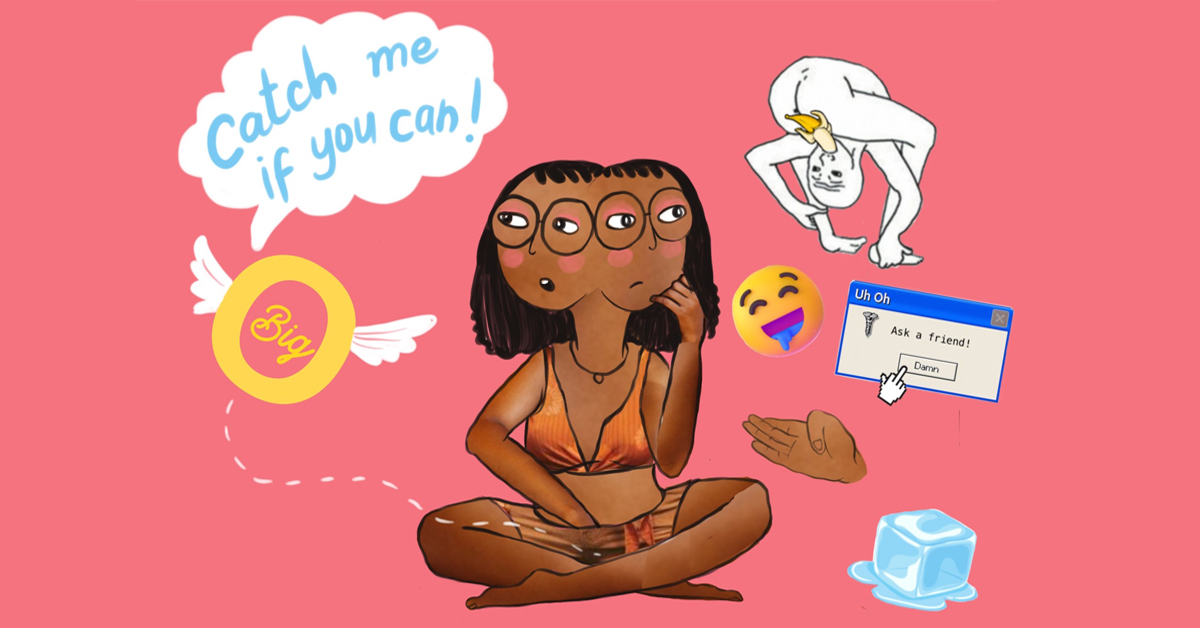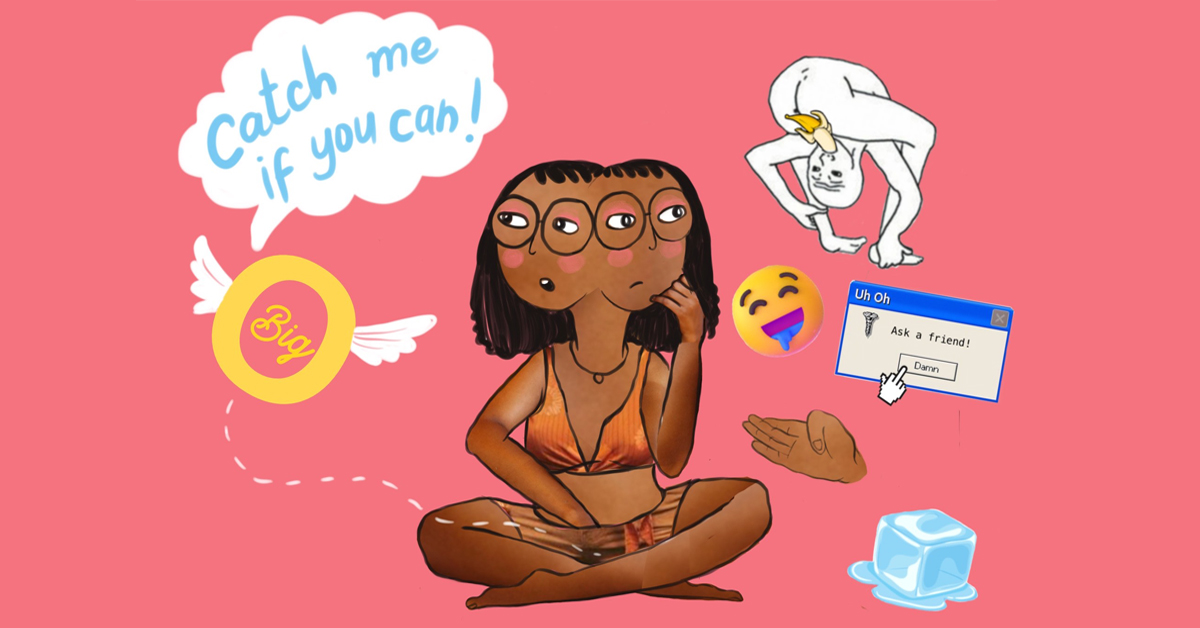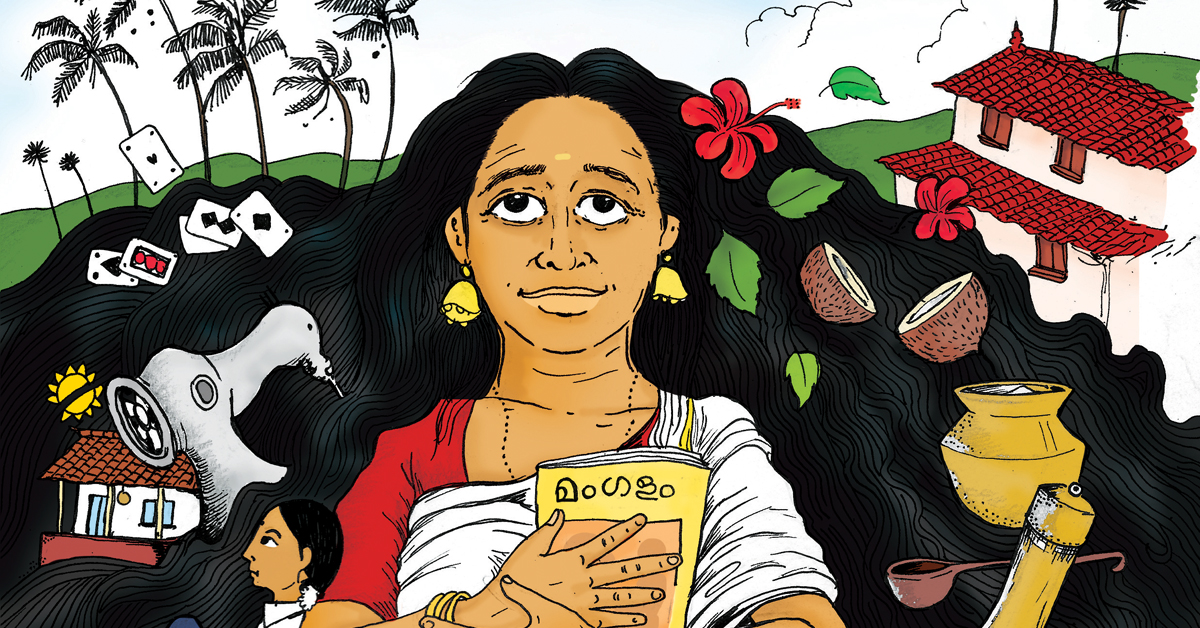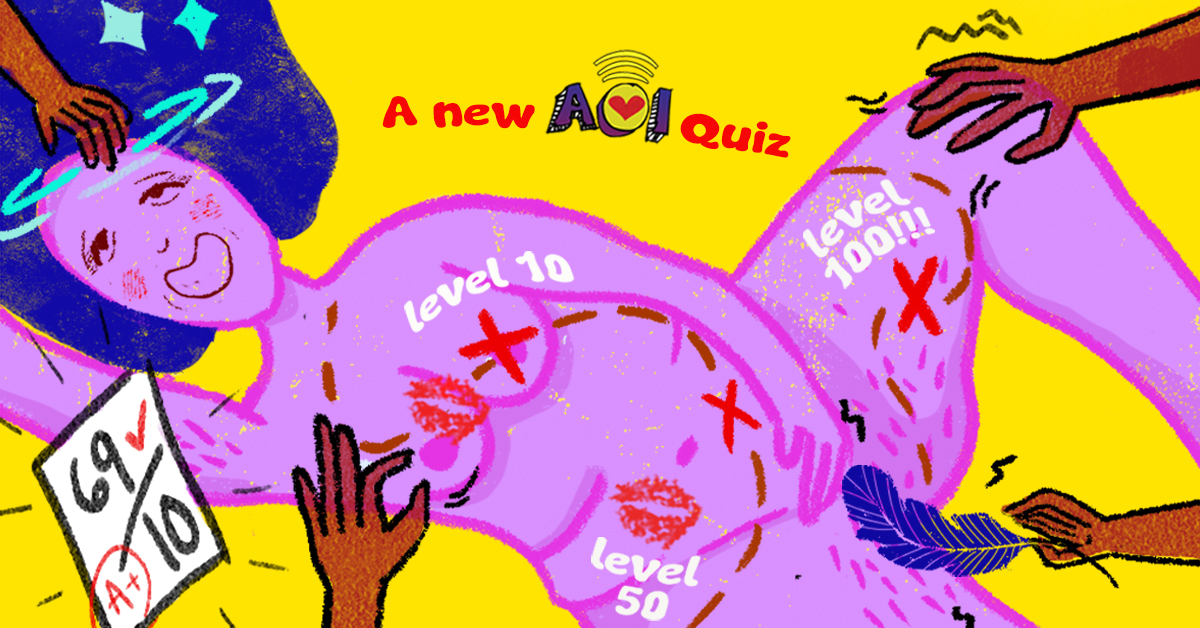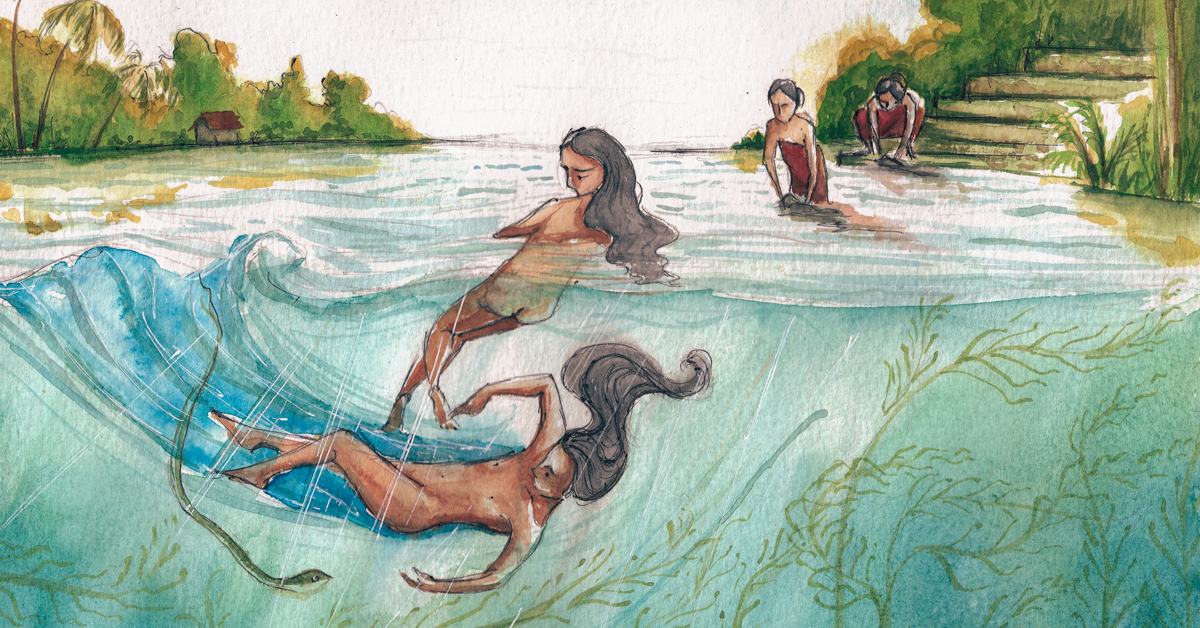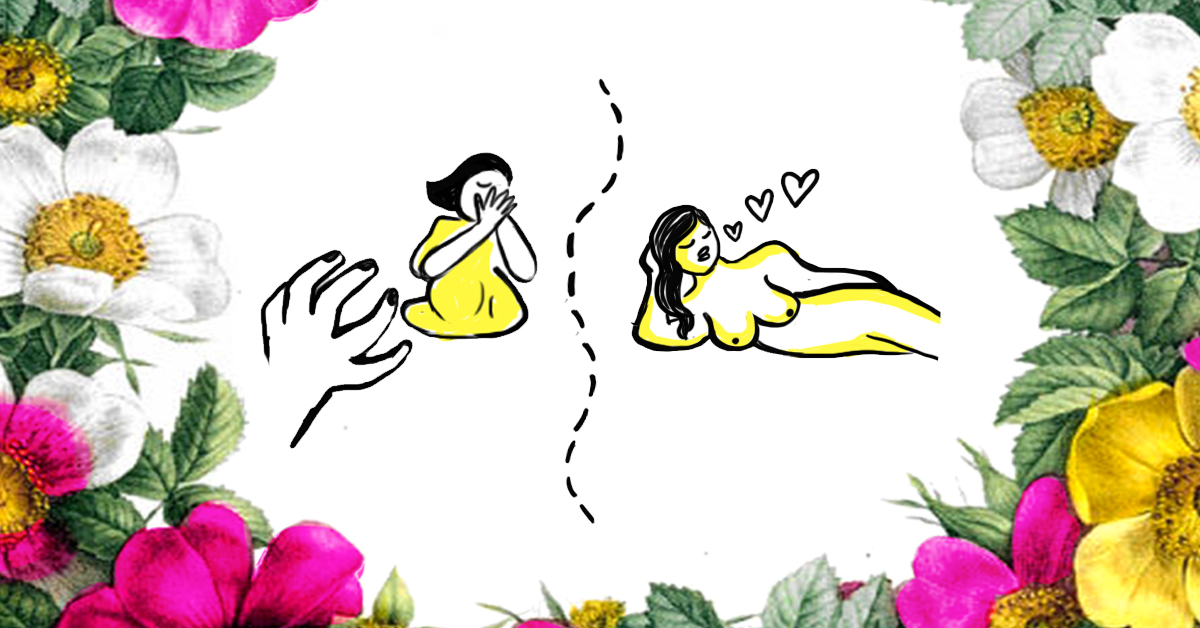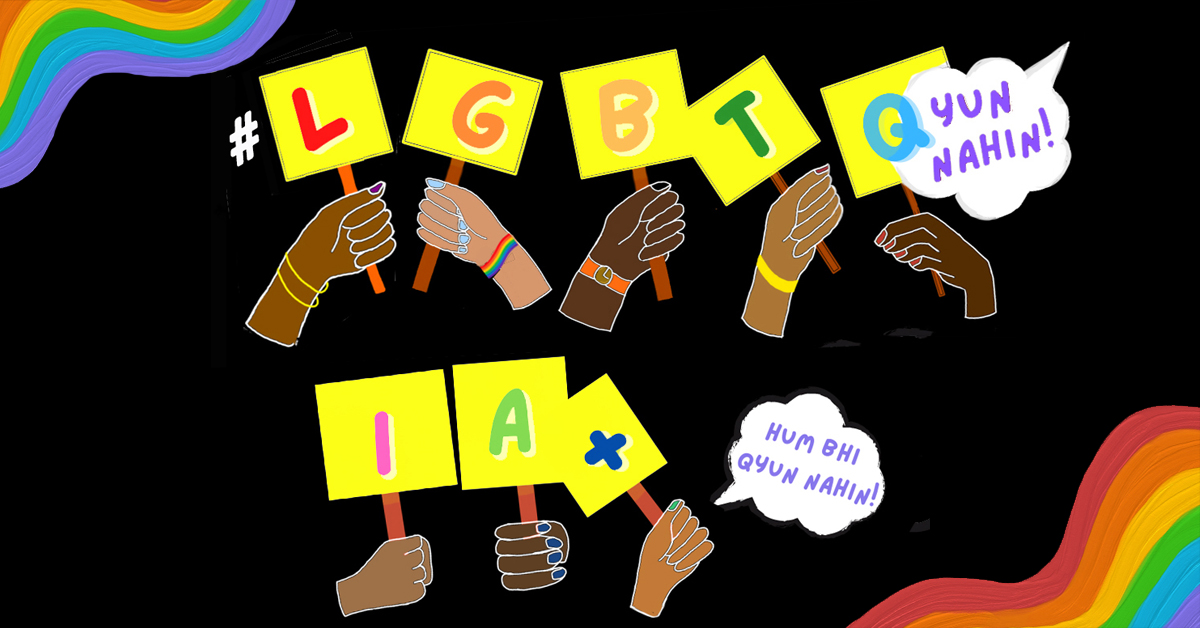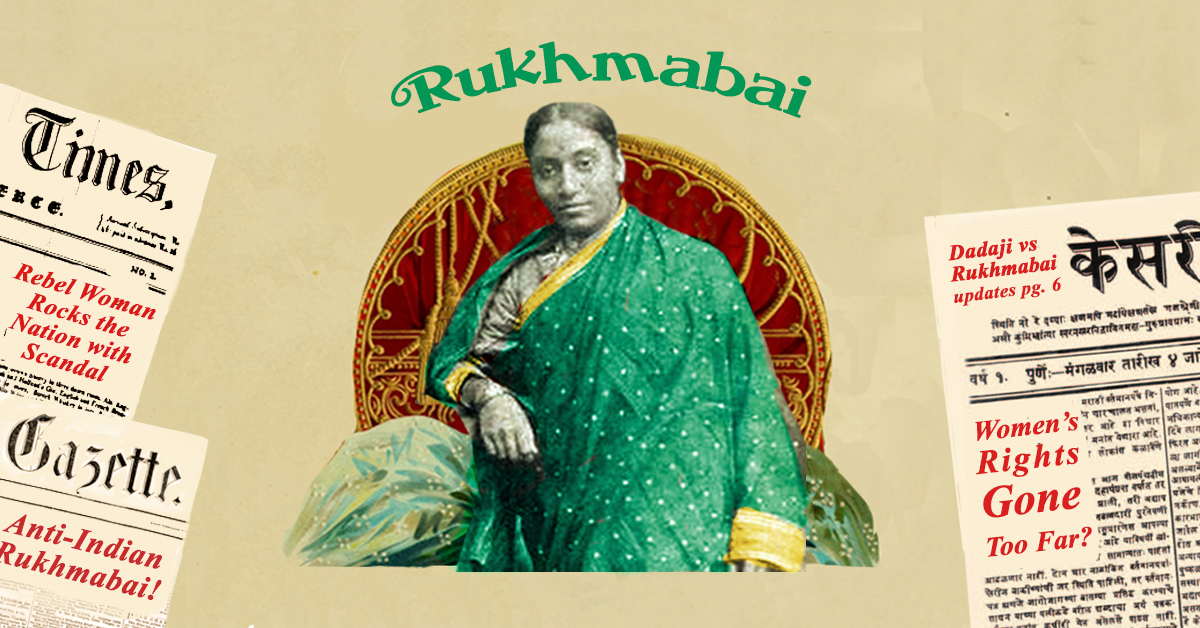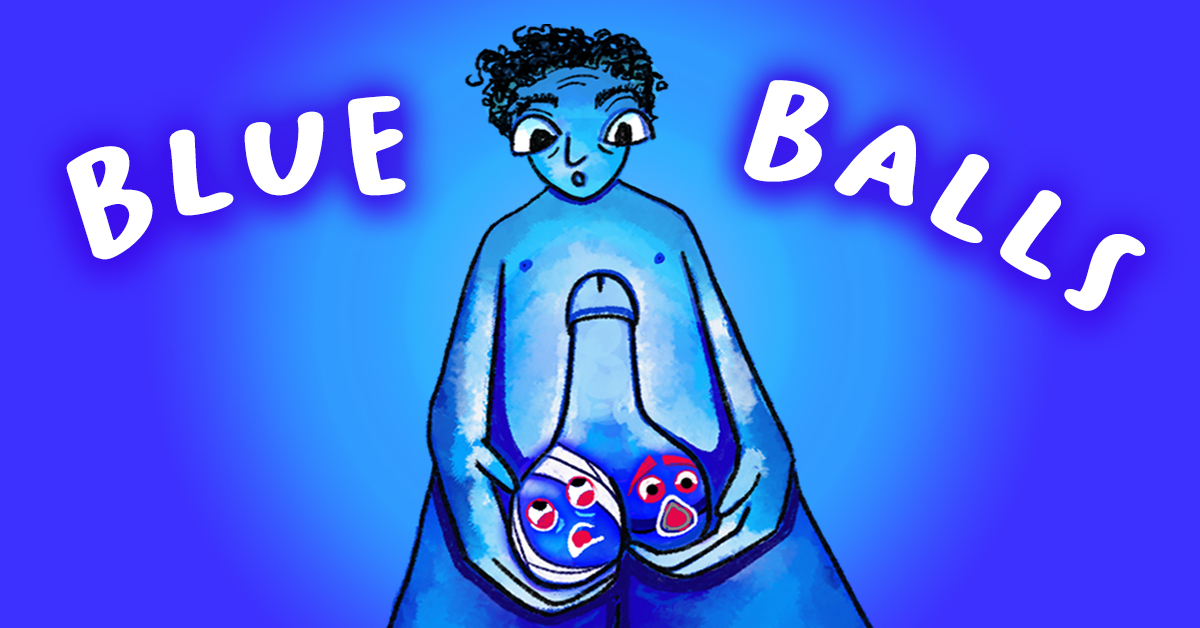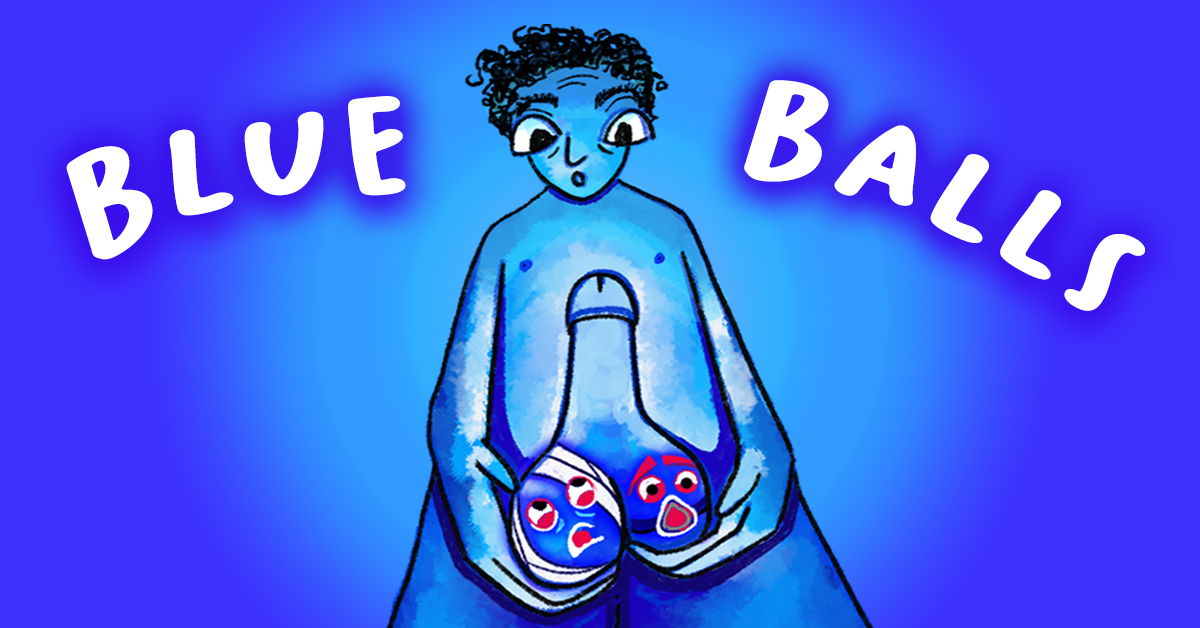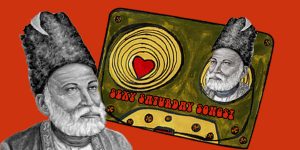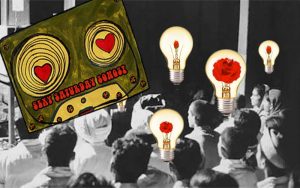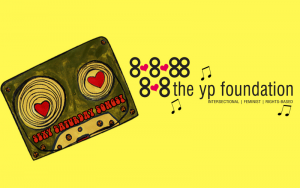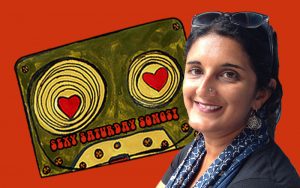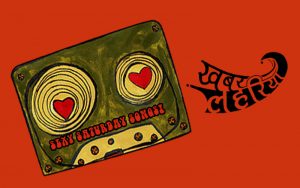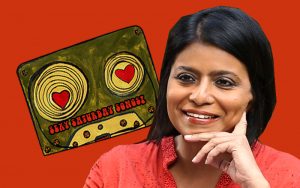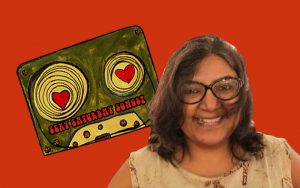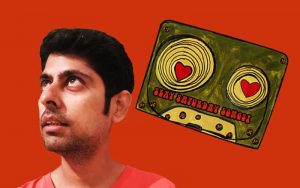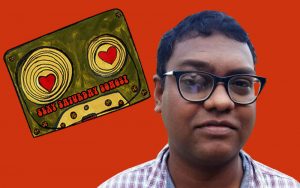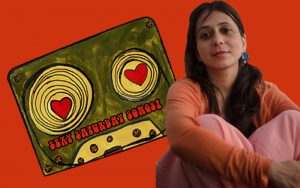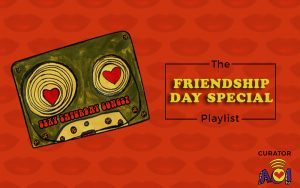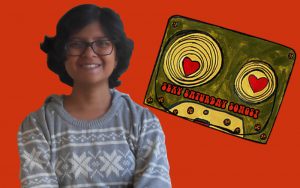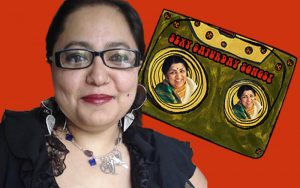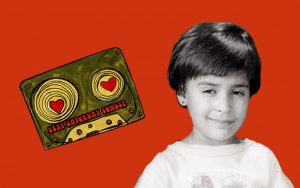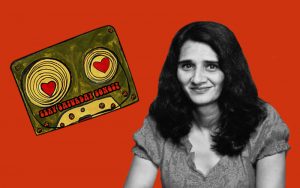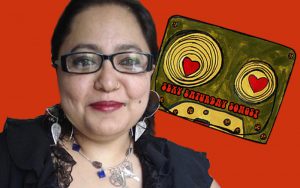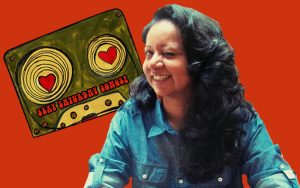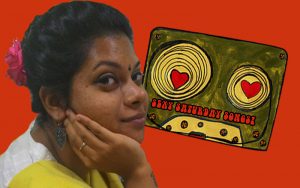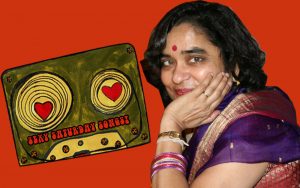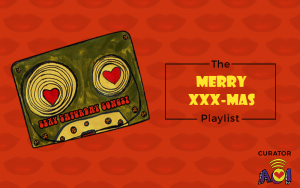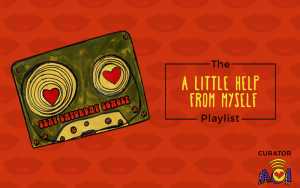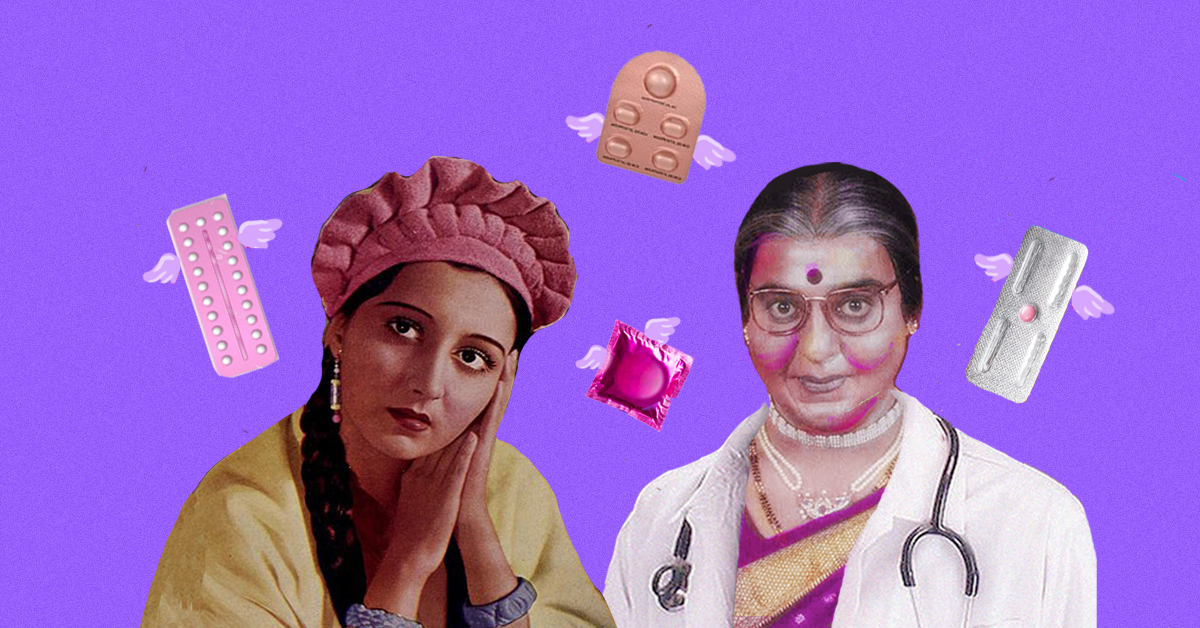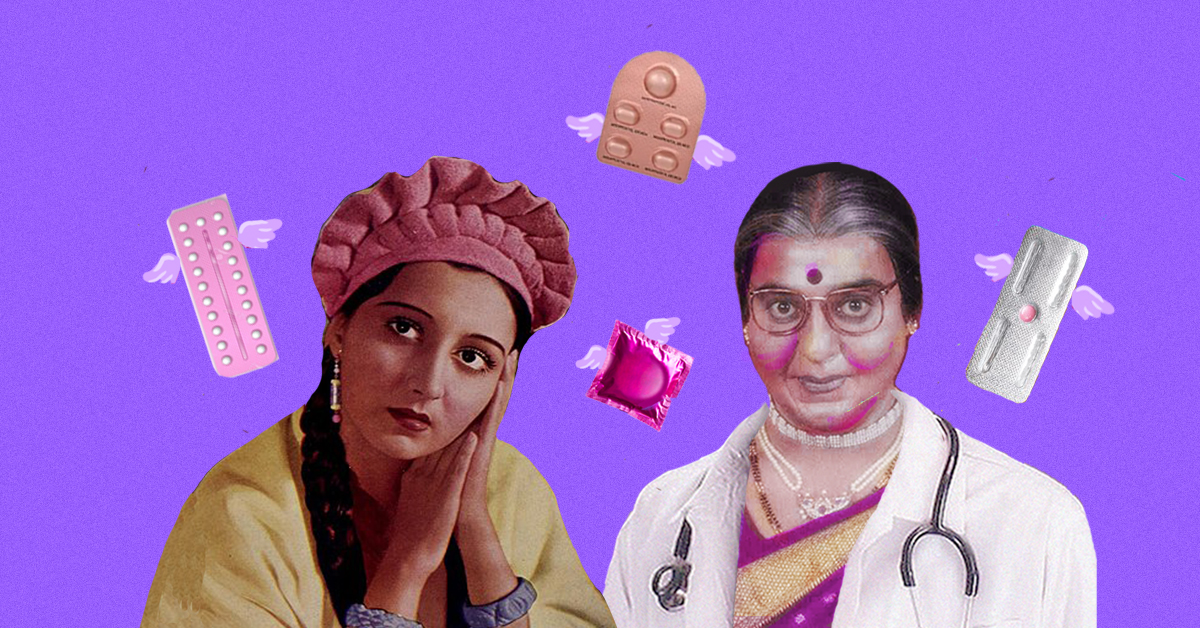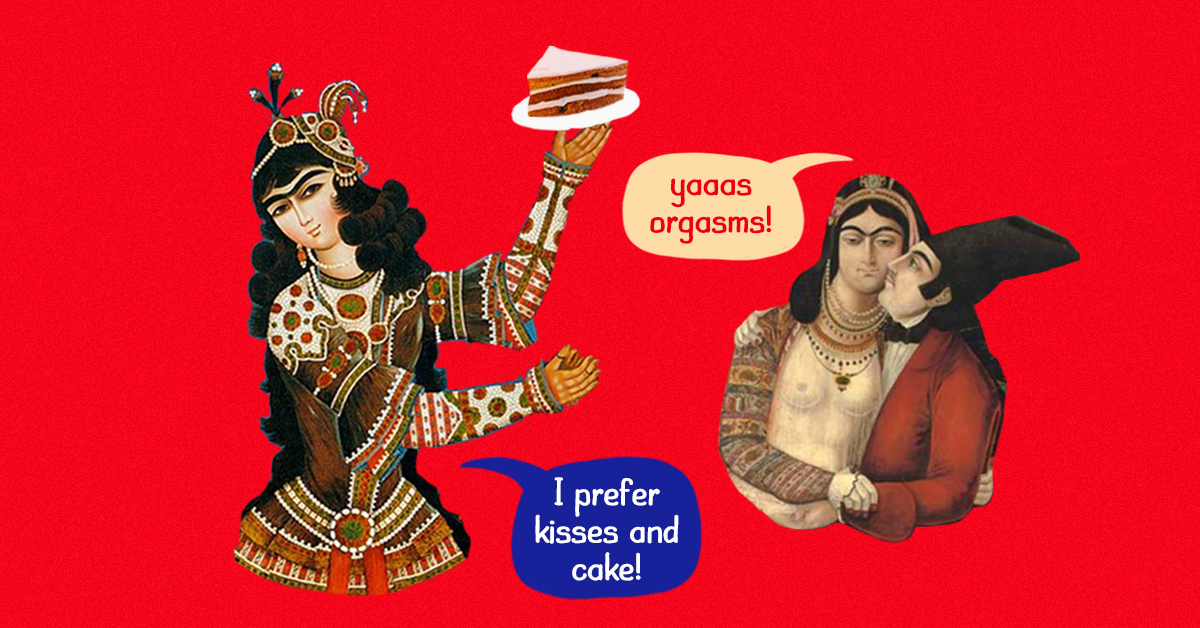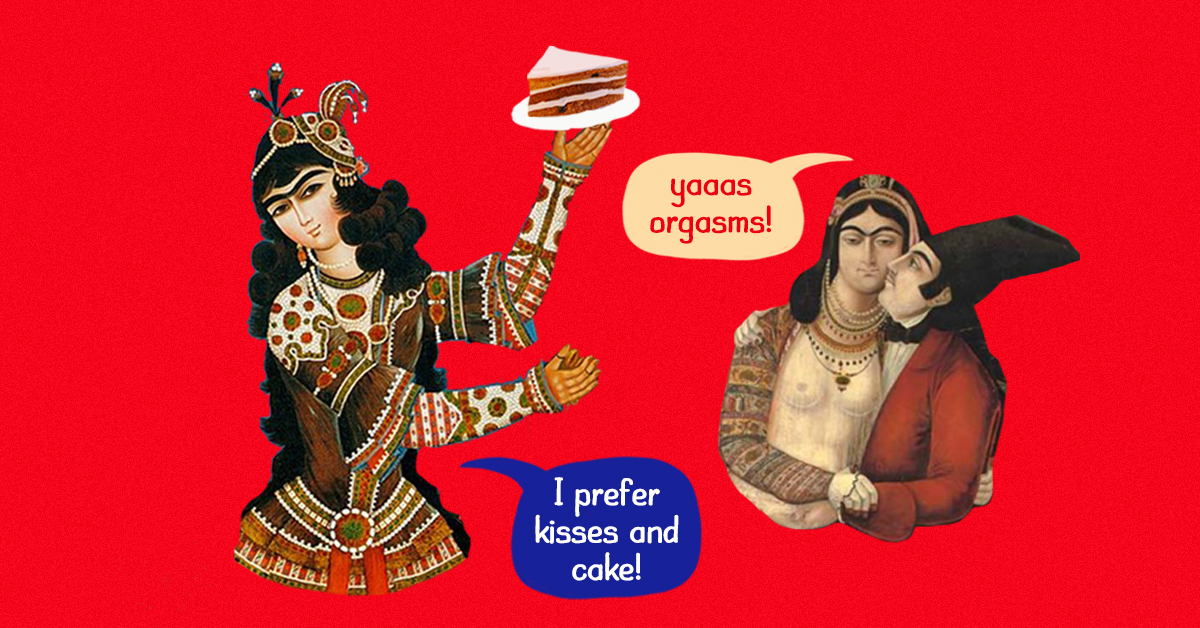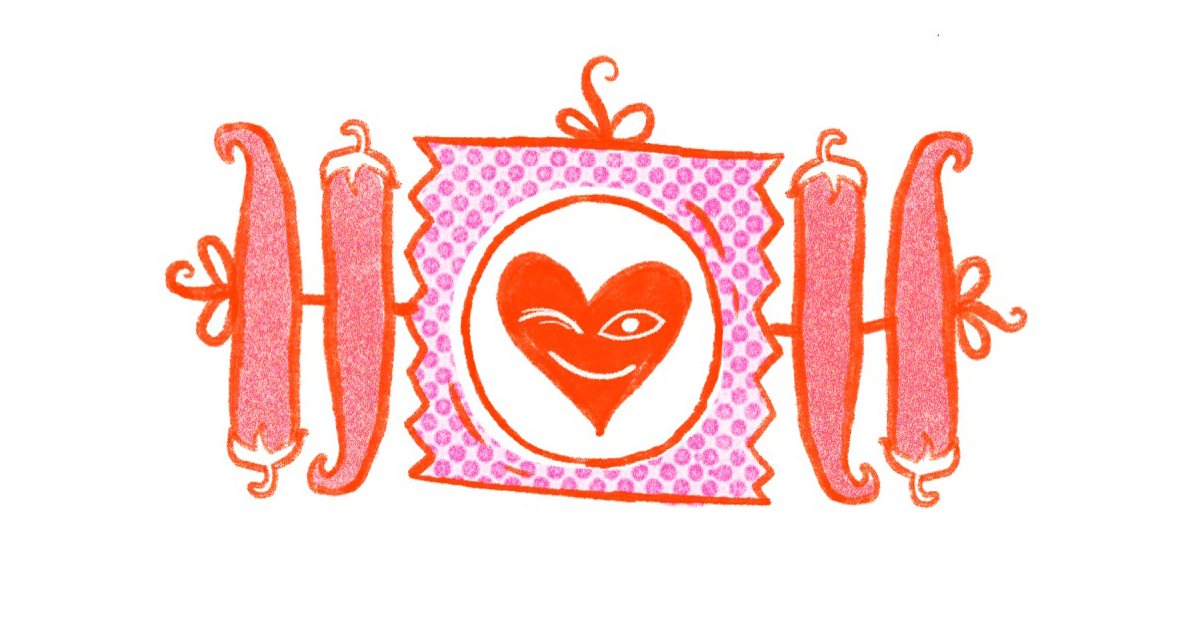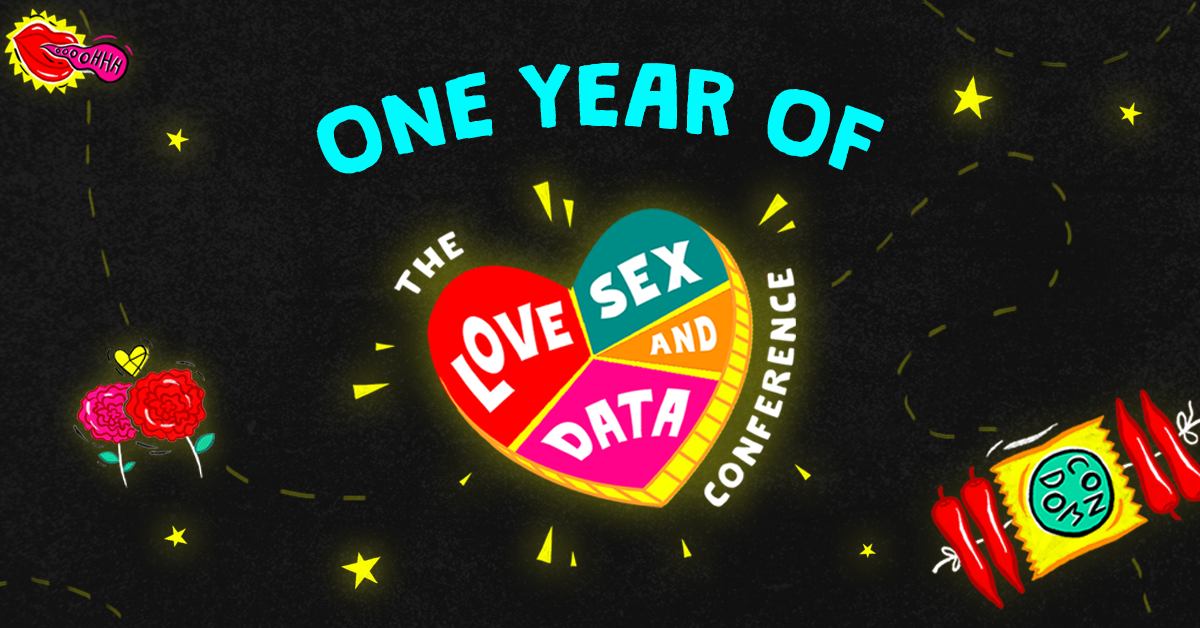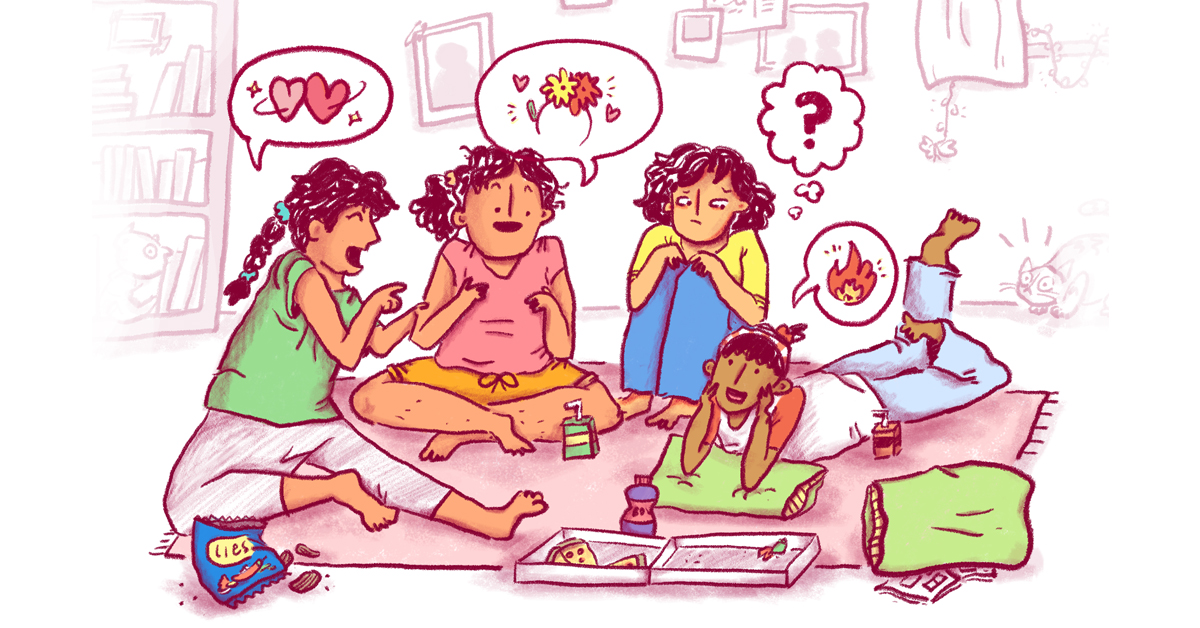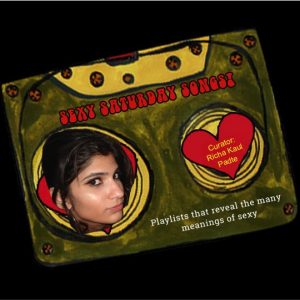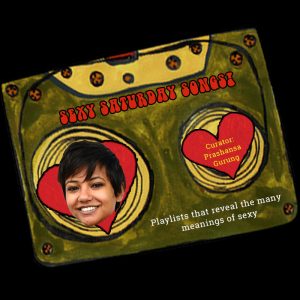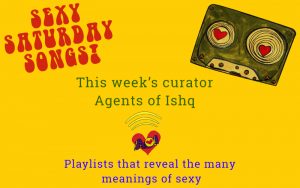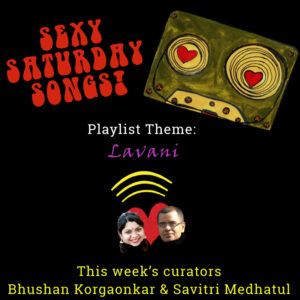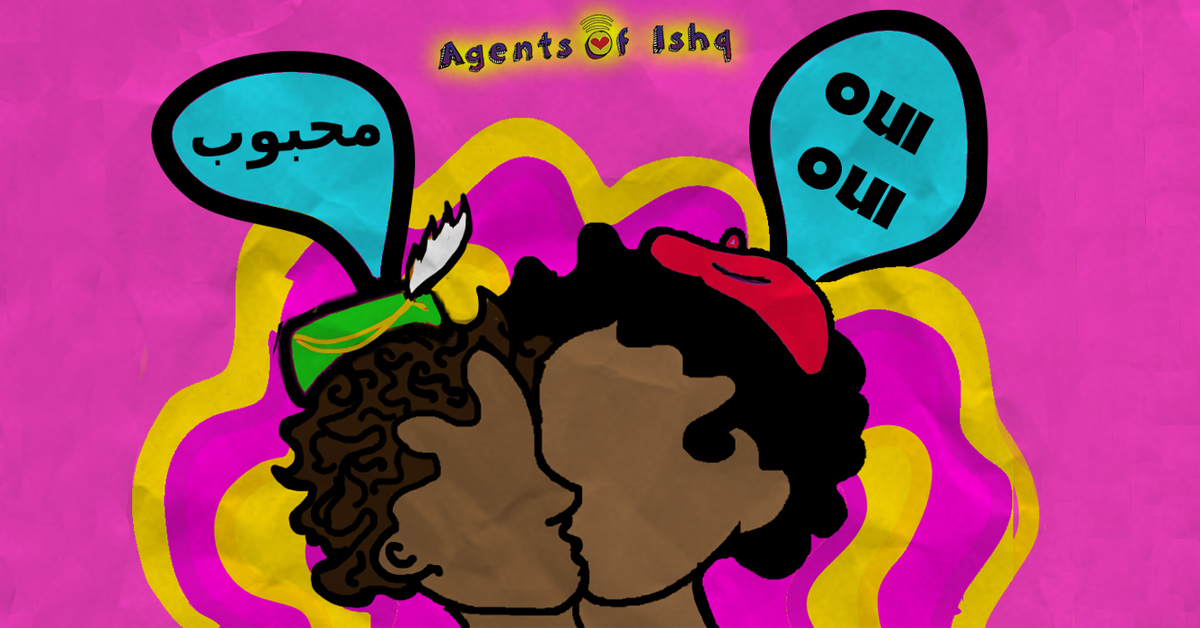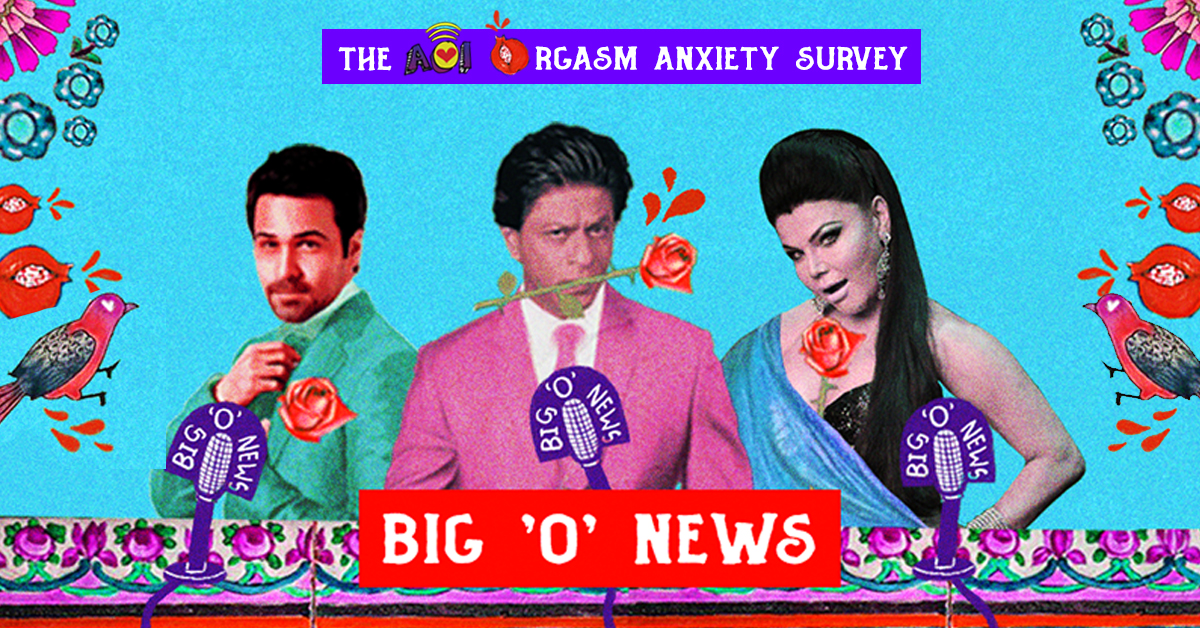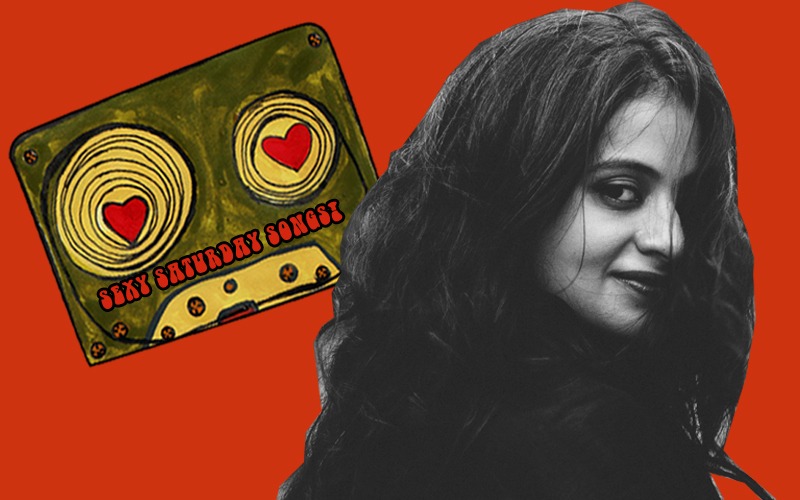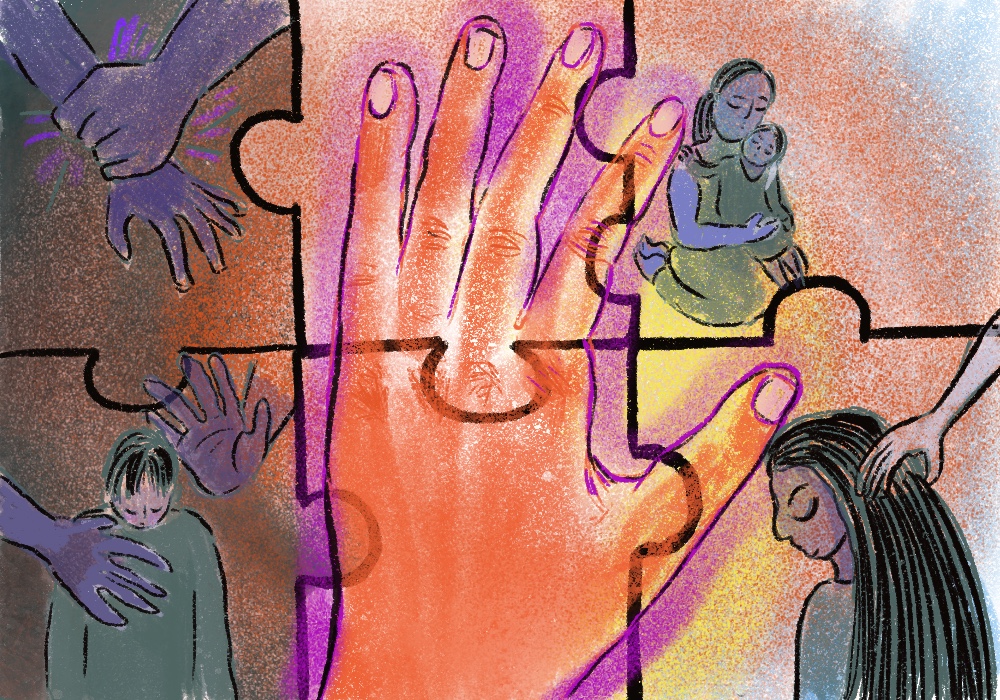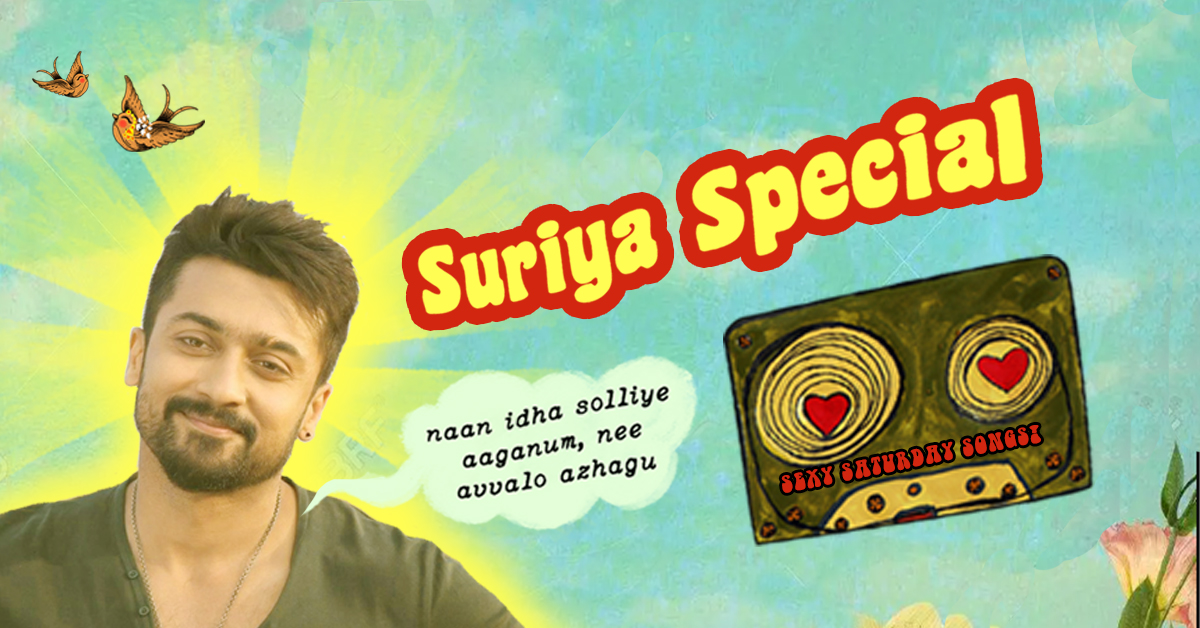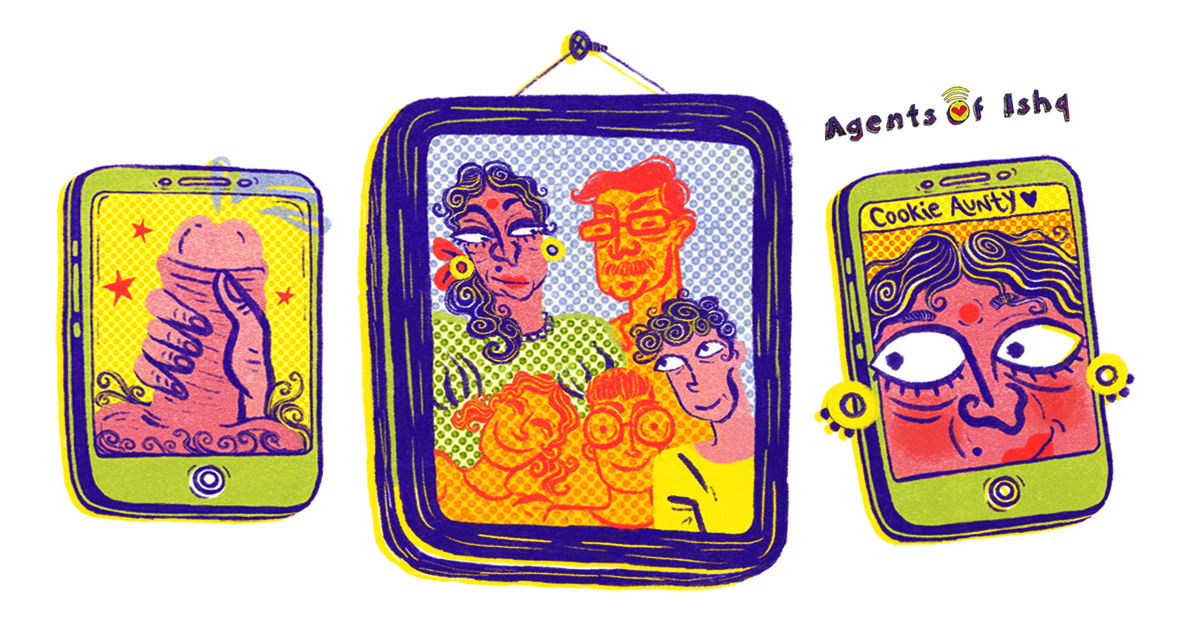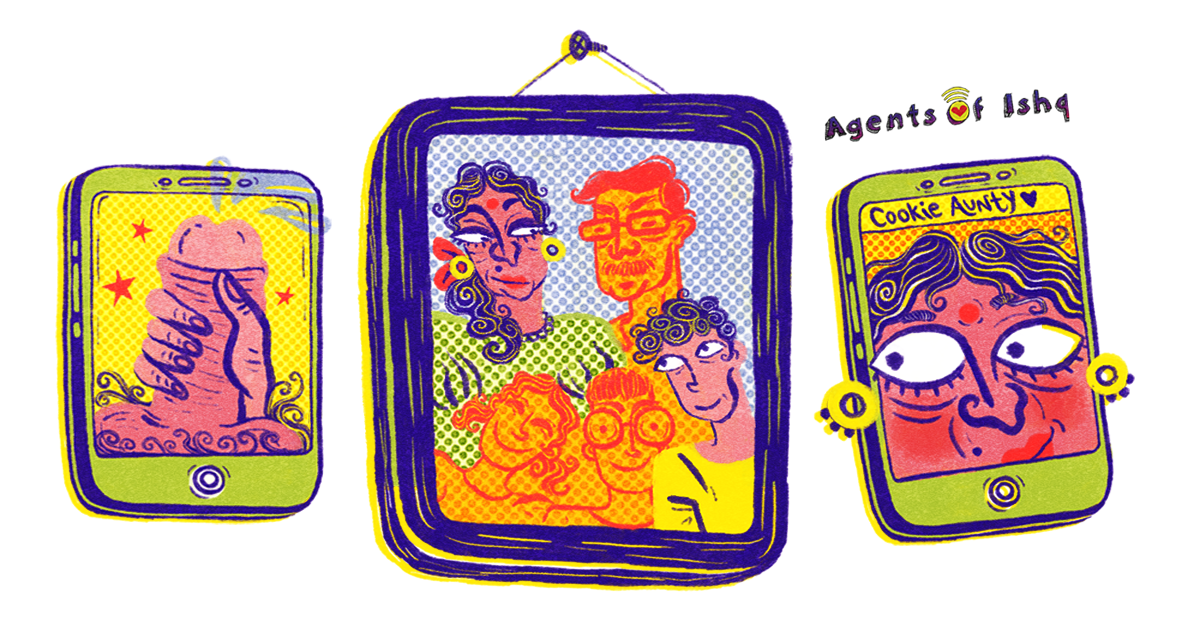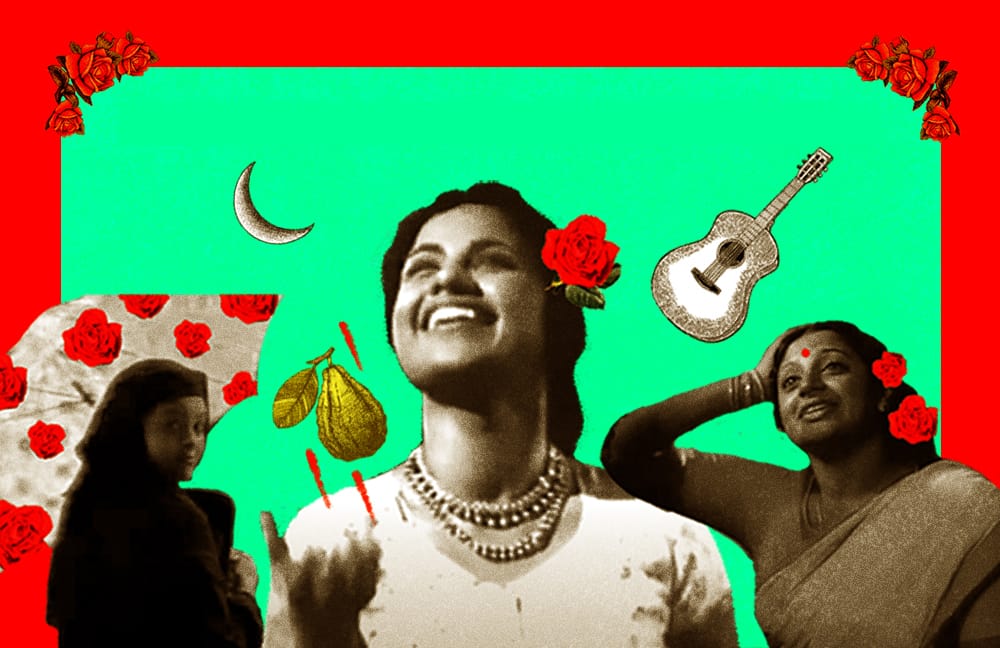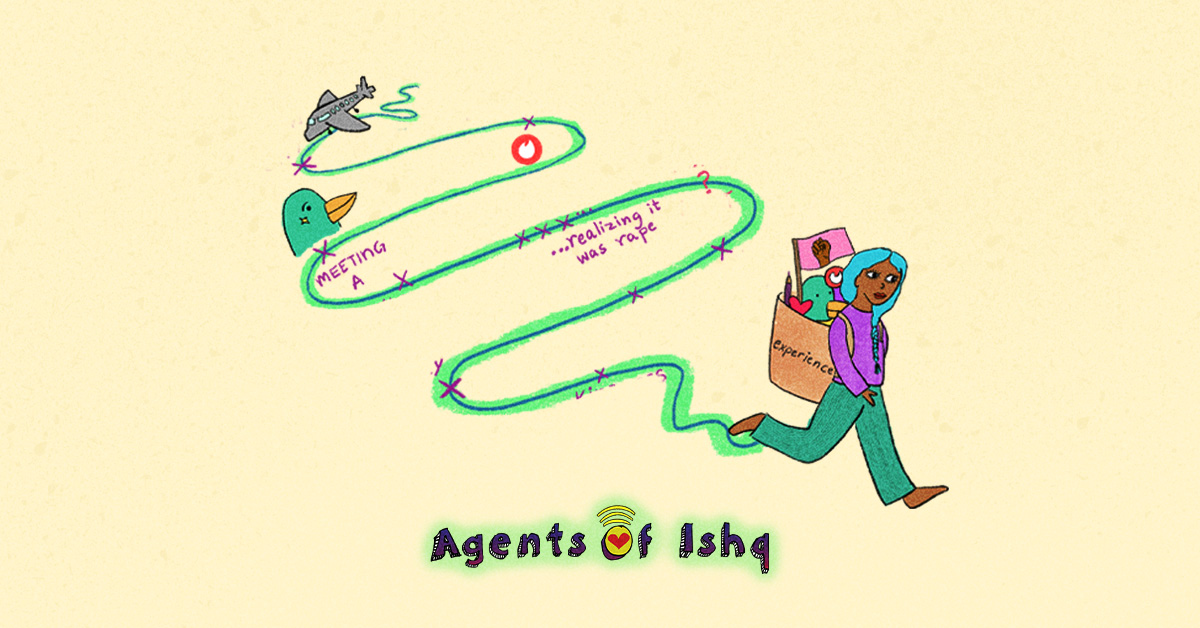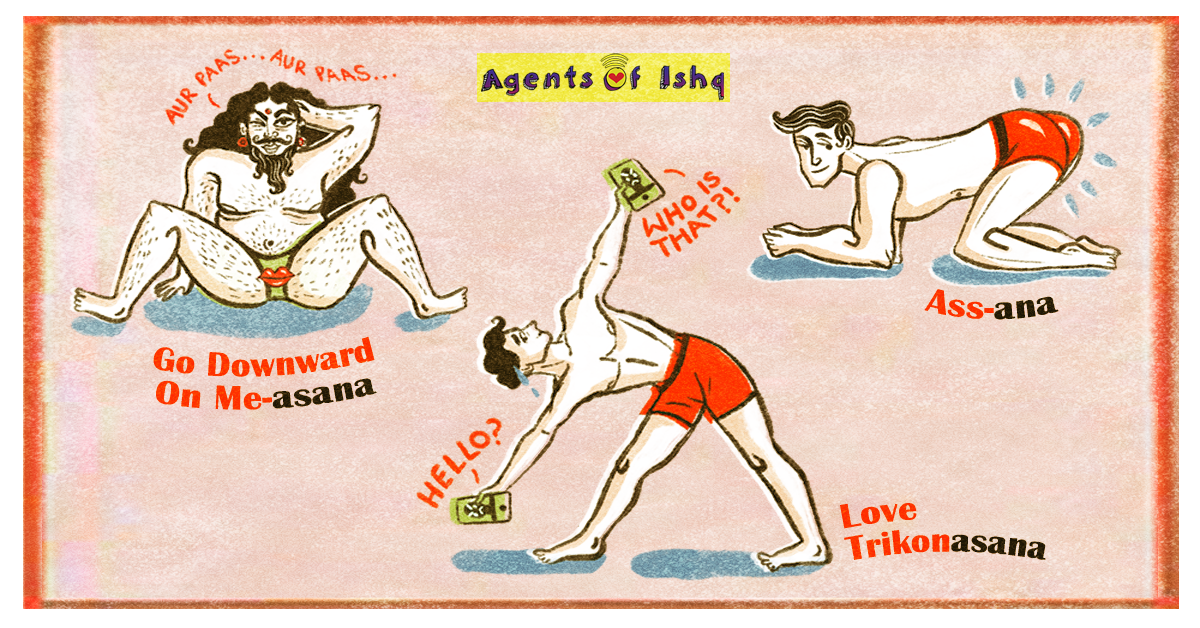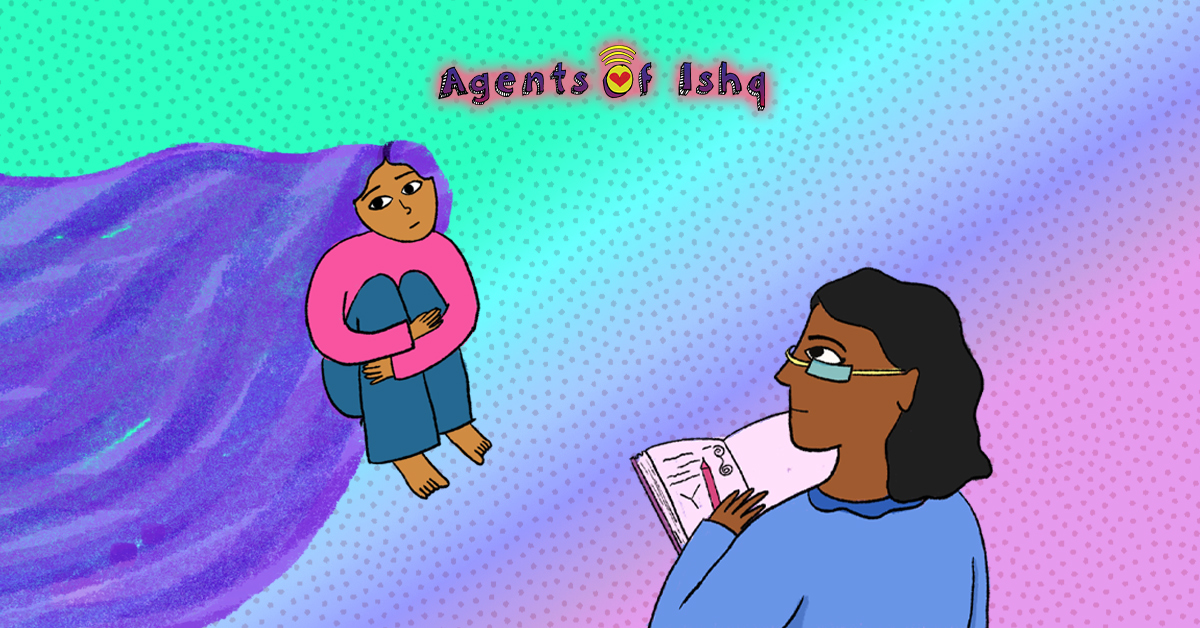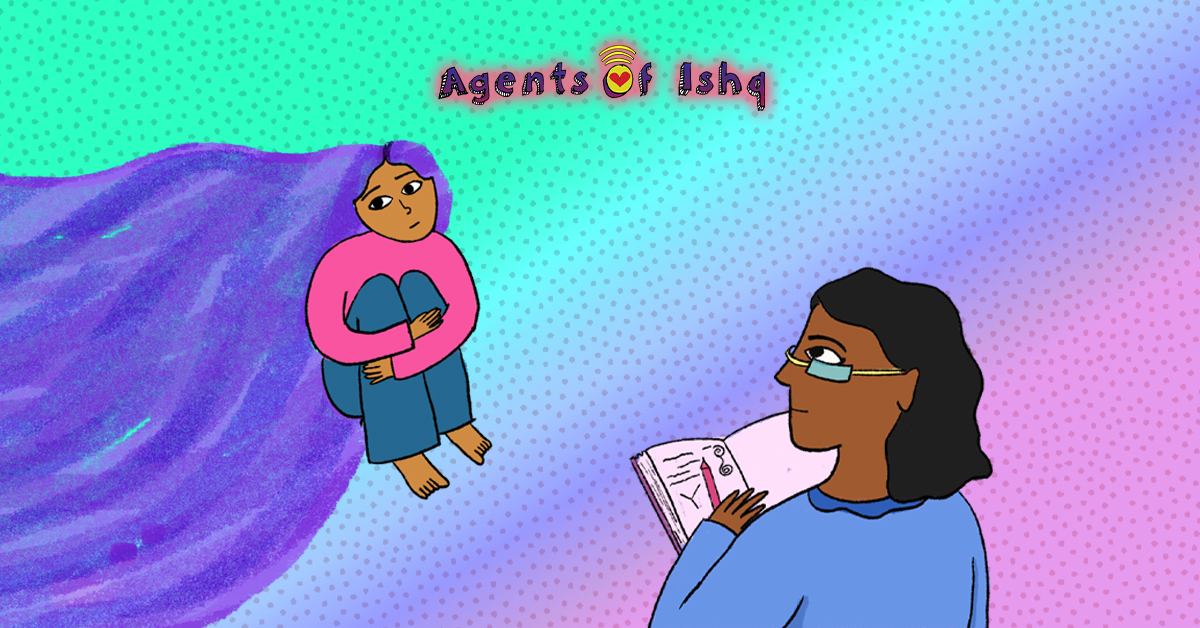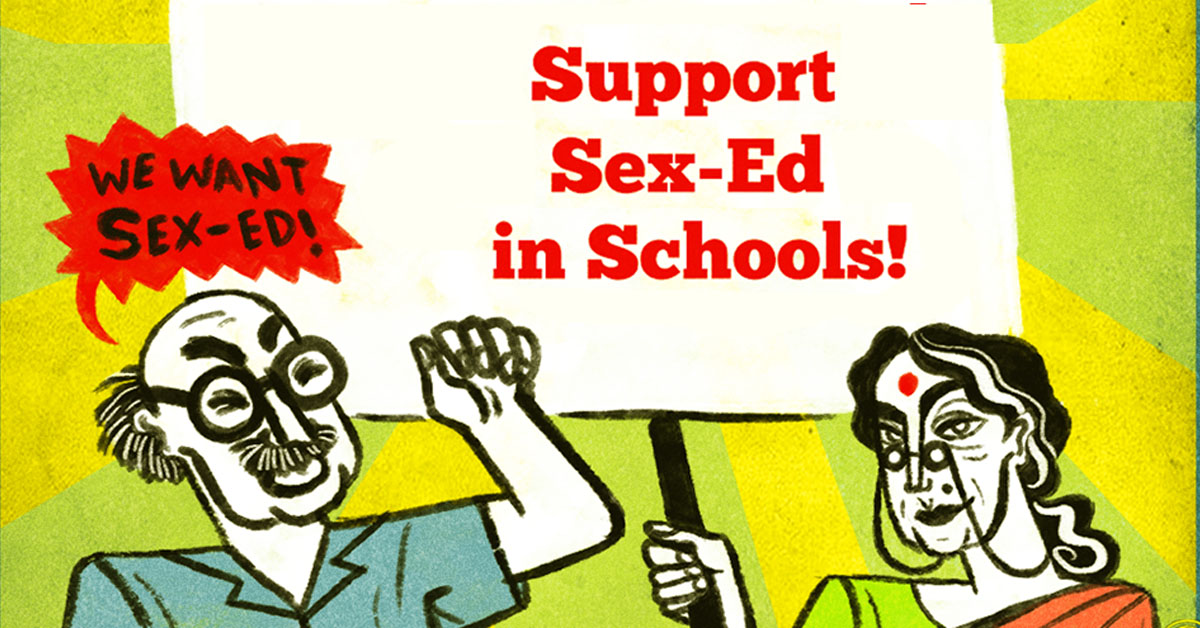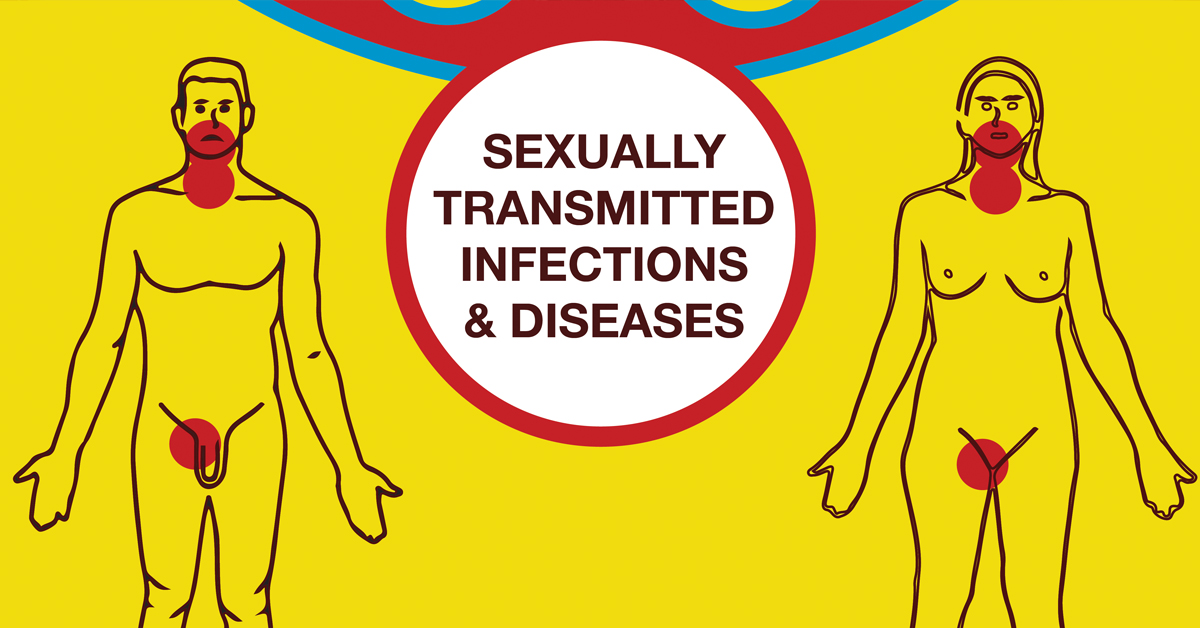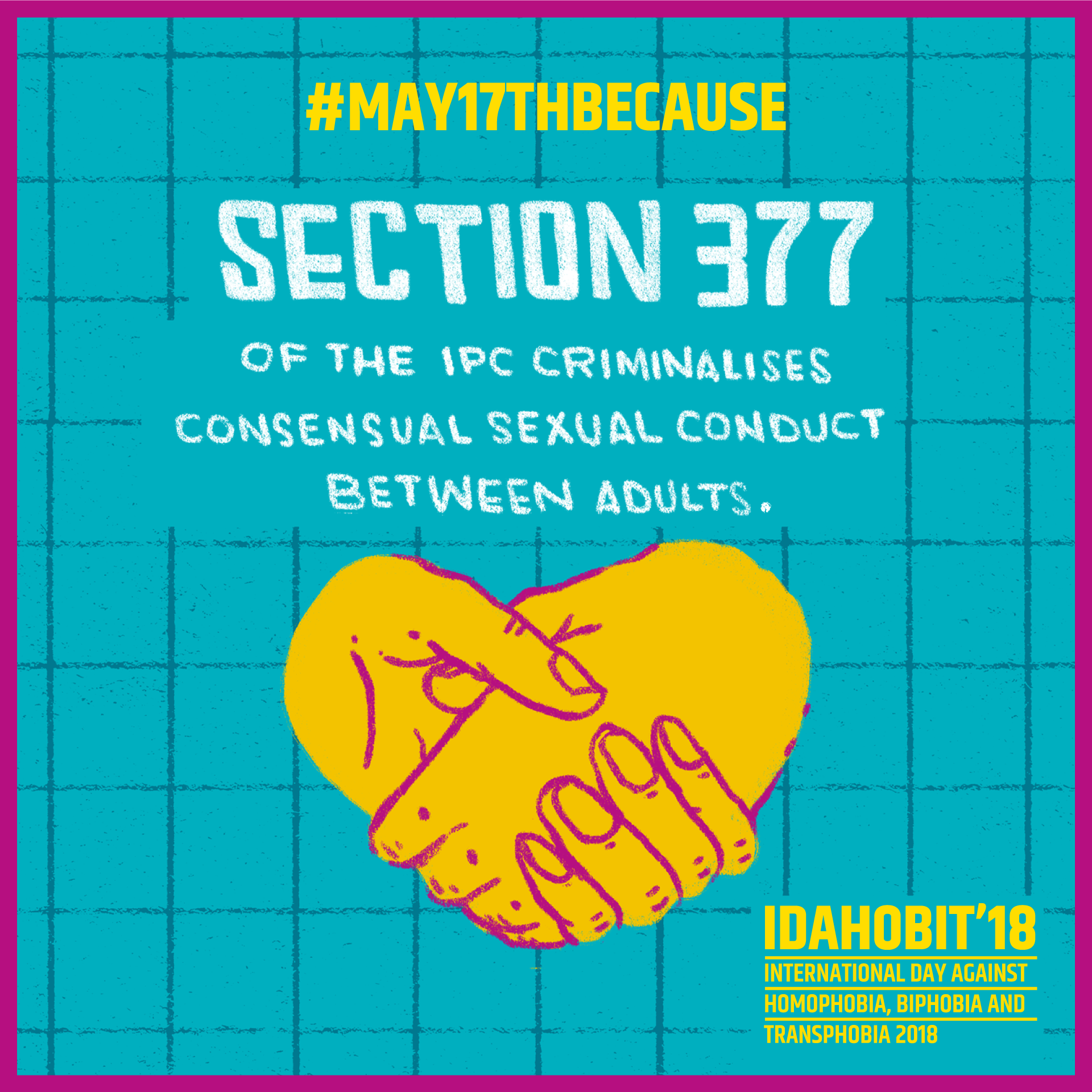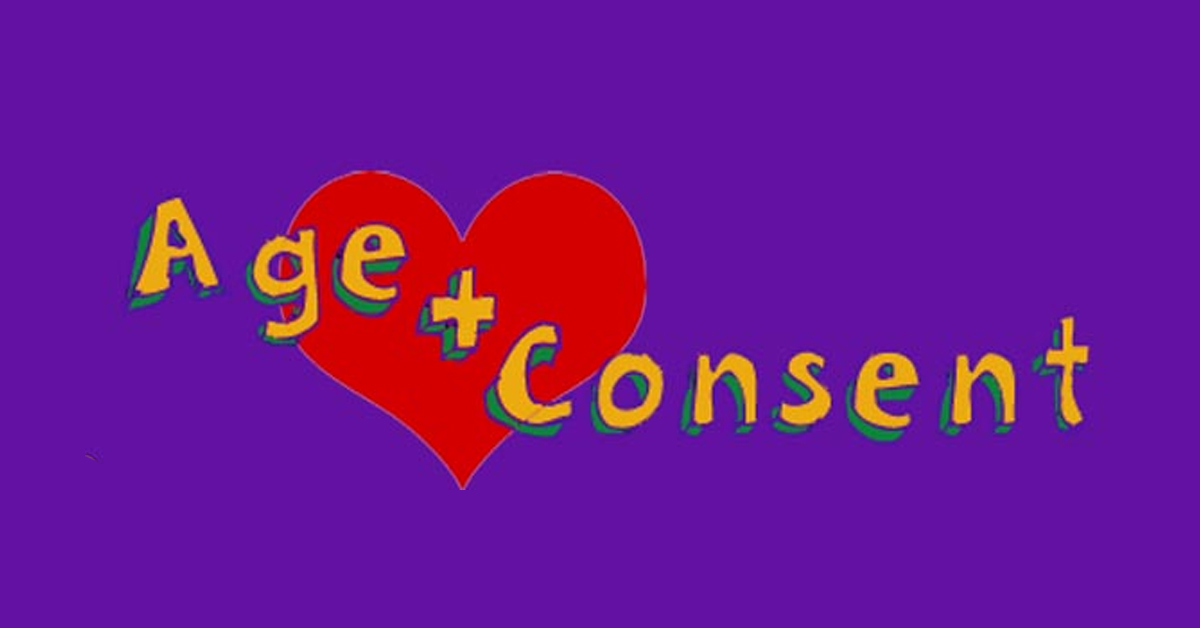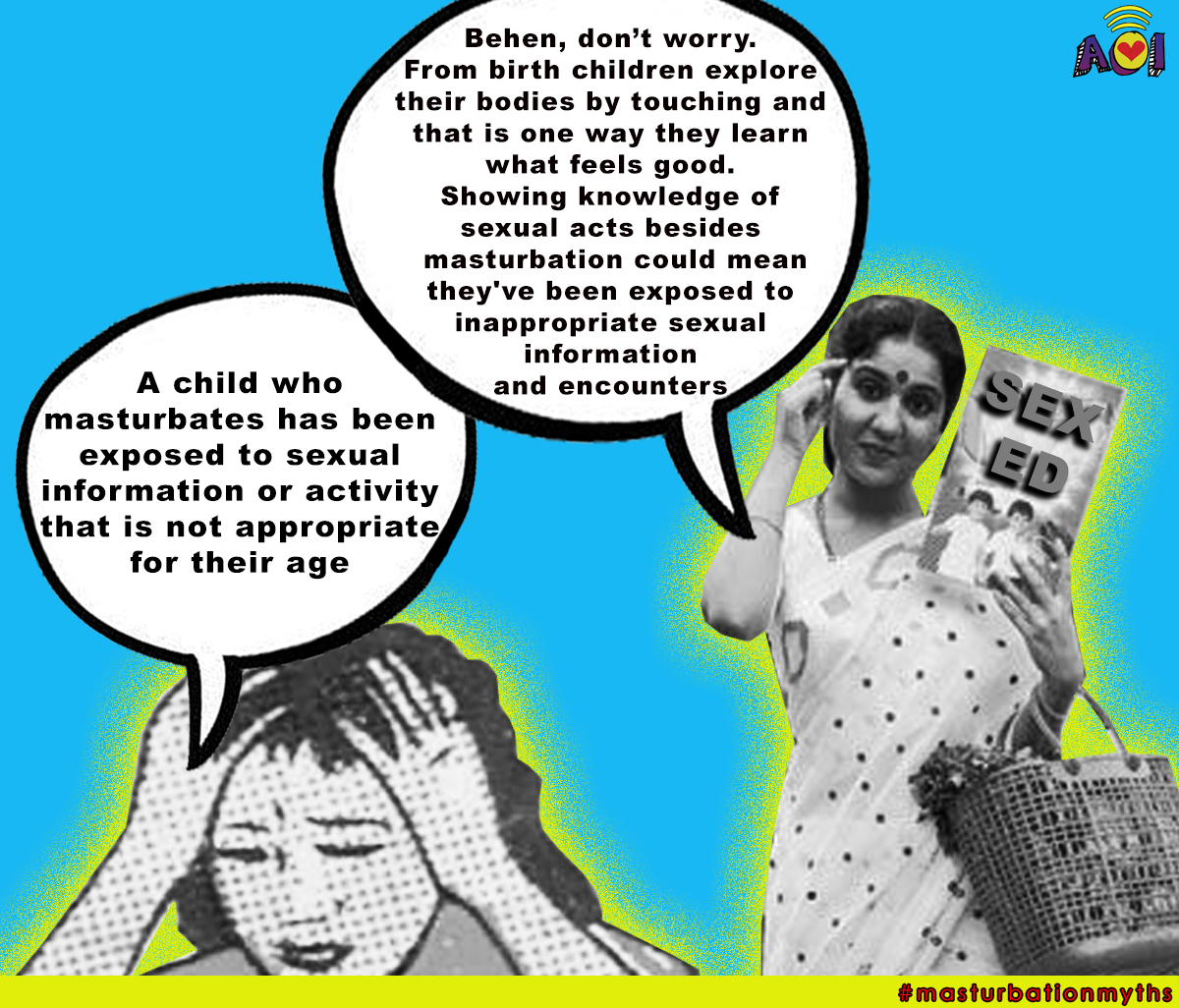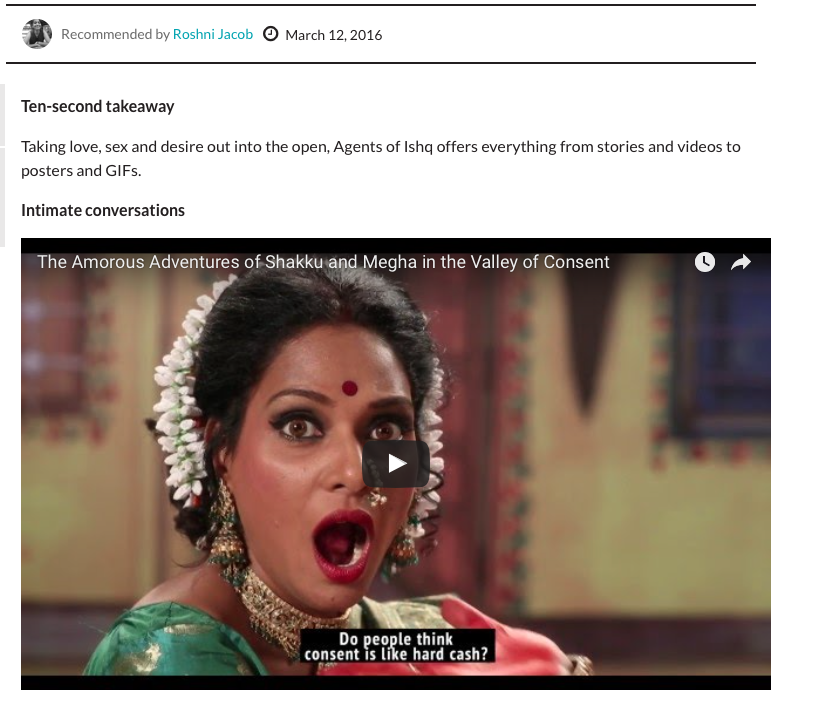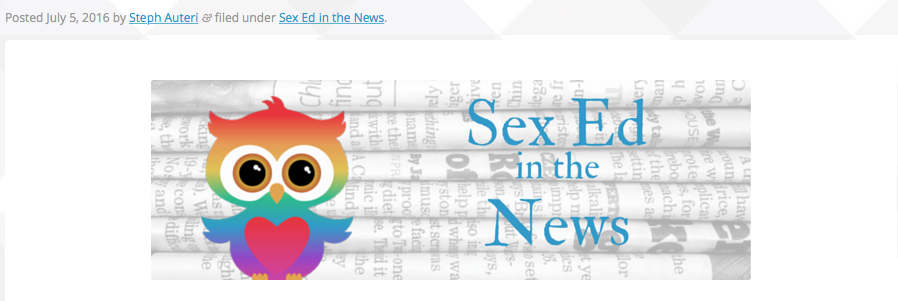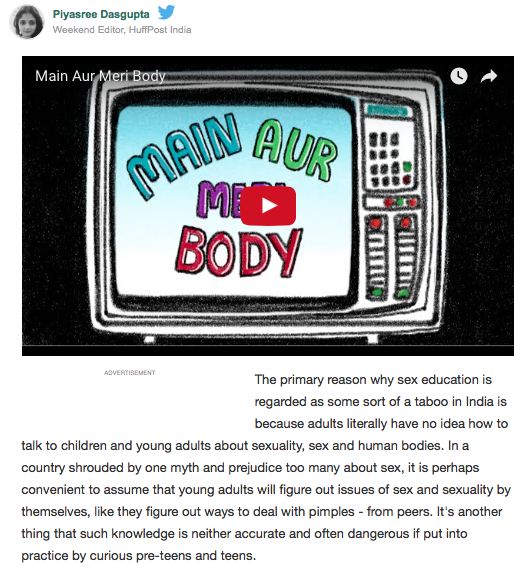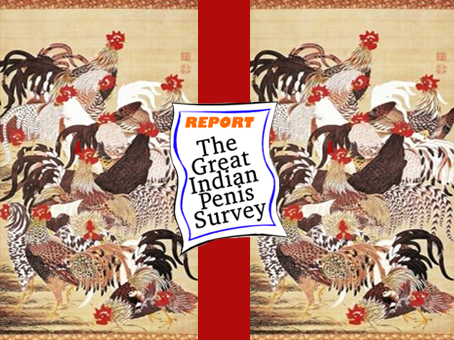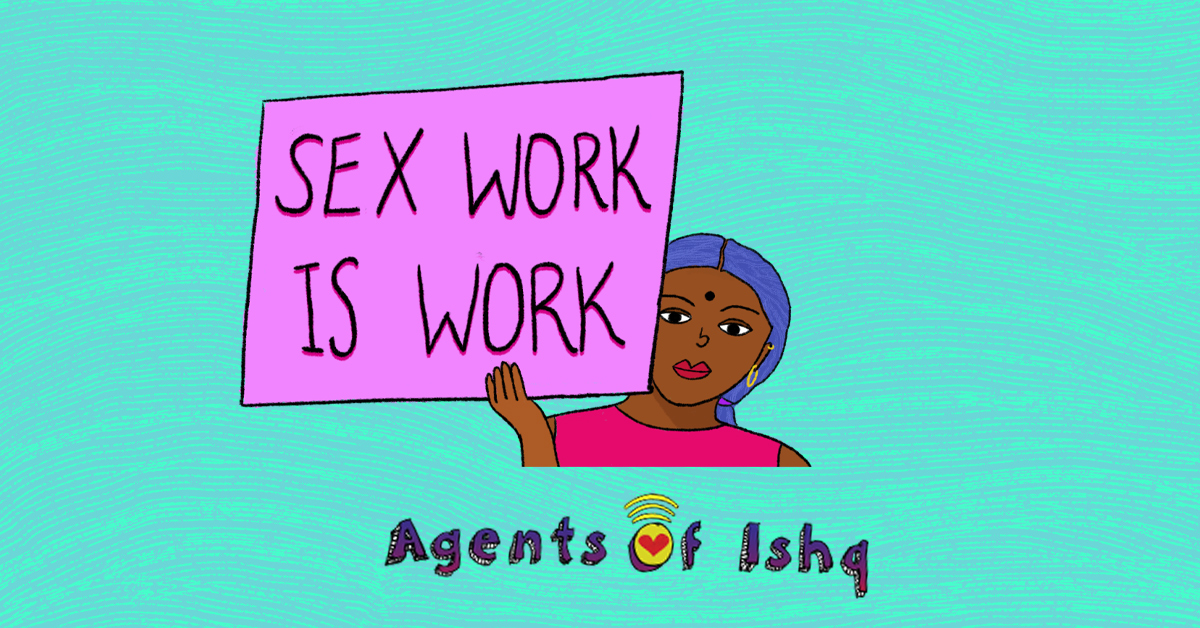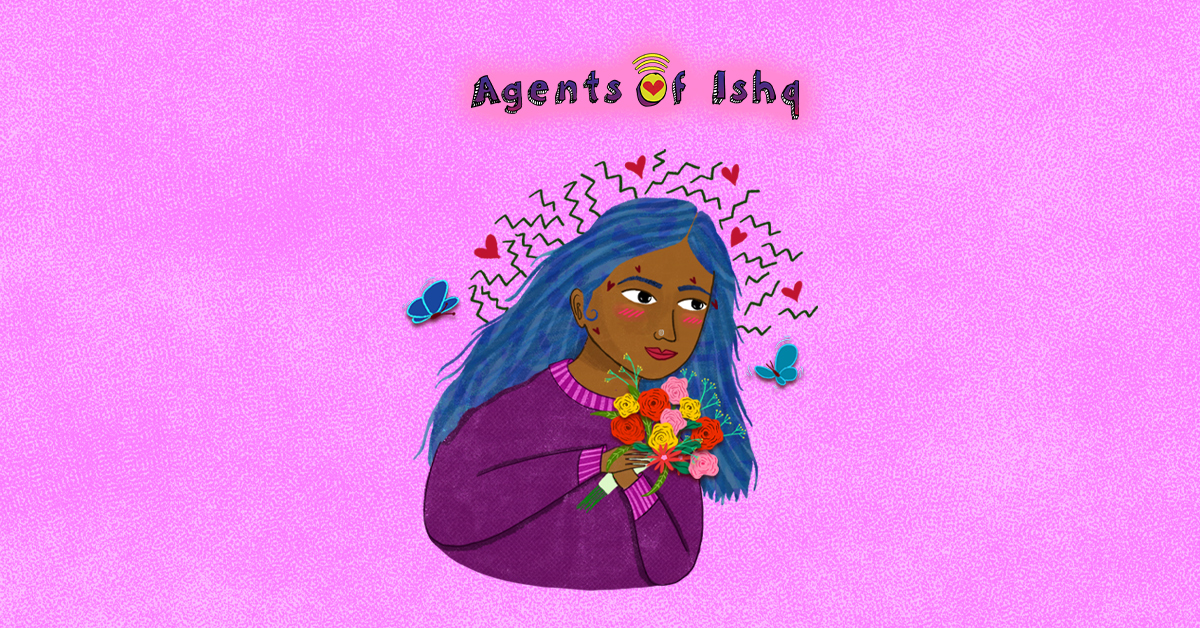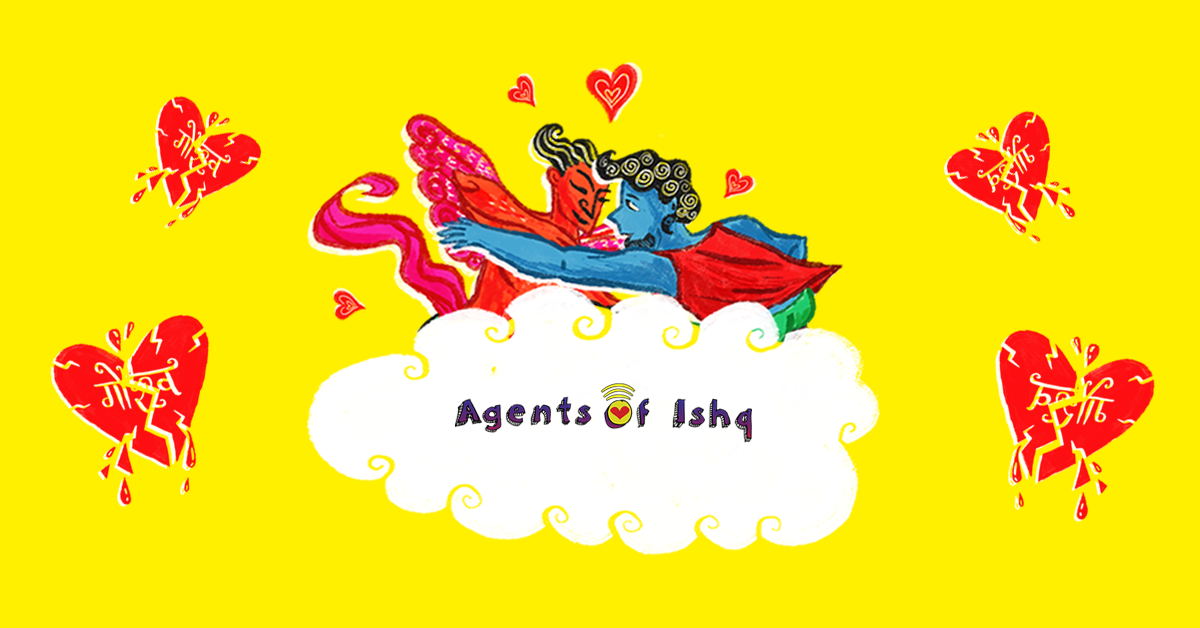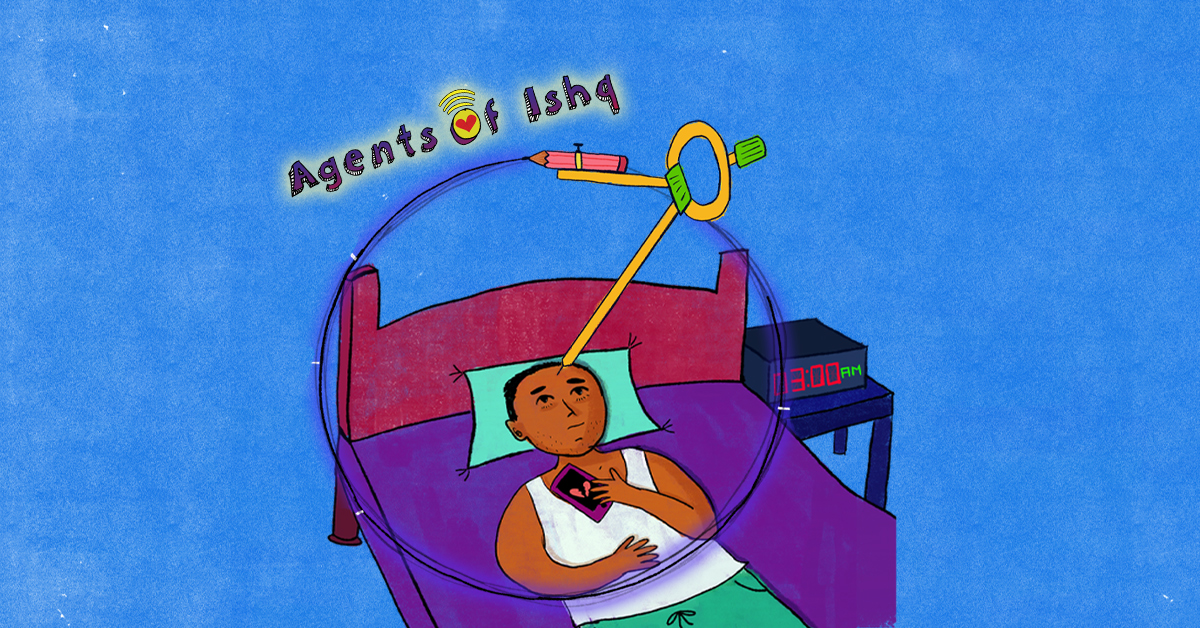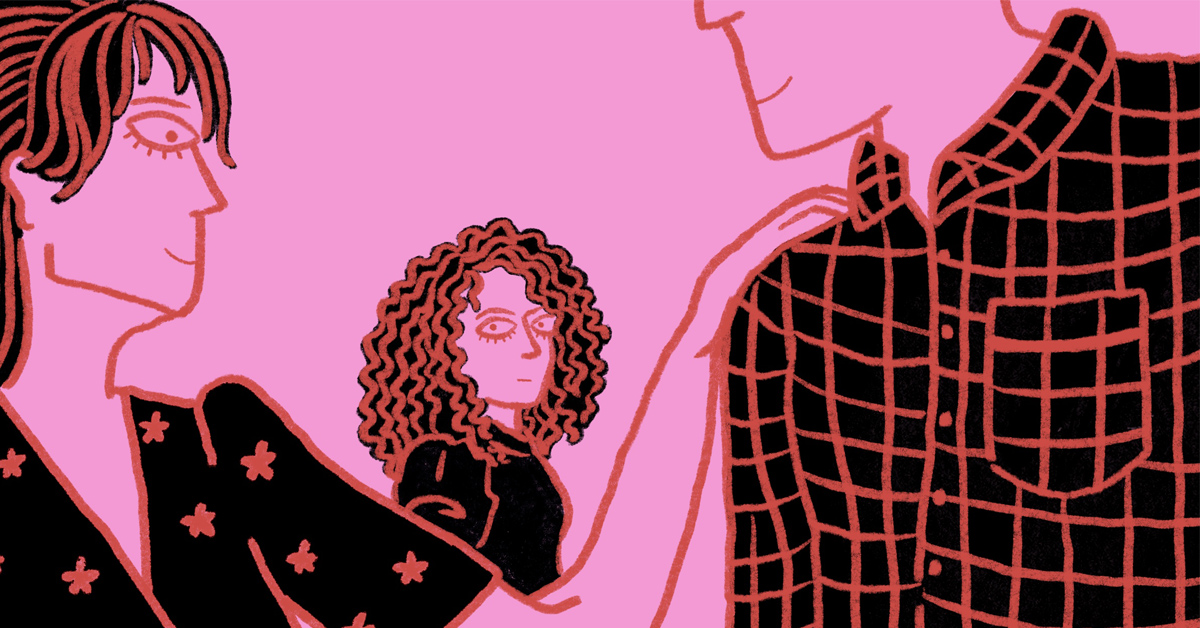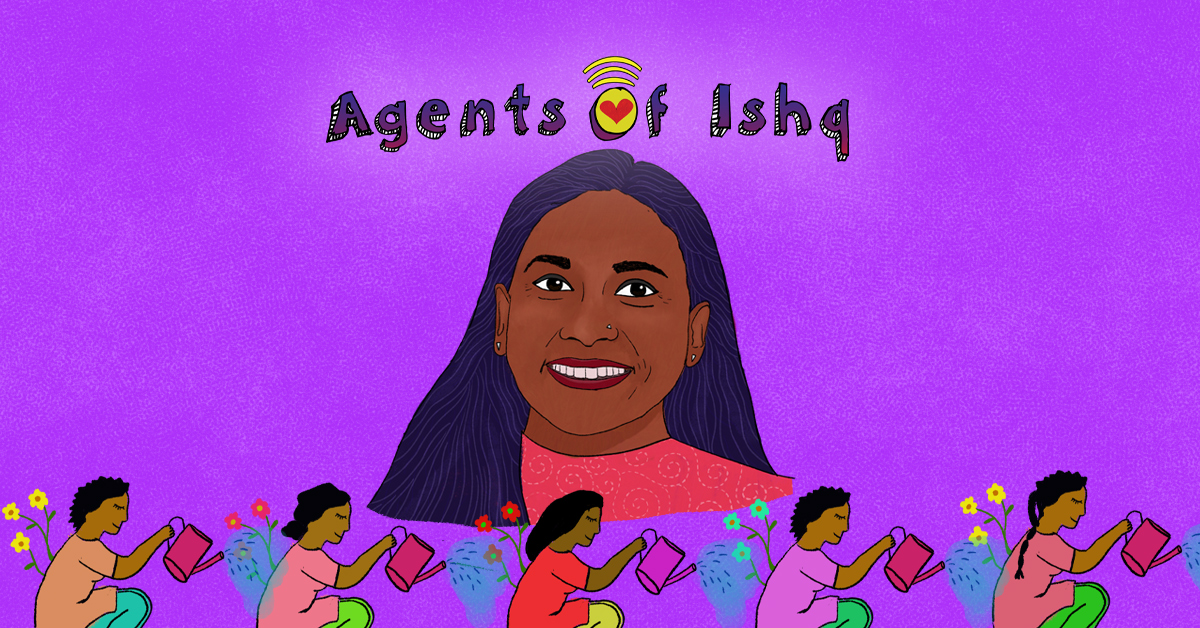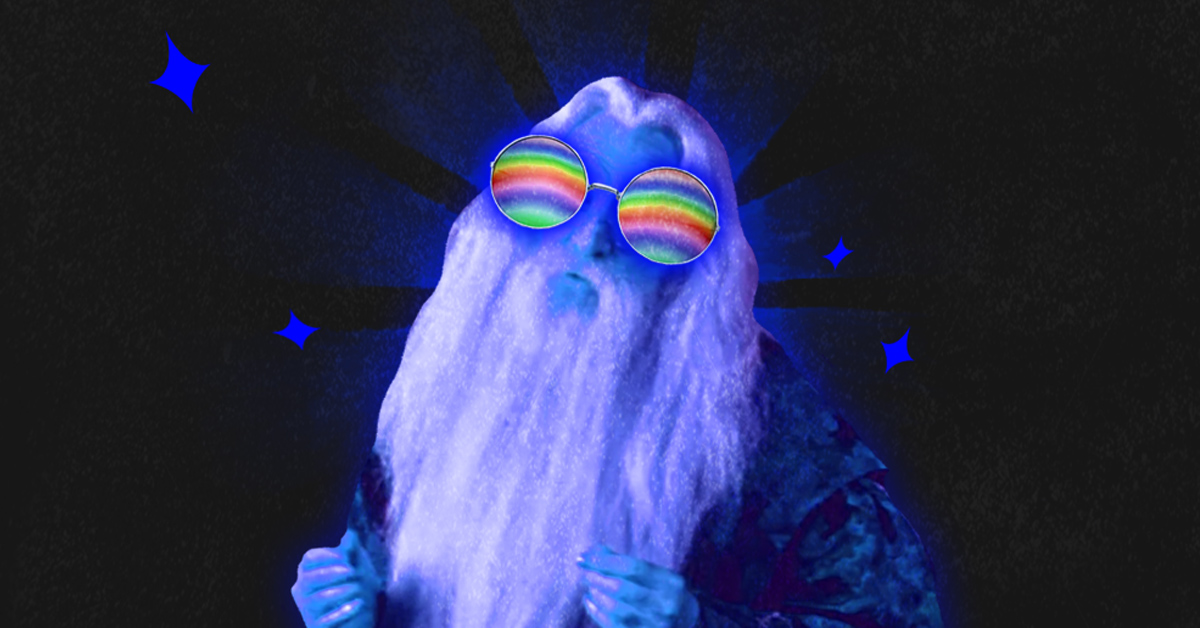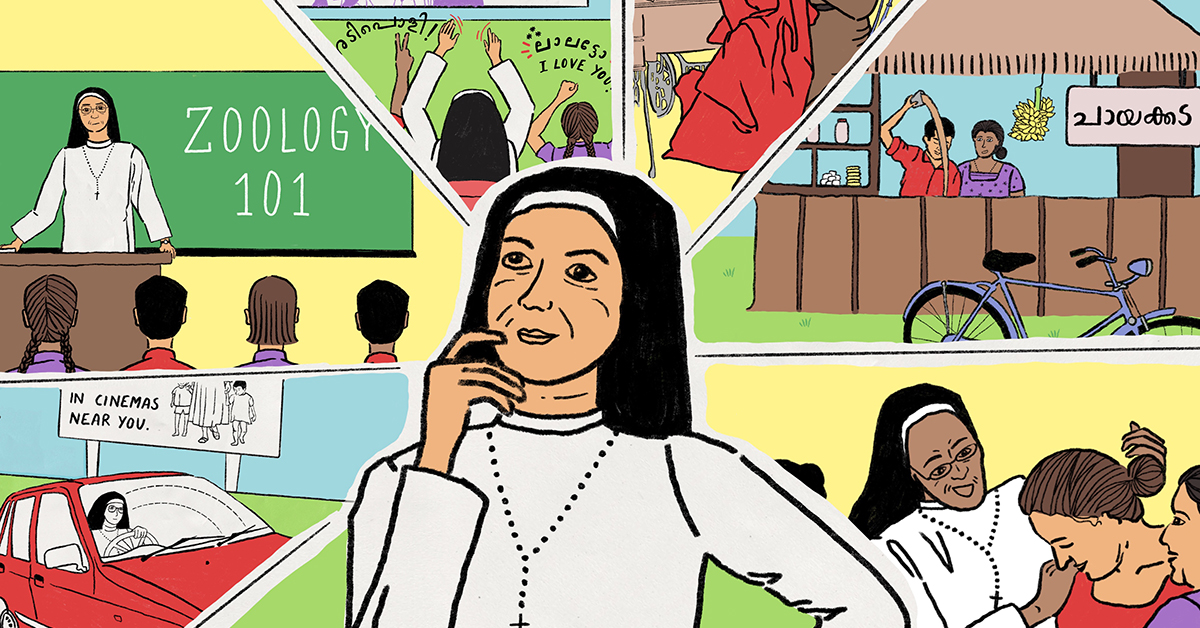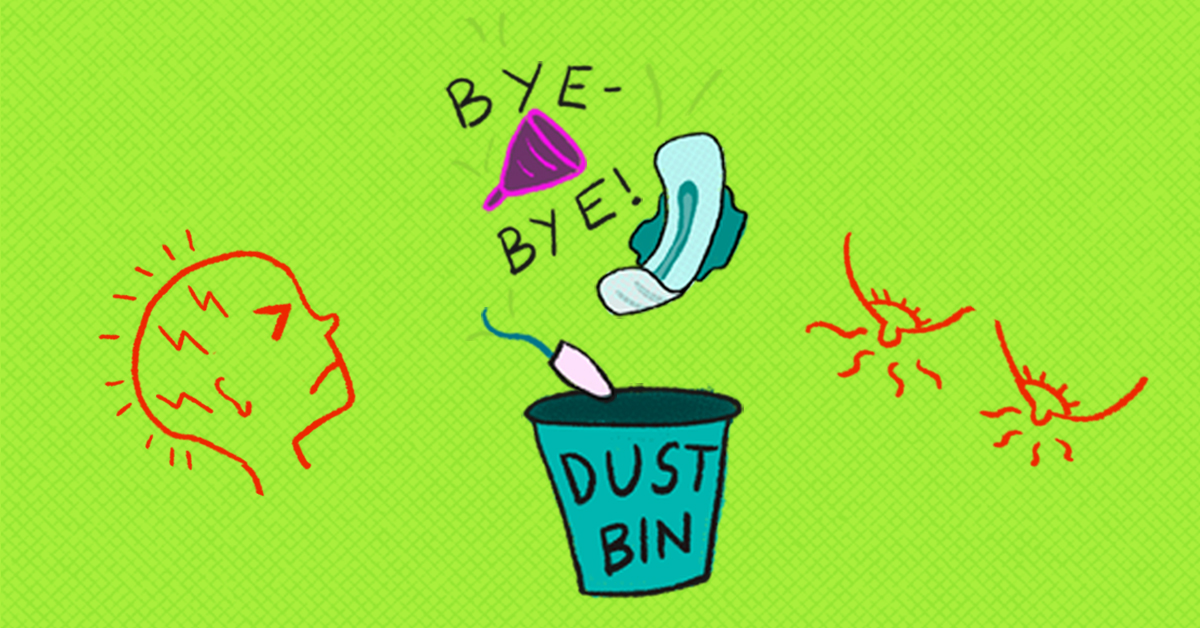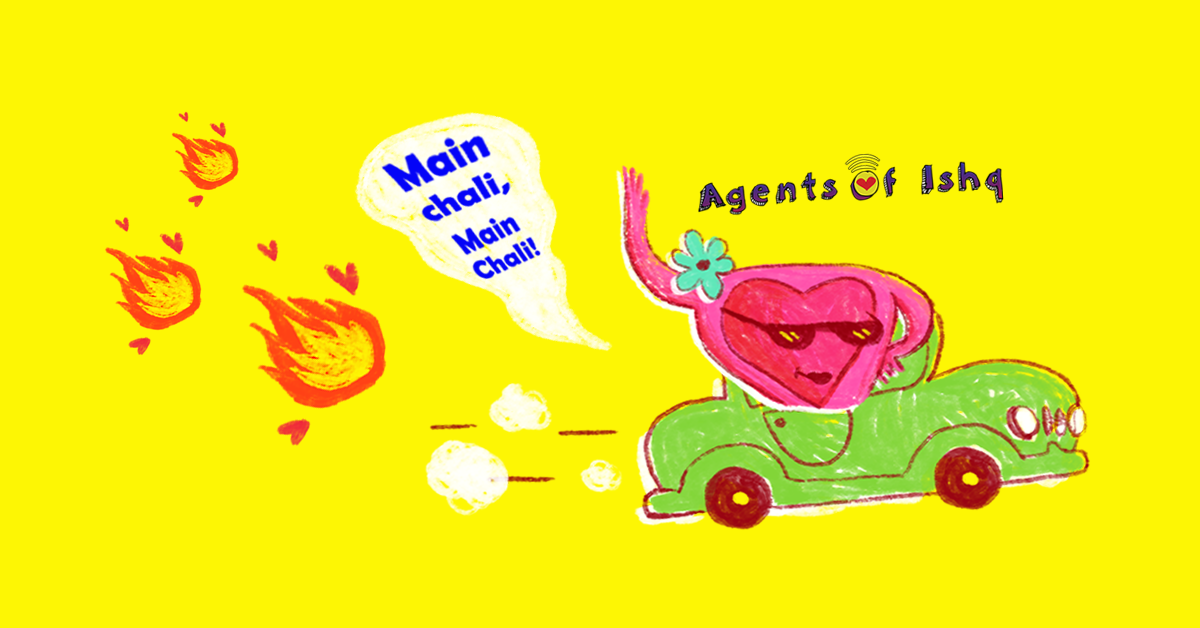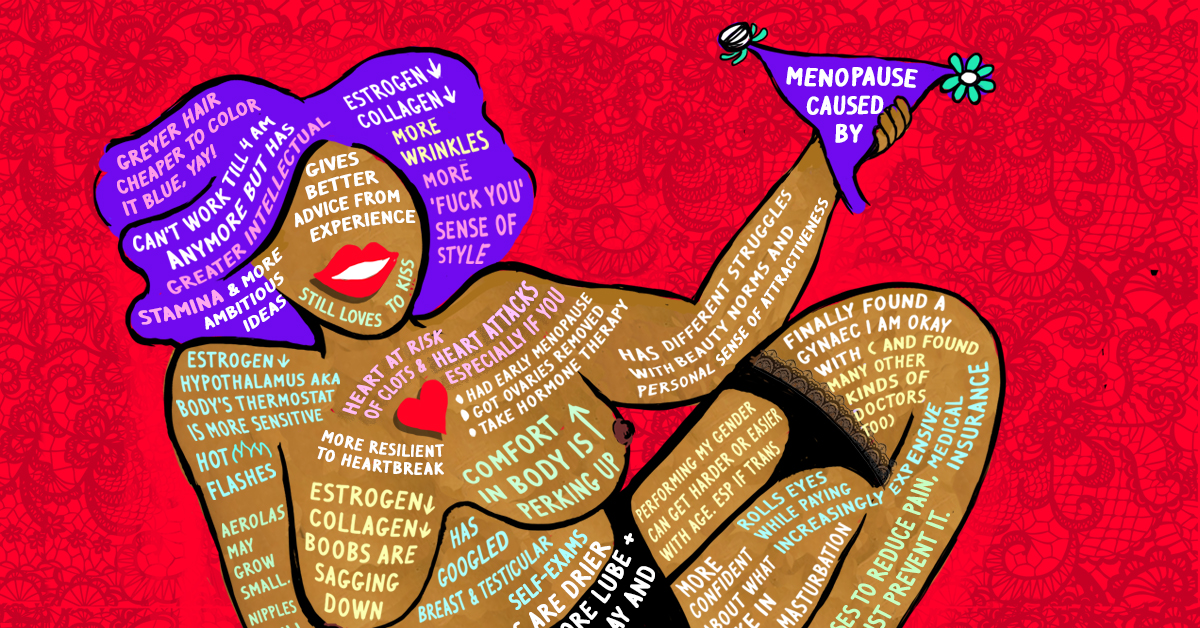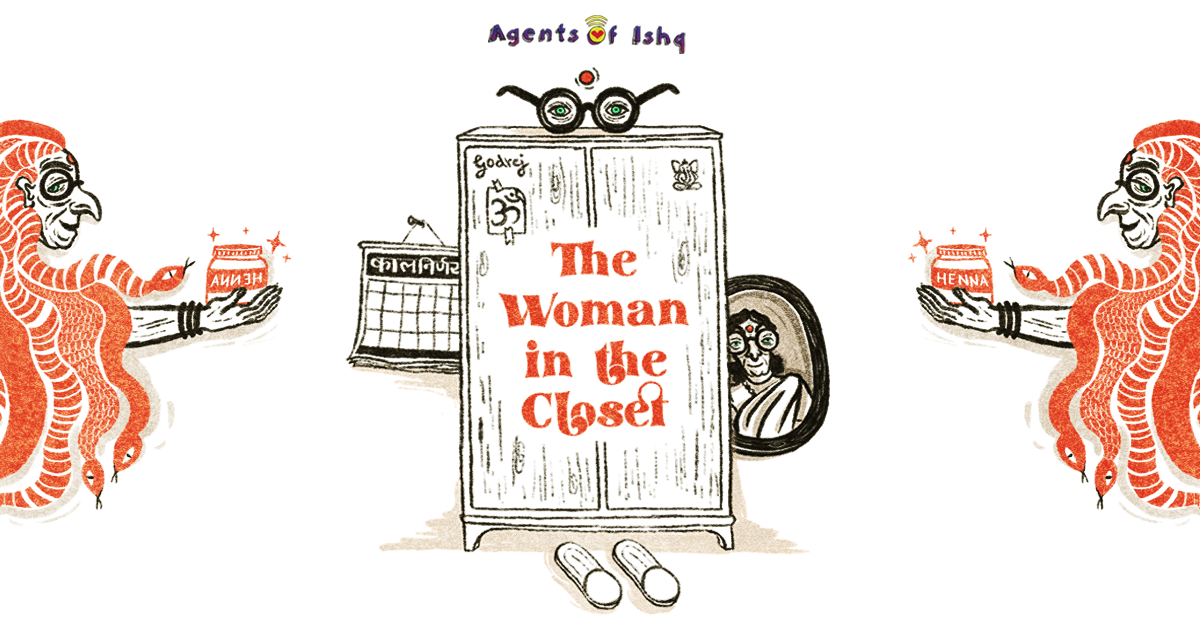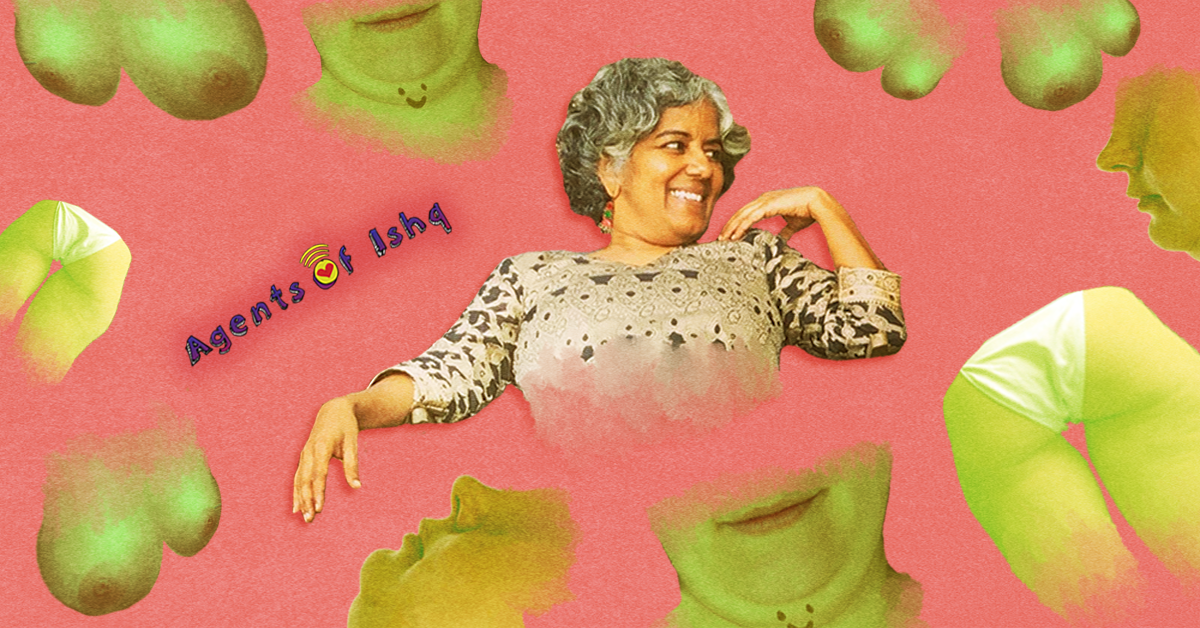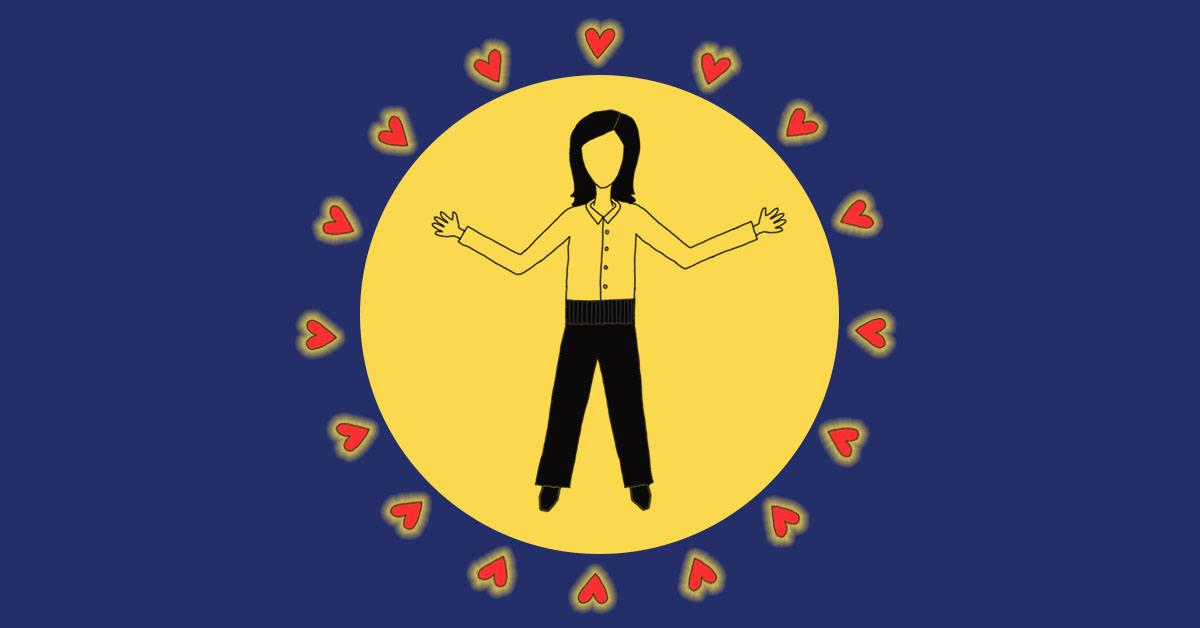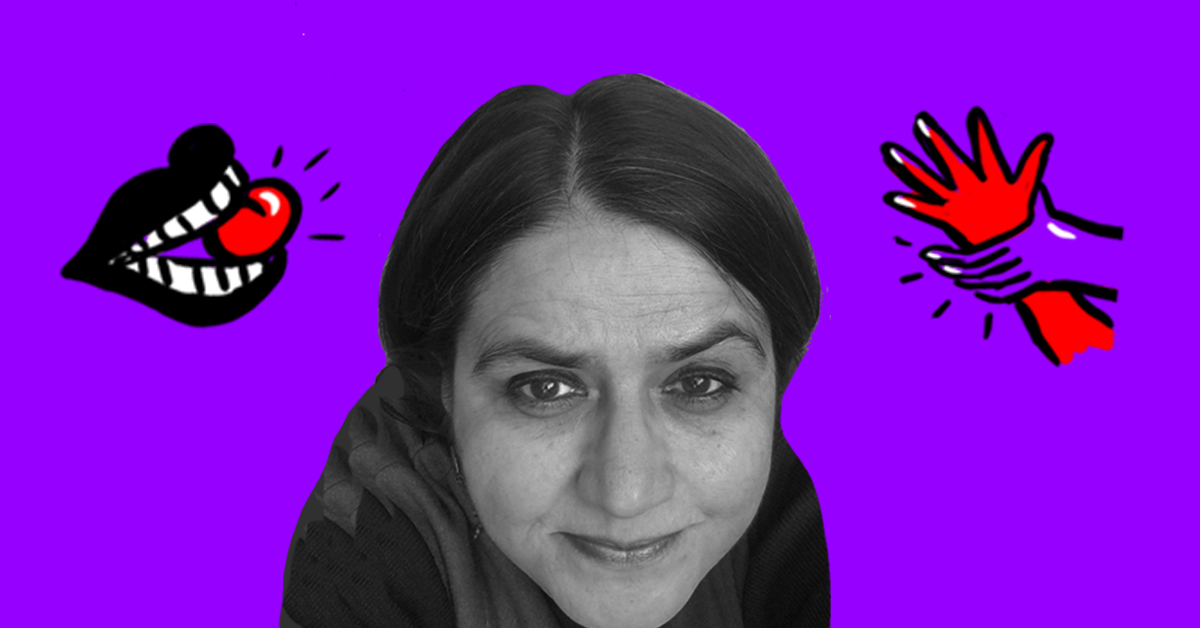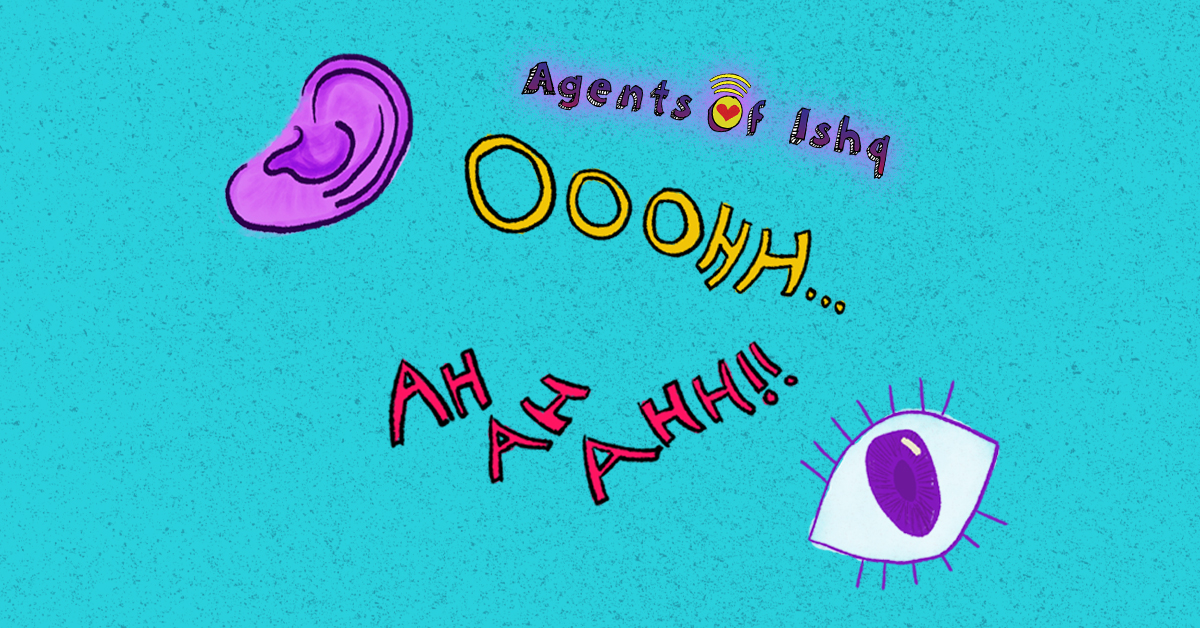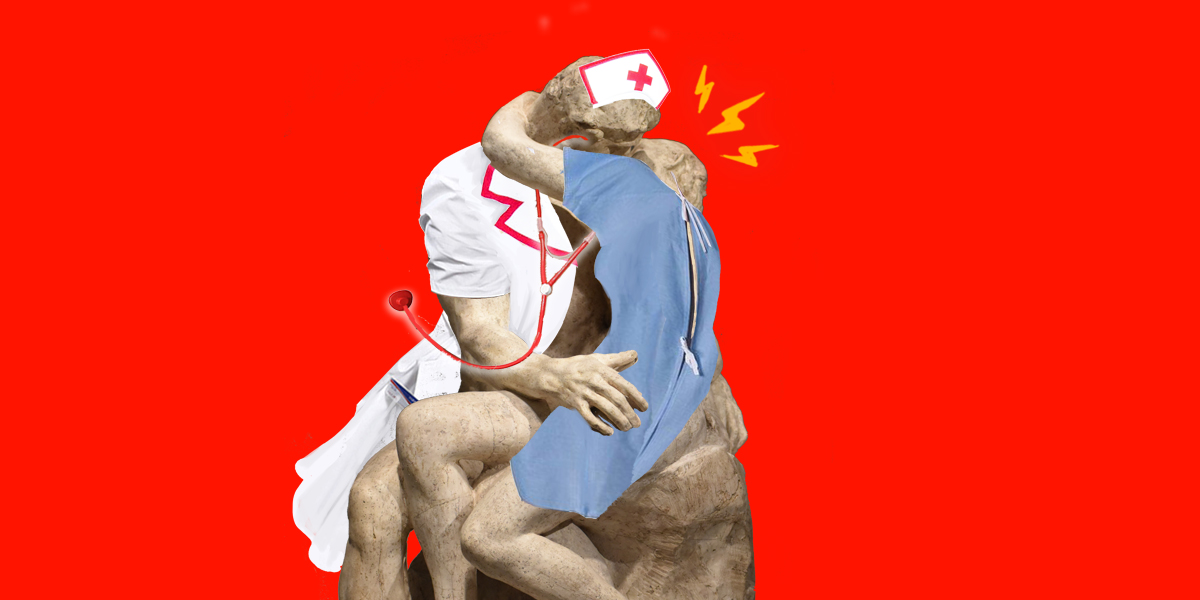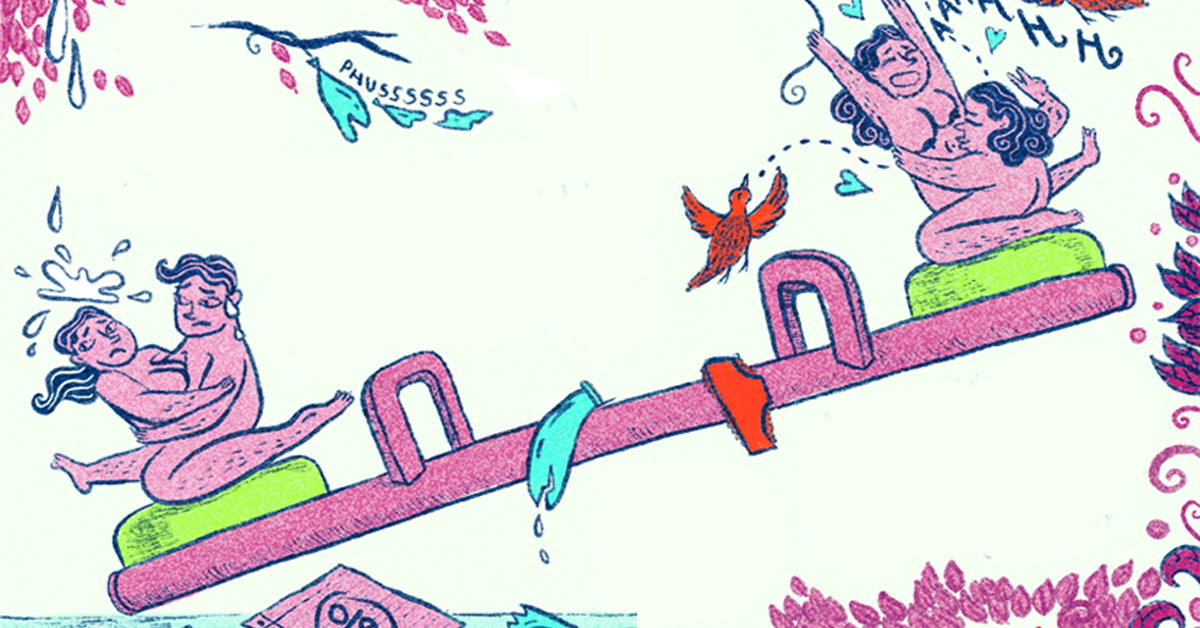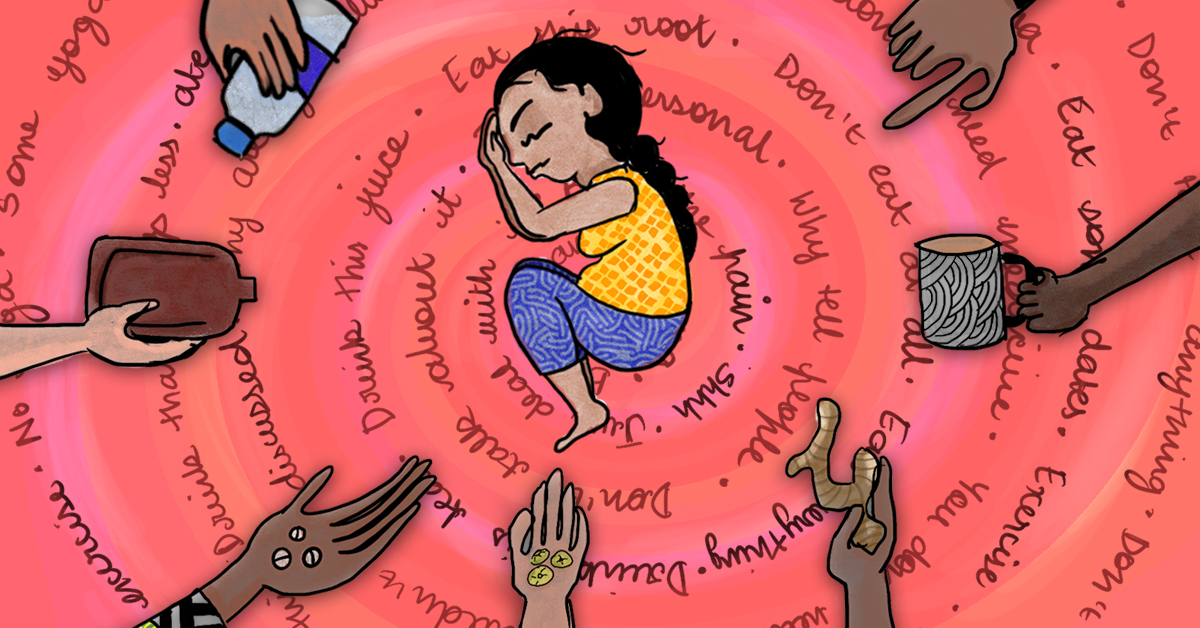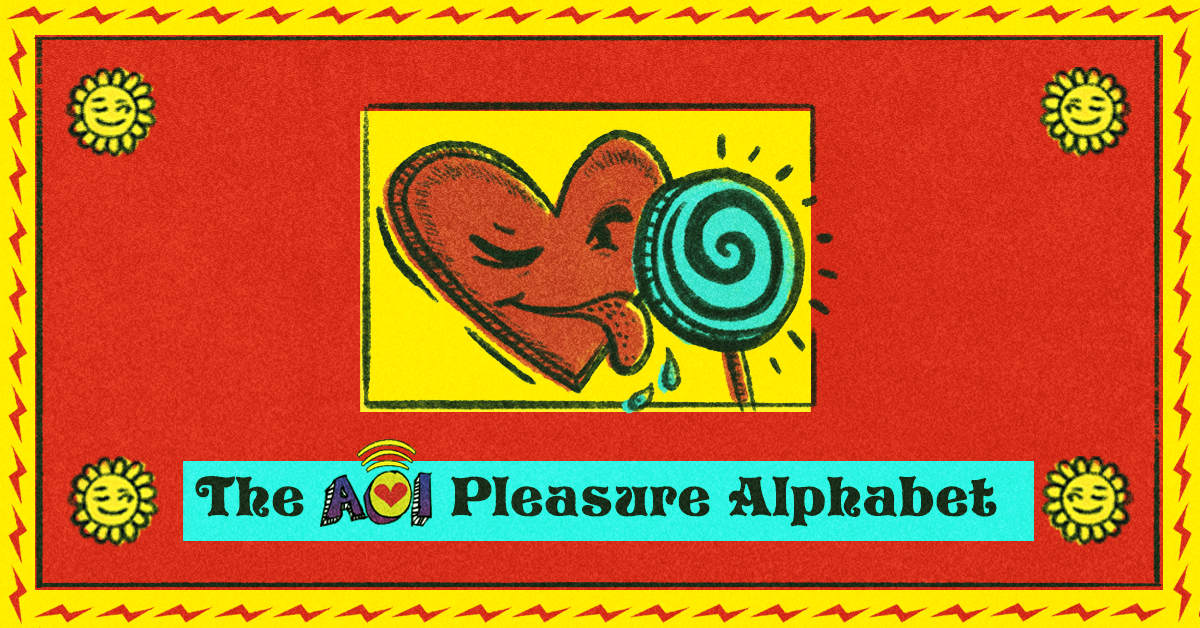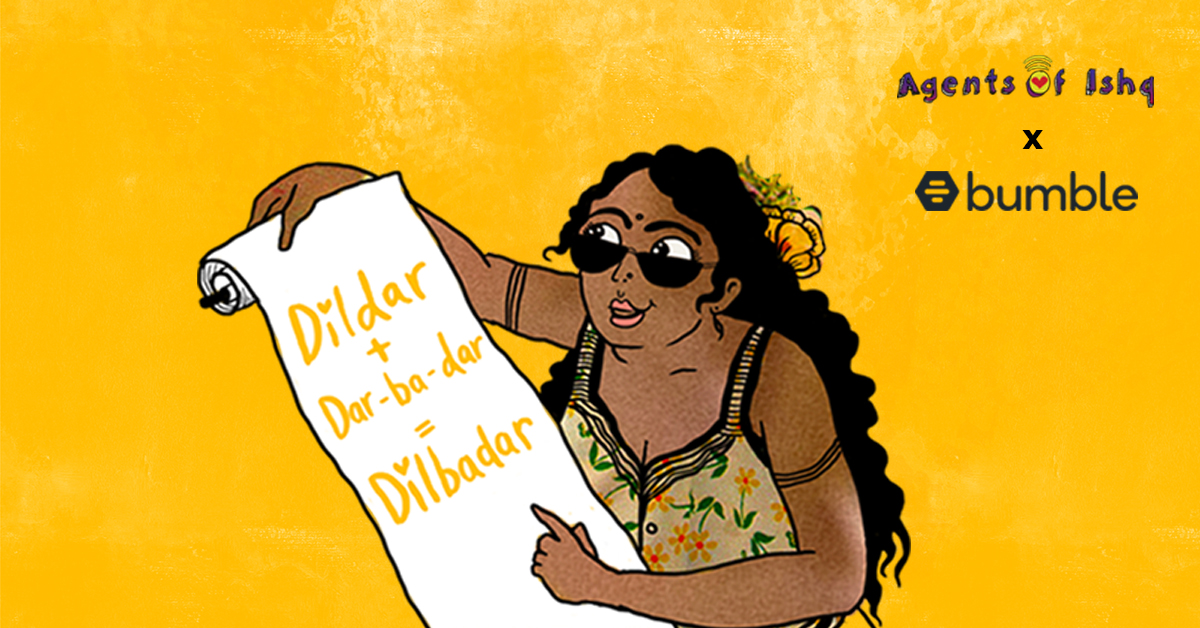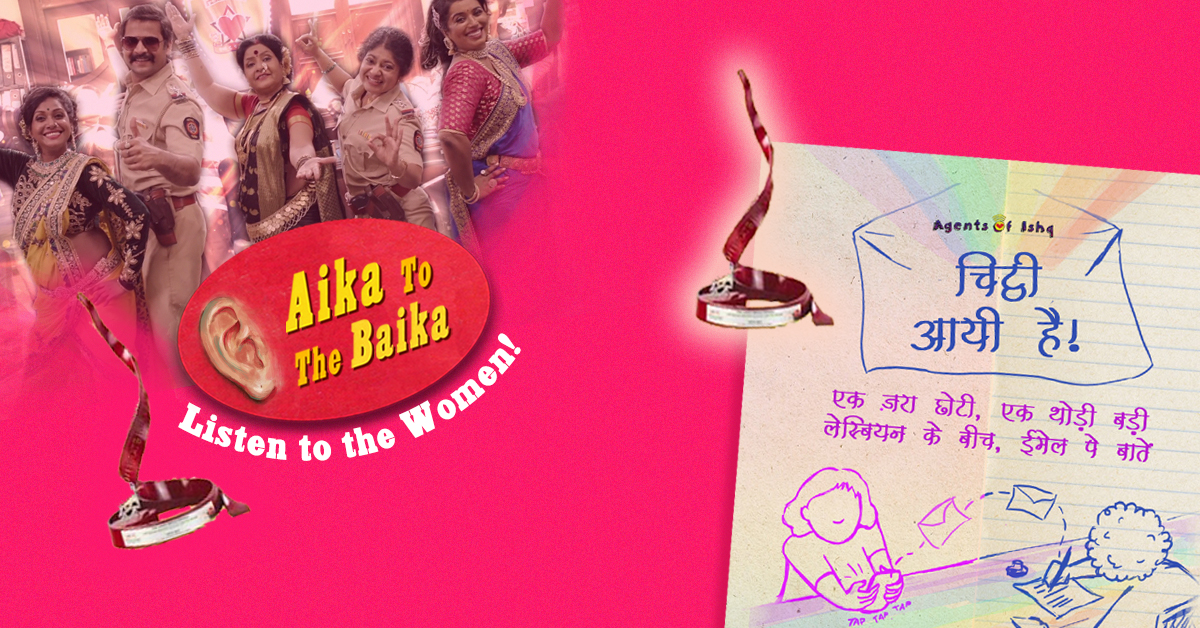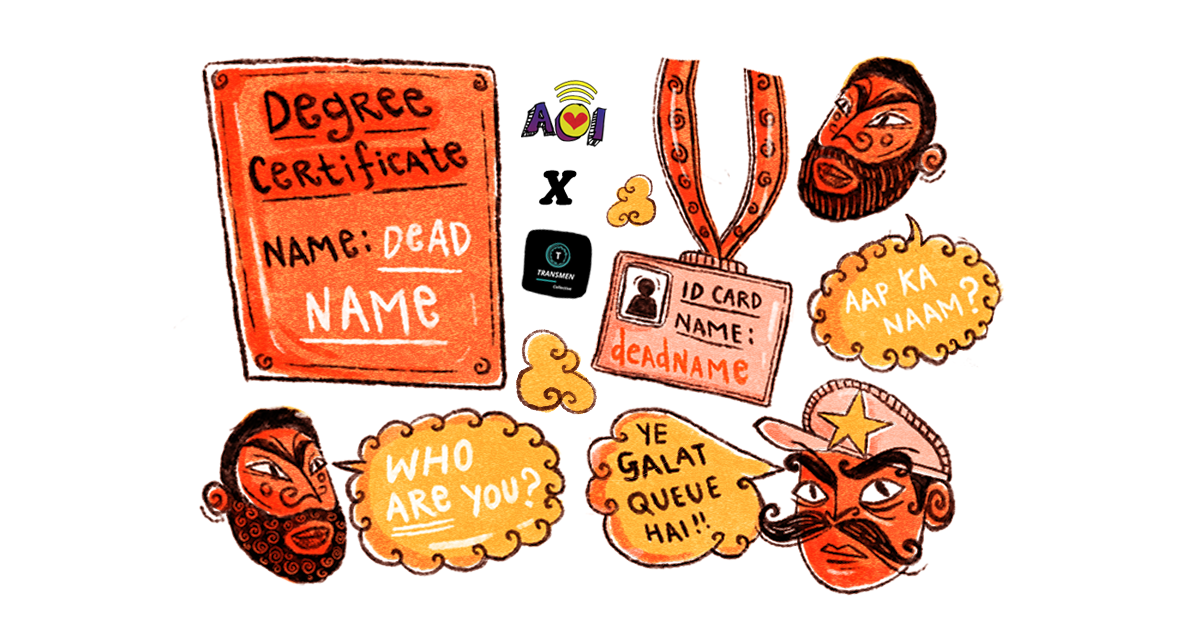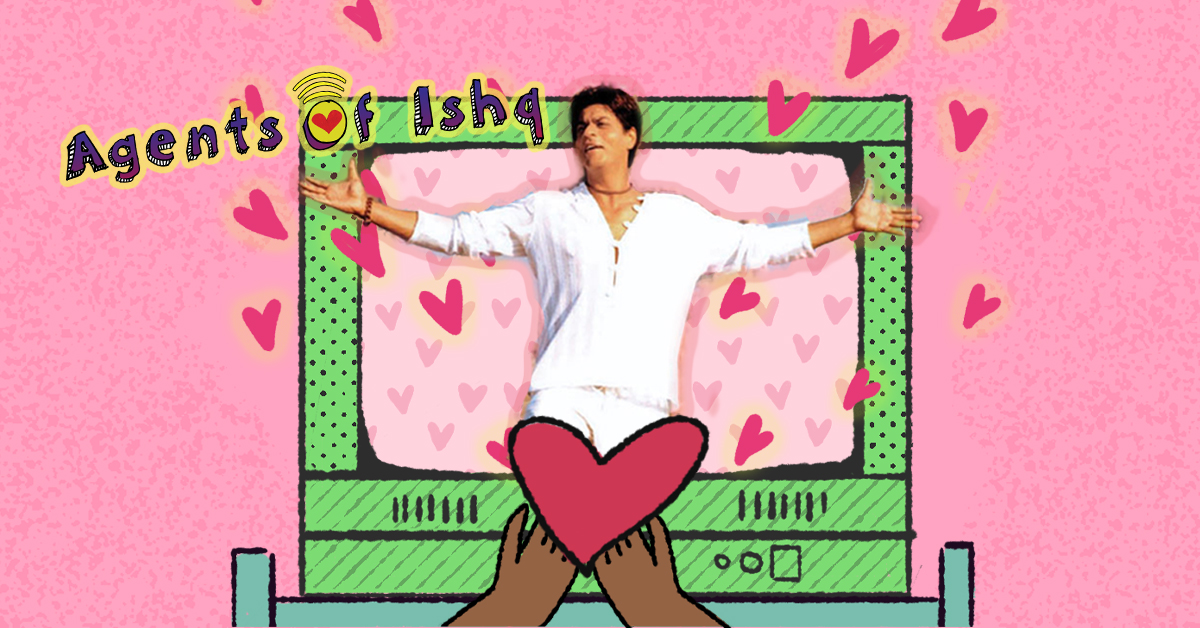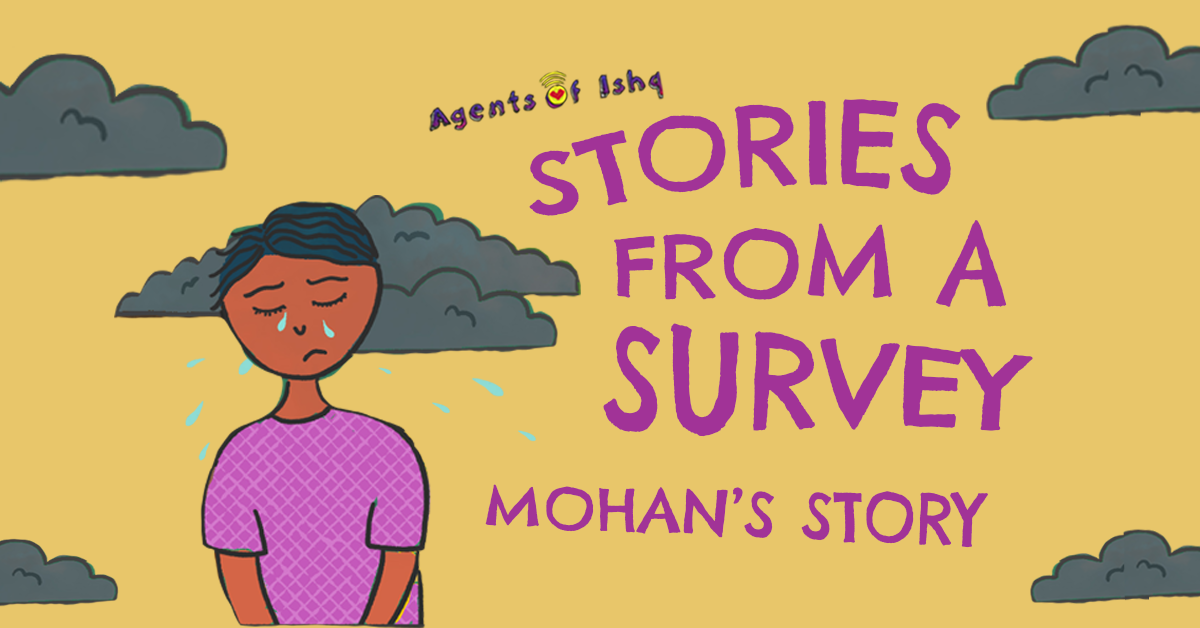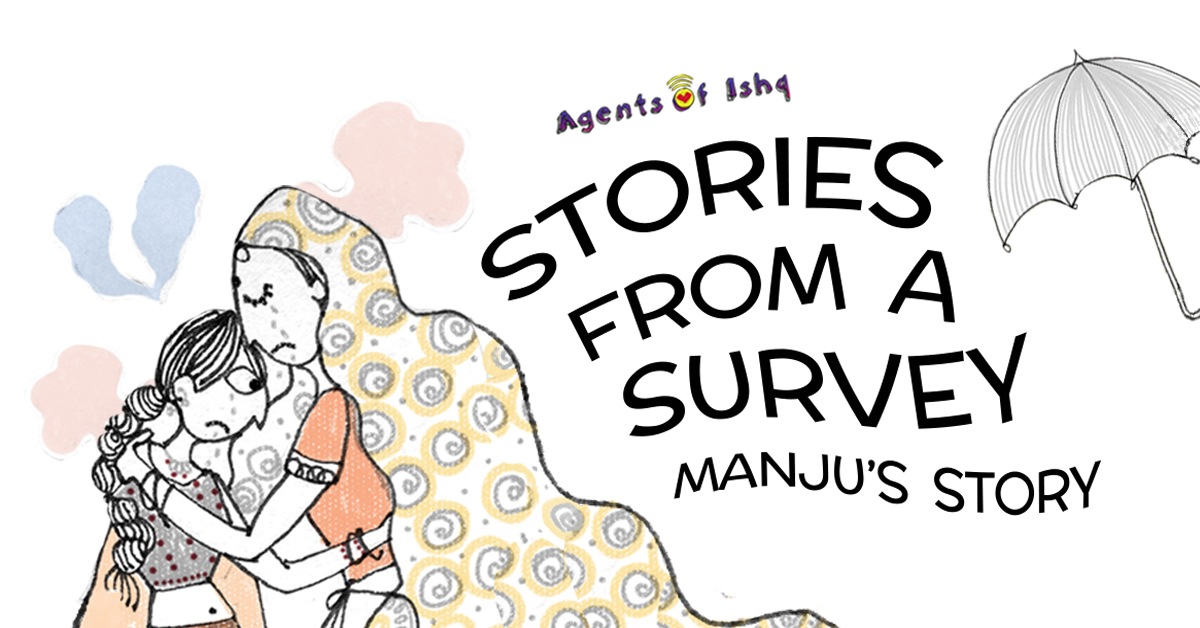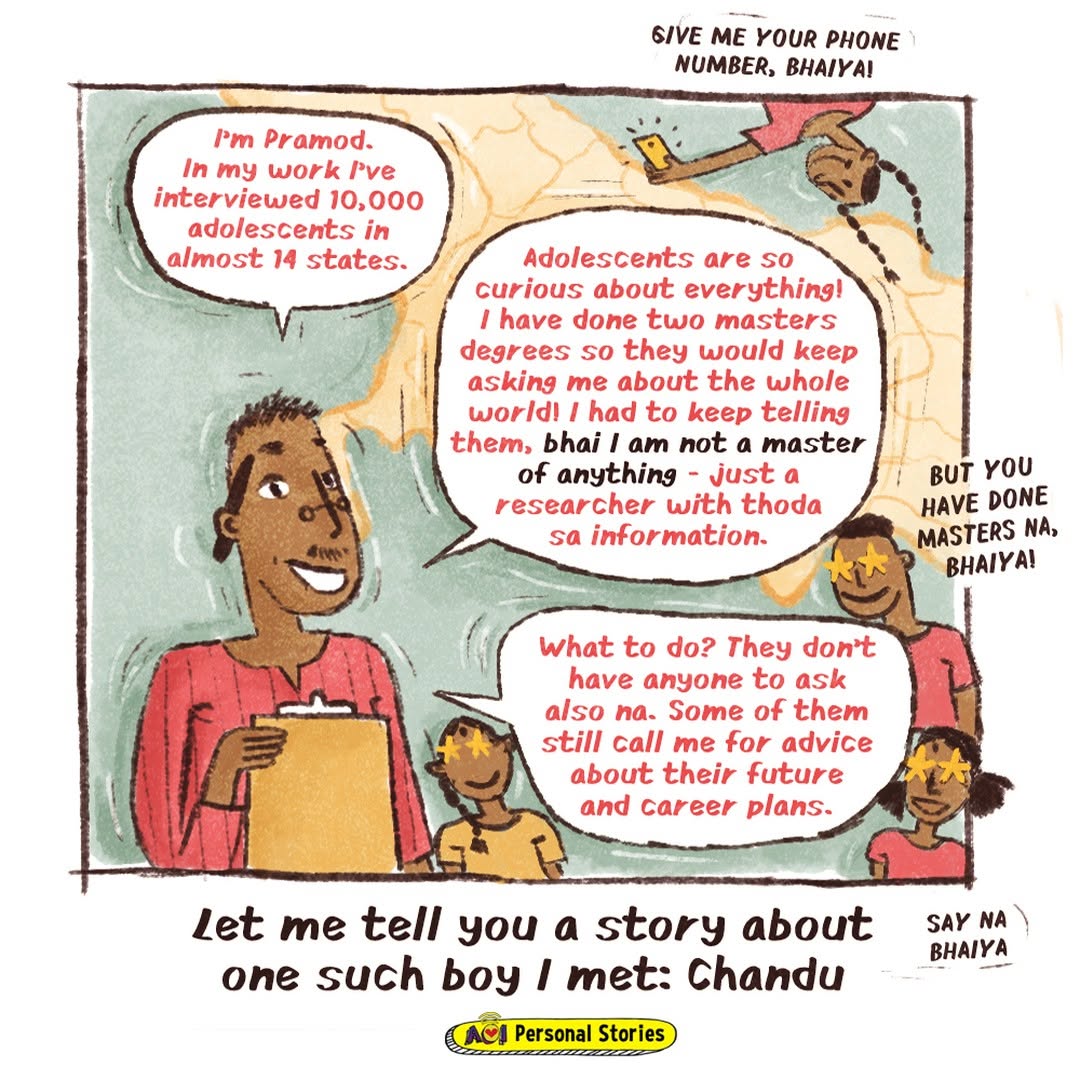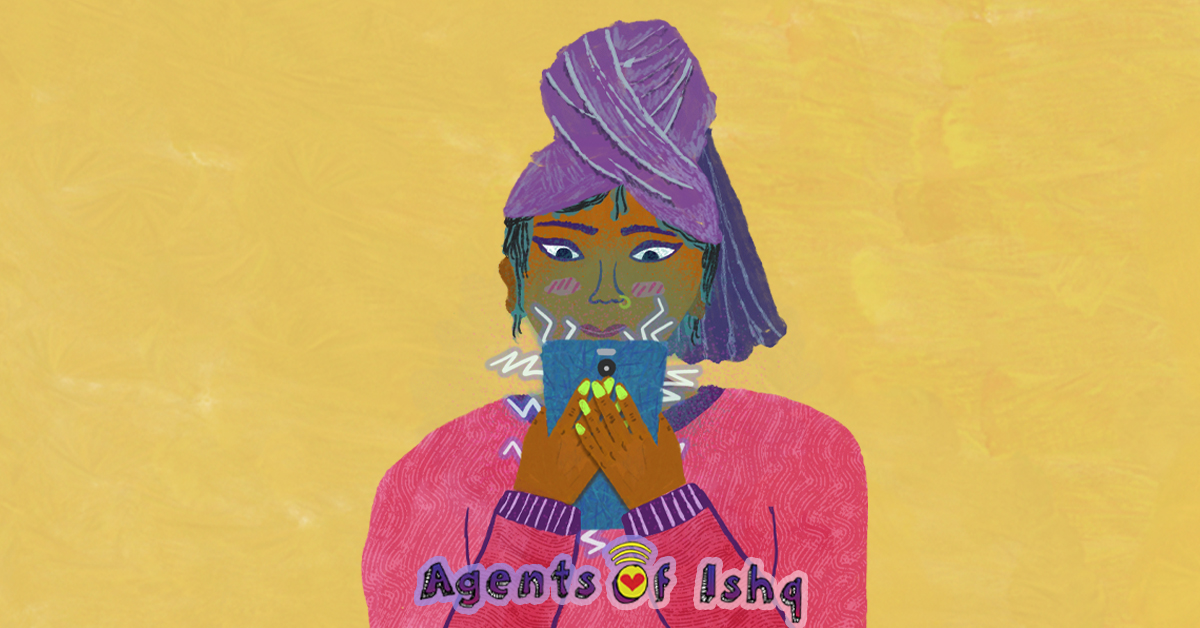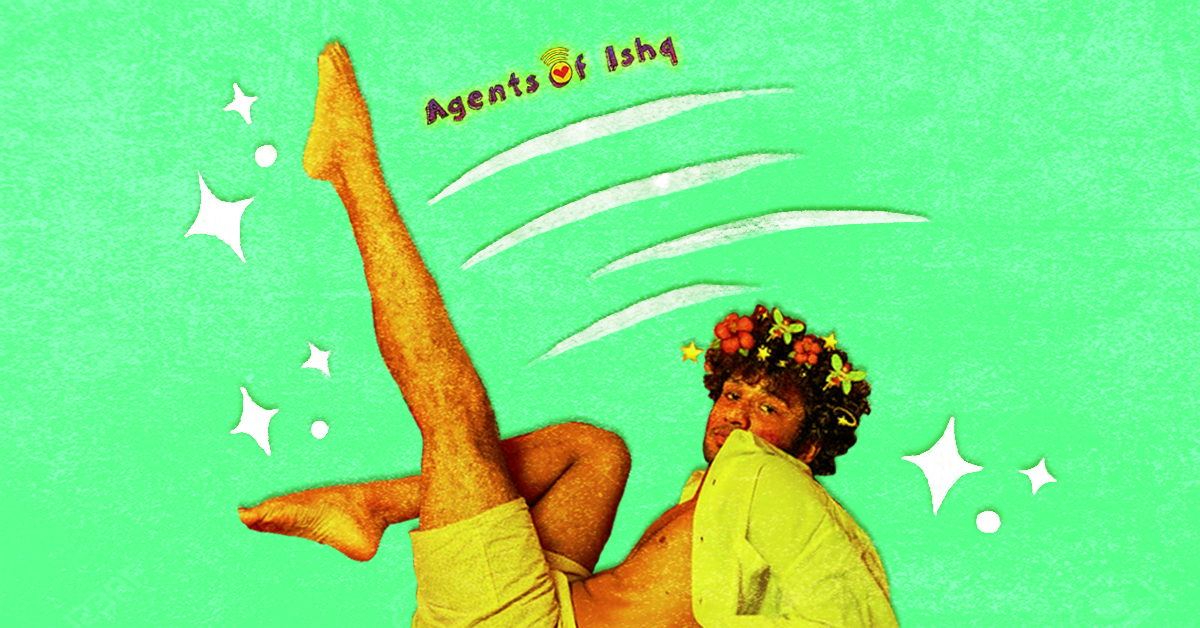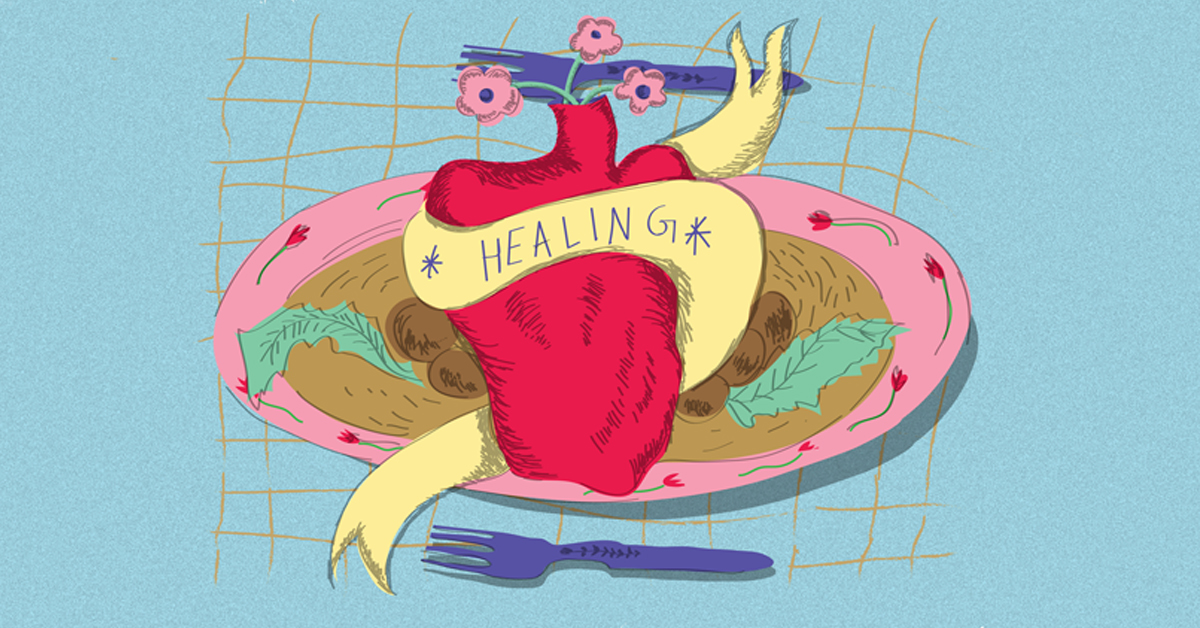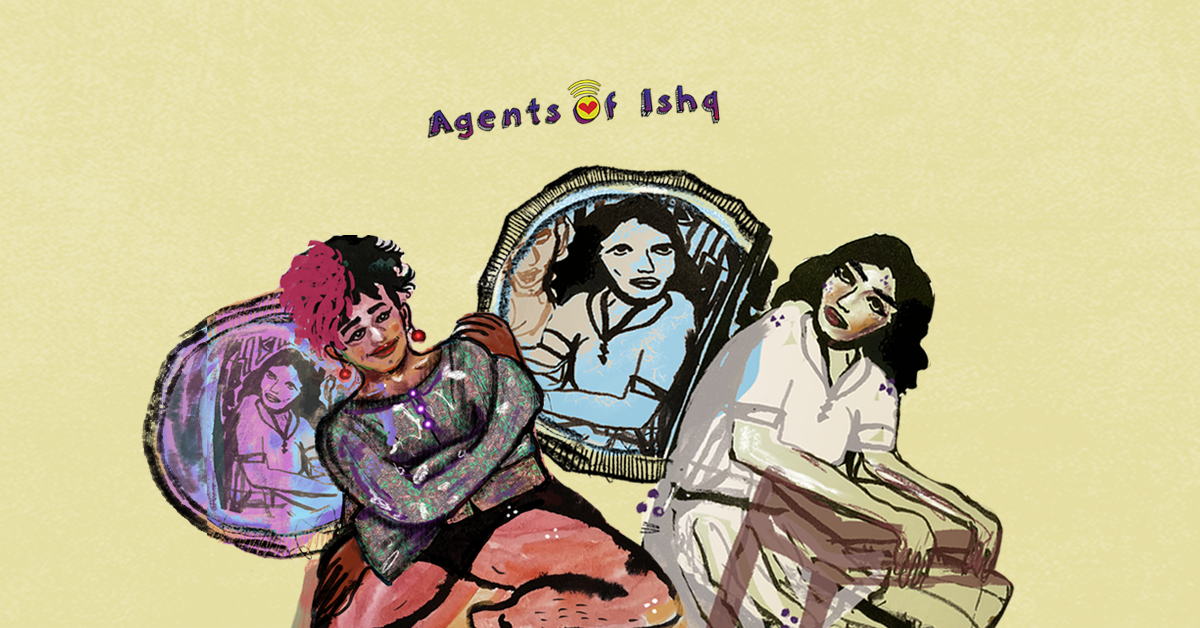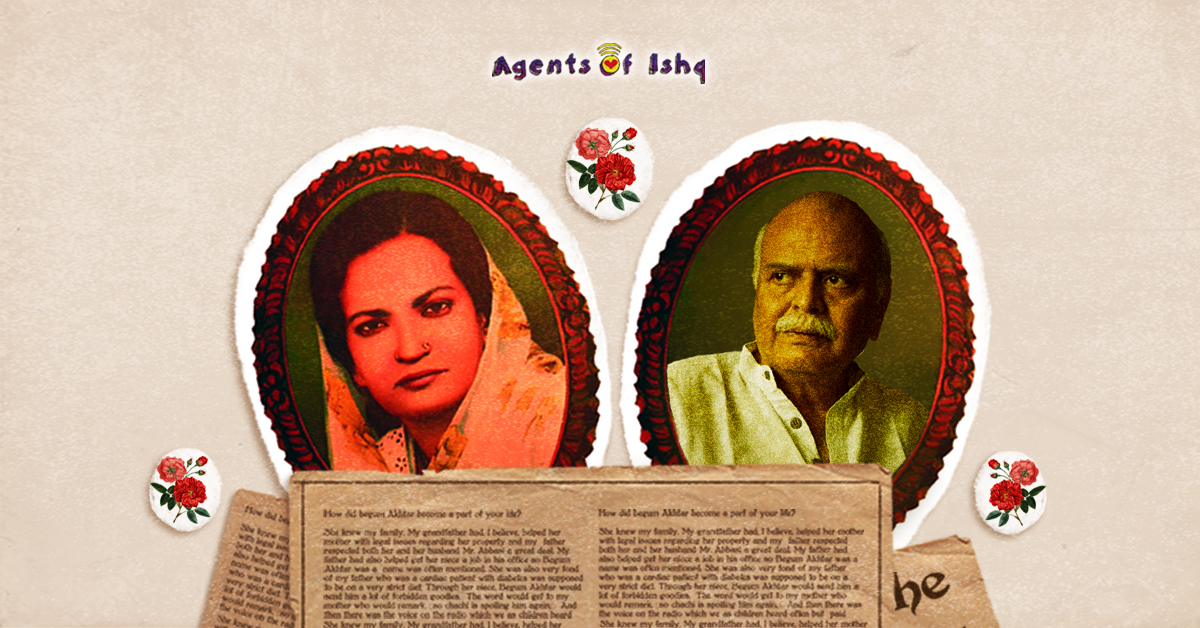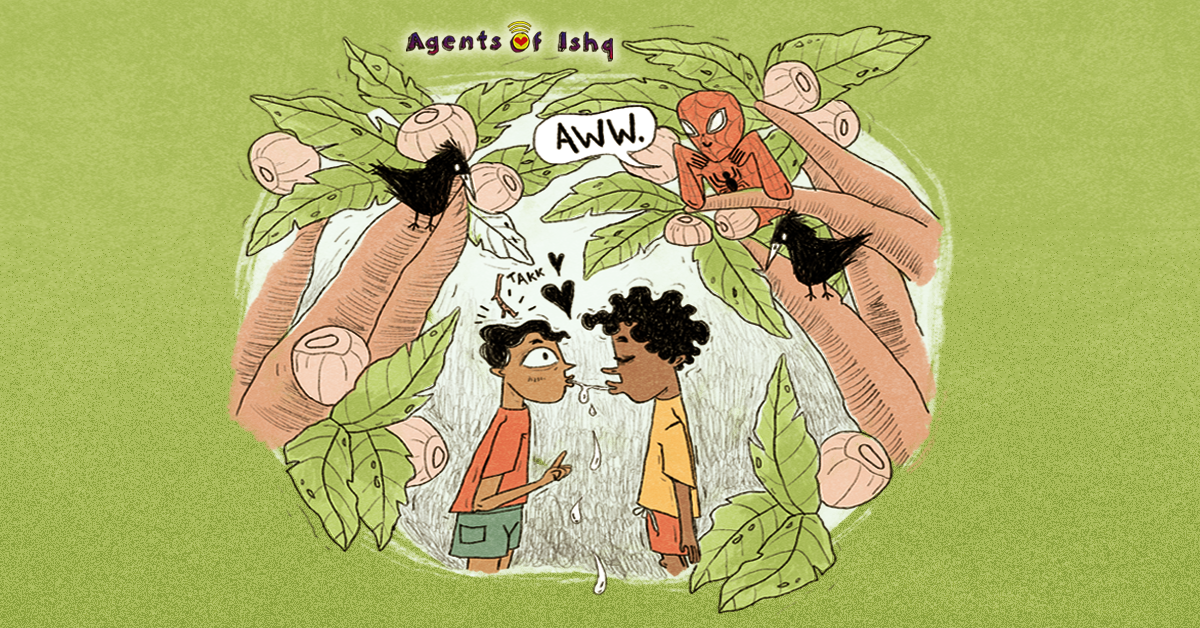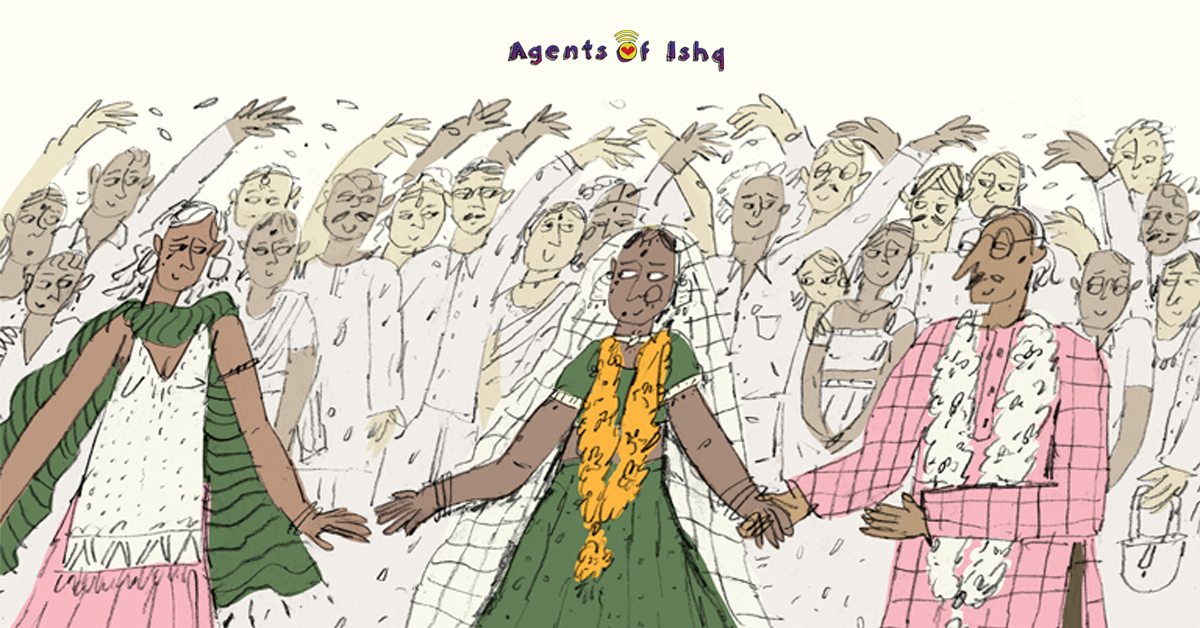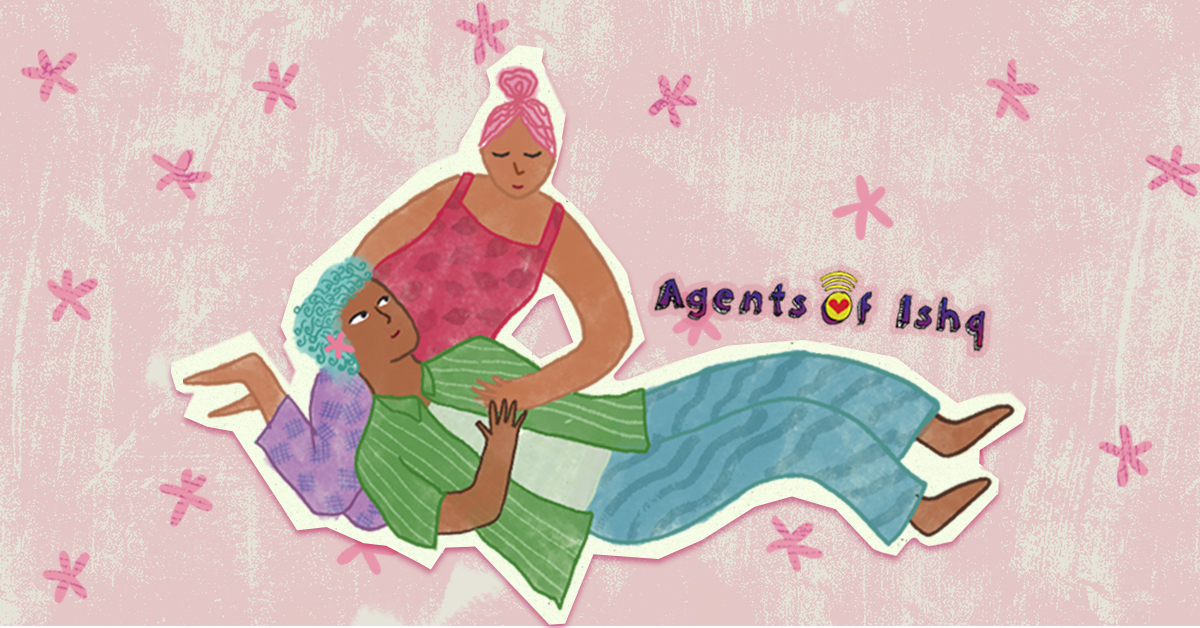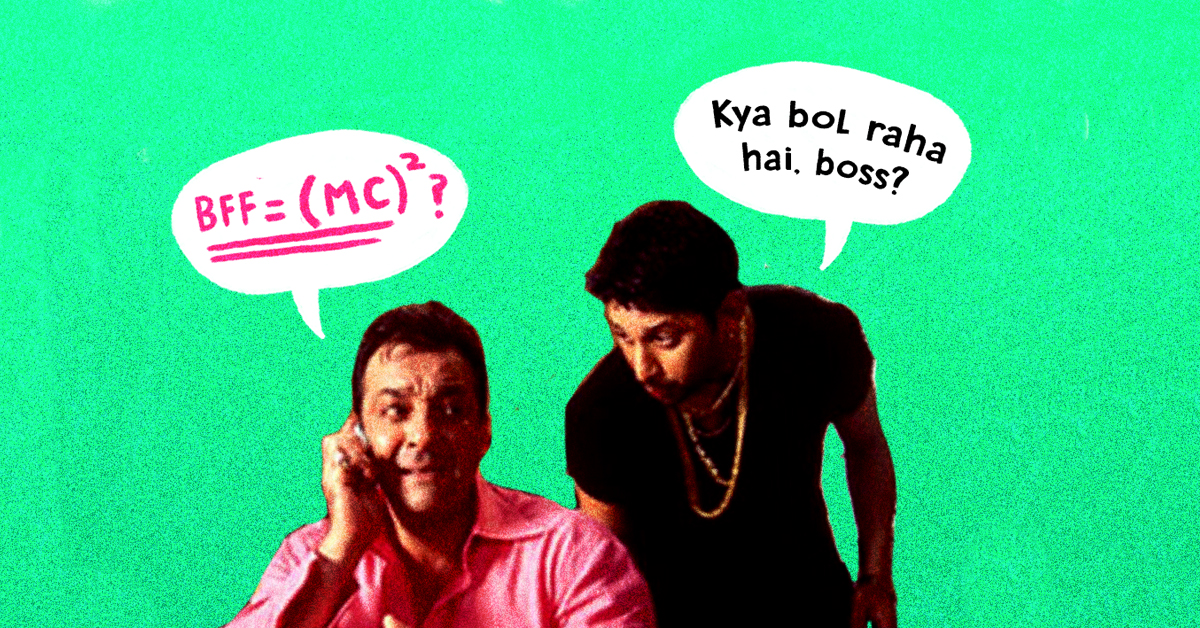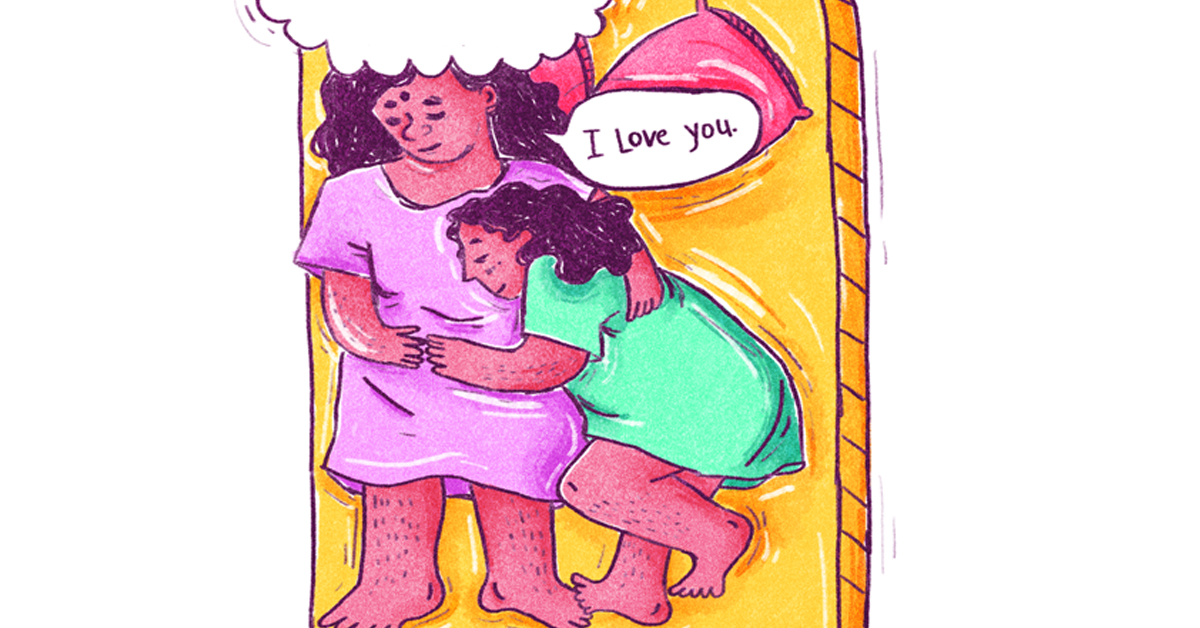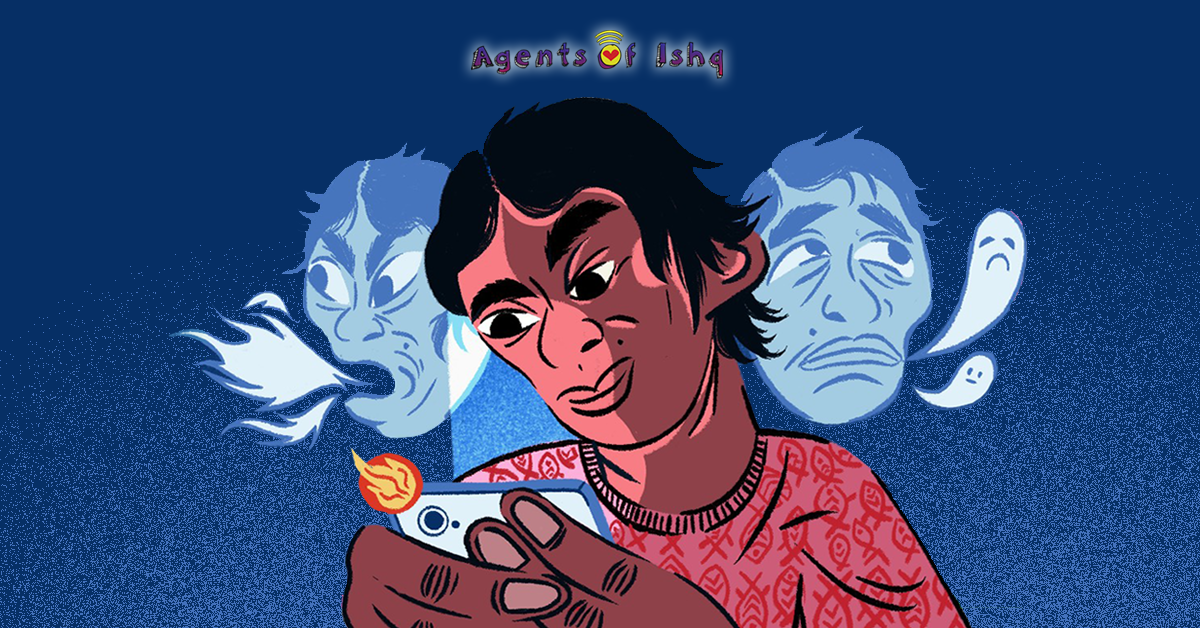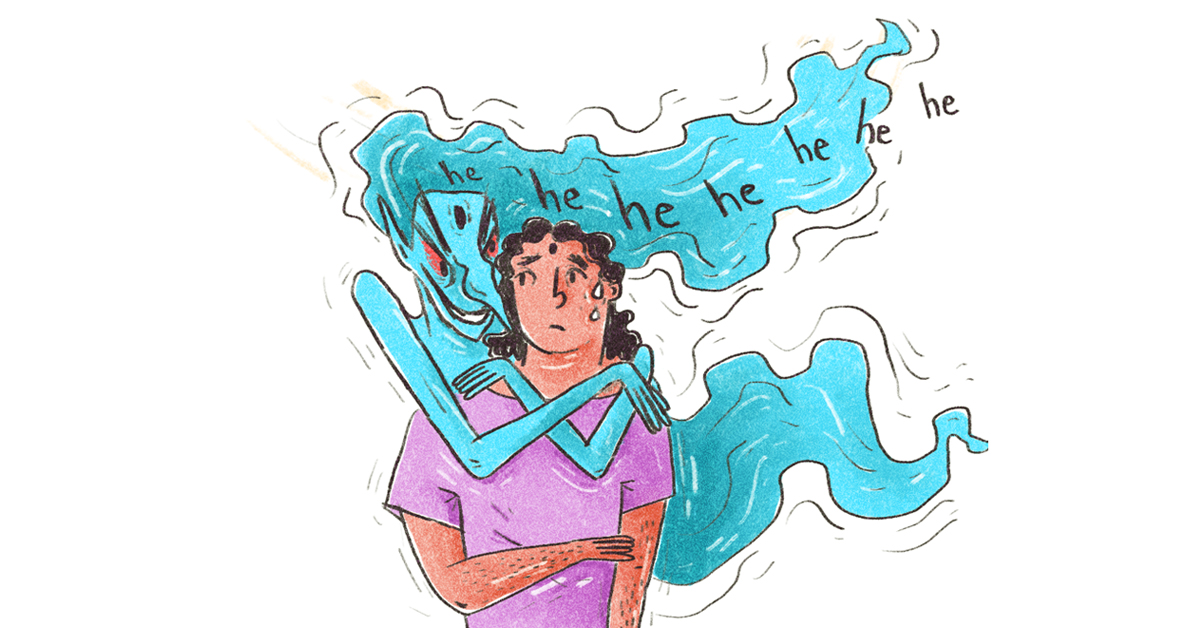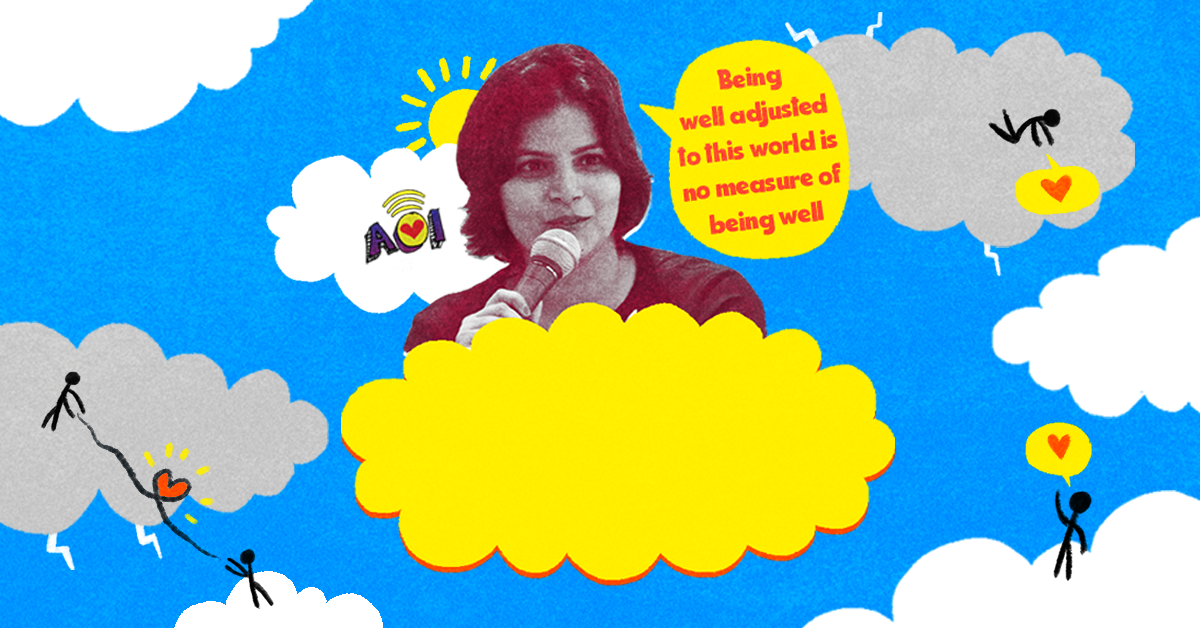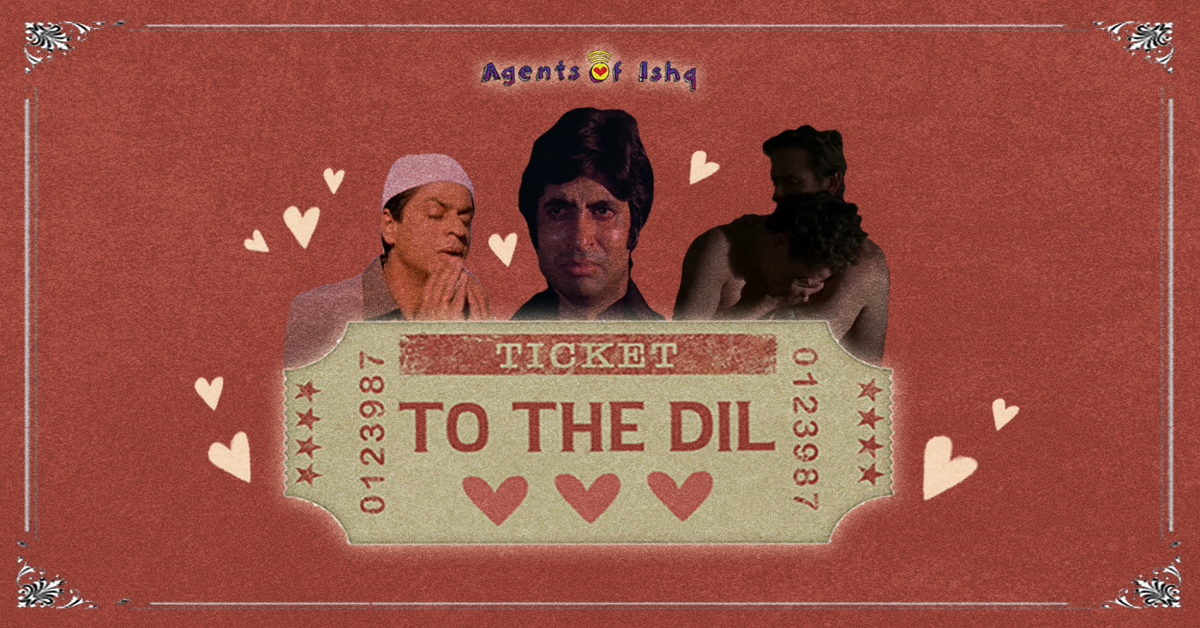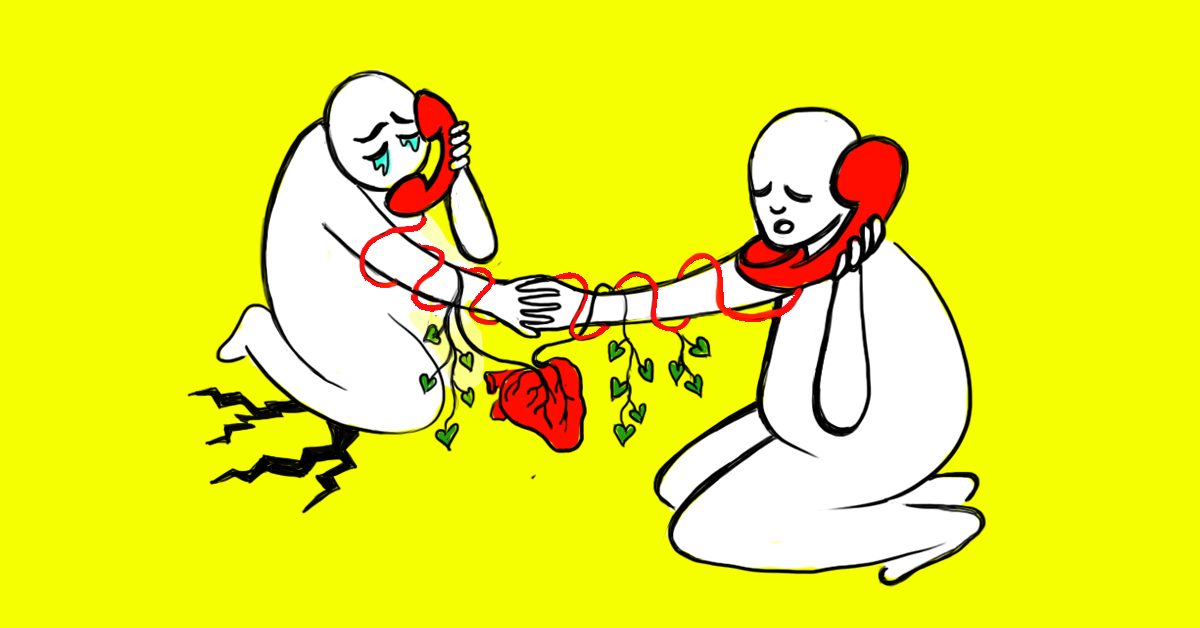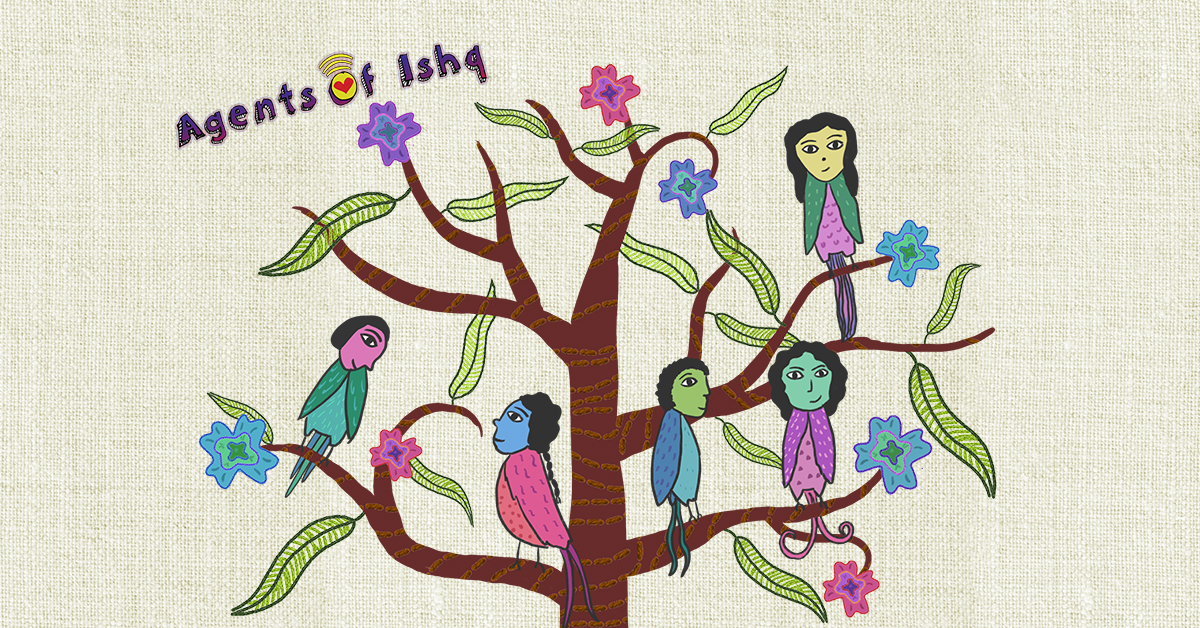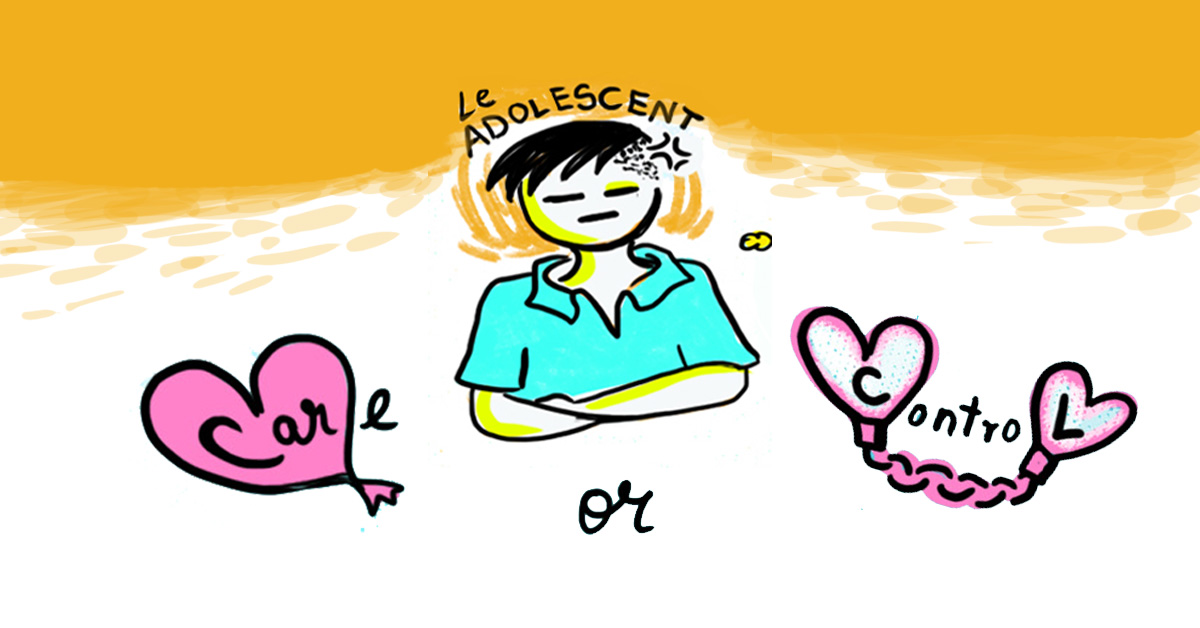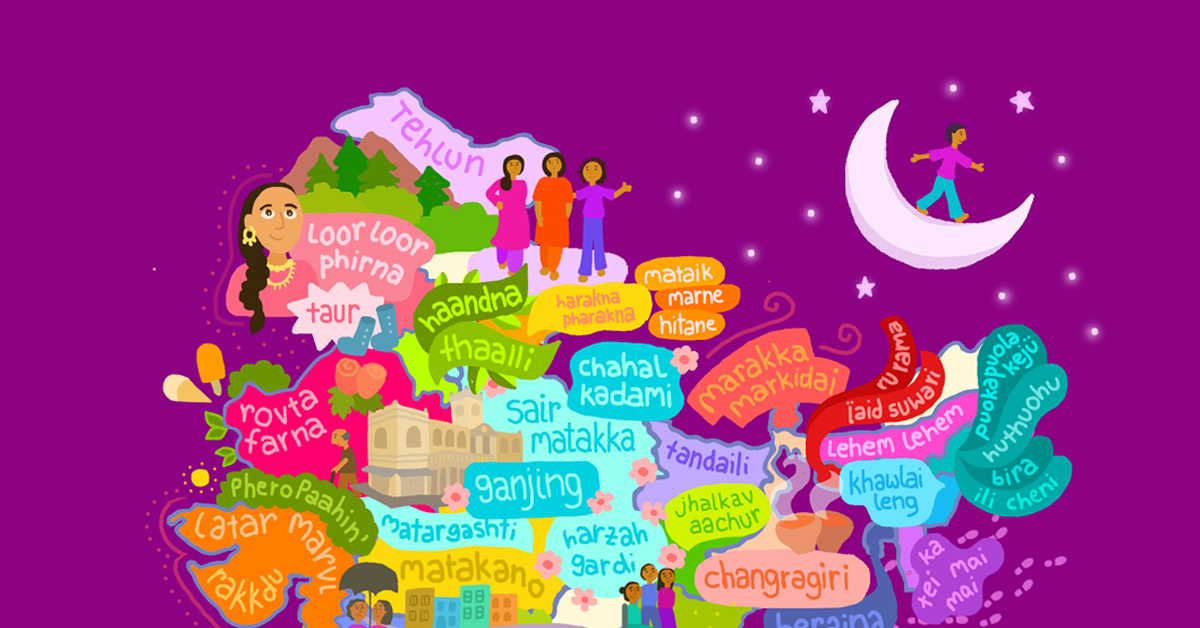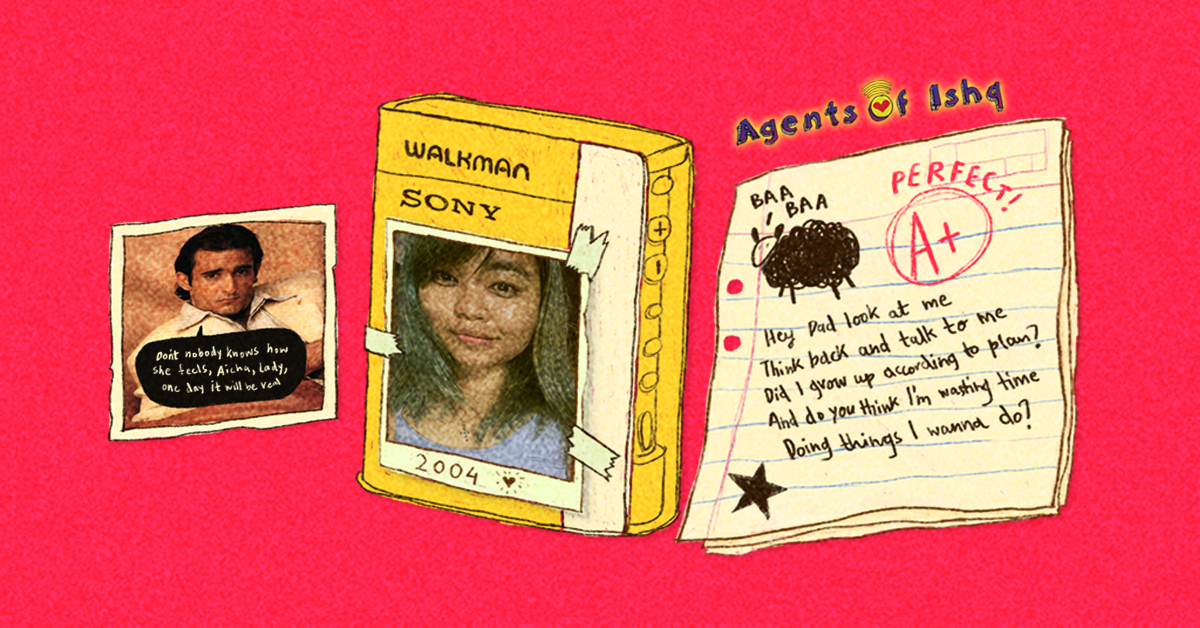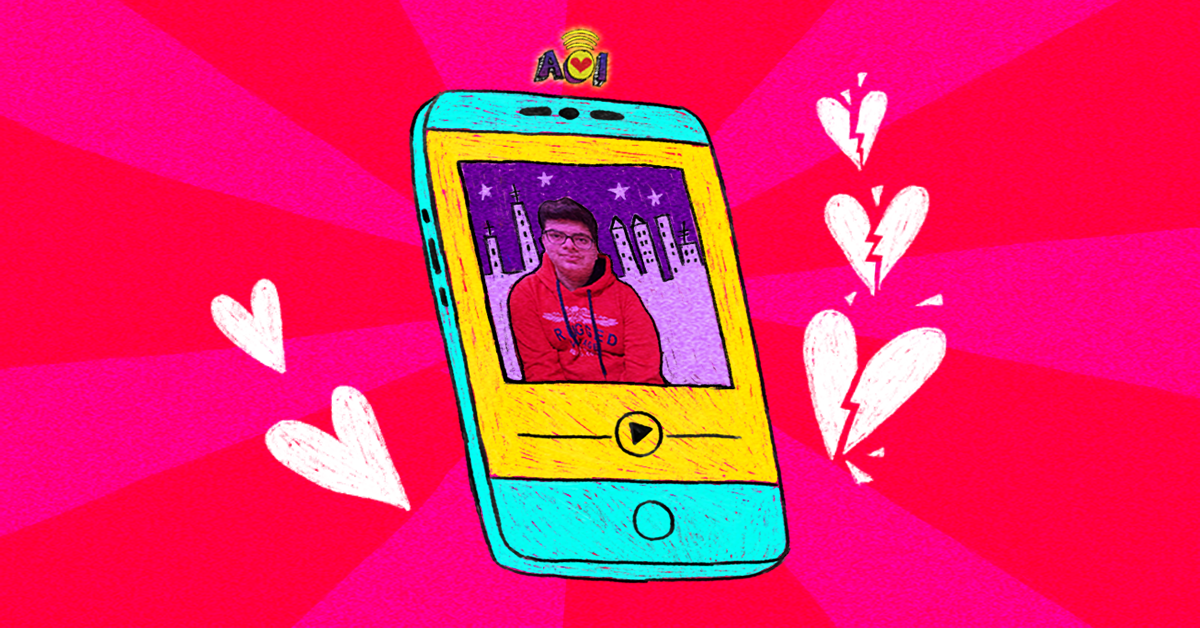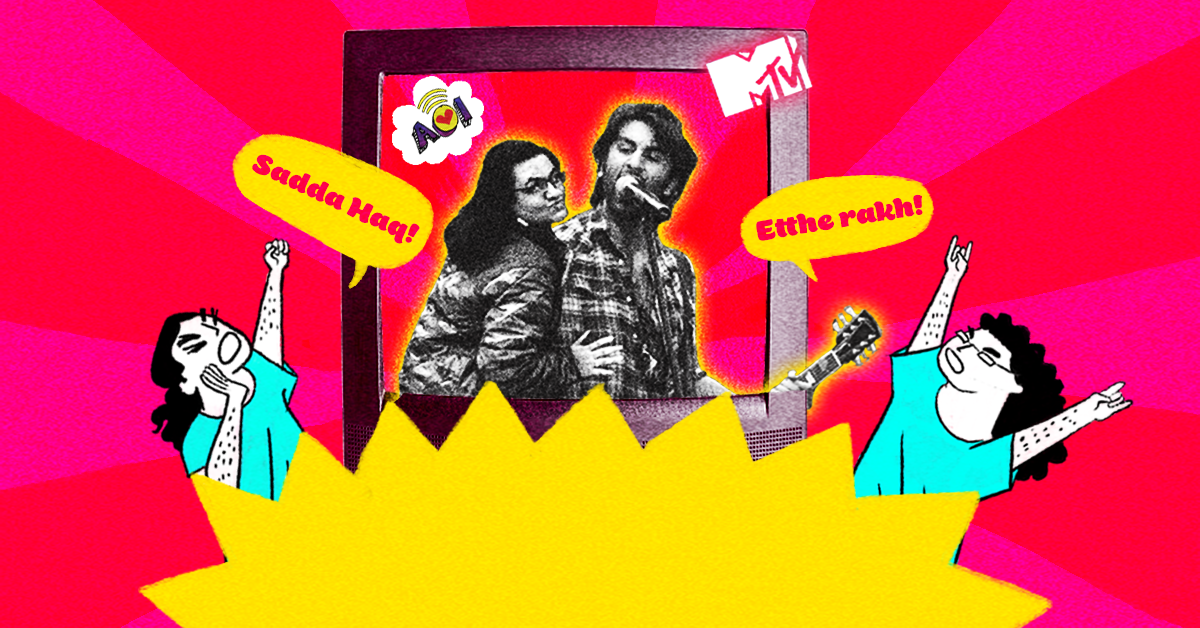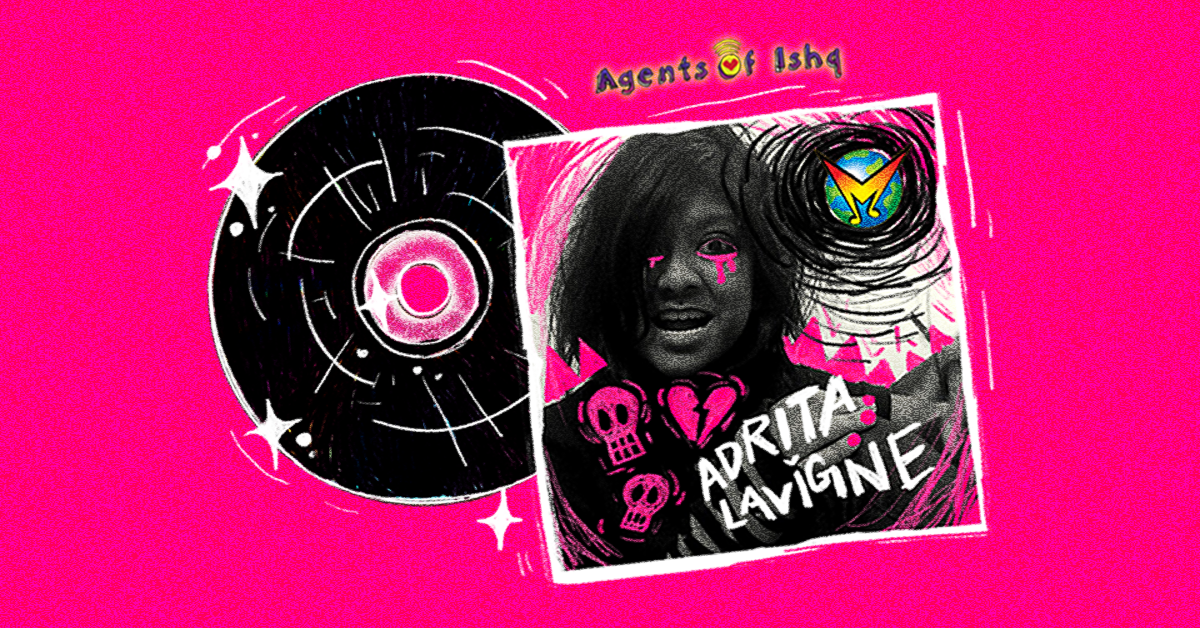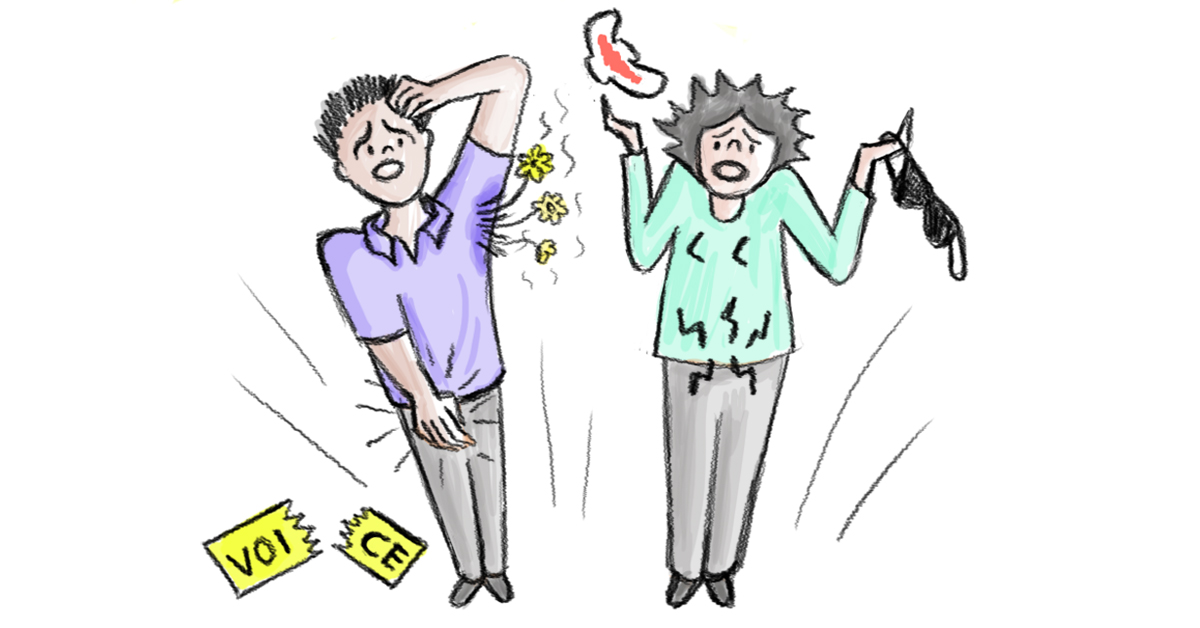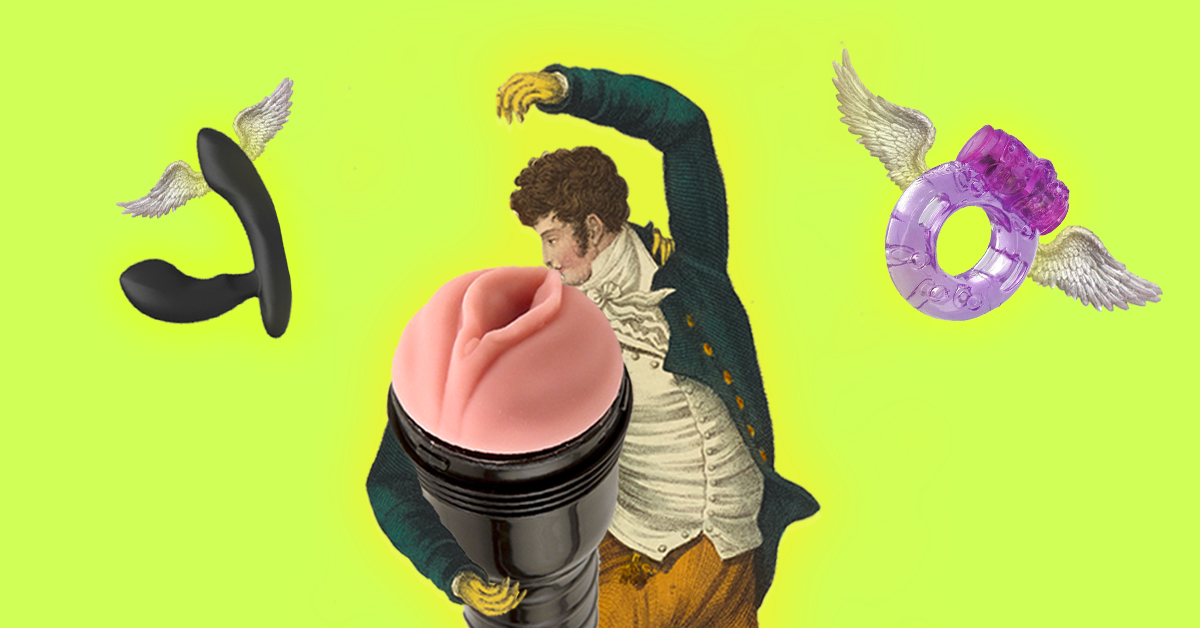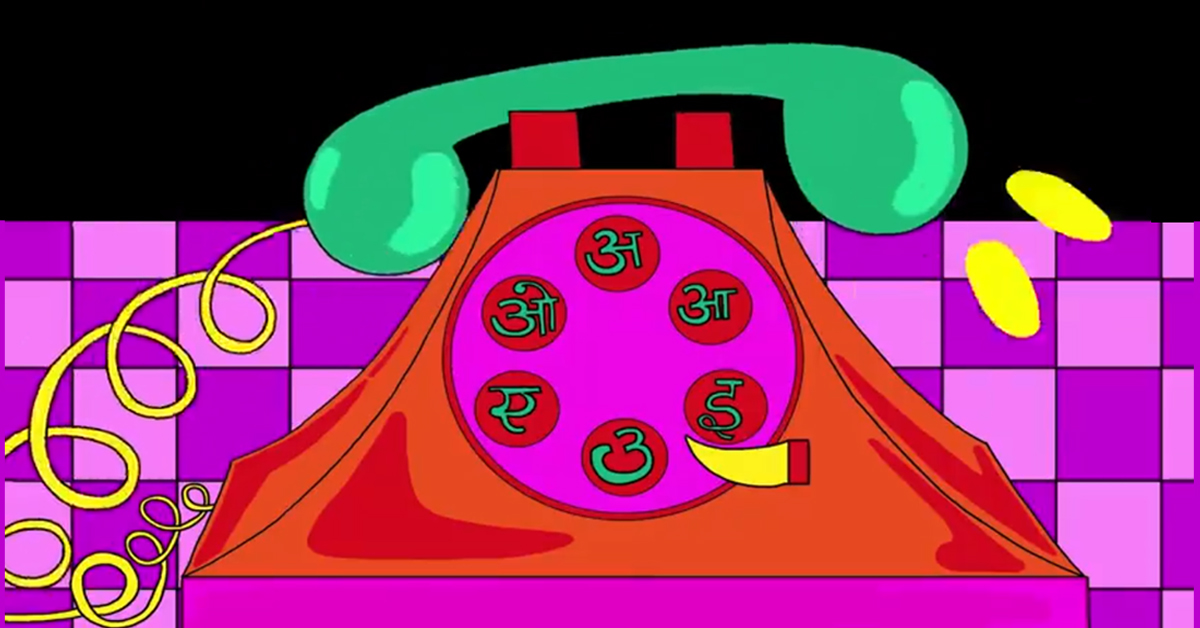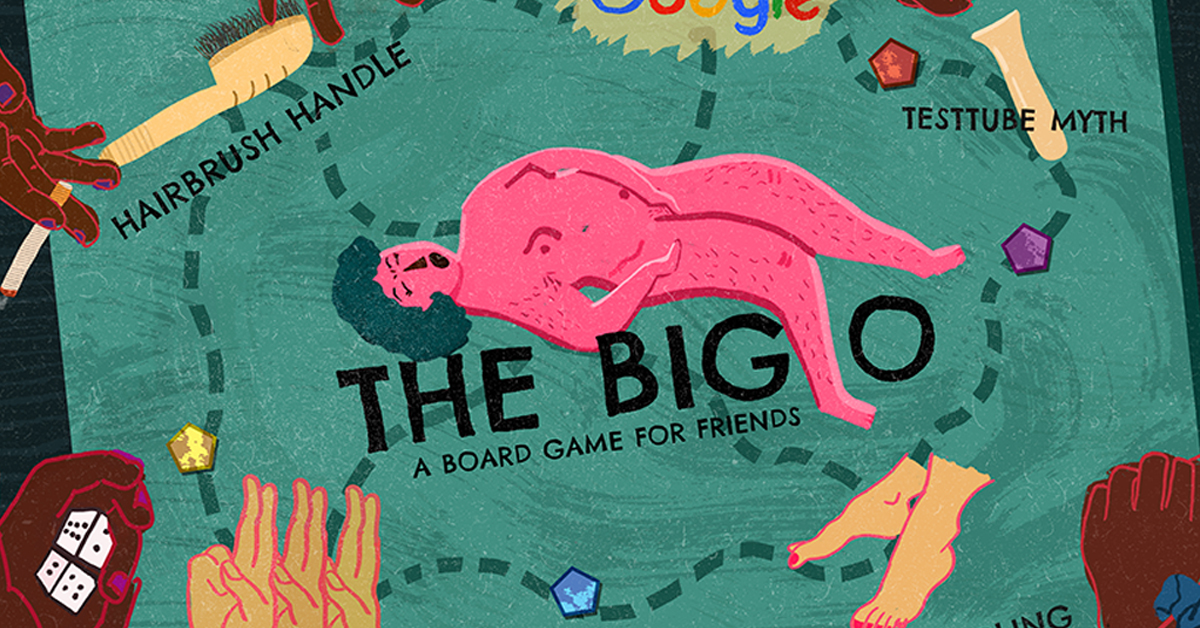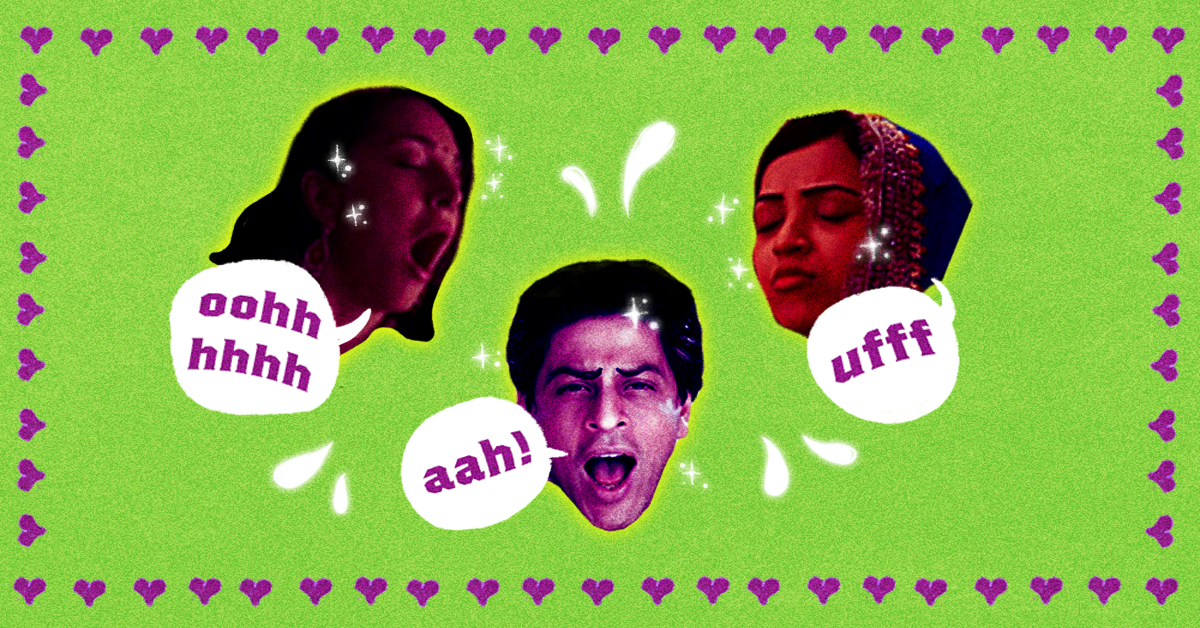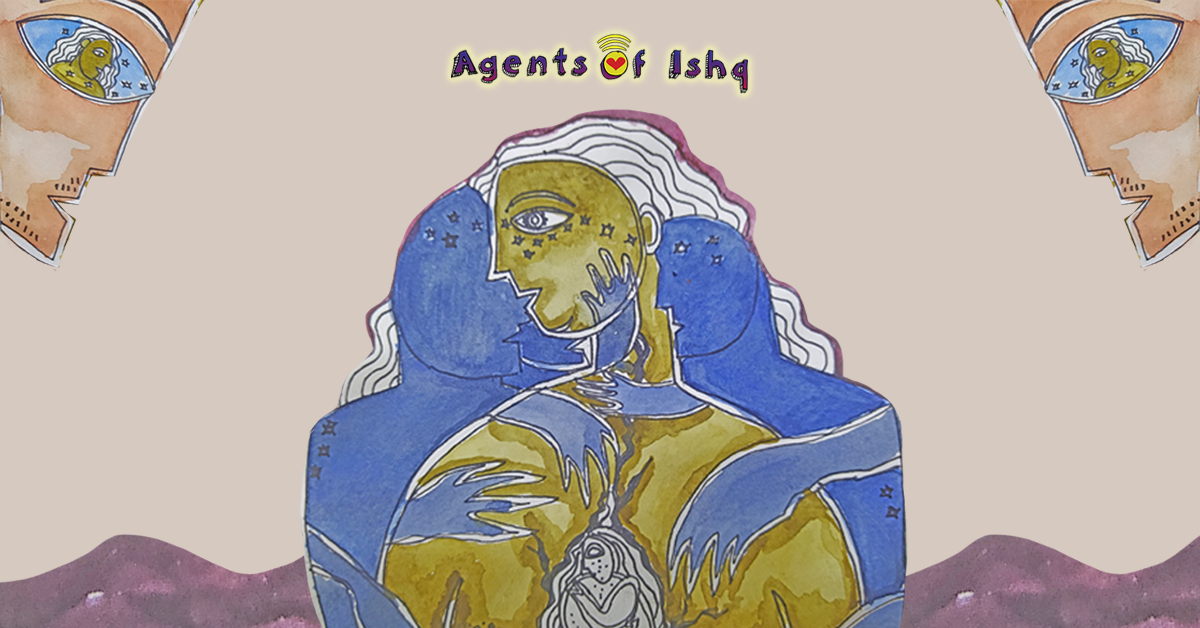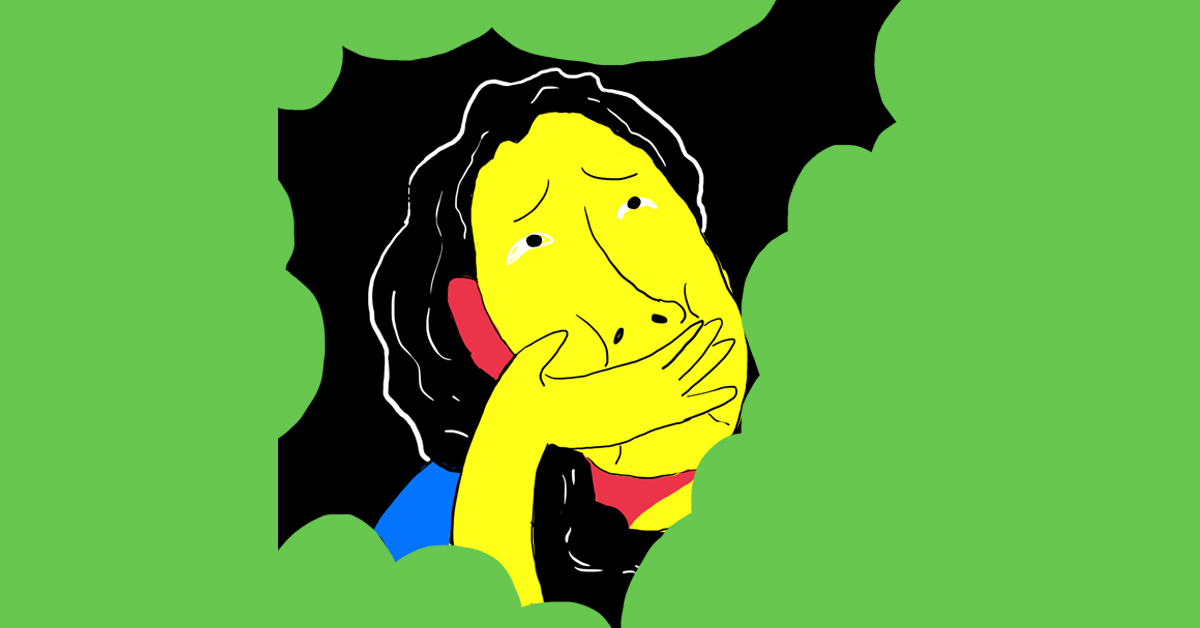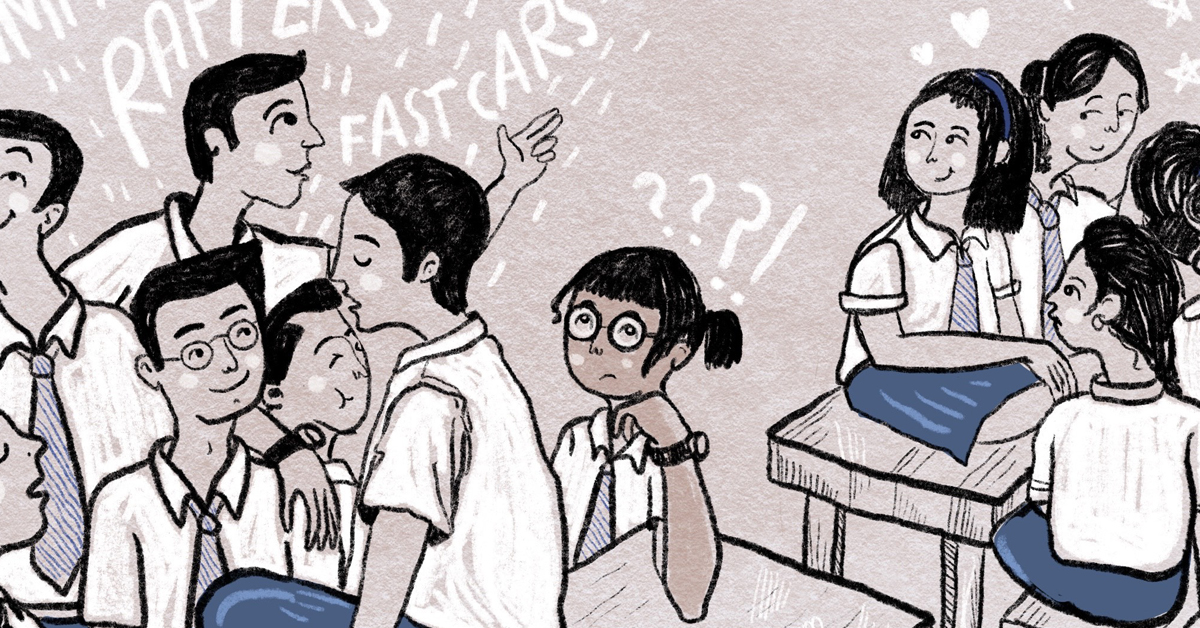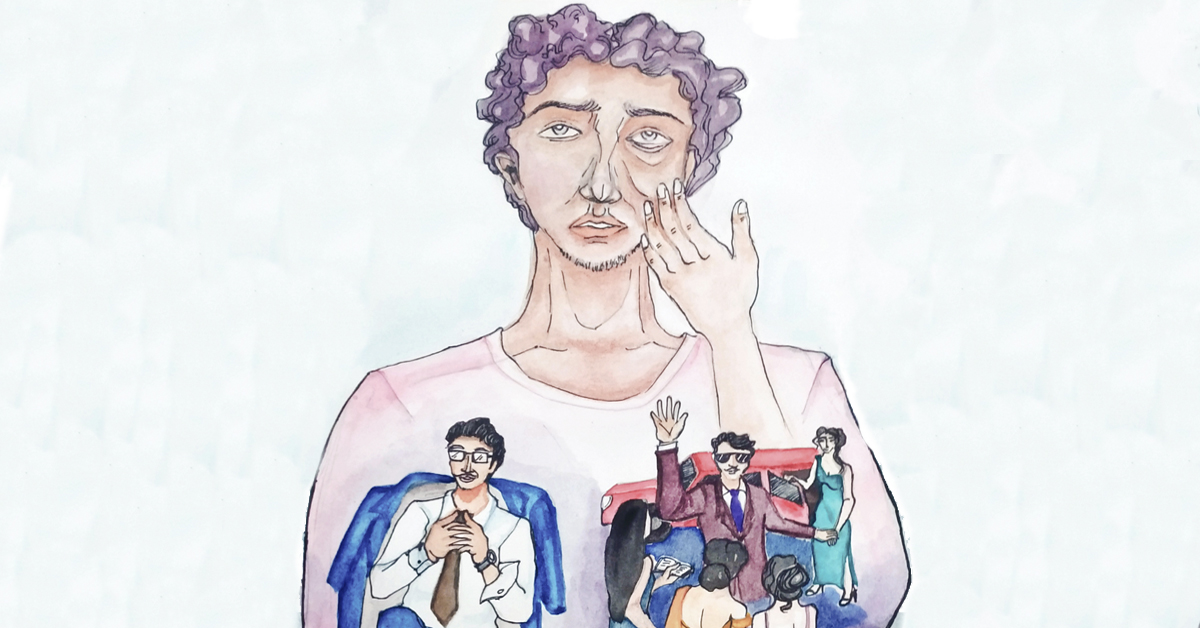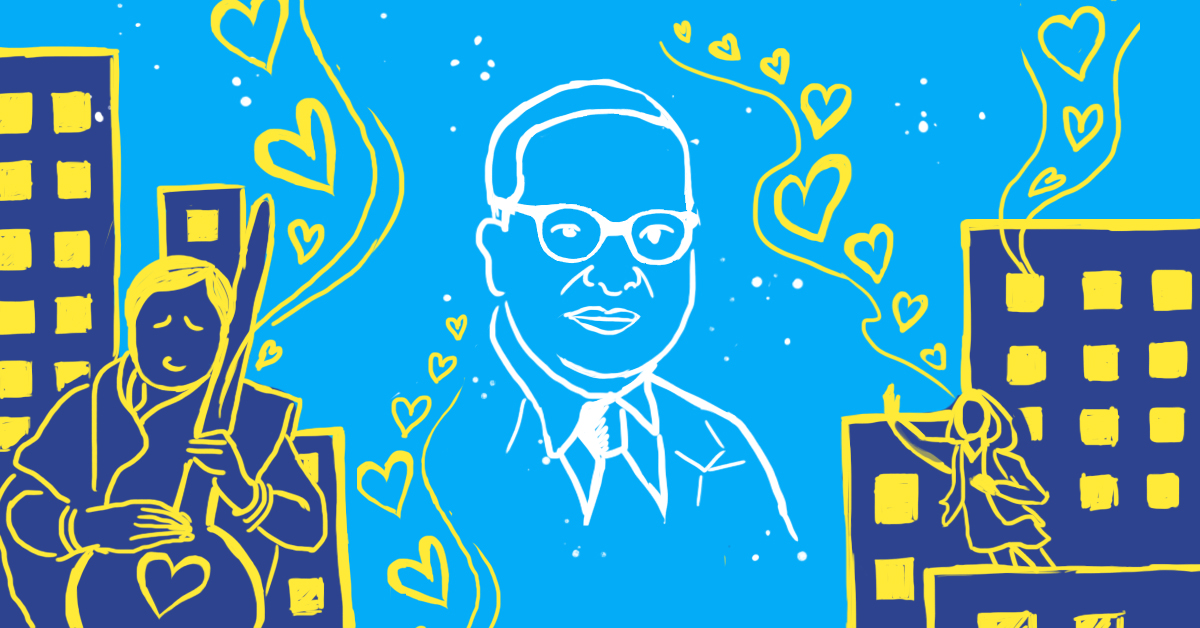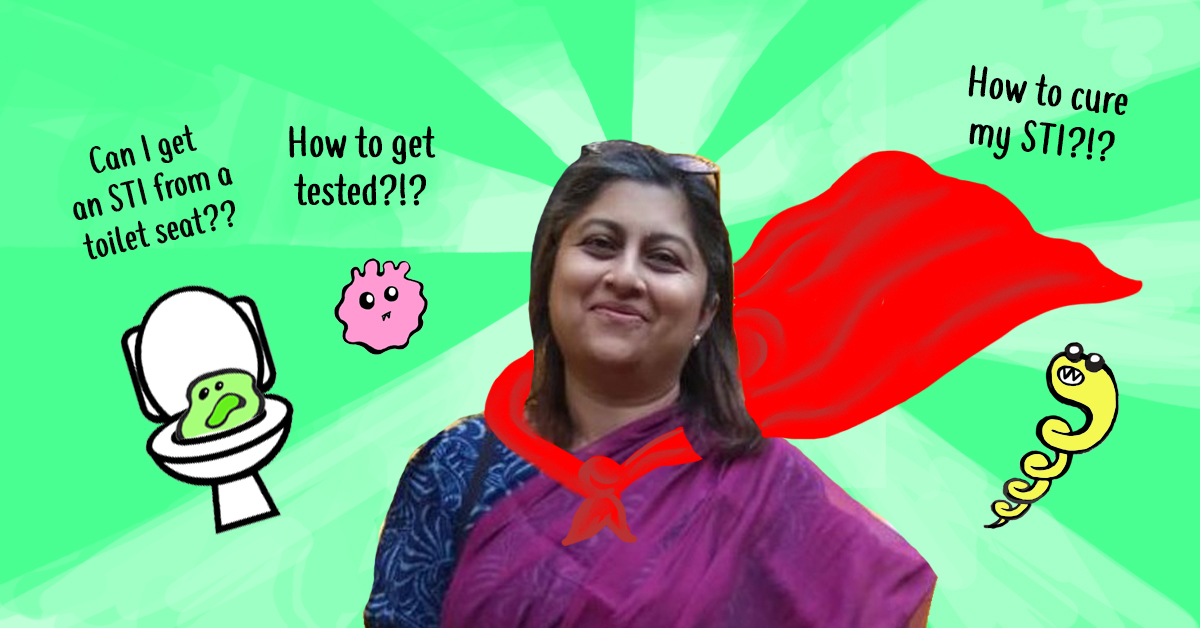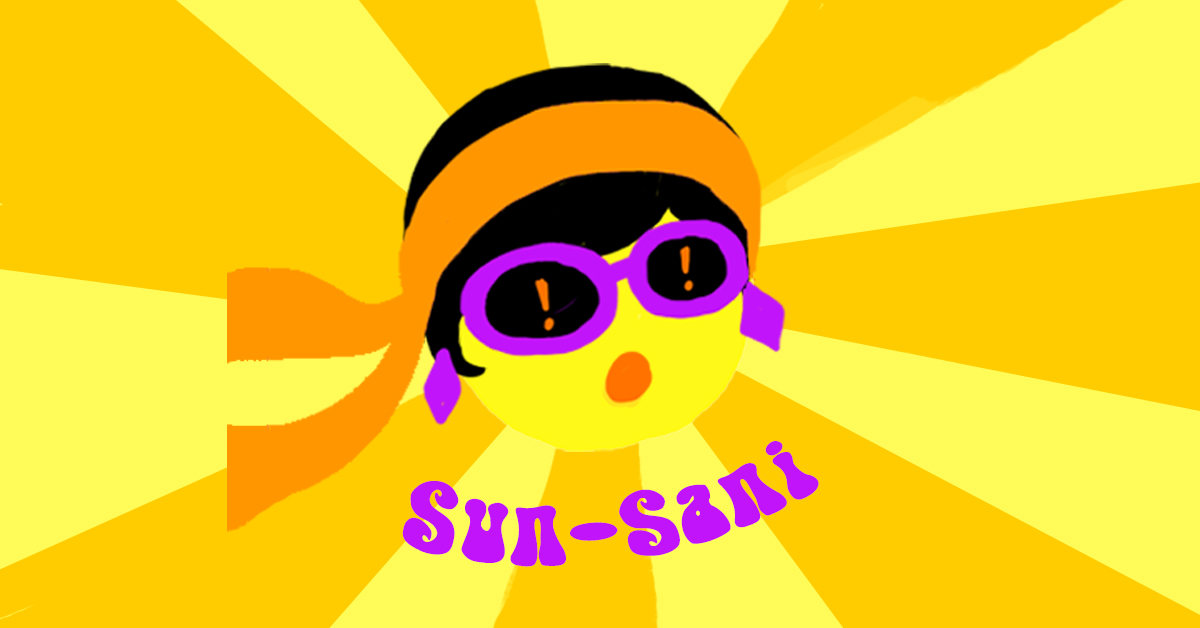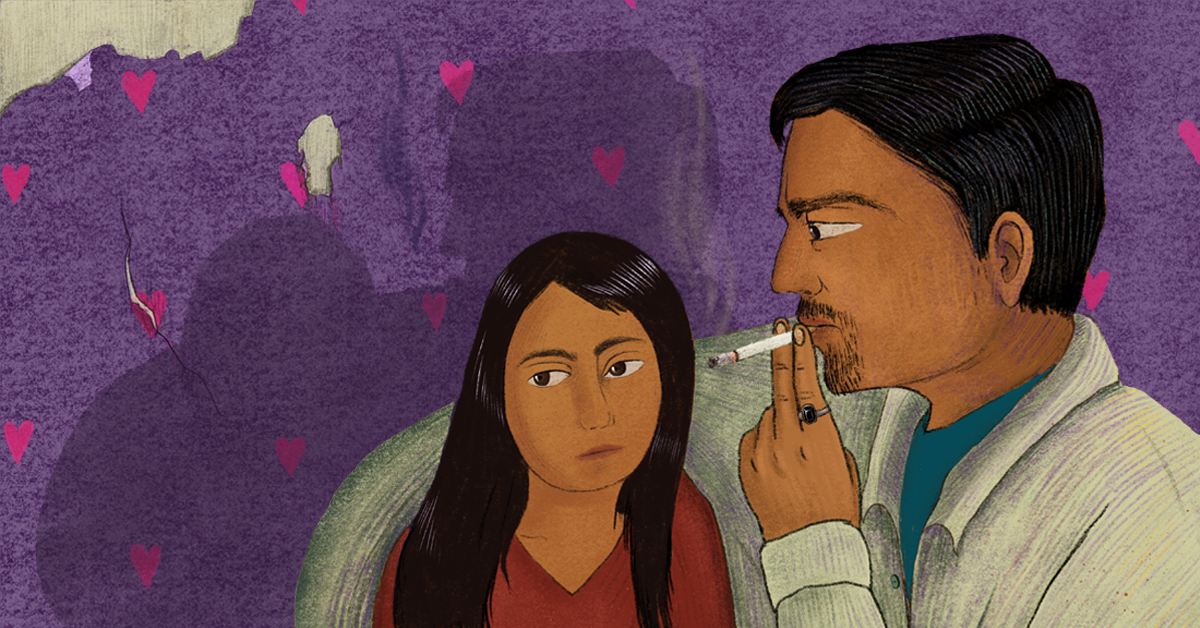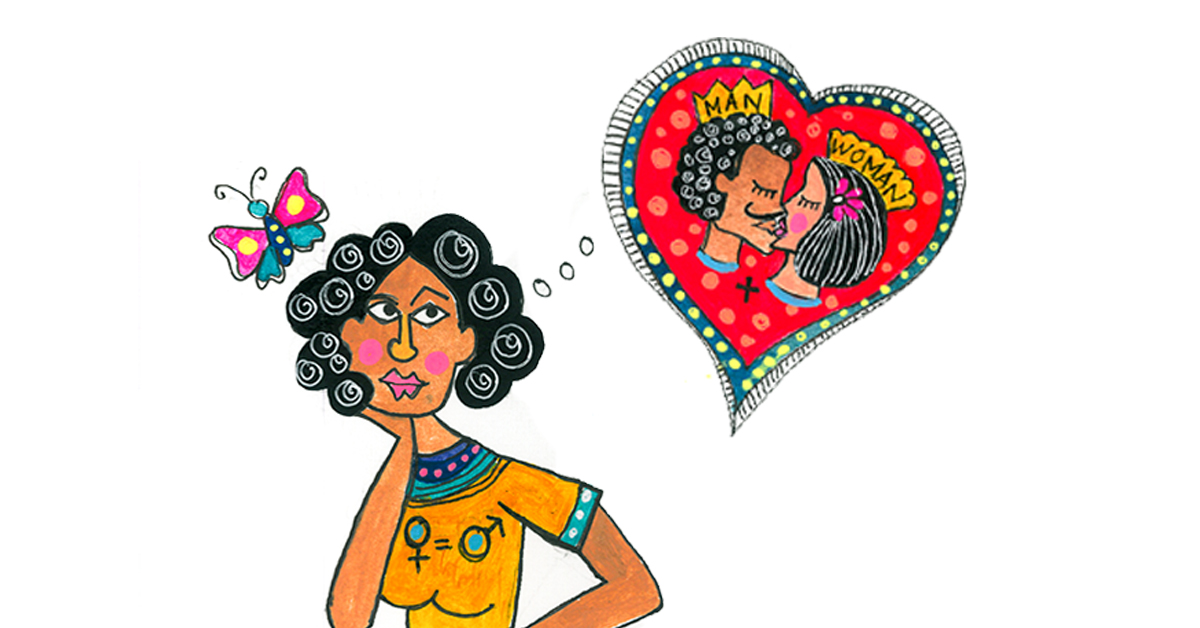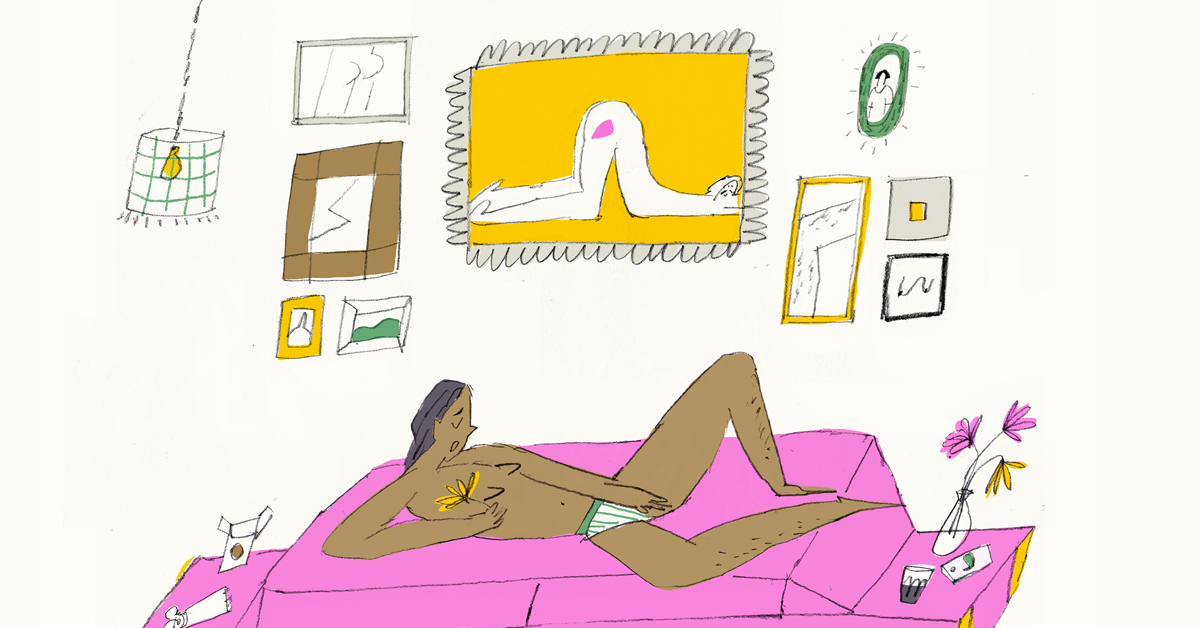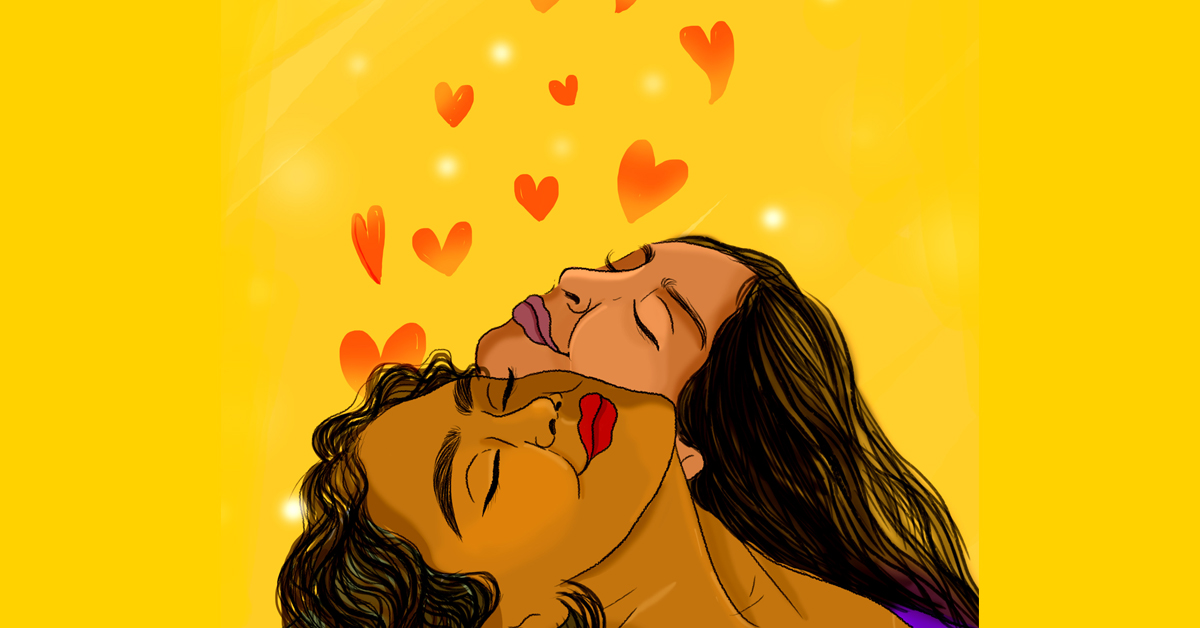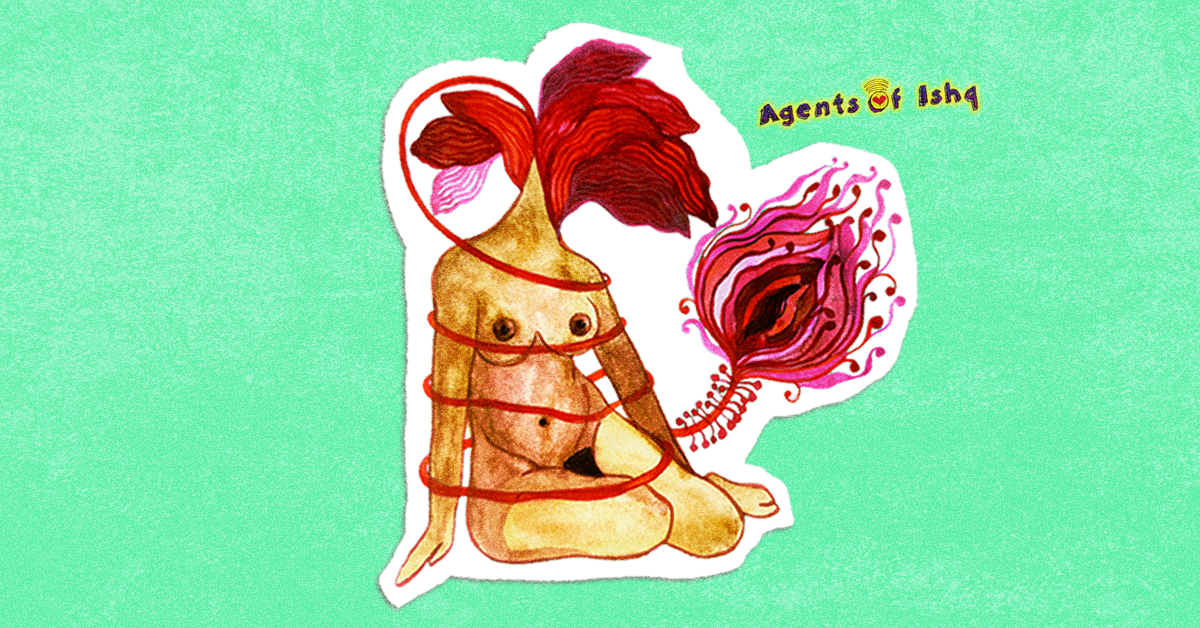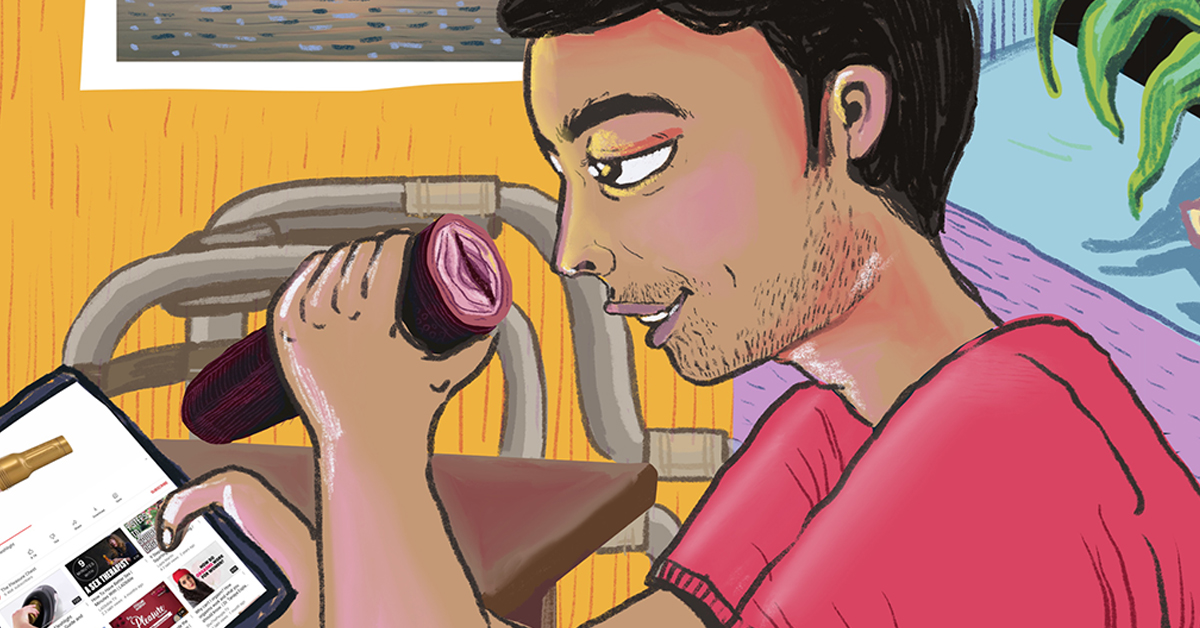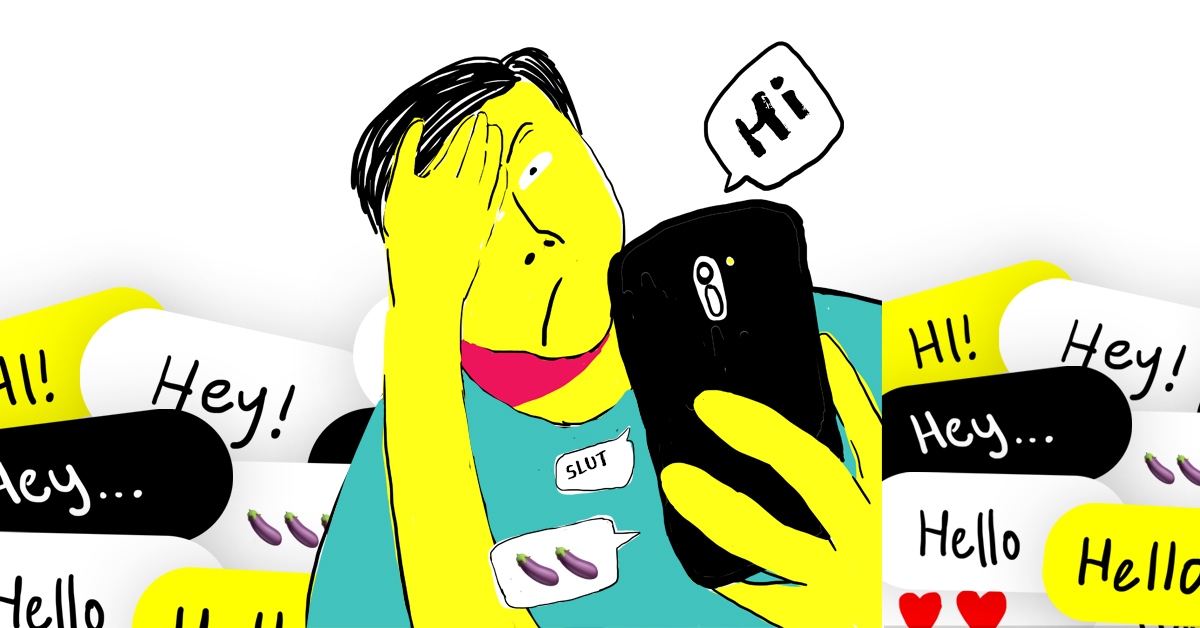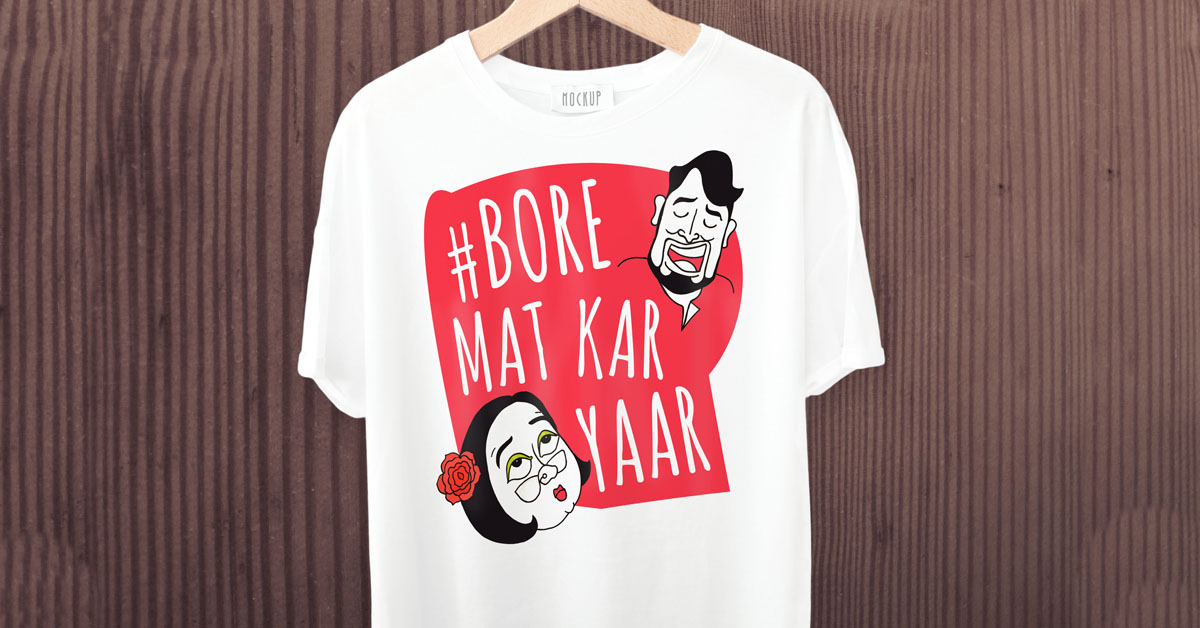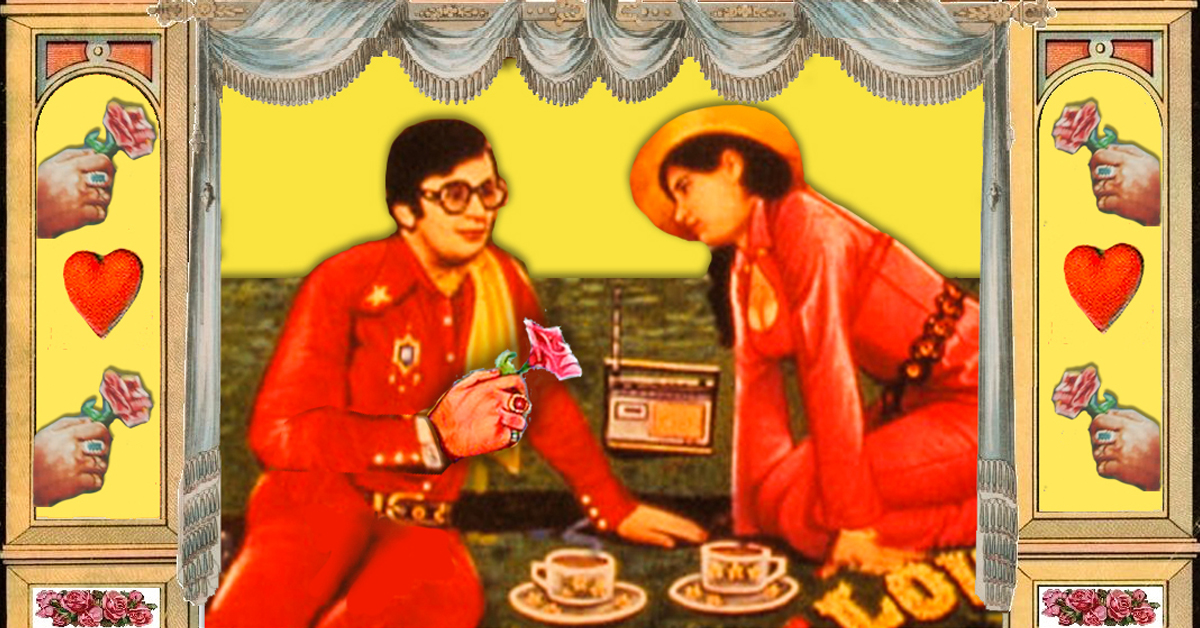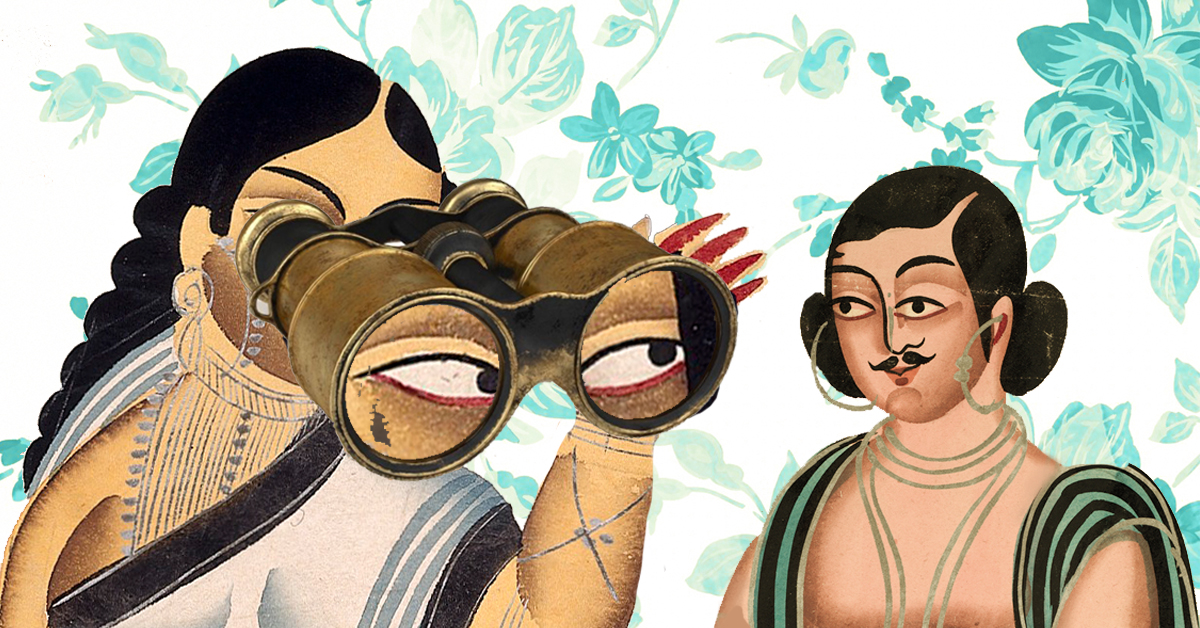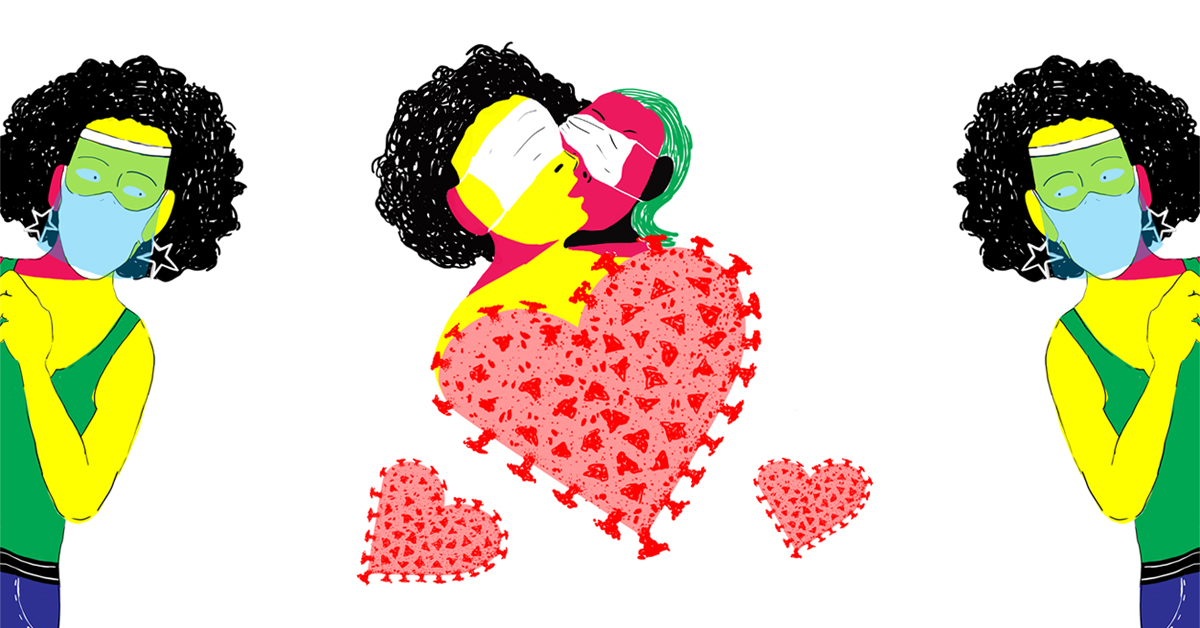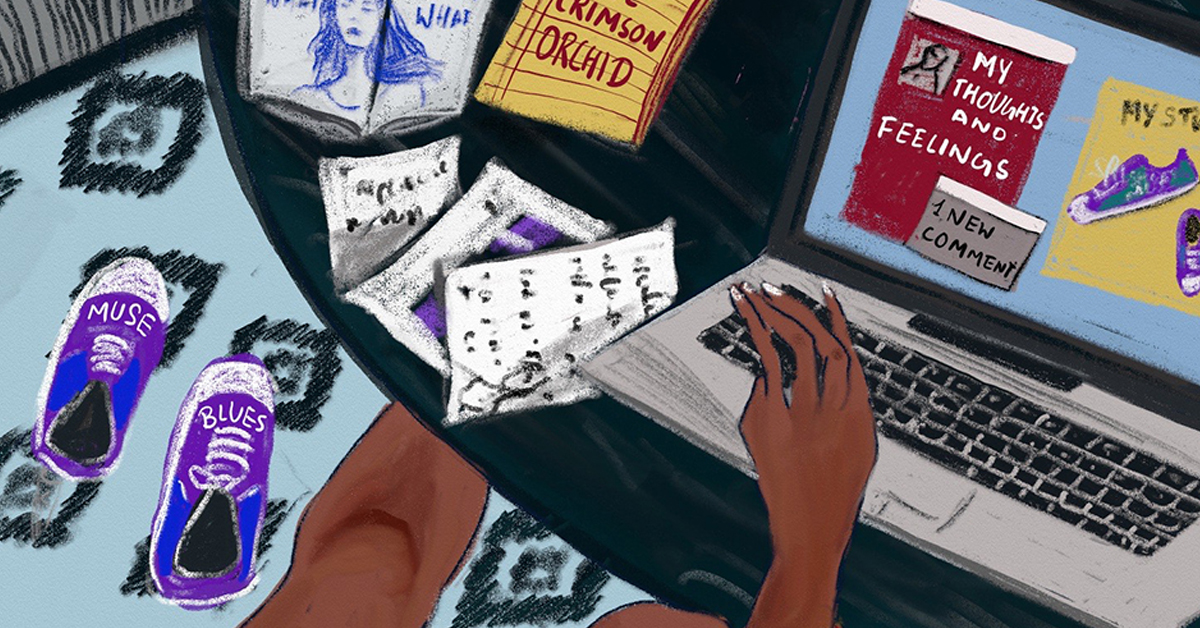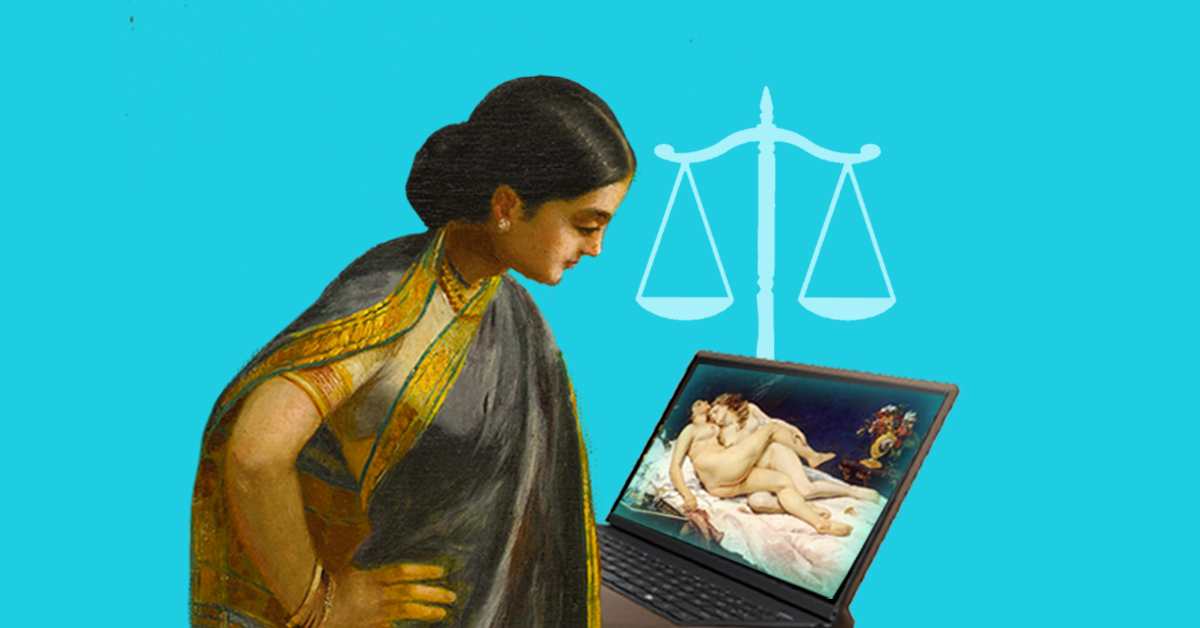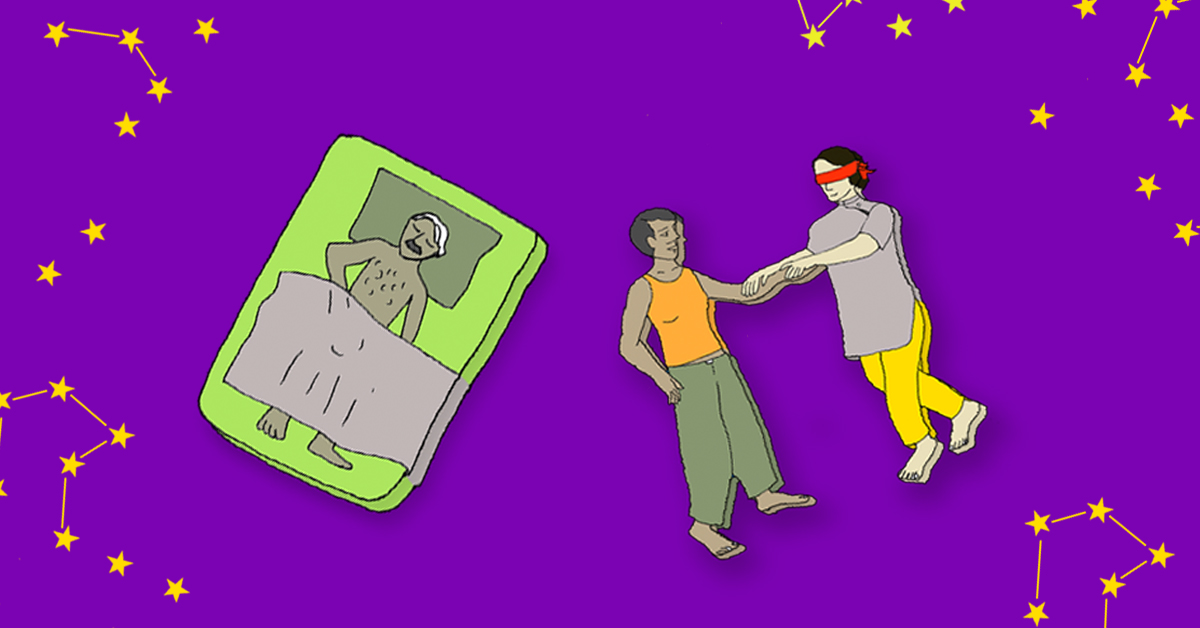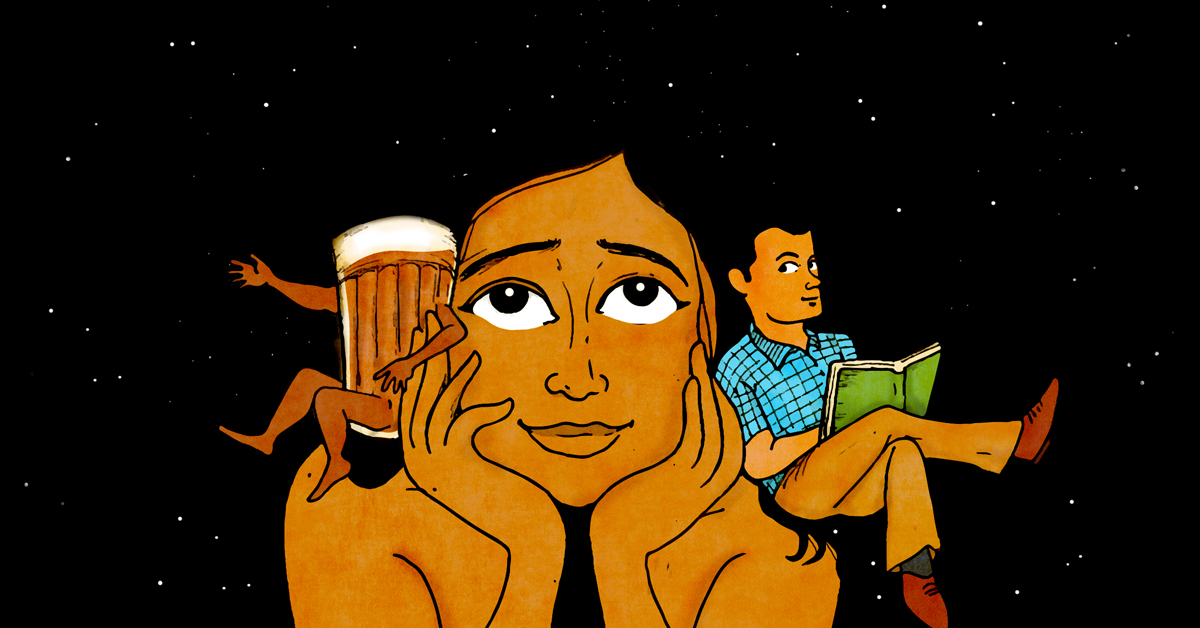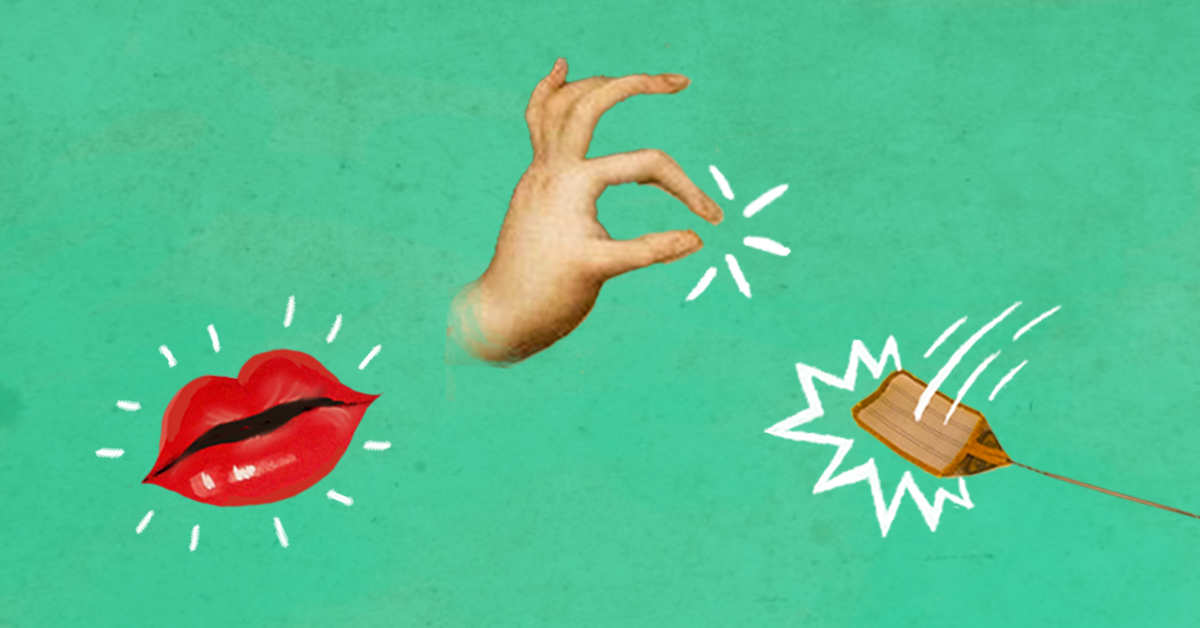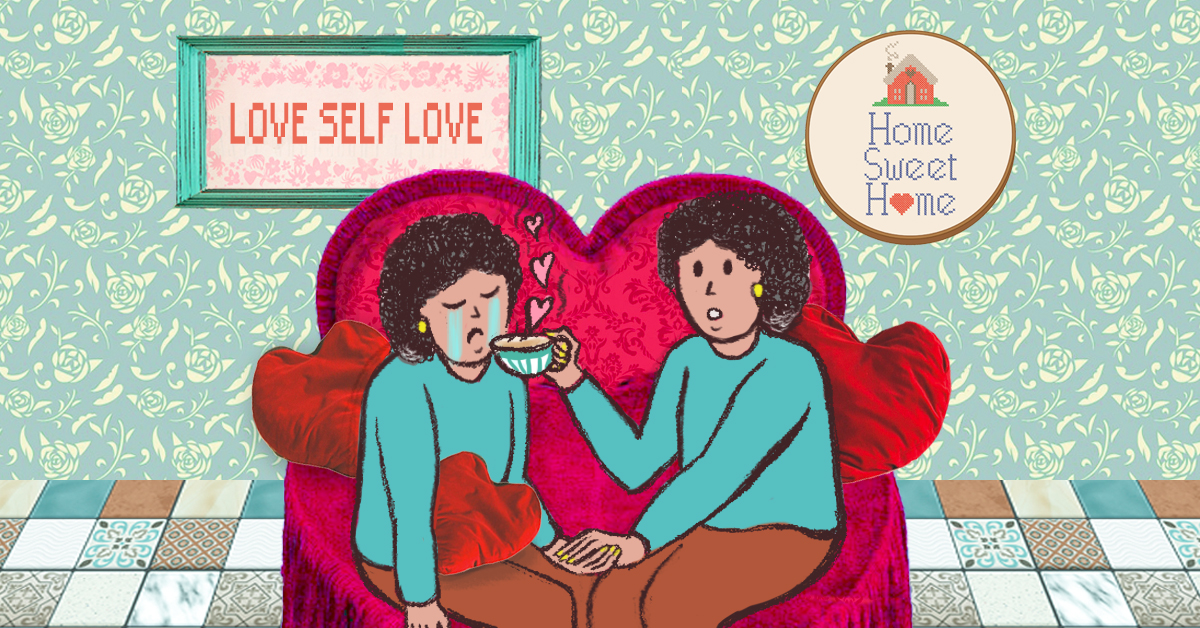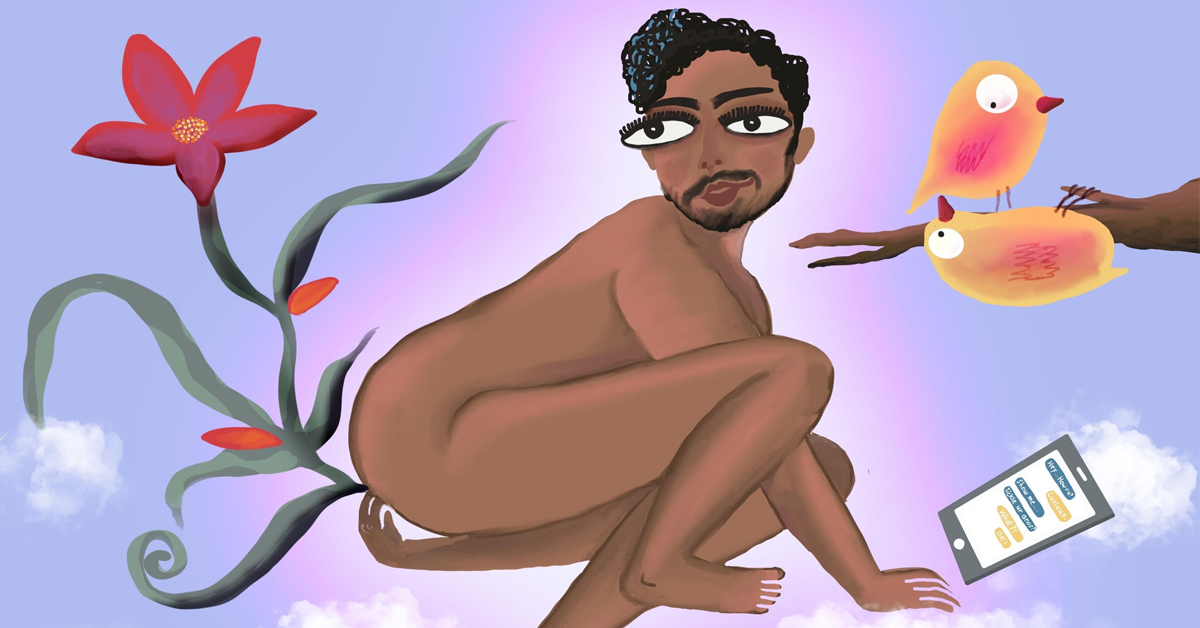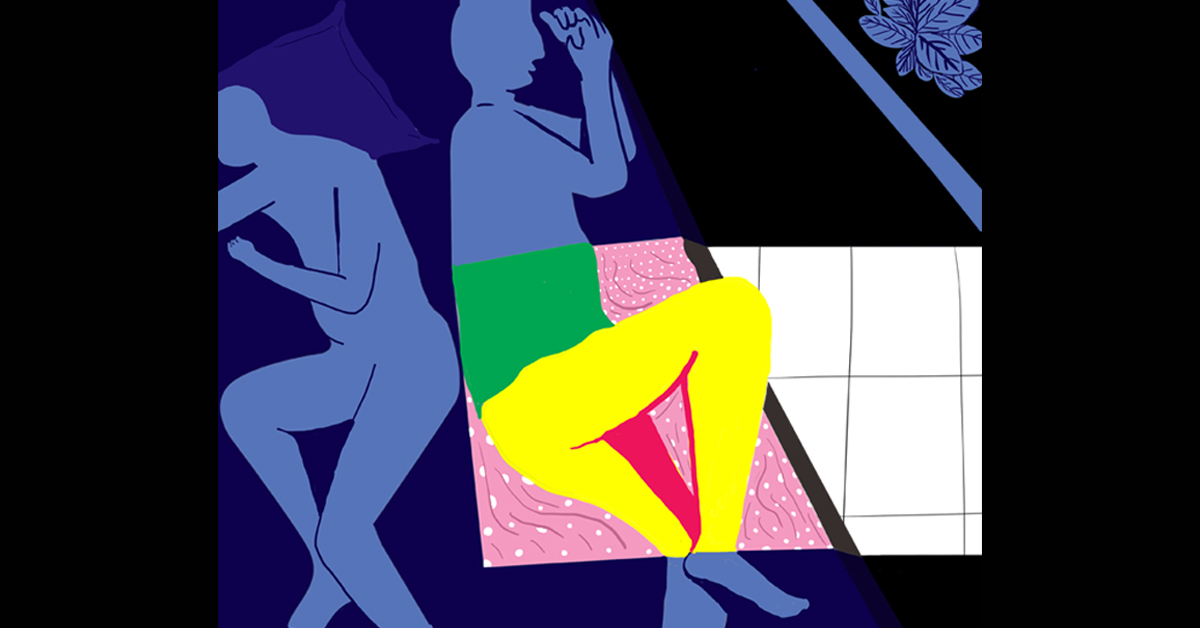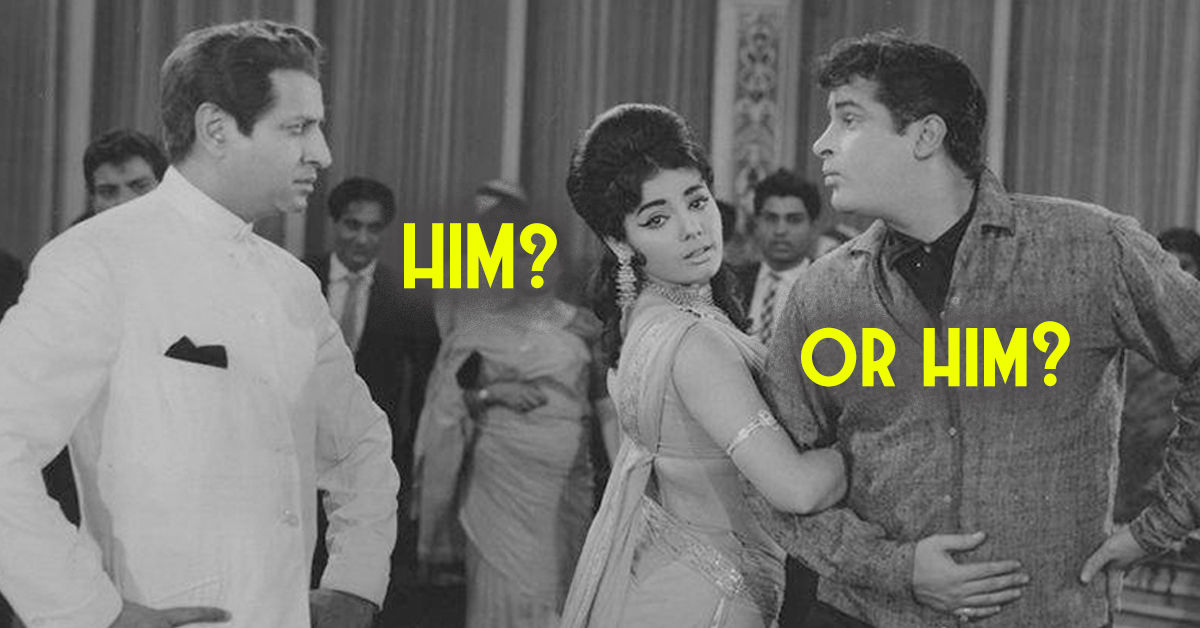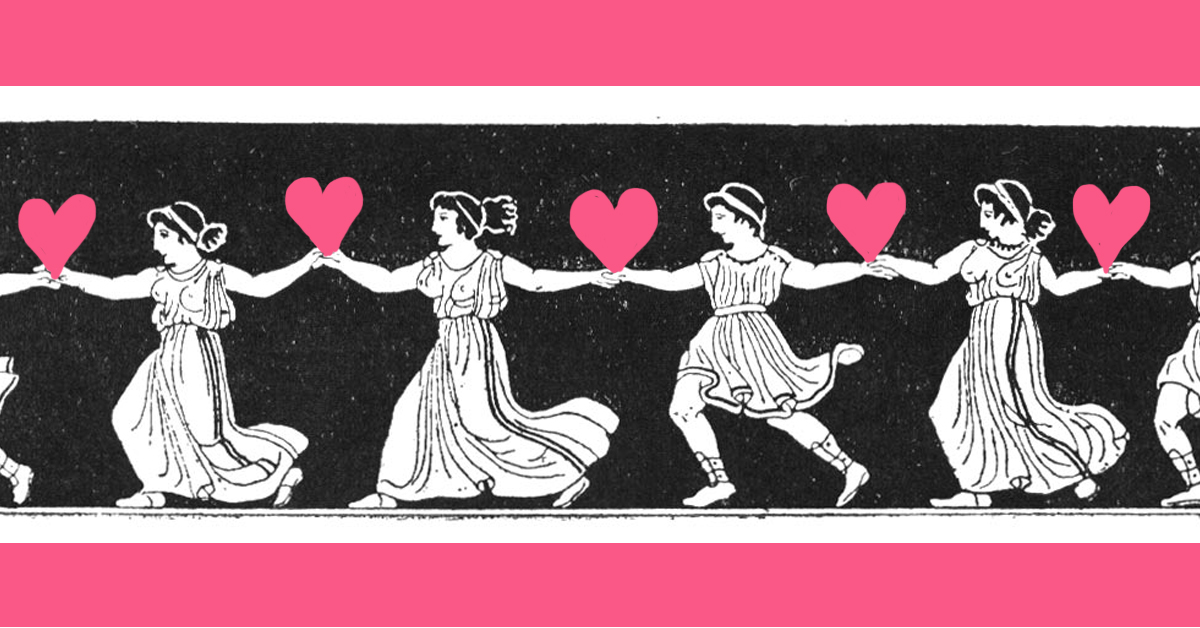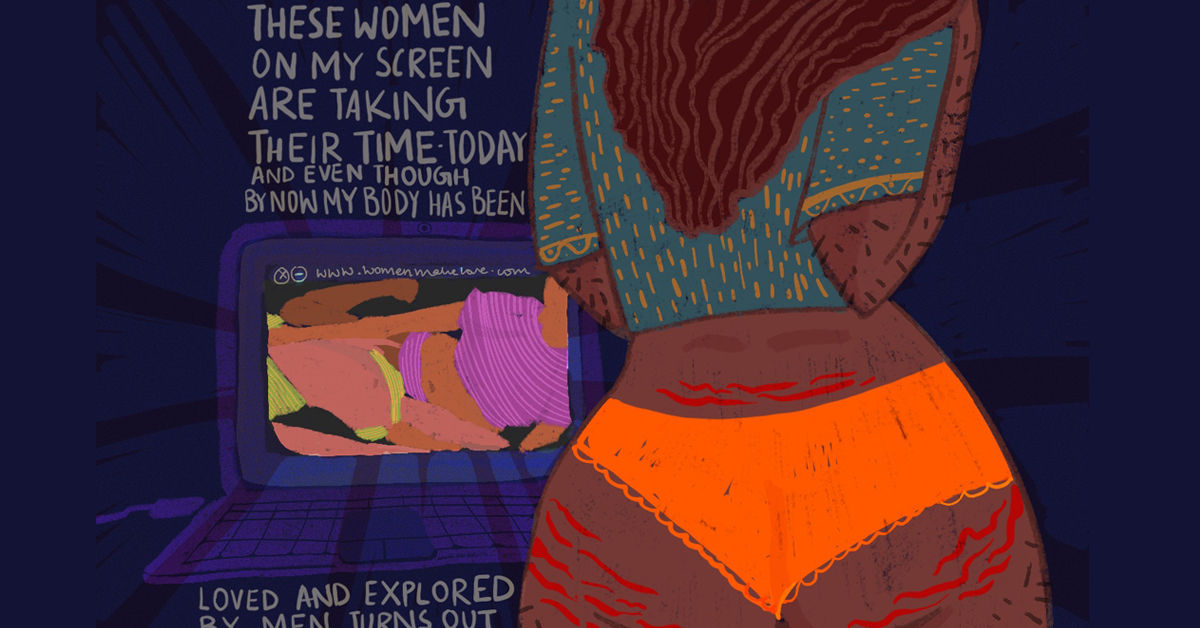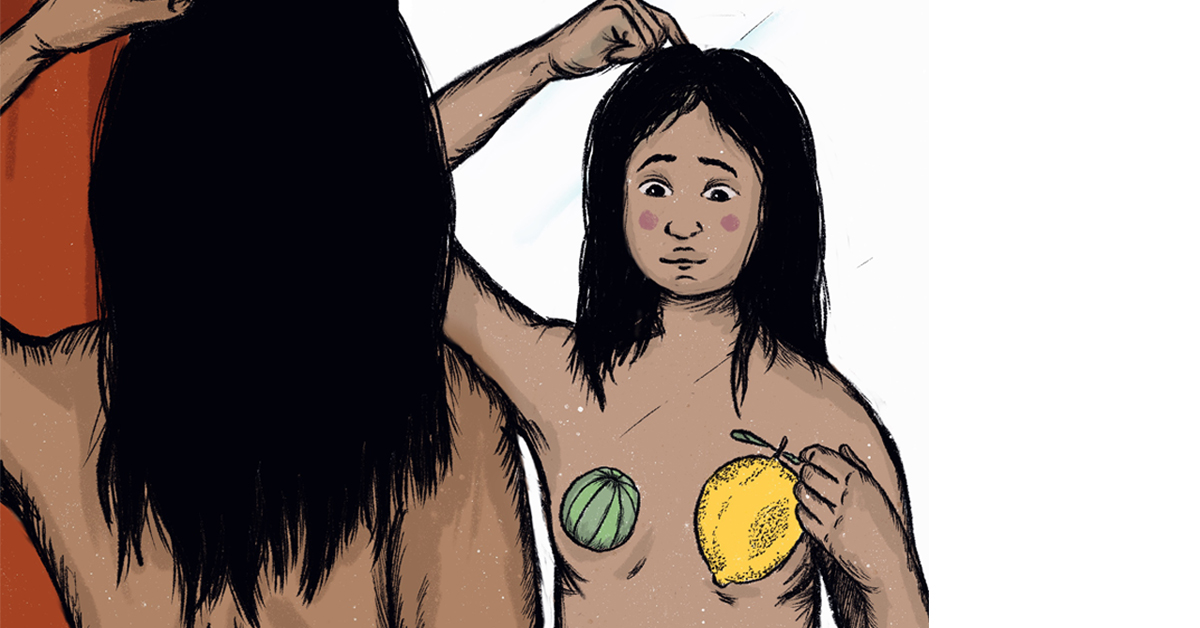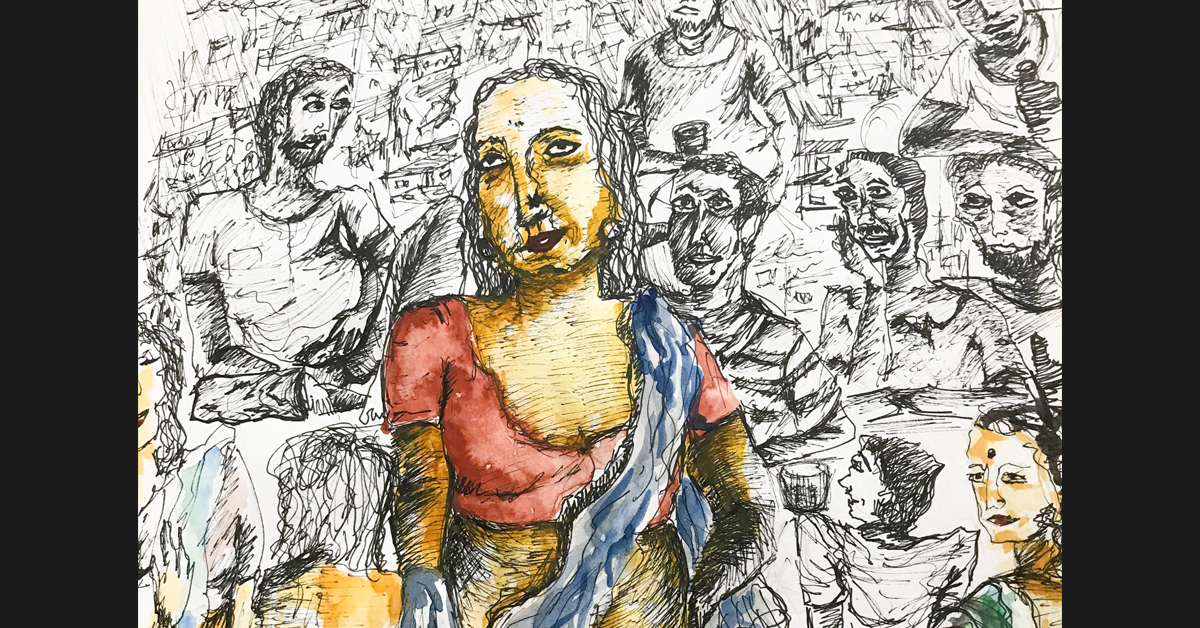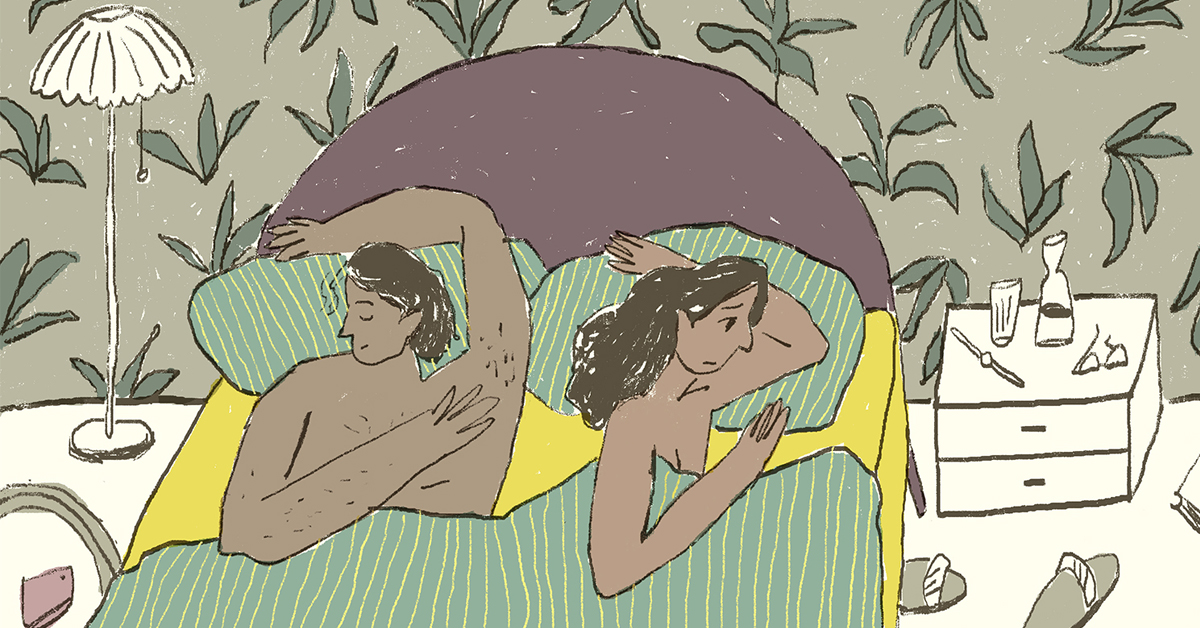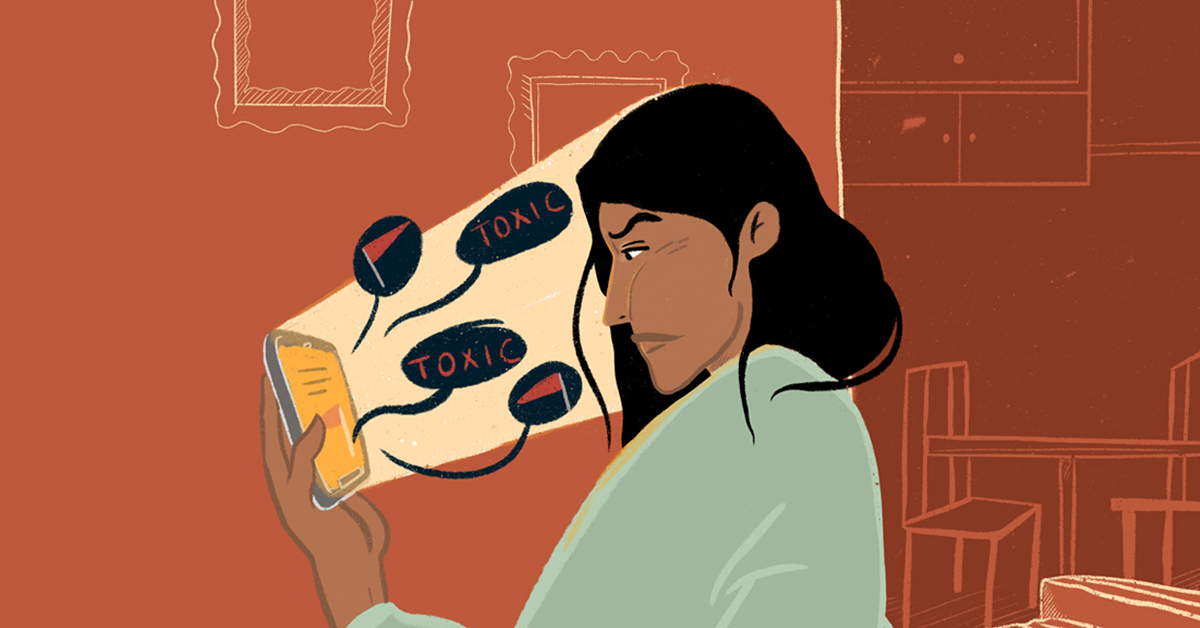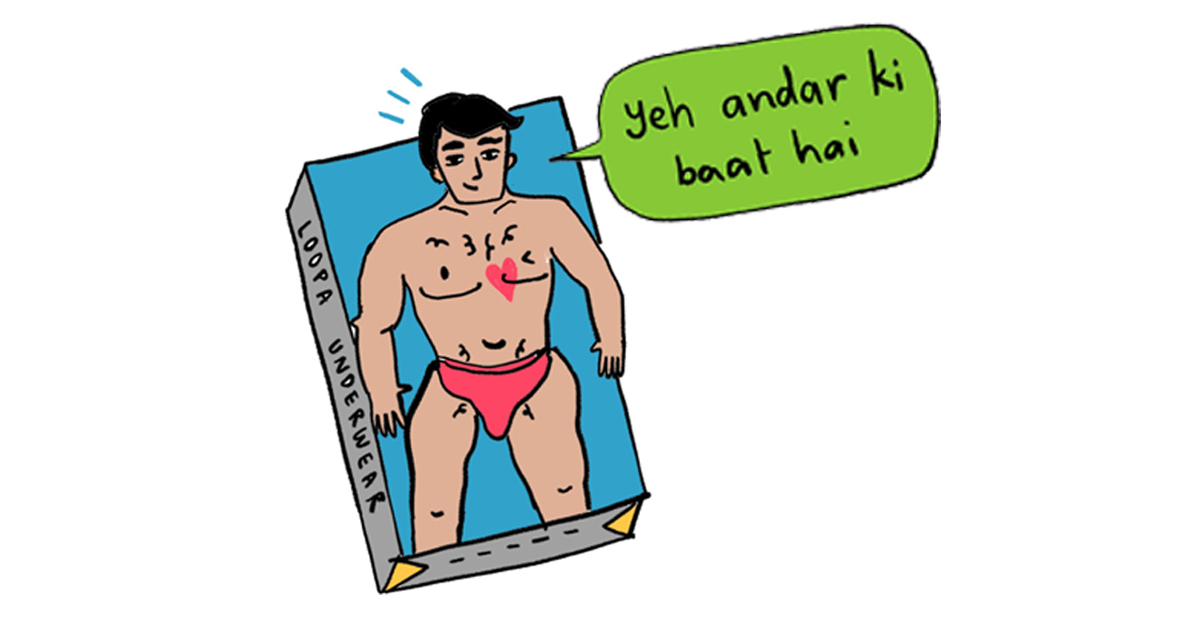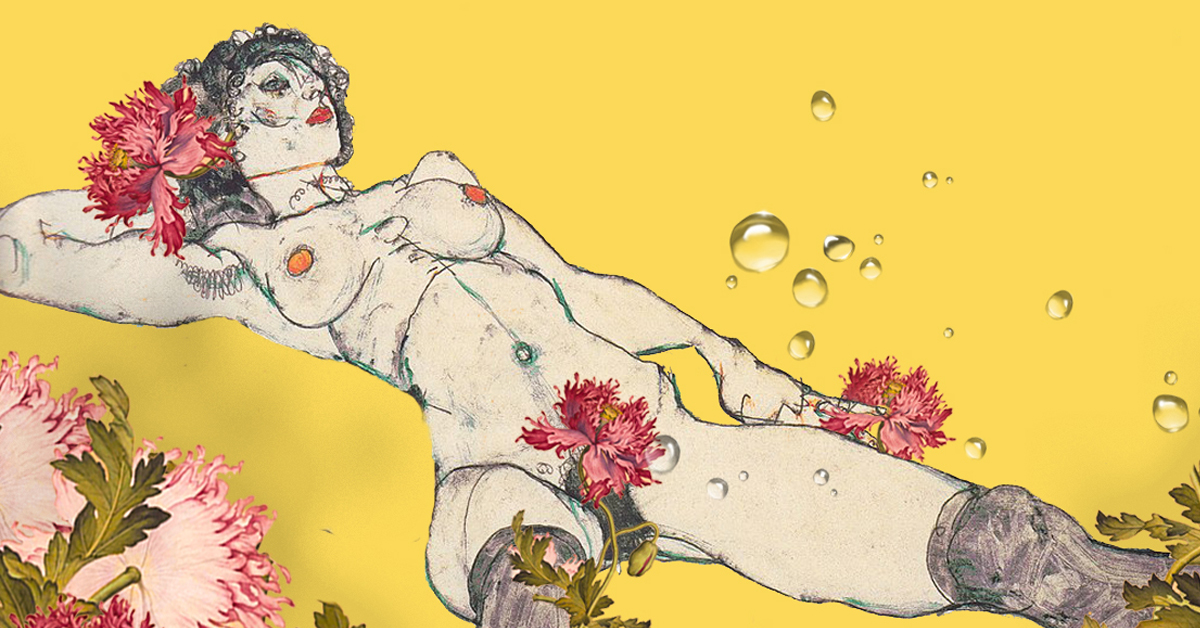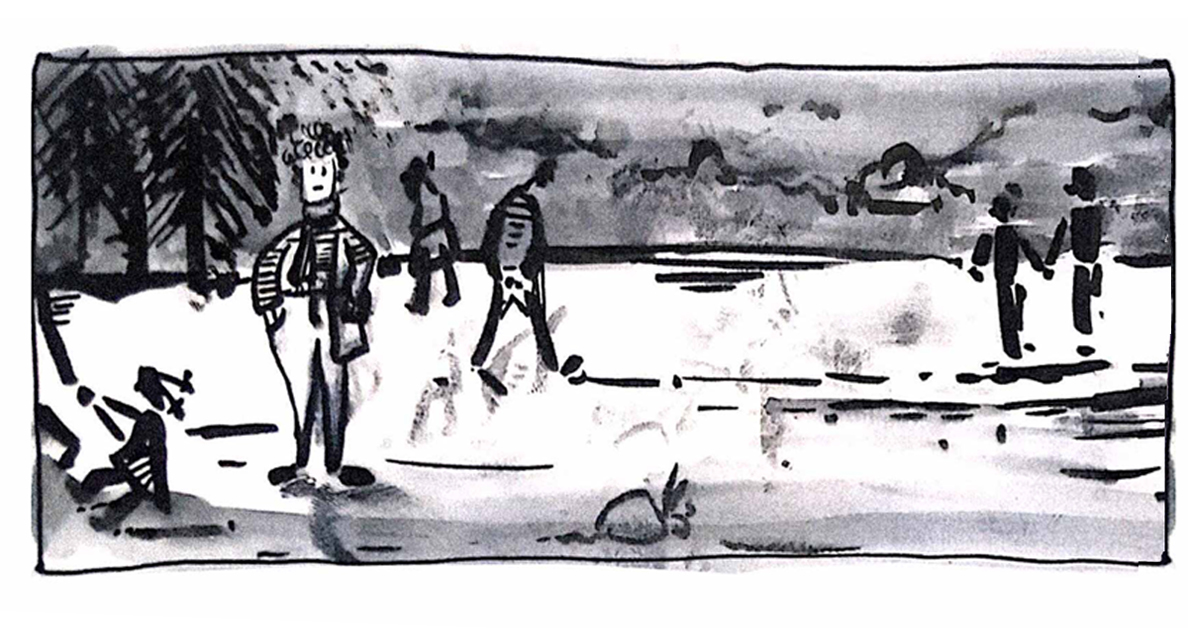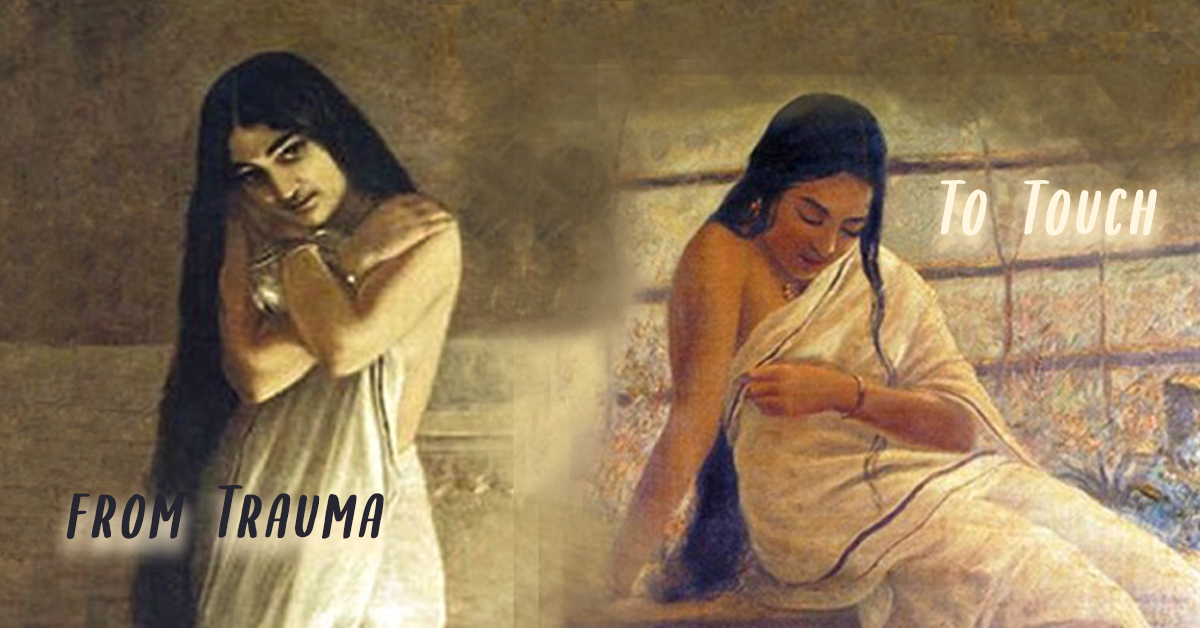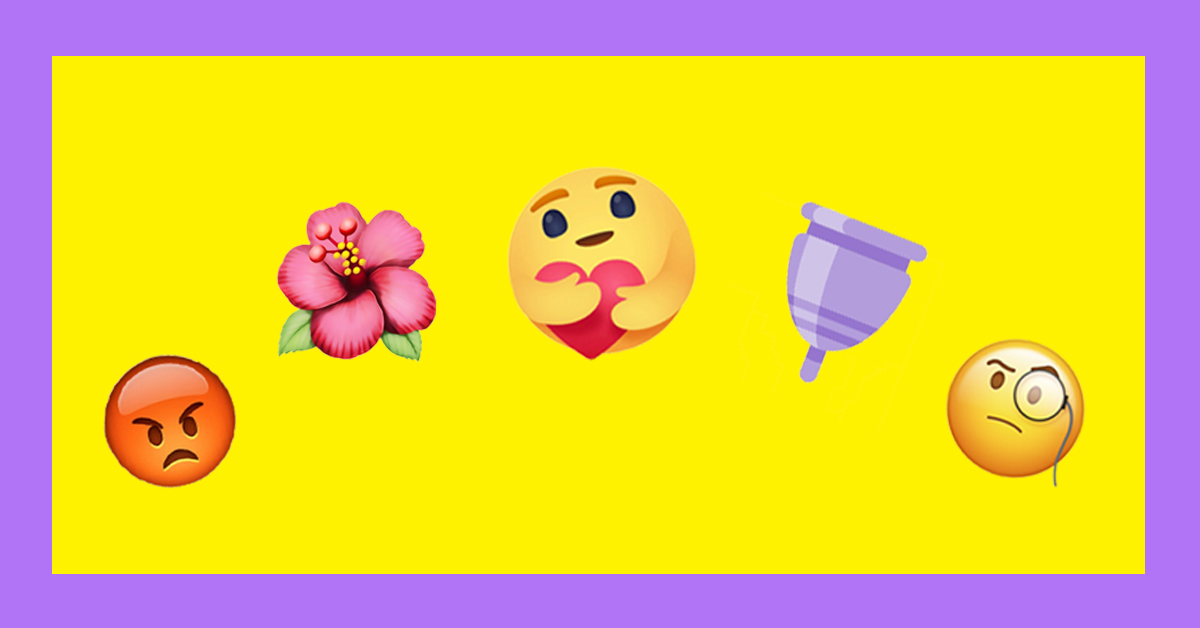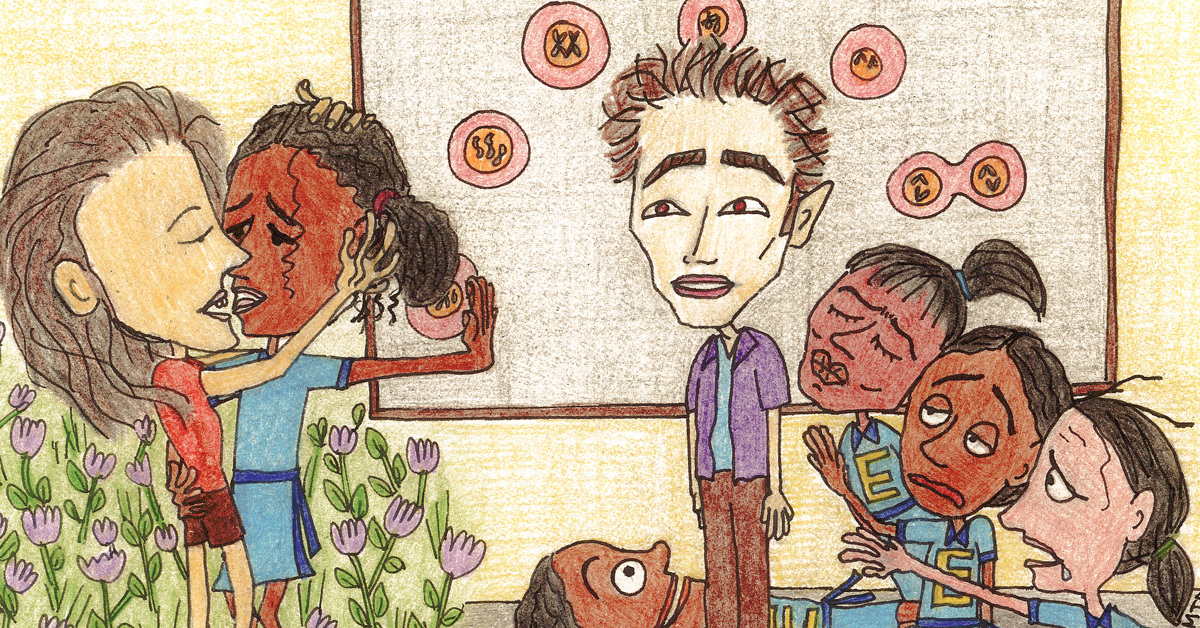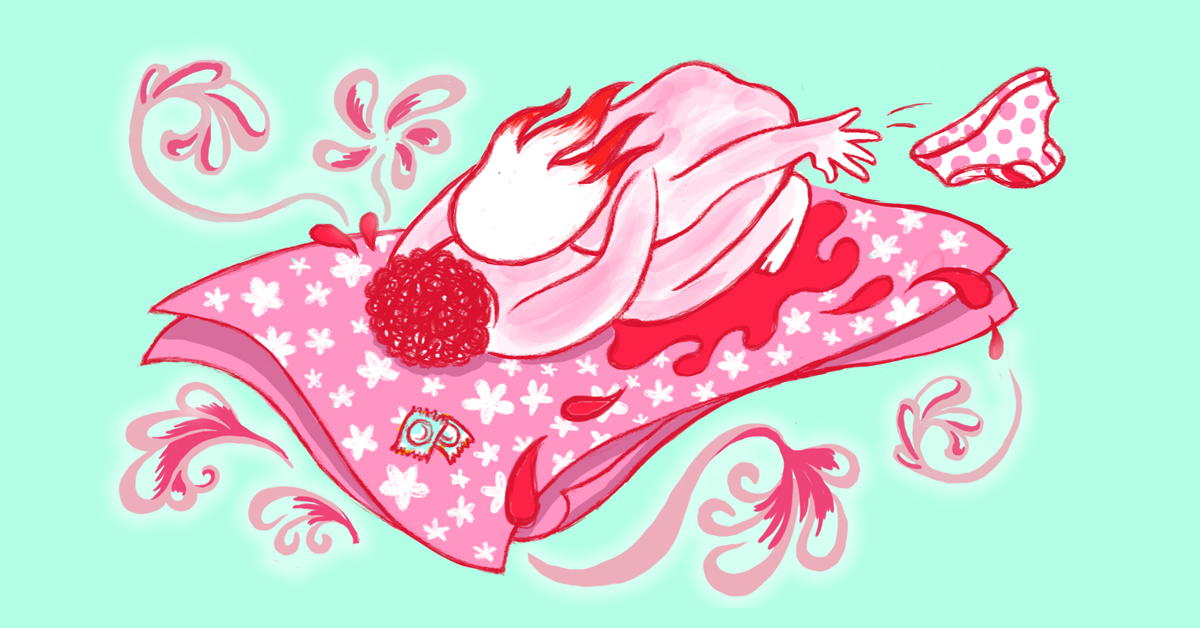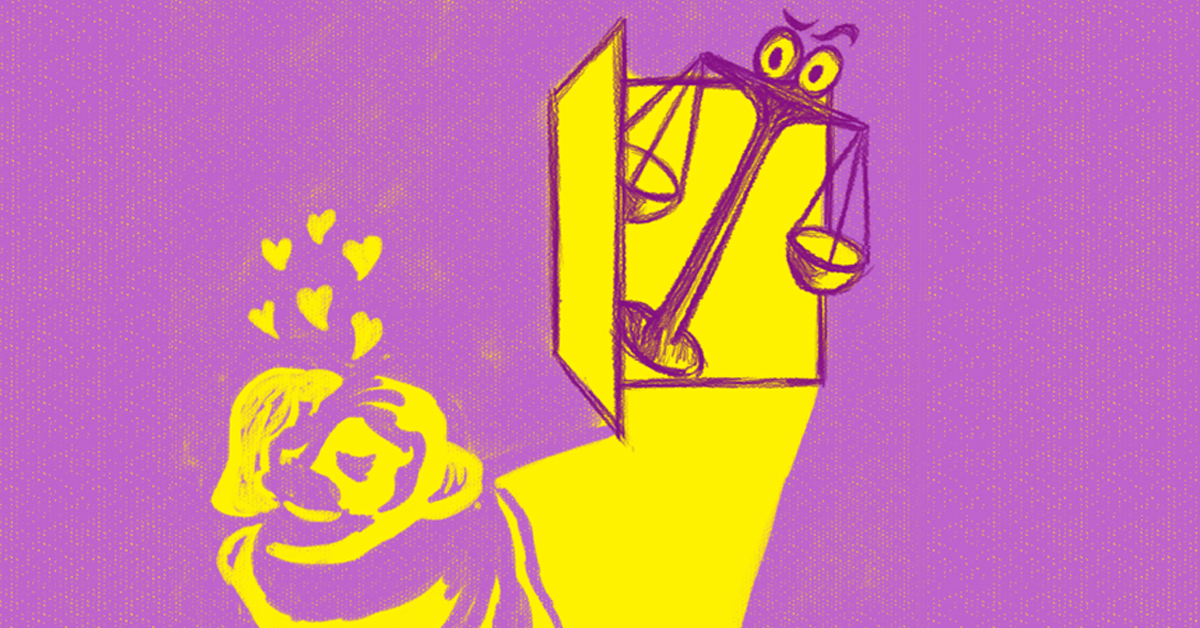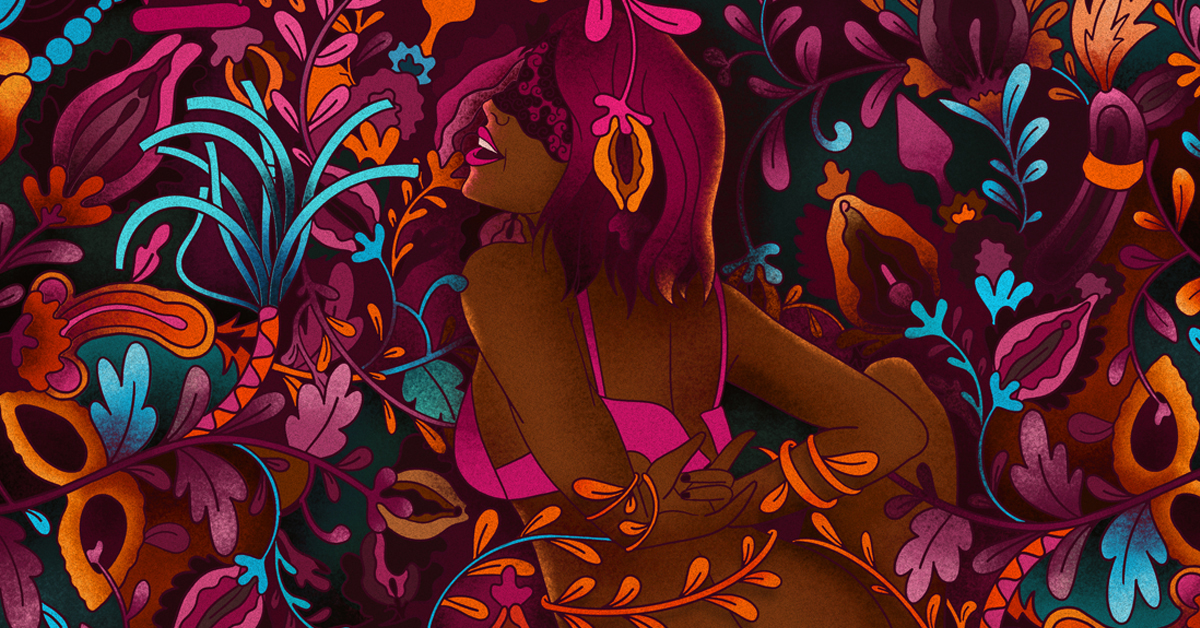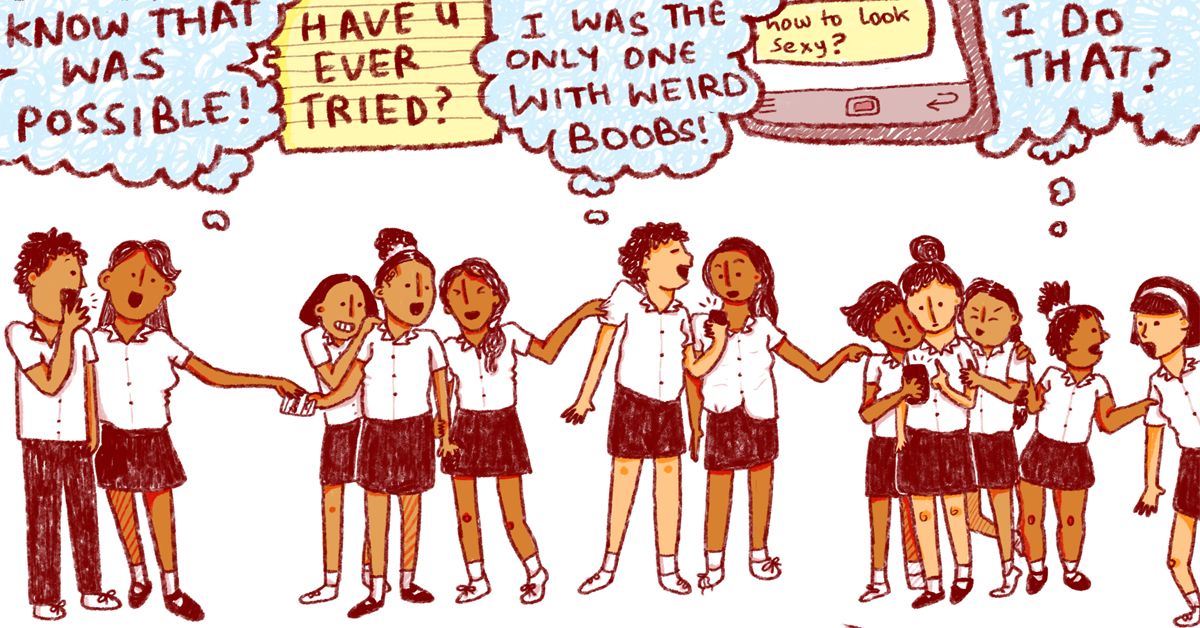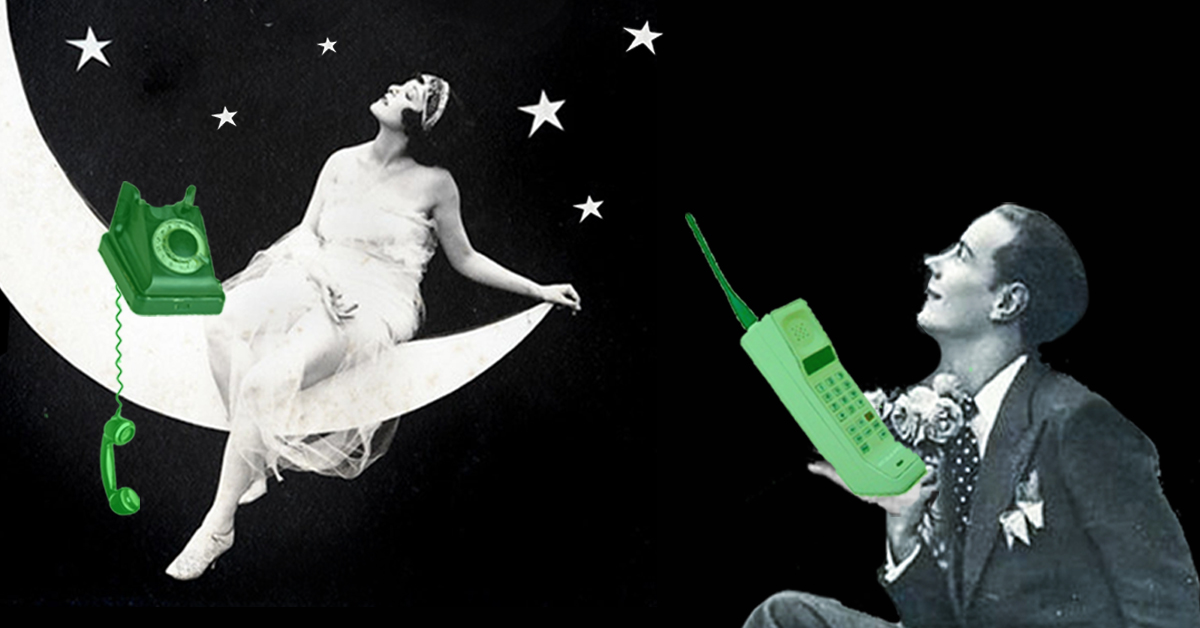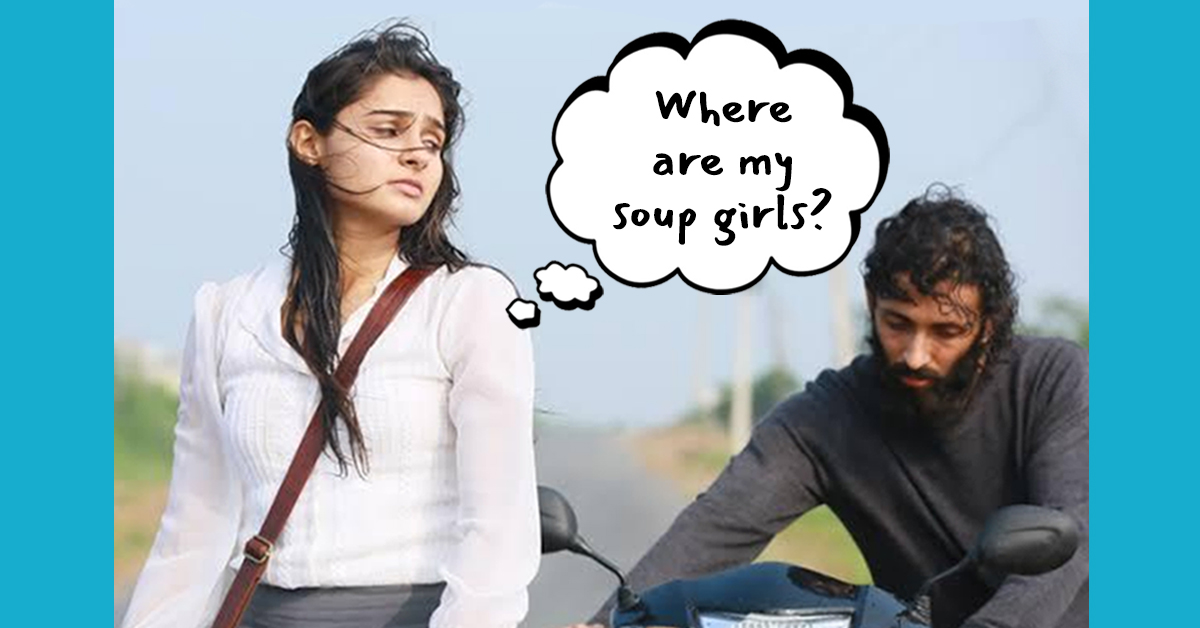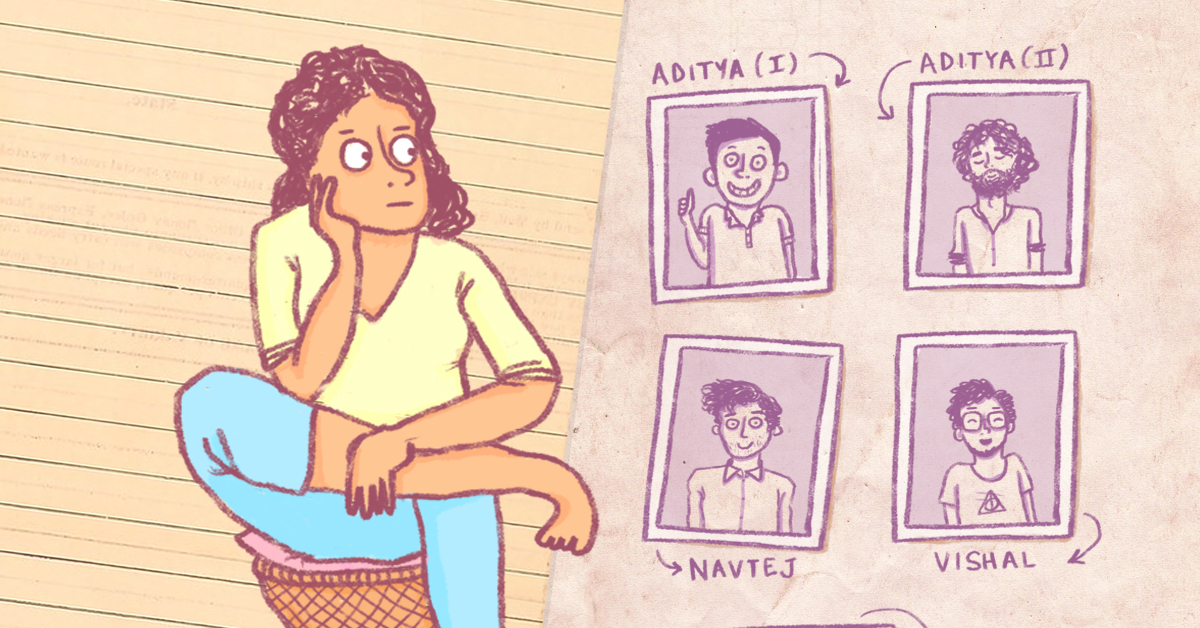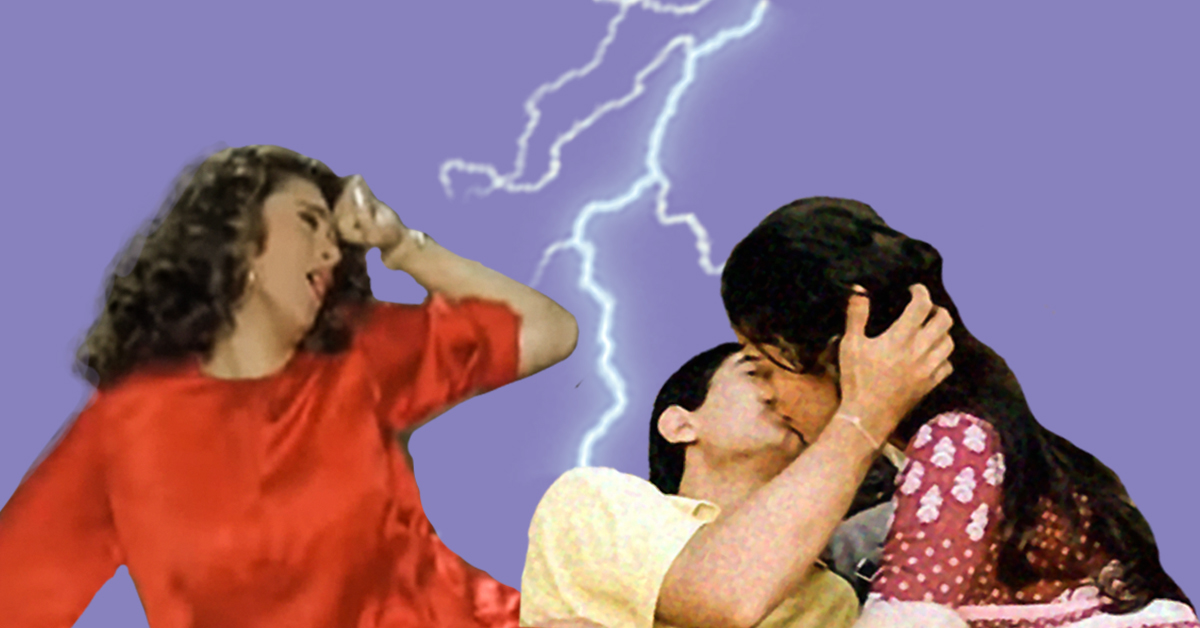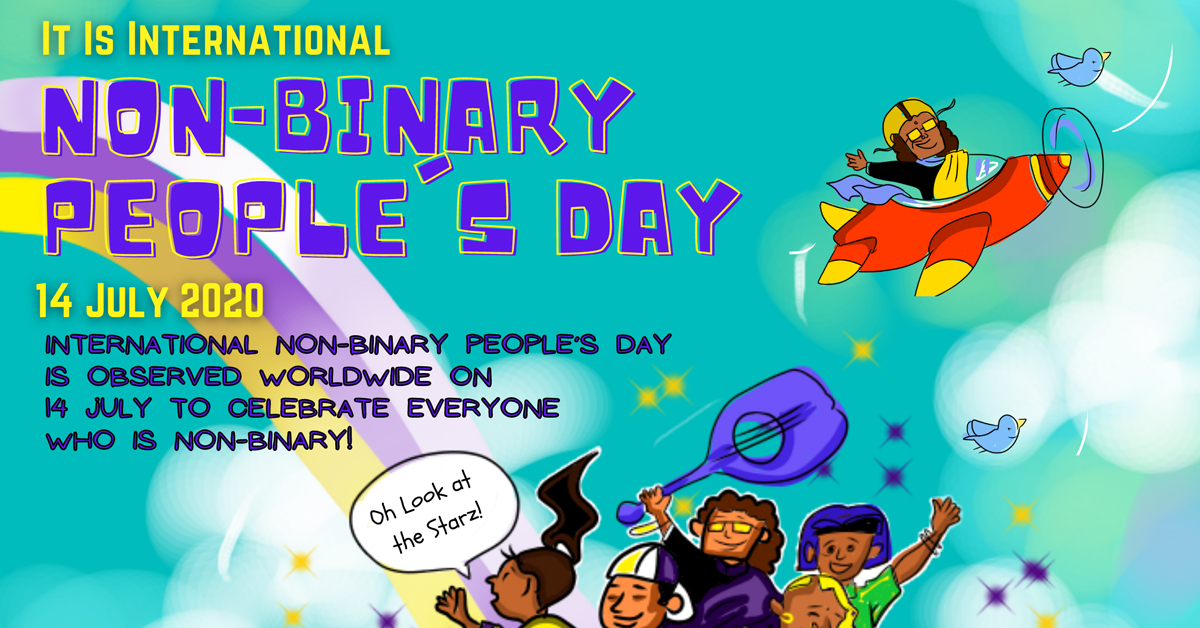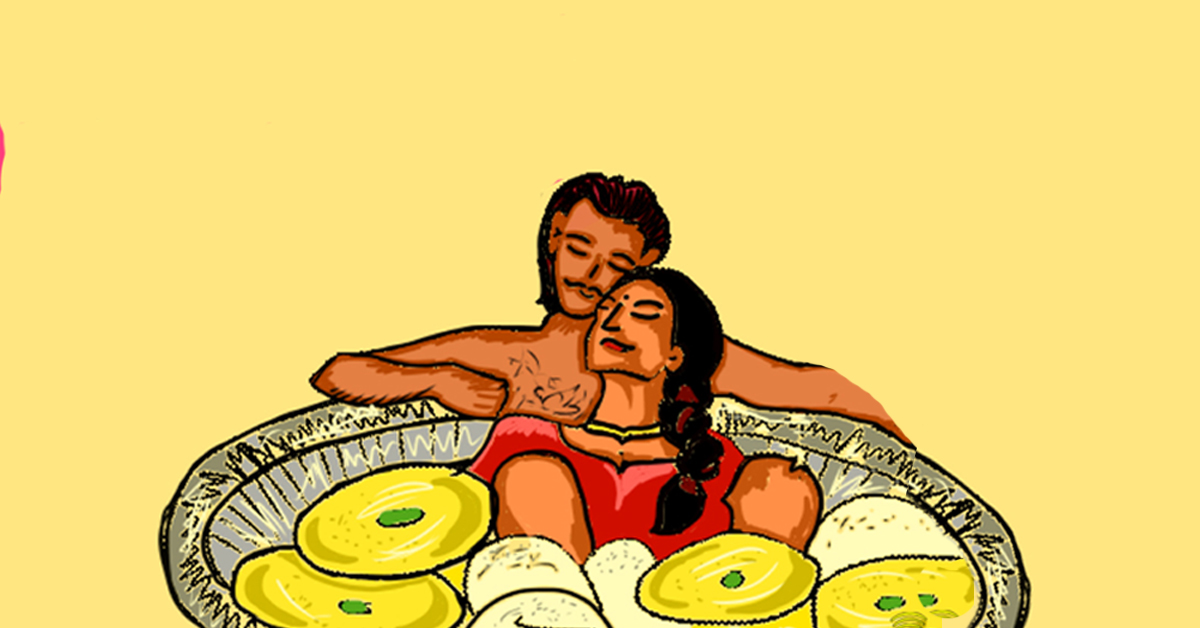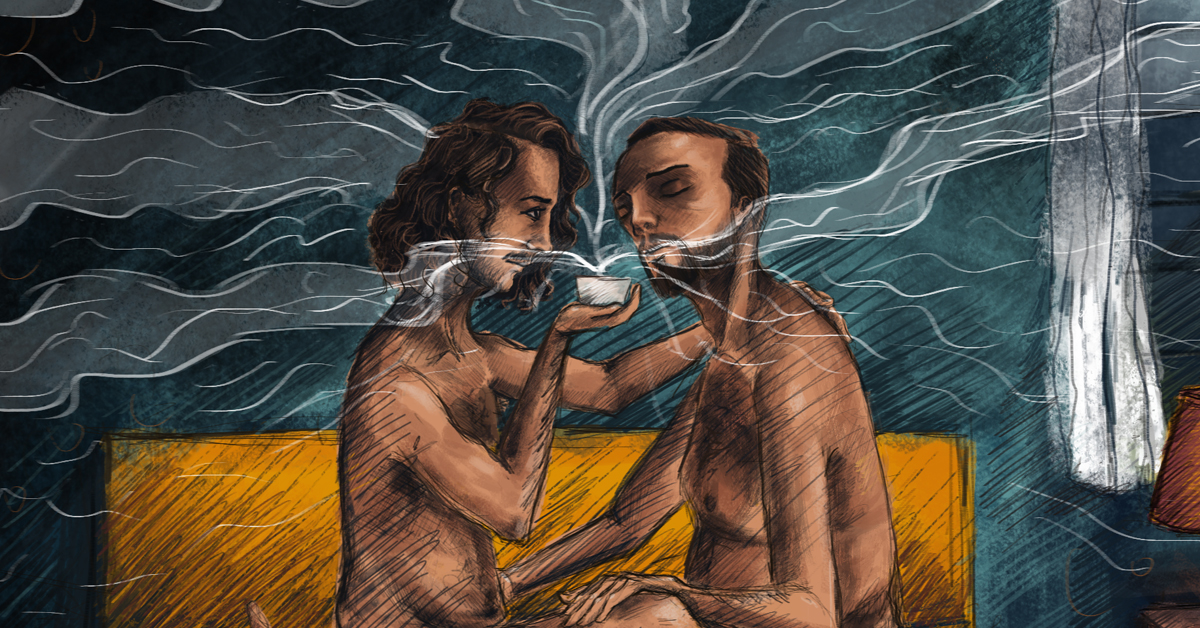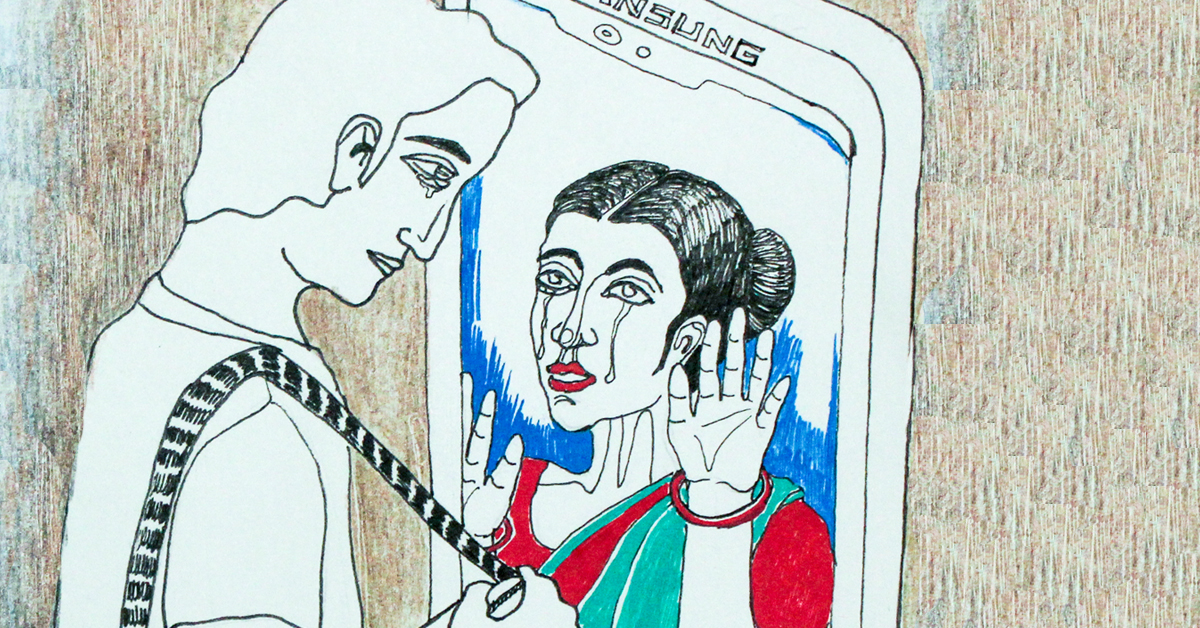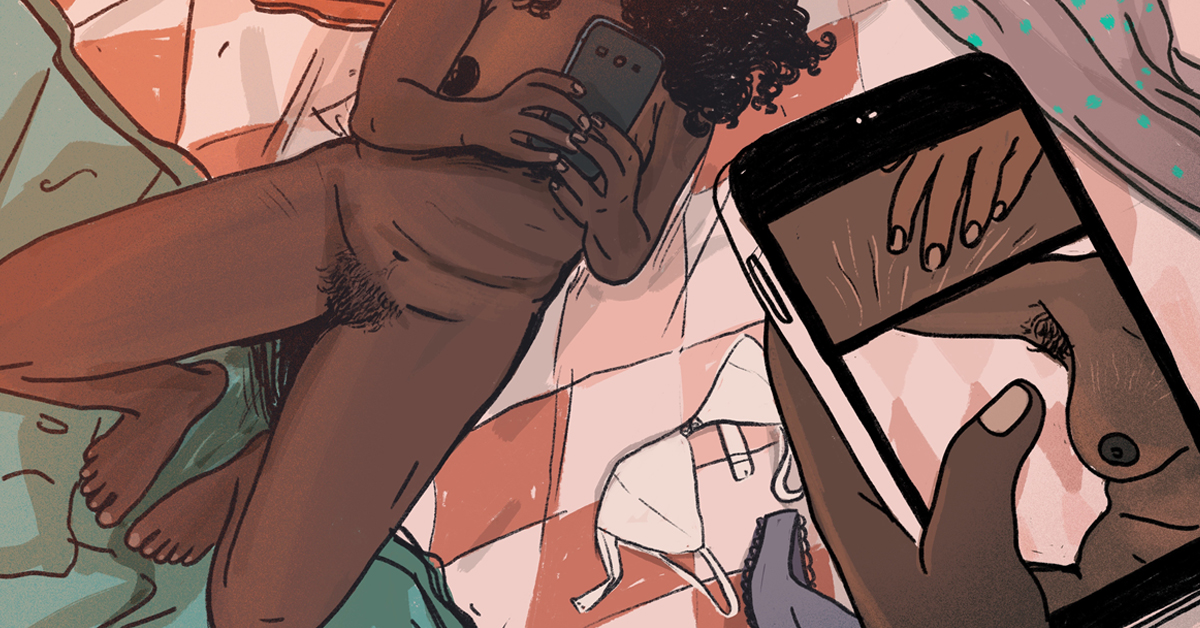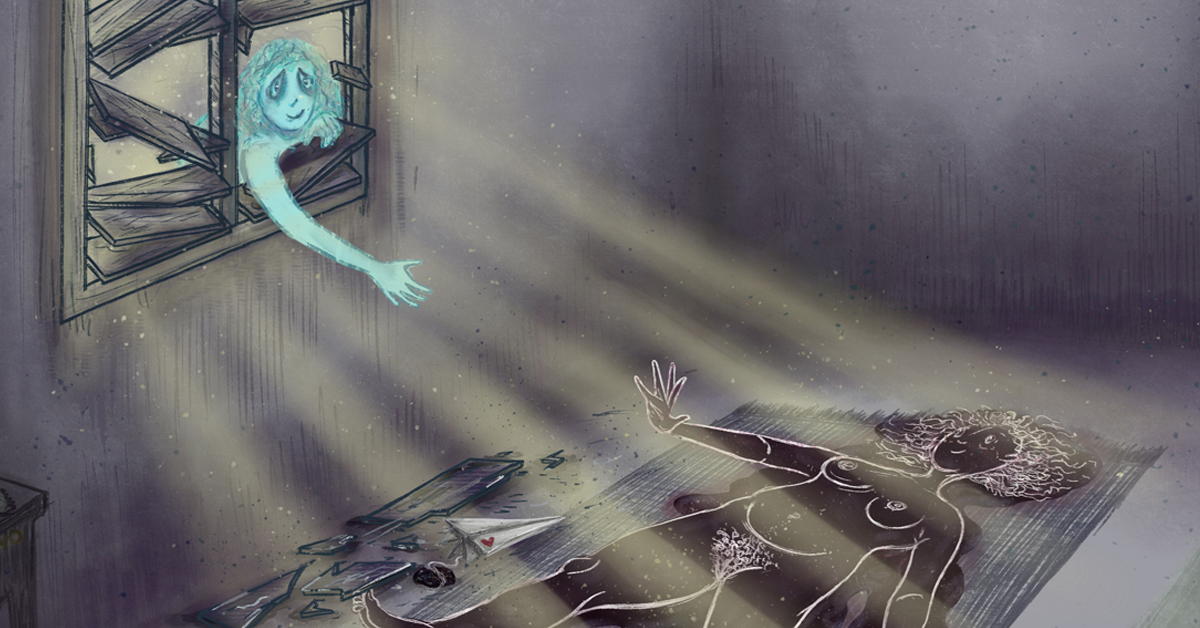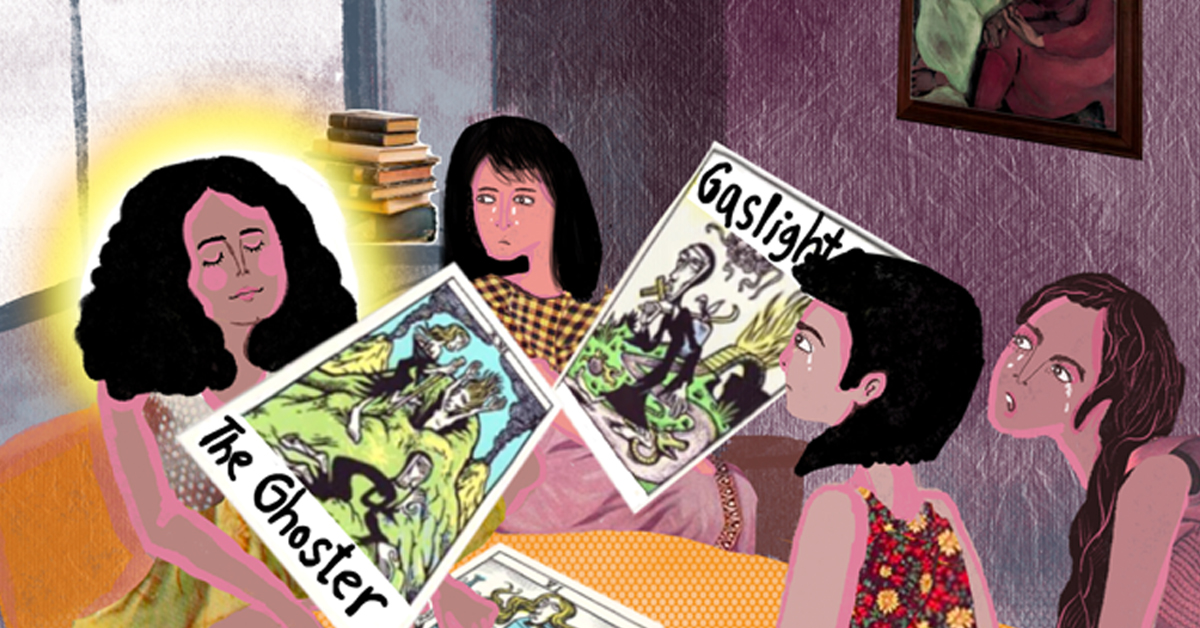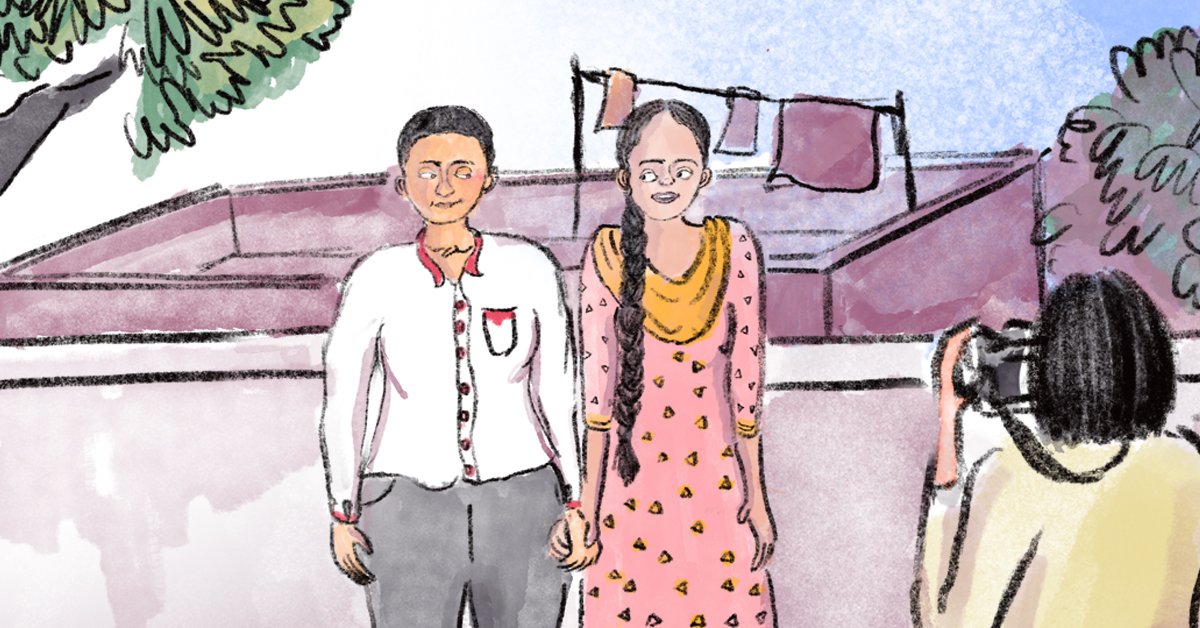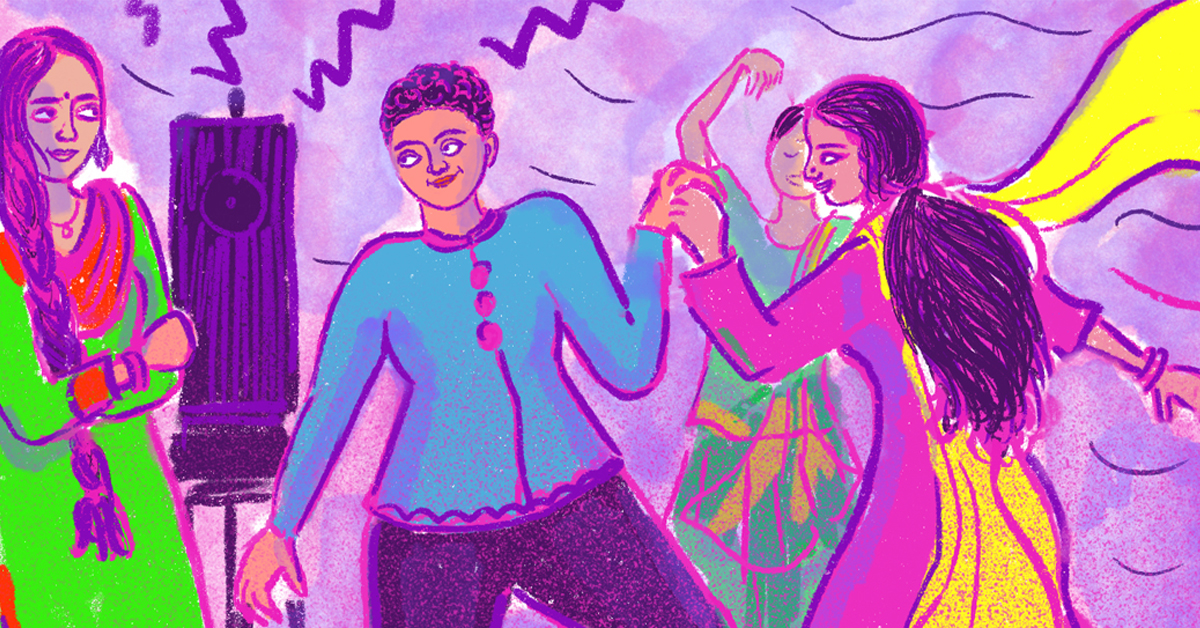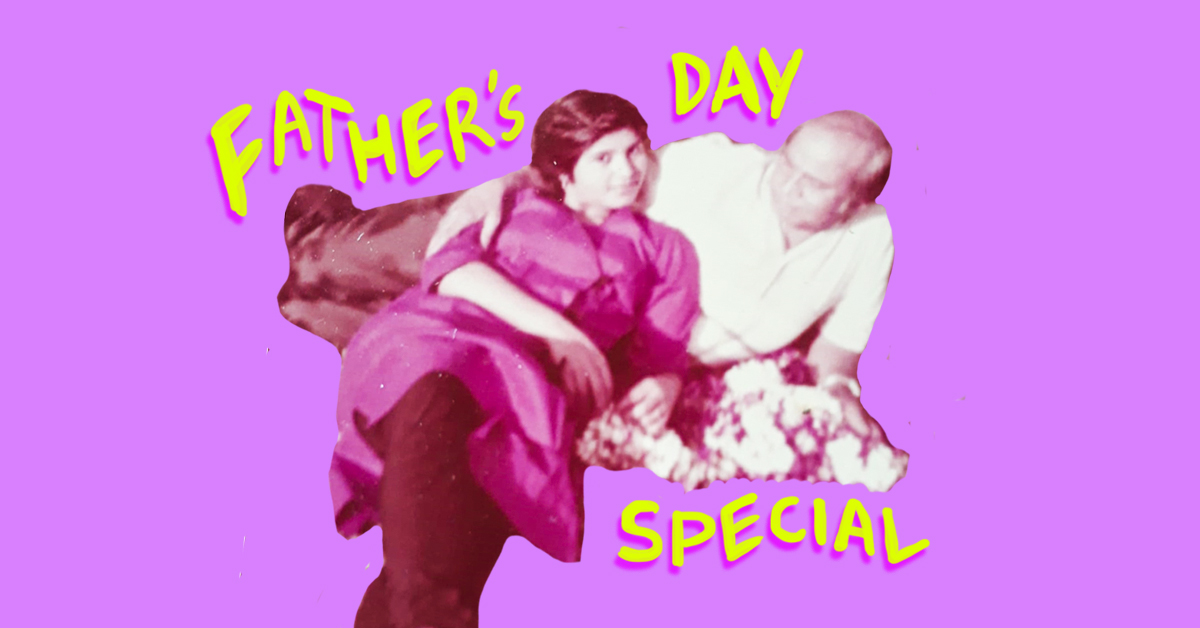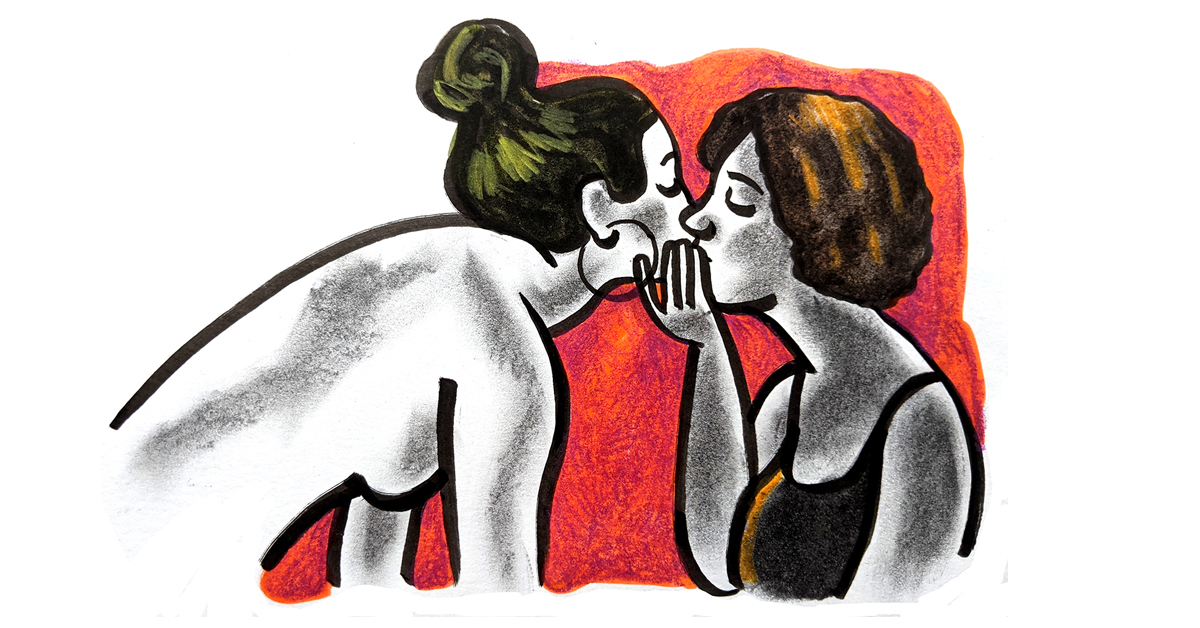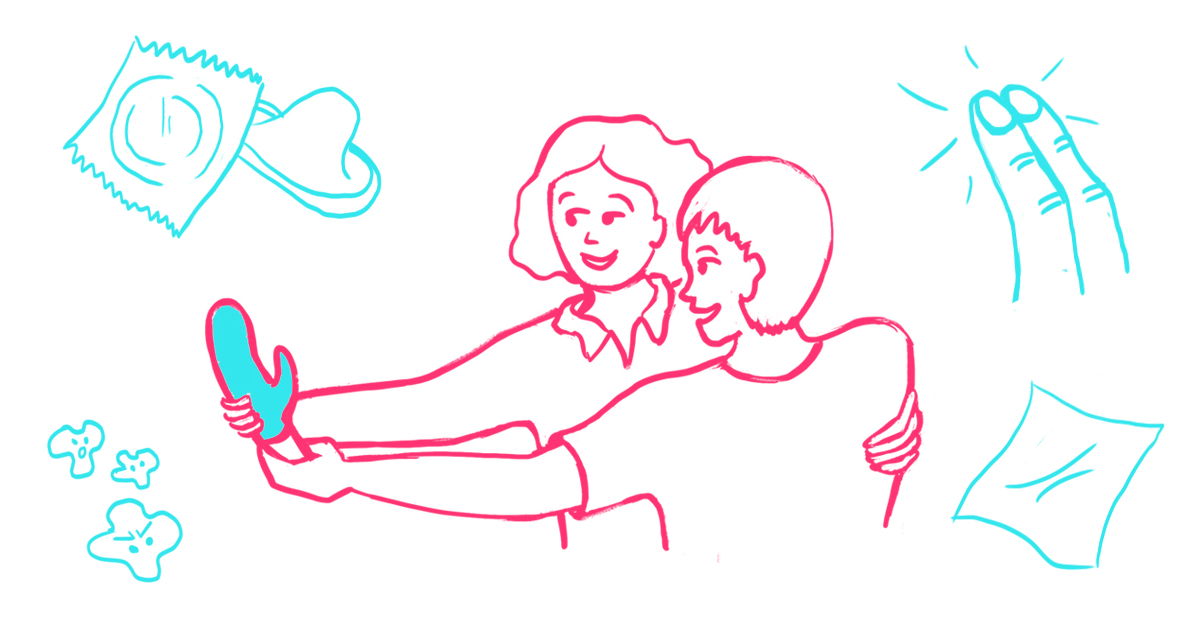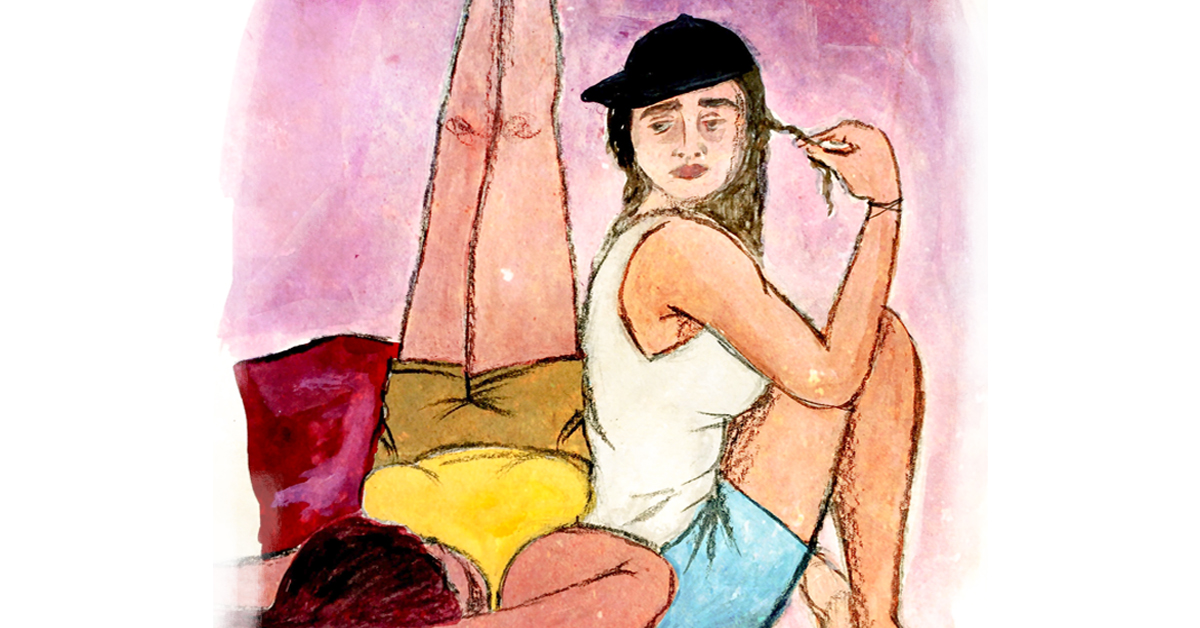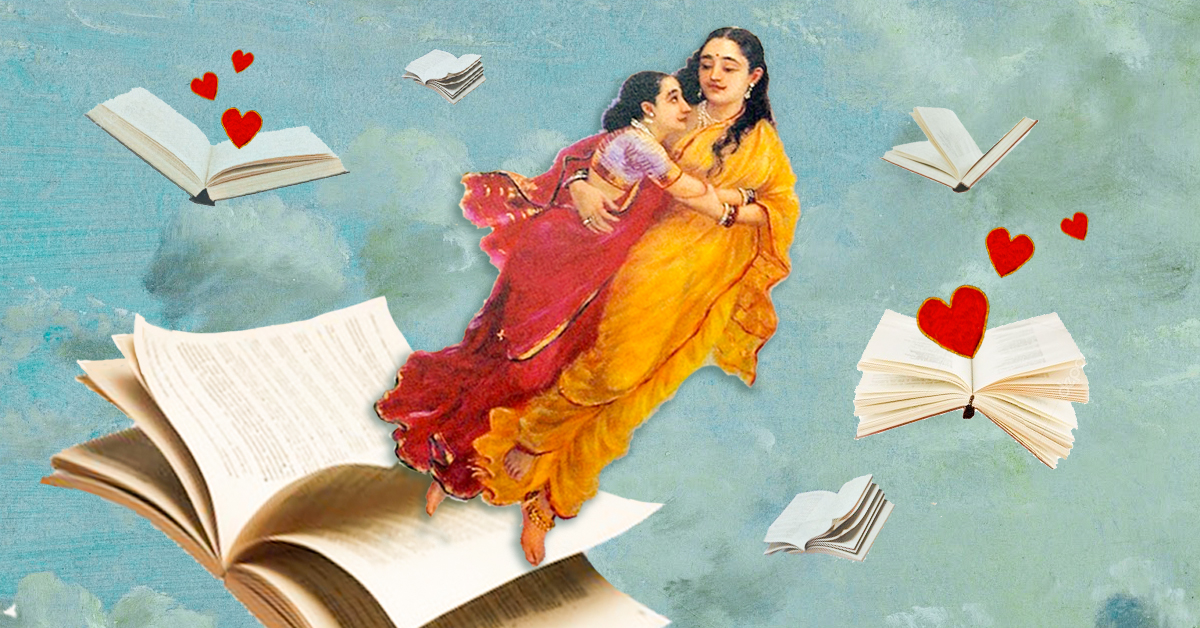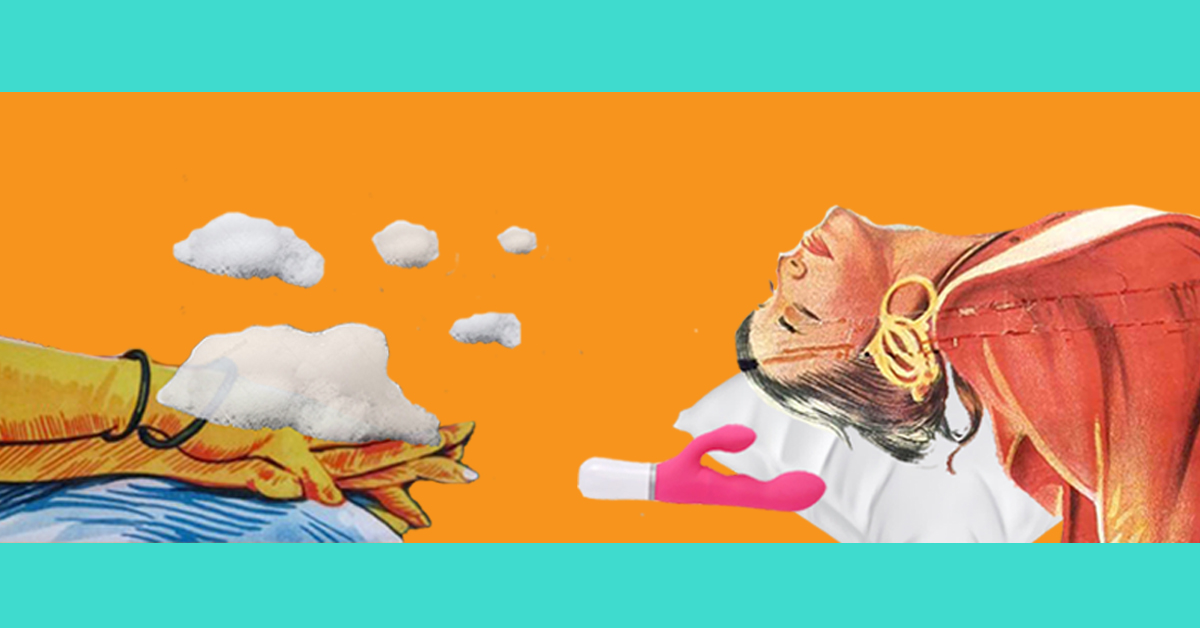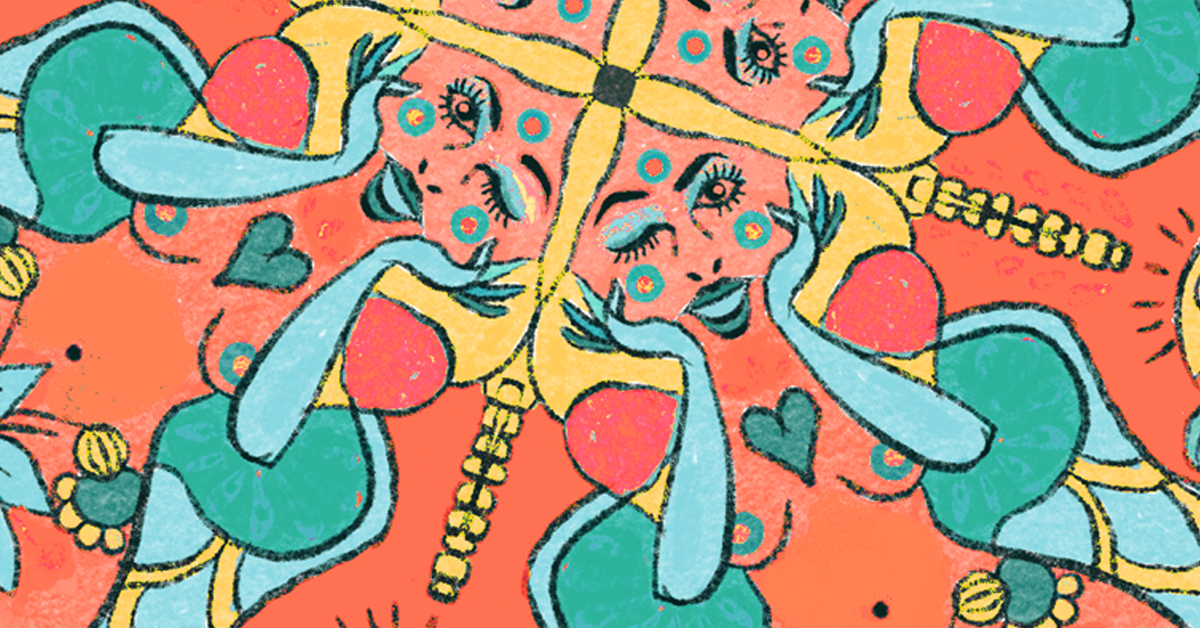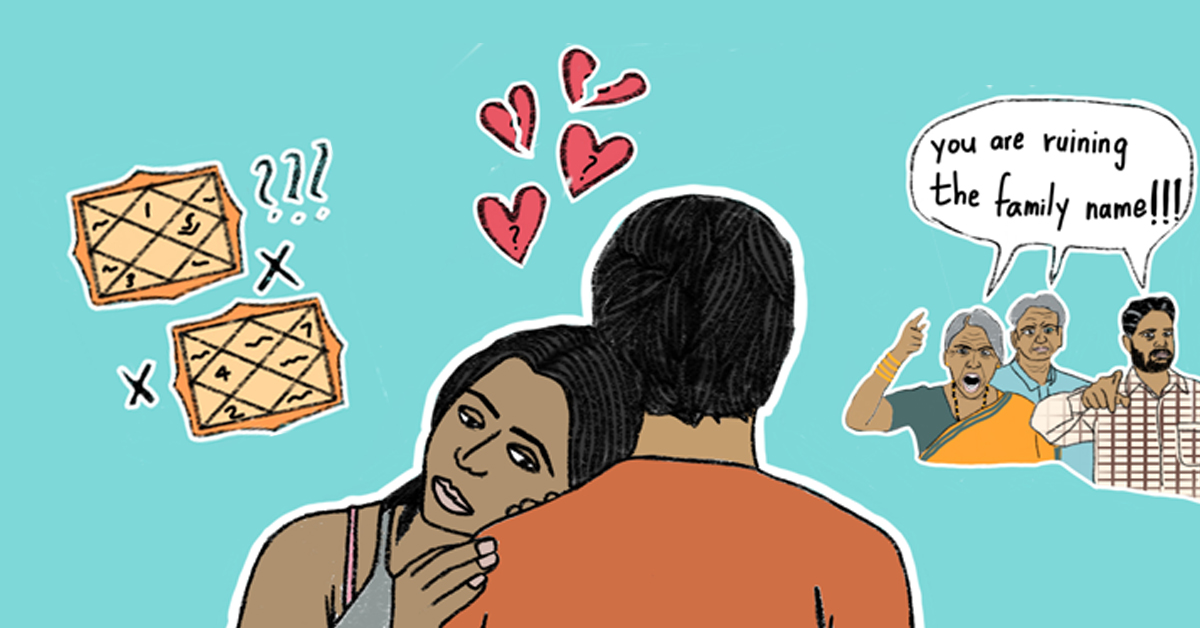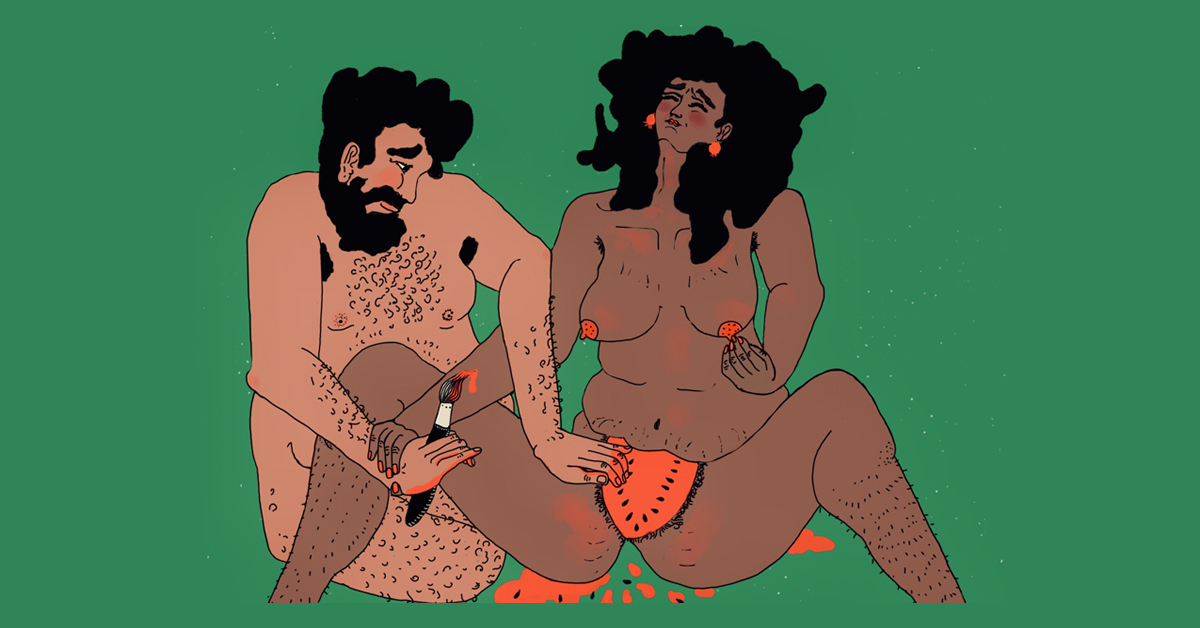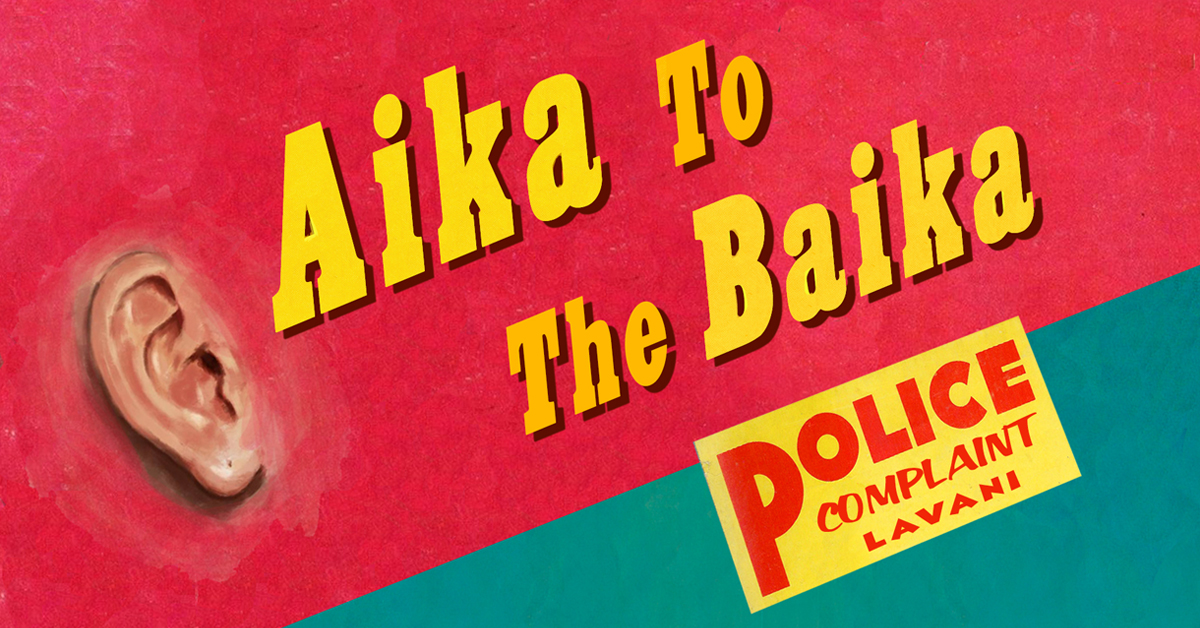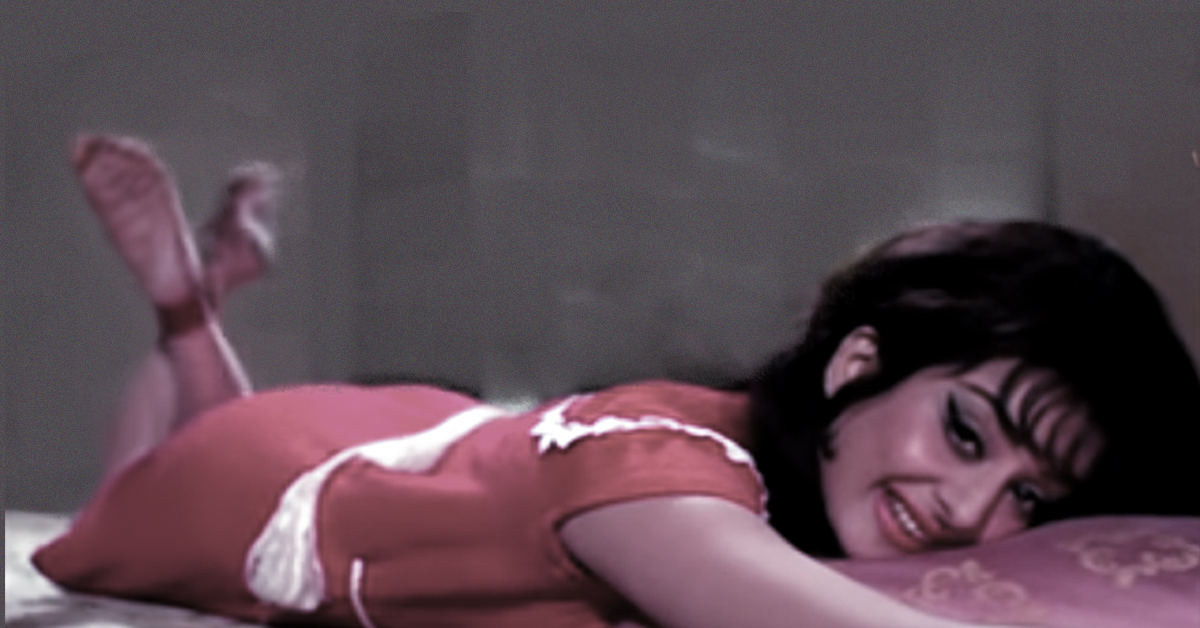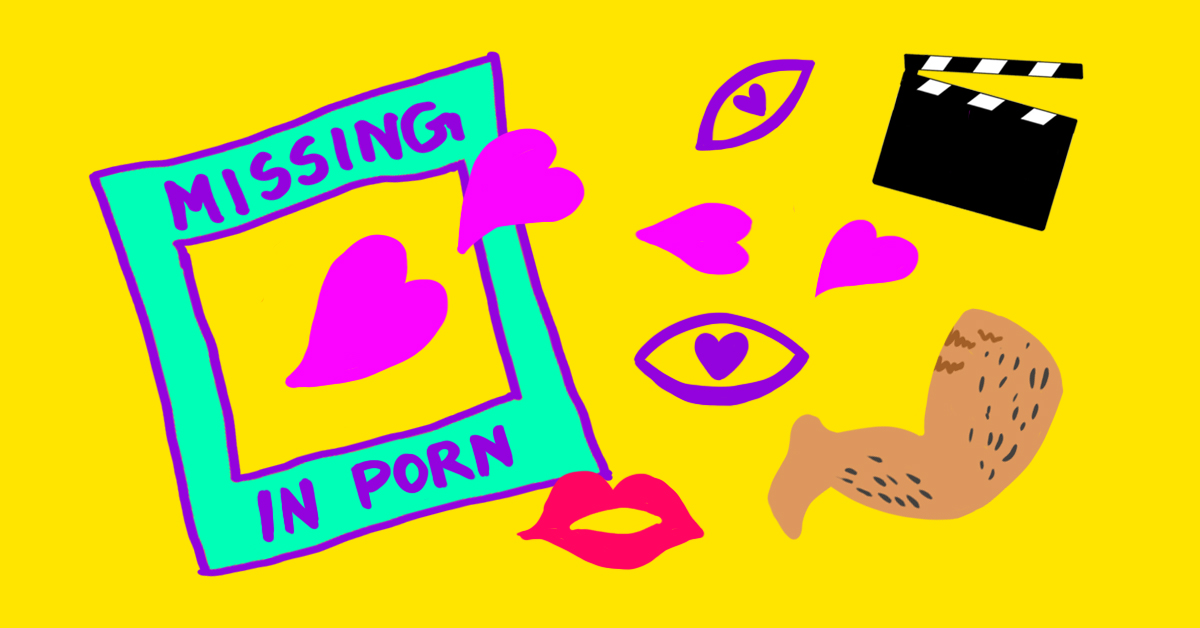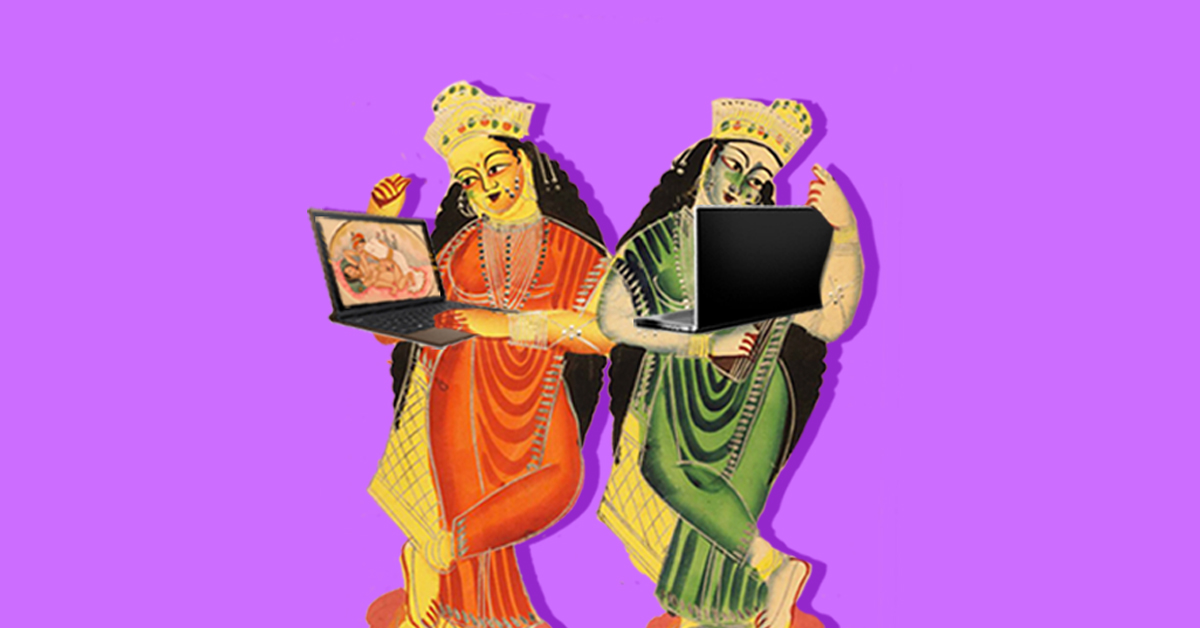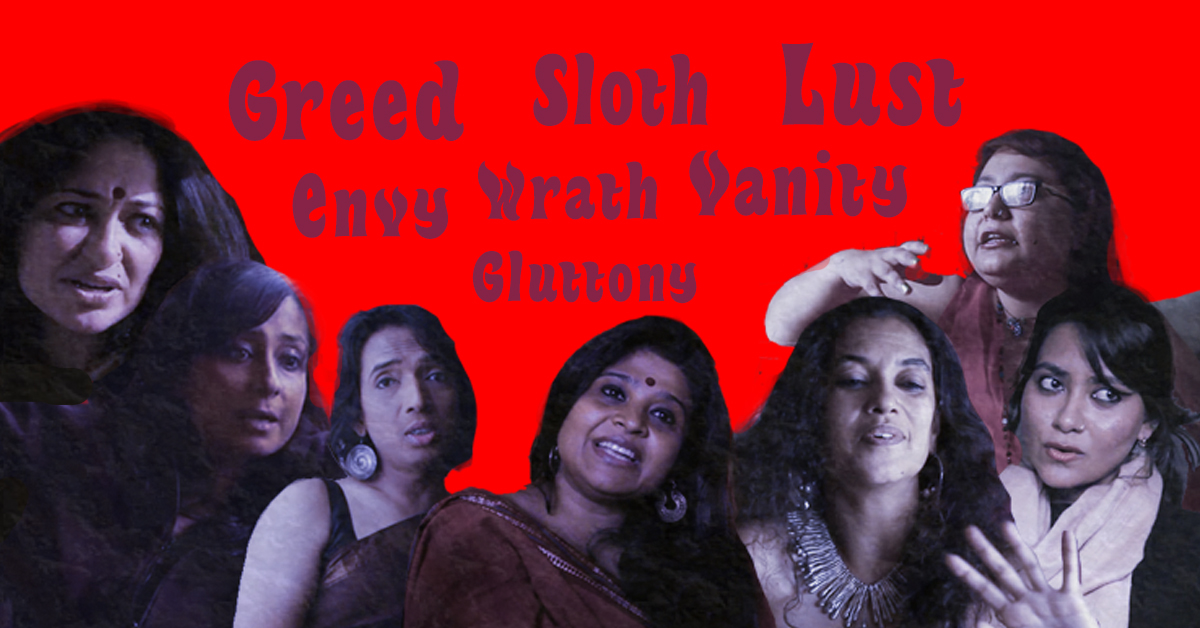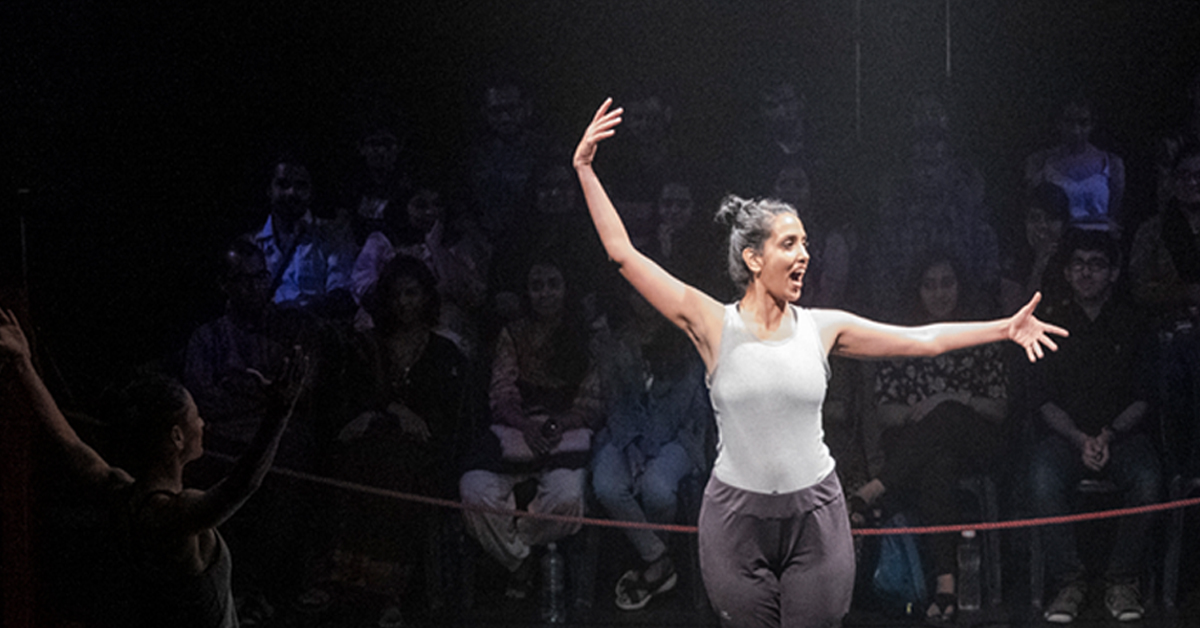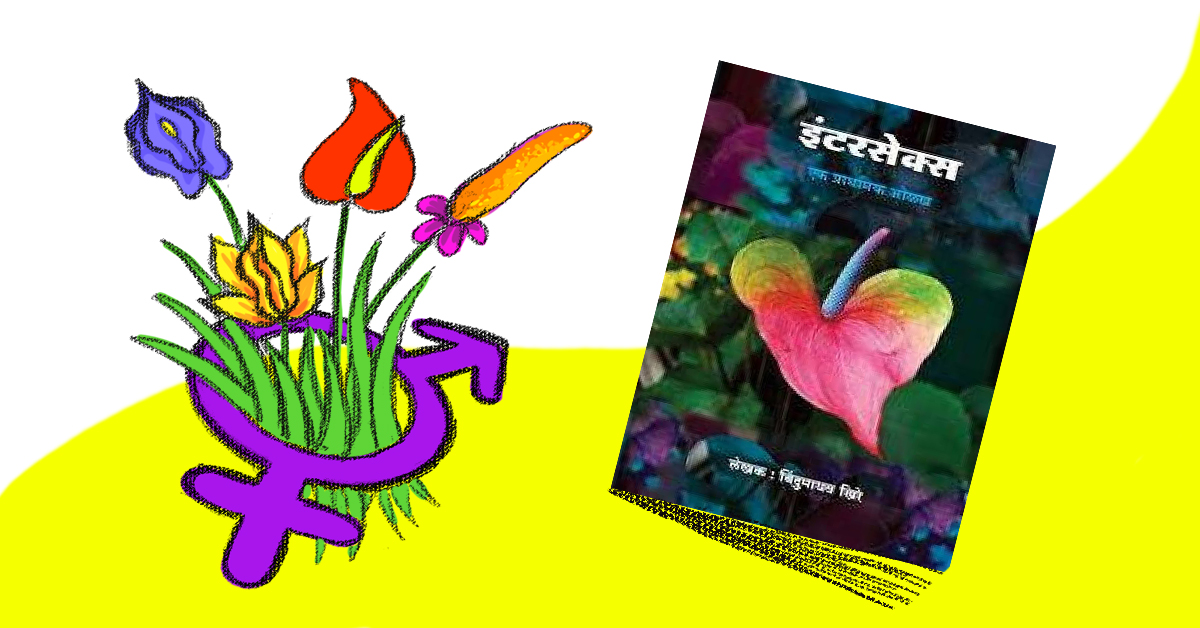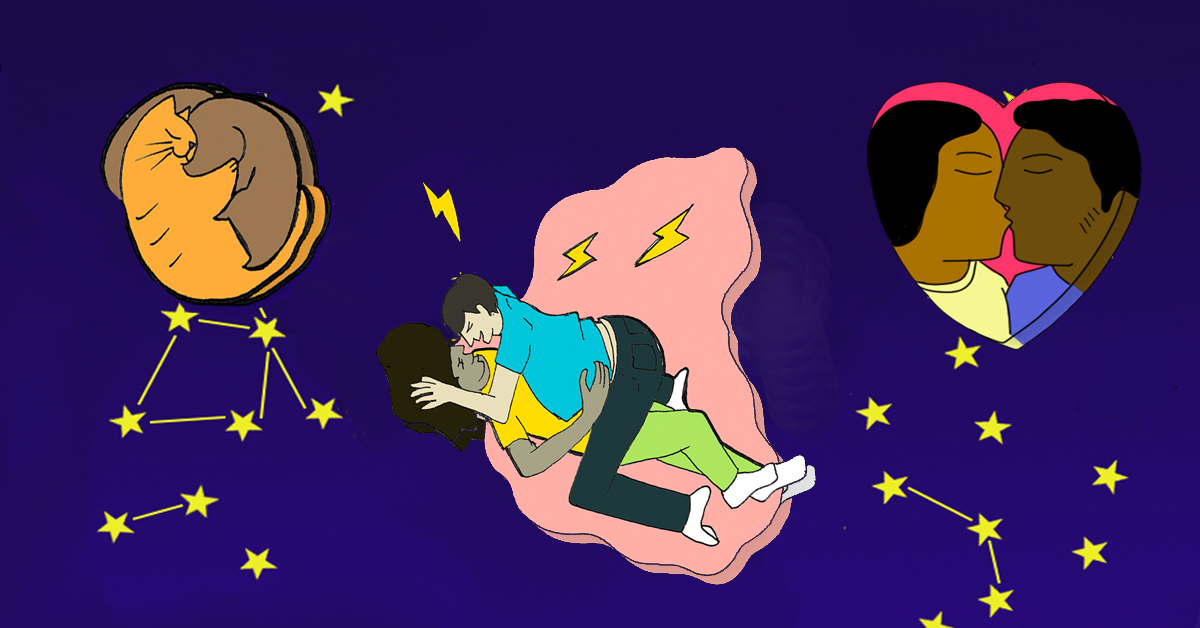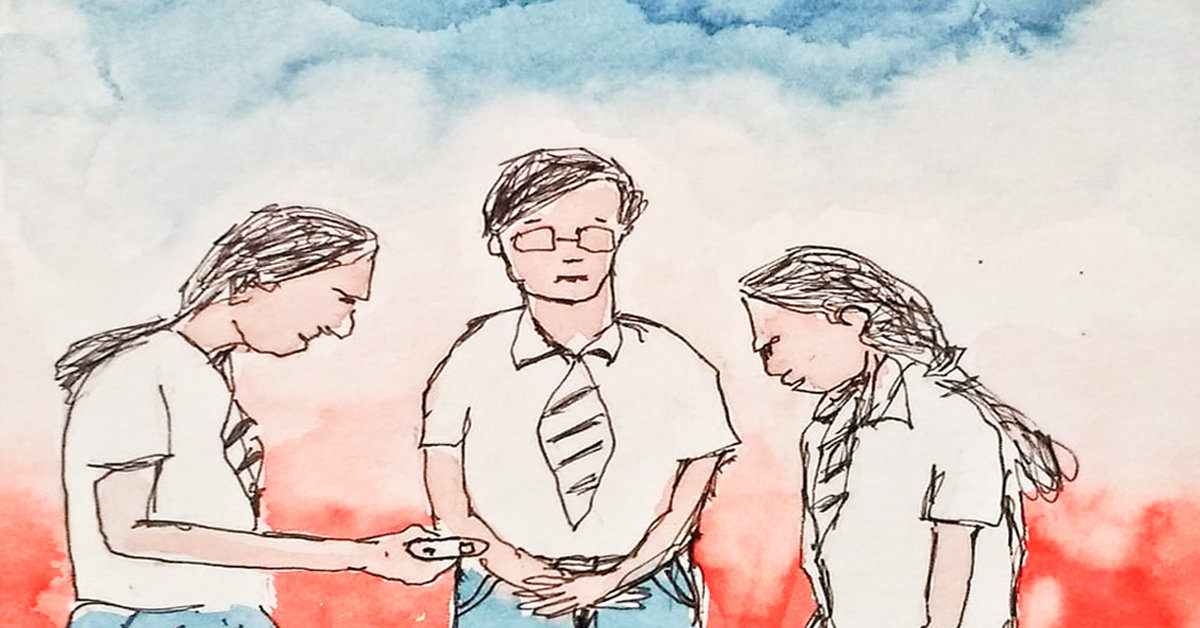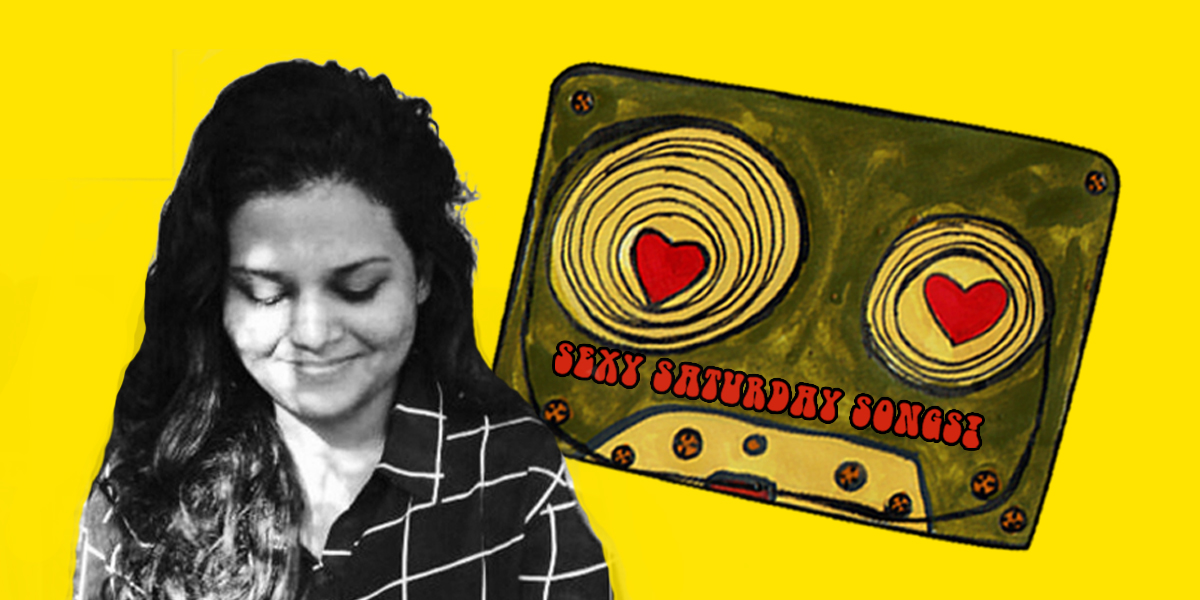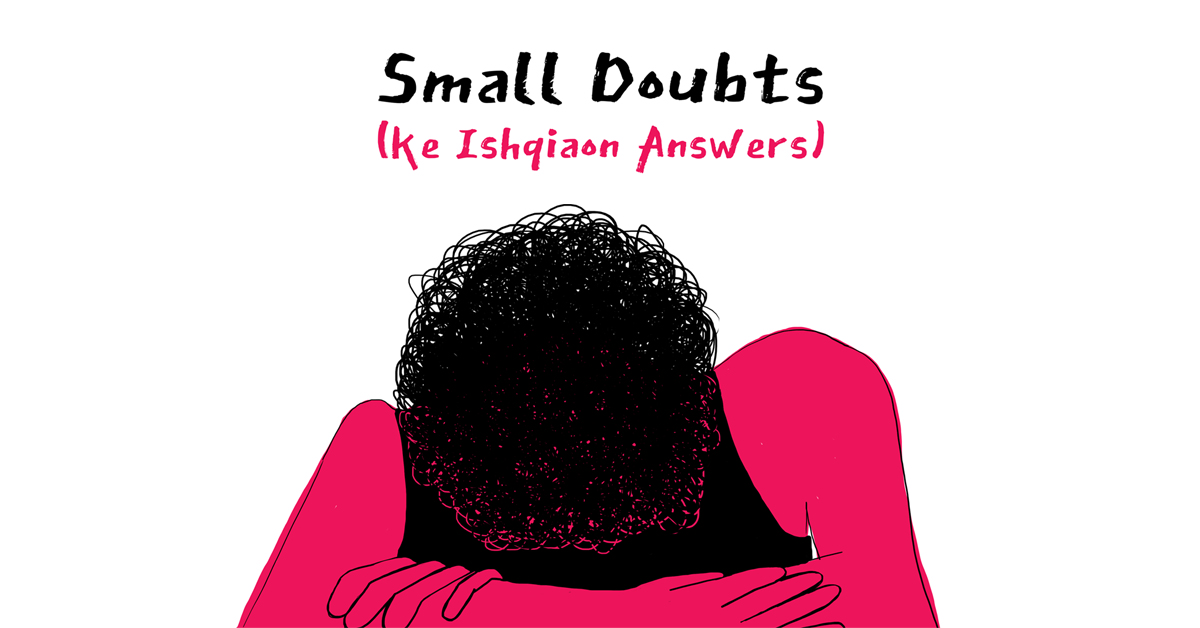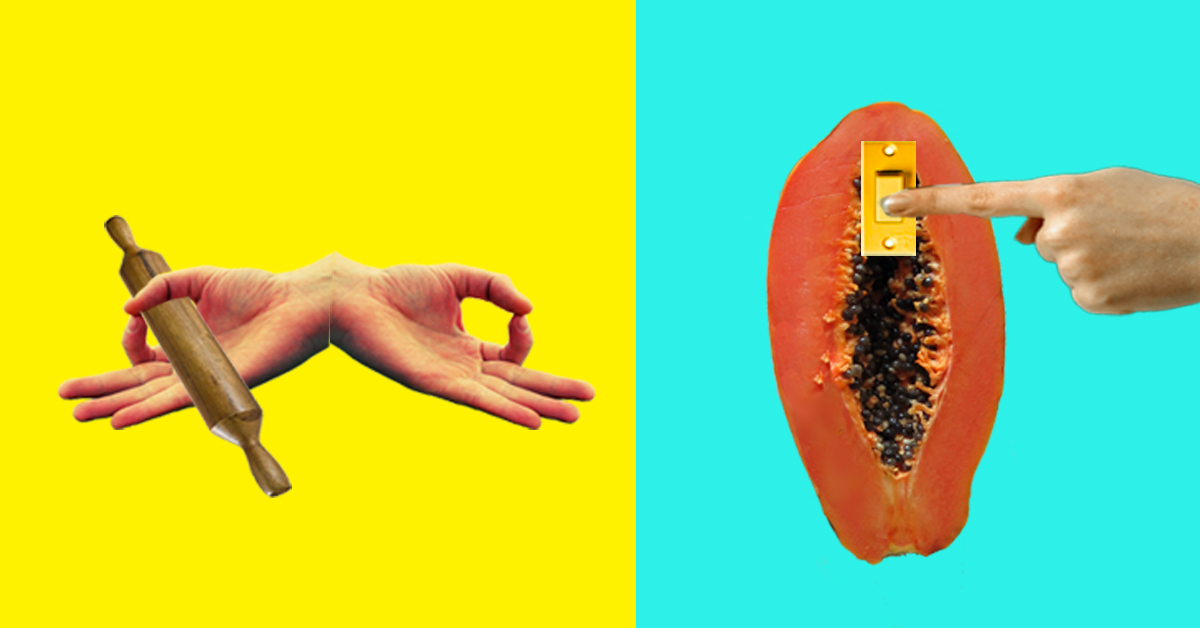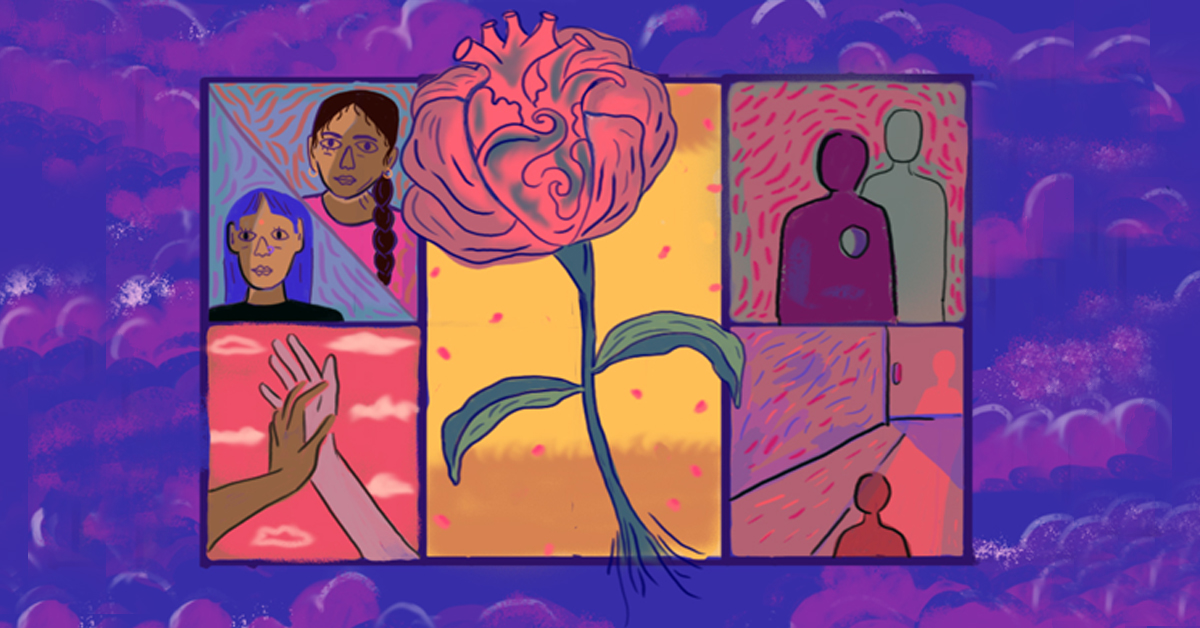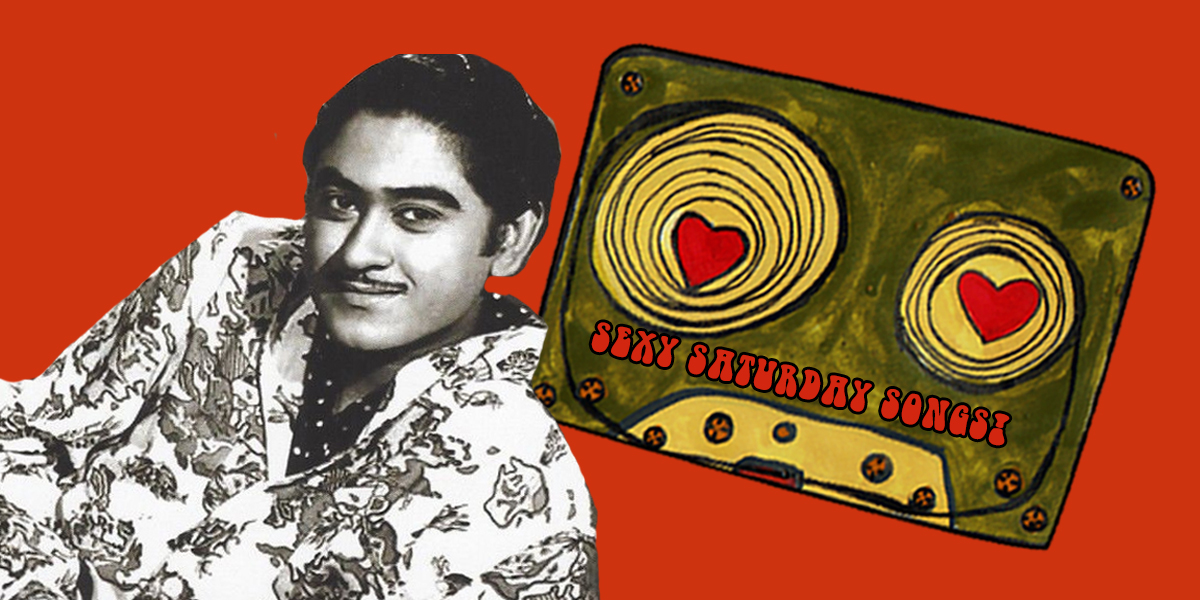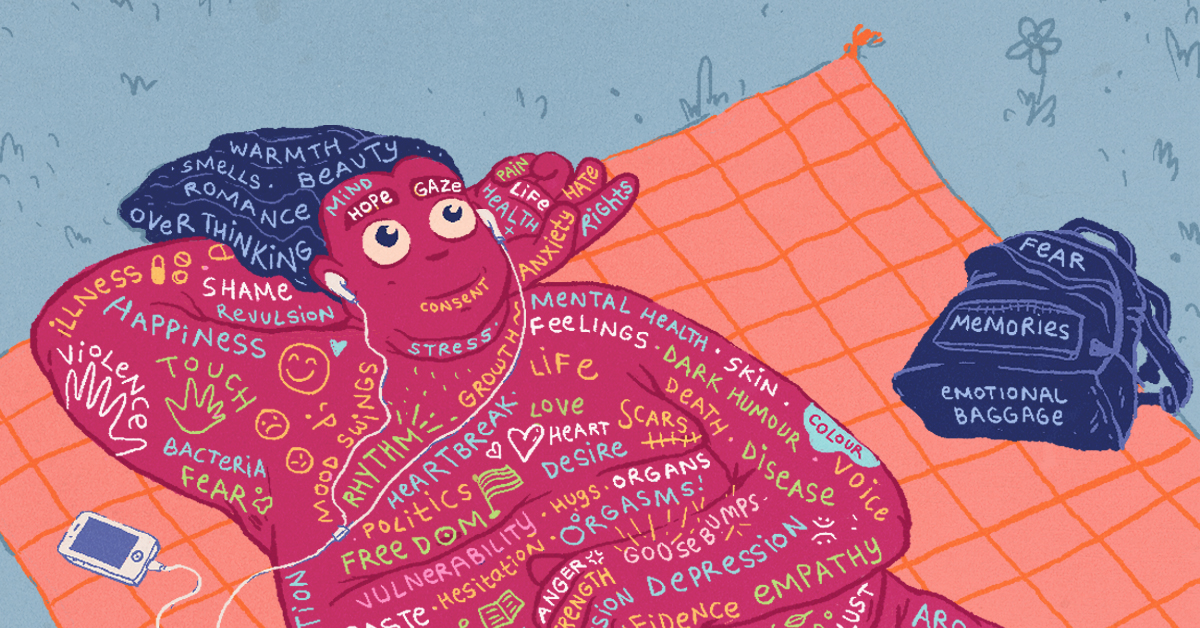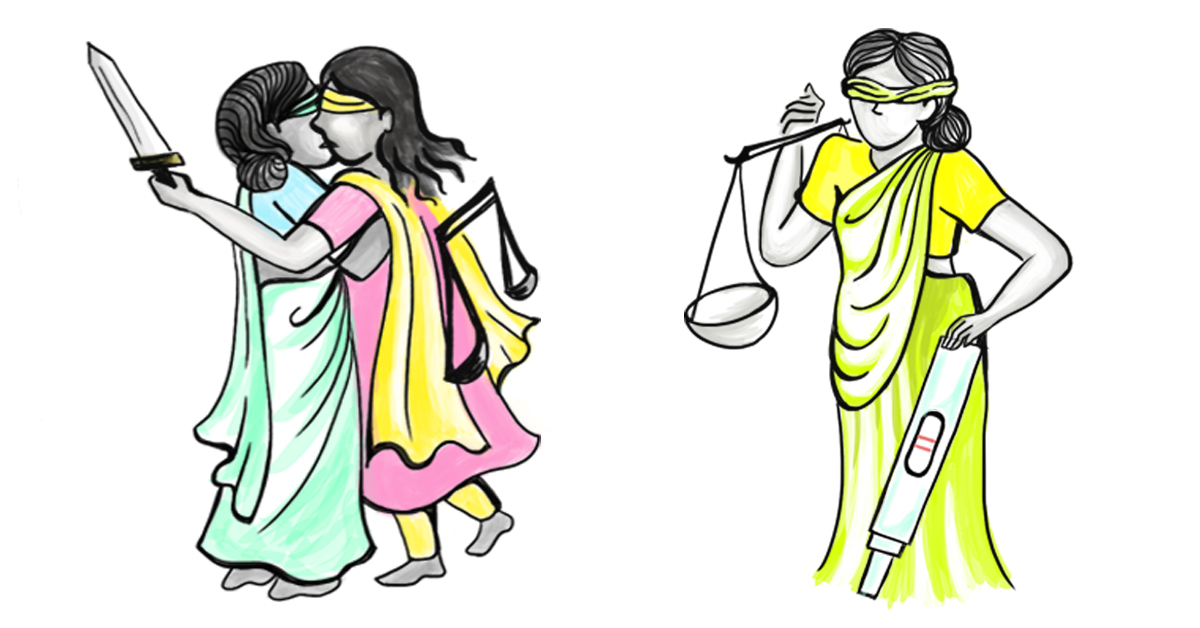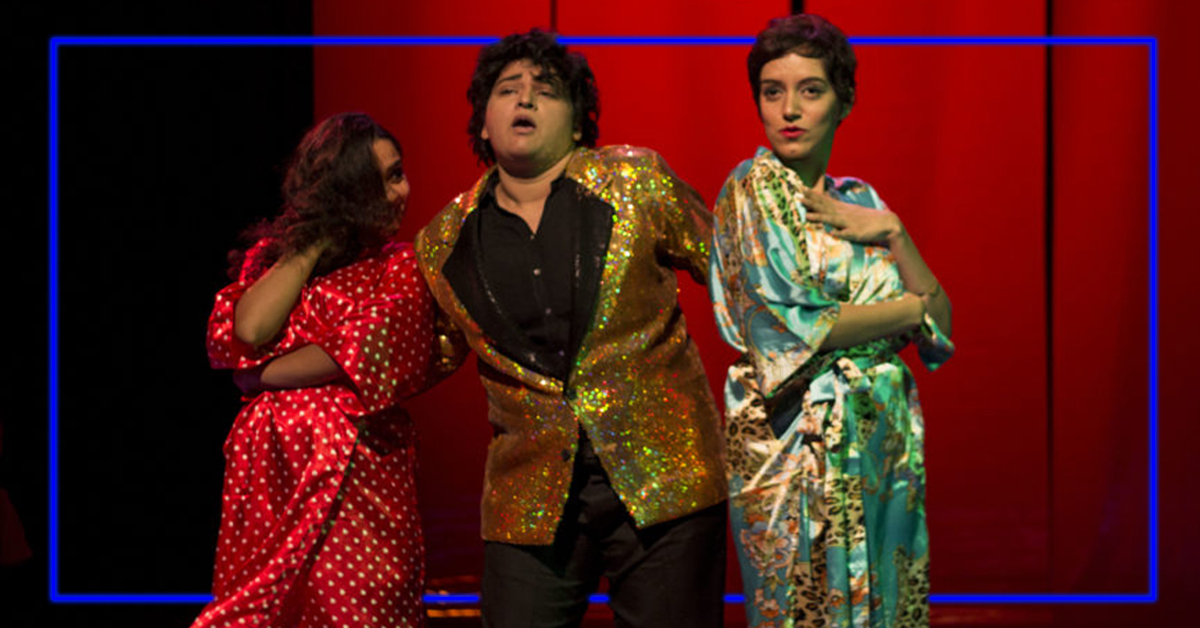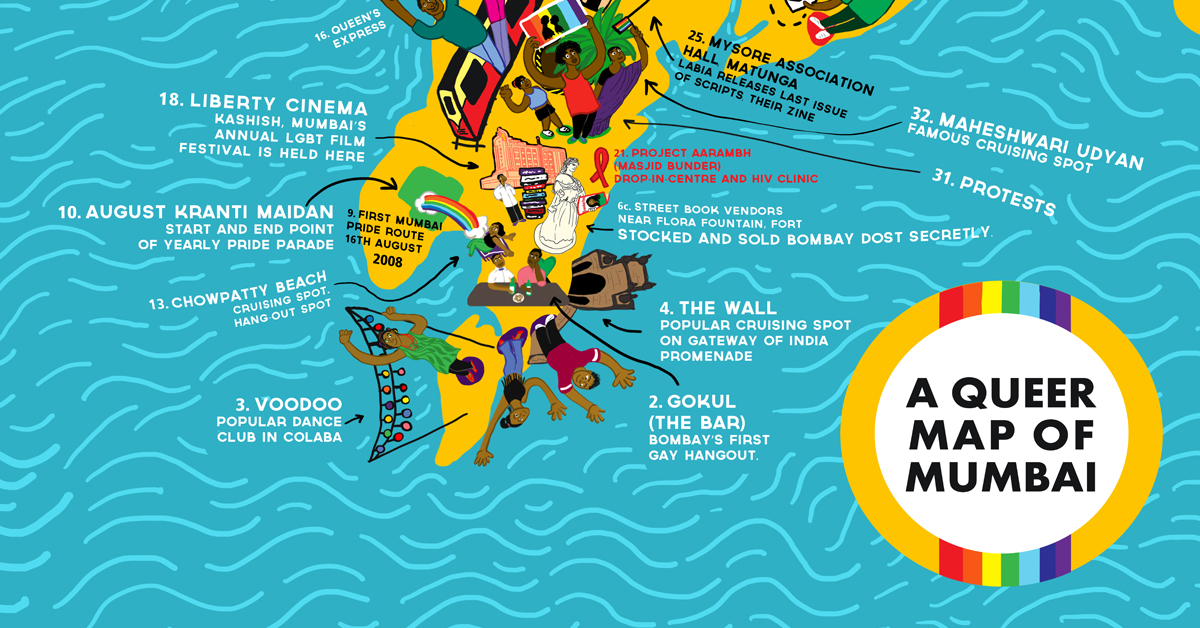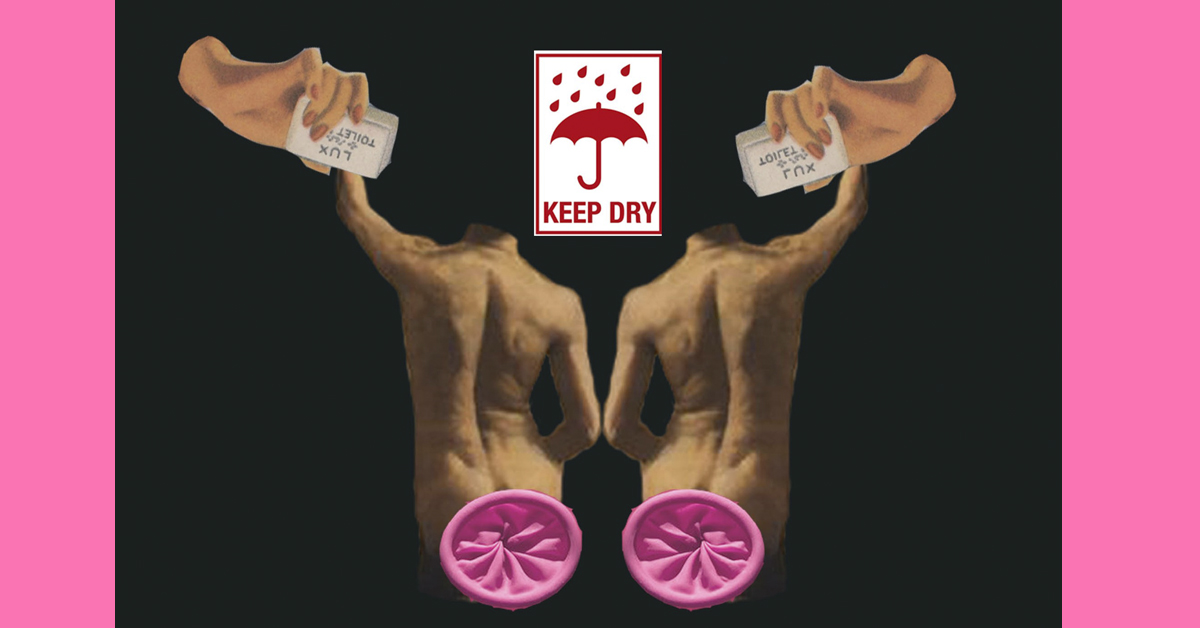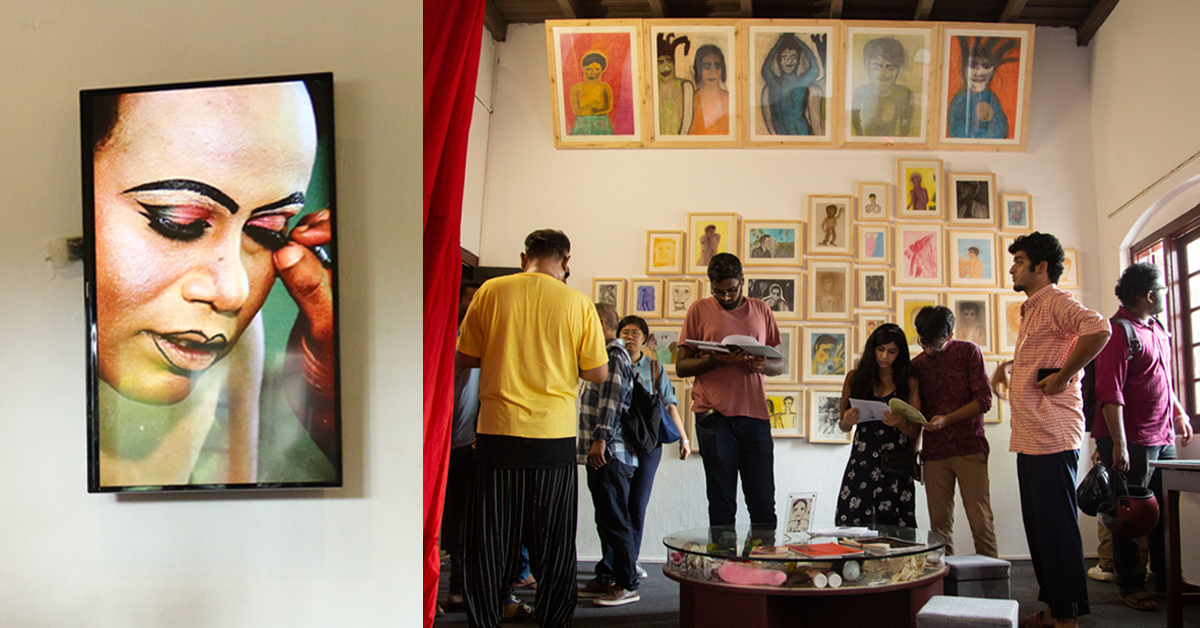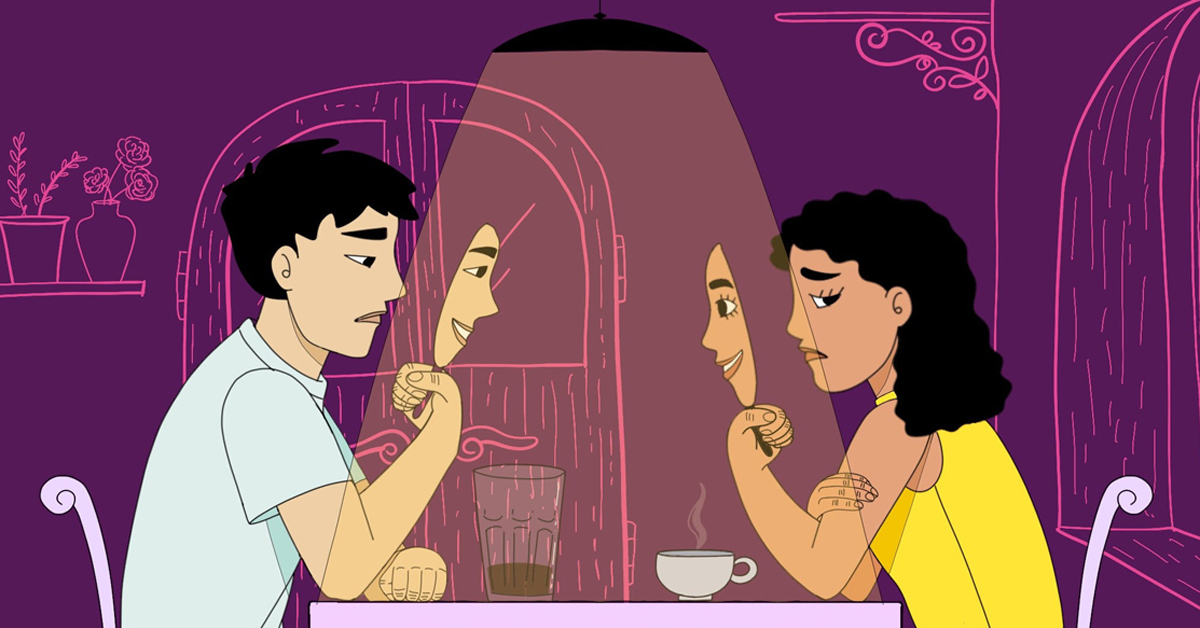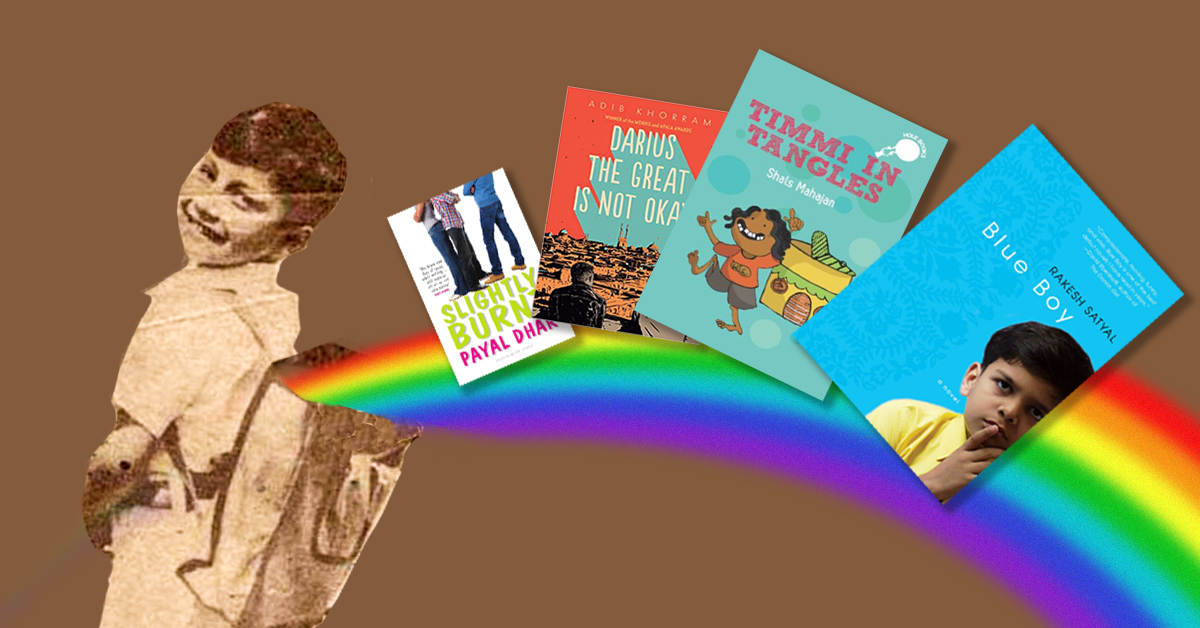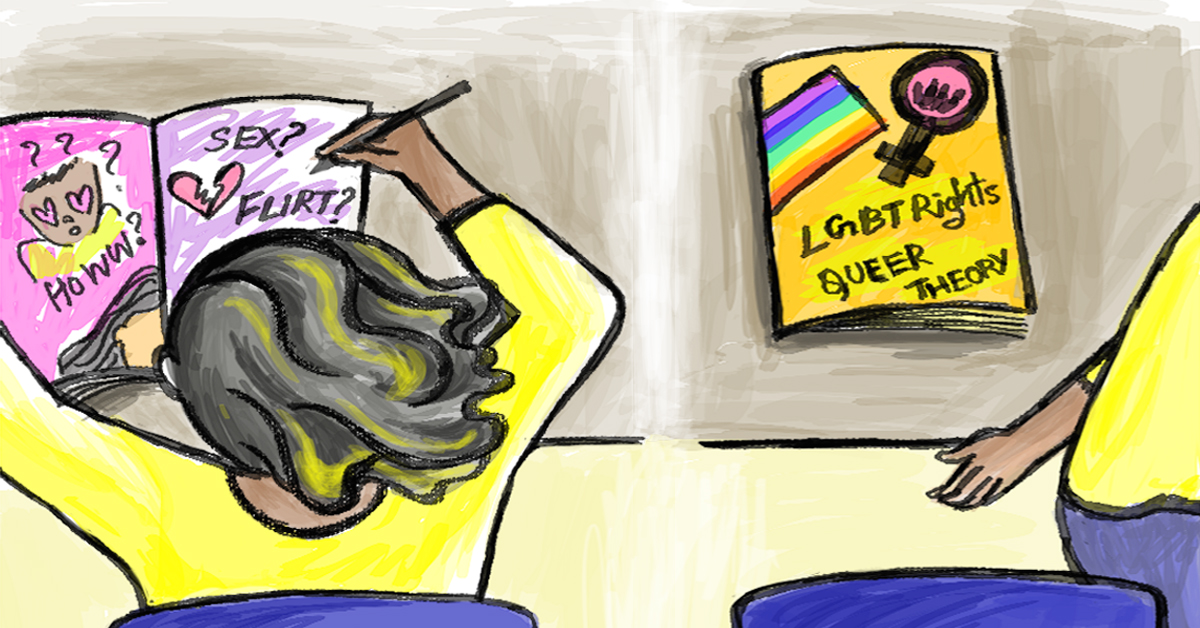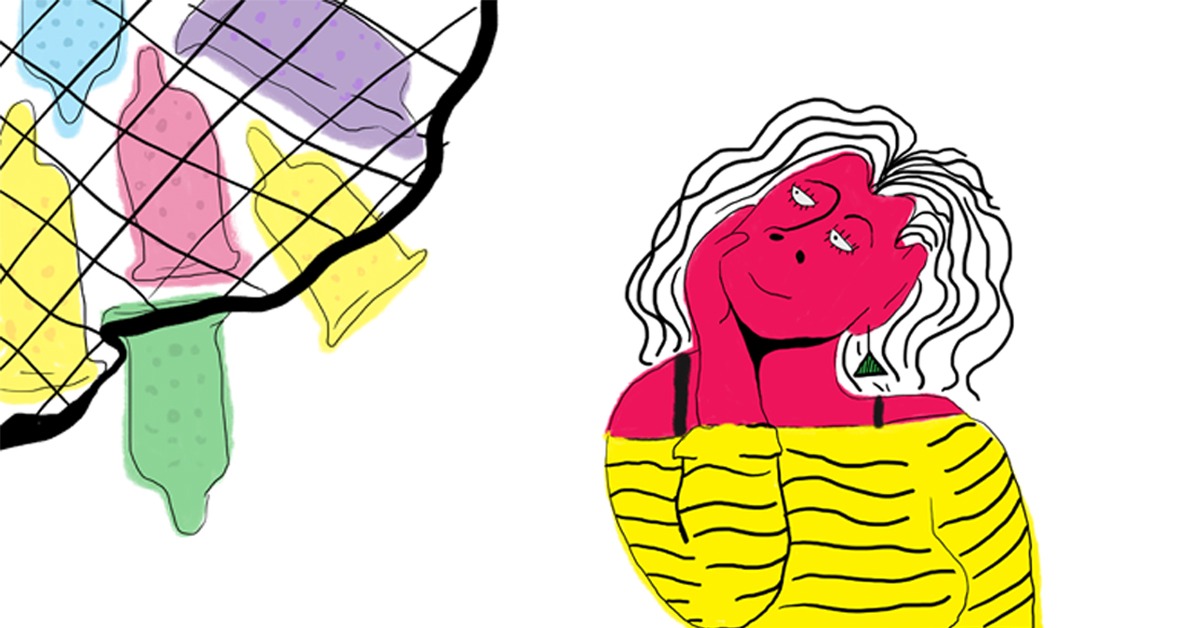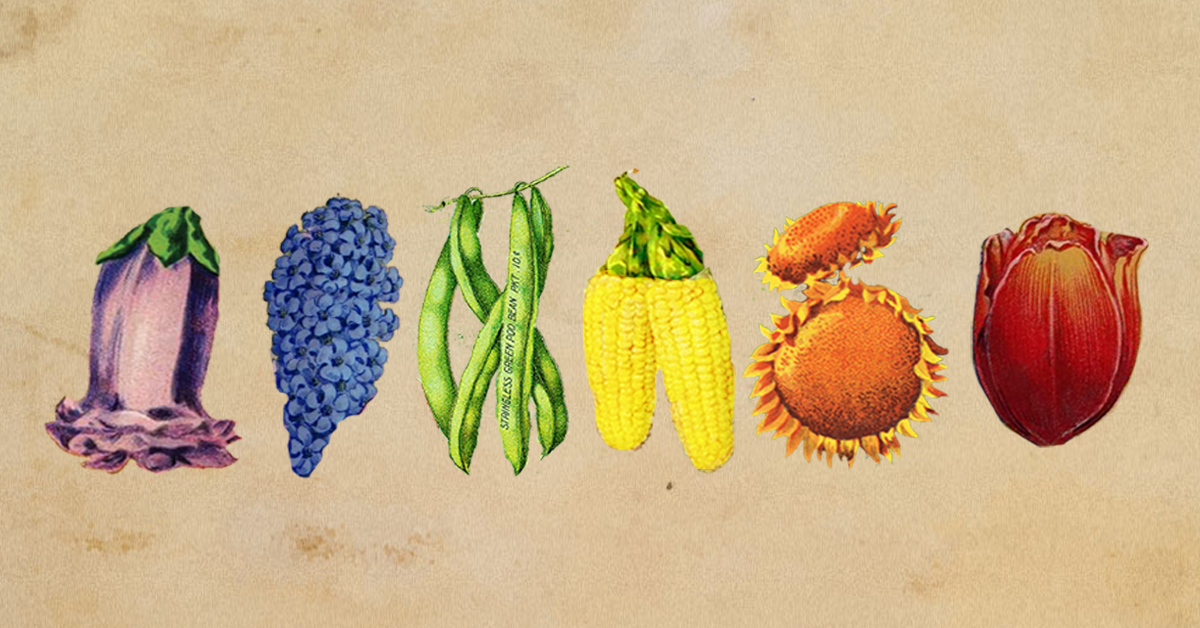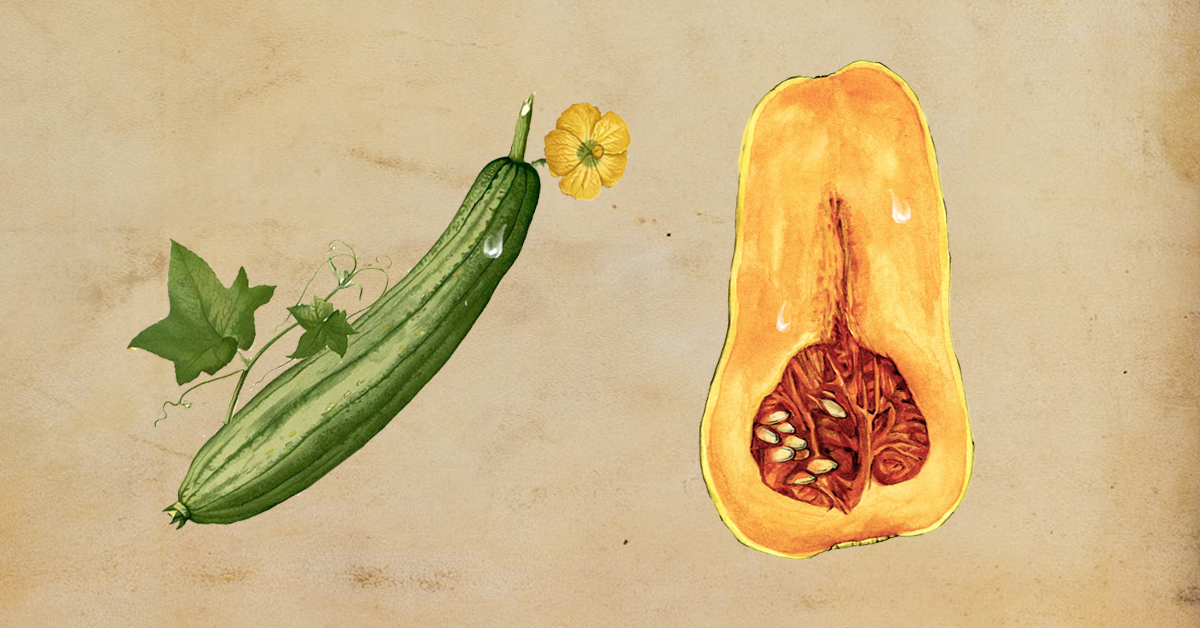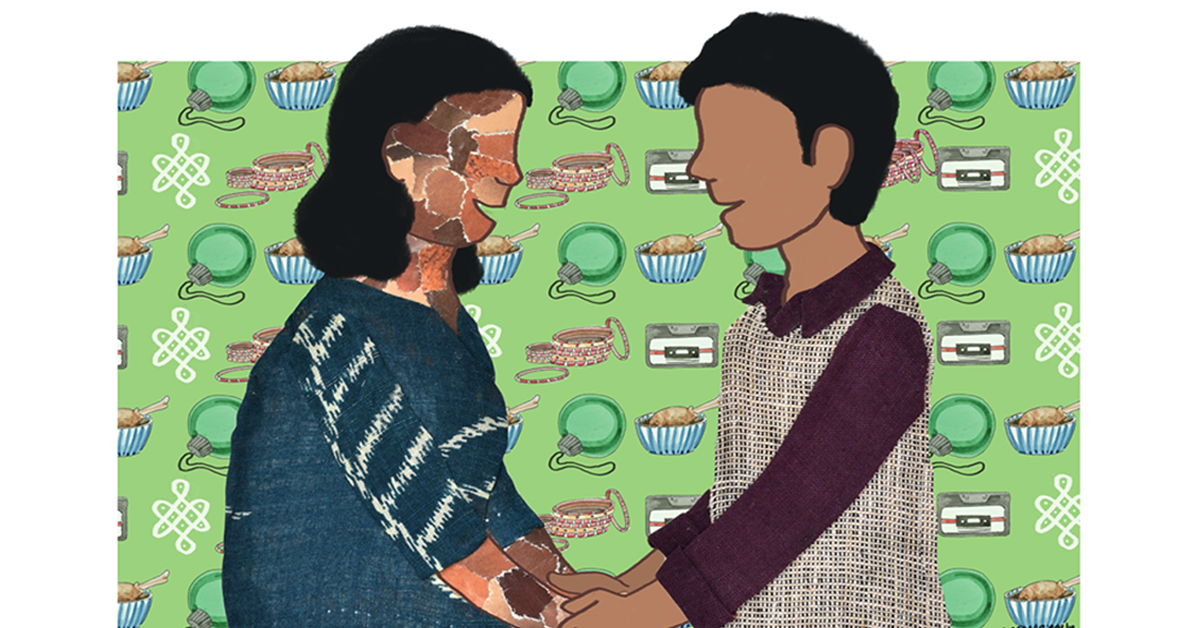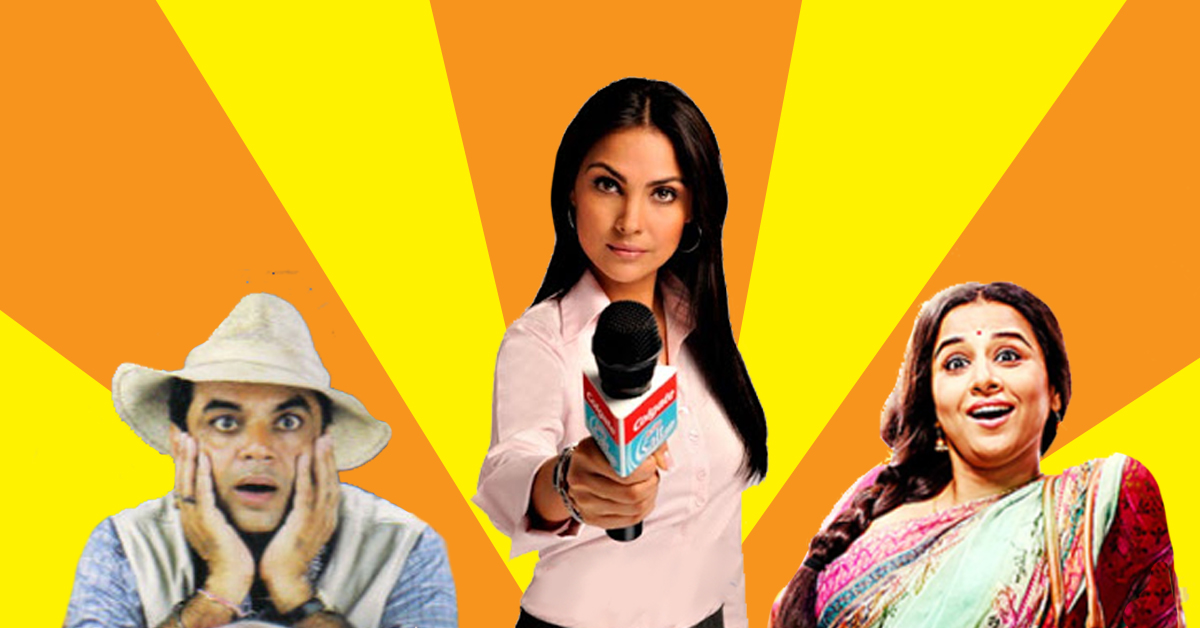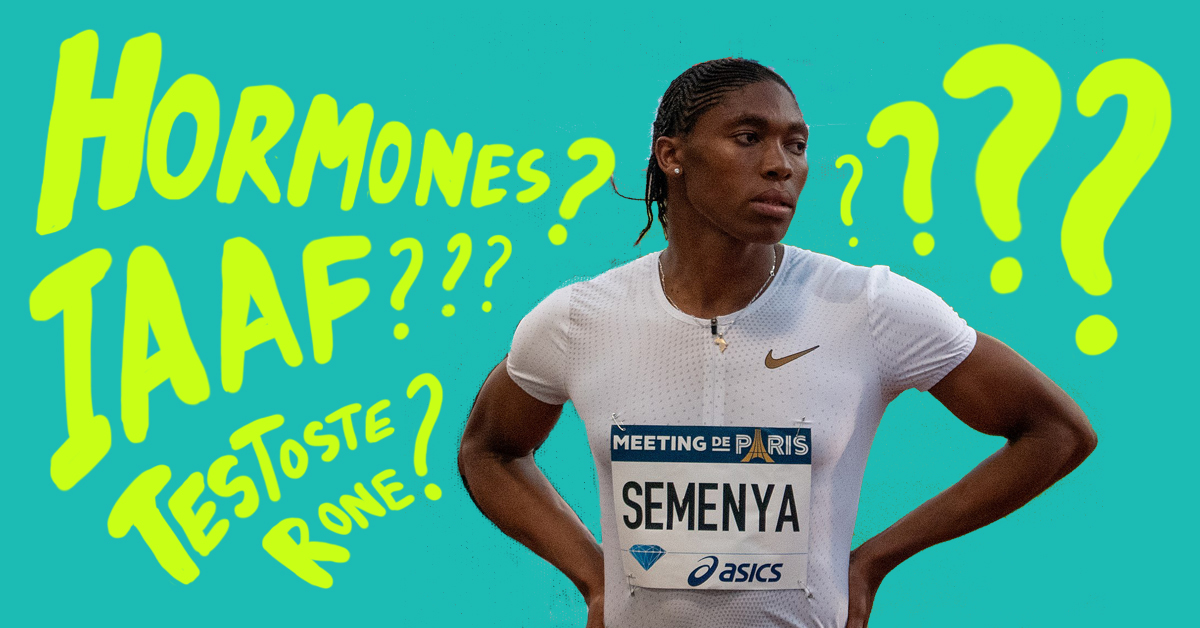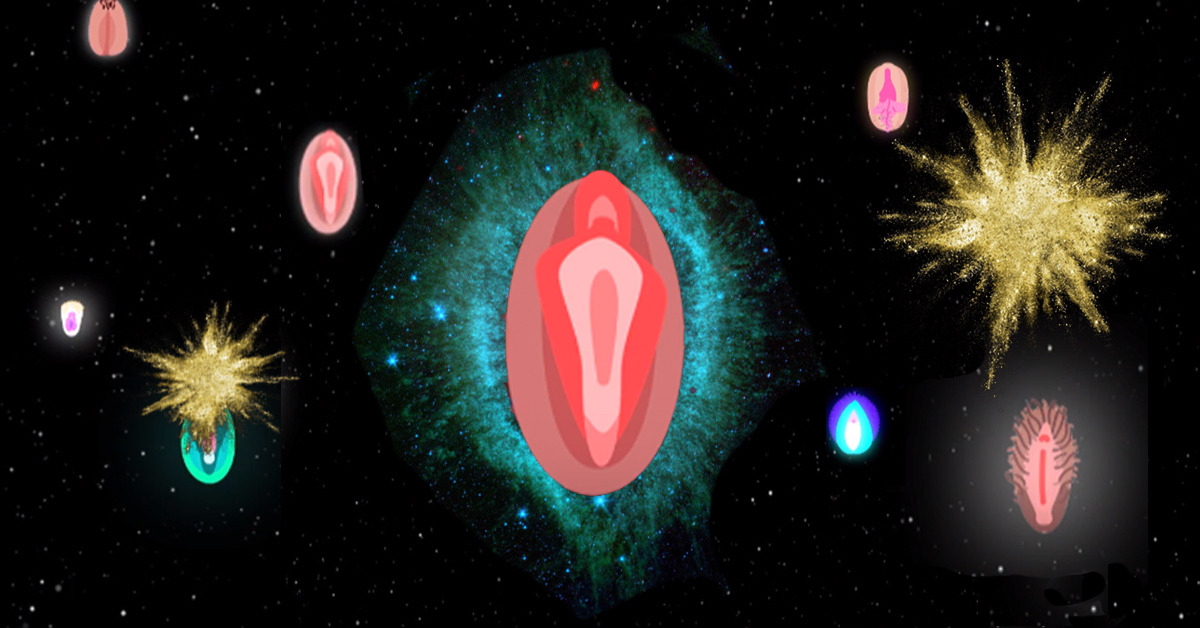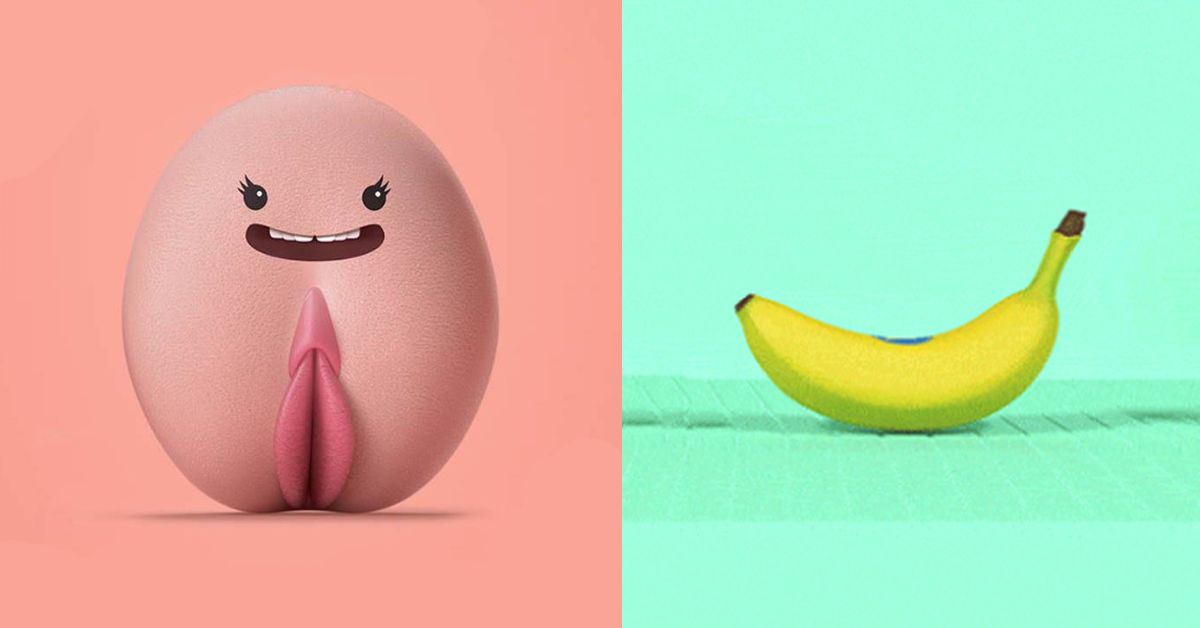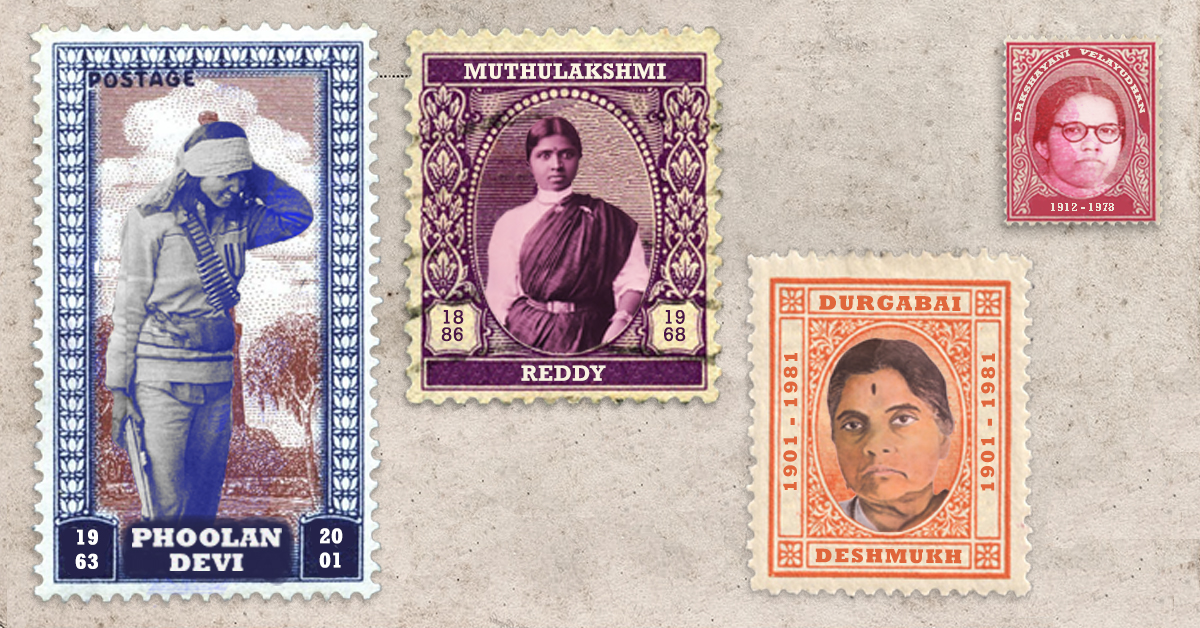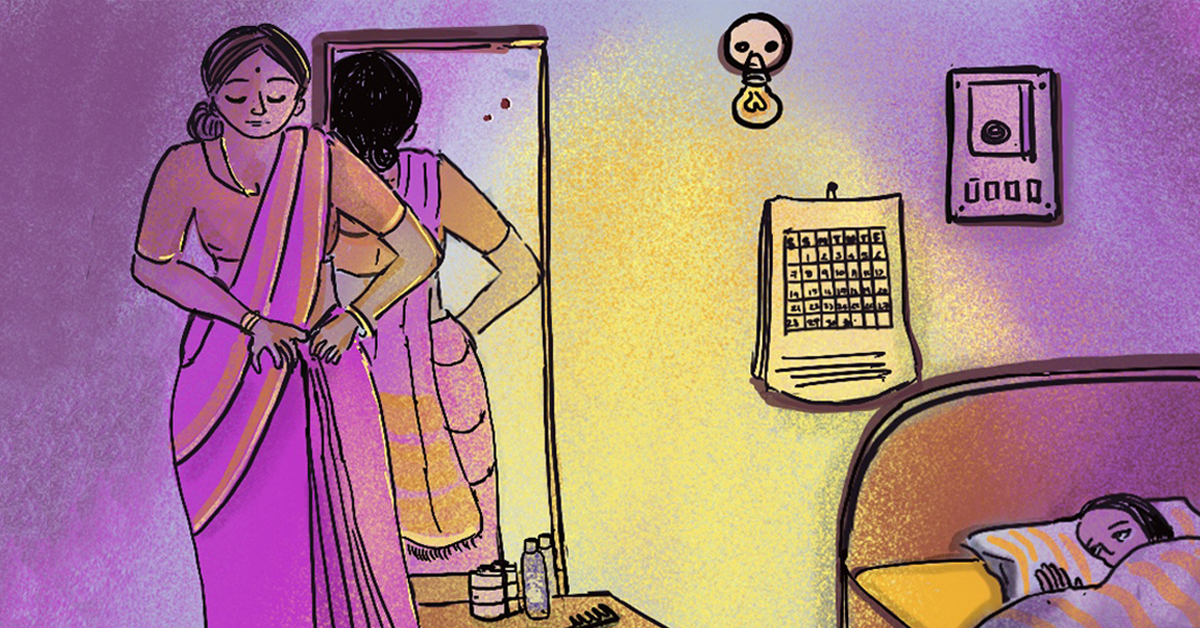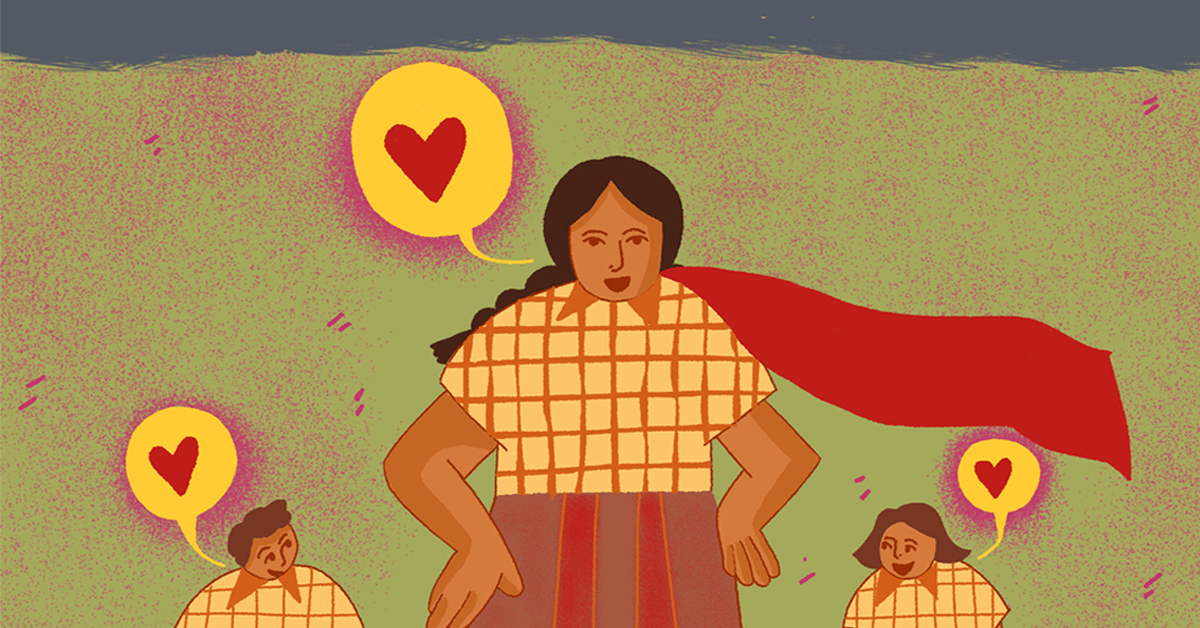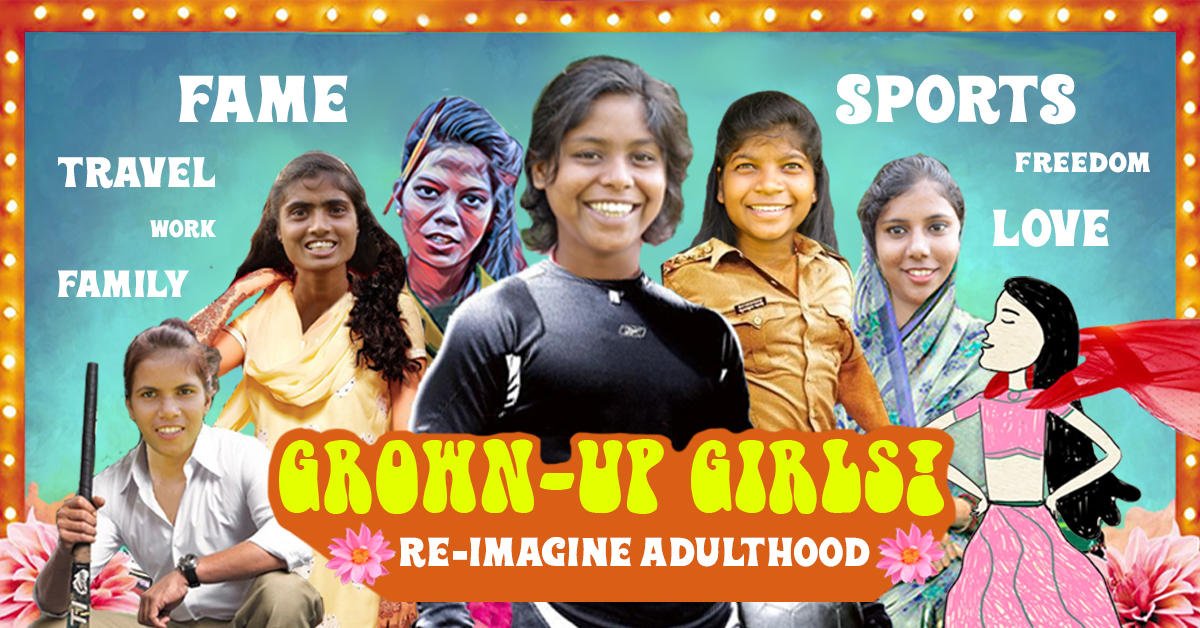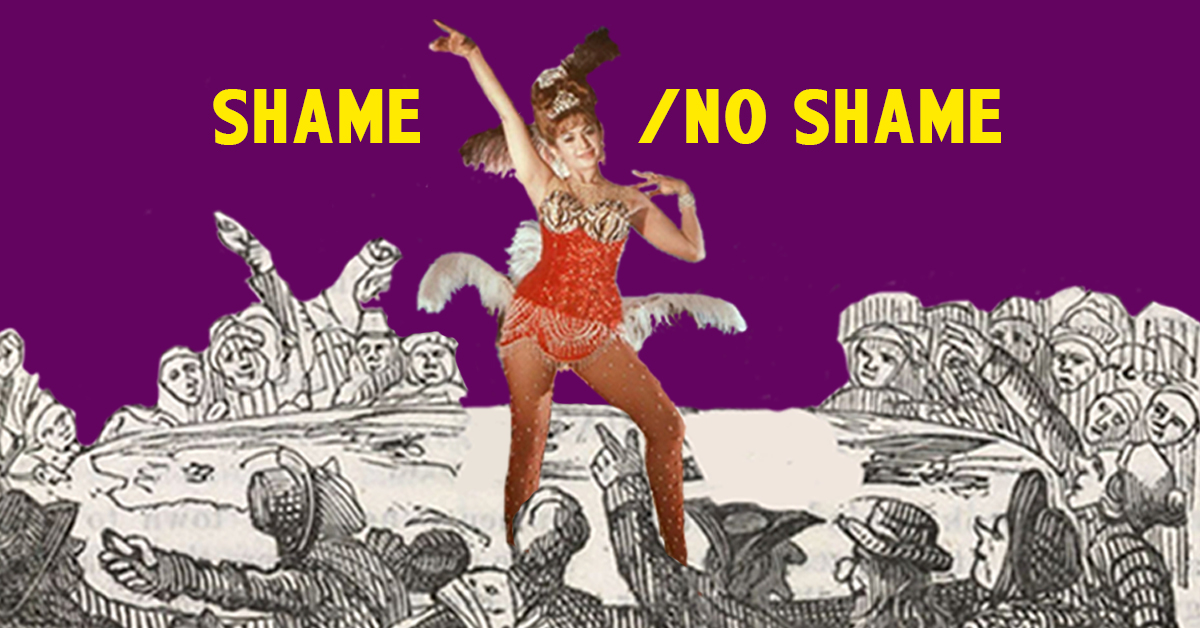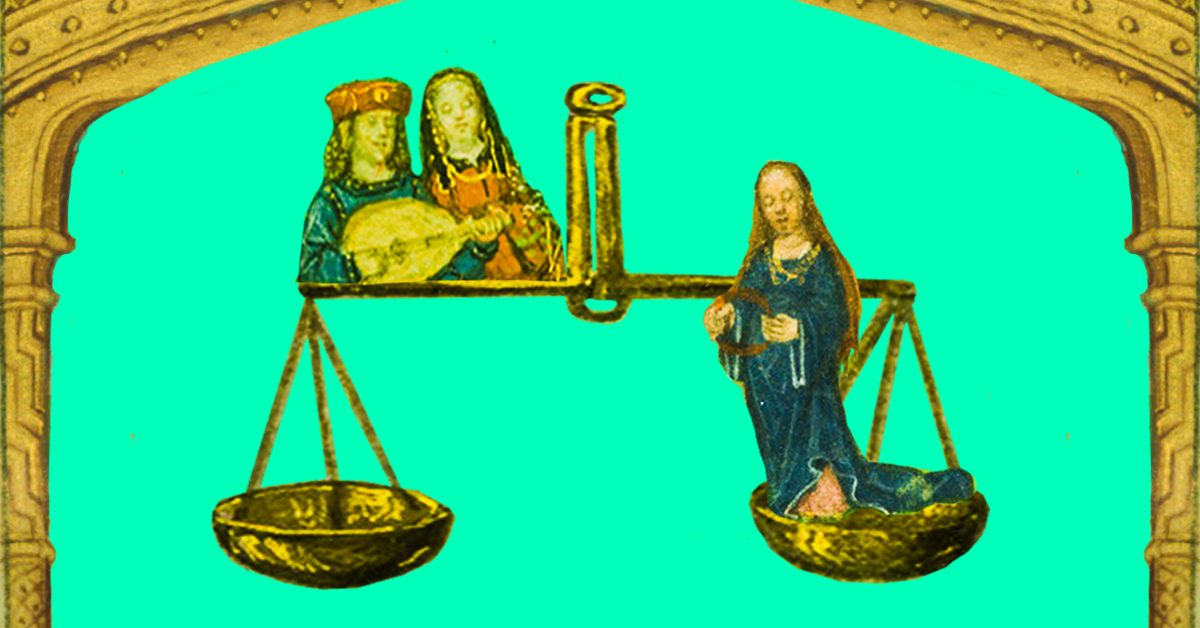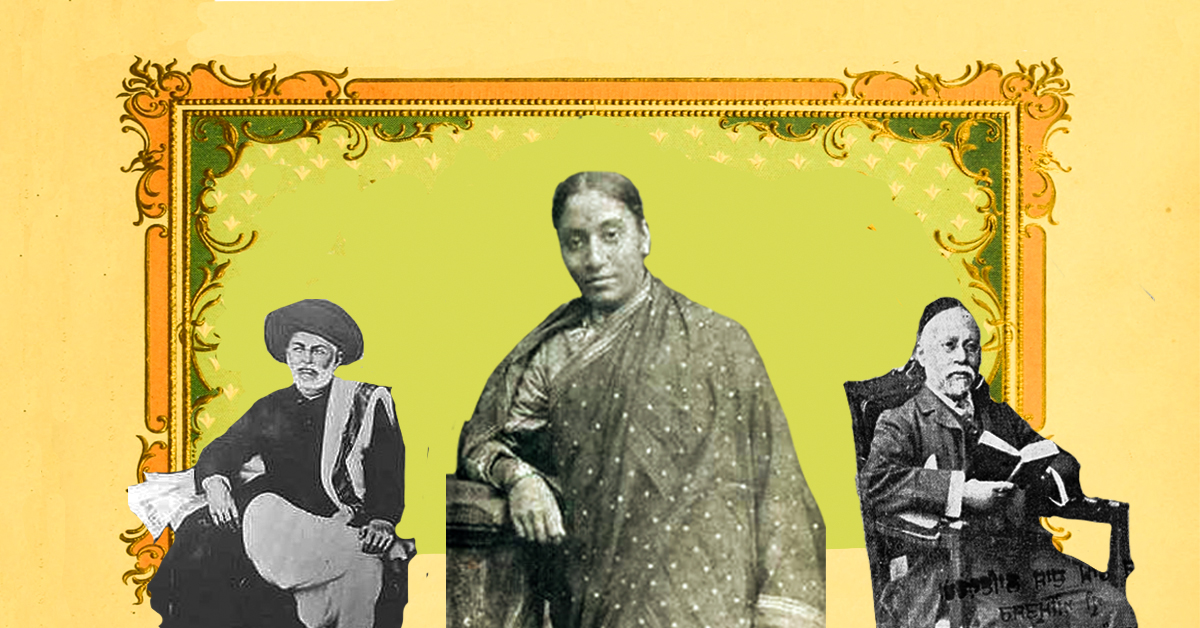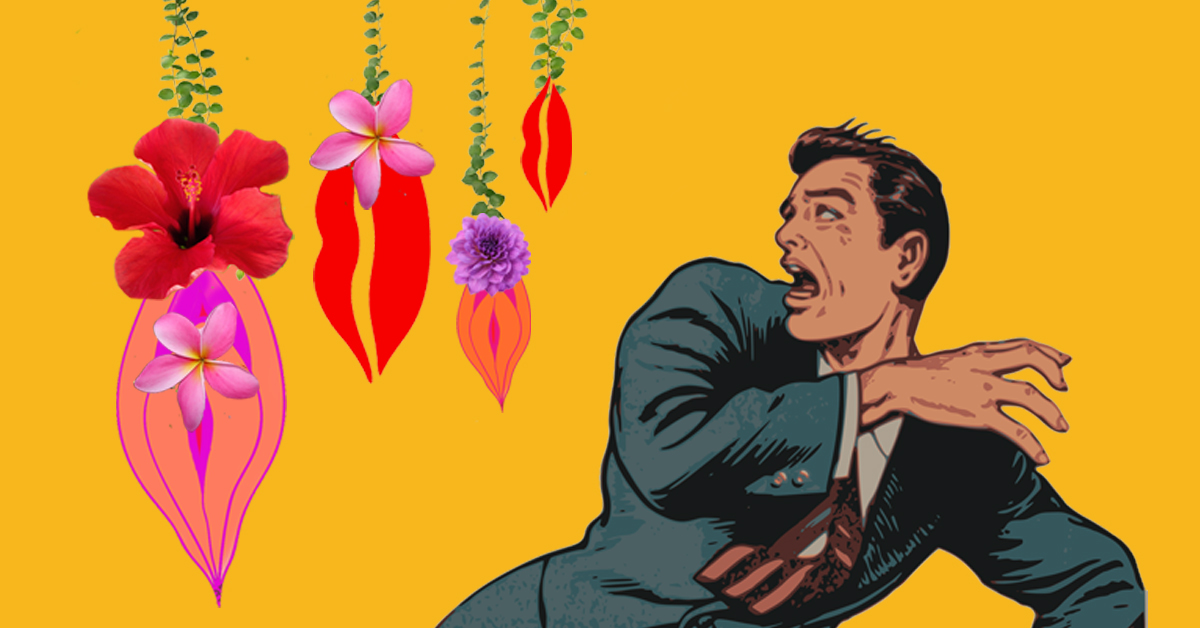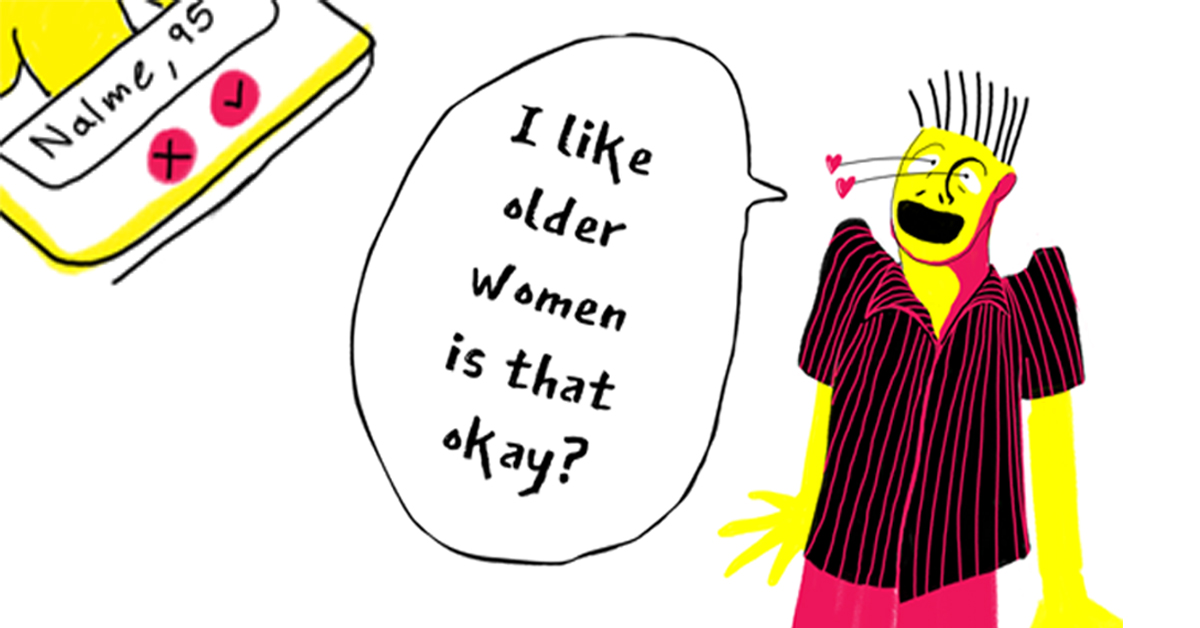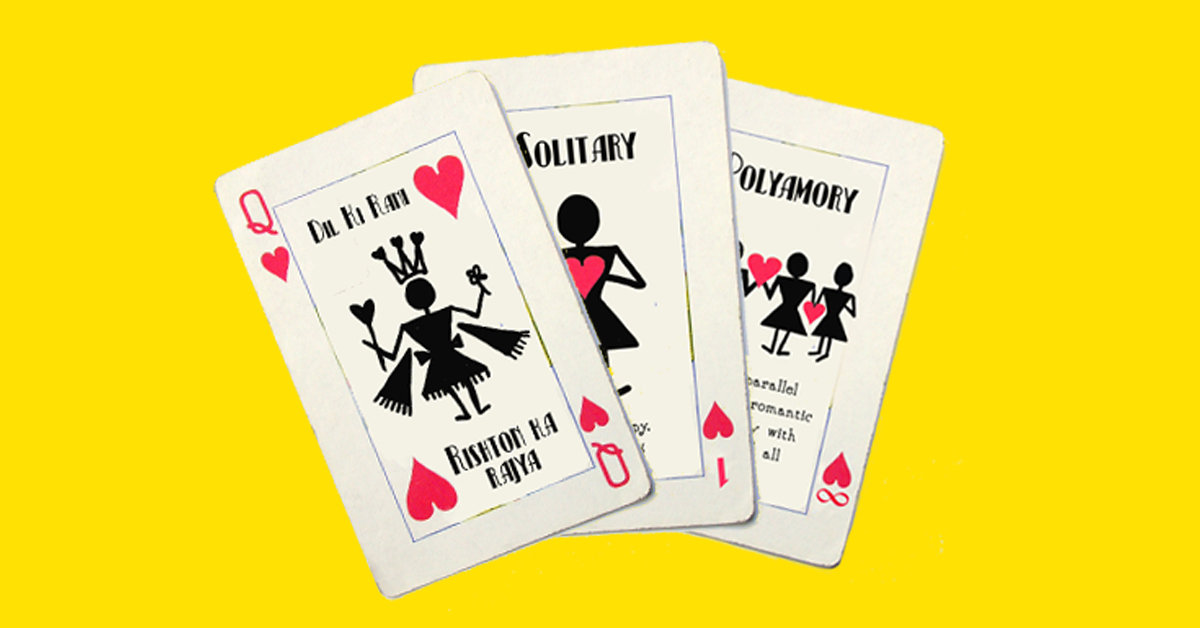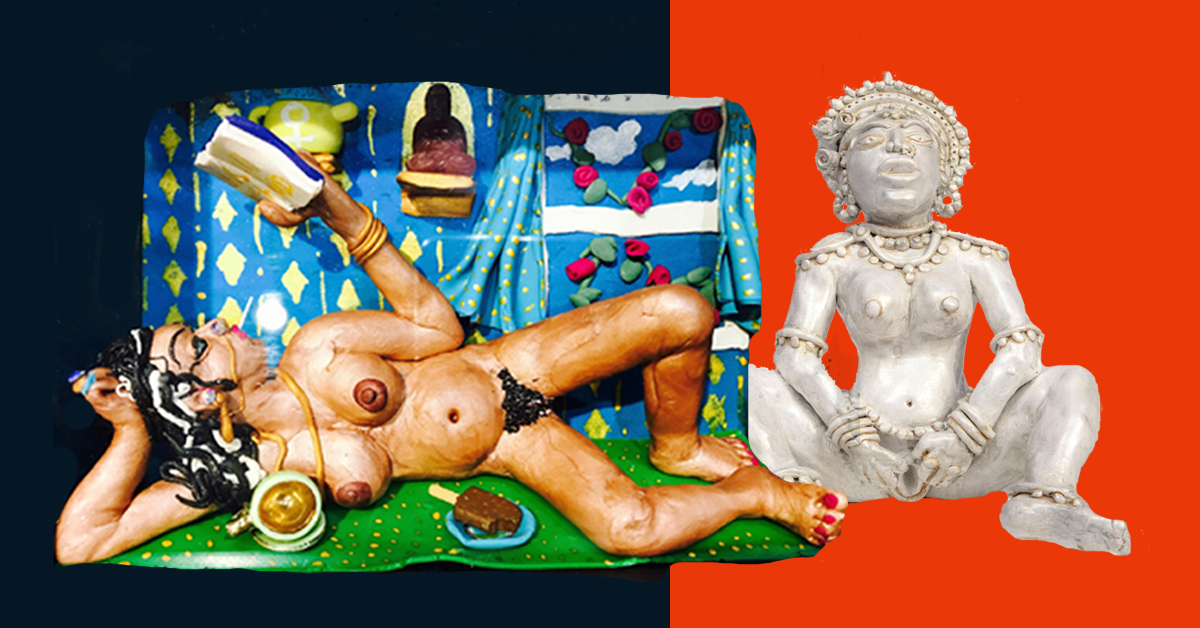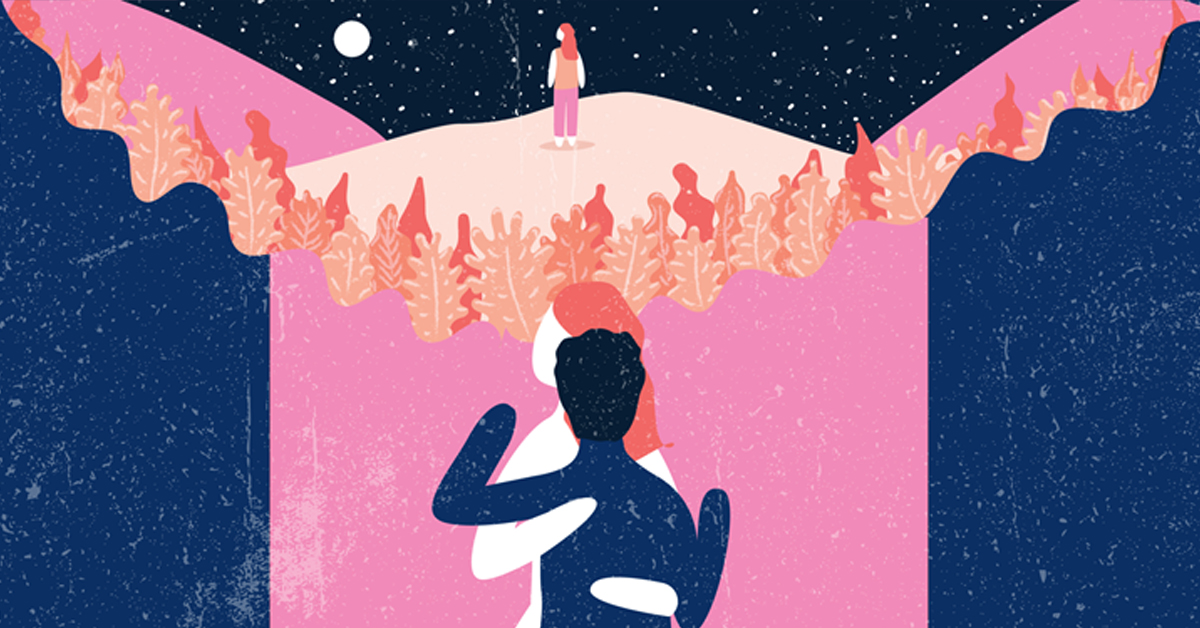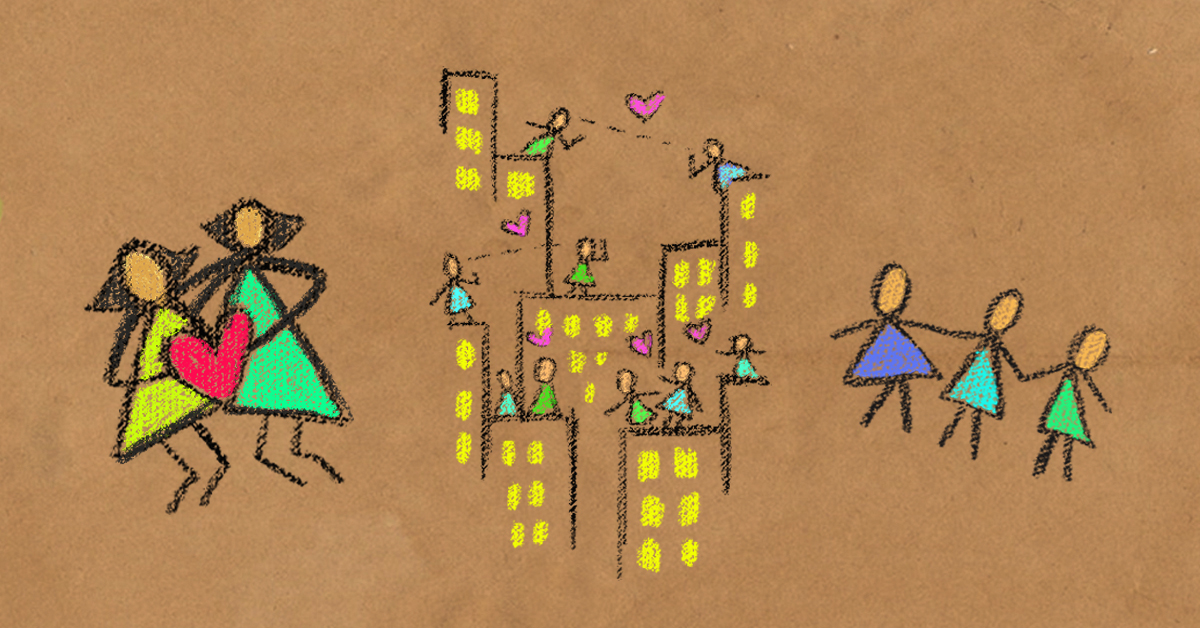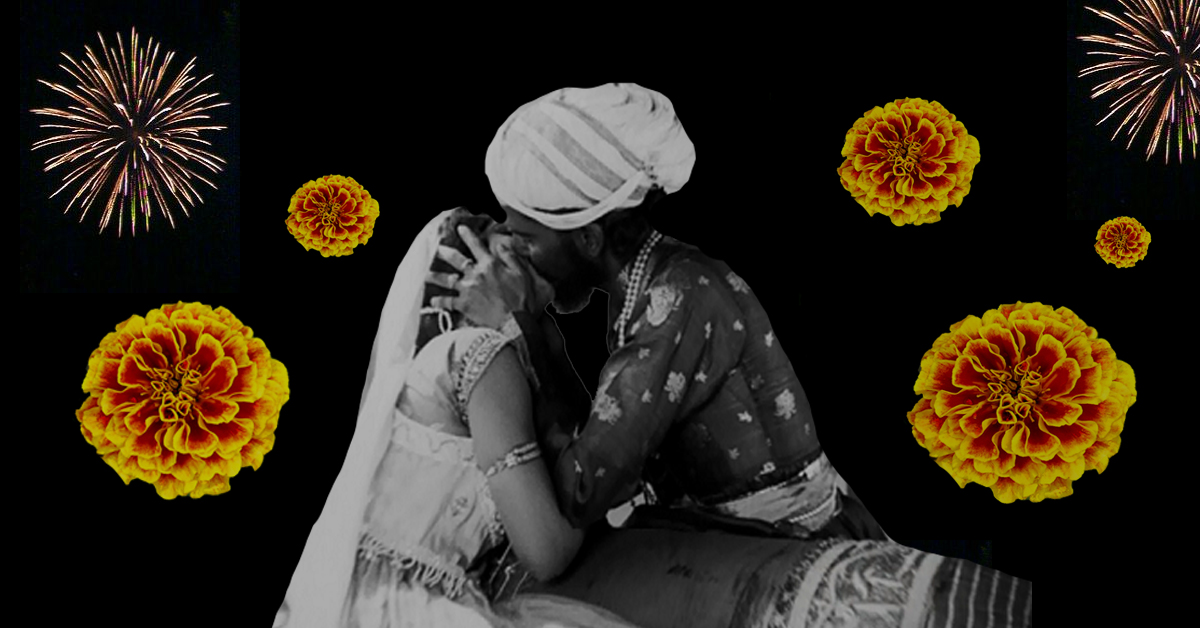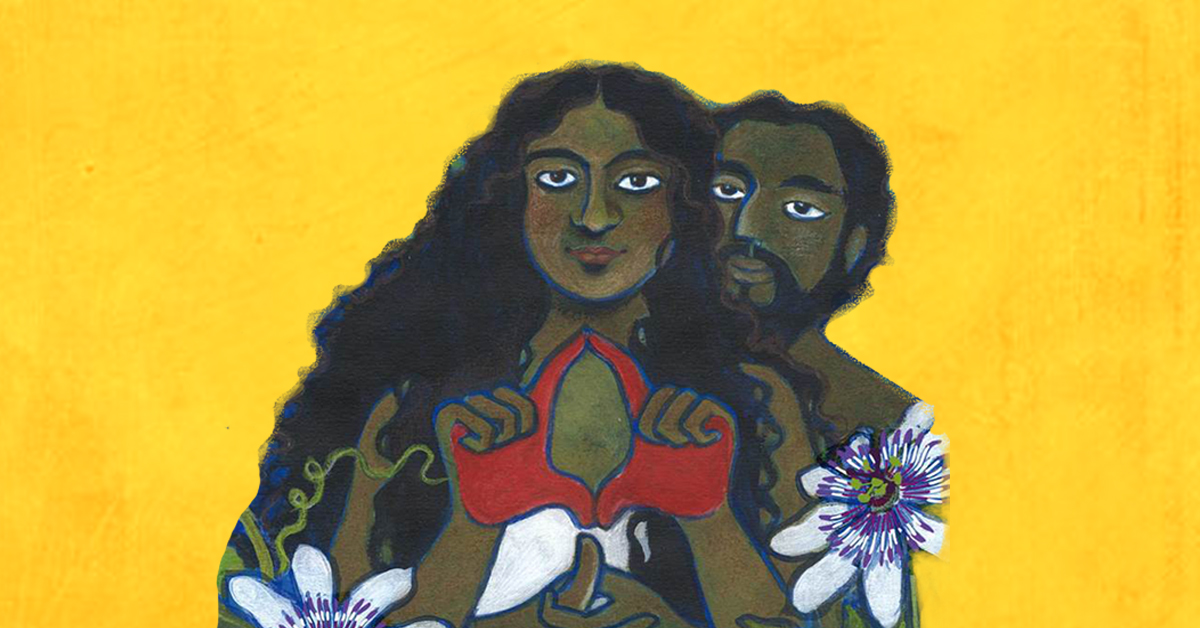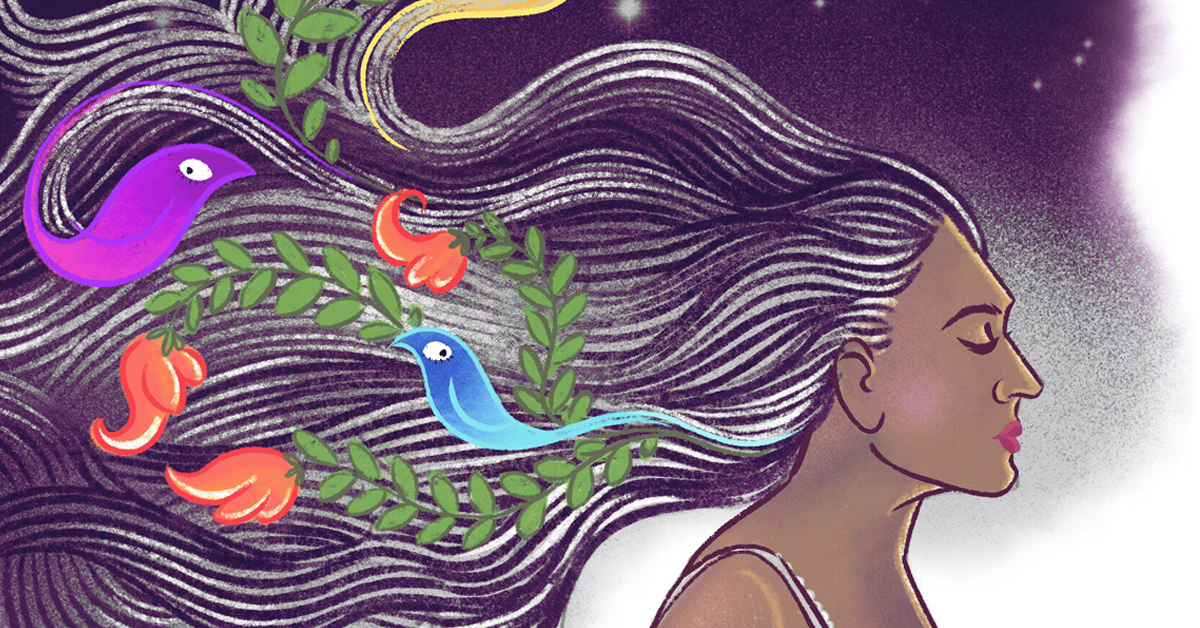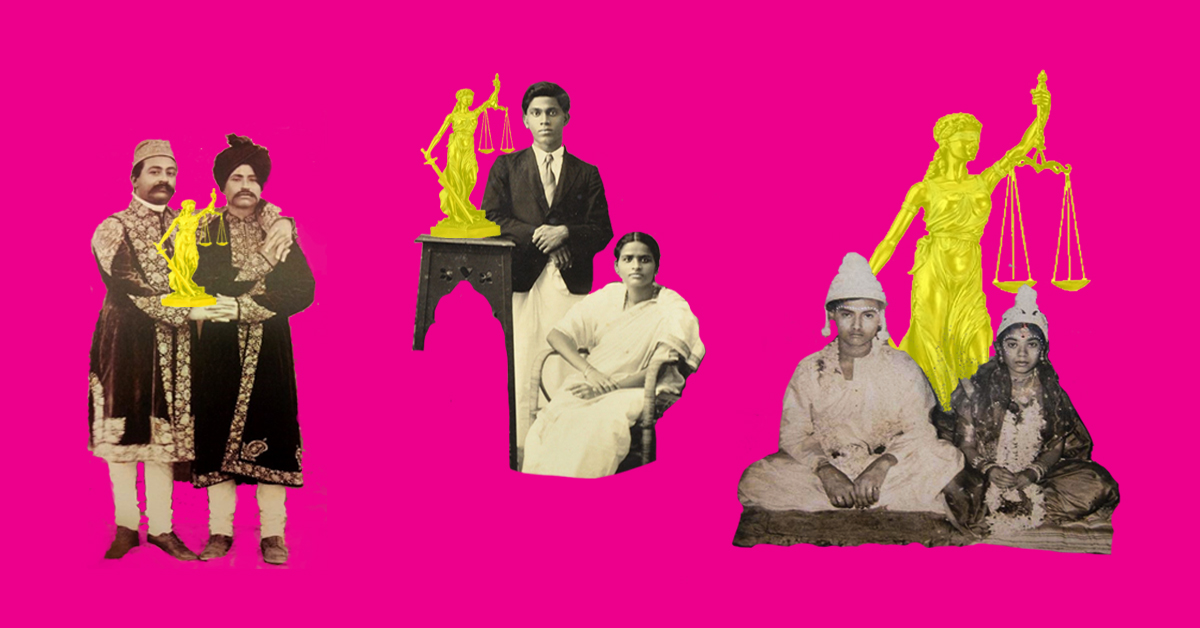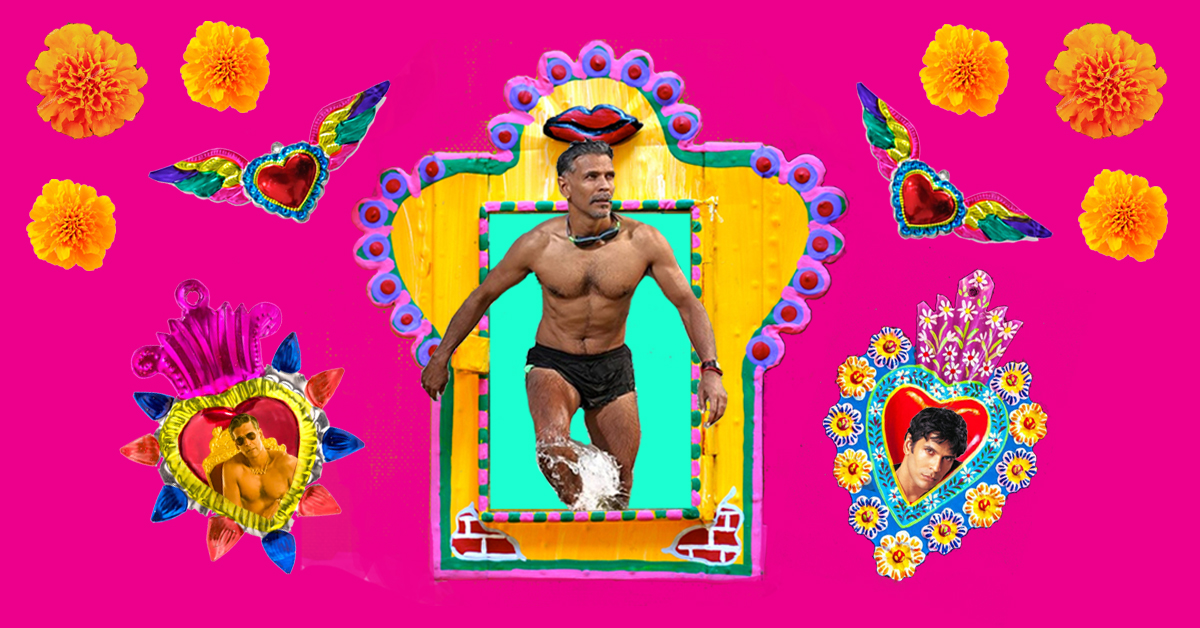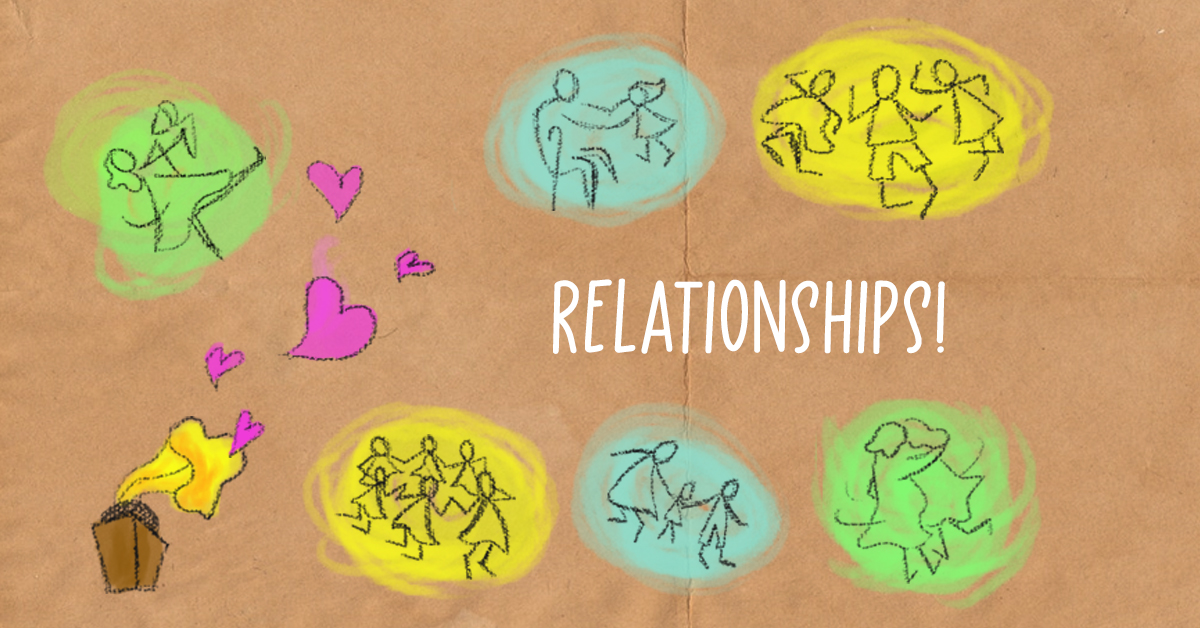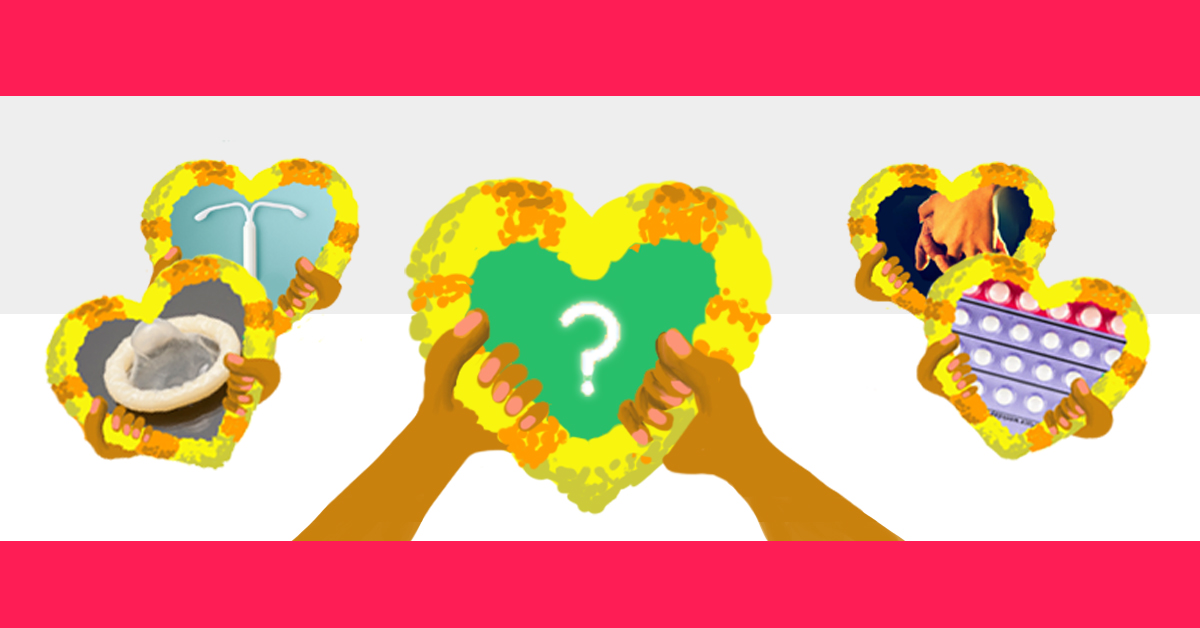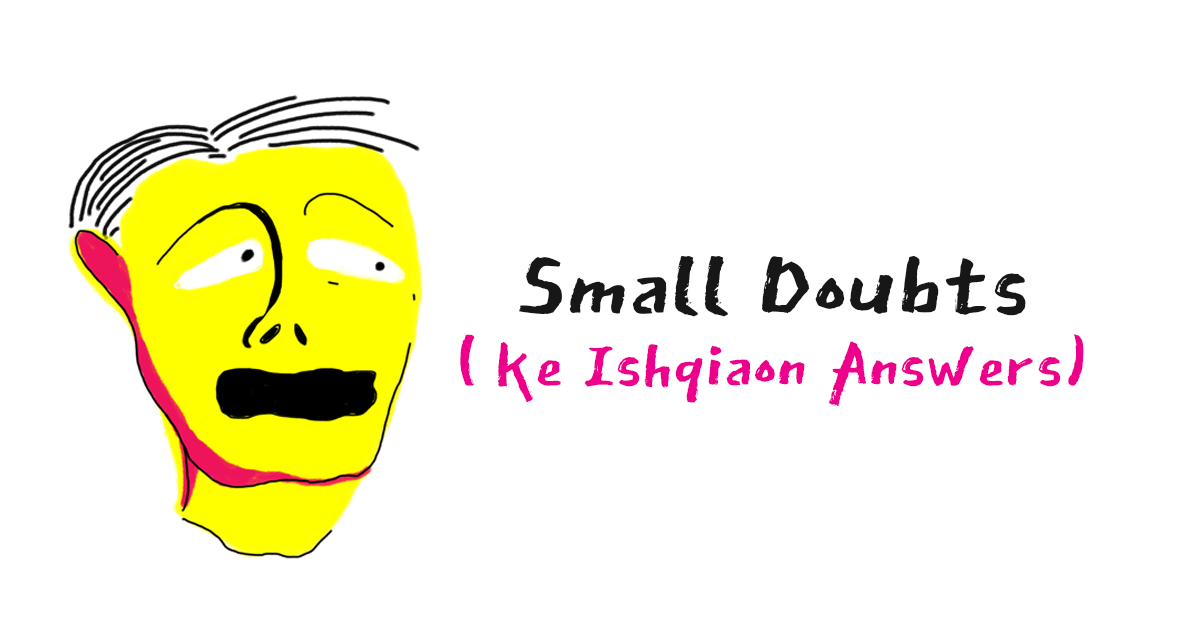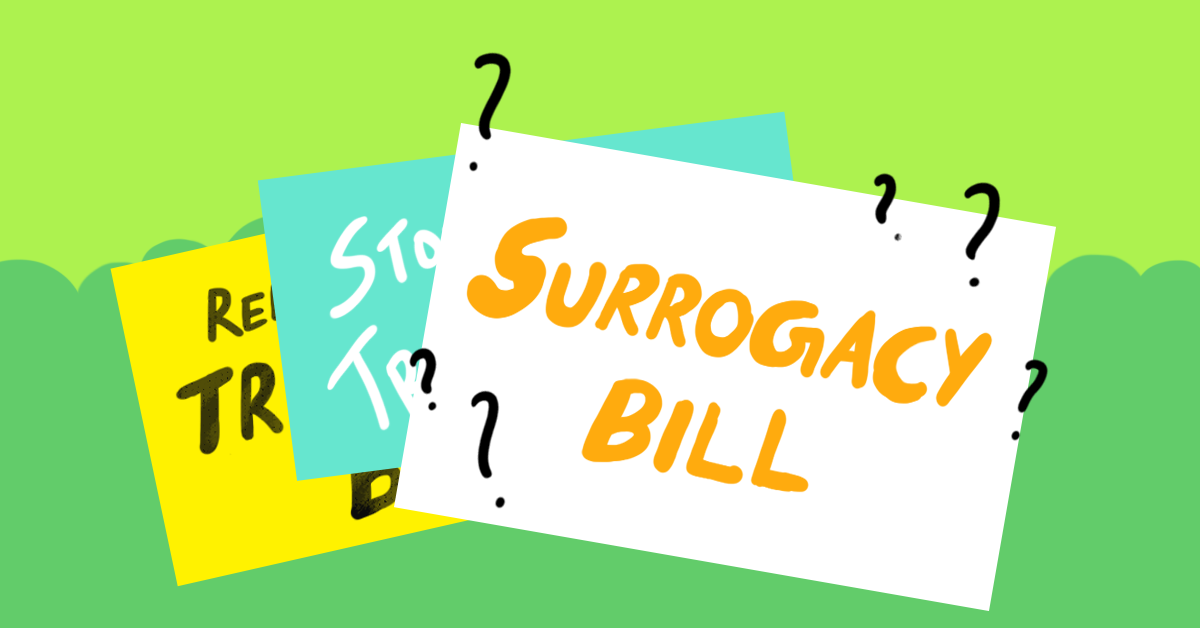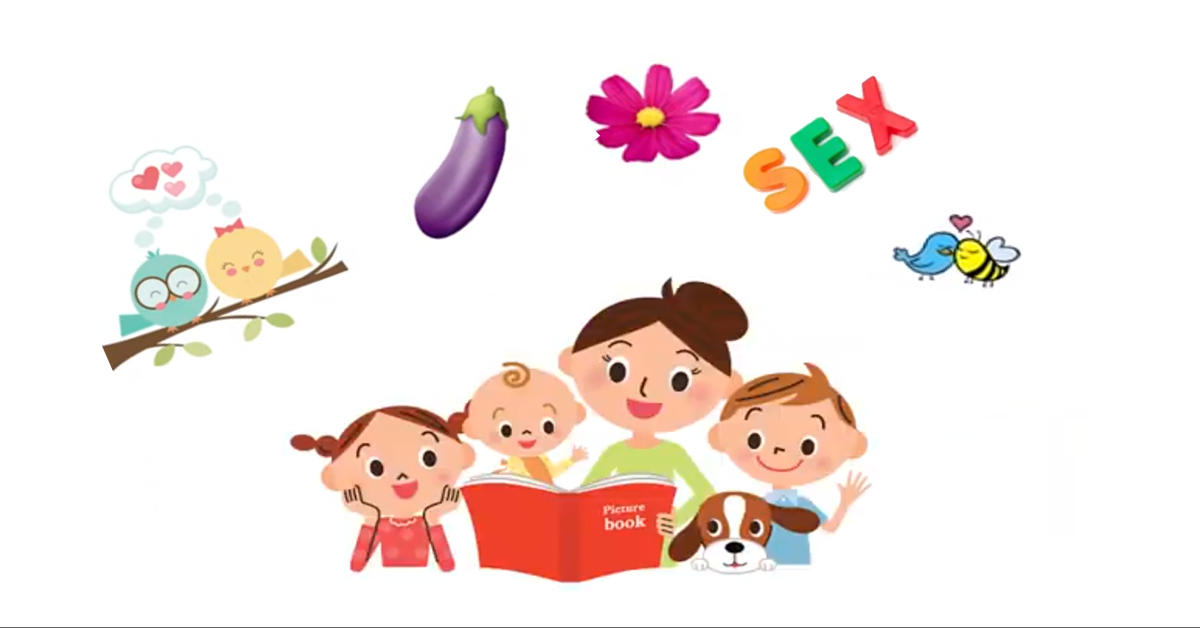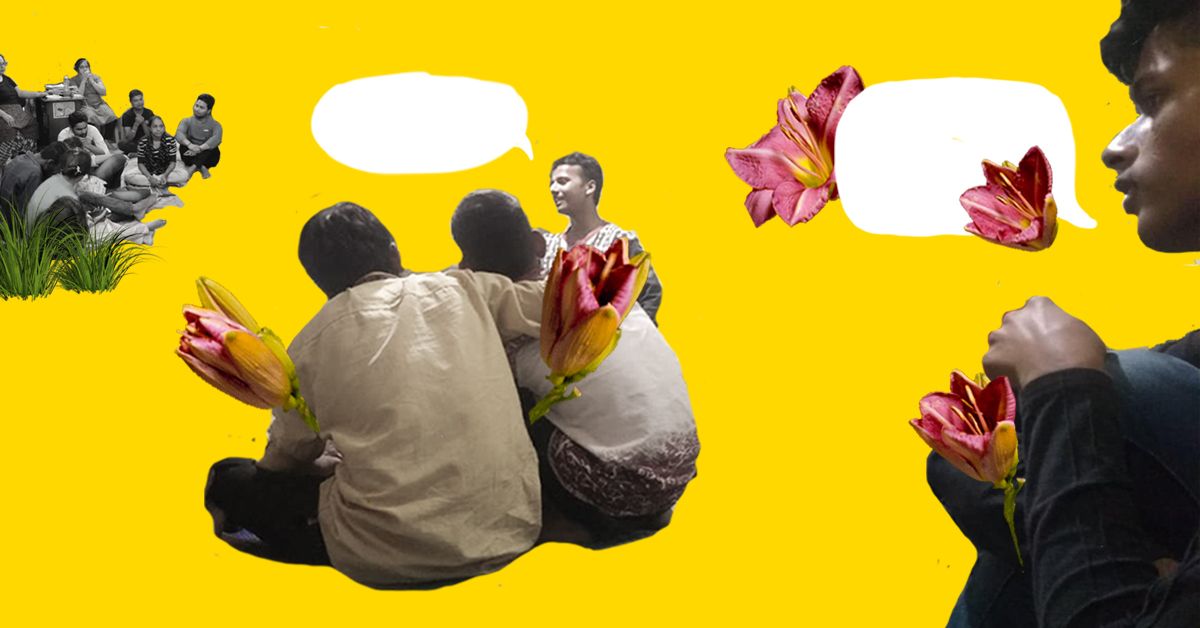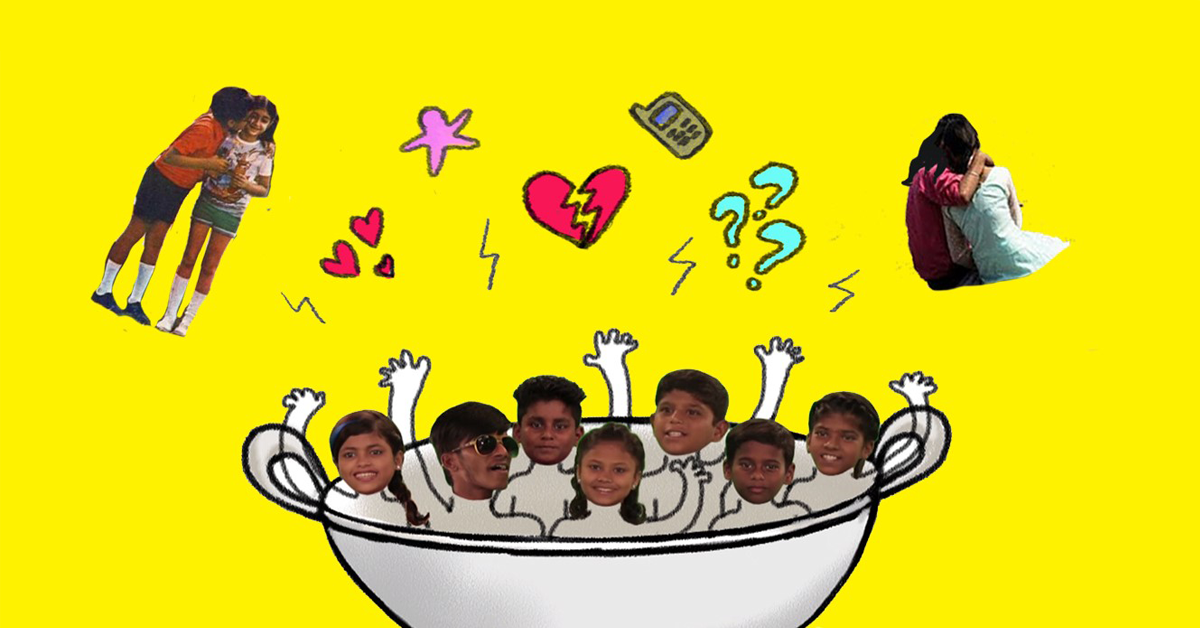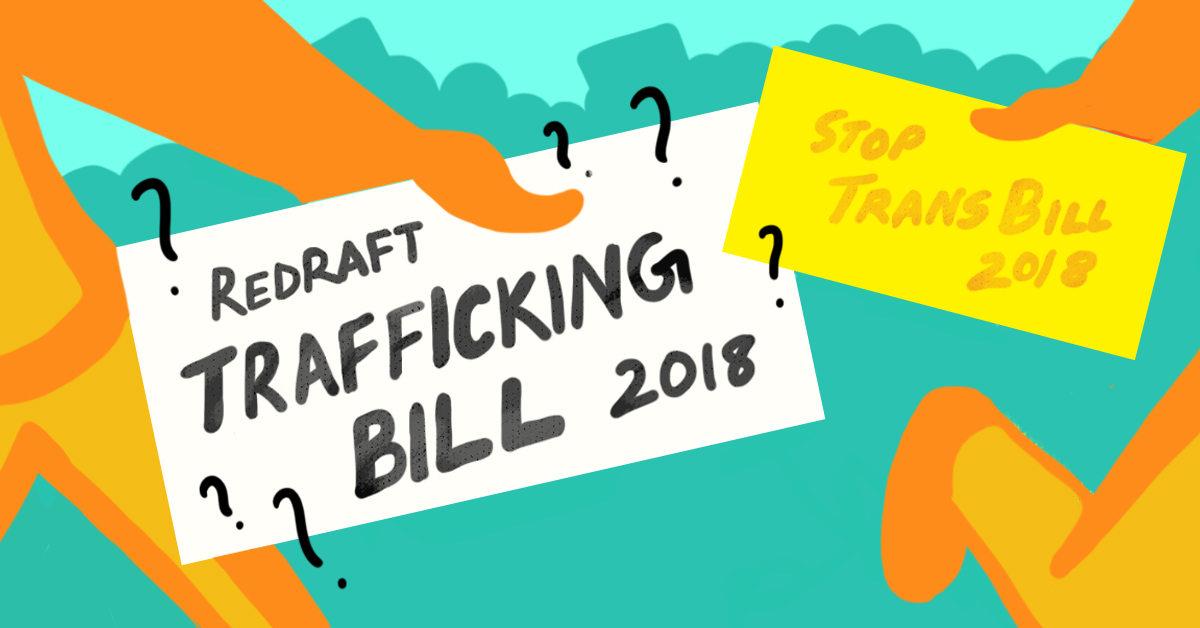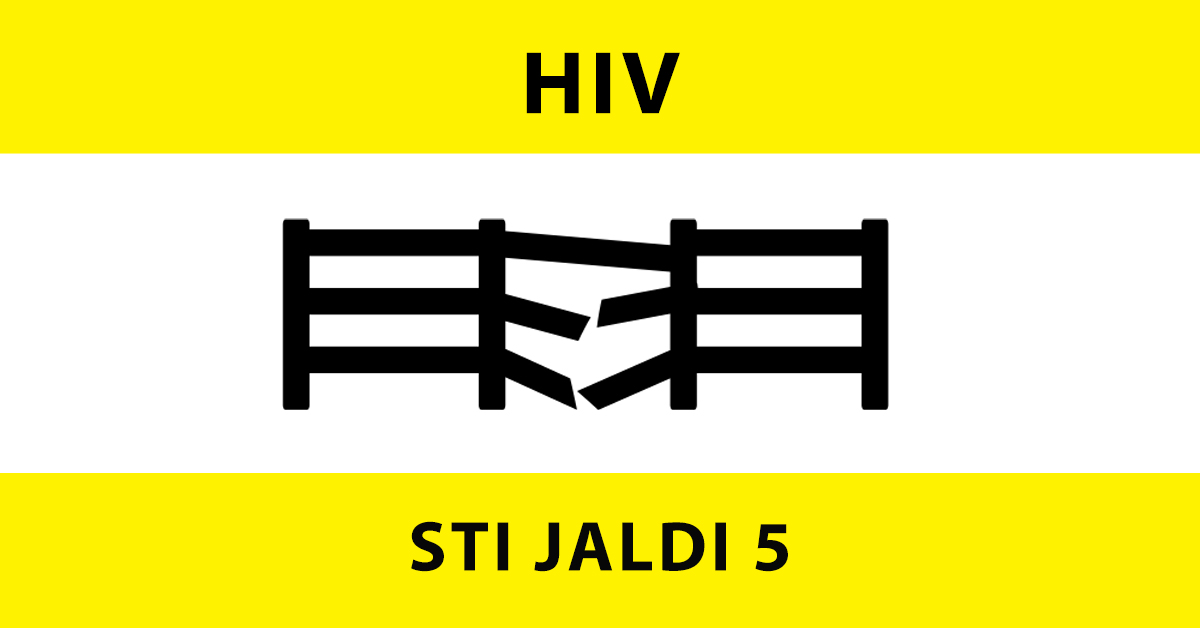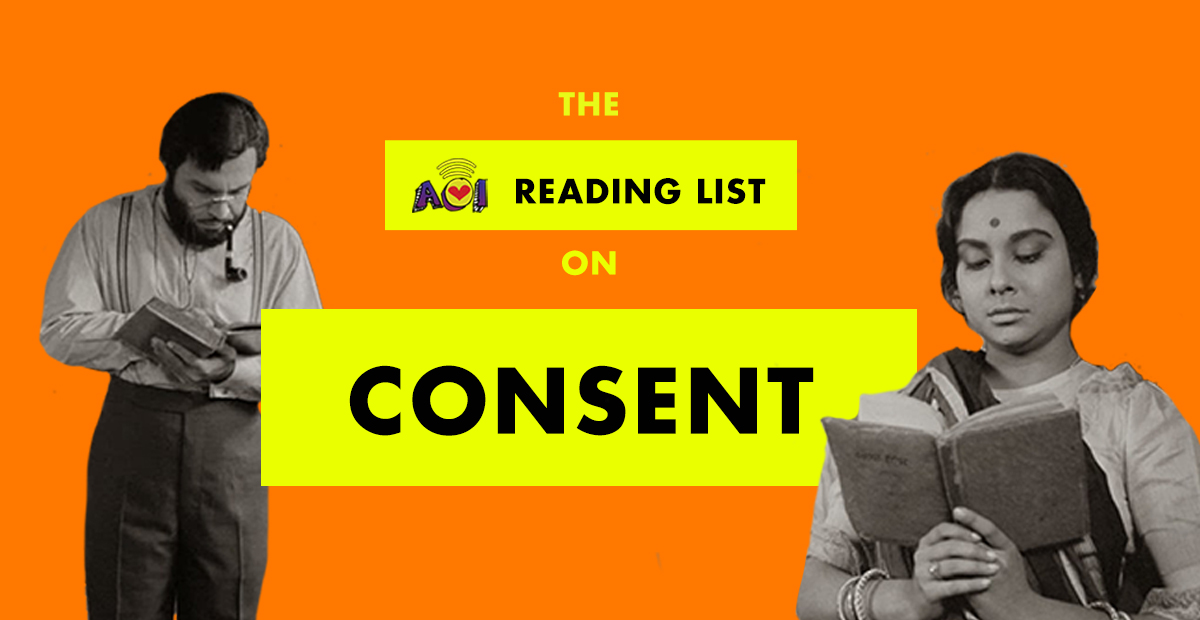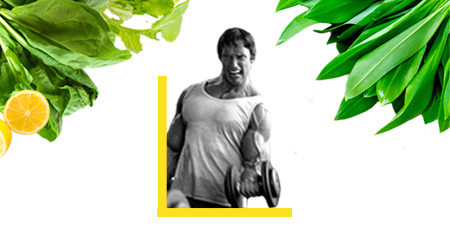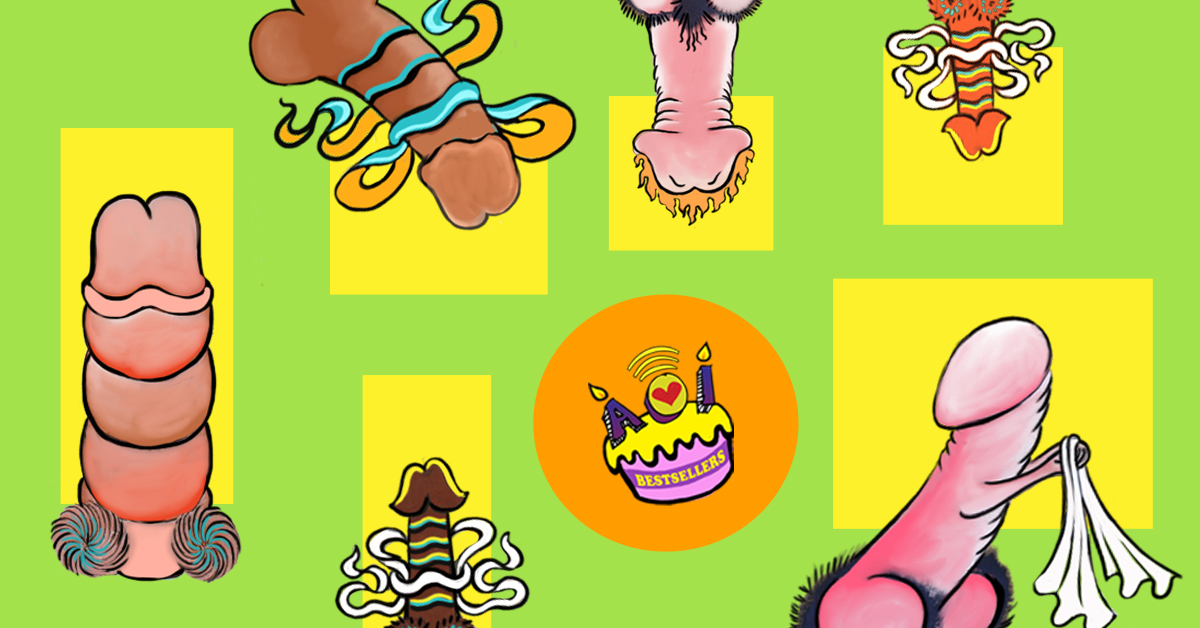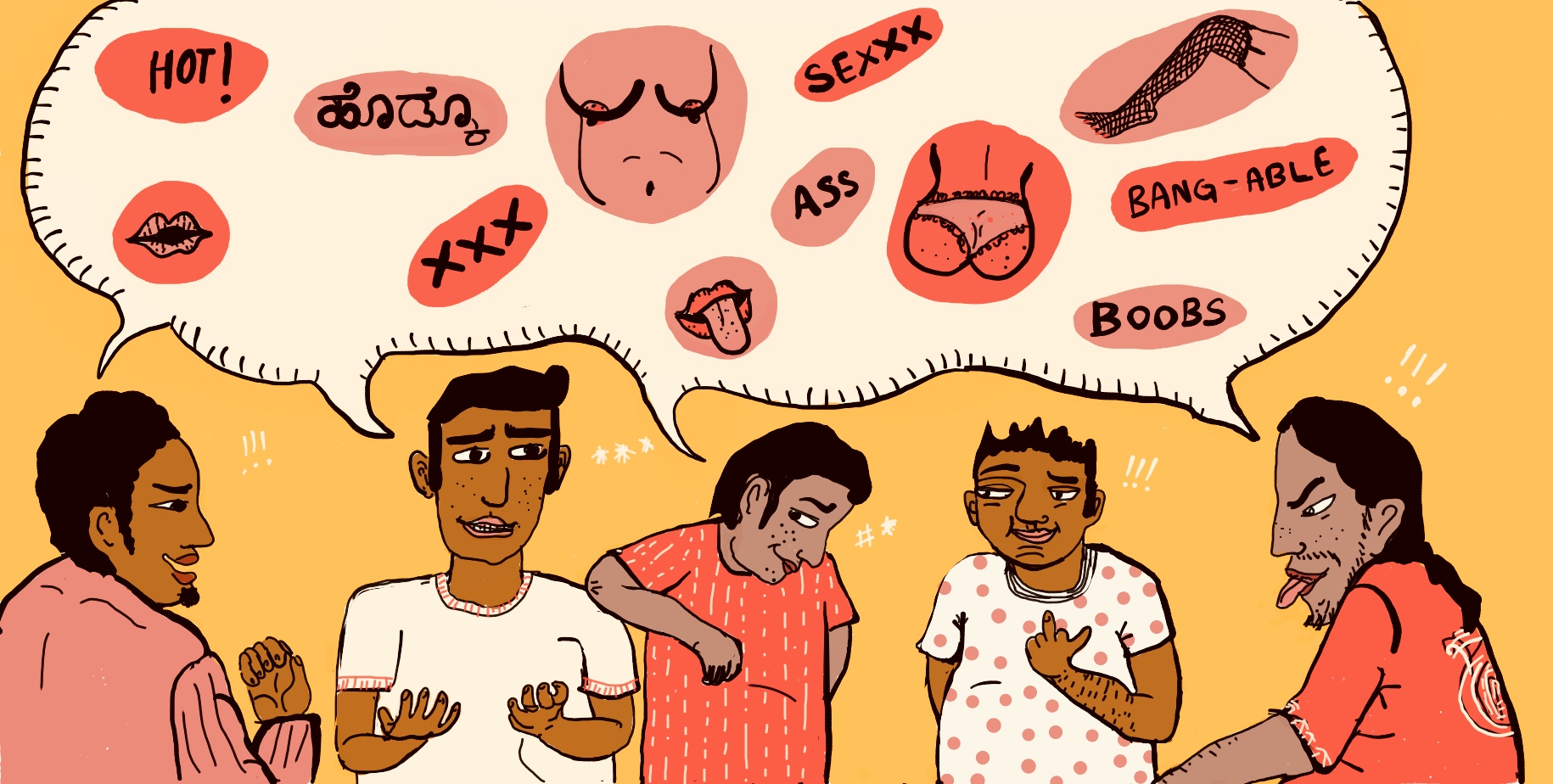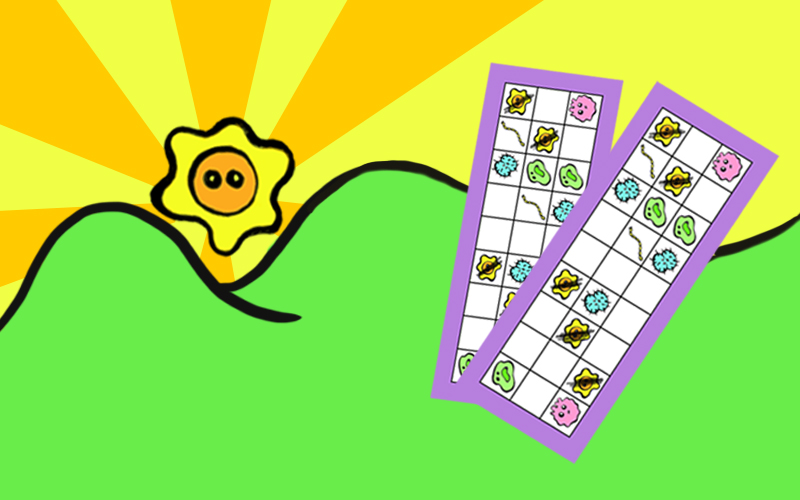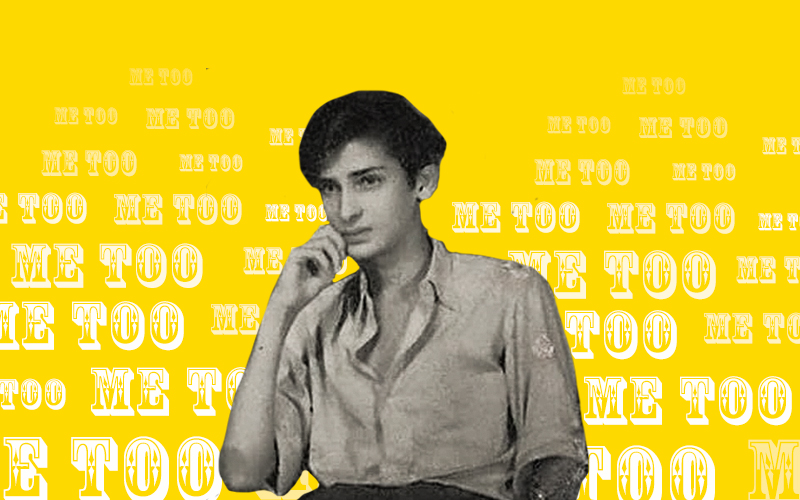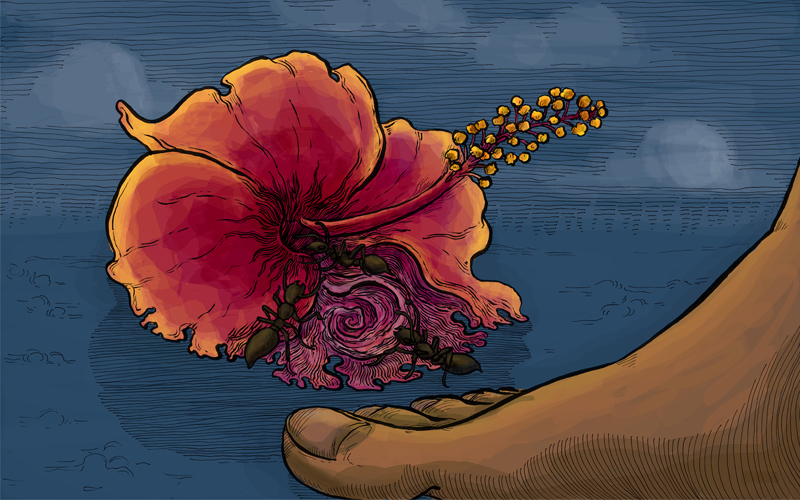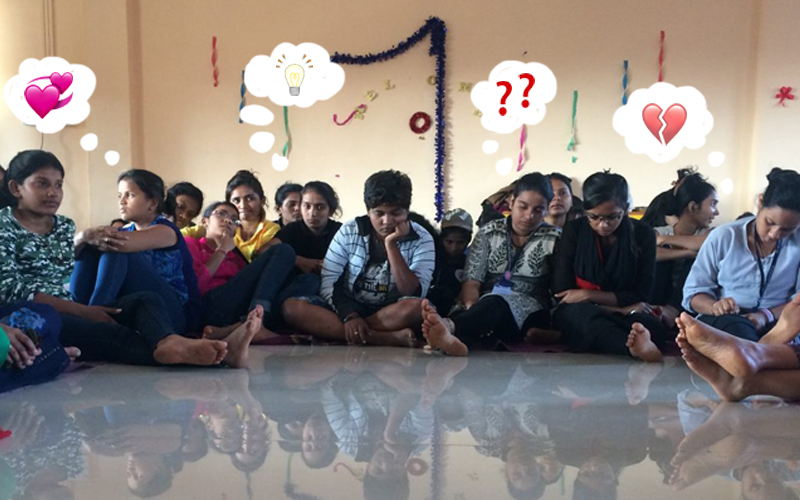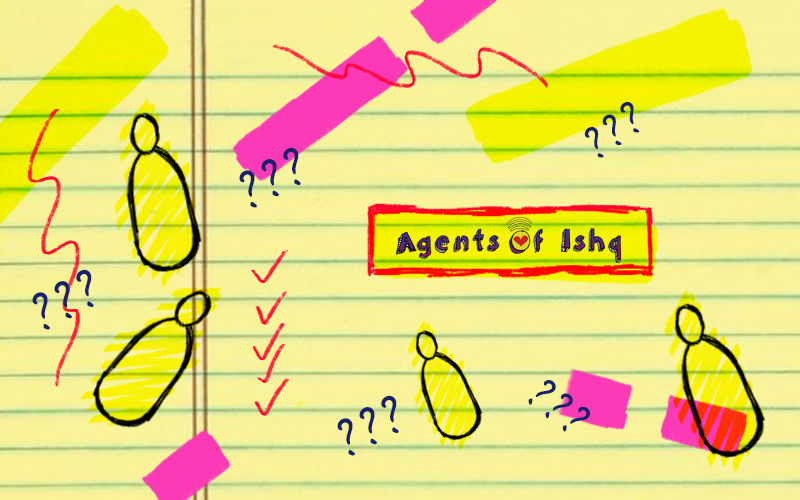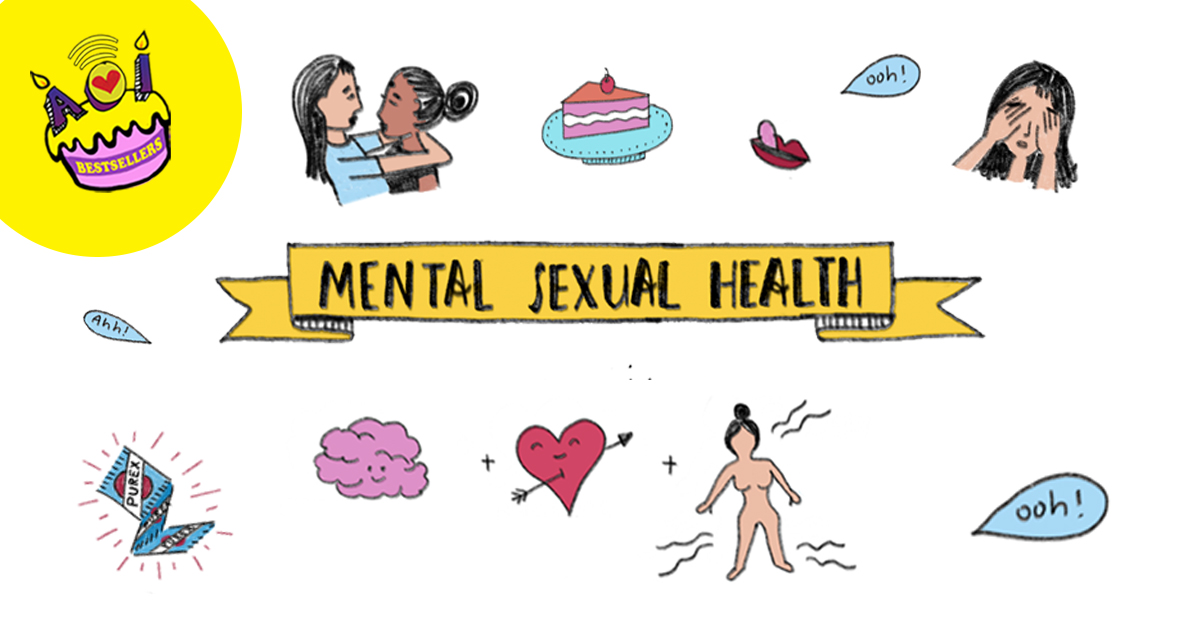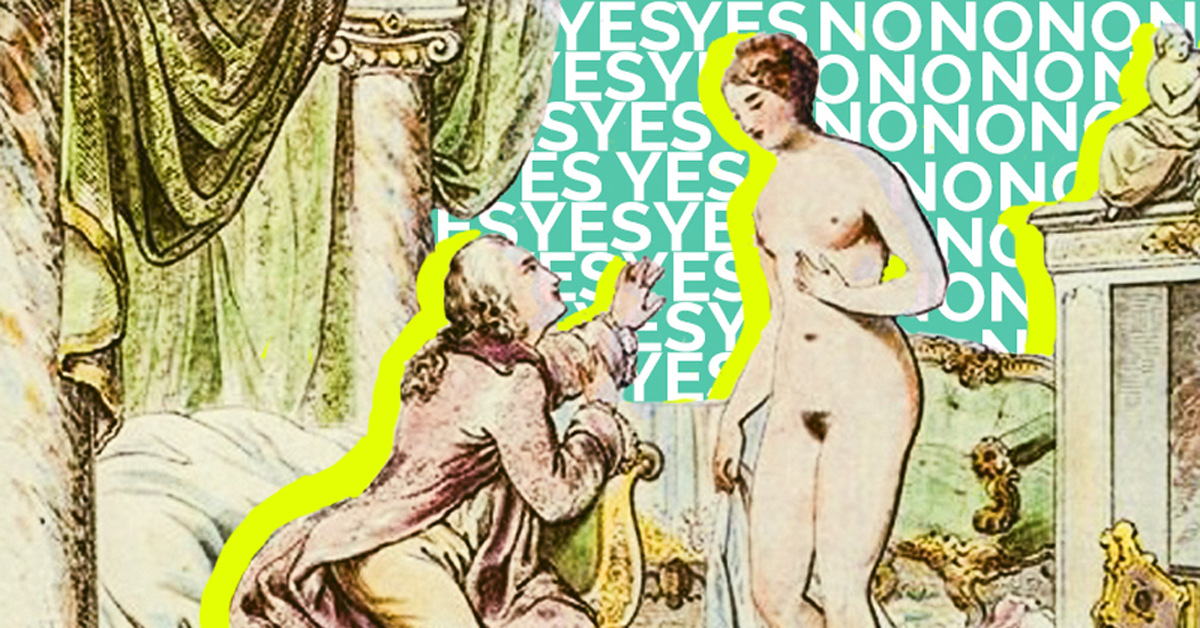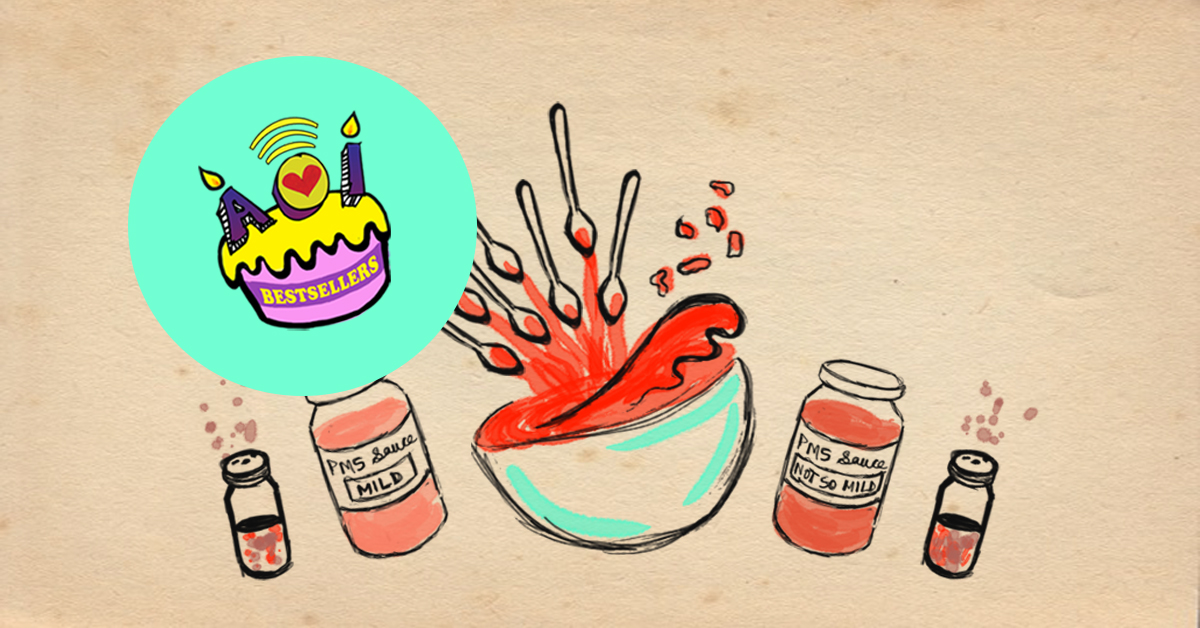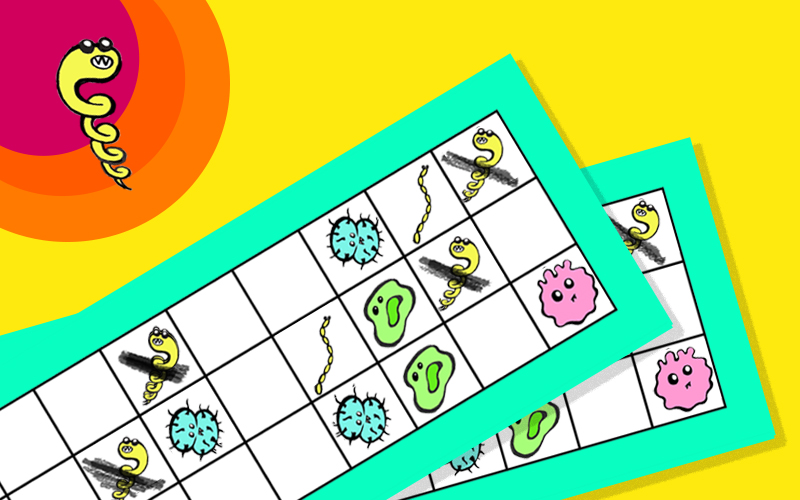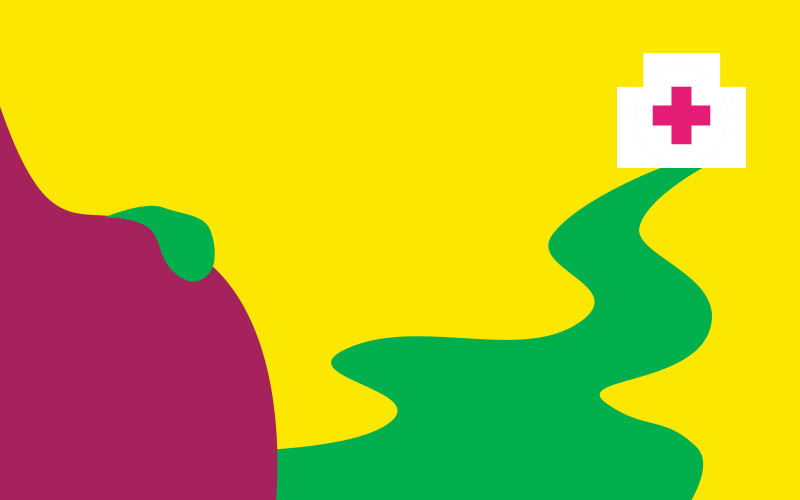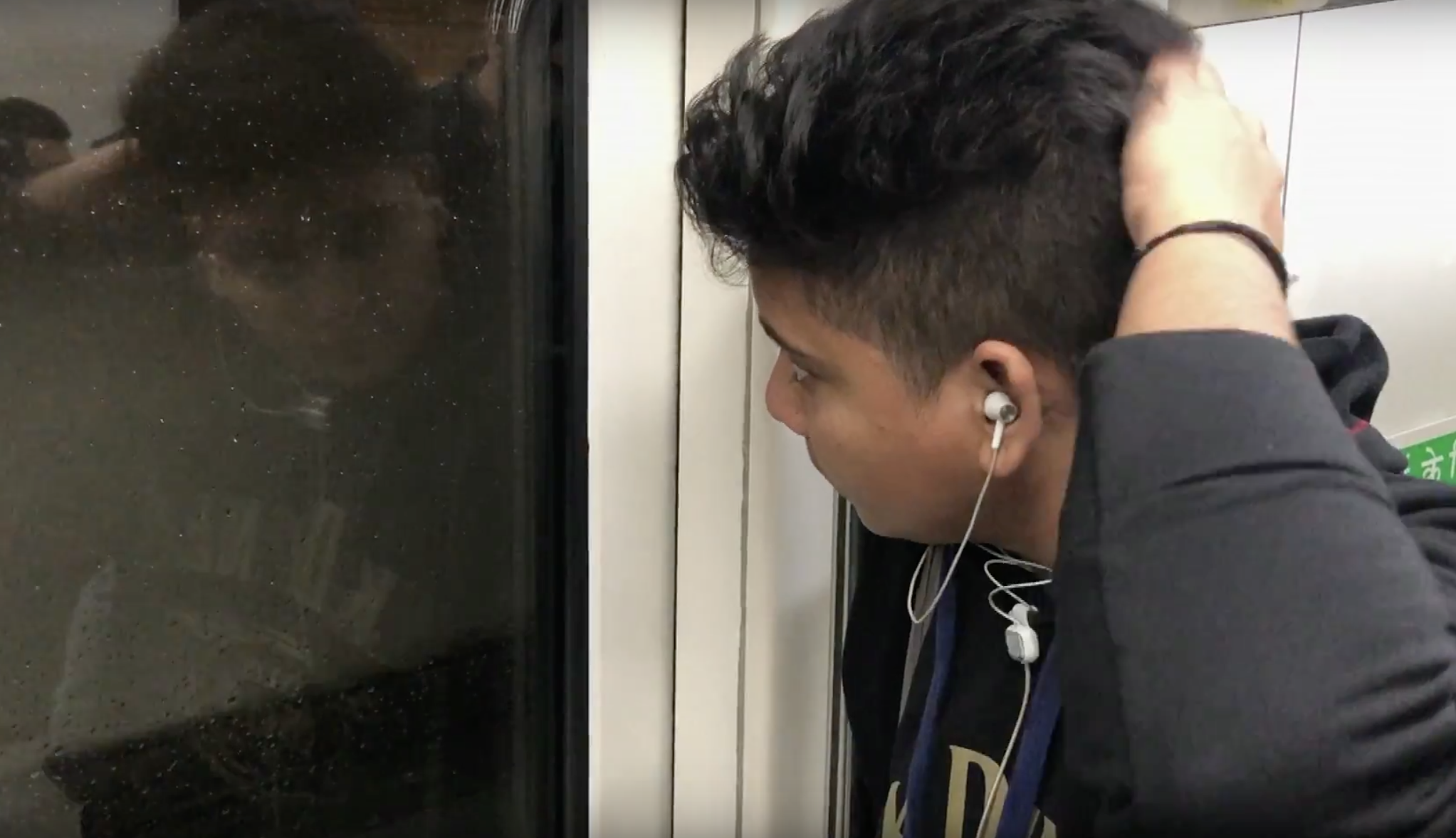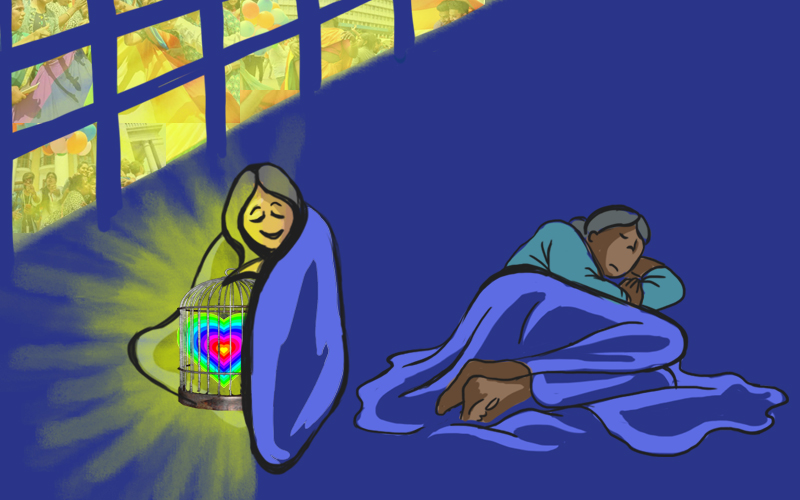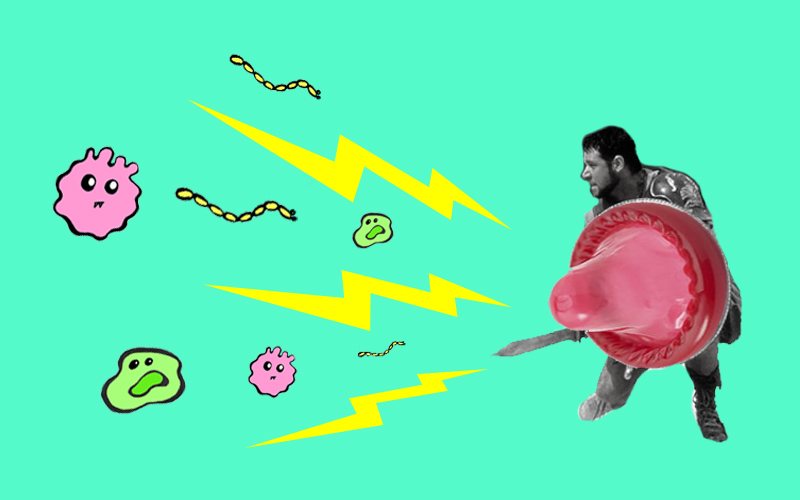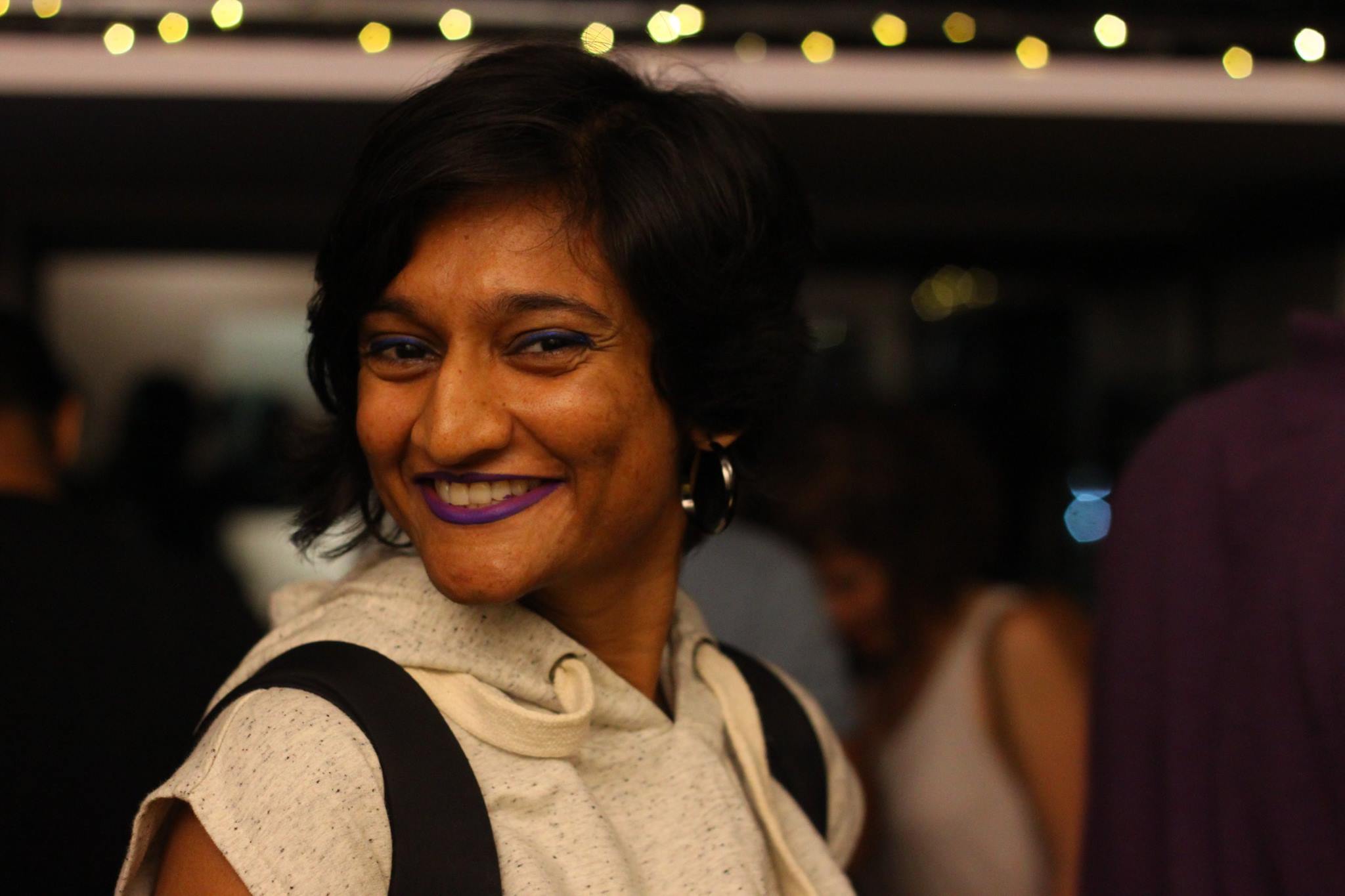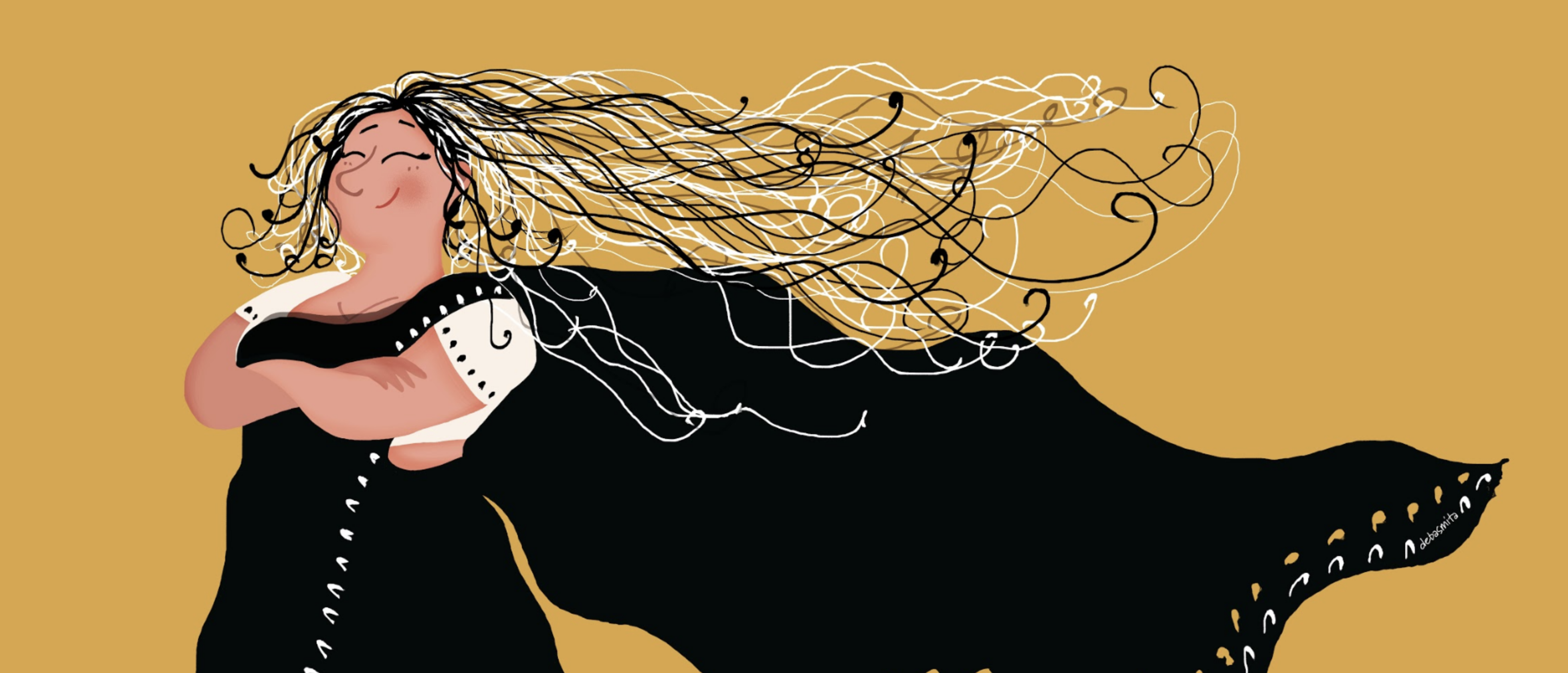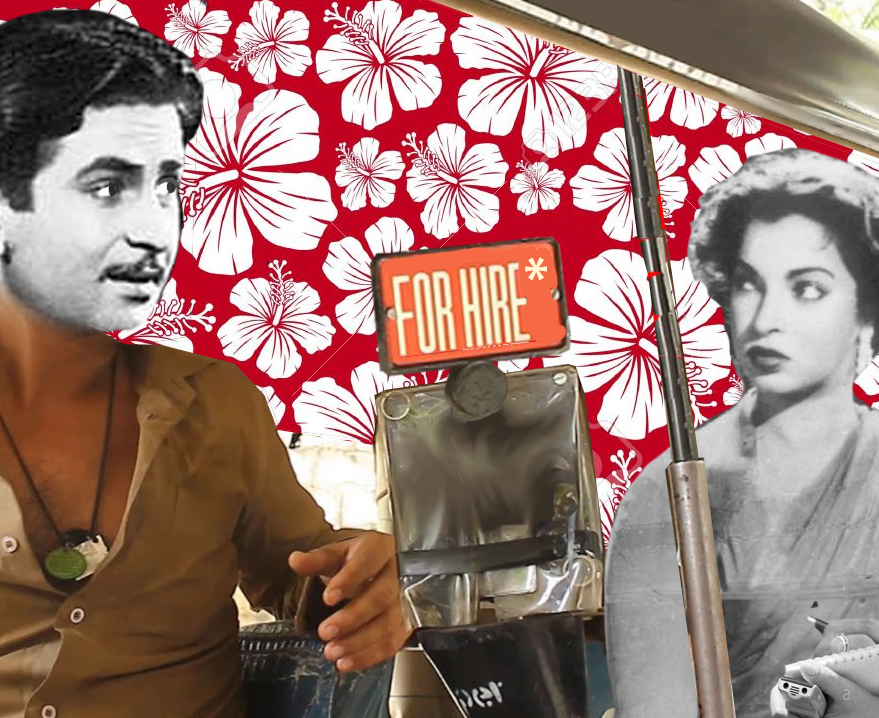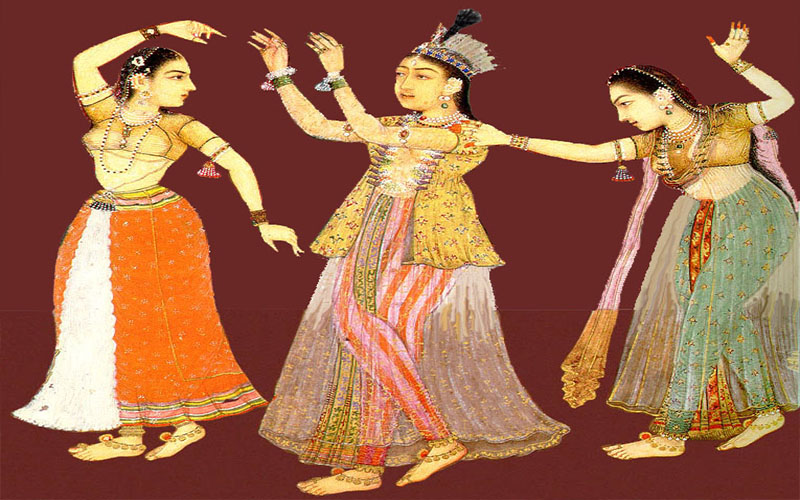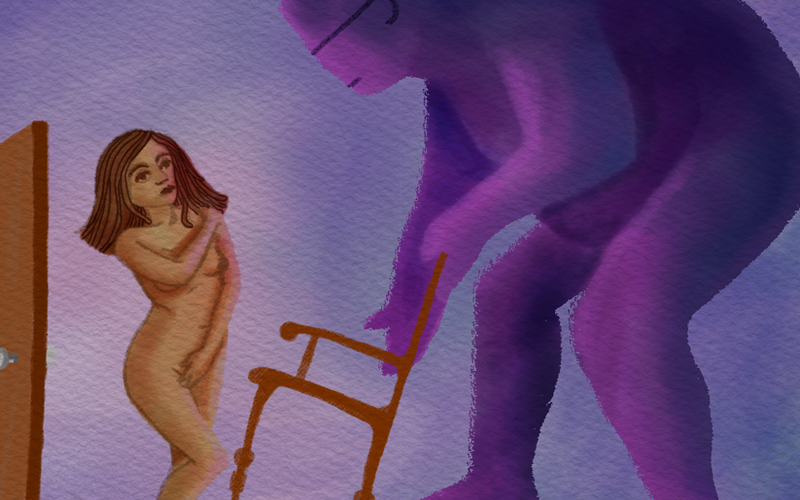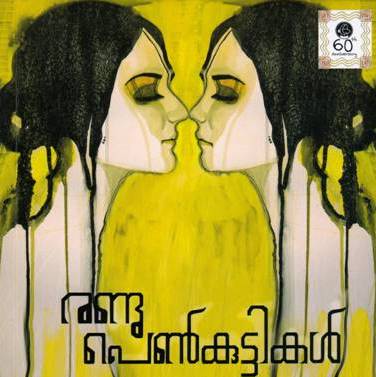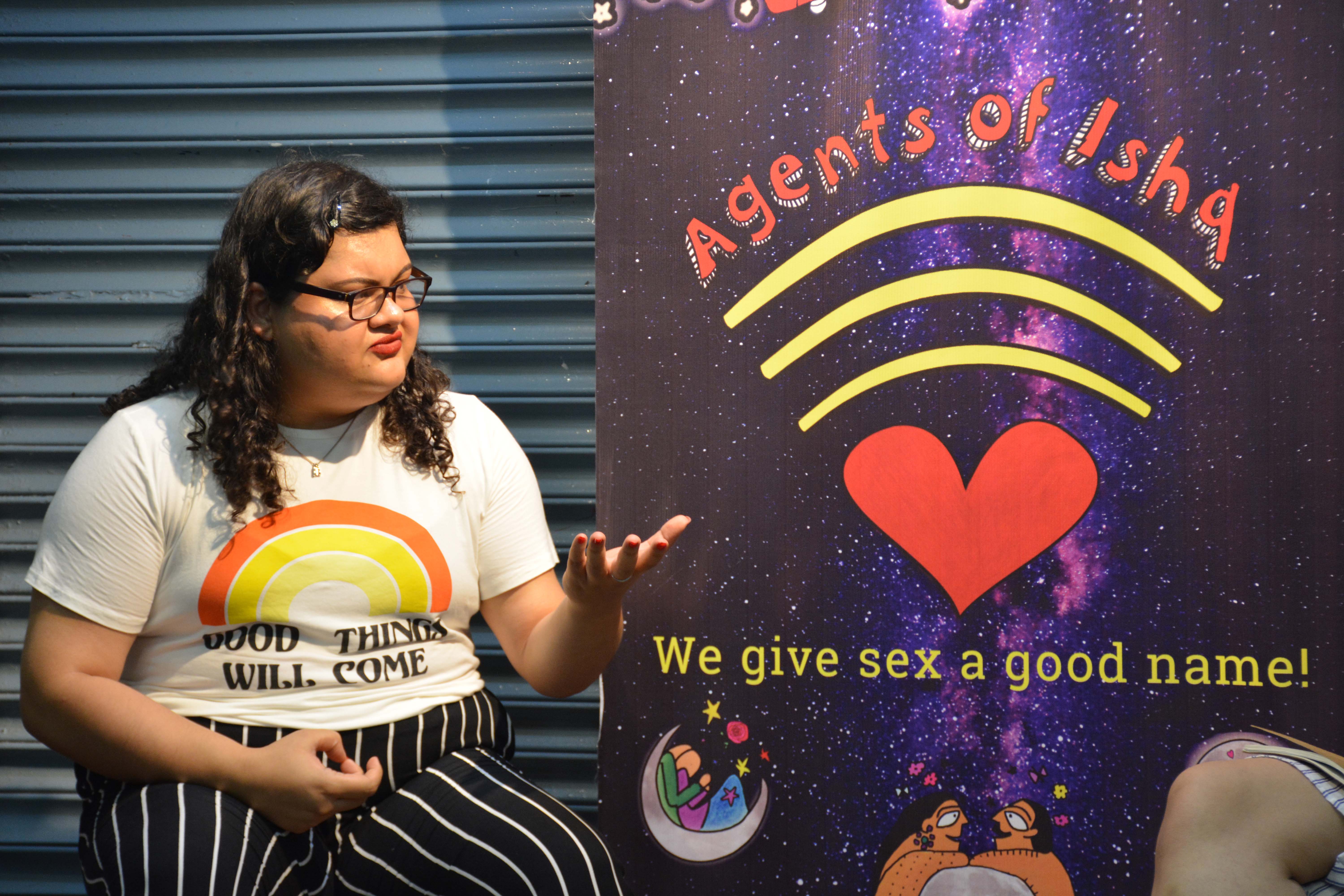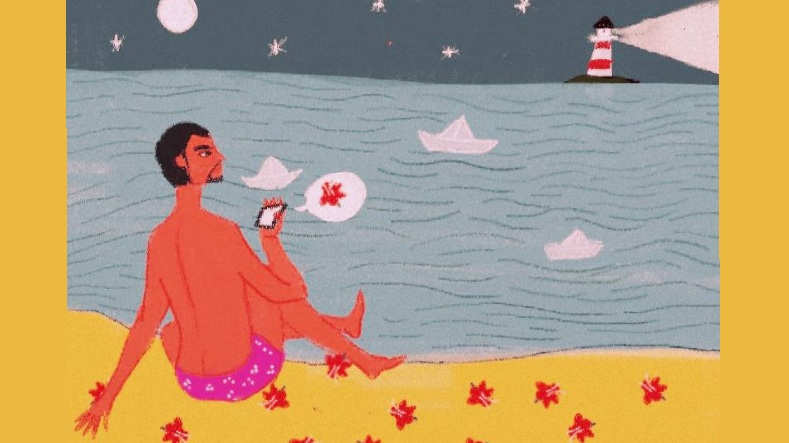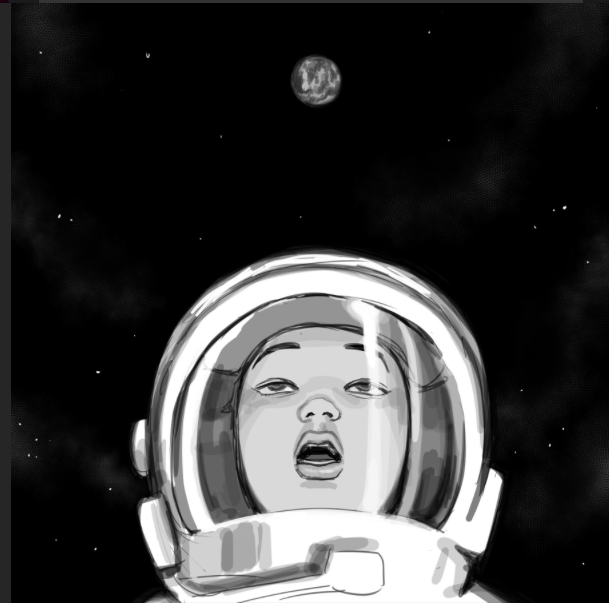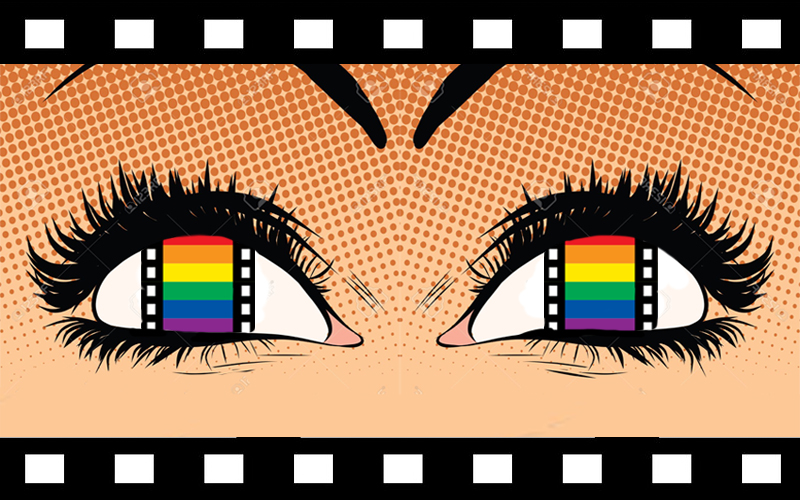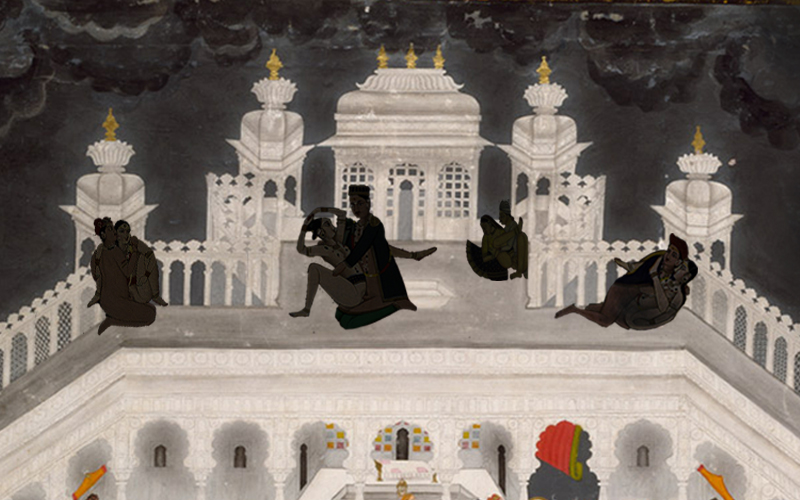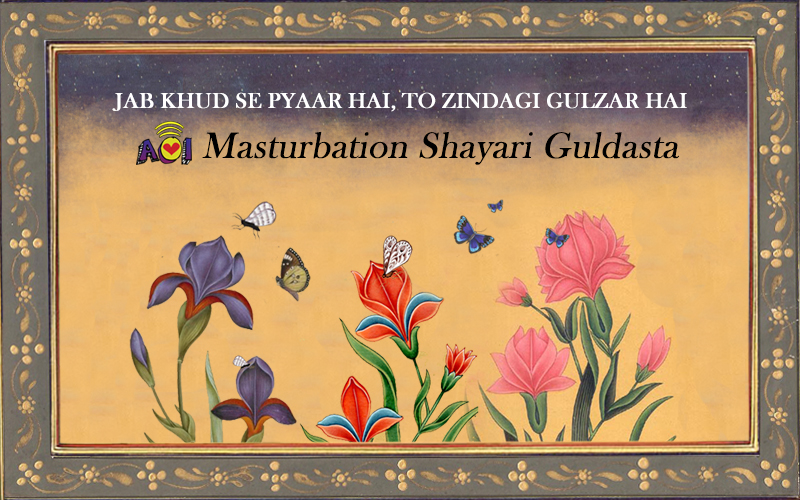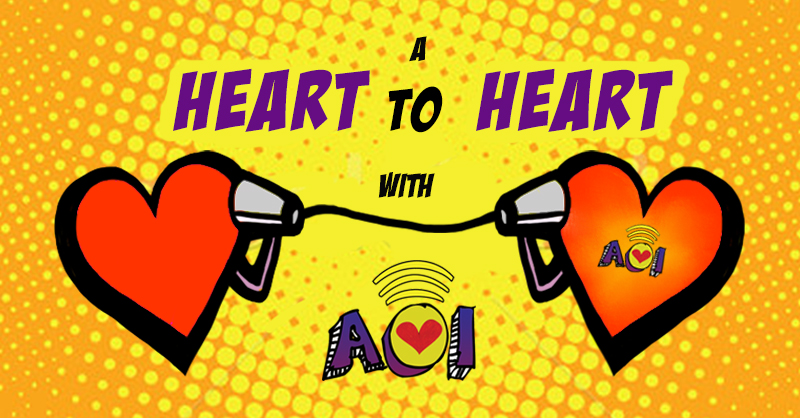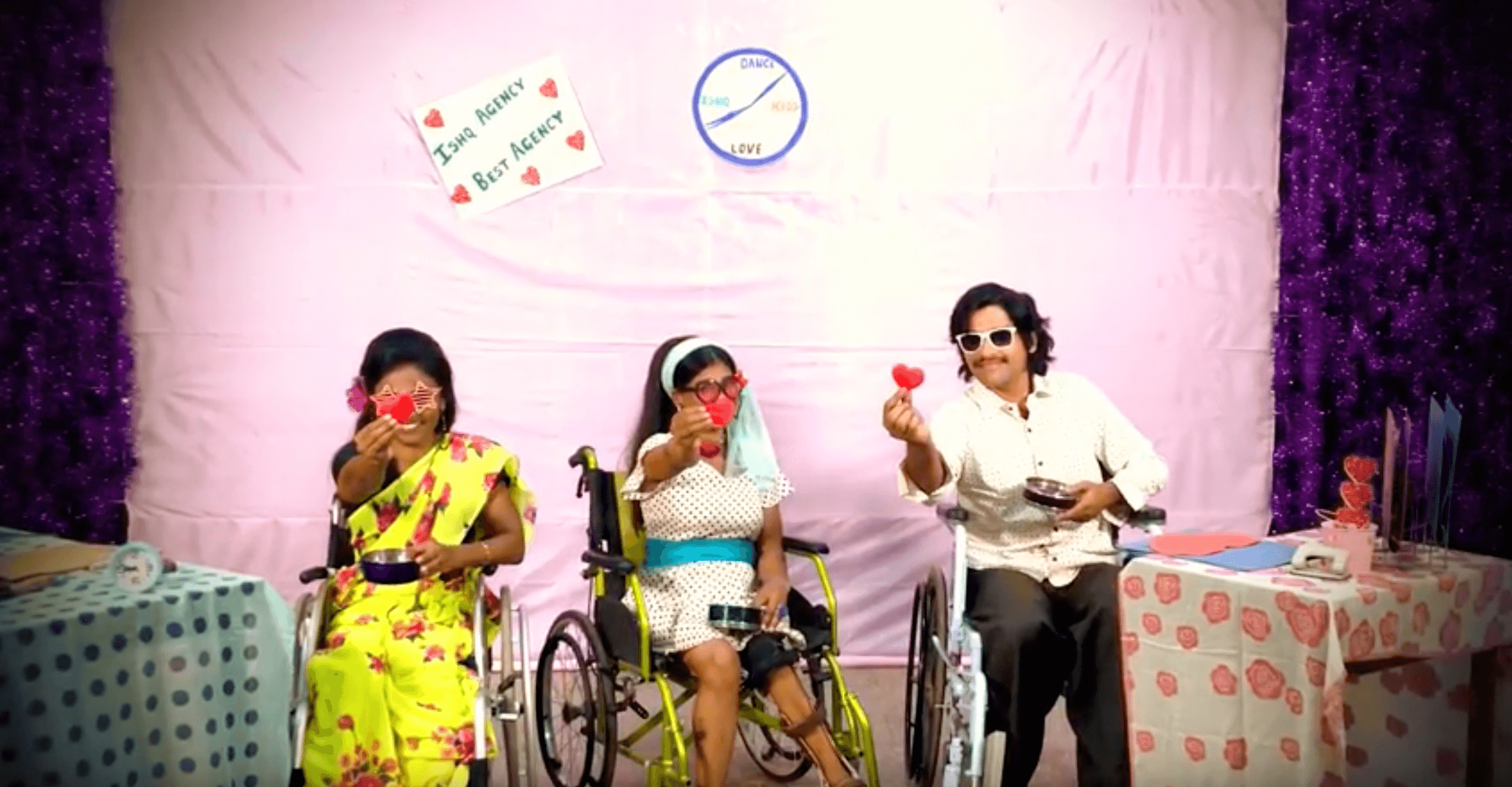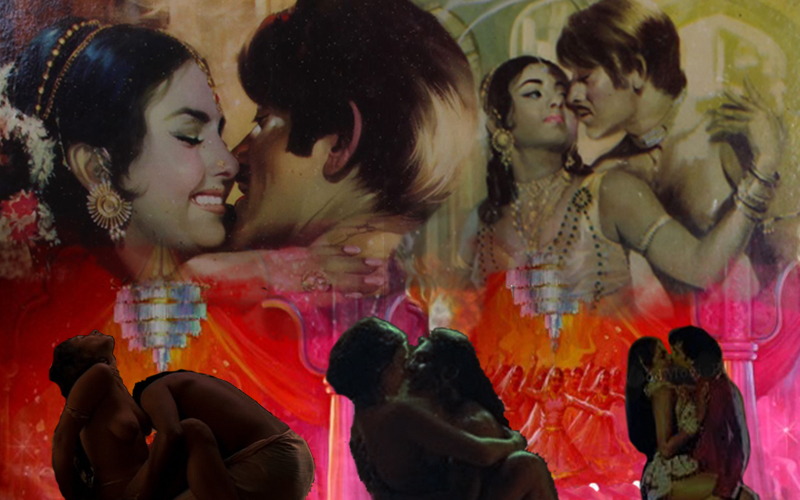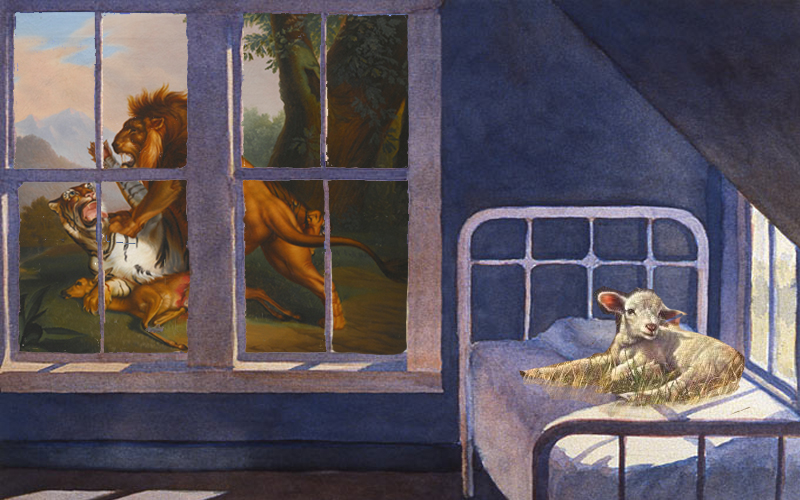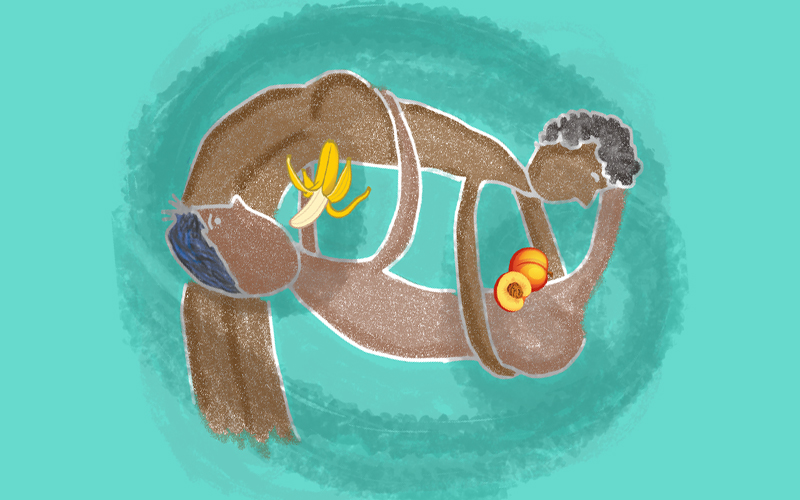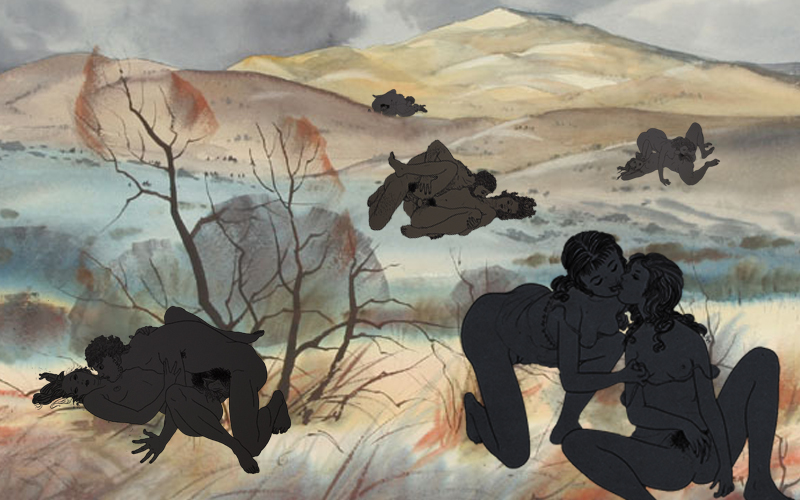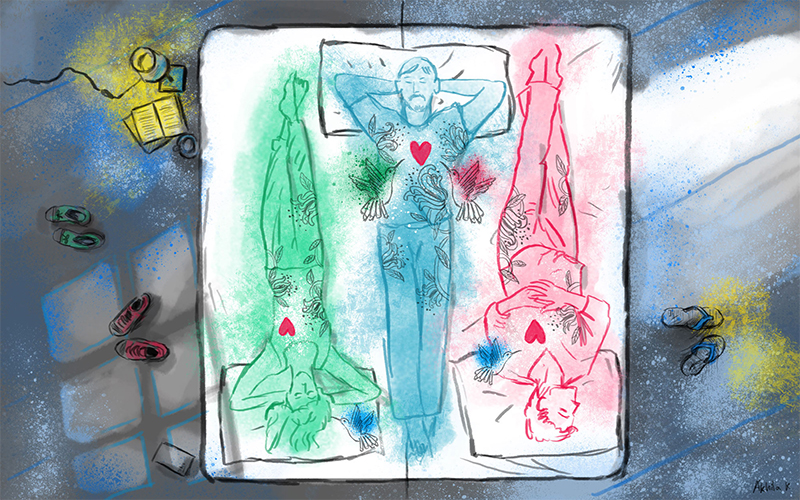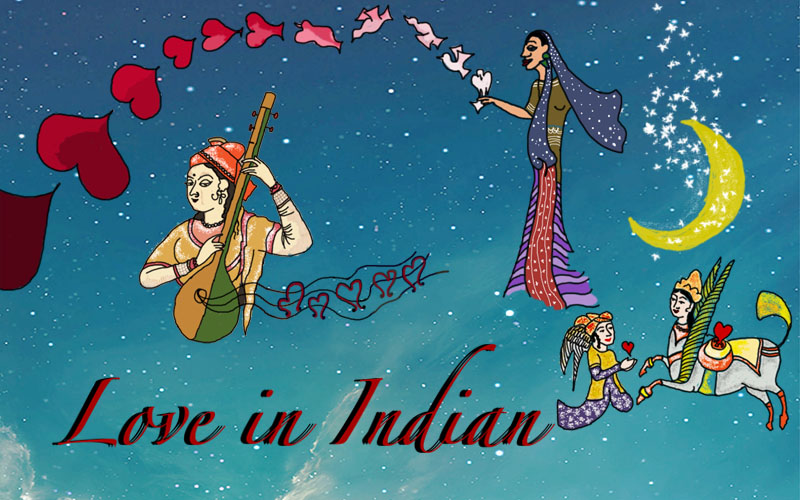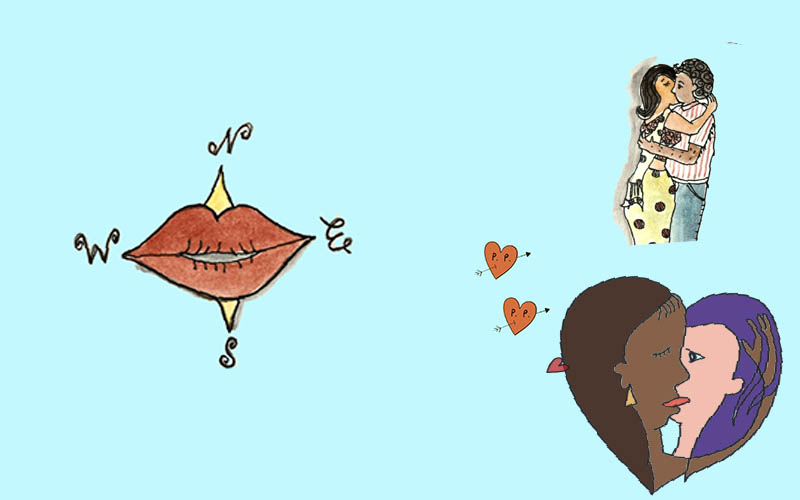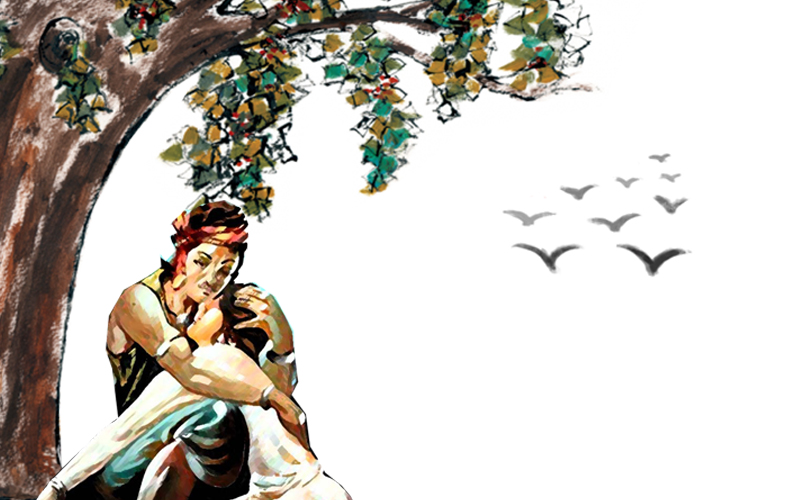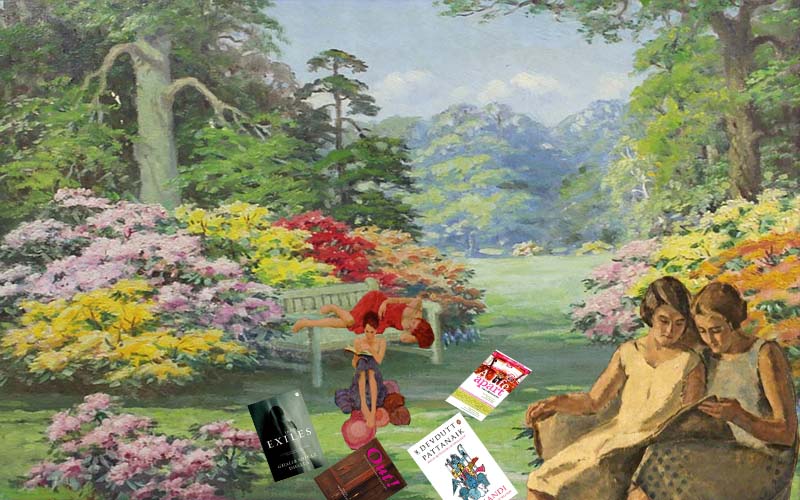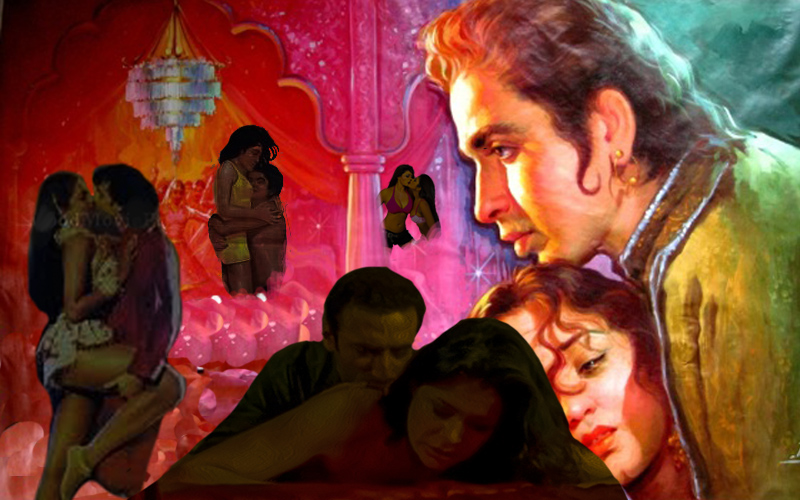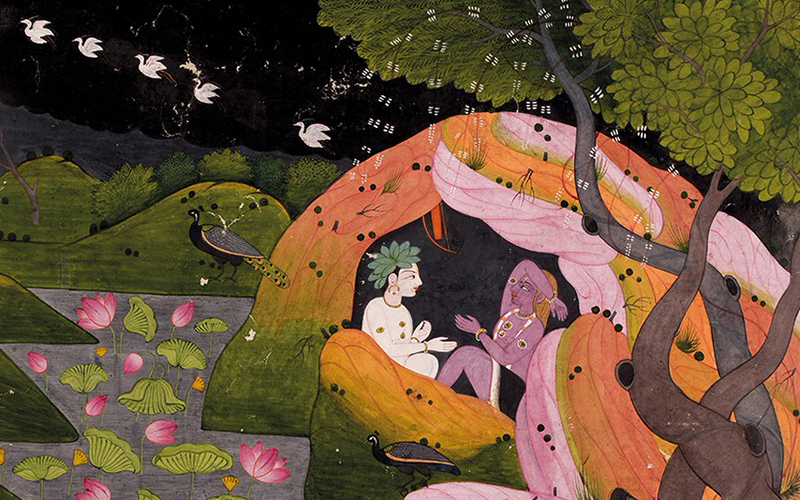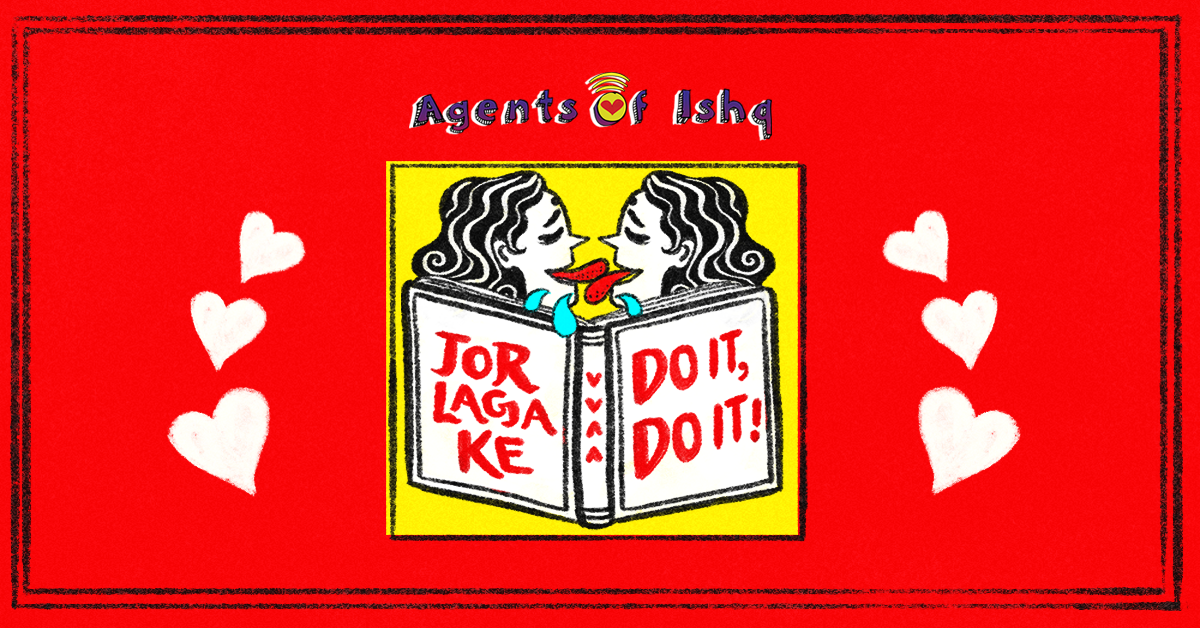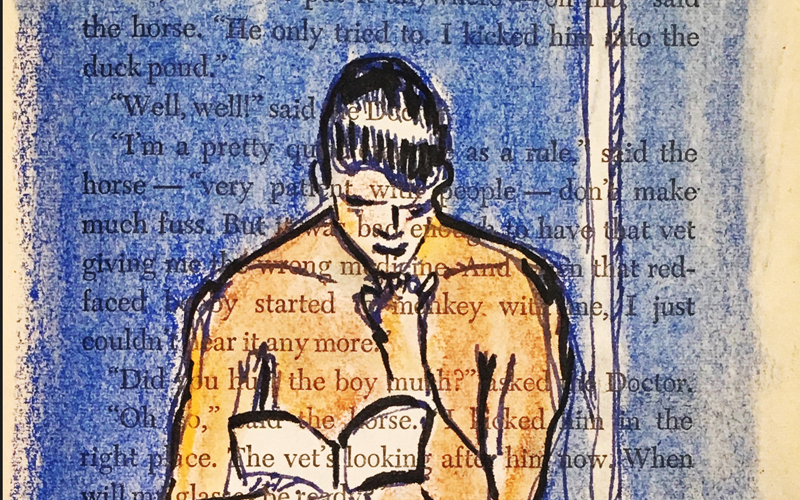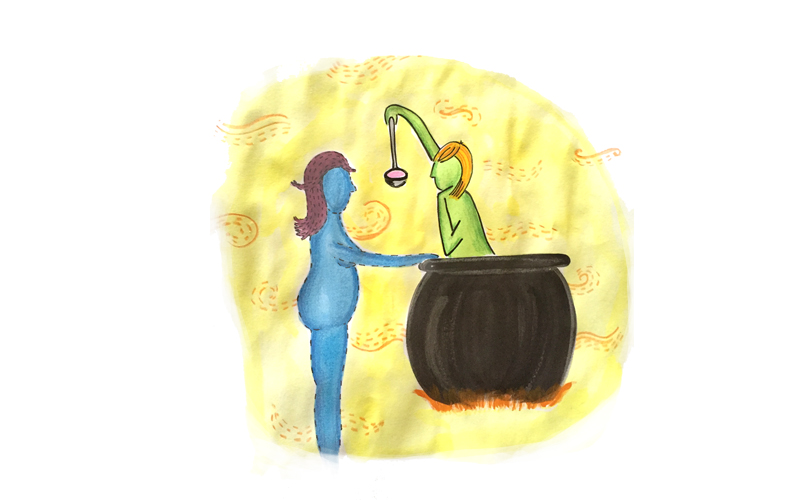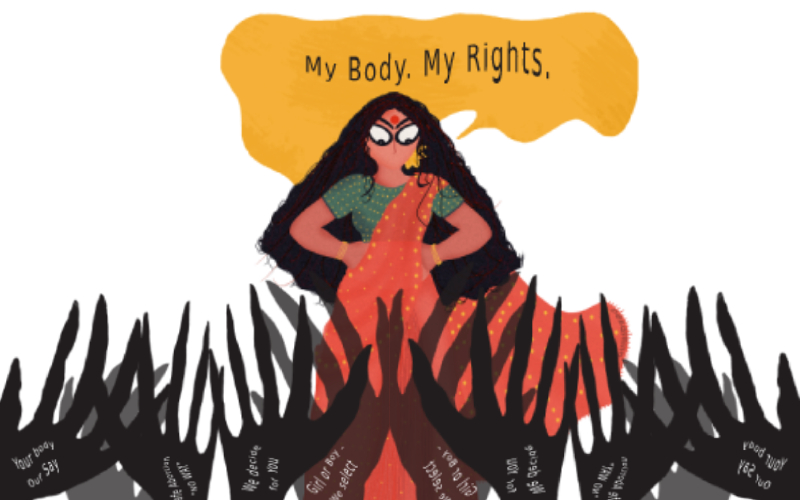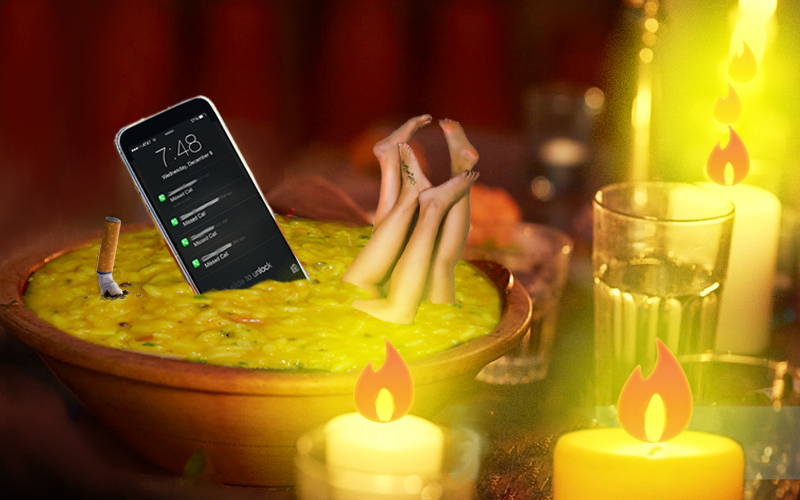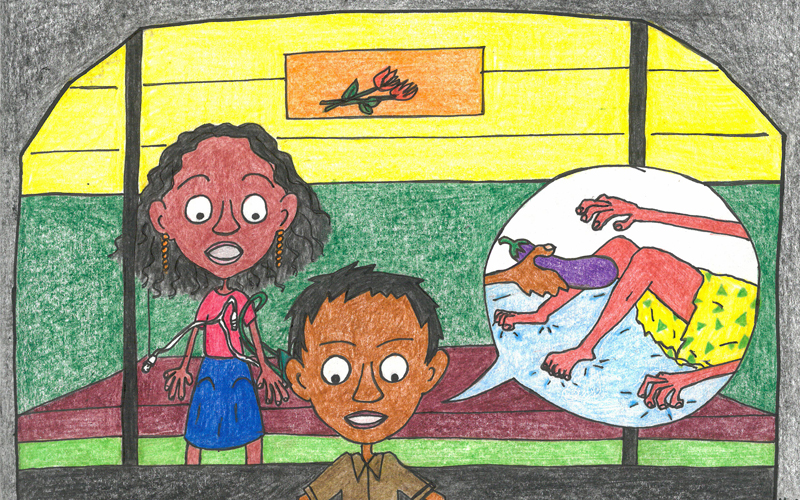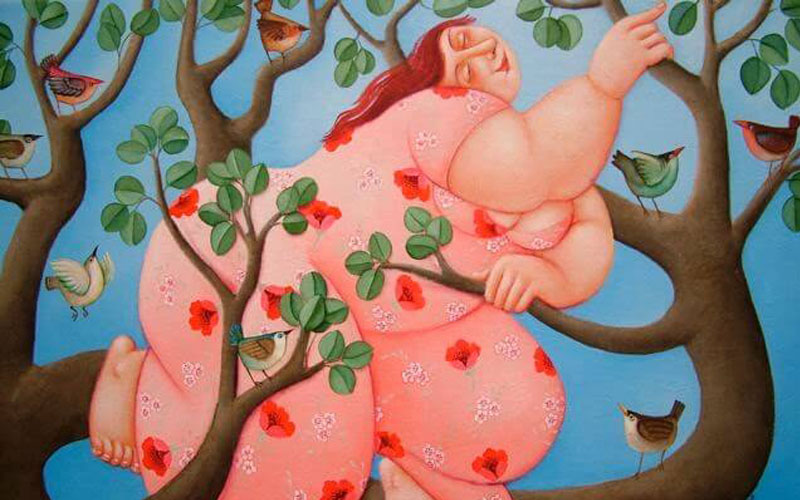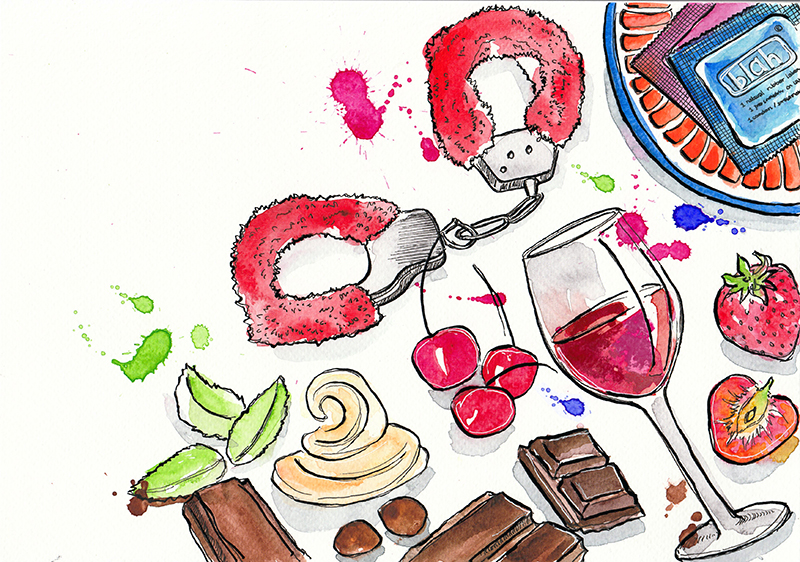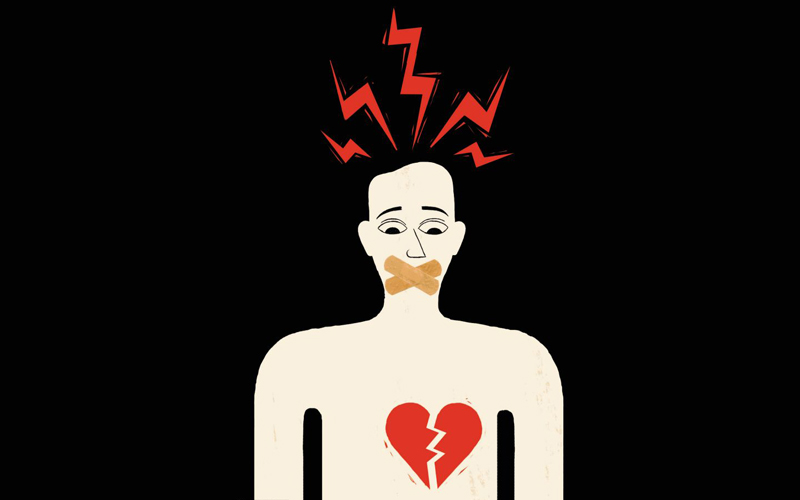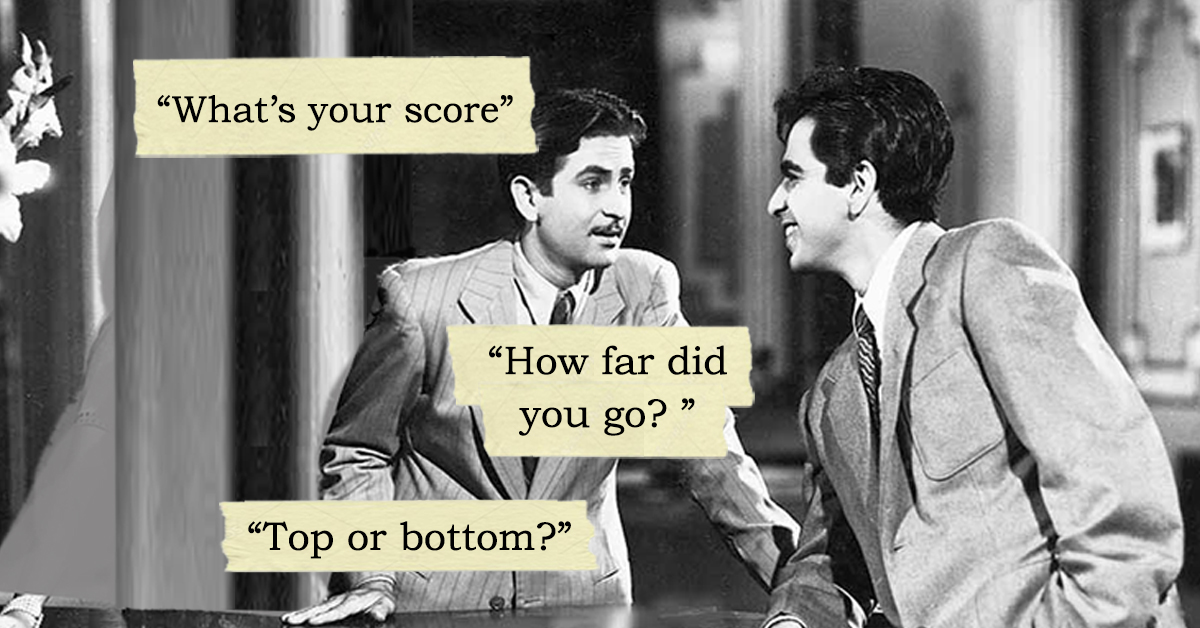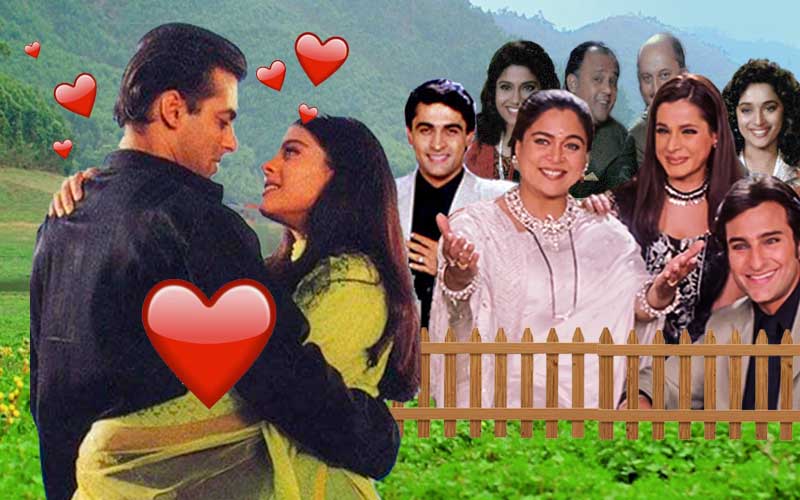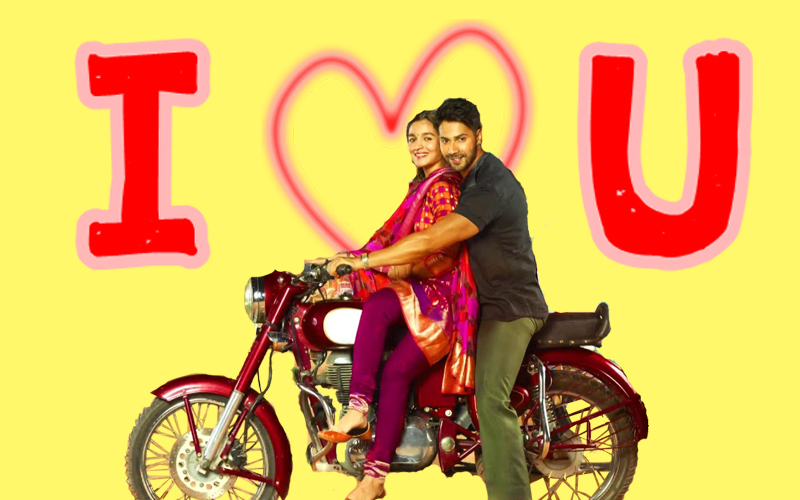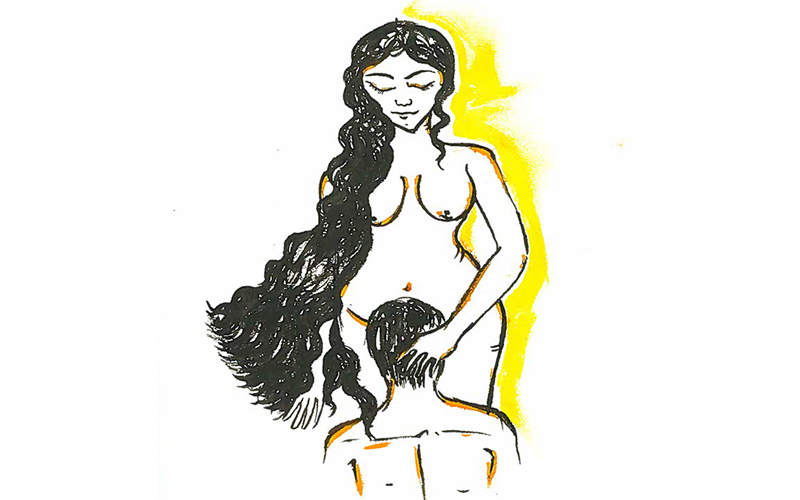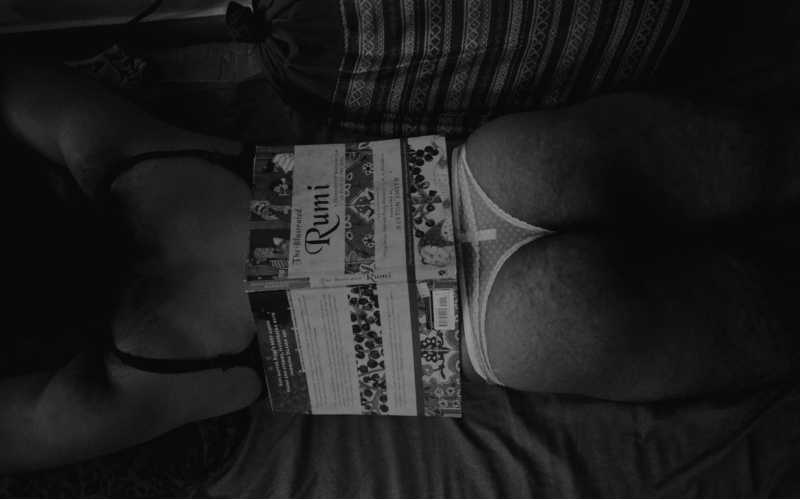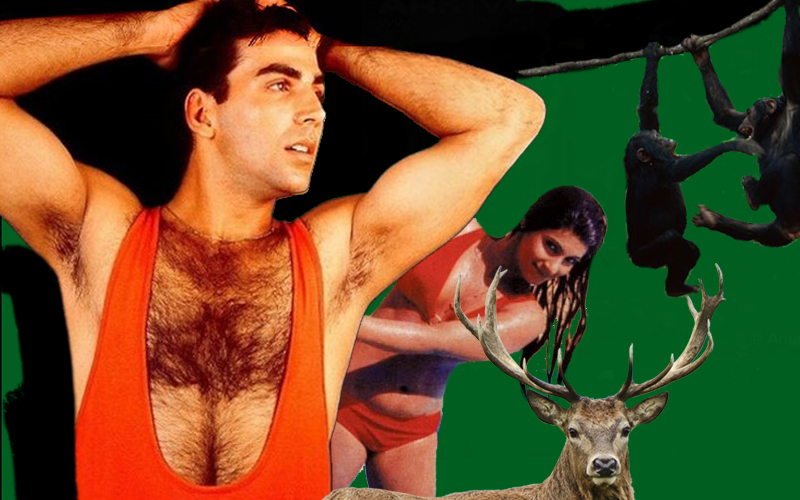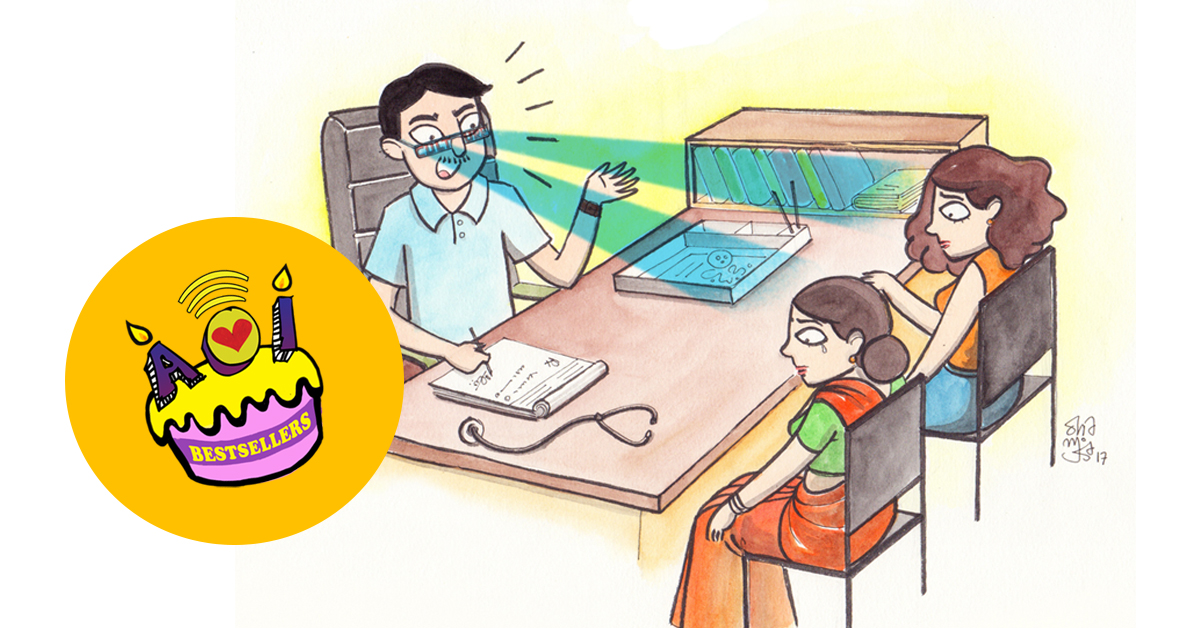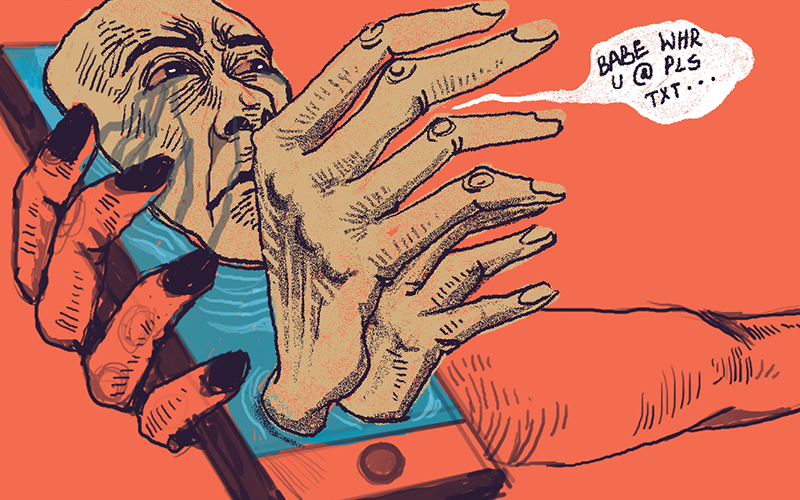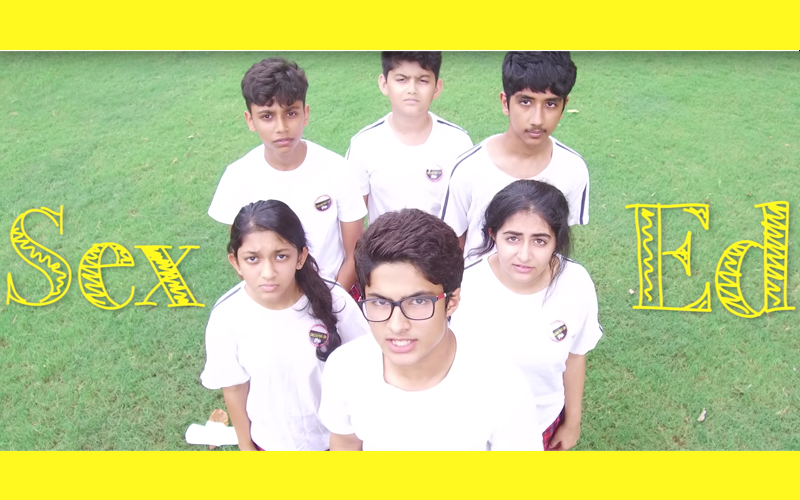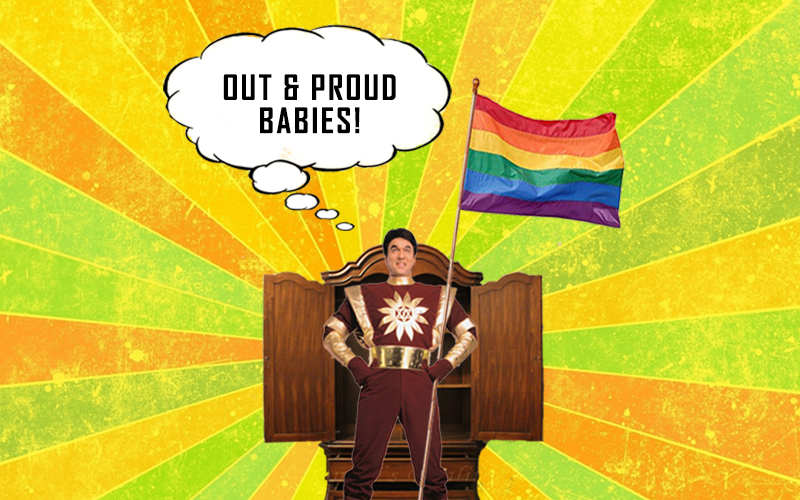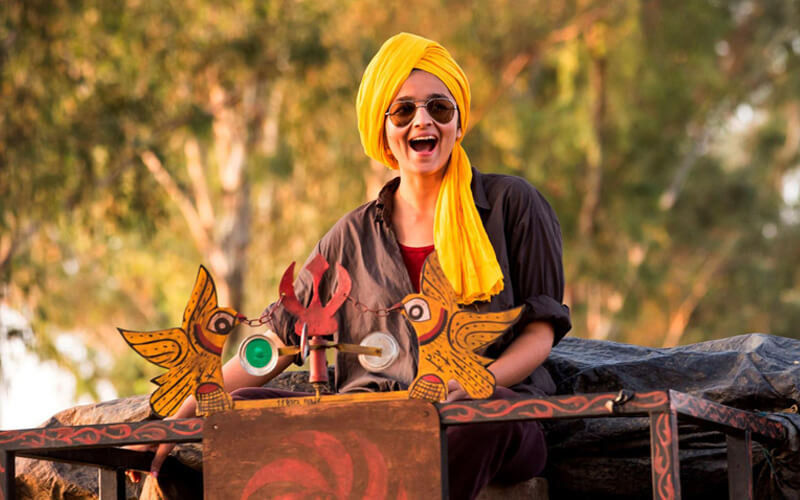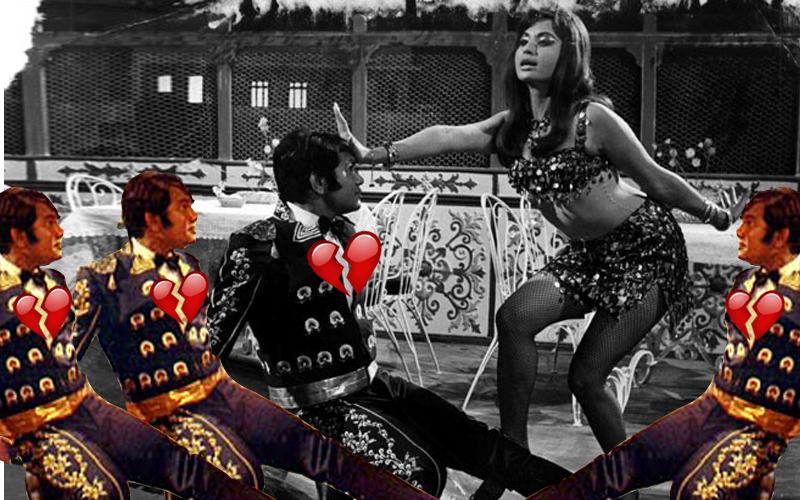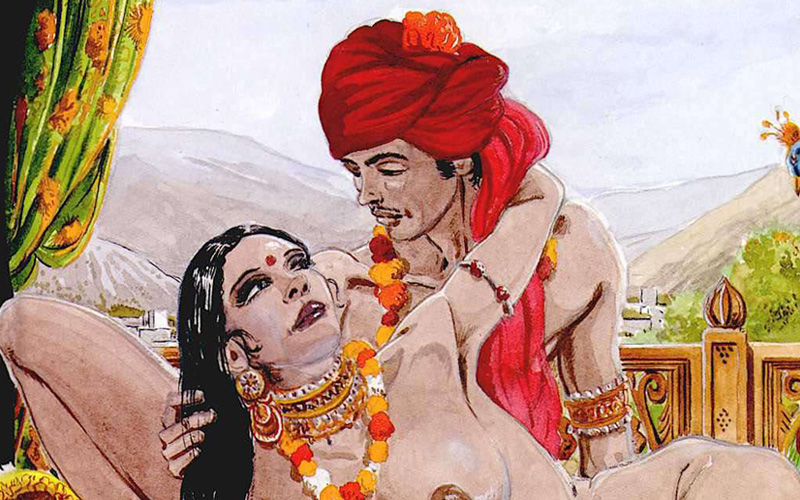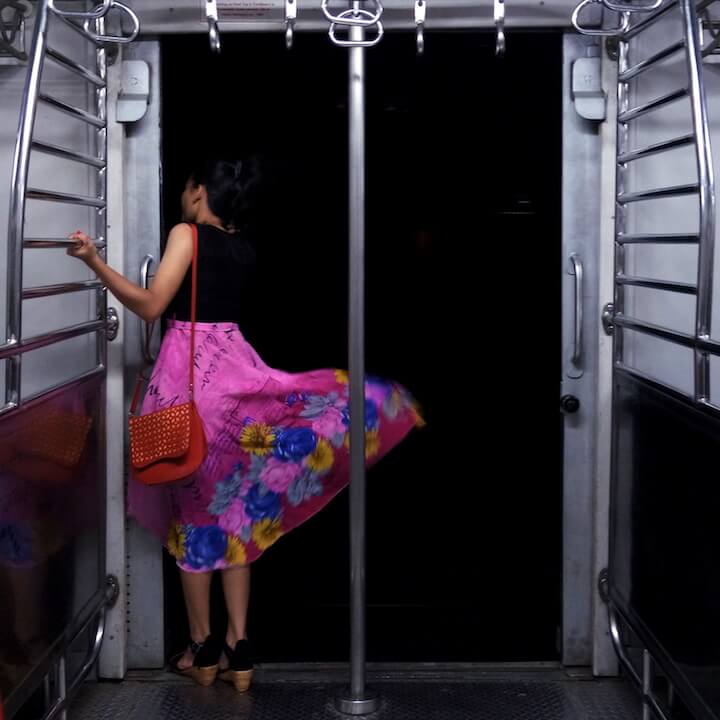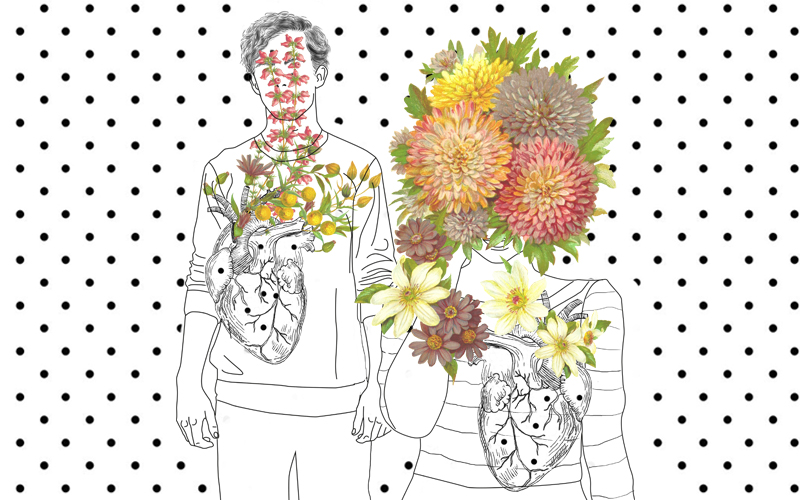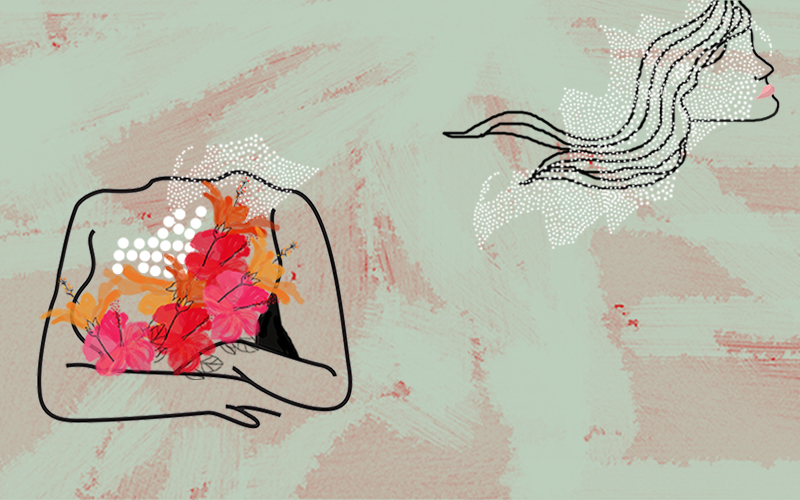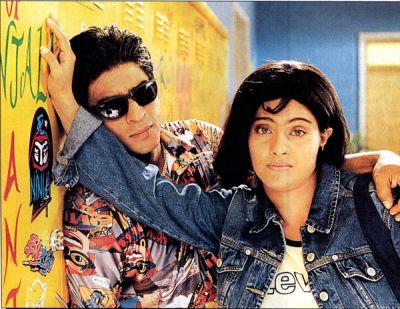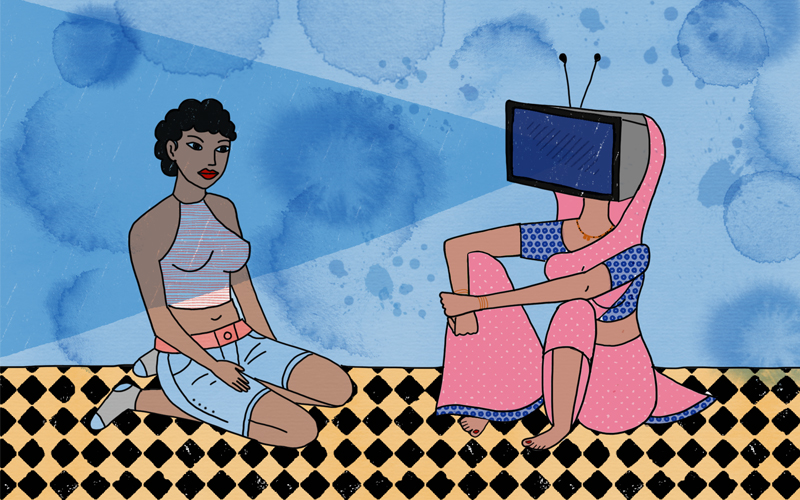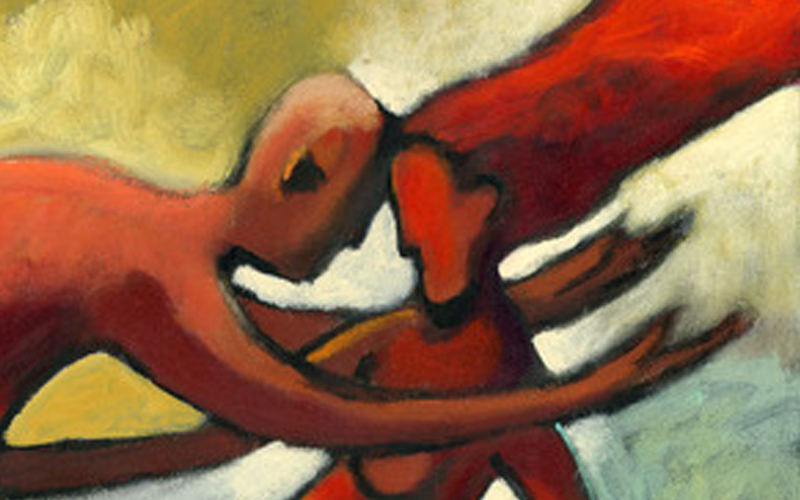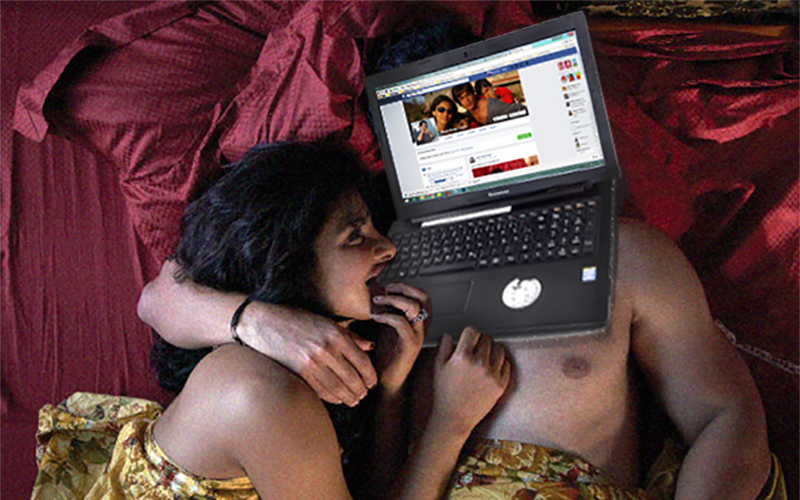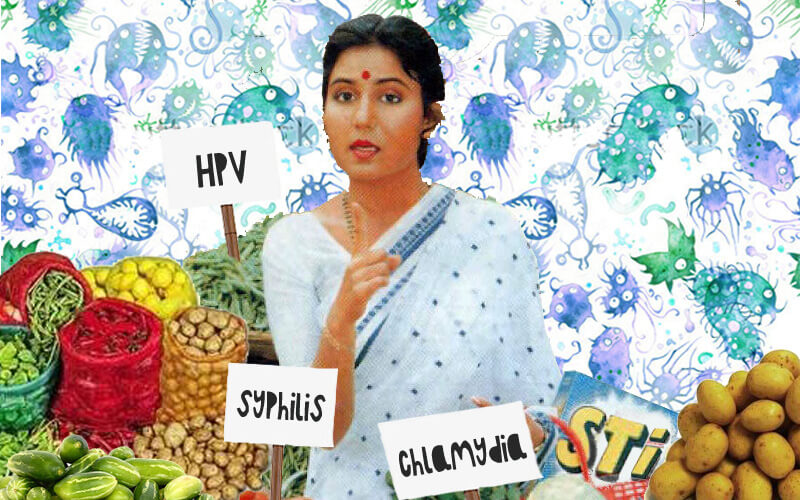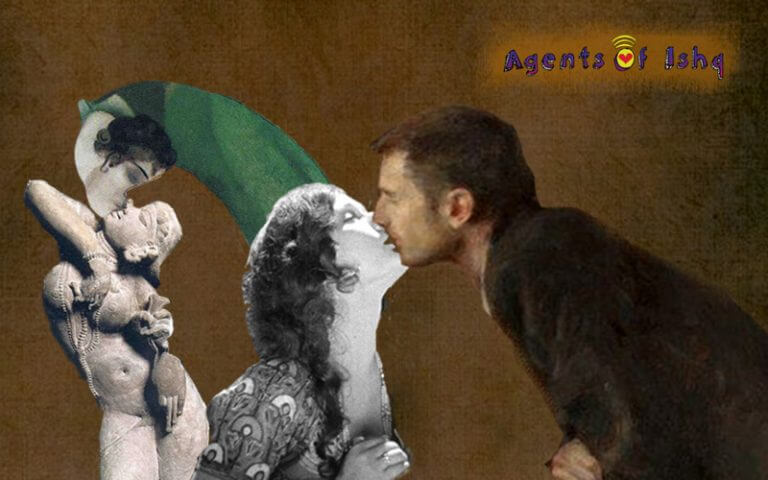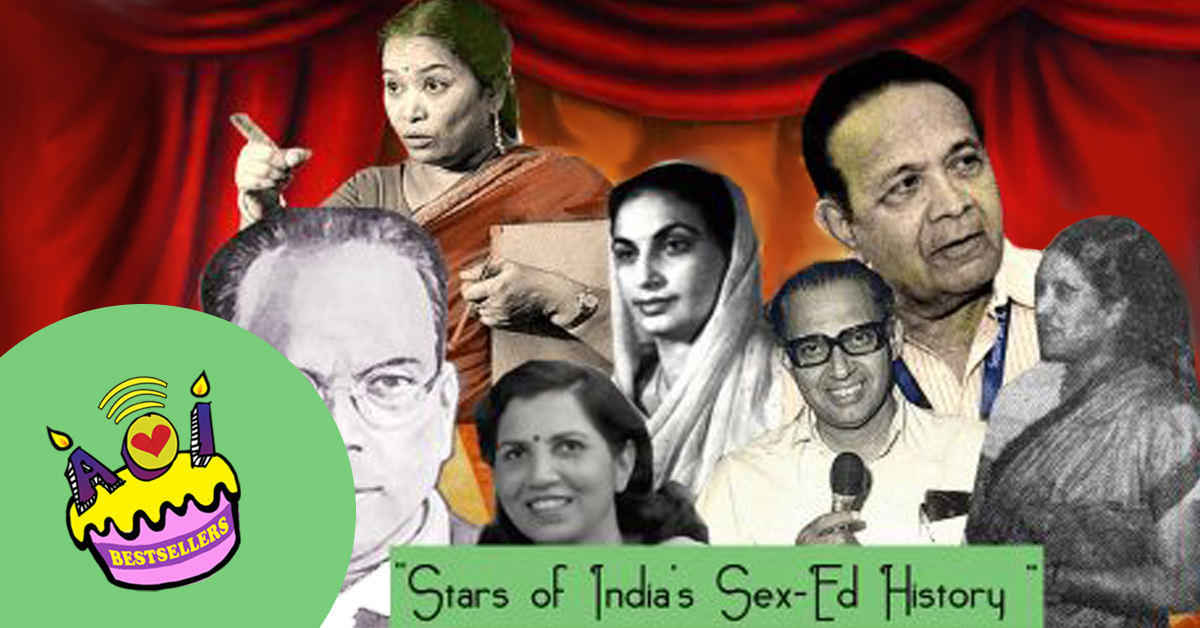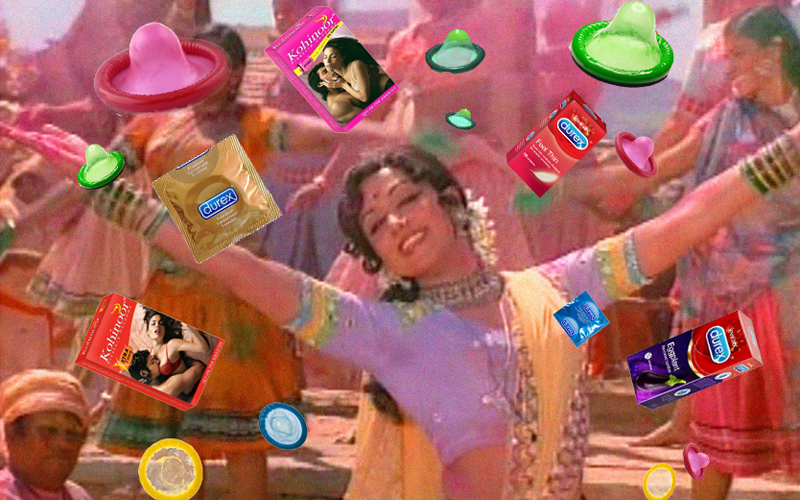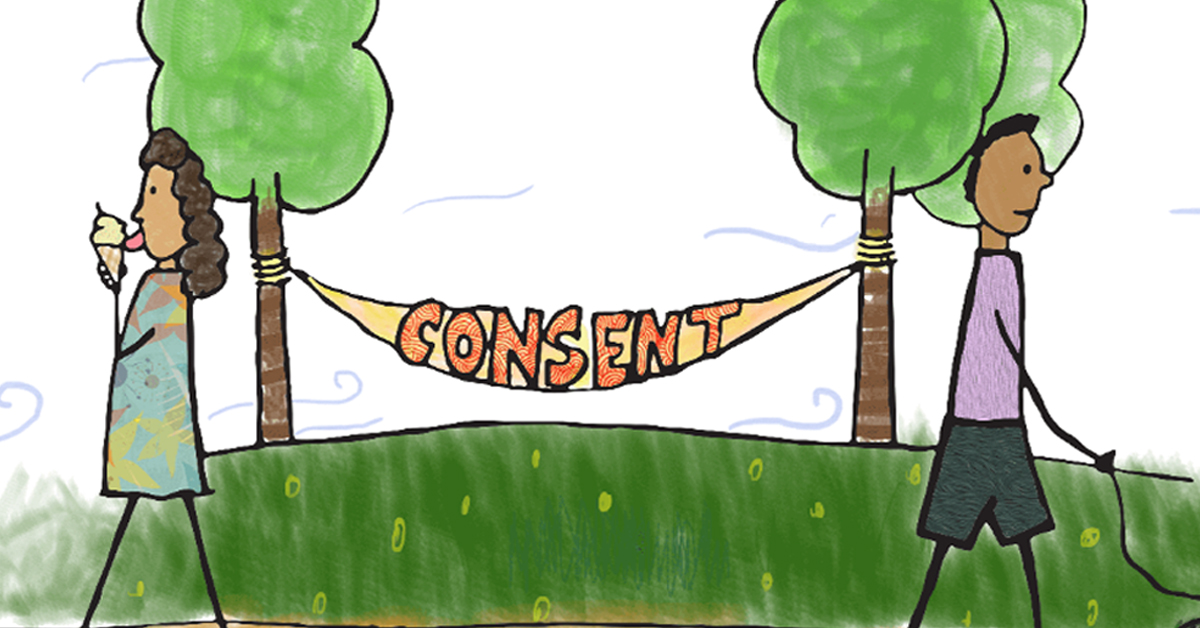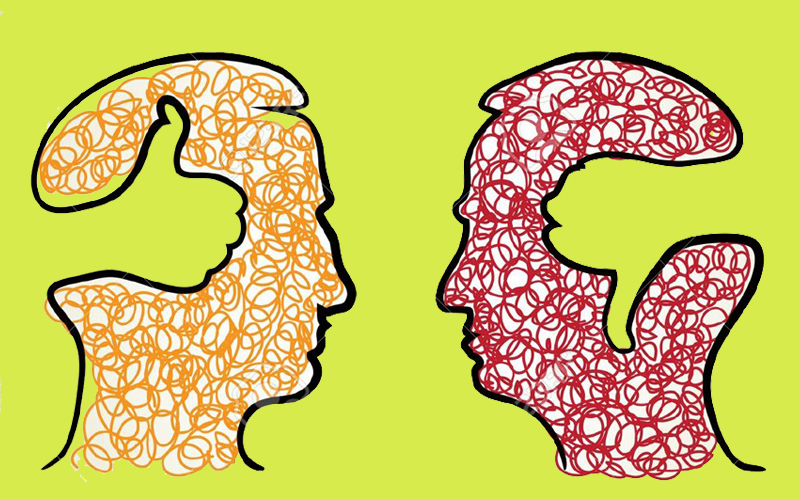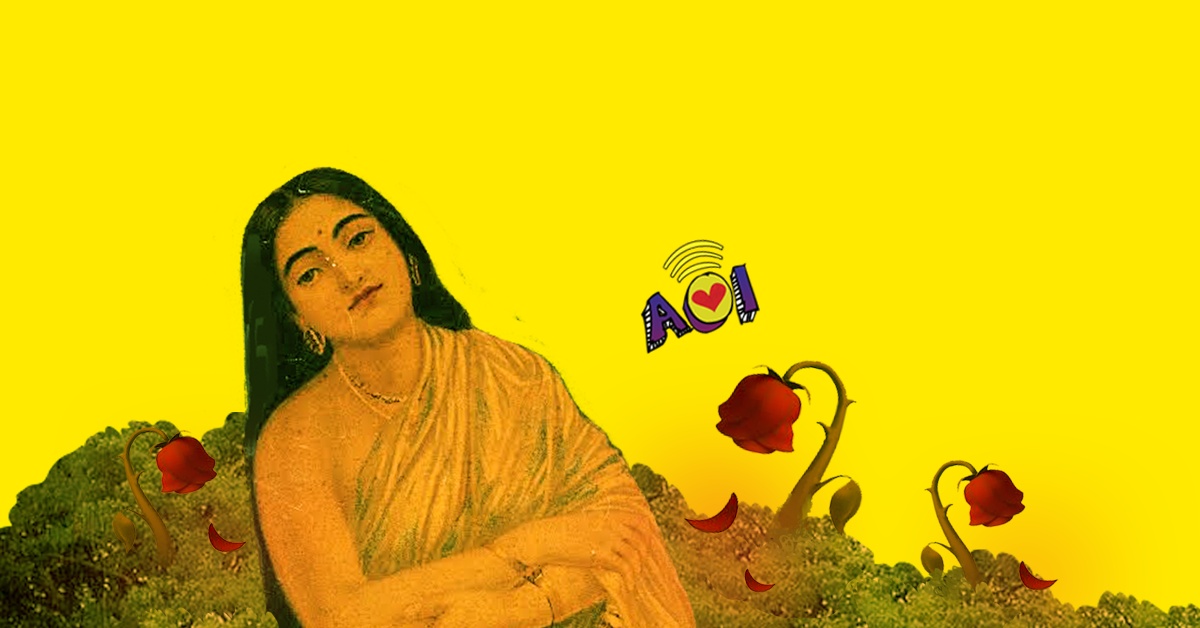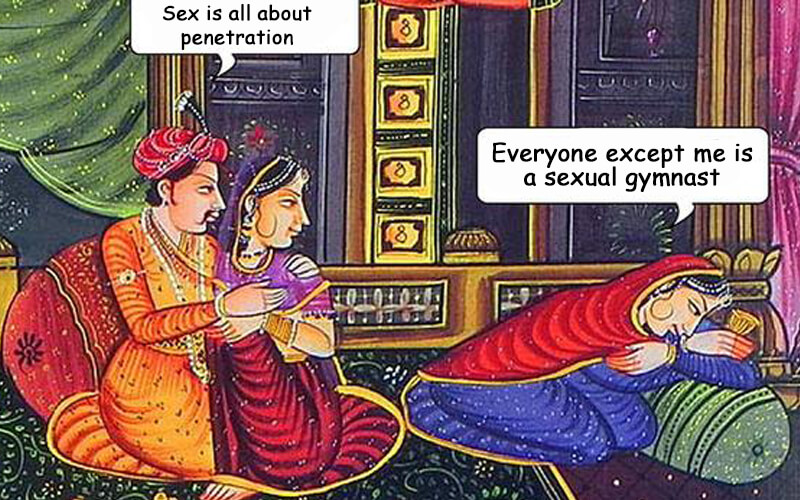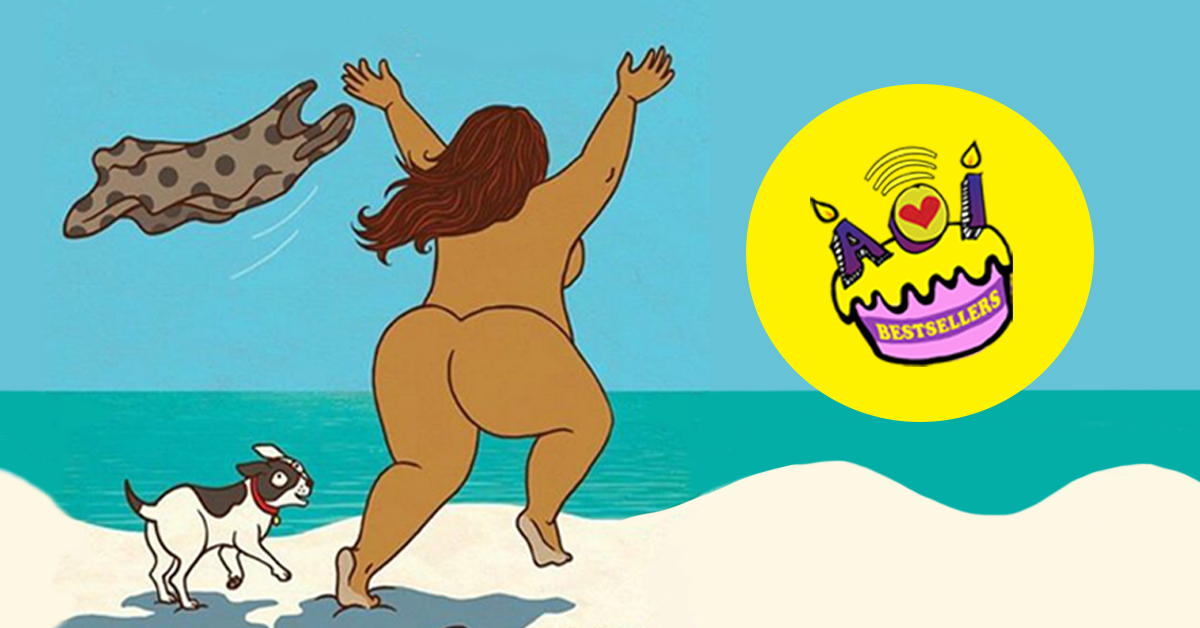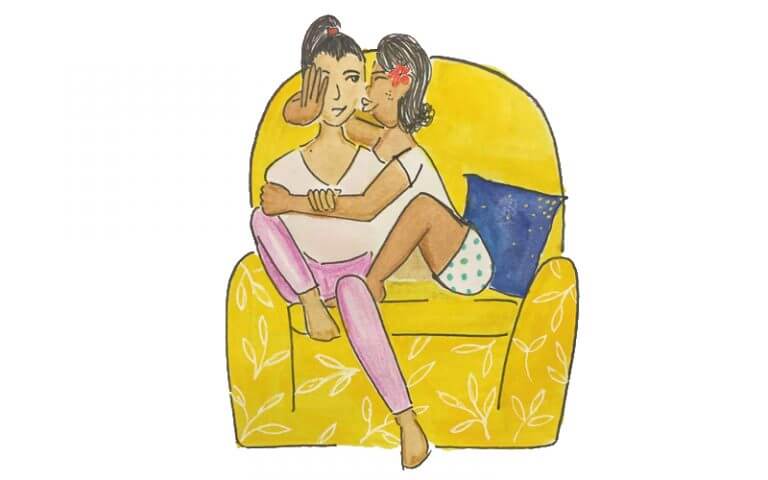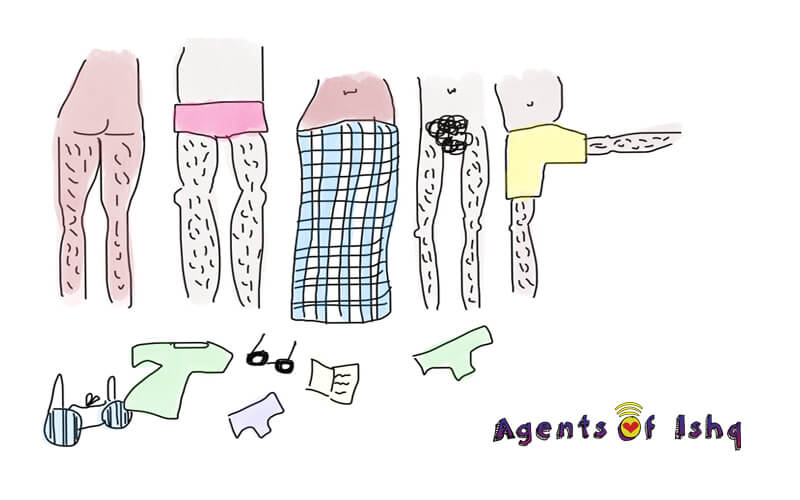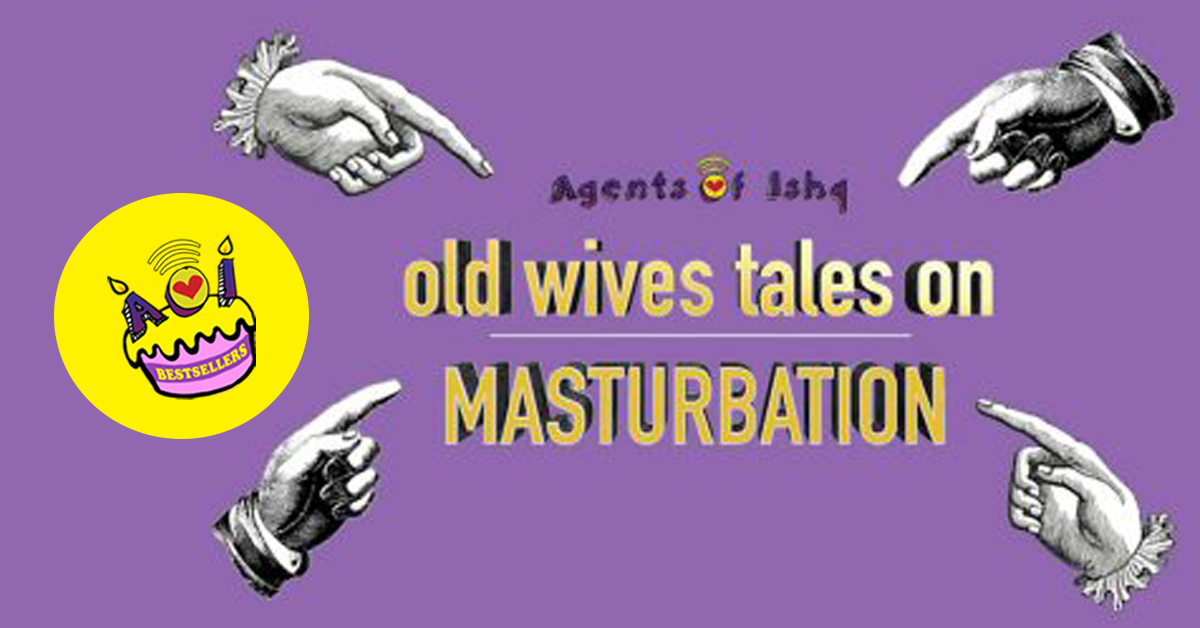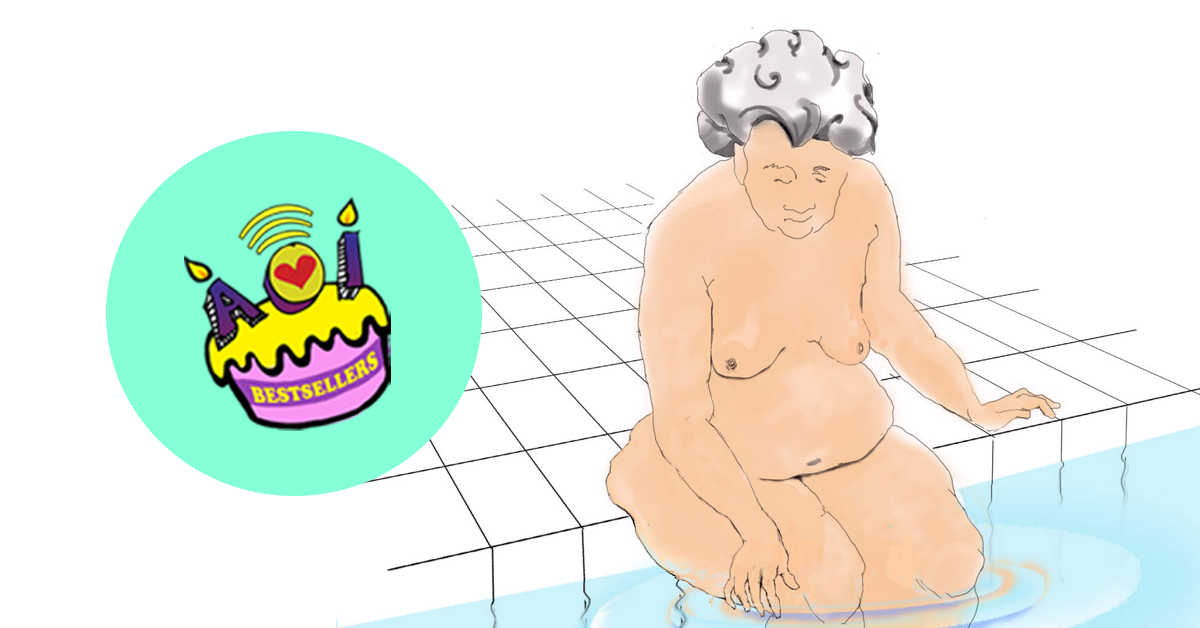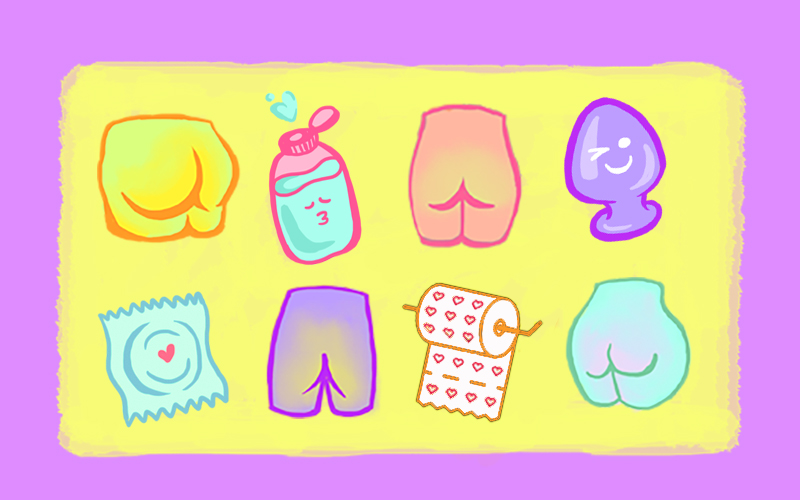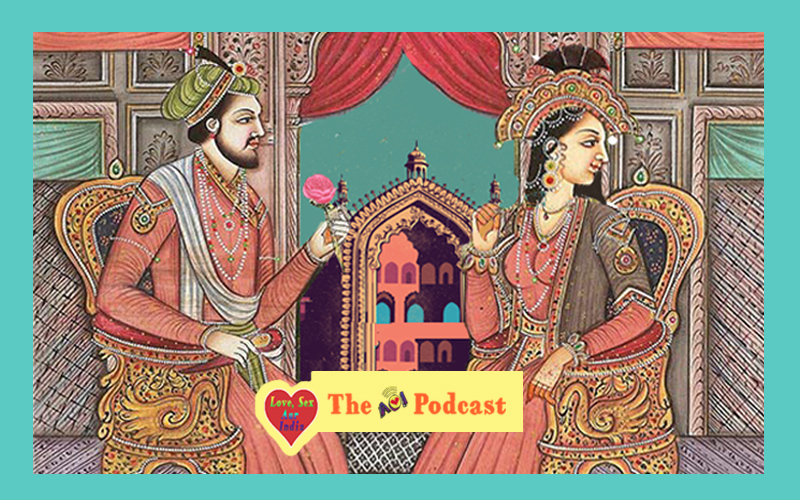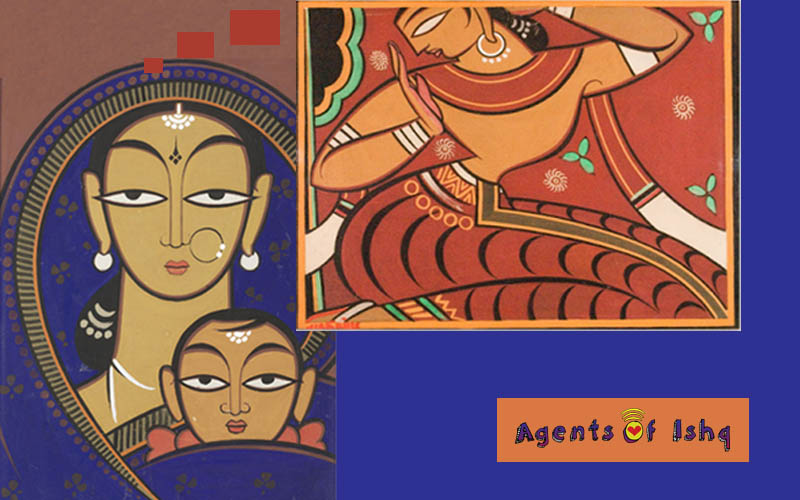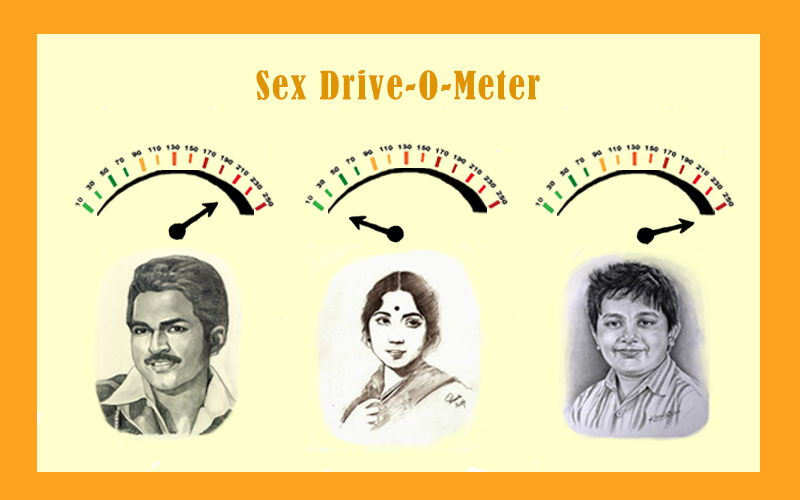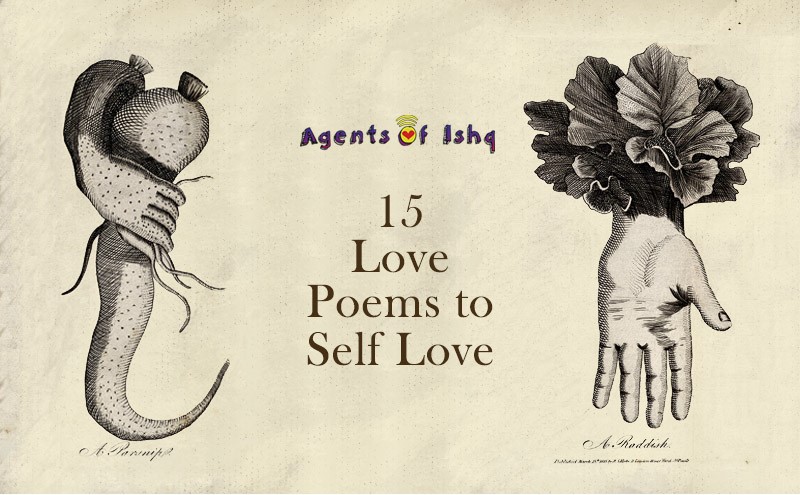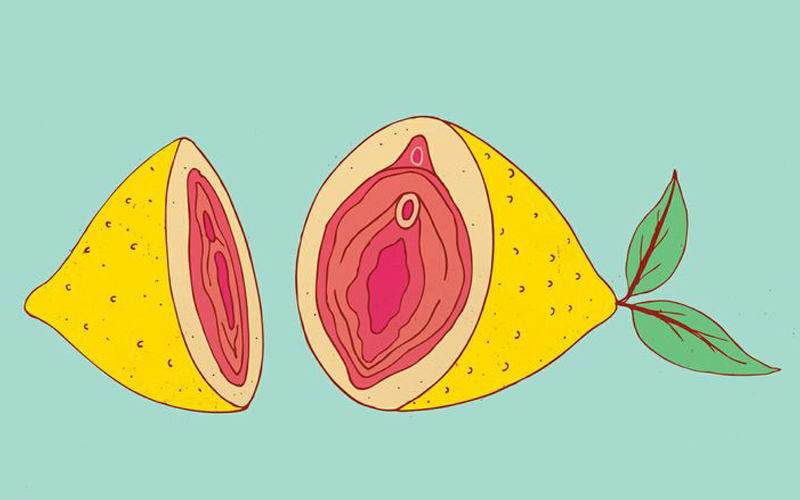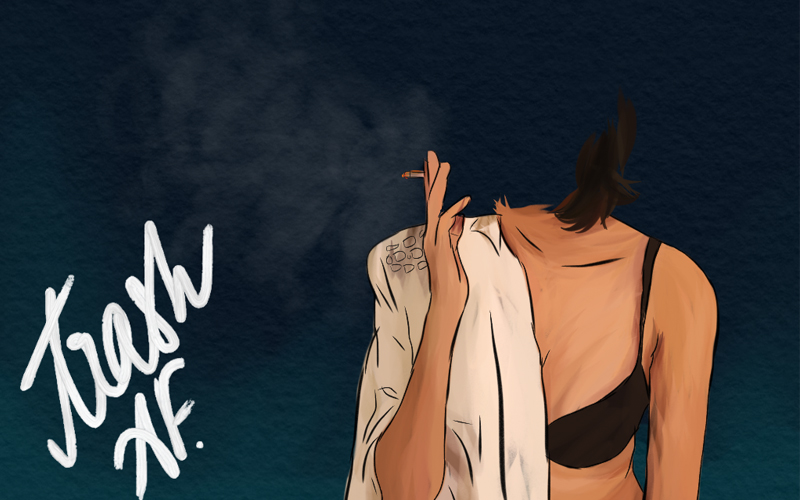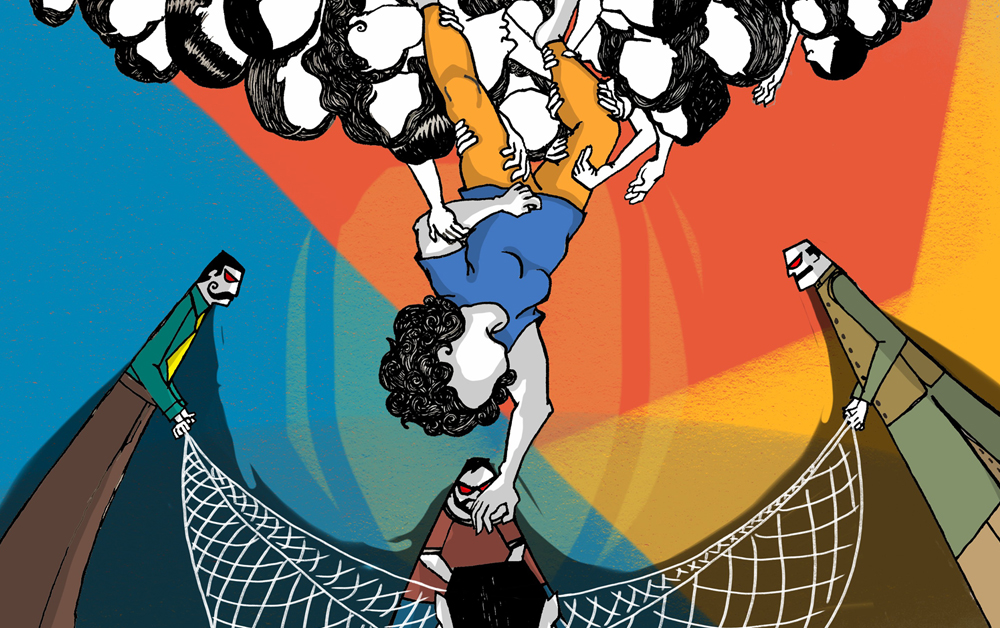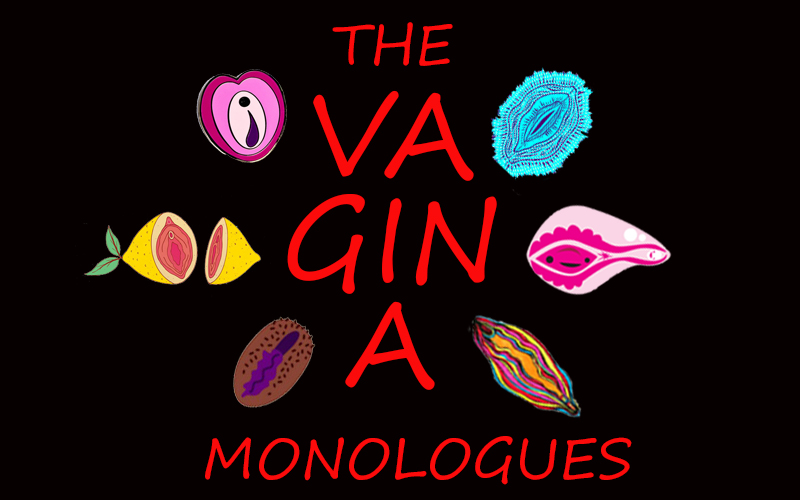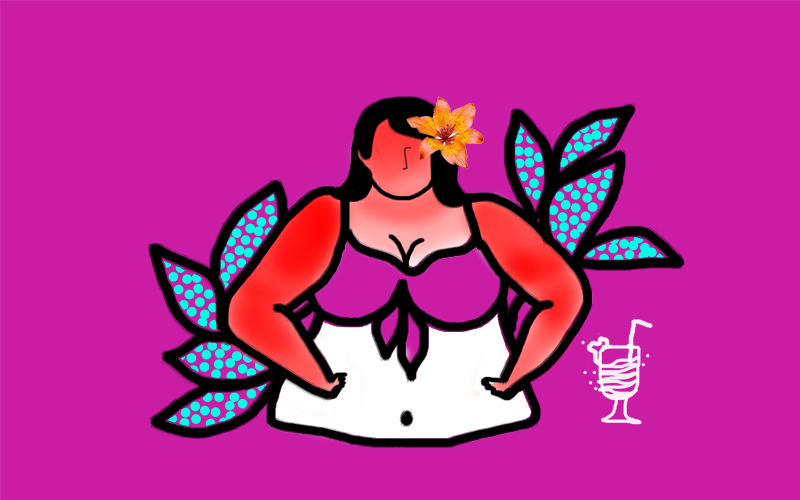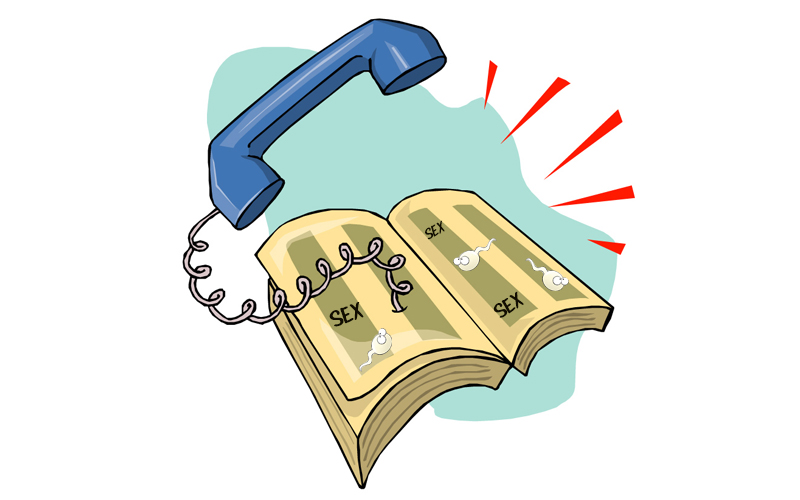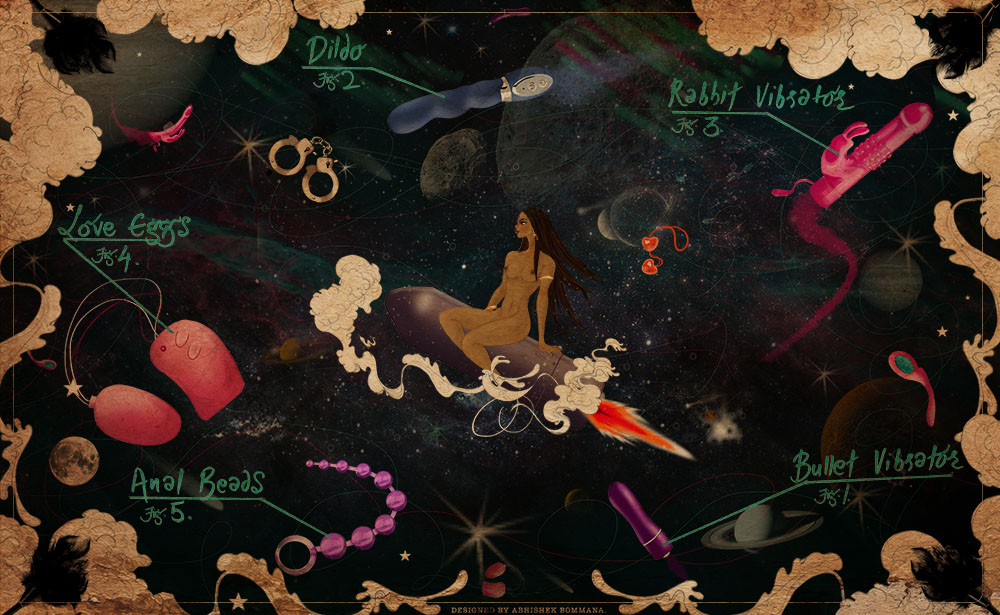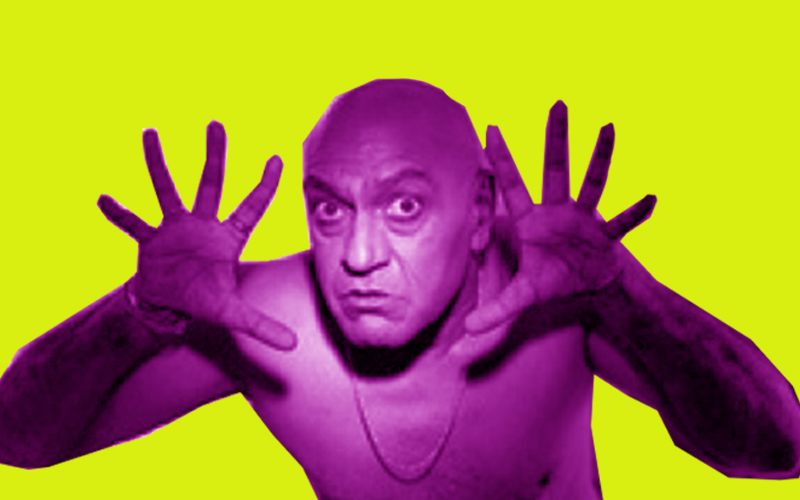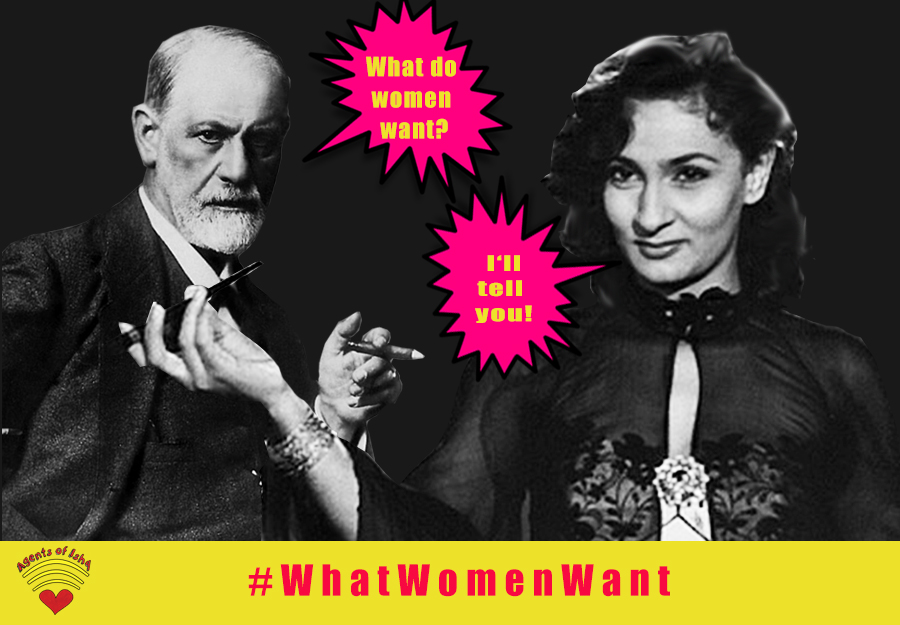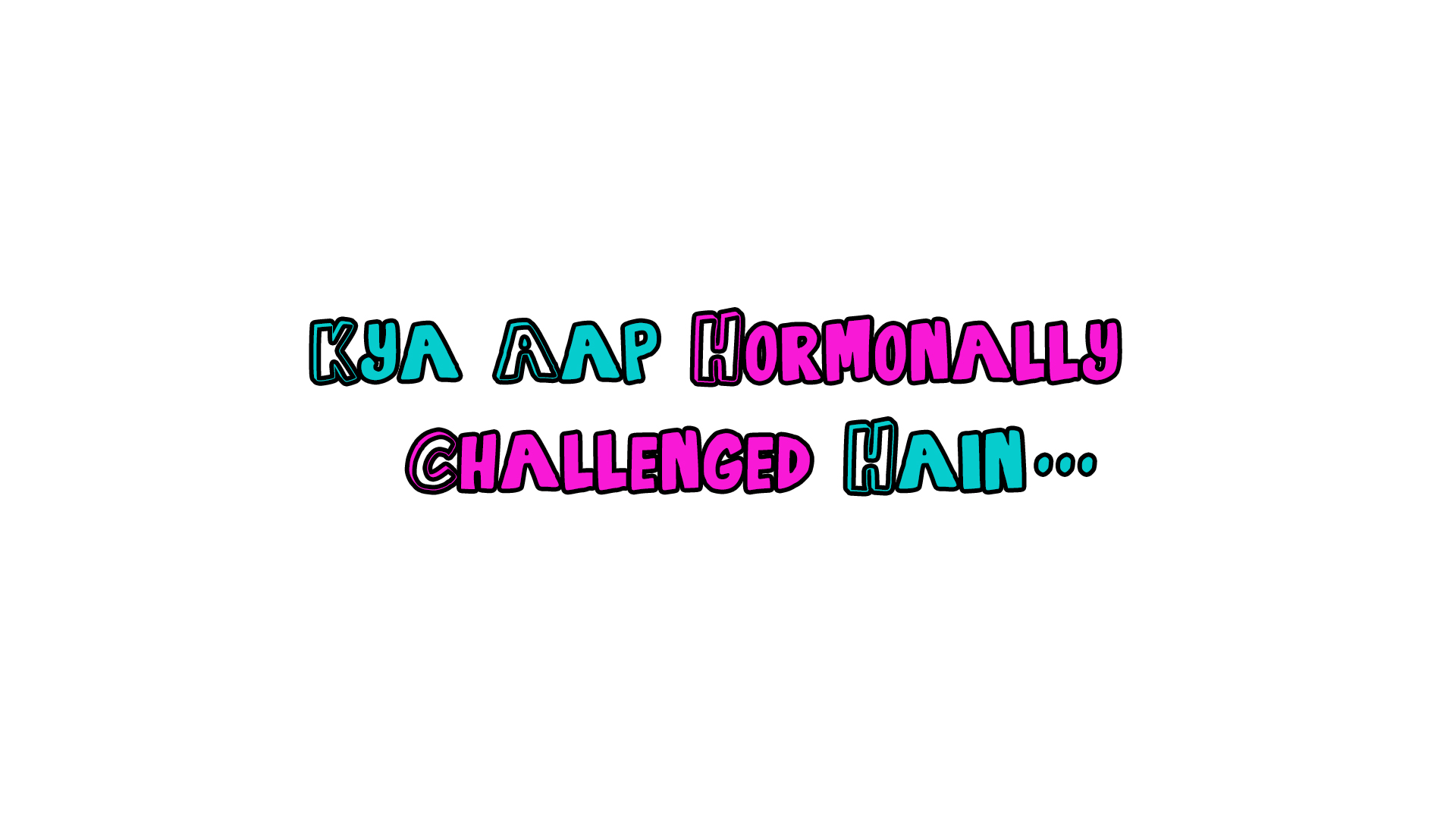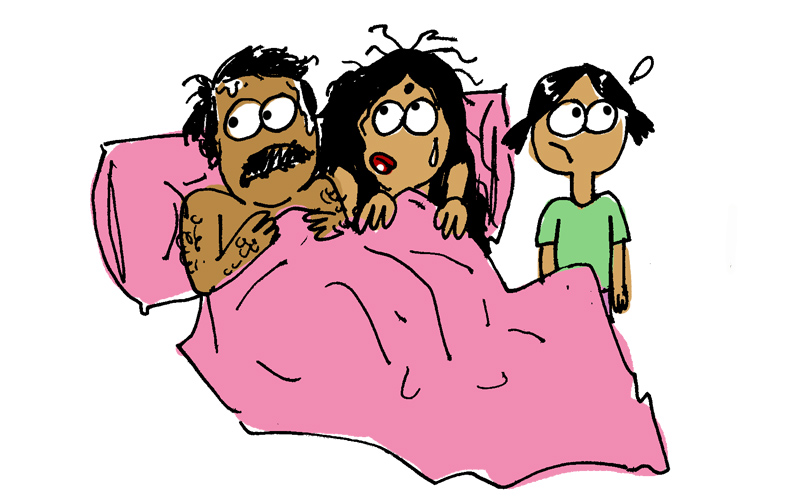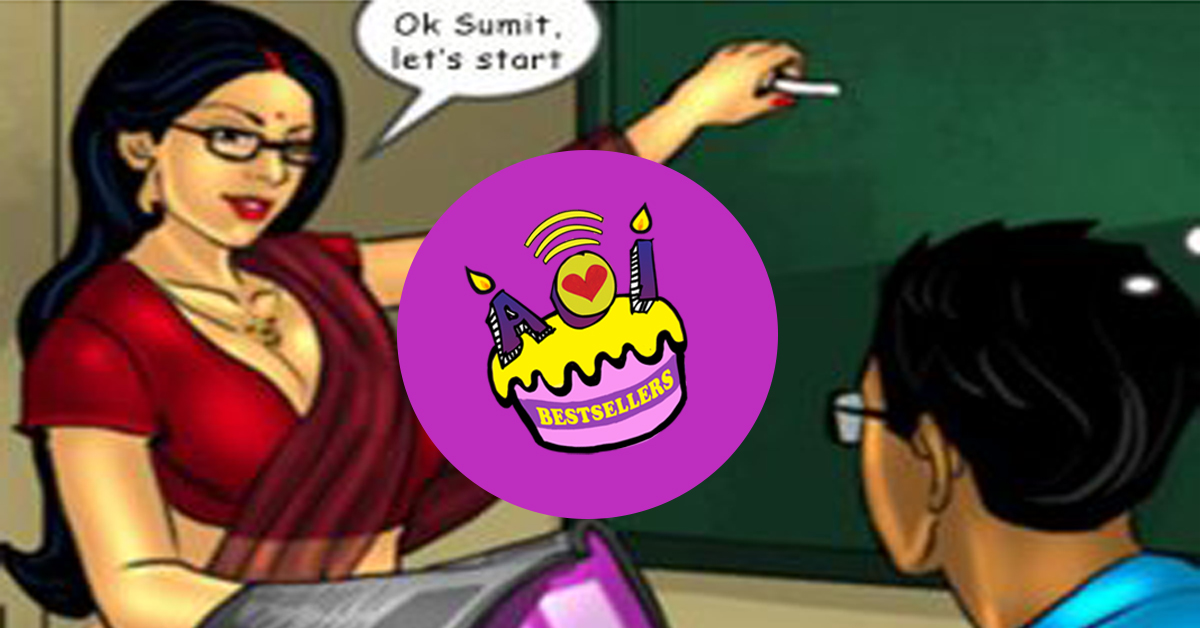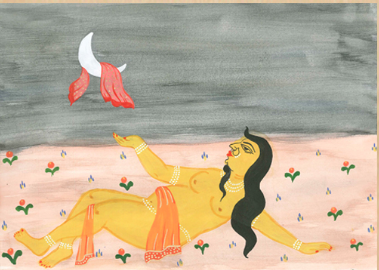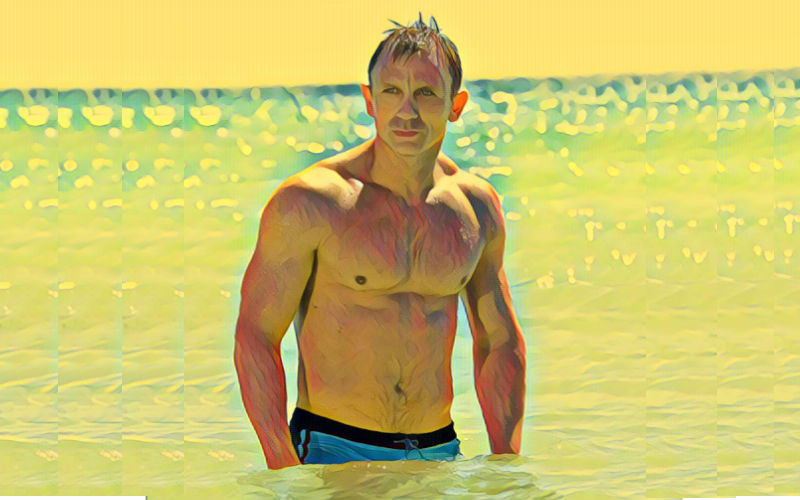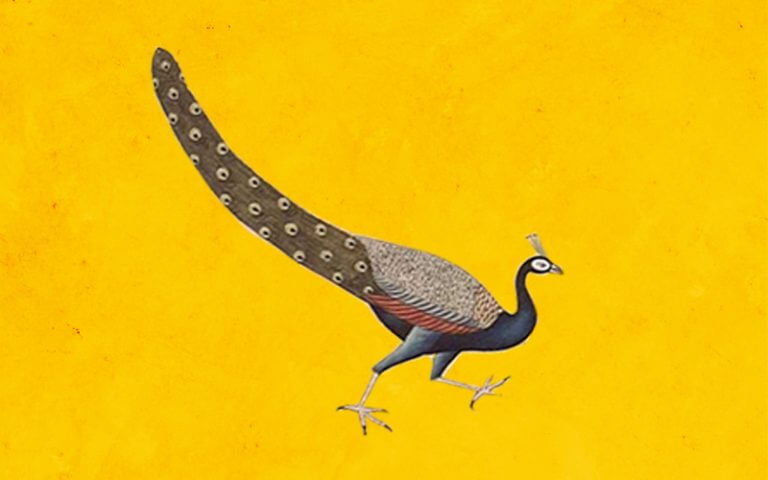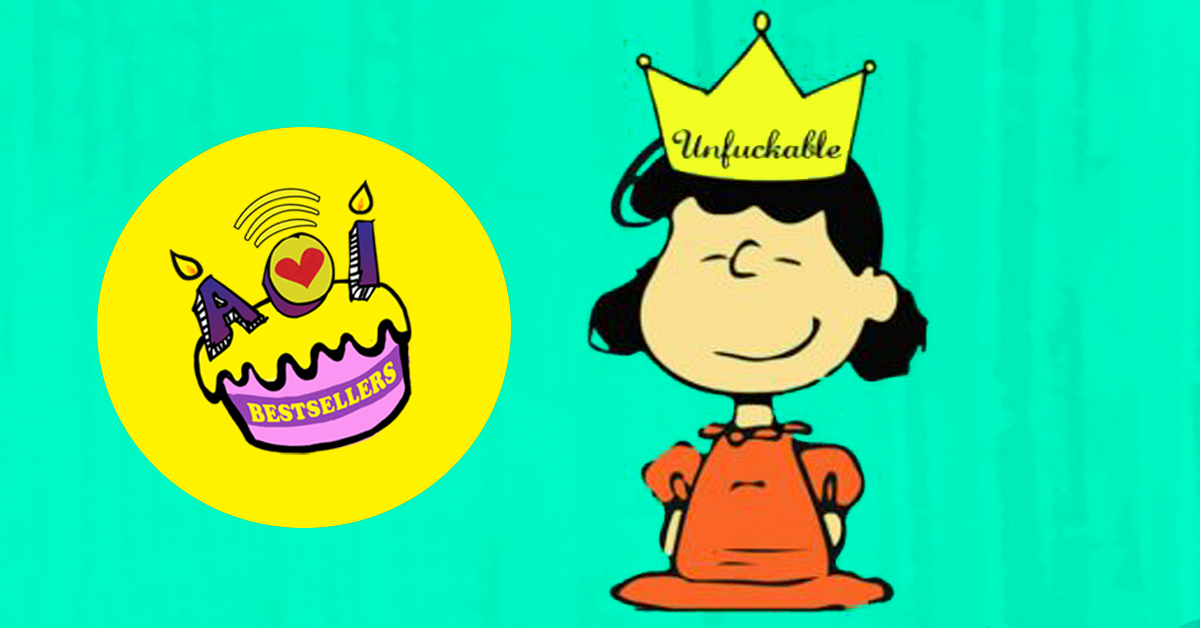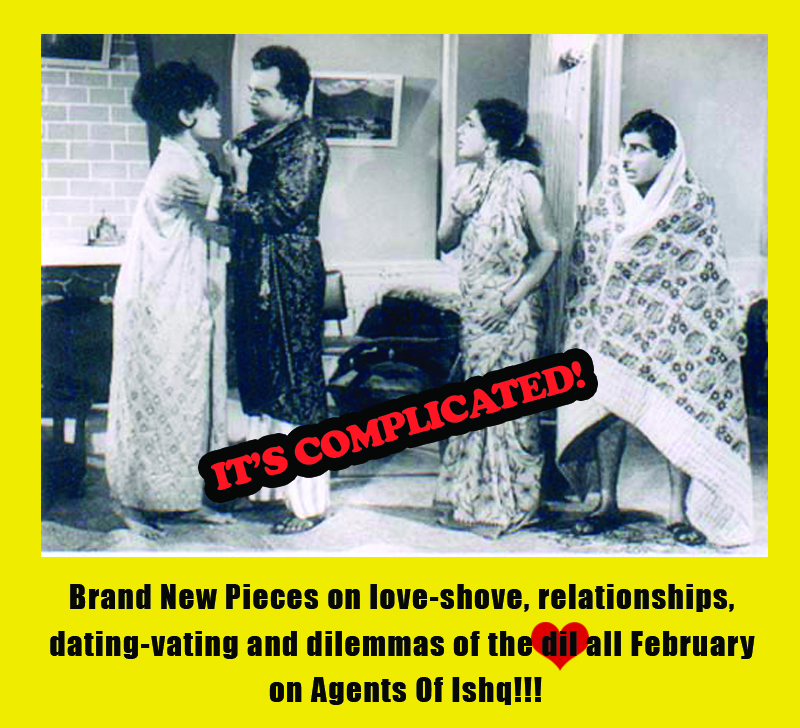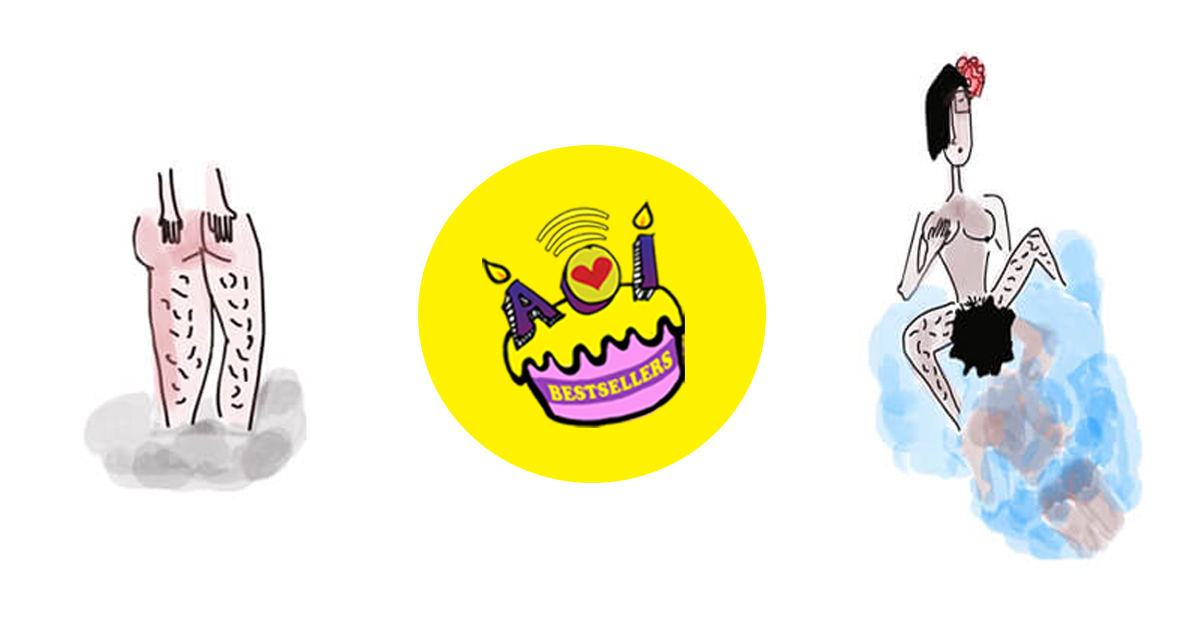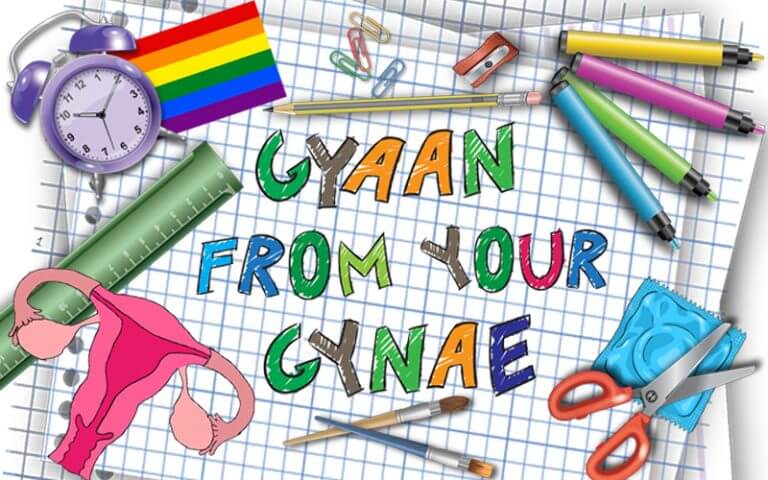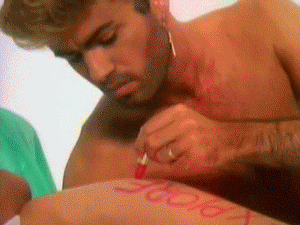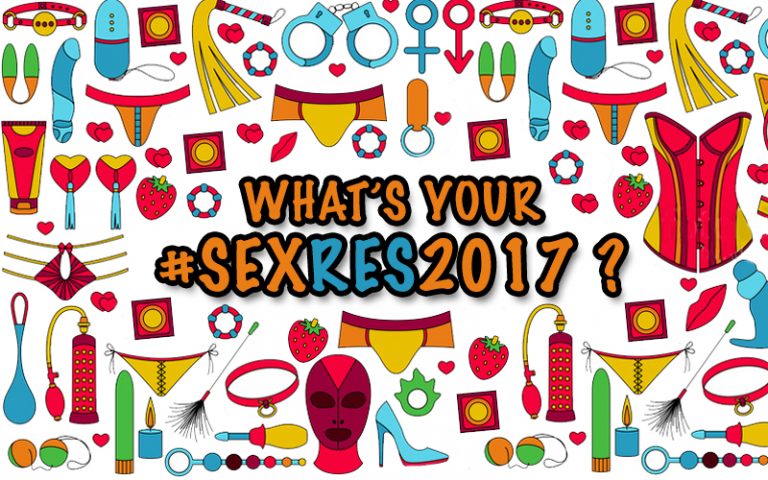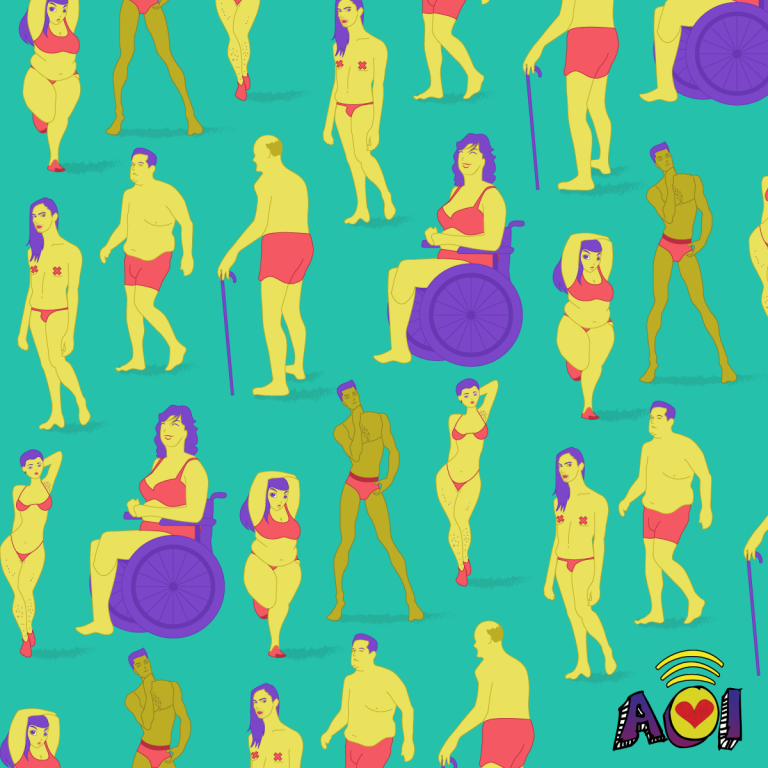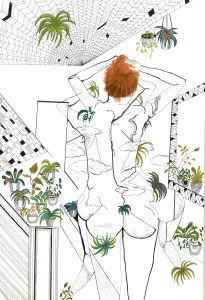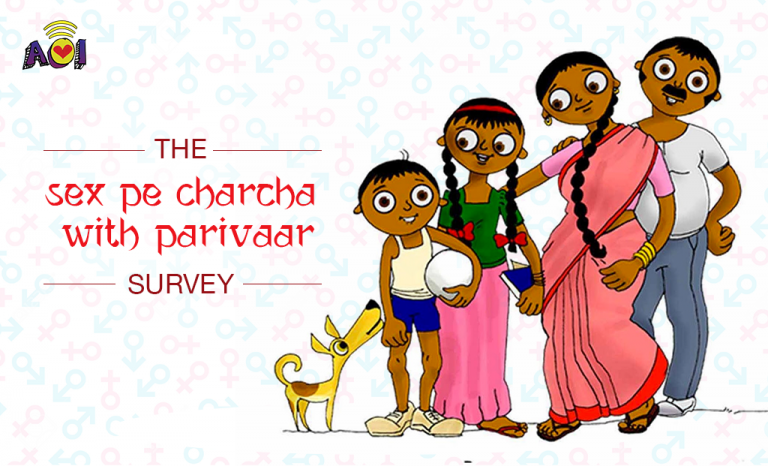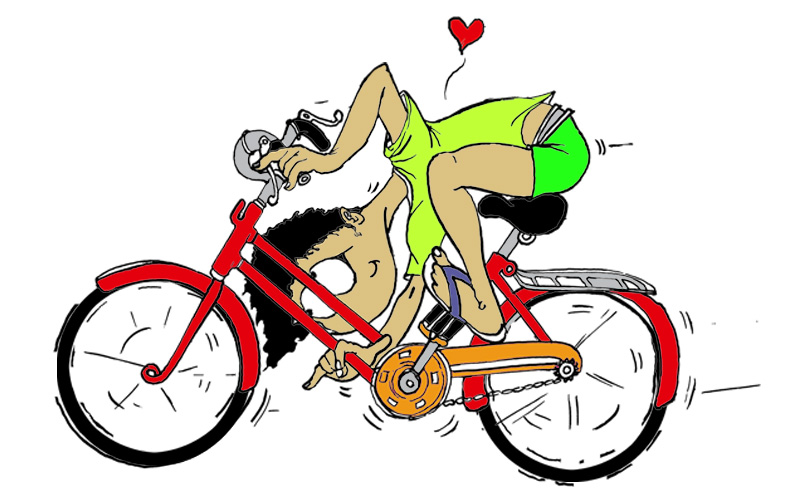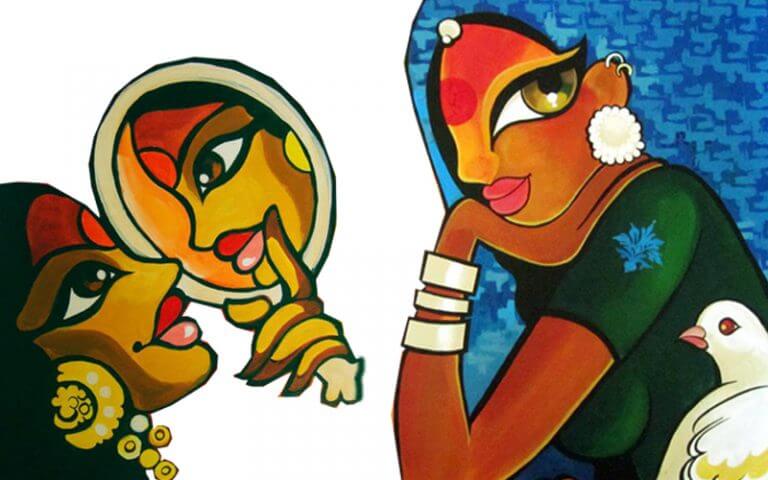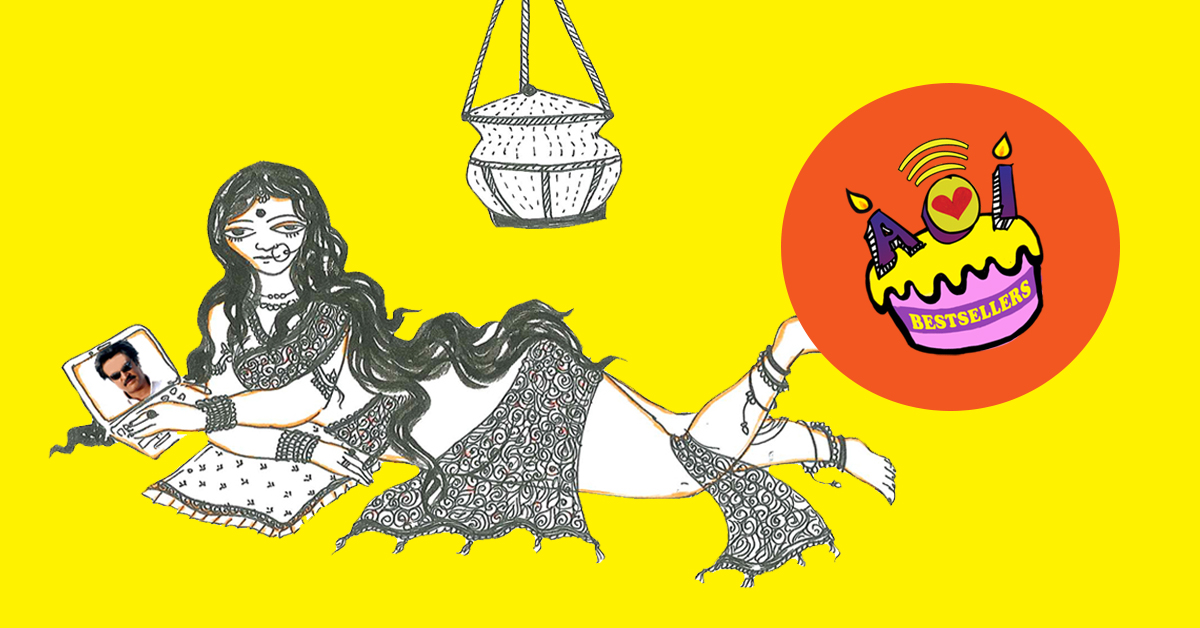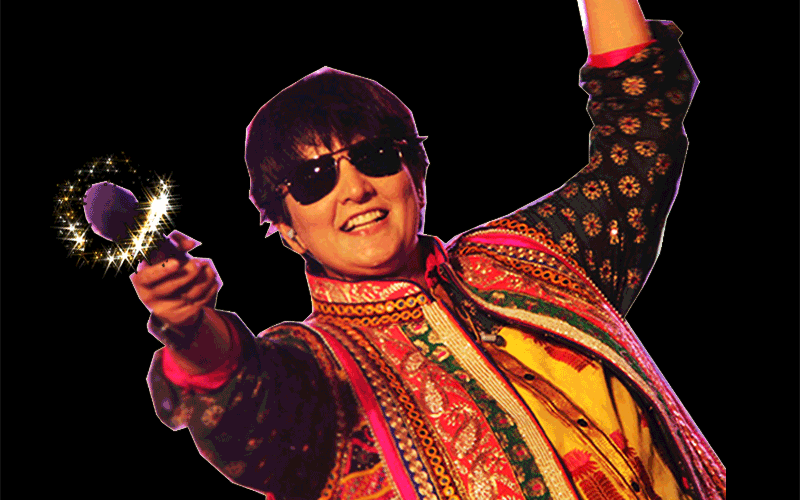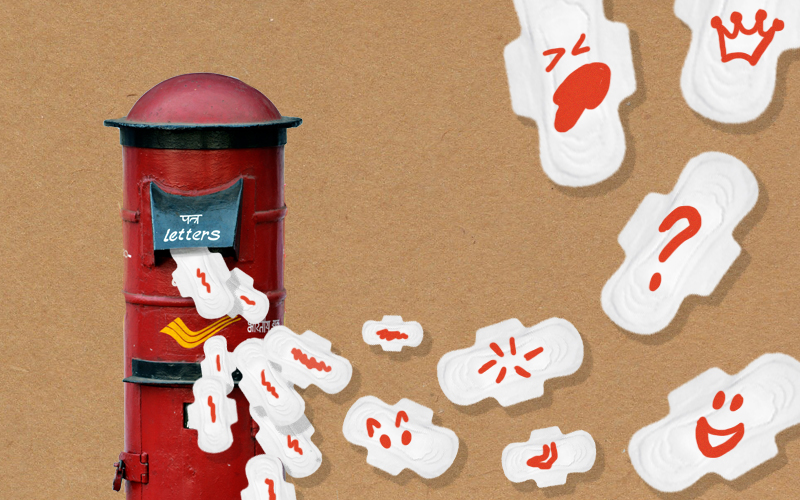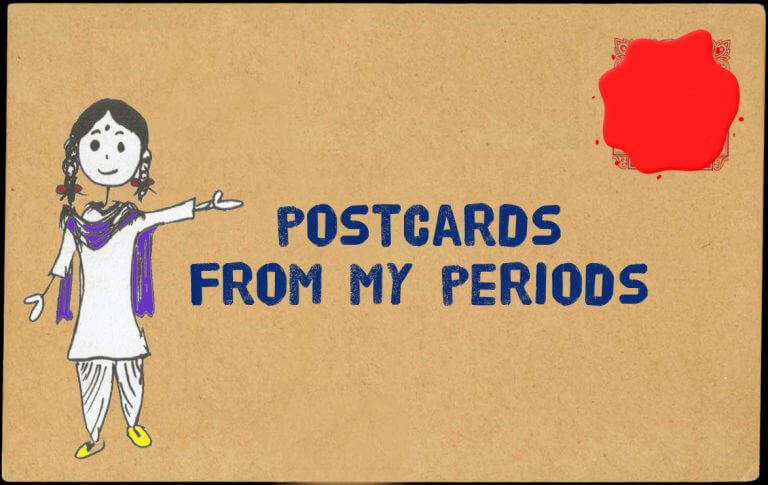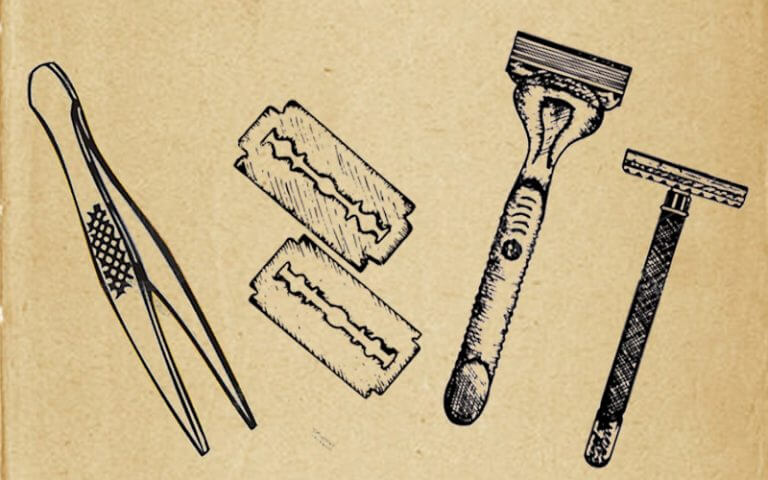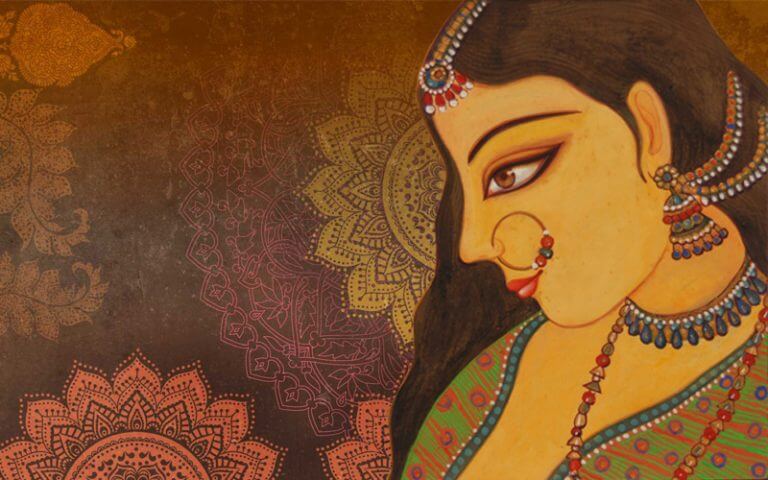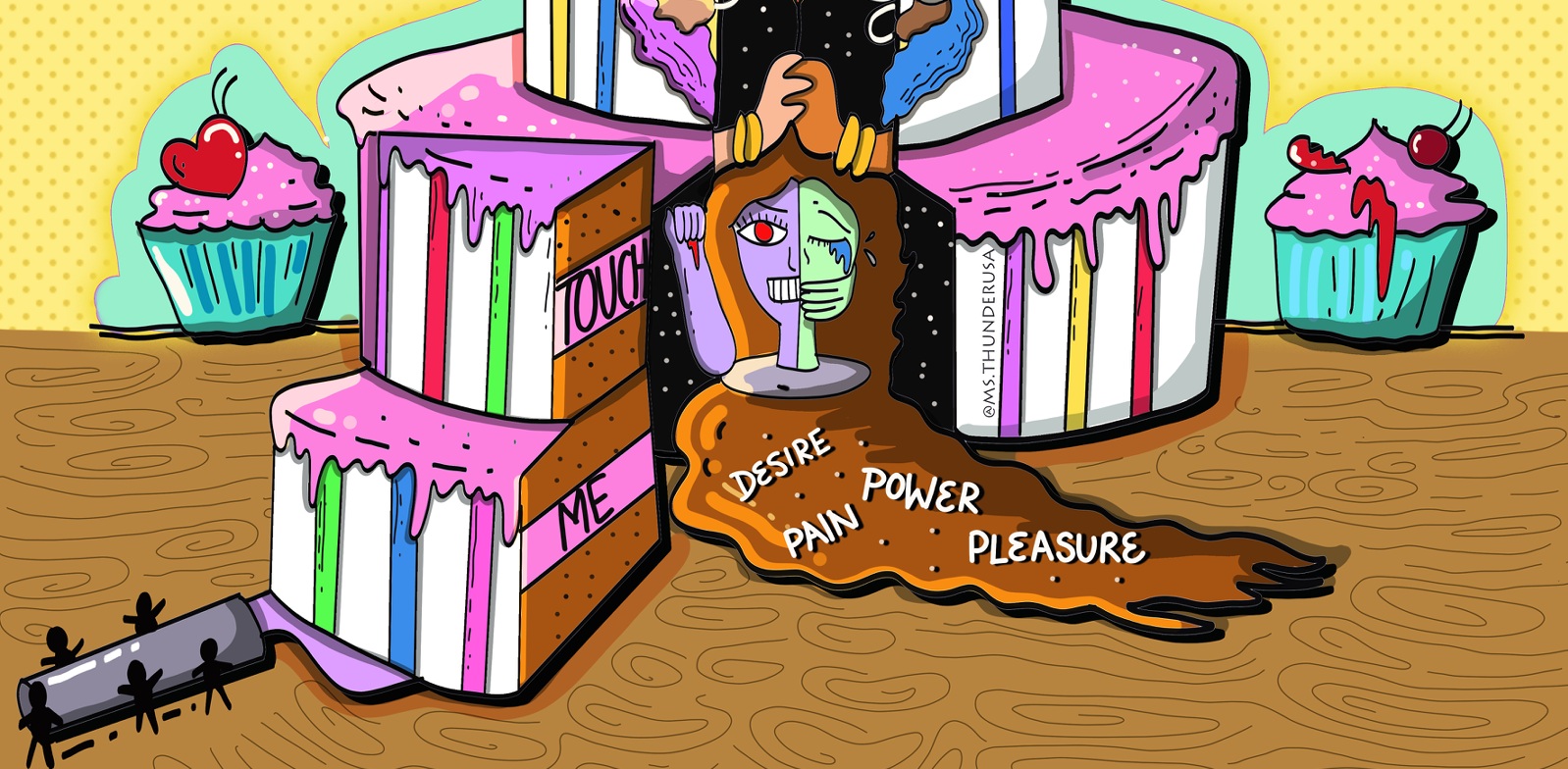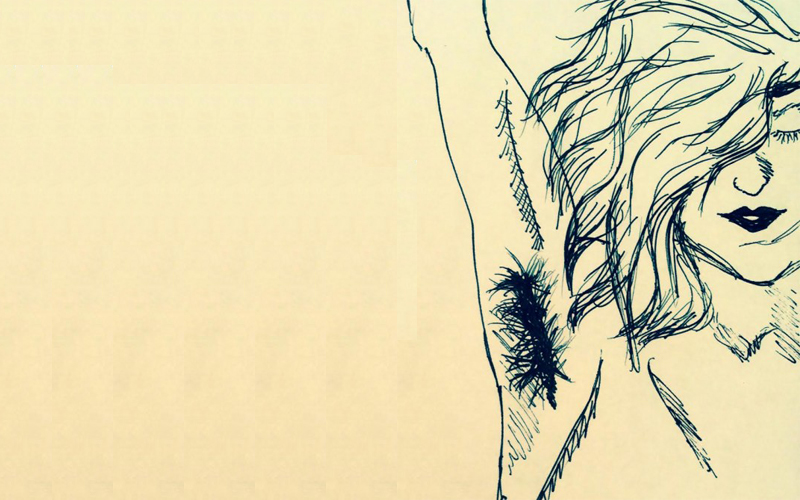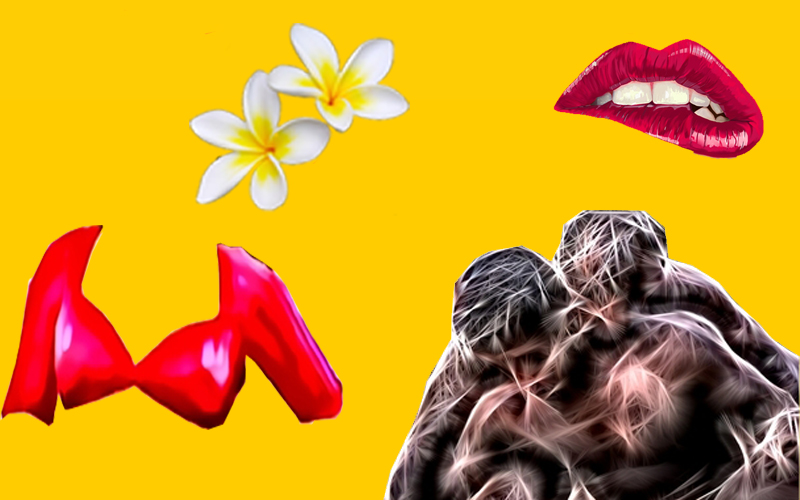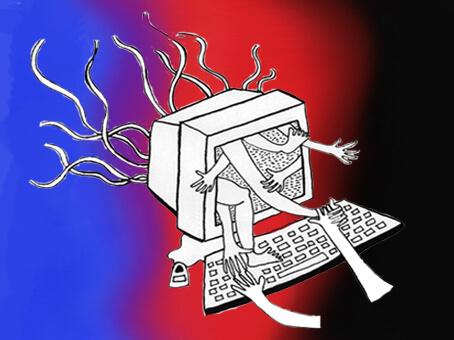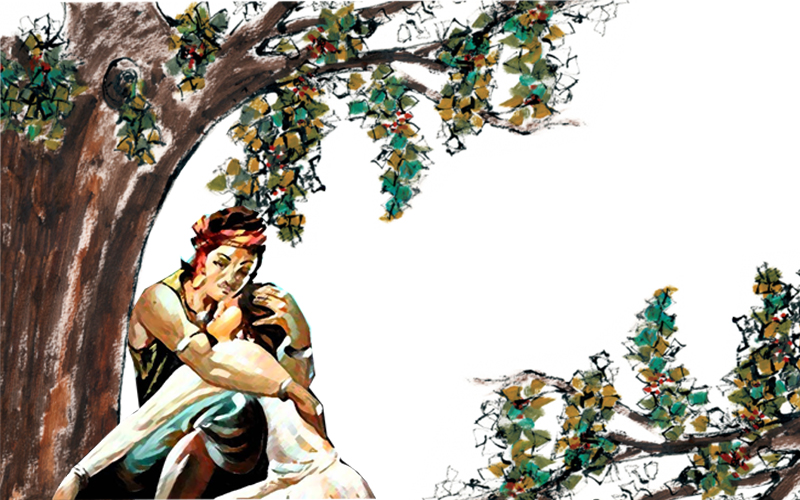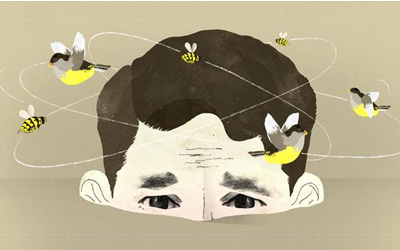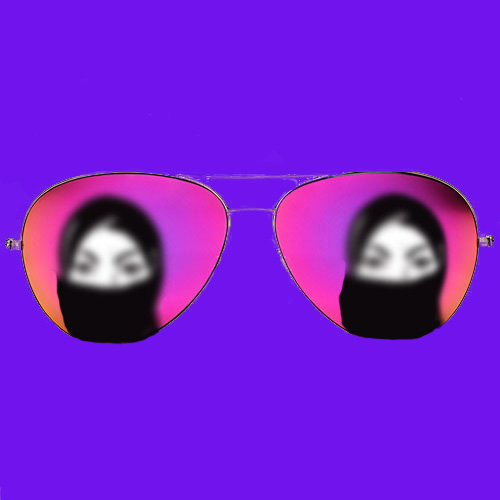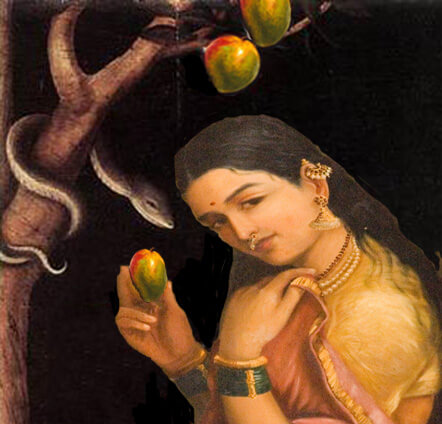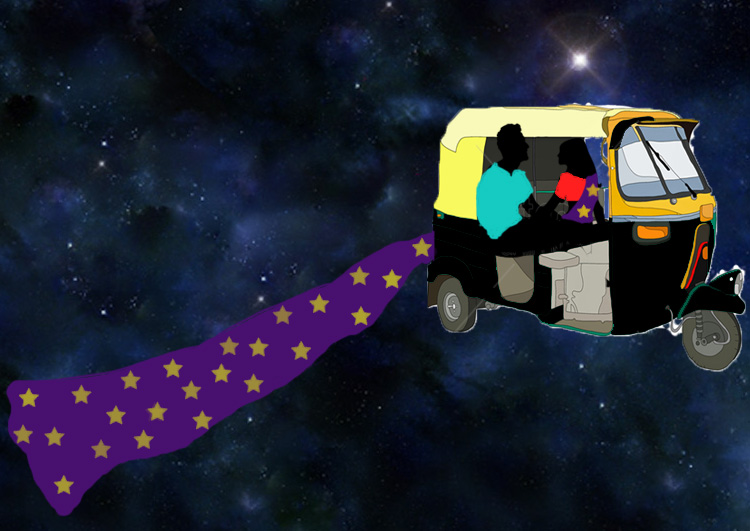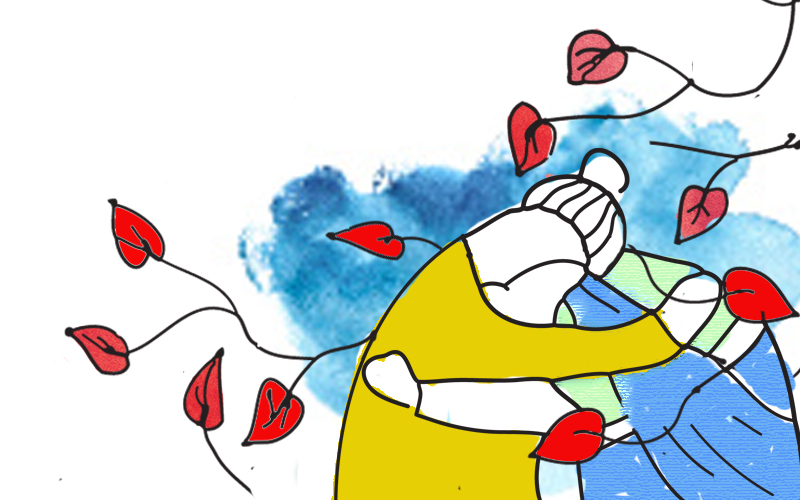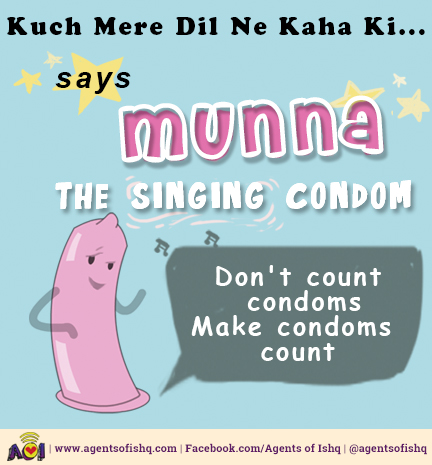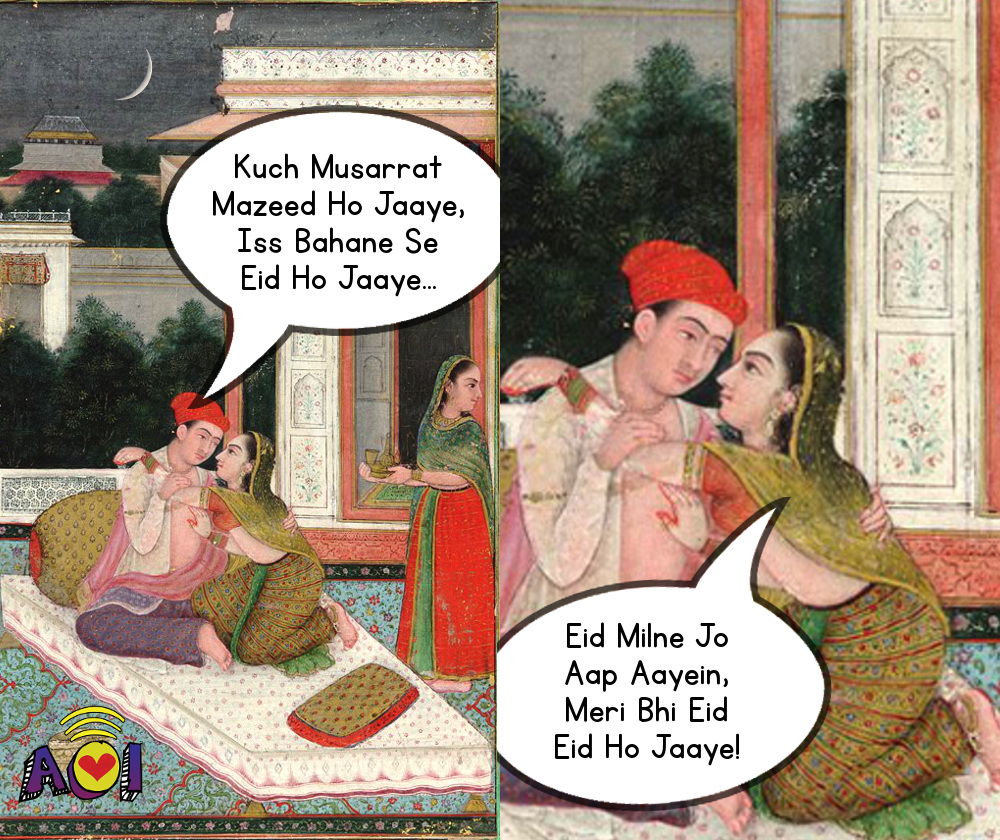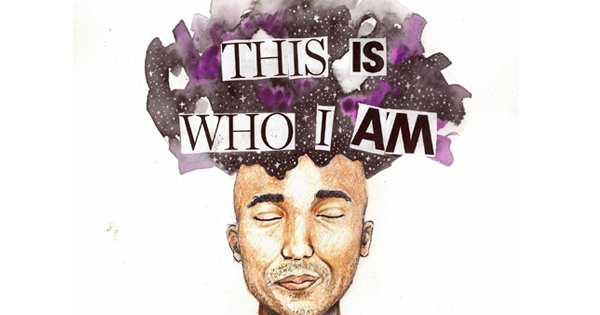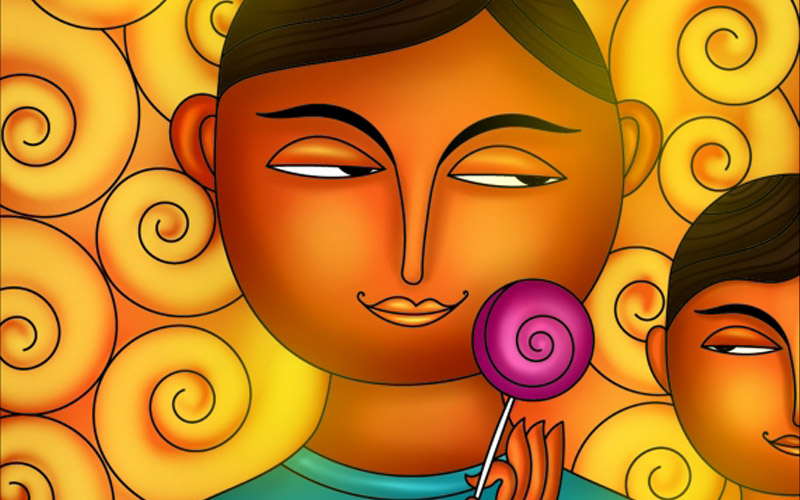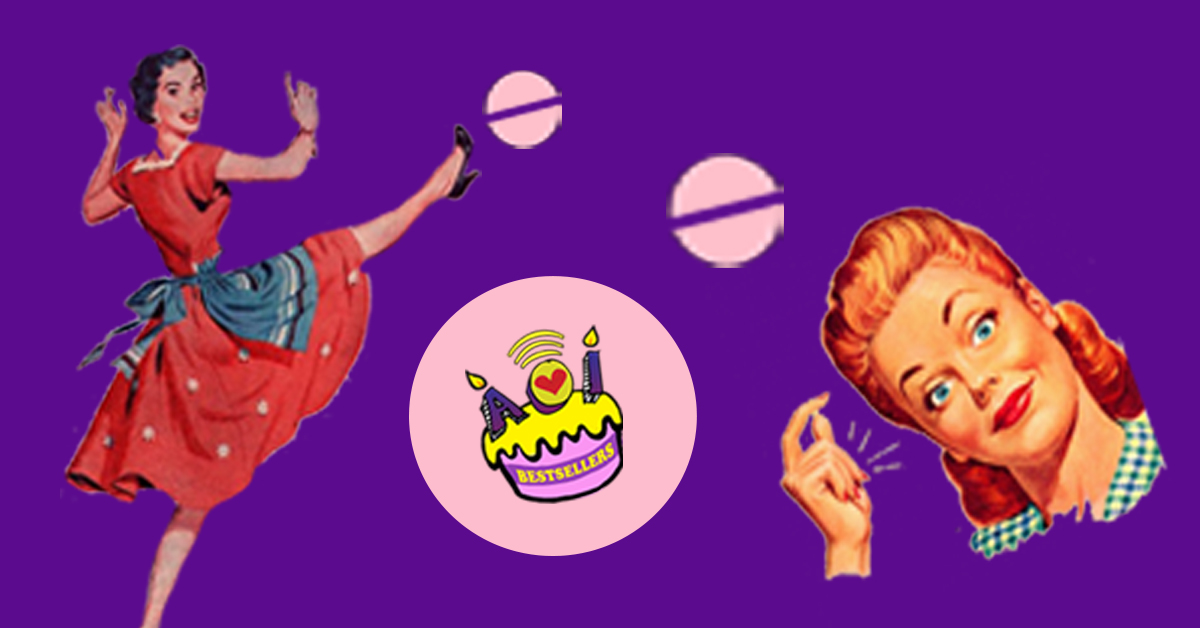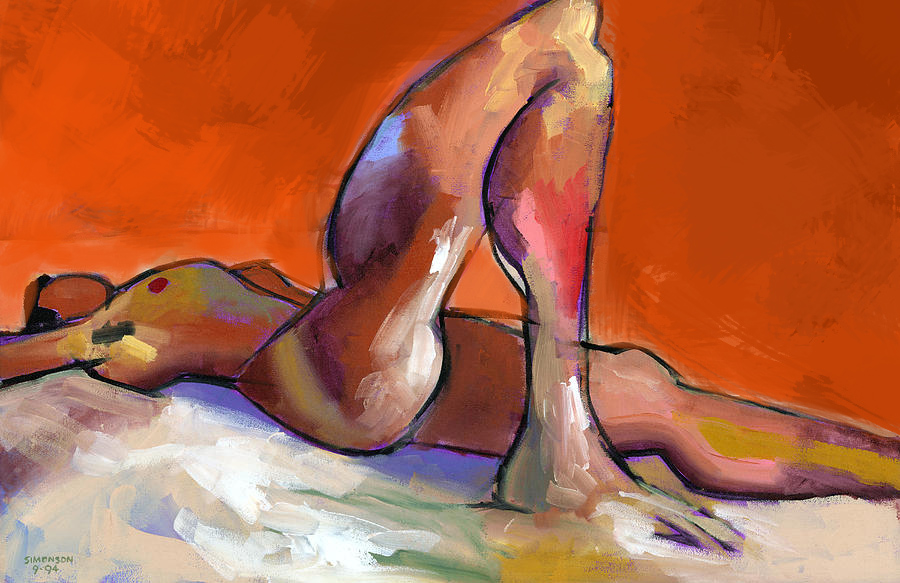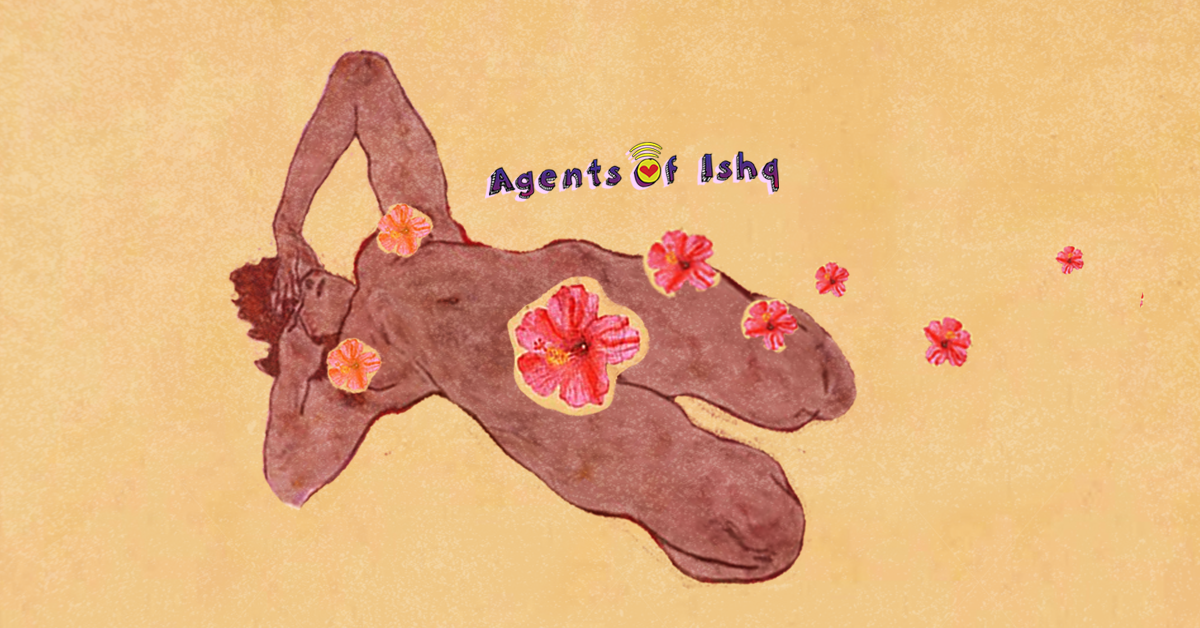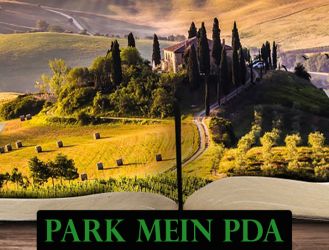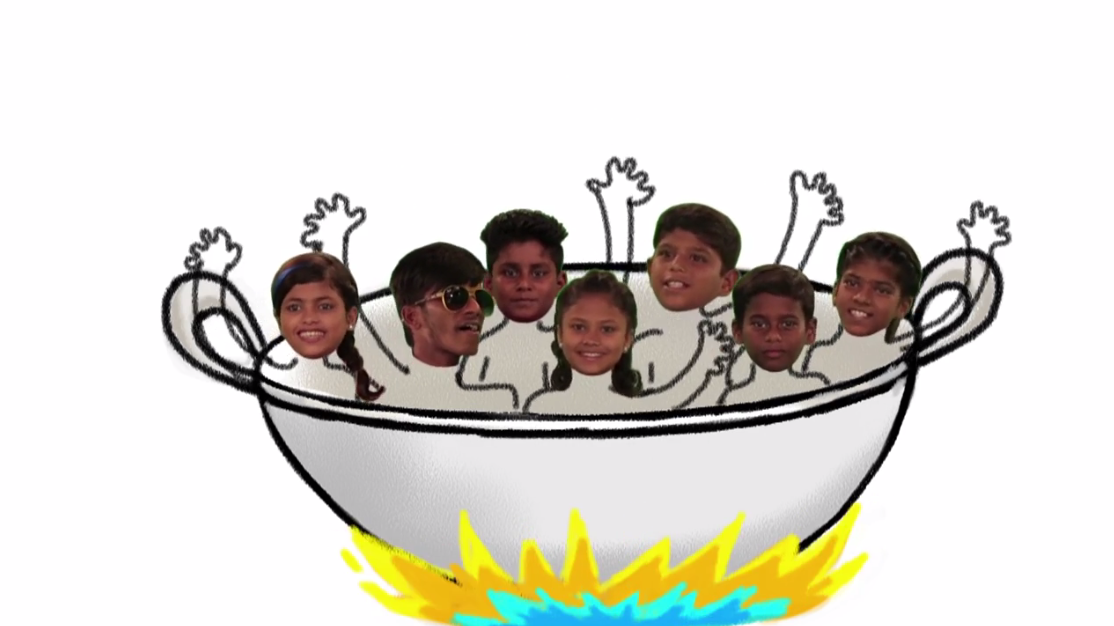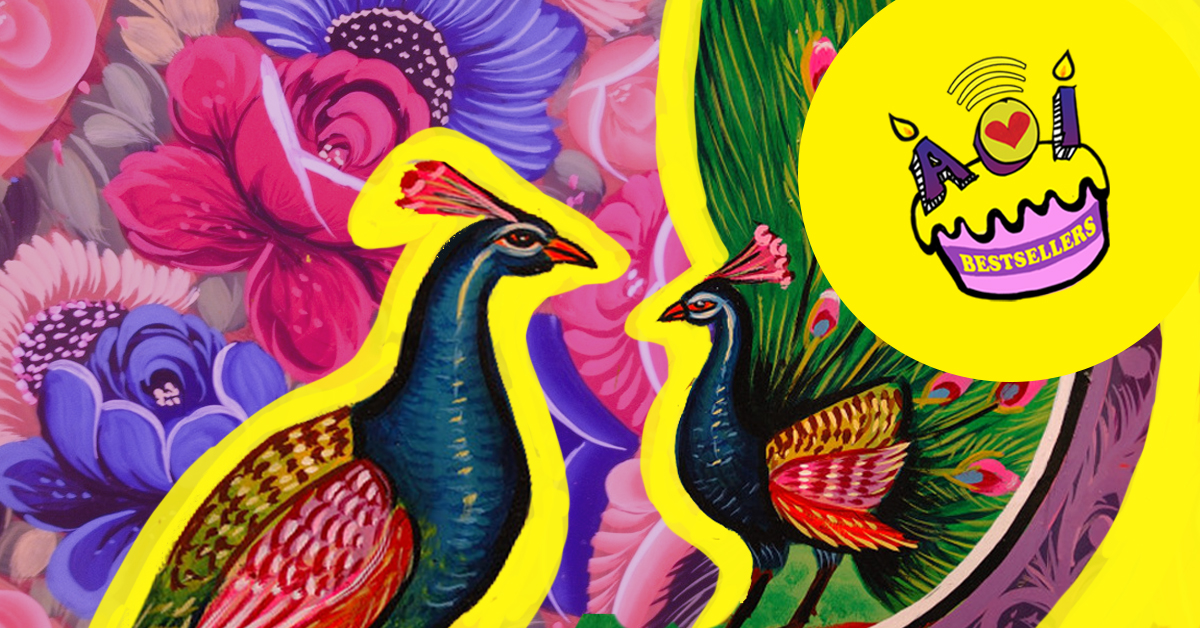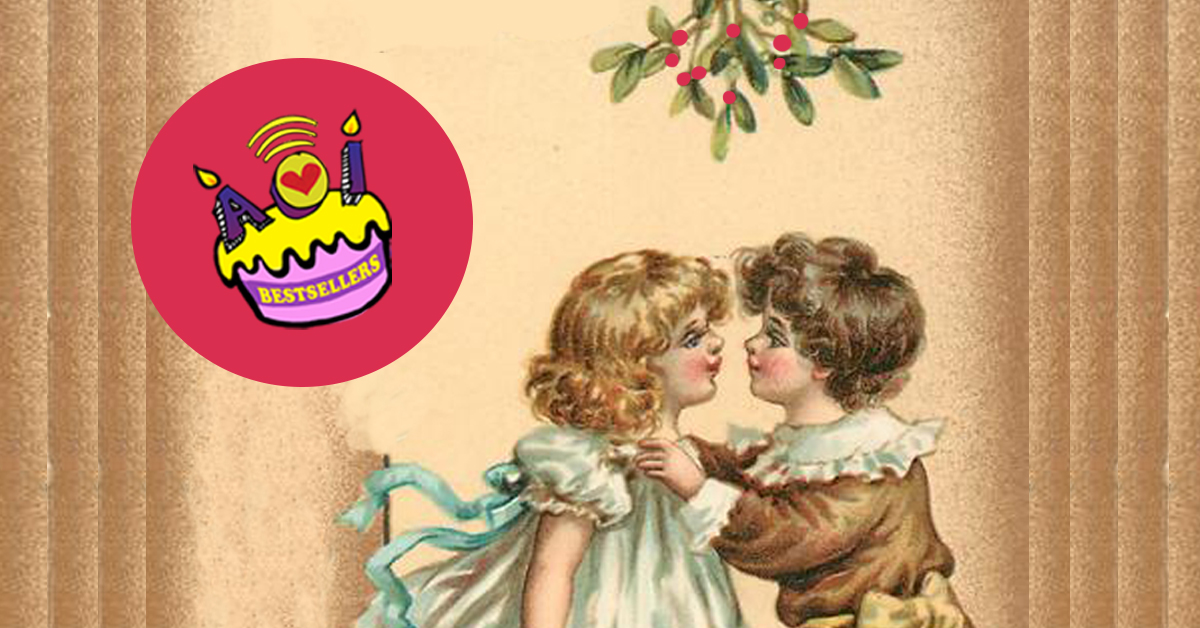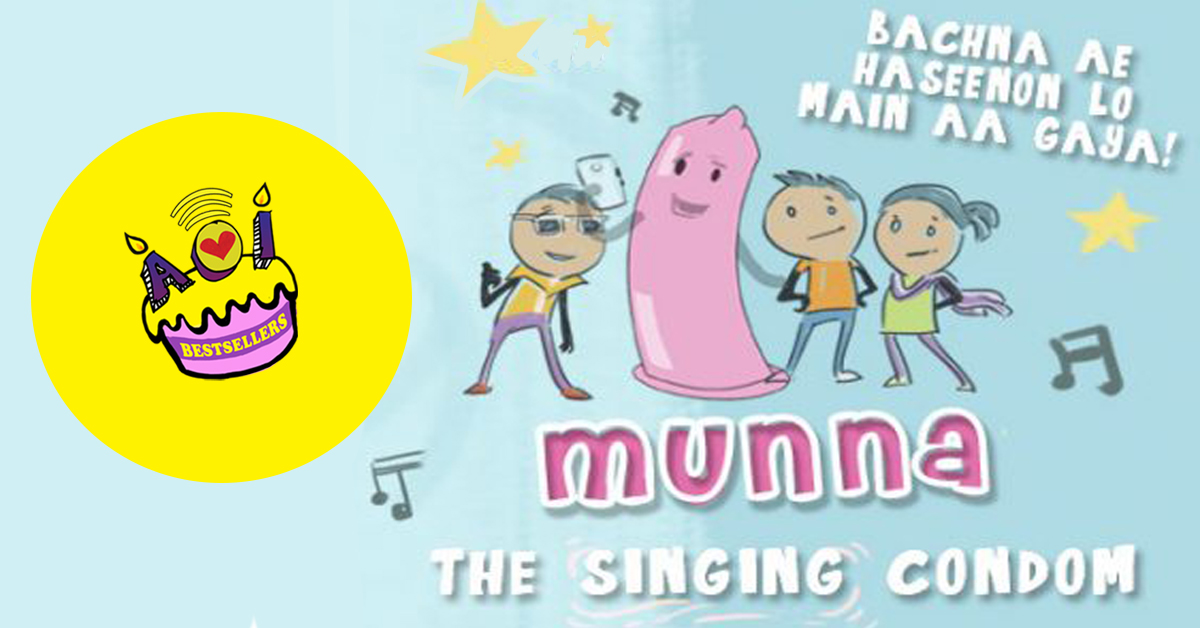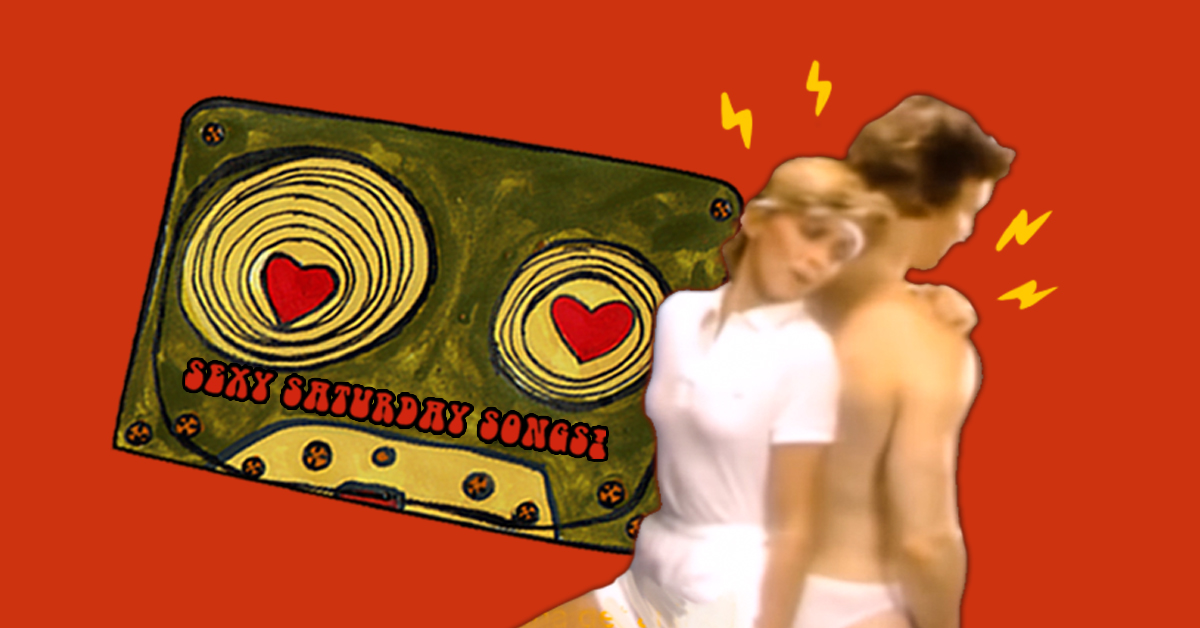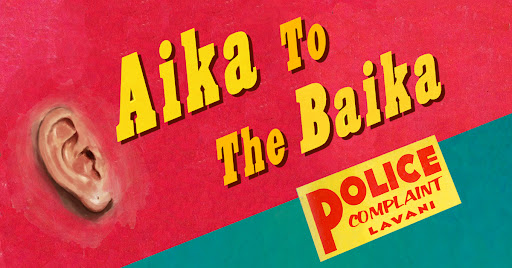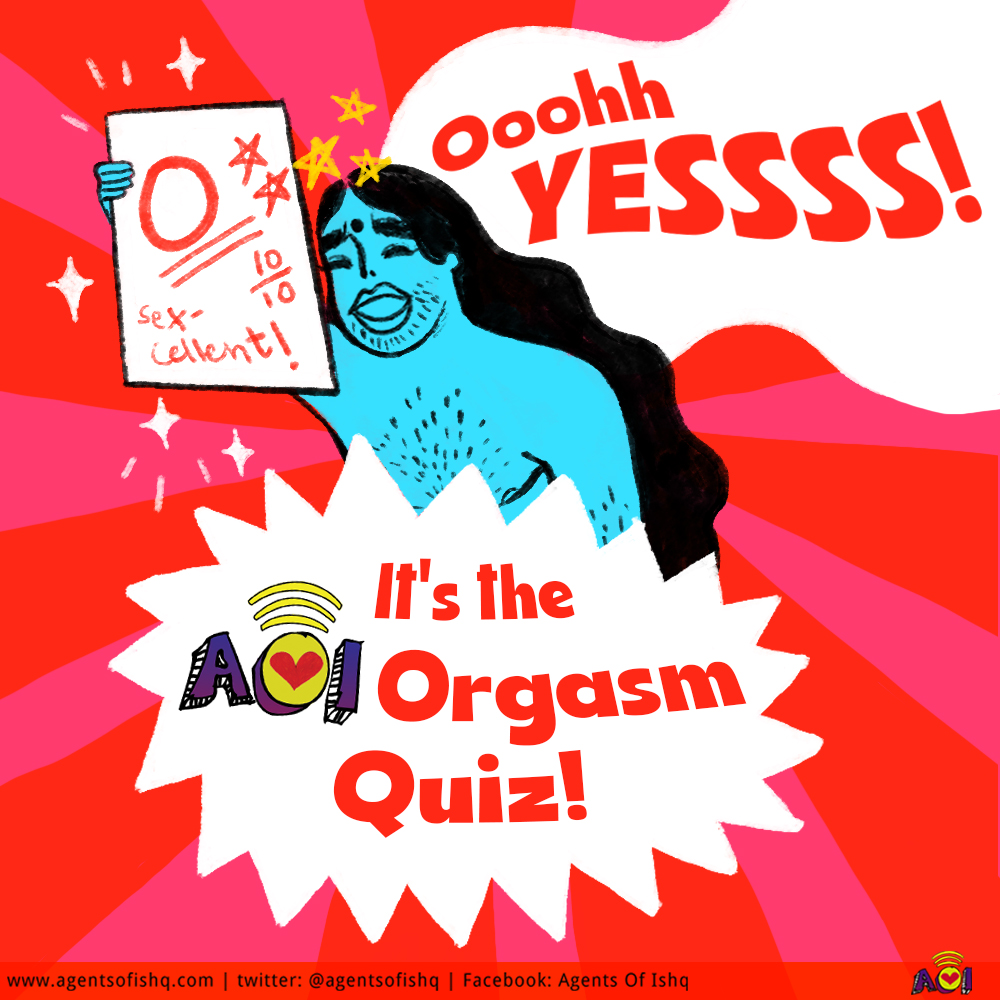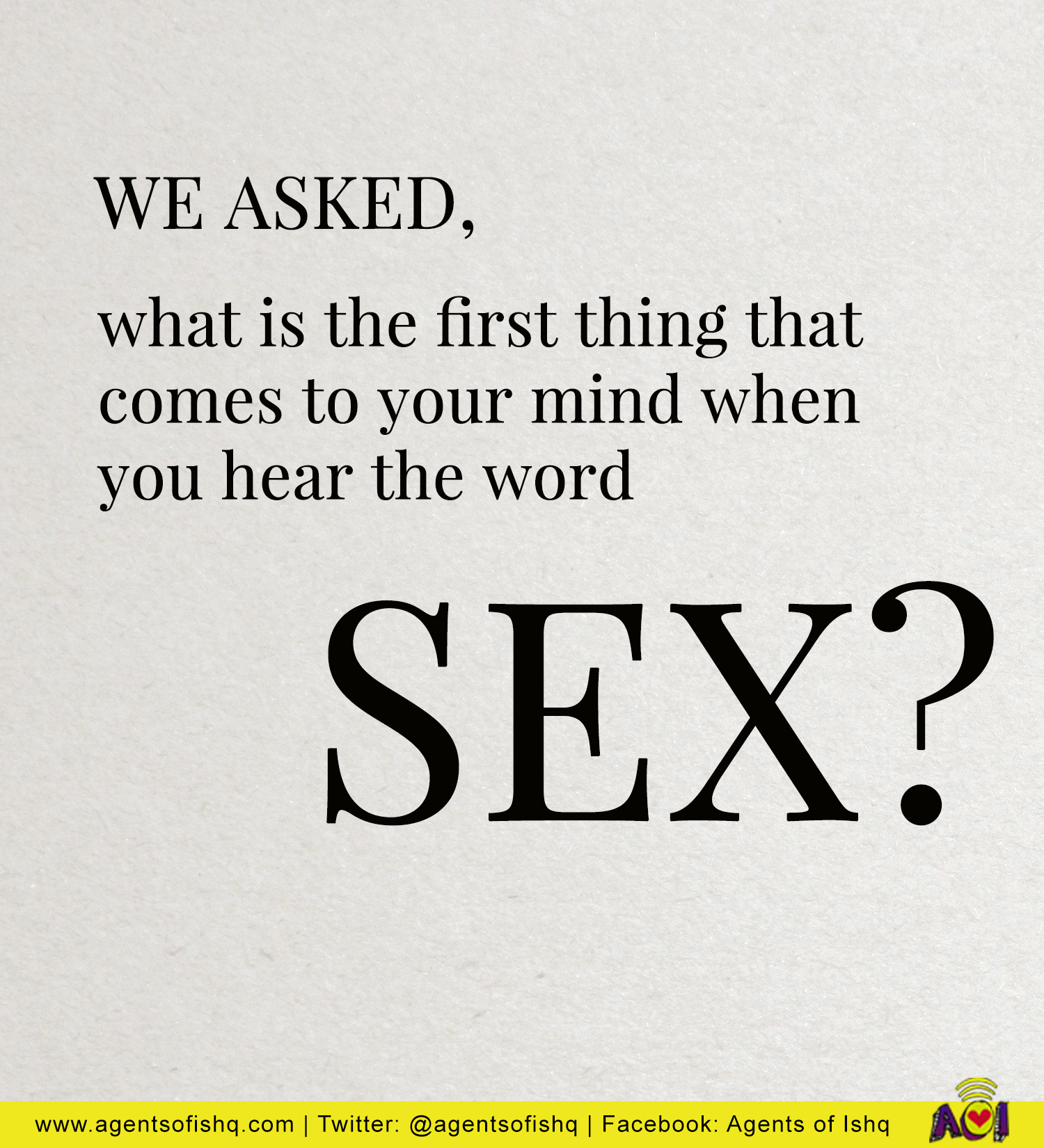Will you read about love with us? – the kind of love that conquers the world, steals our hearts and breaks them, the modern internet texting kind of love, the sweet, the unafraid, the questioning, the shameful, the painful.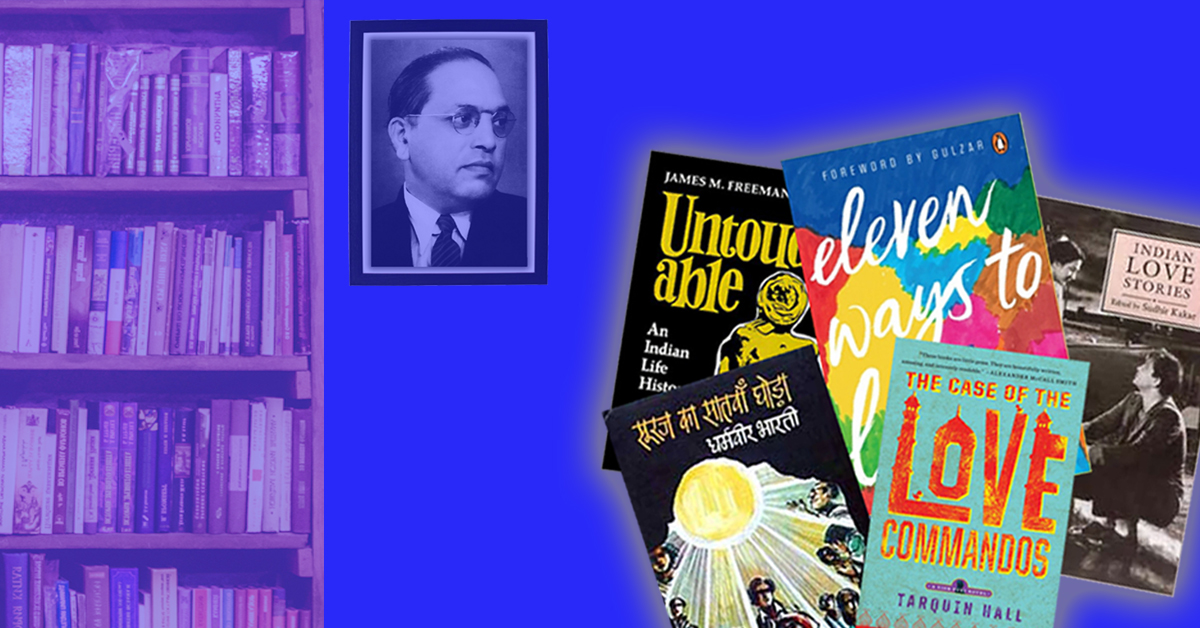
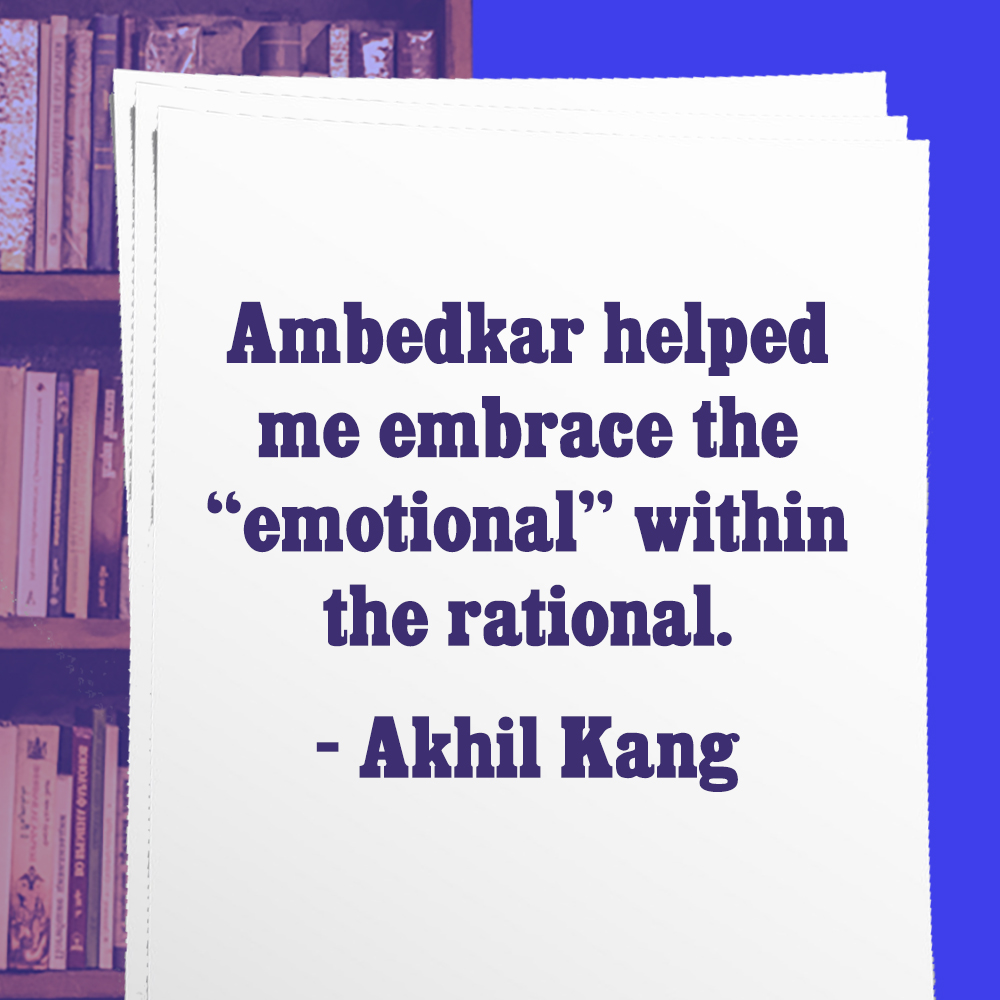 Pages: 2Language: EnglishAge-group: 18 and above When we talk about our identities and desires, we are often forced to use a restricted language – not too loud, not too crude, not too blunt for it might cause unease. But are we not allowed to be angry, tired, and heartbroken? As he traces his experiences as a gay Dalit man, Akhil Kang makes a wonderful case for reading Ambedkar anew - to question the boundaries of rationality, and to question the apparent boundaries between our identities.
Pages: 2Language: EnglishAge-group: 18 and above When we talk about our identities and desires, we are often forced to use a restricted language – not too loud, not too crude, not too blunt for it might cause unease. But are we not allowed to be angry, tired, and heartbroken? As he traces his experiences as a gay Dalit man, Akhil Kang makes a wonderful case for reading Ambedkar anew - to question the boundaries of rationality, and to question the apparent boundaries between our identities. 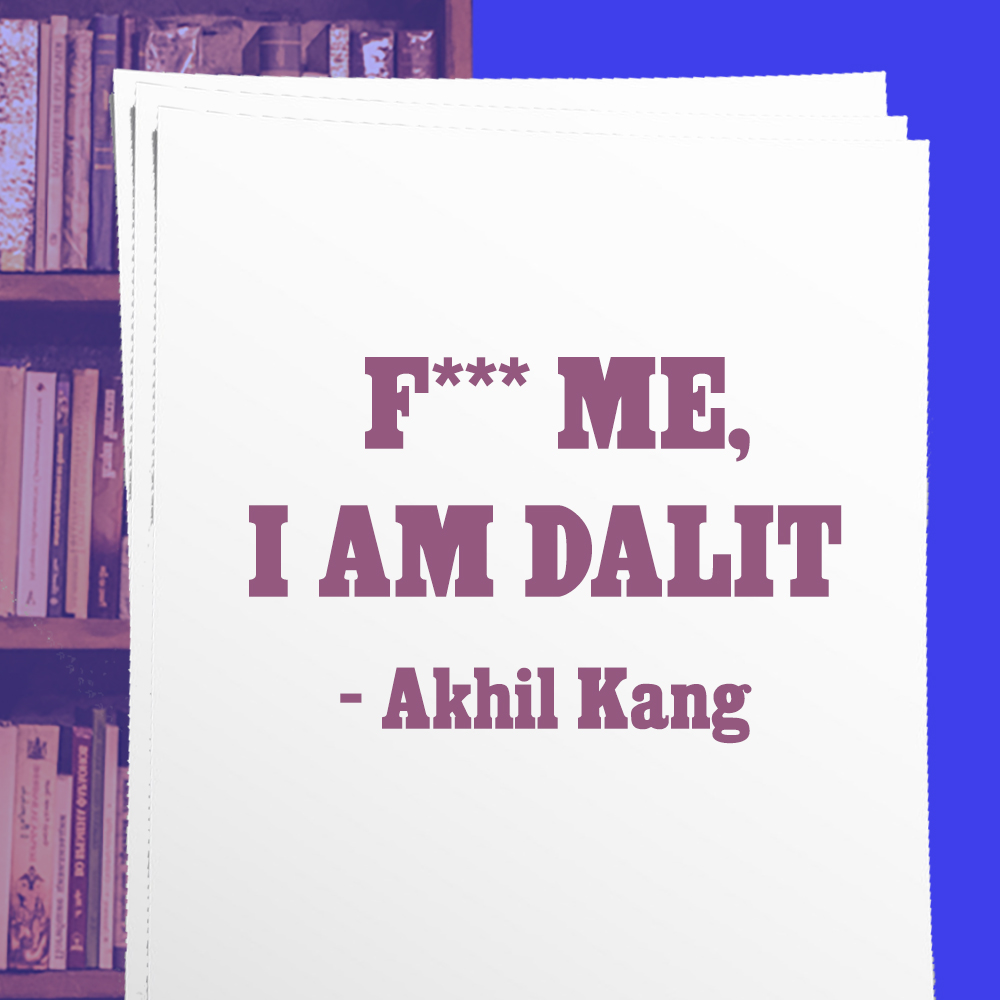 Pages: 2Language: EnglishAge-group: 18 and above In another piece, as Akhil reflects on ideas of tokenism in queer and Dalit politics he asks: What does it mean to love? What does it mean to be in a relationship with oppression? What are the exceptions and the assumptions we make in loving and being loved?
Pages: 2Language: EnglishAge-group: 18 and above In another piece, as Akhil reflects on ideas of tokenism in queer and Dalit politics he asks: What does it mean to love? What does it mean to be in a relationship with oppression? What are the exceptions and the assumptions we make in loving and being loved? 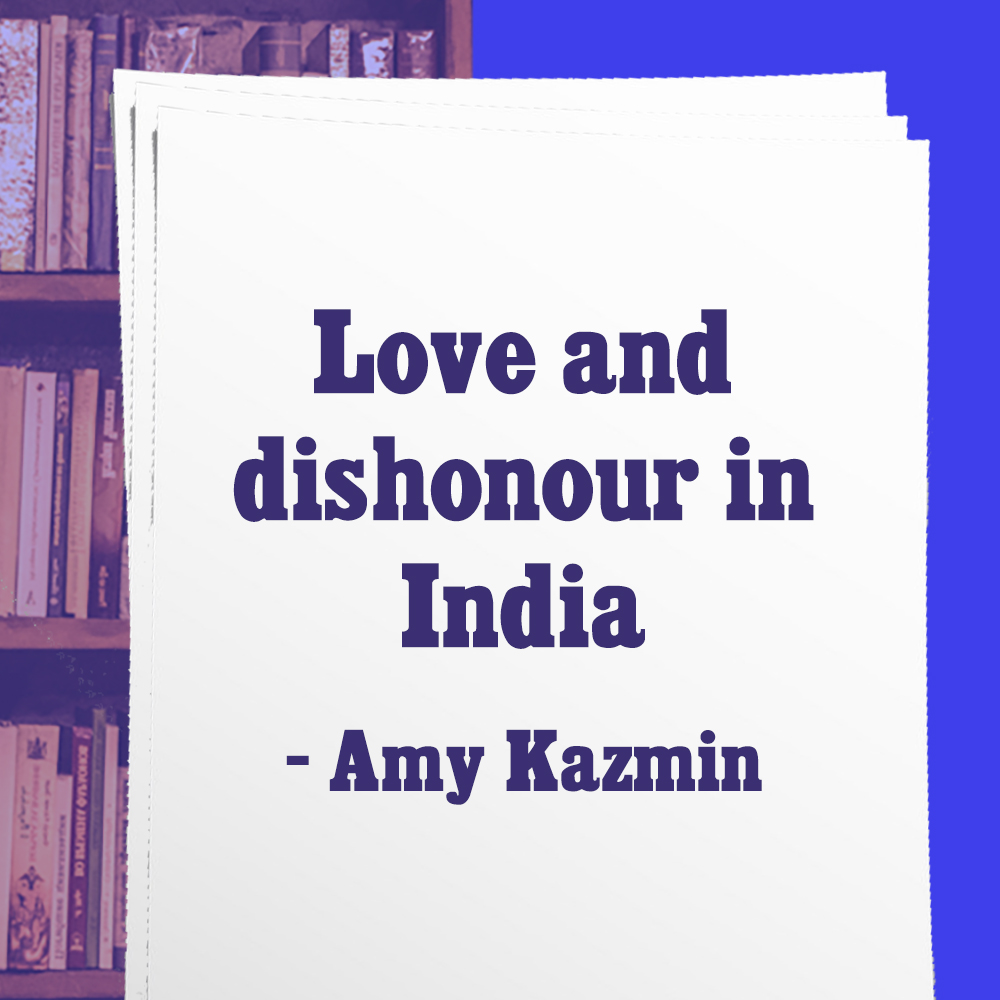 Pages: 10Language: EnglishAge-group: 18 and above -Do you remember the first time you had a dream? Do you remember how we met? Do you remember the first time you saw me? Do you remember the awkwardness of it all? Do you remember the first time we dreamt together? Do you remember our dreams? “I told her, I am the person who will always be with you. I will face everything for you until my last breath.” As we read, we are reminded that the institution of marriage is central to maintaining and propagating caste hierarchies. This means controlling the bodies of women. This means controlling love and sexuality. This means violence. There is a relationship between caste and patriarchal oppression; as Uma Chakravarti writes in Gendering Caste, “if two events occur close to each other, then their relationship isn’t more casual but is more deeply and structurally linked”.
Pages: 10Language: EnglishAge-group: 18 and above -Do you remember the first time you had a dream? Do you remember how we met? Do you remember the first time you saw me? Do you remember the awkwardness of it all? Do you remember the first time we dreamt together? Do you remember our dreams? “I told her, I am the person who will always be with you. I will face everything for you until my last breath.” As we read, we are reminded that the institution of marriage is central to maintaining and propagating caste hierarchies. This means controlling the bodies of women. This means controlling love and sexuality. This means violence. There is a relationship between caste and patriarchal oppression; as Uma Chakravarti writes in Gendering Caste, “if two events occur close to each other, then their relationship isn’t more casual but is more deeply and structurally linked”. 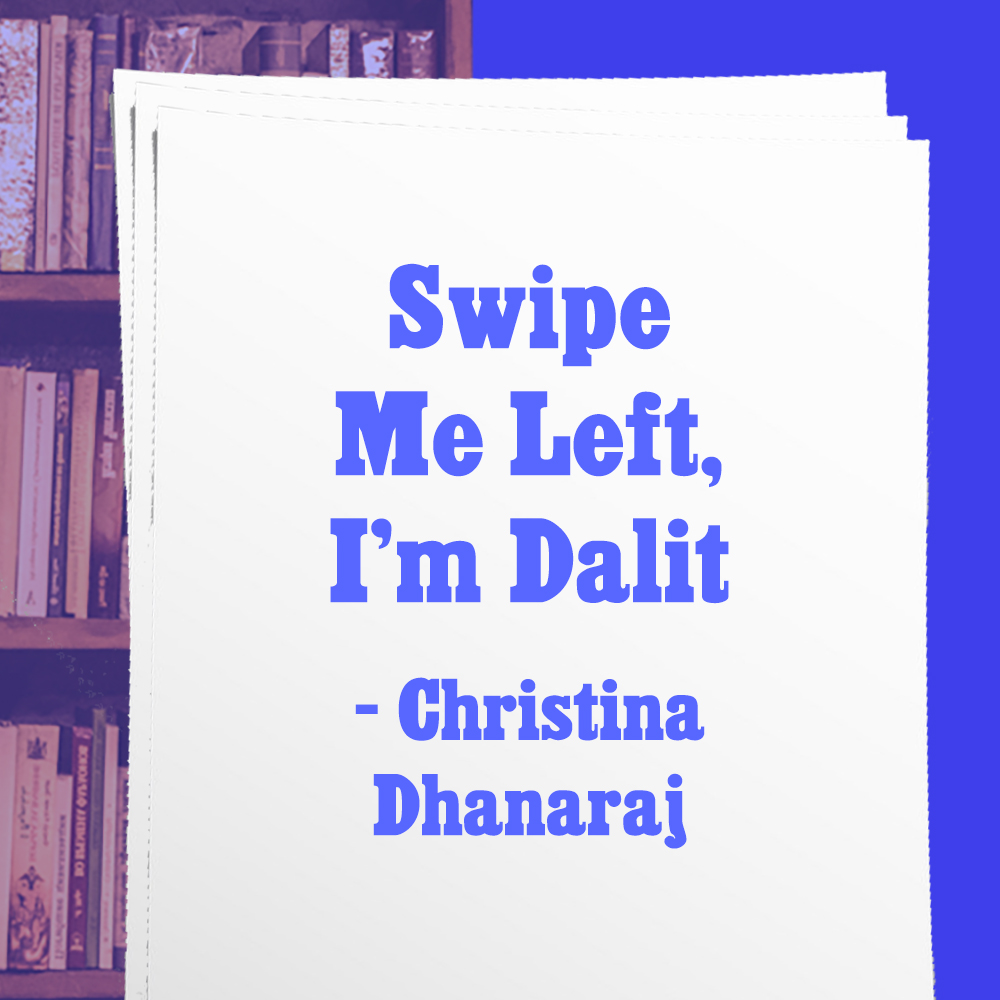 Pages: 5Language: EnglishAge-group: 20 and above How do we choose the people we are attracted to? (If you still believe that our quest to find the right mate has entirely to do with genetics and evolutionary biology, and are not willing to reconsider, then please leave the chat.) Christina writes, “Our attraction for another could be a function of our social locations, defined by caste, class, race, and religion”. Speaking of her experiences dating as a Dalit woman, she asks us to reconsider some of the current discourses around romantic relationships and sex.
Pages: 5Language: EnglishAge-group: 20 and above How do we choose the people we are attracted to? (If you still believe that our quest to find the right mate has entirely to do with genetics and evolutionary biology, and are not willing to reconsider, then please leave the chat.) Christina writes, “Our attraction for another could be a function of our social locations, defined by caste, class, race, and religion”. Speaking of her experiences dating as a Dalit woman, she asks us to reconsider some of the current discourses around romantic relationships and sex.  Pages: 101Language: Hindi (an English translation is available) Publisher/Link: Bharatiya Jnanpith Age-group: 18 and above What makes you love in the way you do? First published in 1952, Suraj Ka Satva Ghoda or The Sun’s Seventh Horse is an extraordinary exploration of the modern condition of love in India through the contrasting stories of three women from different backgrounds - Jamuna, Lily and Satti – as narrated by our protagonist Manik Mulla. Shyam Benegal’s movie with the same title is a brilliant adaptation of the novel!
Pages: 101Language: Hindi (an English translation is available) Publisher/Link: Bharatiya Jnanpith Age-group: 18 and above What makes you love in the way you do? First published in 1952, Suraj Ka Satva Ghoda or The Sun’s Seventh Horse is an extraordinary exploration of the modern condition of love in India through the contrasting stories of three women from different backgrounds - Jamuna, Lily and Satti – as narrated by our protagonist Manik Mulla. Shyam Benegal’s movie with the same title is a brilliant adaptation of the novel! 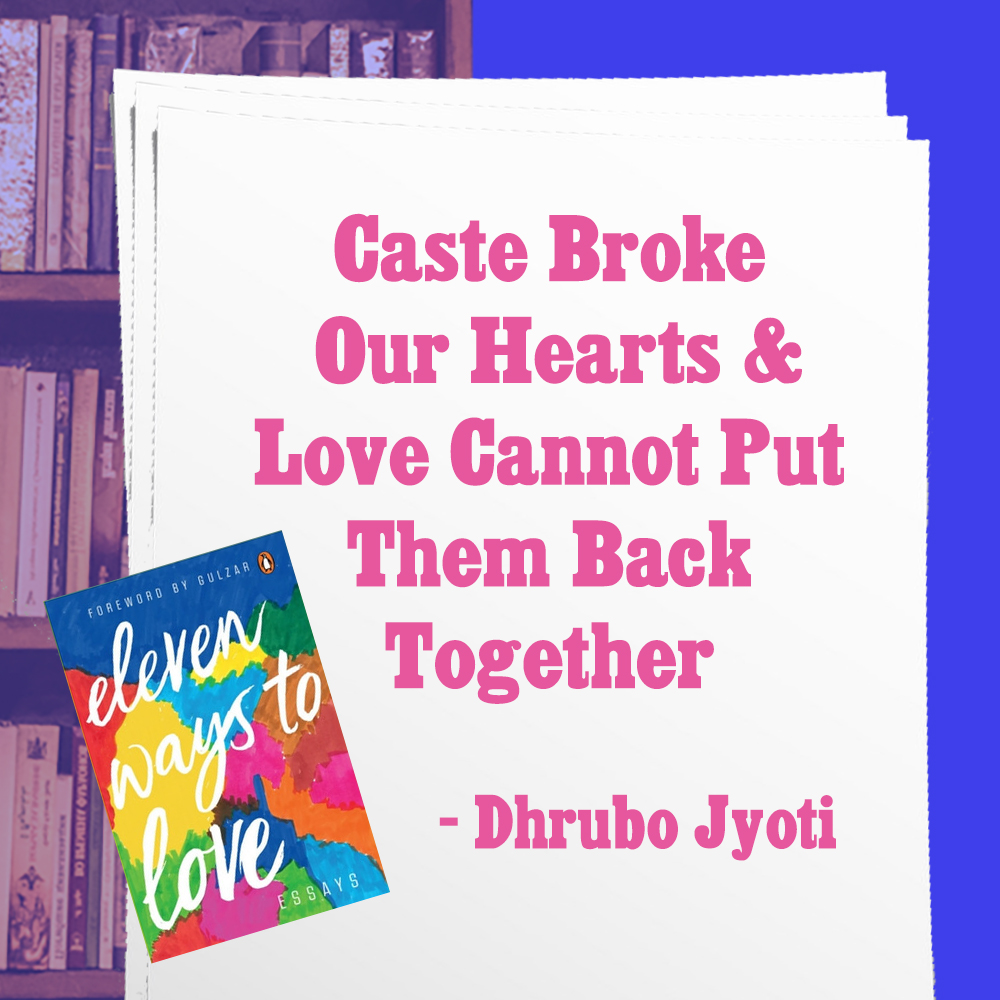 Pages: 3 Language: EnglishAge-group: 20 and above“I had been trained to know what good looks are (Brahmin), what good queerness is (English-speaking), and what attractive background is (urban rich).” Dhrubo Jyoti writes beautifully about a world where one is faced with certain disillusioning questions: how is it possible for all our bodies to claim emancipation – when your idea of what emancipation entails seems deceitful? Where does one place their resistance? Where does one place their love? Where does one place their wounds?
Pages: 3 Language: EnglishAge-group: 20 and above“I had been trained to know what good looks are (Brahmin), what good queerness is (English-speaking), and what attractive background is (urban rich).” Dhrubo Jyoti writes beautifully about a world where one is faced with certain disillusioning questions: how is it possible for all our bodies to claim emancipation – when your idea of what emancipation entails seems deceitful? Where does one place their resistance? Where does one place their love? Where does one place their wounds? 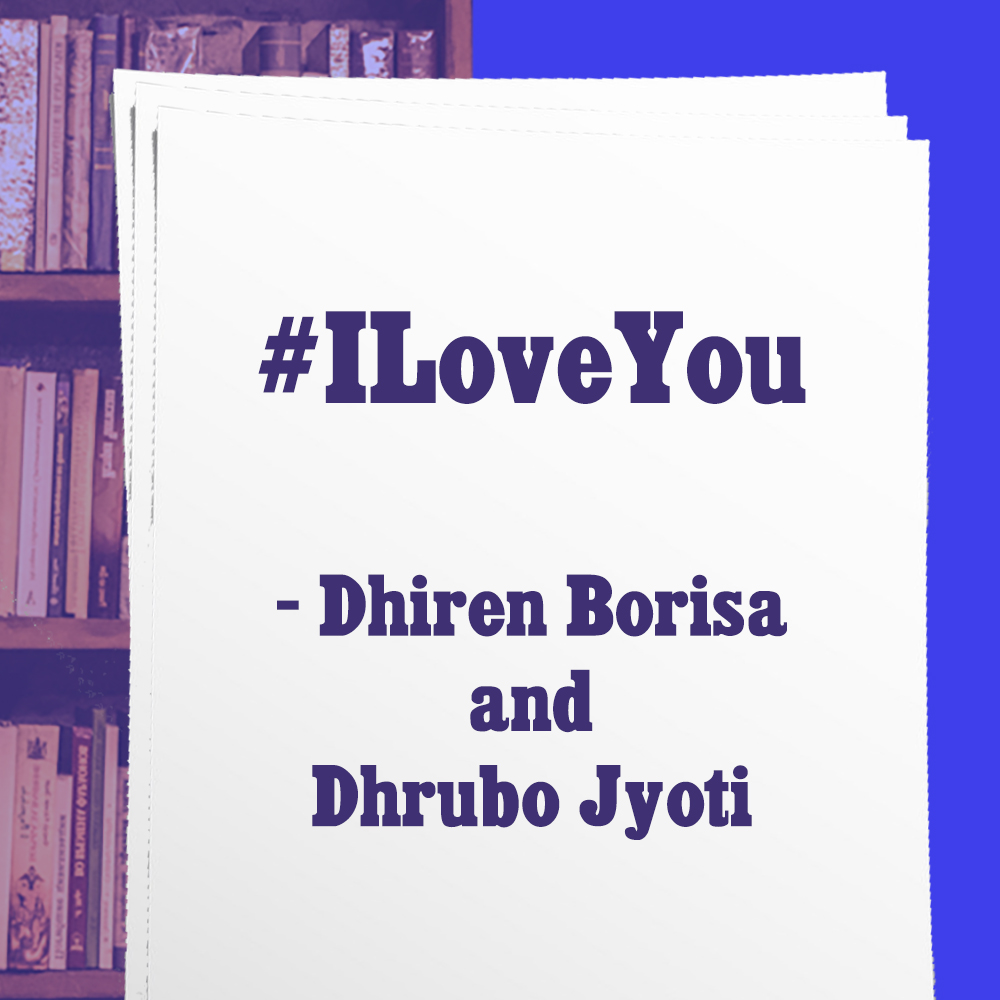 Pages: 2Language: EnglishAge-group: 20 and above“If our lives are stories, and our loves are lies, then our research must look at the tales, how they are built and who narrates them.” Tinder, Grindr, Bumble. Dhiren and Dhurbo discuss how spaces are never either just online or offline. They exist together. And the violence from one world quite easily seeps into the other."
Pages: 2Language: EnglishAge-group: 20 and above“If our lives are stories, and our loves are lies, then our research must look at the tales, how they are built and who narrates them.” Tinder, Grindr, Bumble. Dhiren and Dhurbo discuss how spaces are never either just online or offline. They exist together. And the violence from one world quite easily seeps into the other." 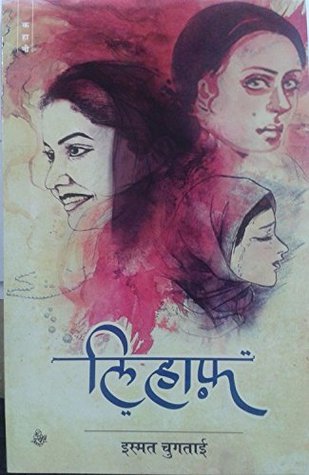 Pages: 6 Language: Originally published in Urdu (The link provided is to an English translation)Age-group: 18 and above
Pages: 6 Language: Originally published in Urdu (The link provided is to an English translation)Age-group: 18 and above 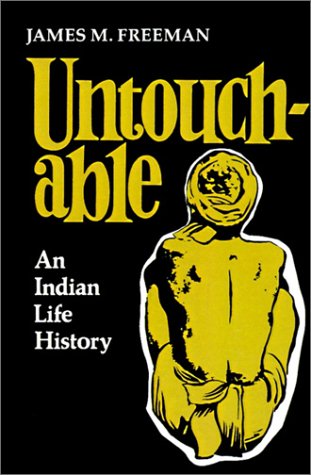 Pages: 440Language: EnglishPublisher/Link: Stanford University Press Age-group: 22 and above One seeks love, but where can it be found? Muli, a man belonging to the untouchable Bauri caste from Kapileshwar, Orissa, narrates his life history to us through James M. Freeman. In his narration lies the story of a broken community and his people crushed by the oppression of everyday living. It is the story of his wife - Kia, their children, his father, his aunt, the transvestites, the sexual exploitation of Bauri women and of the institutions that oppress.
Pages: 440Language: EnglishPublisher/Link: Stanford University Press Age-group: 22 and above One seeks love, but where can it be found? Muli, a man belonging to the untouchable Bauri caste from Kapileshwar, Orissa, narrates his life history to us through James M. Freeman. In his narration lies the story of a broken community and his people crushed by the oppression of everyday living. It is the story of his wife - Kia, their children, his father, his aunt, the transvestites, the sexual exploitation of Bauri women and of the institutions that oppress. 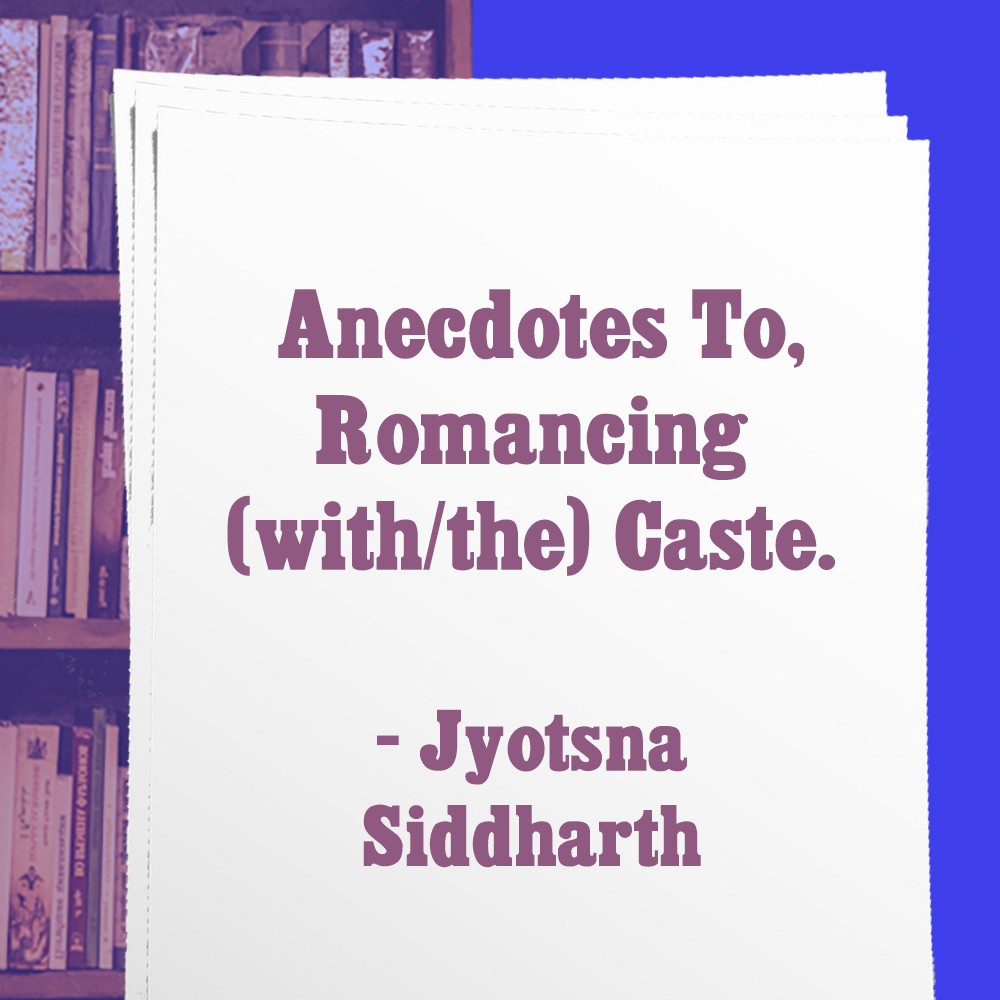 Pages: 4Language: EnglishAge-group: 20 and aboveIn a revealing piece, Jyotsna seems to ask: why do you love me? As she describes her own experiences, she points to how there is a certain hesitation in discussing caste with sexual and romantic partners, and the burden of repeatedly living through their exploitation and victimisation as one narrates their story. Ultimately, she describes a world that she wants and is fighting for.
Pages: 4Language: EnglishAge-group: 20 and aboveIn a revealing piece, Jyotsna seems to ask: why do you love me? As she describes her own experiences, she points to how there is a certain hesitation in discussing caste with sexual and romantic partners, and the burden of repeatedly living through their exploitation and victimisation as one narrates their story. Ultimately, she describes a world that she wants and is fighting for.  Pages: 6Language: EnglishAge-group: 20 and above When matters of caste go international, they might seem to become quite blurry. But, the structures of oppression remain just as robust. As she writes about her parents, matrimonial websites and strange Nair Conventions, Kavita explores the forms that caste and untouchability take in America.
Pages: 6Language: EnglishAge-group: 20 and above When matters of caste go international, they might seem to become quite blurry. But, the structures of oppression remain just as robust. As she writes about her parents, matrimonial websites and strange Nair Conventions, Kavita explores the forms that caste and untouchability take in America. 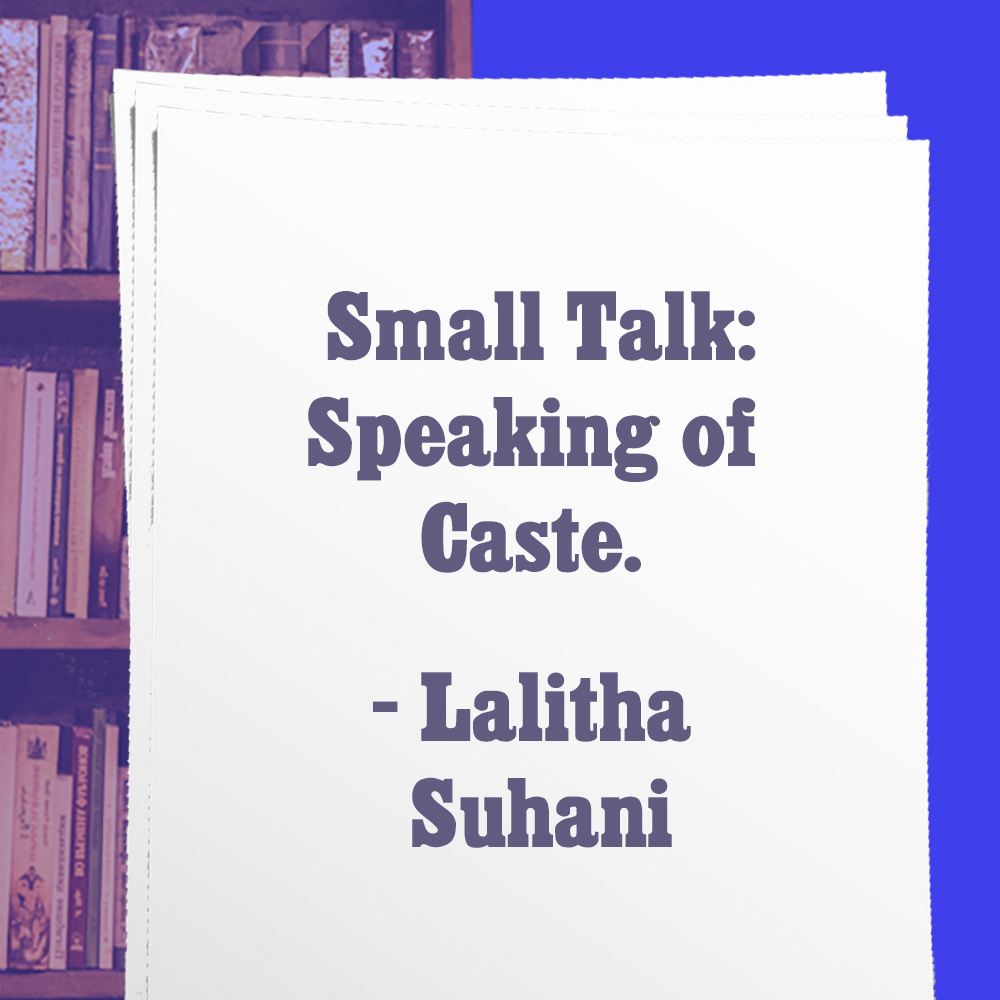 Pages: 1Language: EnglishAge-group: 20 and above “We don’t have avenues to talk about relationships. There’s always the fear of being judged.” Amongst other things, Jyotsna Siddharth discusses why it is important to have spaces where people within the Dalit community can make new connections and where they can finally be heard.
Pages: 1Language: EnglishAge-group: 20 and above “We don’t have avenues to talk about relationships. There’s always the fear of being judged.” Amongst other things, Jyotsna Siddharth discusses why it is important to have spaces where people within the Dalit community can make new connections and where they can finally be heard.
Pages: 288Language: English Publisher/Link: Penguin Random HouseAge-group: 18 and above How can there be one love, when we are so many? Is it possible to love in one way? It isn’t. And, this collection of eleven remarkable essays proves it! The titles: A Letter to My Lover(s), The Shade of You, Size Matters, A Cross-Section of My Bad Boyfriends, When New York Was Cold and I Was Lonely, The Aristoprats, The One but Not the Only, Where Are My Lesbians?, The Other Side of Loneliness, I Am Blind so Is Love!, and The Smartphone Freed Me: Dating as a Trans Woman. 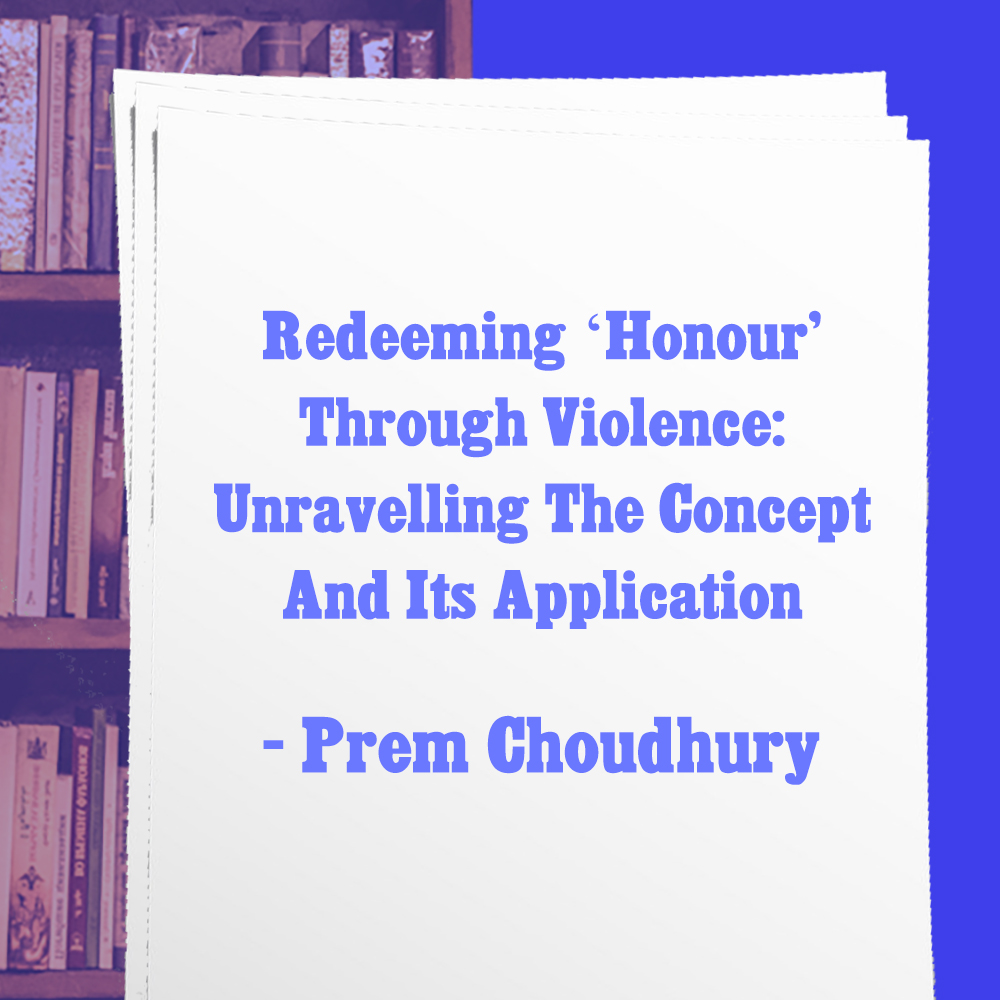 Pages: 23Language: EnglishAge-group: 22 and above Crimes perpetrated to uphold honour are fairly widespread across the world. But, what does honour mean? Choudhury conducts a detailed study of the concept of honour in relation to intra-caste and inter-caste marriages in India. Further, he looks into the effects of a changing political economy and granting of legal rights, the reasons behind defying customary marriage norms, the subsequent violence, and finally the role of caste/community collectives as regulatory authorities.
Pages: 23Language: EnglishAge-group: 22 and above Crimes perpetrated to uphold honour are fairly widespread across the world. But, what does honour mean? Choudhury conducts a detailed study of the concept of honour in relation to intra-caste and inter-caste marriages in India. Further, he looks into the effects of a changing political economy and granting of legal rights, the reasons behind defying customary marriage norms, the subsequent violence, and finally the role of caste/community collectives as regulatory authorities.  Pages: 13Language: English Publisher/Link: Feminist ReviewAge-group: 22 and aboveRight-wing Hindu forces today argue that the idea of same-sex love and marriage, and indeed of marriage based on love itself, are Western imports. Why are they wrong? What are the origins of this heteropatriarchal oppression and how does it affect the lives of different women? Vanita further suggests that the opposition to cross-sex love marriages is quite similar to the opposition to same-sex marriages. What are they scared of? Do we desire too much?
Pages: 13Language: English Publisher/Link: Feminist ReviewAge-group: 22 and aboveRight-wing Hindu forces today argue that the idea of same-sex love and marriage, and indeed of marriage based on love itself, are Western imports. Why are they wrong? What are the origins of this heteropatriarchal oppression and how does it affect the lives of different women? Vanita further suggests that the opposition to cross-sex love marriages is quite similar to the opposition to same-sex marriages. What are they scared of? Do we desire too much?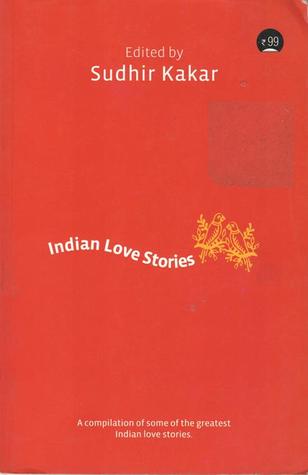
 Pages: 320Language: English Publisher/Link: Simon & SchusterAge-group: 20 and above In a thought-provoking and delightful book, India’s Most Private Investigator with the help of India's Love Commandos - a group of volunteers dedicated to helping mixed-caste couples - is on a mission to reunite Tulsi and Ram against the wishes of Tulsi’s high-caste family.
Pages: 320Language: English Publisher/Link: Simon & SchusterAge-group: 20 and above In a thought-provoking and delightful book, India’s Most Private Investigator with the help of India's Love Commandos - a group of volunteers dedicated to helping mixed-caste couples - is on a mission to reunite Tulsi and Ram against the wishes of Tulsi’s high-caste family.

1. Akhil Kang. Ambedkar helped me embrace the ‘emotional’ within the rational.
 Pages: 2Language: EnglishAge-group: 18 and above When we talk about our identities and desires, we are often forced to use a restricted language – not too loud, not too crude, not too blunt for it might cause unease. But are we not allowed to be angry, tired, and heartbroken? As he traces his experiences as a gay Dalit man, Akhil Kang makes a wonderful case for reading Ambedkar anew - to question the boundaries of rationality, and to question the apparent boundaries between our identities.
Pages: 2Language: EnglishAge-group: 18 and above When we talk about our identities and desires, we are often forced to use a restricted language – not too loud, not too crude, not too blunt for it might cause unease. But are we not allowed to be angry, tired, and heartbroken? As he traces his experiences as a gay Dalit man, Akhil Kang makes a wonderful case for reading Ambedkar anew - to question the boundaries of rationality, and to question the apparent boundaries between our identities. 2. Akhil Kang. F*** ME, I AM DALIT
 Pages: 2Language: EnglishAge-group: 18 and above In another piece, as Akhil reflects on ideas of tokenism in queer and Dalit politics he asks: What does it mean to love? What does it mean to be in a relationship with oppression? What are the exceptions and the assumptions we make in loving and being loved?
Pages: 2Language: EnglishAge-group: 18 and above In another piece, as Akhil reflects on ideas of tokenism in queer and Dalit politics he asks: What does it mean to love? What does it mean to be in a relationship with oppression? What are the exceptions and the assumptions we make in loving and being loved? 3.Amy Kazmin. Love and dishonour in India
 Pages: 10Language: EnglishAge-group: 18 and above -Do you remember the first time you had a dream? Do you remember how we met? Do you remember the first time you saw me? Do you remember the awkwardness of it all? Do you remember the first time we dreamt together? Do you remember our dreams? “I told her, I am the person who will always be with you. I will face everything for you until my last breath.” As we read, we are reminded that the institution of marriage is central to maintaining and propagating caste hierarchies. This means controlling the bodies of women. This means controlling love and sexuality. This means violence. There is a relationship between caste and patriarchal oppression; as Uma Chakravarti writes in Gendering Caste, “if two events occur close to each other, then their relationship isn’t more casual but is more deeply and structurally linked”.
Pages: 10Language: EnglishAge-group: 18 and above -Do you remember the first time you had a dream? Do you remember how we met? Do you remember the first time you saw me? Do you remember the awkwardness of it all? Do you remember the first time we dreamt together? Do you remember our dreams? “I told her, I am the person who will always be with you. I will face everything for you until my last breath.” As we read, we are reminded that the institution of marriage is central to maintaining and propagating caste hierarchies. This means controlling the bodies of women. This means controlling love and sexuality. This means violence. There is a relationship between caste and patriarchal oppression; as Uma Chakravarti writes in Gendering Caste, “if two events occur close to each other, then their relationship isn’t more casual but is more deeply and structurally linked”. 4.Christina Dhanaraj. Swipe Me Left, I’m Dalit
 Pages: 5Language: EnglishAge-group: 20 and above How do we choose the people we are attracted to? (If you still believe that our quest to find the right mate has entirely to do with genetics and evolutionary biology, and are not willing to reconsider, then please leave the chat.) Christina writes, “Our attraction for another could be a function of our social locations, defined by caste, class, race, and religion”. Speaking of her experiences dating as a Dalit woman, she asks us to reconsider some of the current discourses around romantic relationships and sex.
Pages: 5Language: EnglishAge-group: 20 and above How do we choose the people we are attracted to? (If you still believe that our quest to find the right mate has entirely to do with genetics and evolutionary biology, and are not willing to reconsider, then please leave the chat.) Christina writes, “Our attraction for another could be a function of our social locations, defined by caste, class, race, and religion”. Speaking of her experiences dating as a Dalit woman, she asks us to reconsider some of the current discourses around romantic relationships and sex. 5.Dharamveer Bharti. Suraj Ka Satva Ghoda
 Pages: 101Language: Hindi (an English translation is available) Publisher/Link: Bharatiya Jnanpith Age-group: 18 and above What makes you love in the way you do? First published in 1952, Suraj Ka Satva Ghoda or The Sun’s Seventh Horse is an extraordinary exploration of the modern condition of love in India through the contrasting stories of three women from different backgrounds - Jamuna, Lily and Satti – as narrated by our protagonist Manik Mulla. Shyam Benegal’s movie with the same title is a brilliant adaptation of the novel!
Pages: 101Language: Hindi (an English translation is available) Publisher/Link: Bharatiya Jnanpith Age-group: 18 and above What makes you love in the way you do? First published in 1952, Suraj Ka Satva Ghoda or The Sun’s Seventh Horse is an extraordinary exploration of the modern condition of love in India through the contrasting stories of three women from different backgrounds - Jamuna, Lily and Satti – as narrated by our protagonist Manik Mulla. Shyam Benegal’s movie with the same title is a brilliant adaptation of the novel! 6.Dhrubo Jyoti. Caste Broke Our Hearts and Love Cannot Put Them Back Together
 Pages: 3 Language: EnglishAge-group: 20 and above“I had been trained to know what good looks are (Brahmin), what good queerness is (English-speaking), and what attractive background is (urban rich).” Dhrubo Jyoti writes beautifully about a world where one is faced with certain disillusioning questions: how is it possible for all our bodies to claim emancipation – when your idea of what emancipation entails seems deceitful? Where does one place their resistance? Where does one place their love? Where does one place their wounds?
Pages: 3 Language: EnglishAge-group: 20 and above“I had been trained to know what good looks are (Brahmin), what good queerness is (English-speaking), and what attractive background is (urban rich).” Dhrubo Jyoti writes beautifully about a world where one is faced with certain disillusioning questions: how is it possible for all our bodies to claim emancipation – when your idea of what emancipation entails seems deceitful? Where does one place their resistance? Where does one place their love? Where does one place their wounds? 7.Dhiren Borisa and Dhrubo Jyoti. #ILoveYou.
 Pages: 2Language: EnglishAge-group: 20 and above“If our lives are stories, and our loves are lies, then our research must look at the tales, how they are built and who narrates them.” Tinder, Grindr, Bumble. Dhiren and Dhurbo discuss how spaces are never either just online or offline. They exist together. And the violence from one world quite easily seeps into the other."
Pages: 2Language: EnglishAge-group: 20 and above“If our lives are stories, and our loves are lies, then our research must look at the tales, how they are built and who narrates them.” Tinder, Grindr, Bumble. Dhiren and Dhurbo discuss how spaces are never either just online or offline. They exist together. And the violence from one world quite easily seeps into the other." 8. Ismat Chugtai. Lihaaf (The Quilt)
 Pages: 6 Language: Originally published in Urdu (The link provided is to an English translation)Age-group: 18 and above
Pages: 6 Language: Originally published in Urdu (The link provided is to an English translation)Age-group: 18 and aboveA life shrouded in guilt and shame. A life of loneliness. A life of vulnerability. And, the quilt assumed all kind of shapes, caste and intimacy interwoven into a sweet exchange between Begum Jaan the protagonist and Rabbo, her masseuse. Published in 1942 in Urdu, the short story is sharp and evocative. It caused quite the upheaval back then for exploring themes of sexuality and Chugtai had to defend her work in the Lahore court!
9.James M. Freeman. Untouchable: An Indian Life History
 Pages: 440Language: EnglishPublisher/Link: Stanford University Press Age-group: 22 and above One seeks love, but where can it be found? Muli, a man belonging to the untouchable Bauri caste from Kapileshwar, Orissa, narrates his life history to us through James M. Freeman. In his narration lies the story of a broken community and his people crushed by the oppression of everyday living. It is the story of his wife - Kia, their children, his father, his aunt, the transvestites, the sexual exploitation of Bauri women and of the institutions that oppress.
Pages: 440Language: EnglishPublisher/Link: Stanford University Press Age-group: 22 and above One seeks love, but where can it be found? Muli, a man belonging to the untouchable Bauri caste from Kapileshwar, Orissa, narrates his life history to us through James M. Freeman. In his narration lies the story of a broken community and his people crushed by the oppression of everyday living. It is the story of his wife - Kia, their children, his father, his aunt, the transvestites, the sexual exploitation of Bauri women and of the institutions that oppress. 10. Jyotsna Siddharth. Anecdotes To, Romancing (with/the) Caste.
 Pages: 4Language: EnglishAge-group: 20 and aboveIn a revealing piece, Jyotsna seems to ask: why do you love me? As she describes her own experiences, she points to how there is a certain hesitation in discussing caste with sexual and romantic partners, and the burden of repeatedly living through their exploitation and victimisation as one narrates their story. Ultimately, she describes a world that she wants and is fighting for.
Pages: 4Language: EnglishAge-group: 20 and aboveIn a revealing piece, Jyotsna seems to ask: why do you love me? As she describes her own experiences, she points to how there is a certain hesitation in discussing caste with sexual and romantic partners, and the burden of repeatedly living through their exploitation and victimisation as one narrates their story. Ultimately, she describes a world that she wants and is fighting for. 11. Kavita Pillay. Love conquers caste for this couple, but Indian marriage traditions continue in US.
 Pages: 6Language: EnglishAge-group: 20 and above When matters of caste go international, they might seem to become quite blurry. But, the structures of oppression remain just as robust. As she writes about her parents, matrimonial websites and strange Nair Conventions, Kavita explores the forms that caste and untouchability take in America.
Pages: 6Language: EnglishAge-group: 20 and above When matters of caste go international, they might seem to become quite blurry. But, the structures of oppression remain just as robust. As she writes about her parents, matrimonial websites and strange Nair Conventions, Kavita explores the forms that caste and untouchability take in America. 12. Lalitha Suhani. Small Talk: Speaking of Caste.
 Pages: 1Language: EnglishAge-group: 20 and above “We don’t have avenues to talk about relationships. There’s always the fear of being judged.” Amongst other things, Jyotsna Siddharth discusses why it is important to have spaces where people within the Dalit community can make new connections and where they can finally be heard.
Pages: 1Language: EnglishAge-group: 20 and above “We don’t have avenues to talk about relationships. There’s always the fear of being judged.” Amongst other things, Jyotsna Siddharth discusses why it is important to have spaces where people within the Dalit community can make new connections and where they can finally be heard. 13.Meenakshi Reddy Madhavan, Nadika Nadja and Dhrubo Jyoti. Eleven Ways to Love: Essays
14.Prem Choudhury. Redeeming ‘Honour’ Through Violence: Unravelling The Concept And Its Application.
 Pages: 23Language: EnglishAge-group: 22 and above Crimes perpetrated to uphold honour are fairly widespread across the world. But, what does honour mean? Choudhury conducts a detailed study of the concept of honour in relation to intra-caste and inter-caste marriages in India. Further, he looks into the effects of a changing political economy and granting of legal rights, the reasons behind defying customary marriage norms, the subsequent violence, and finally the role of caste/community collectives as regulatory authorities.
Pages: 23Language: EnglishAge-group: 22 and above Crimes perpetrated to uphold honour are fairly widespread across the world. But, what does honour mean? Choudhury conducts a detailed study of the concept of honour in relation to intra-caste and inter-caste marriages in India. Further, he looks into the effects of a changing political economy and granting of legal rights, the reasons behind defying customary marriage norms, the subsequent violence, and finally the role of caste/community collectives as regulatory authorities. 15.Ruth Vanita. Same-sex weddings, Hindu traditions and modern India.
 Pages: 13Language: English Publisher/Link: Feminist ReviewAge-group: 22 and aboveRight-wing Hindu forces today argue that the idea of same-sex love and marriage, and indeed of marriage based on love itself, are Western imports. Why are they wrong? What are the origins of this heteropatriarchal oppression and how does it affect the lives of different women? Vanita further suggests that the opposition to cross-sex love marriages is quite similar to the opposition to same-sex marriages. What are they scared of? Do we desire too much?
Pages: 13Language: English Publisher/Link: Feminist ReviewAge-group: 22 and aboveRight-wing Hindu forces today argue that the idea of same-sex love and marriage, and indeed of marriage based on love itself, are Western imports. Why are they wrong? What are the origins of this heteropatriarchal oppression and how does it affect the lives of different women? Vanita further suggests that the opposition to cross-sex love marriages is quite similar to the opposition to same-sex marriages. What are they scared of? Do we desire too much?16. Sudhir Kakar. Indian Love Stories.

What is love? Is it a dream?
This wonderfully translated collection of contemporary stories offers ten definitions and includes works by some of the most celebrated Indian writers like Amrita Pritam and Kamala Das. These are stories that will touch your heart.
17. Tarquin Hall. The Case of the Love Commandoes.
 Pages: 320Language: English Publisher/Link: Simon & SchusterAge-group: 20 and above In a thought-provoking and delightful book, India’s Most Private Investigator with the help of India's Love Commandos - a group of volunteers dedicated to helping mixed-caste couples - is on a mission to reunite Tulsi and Ram against the wishes of Tulsi’s high-caste family.
Pages: 320Language: English Publisher/Link: Simon & SchusterAge-group: 20 and above In a thought-provoking and delightful book, India’s Most Private Investigator with the help of India's Love Commandos - a group of volunteers dedicated to helping mixed-caste couples - is on a mission to reunite Tulsi and Ram against the wishes of Tulsi’s high-caste family. 

